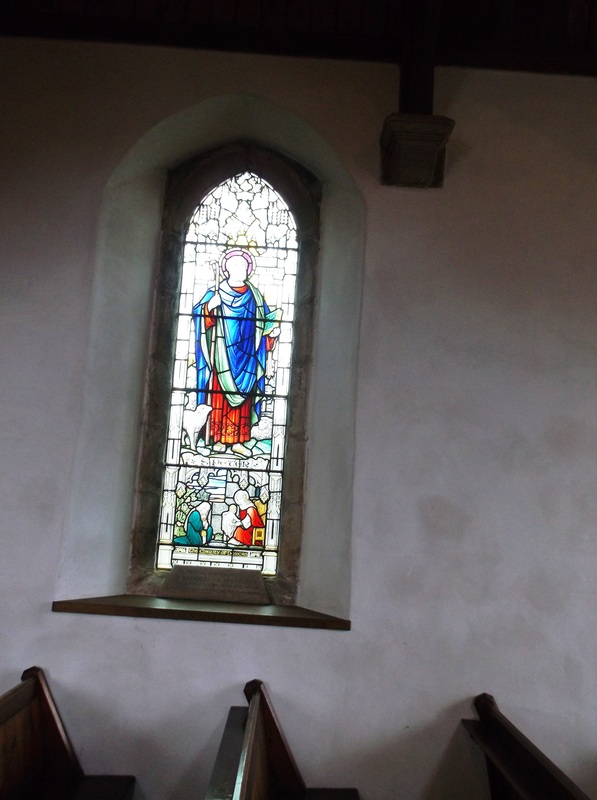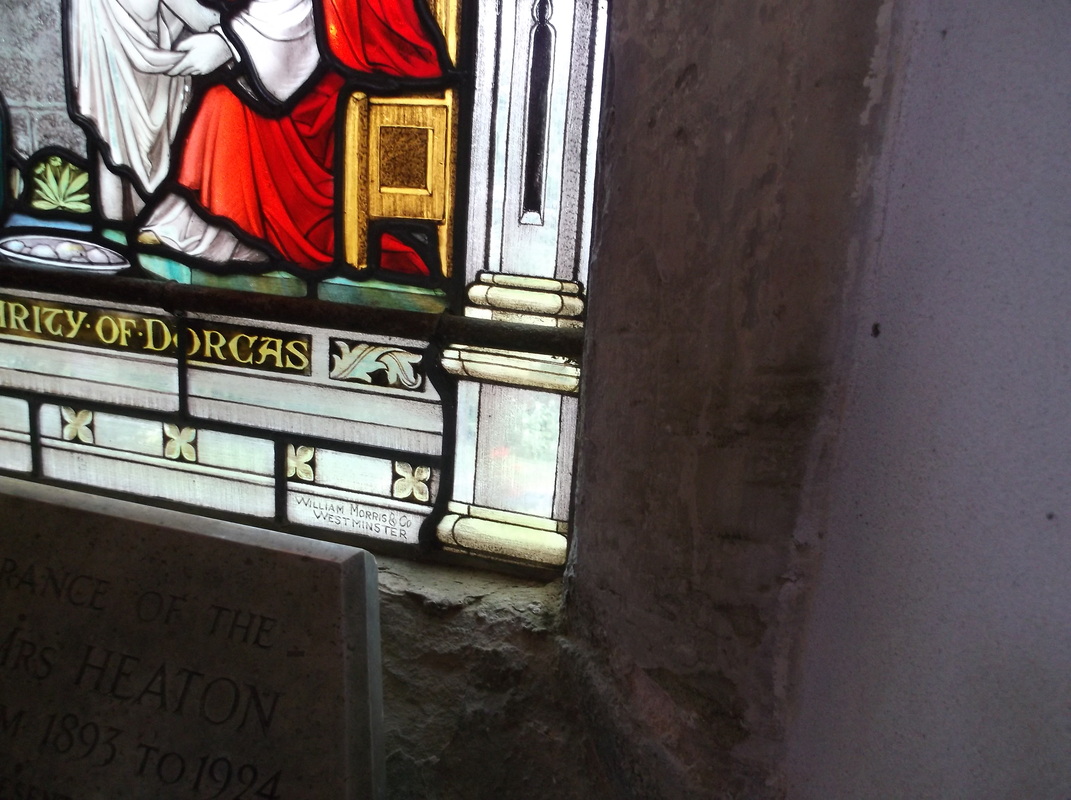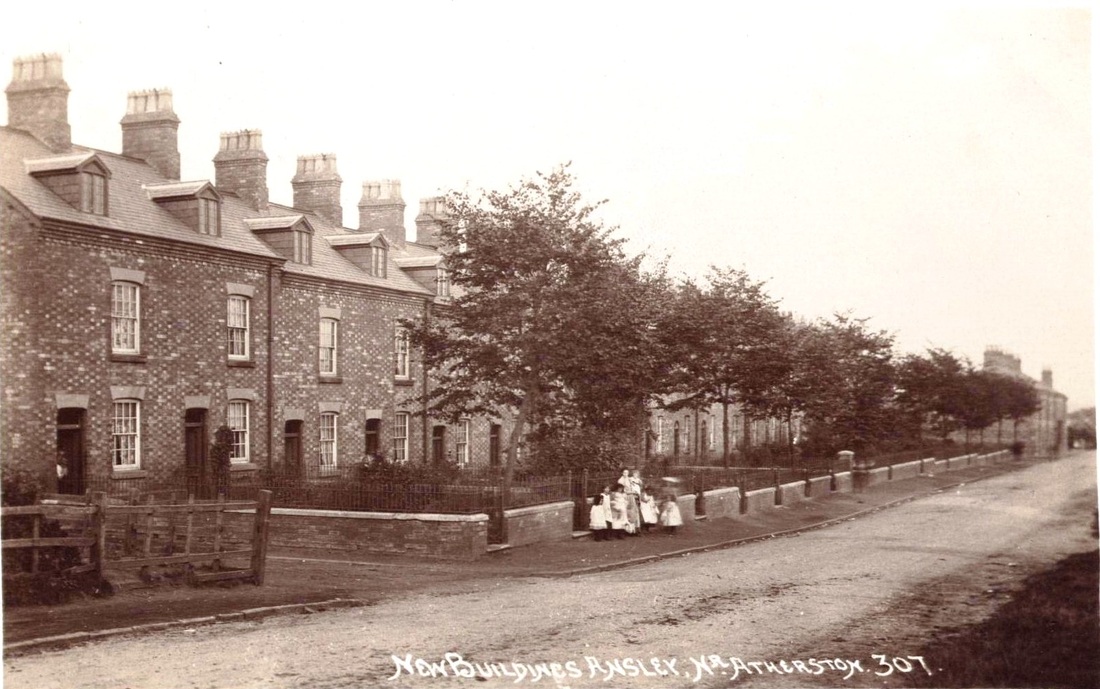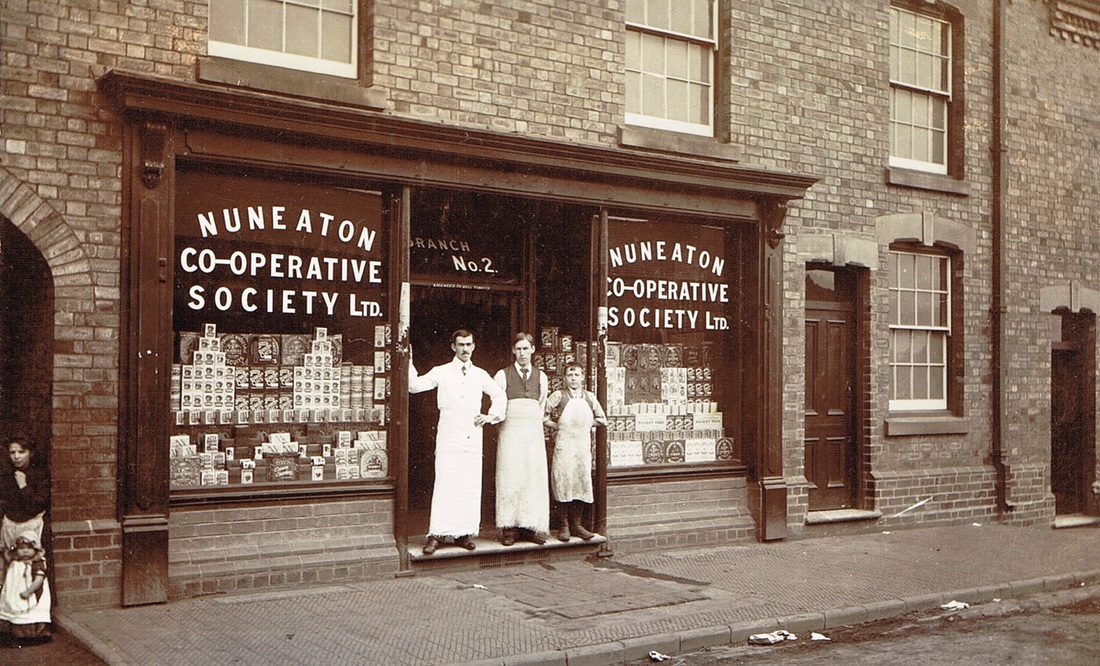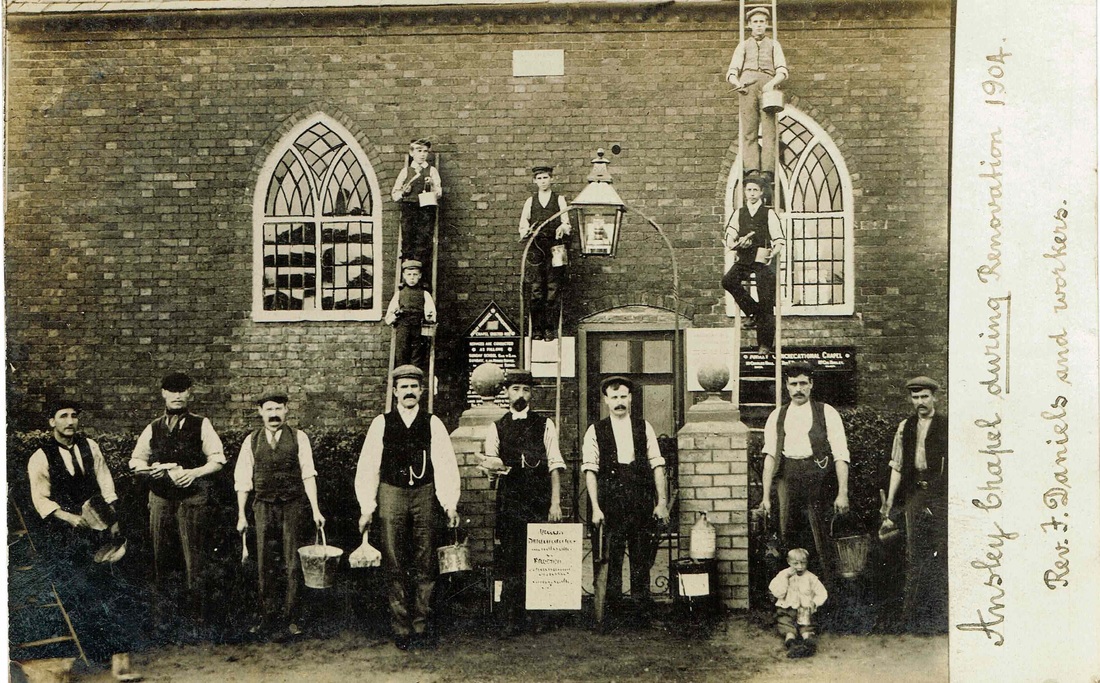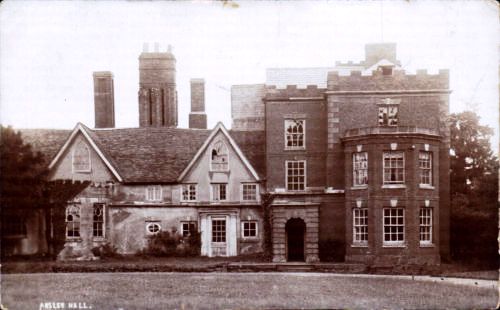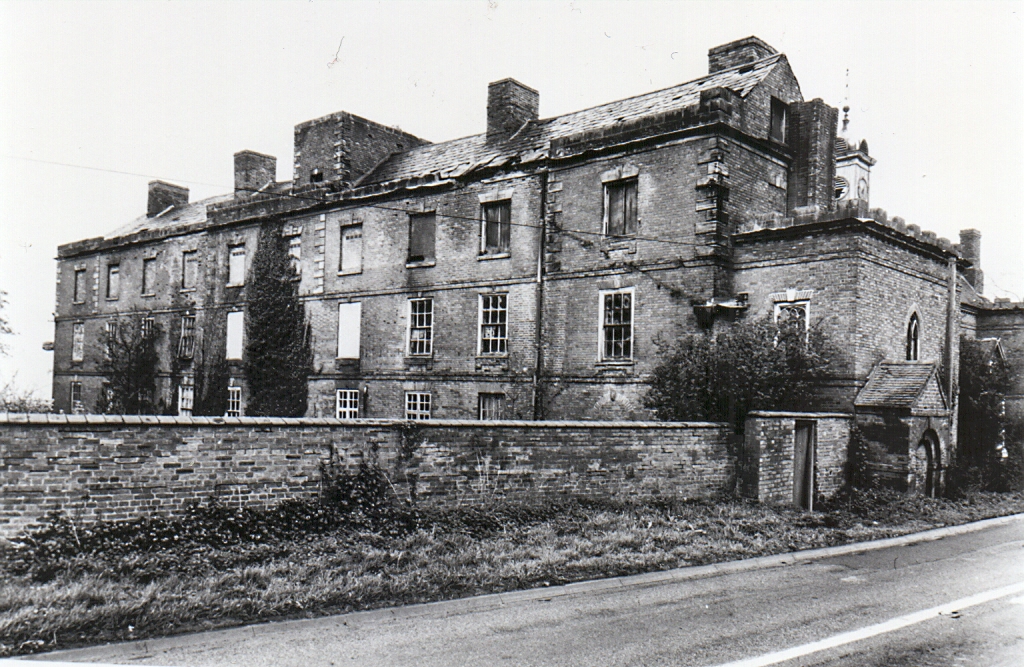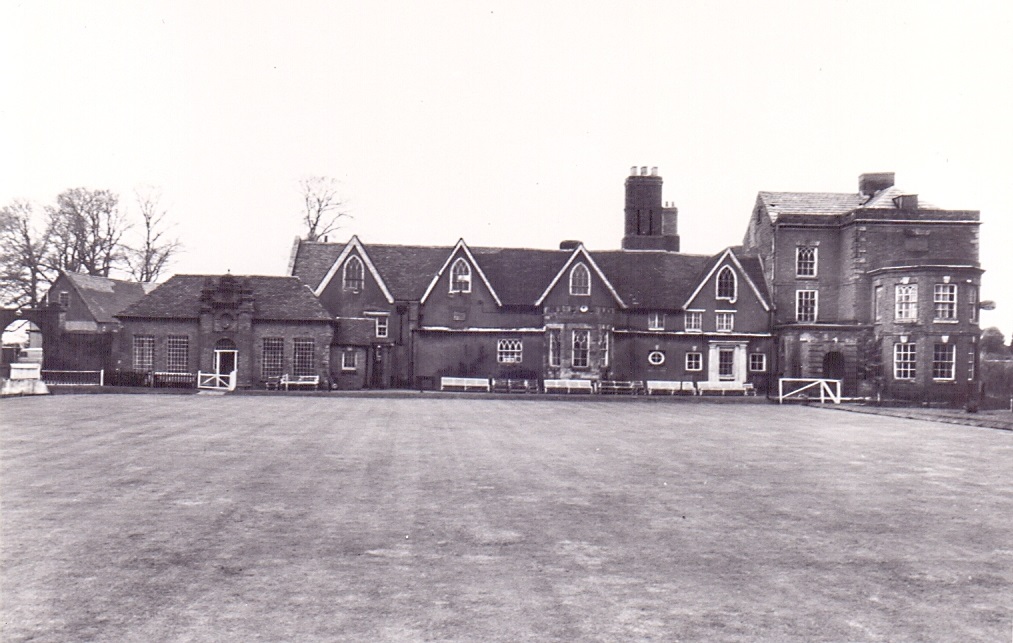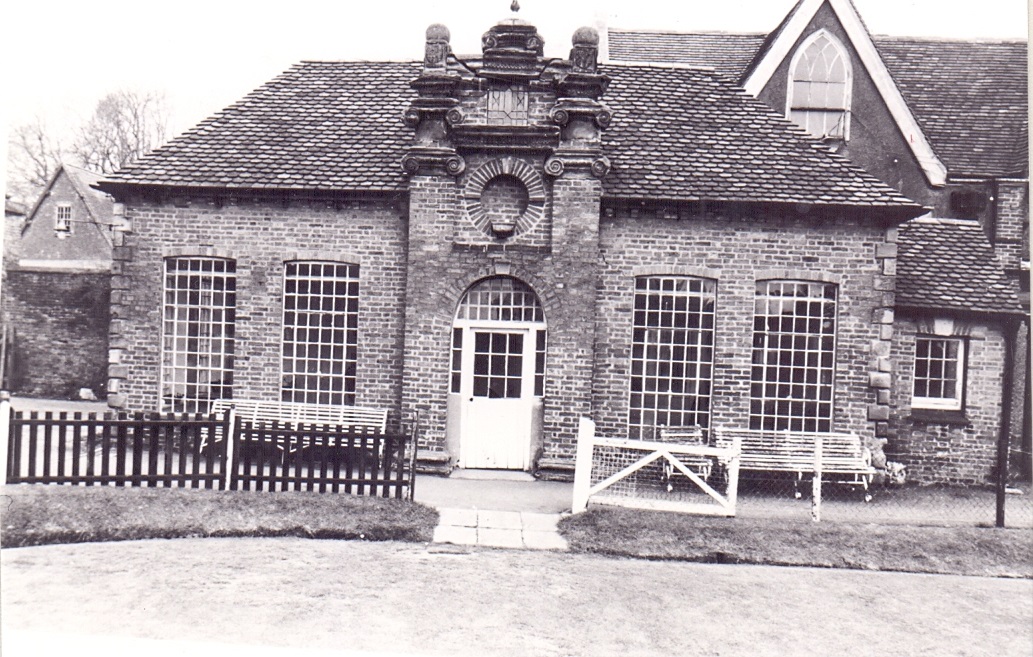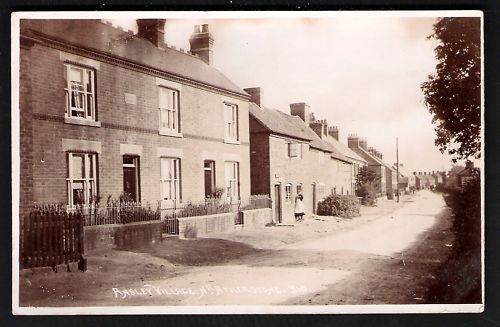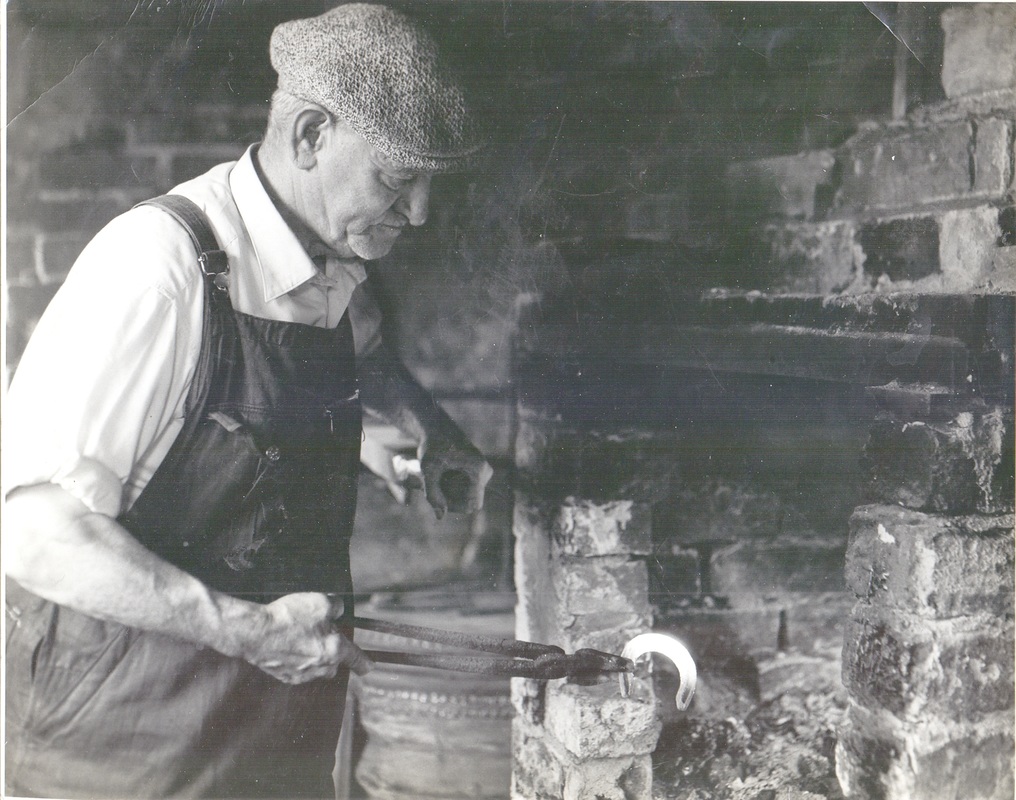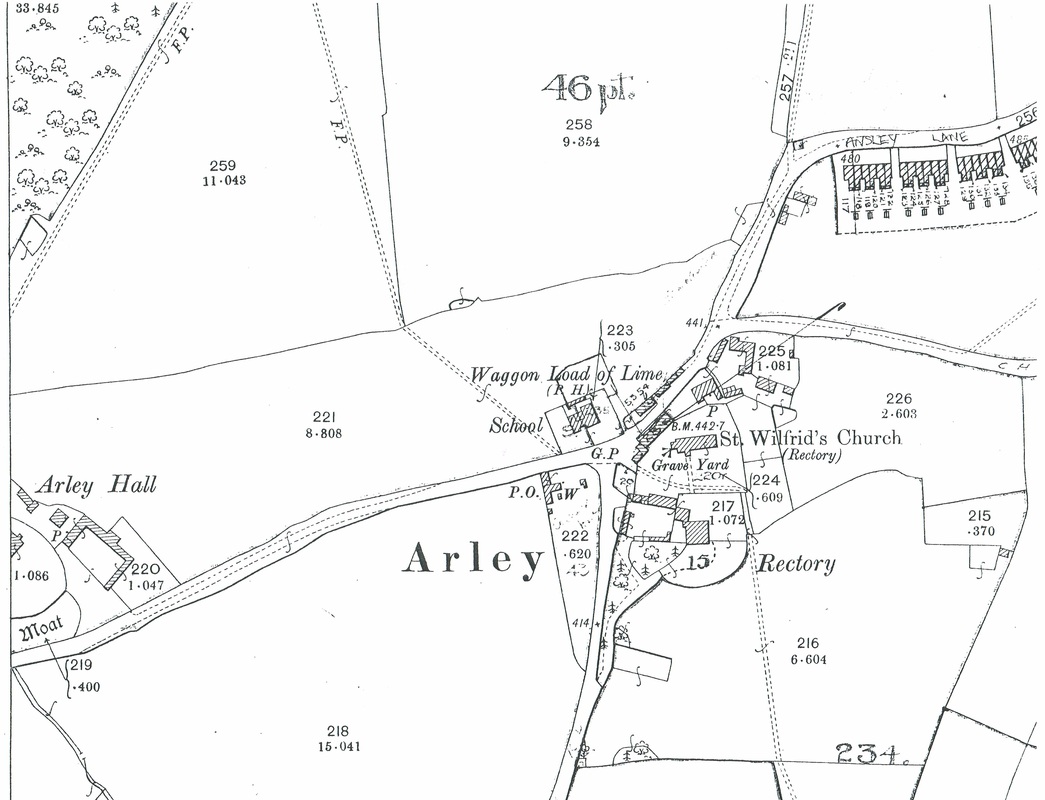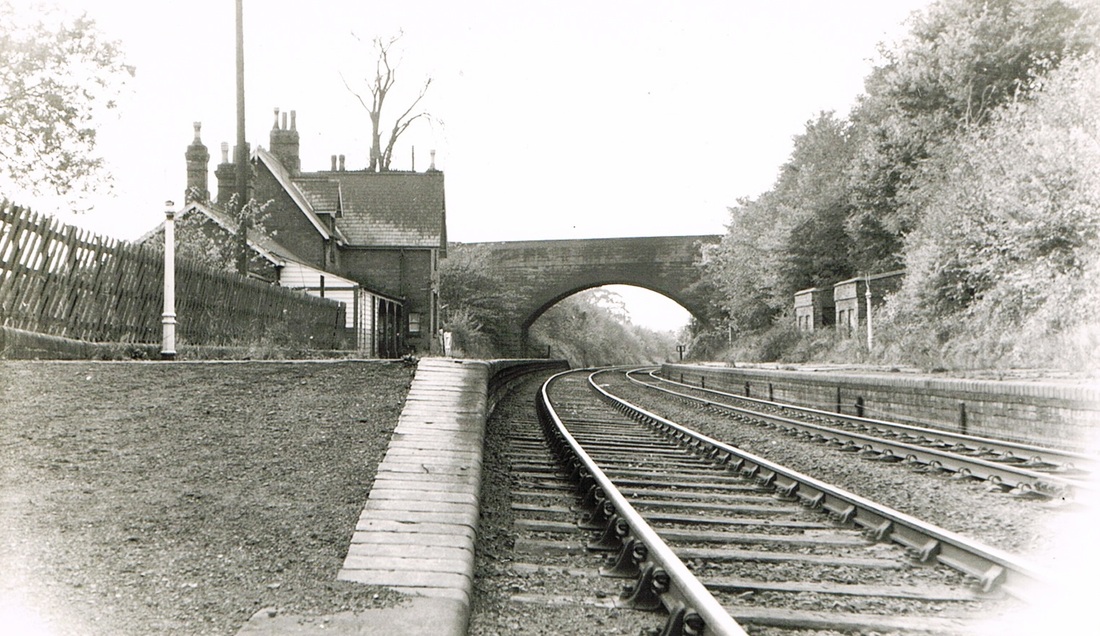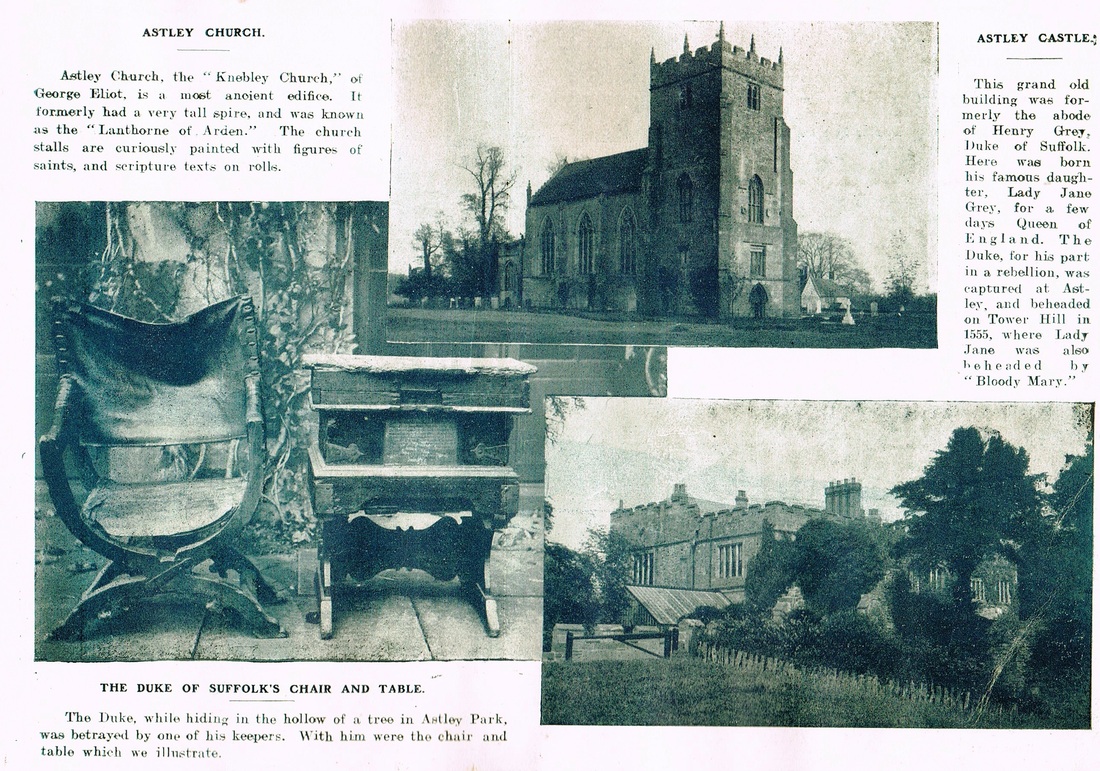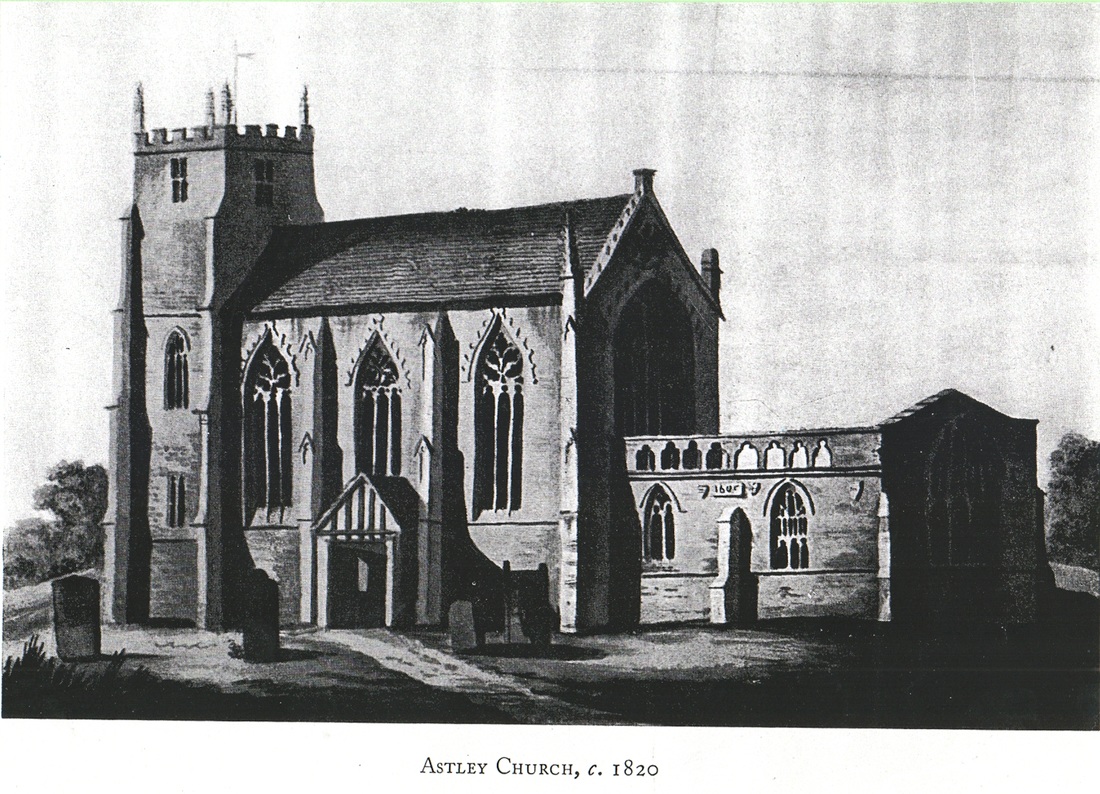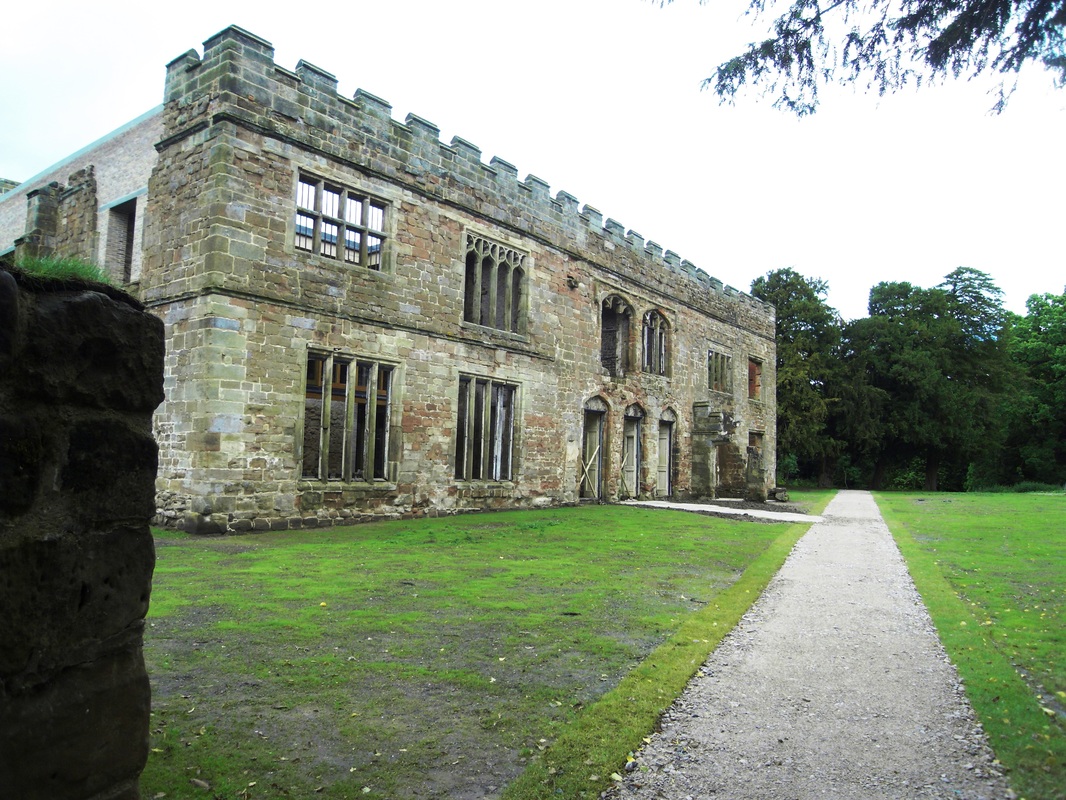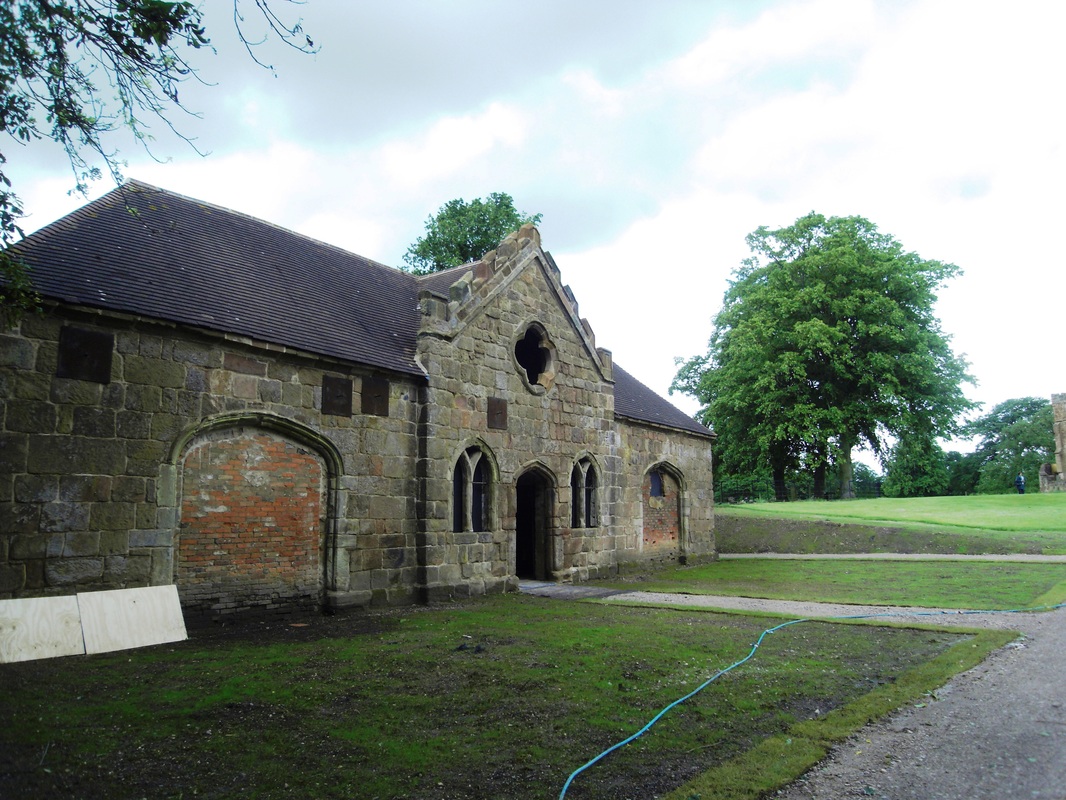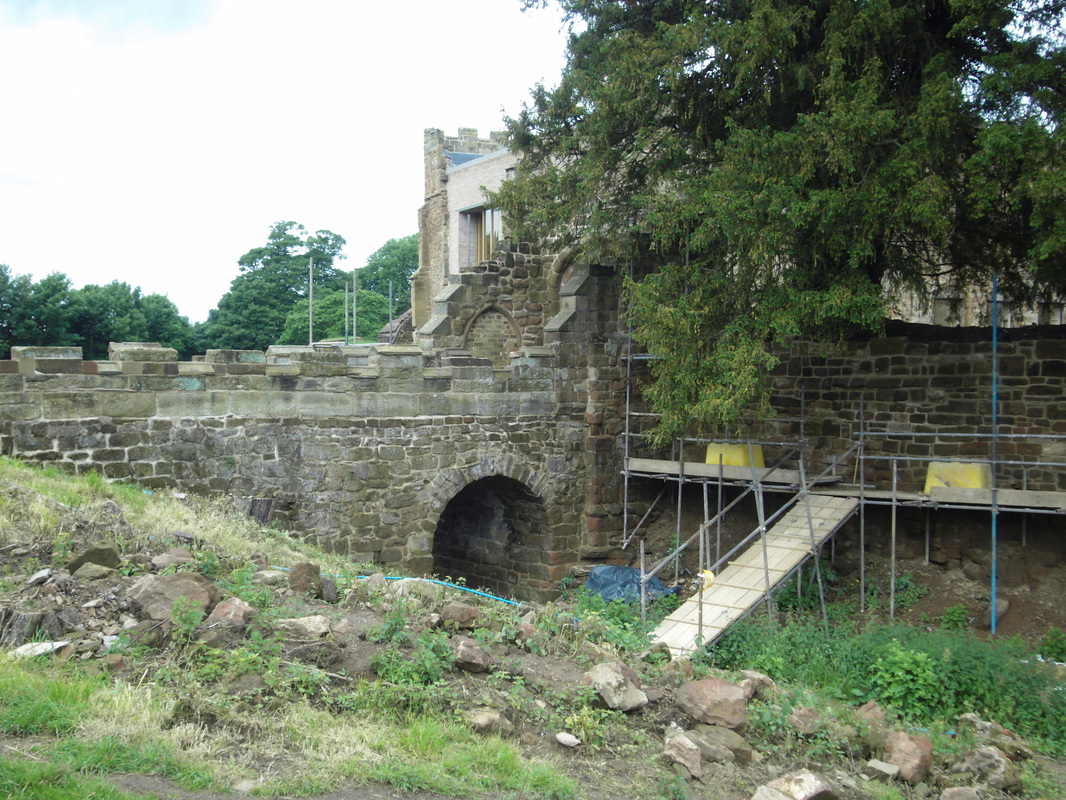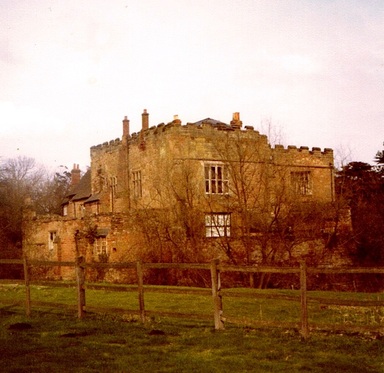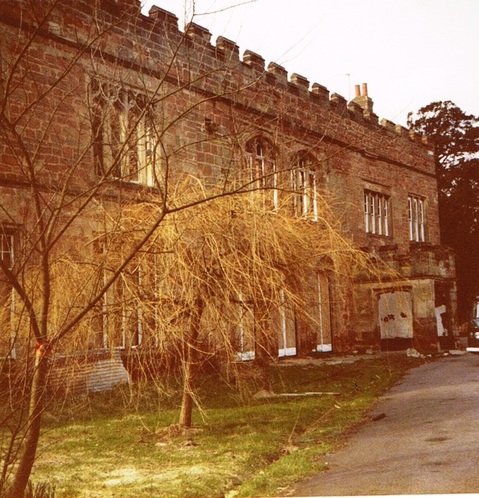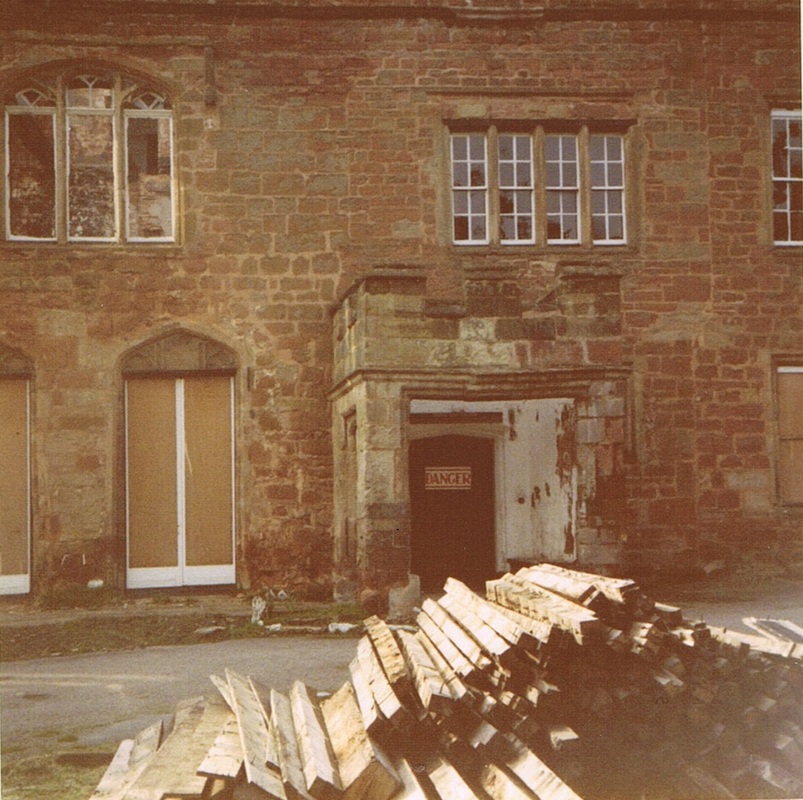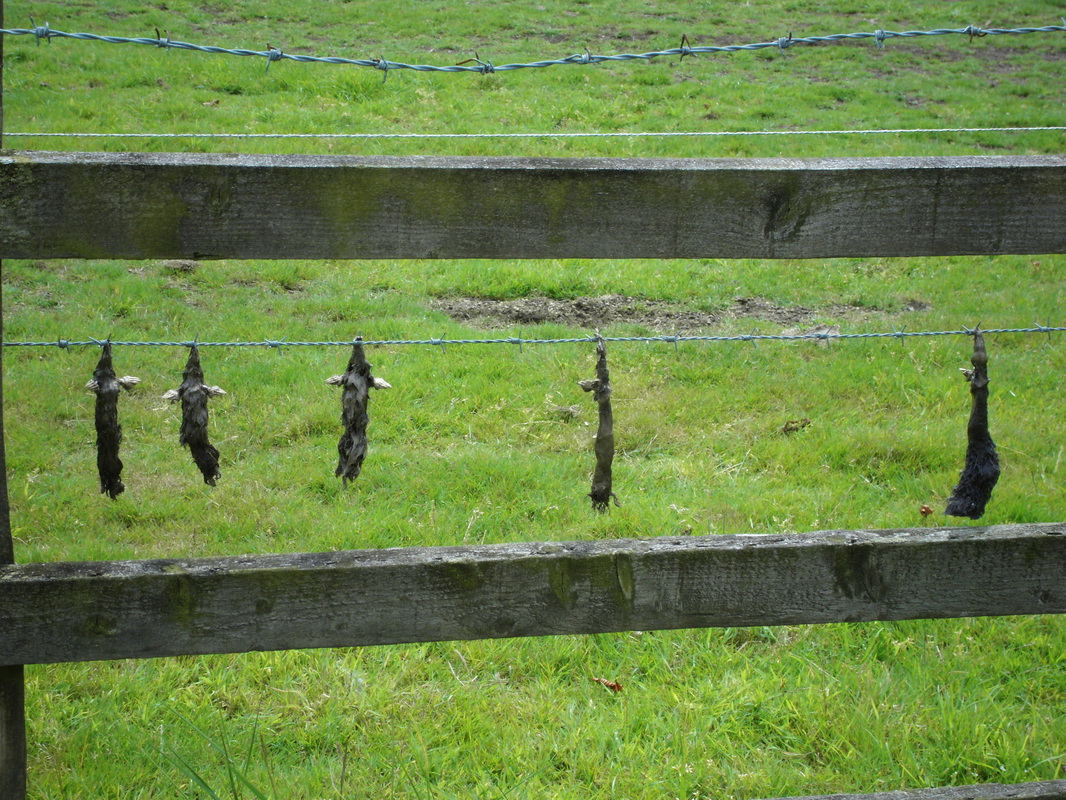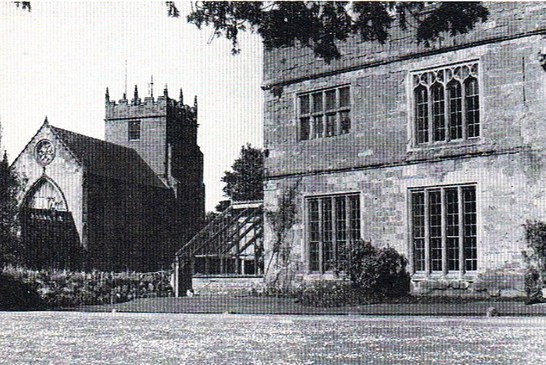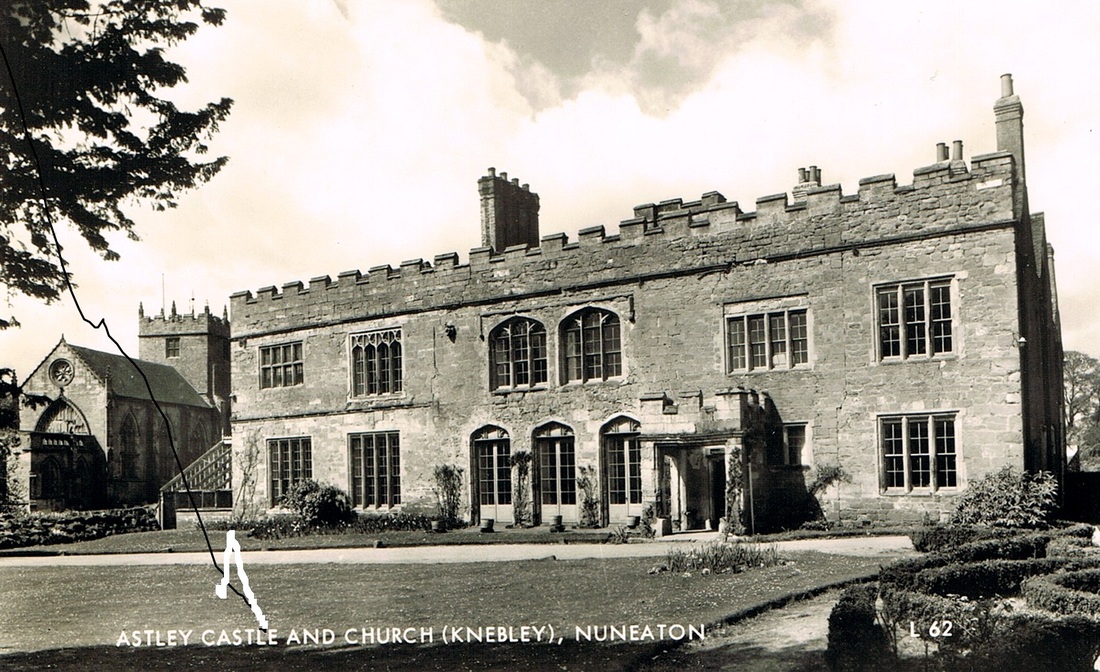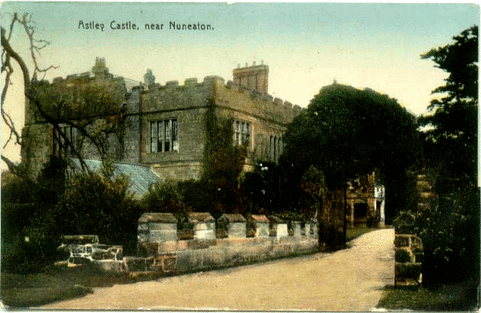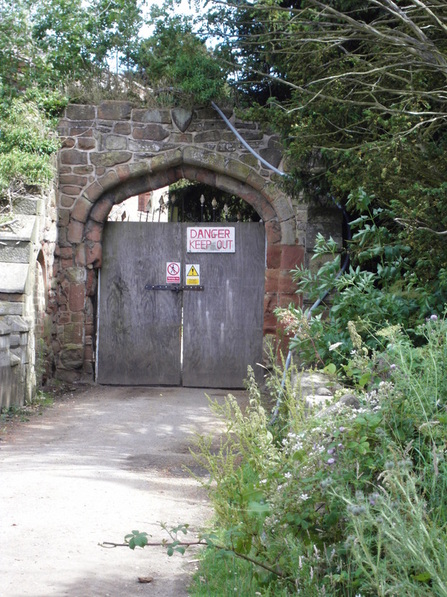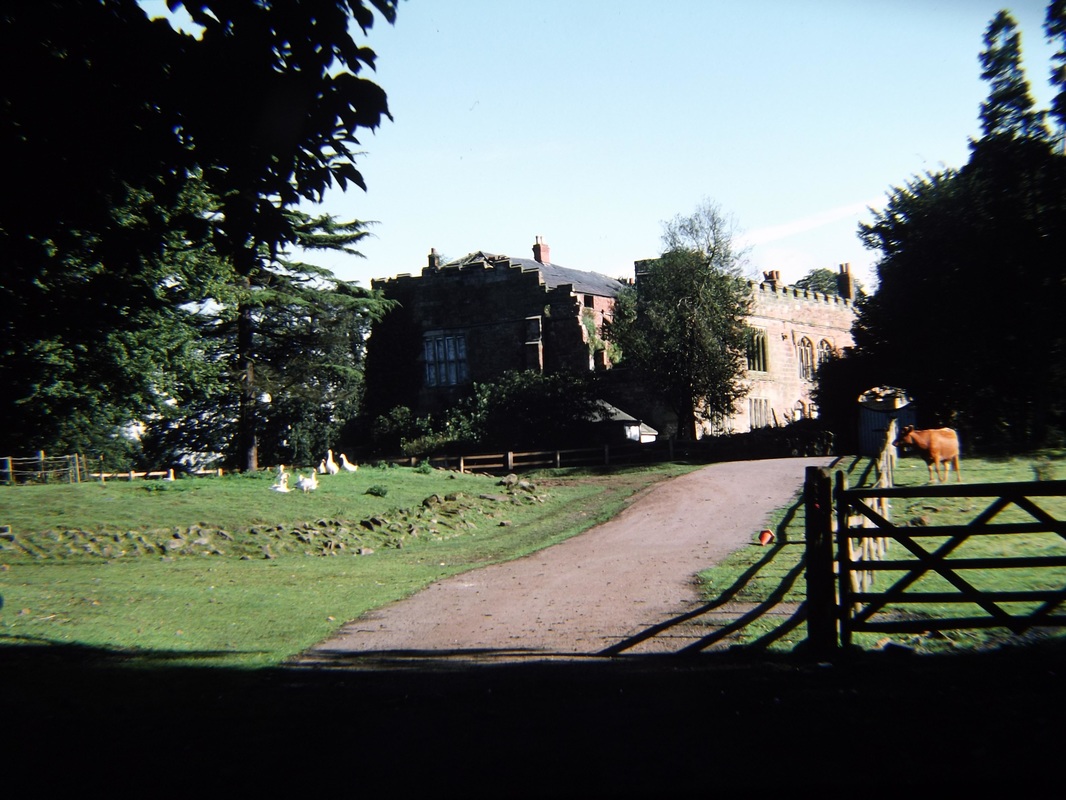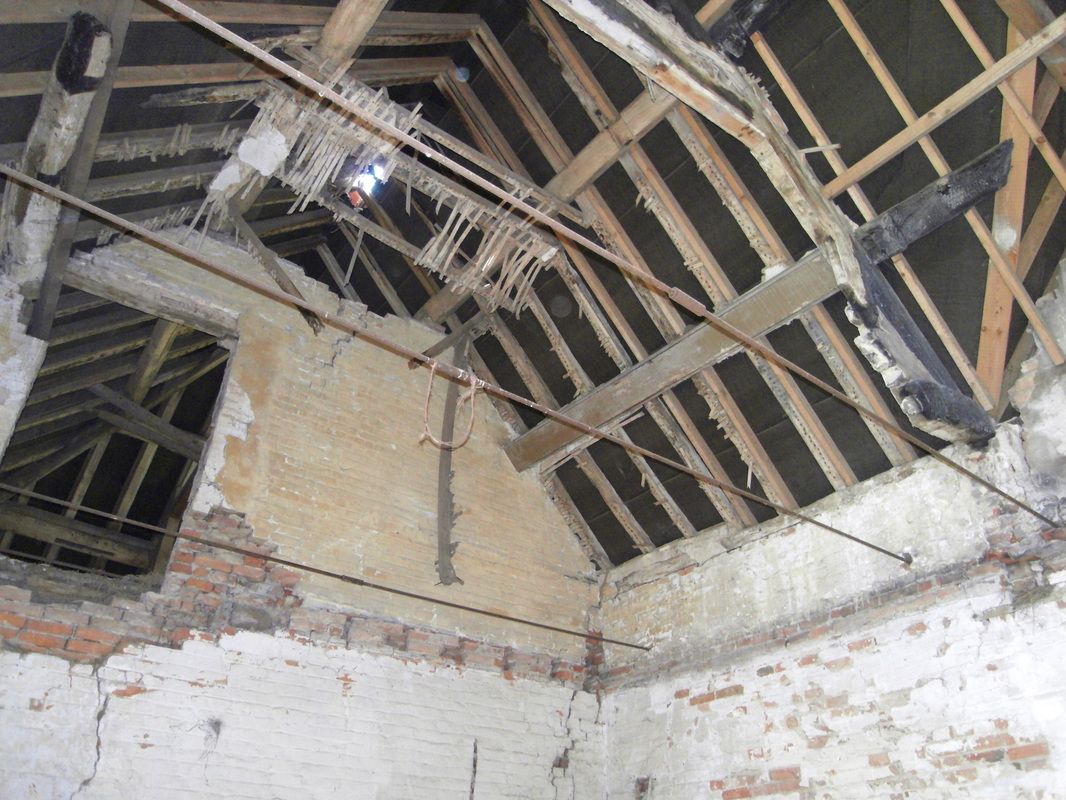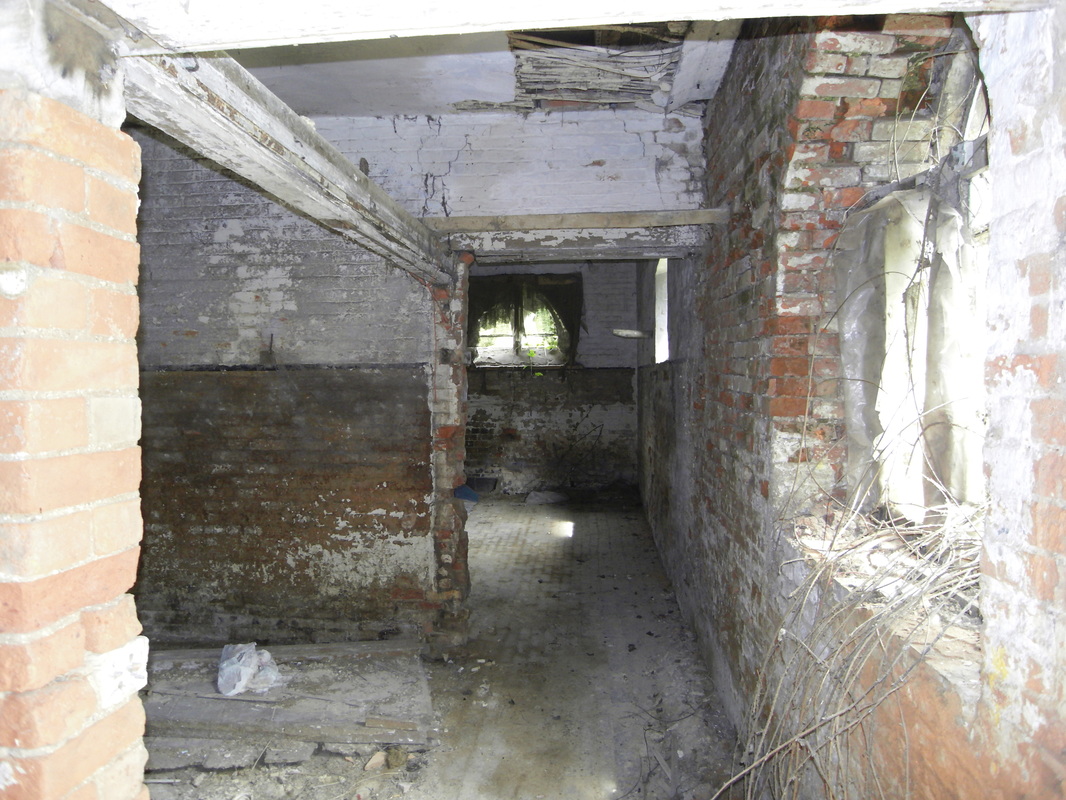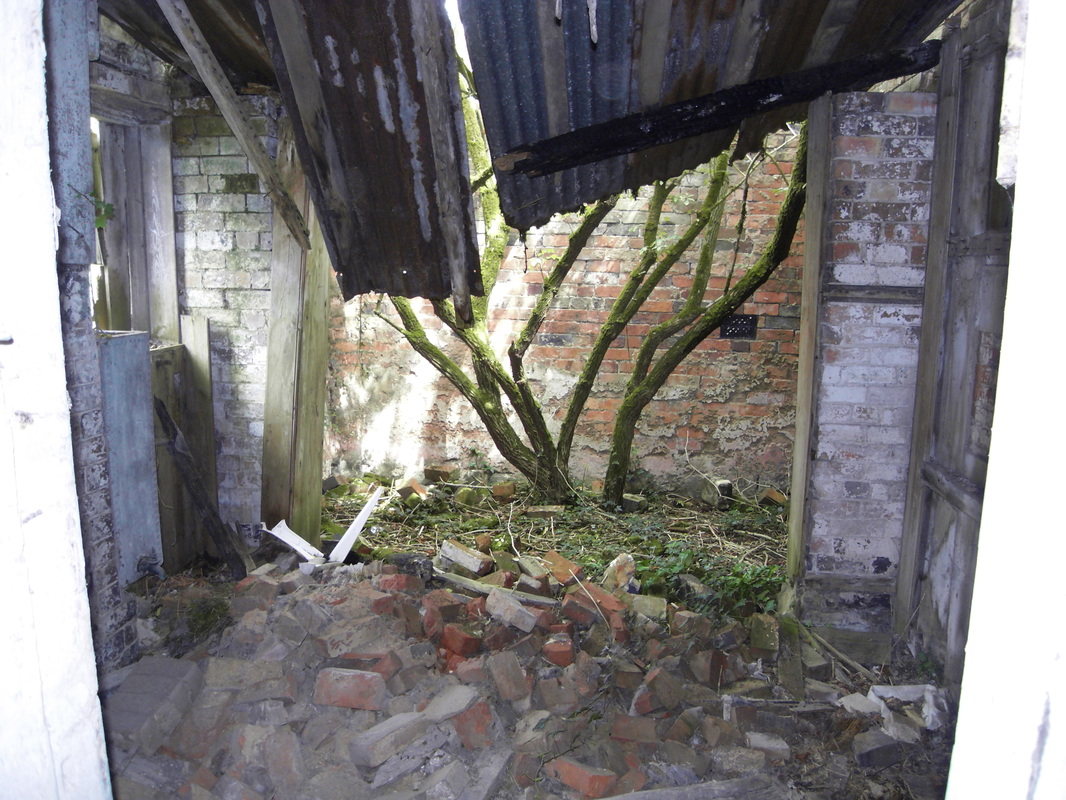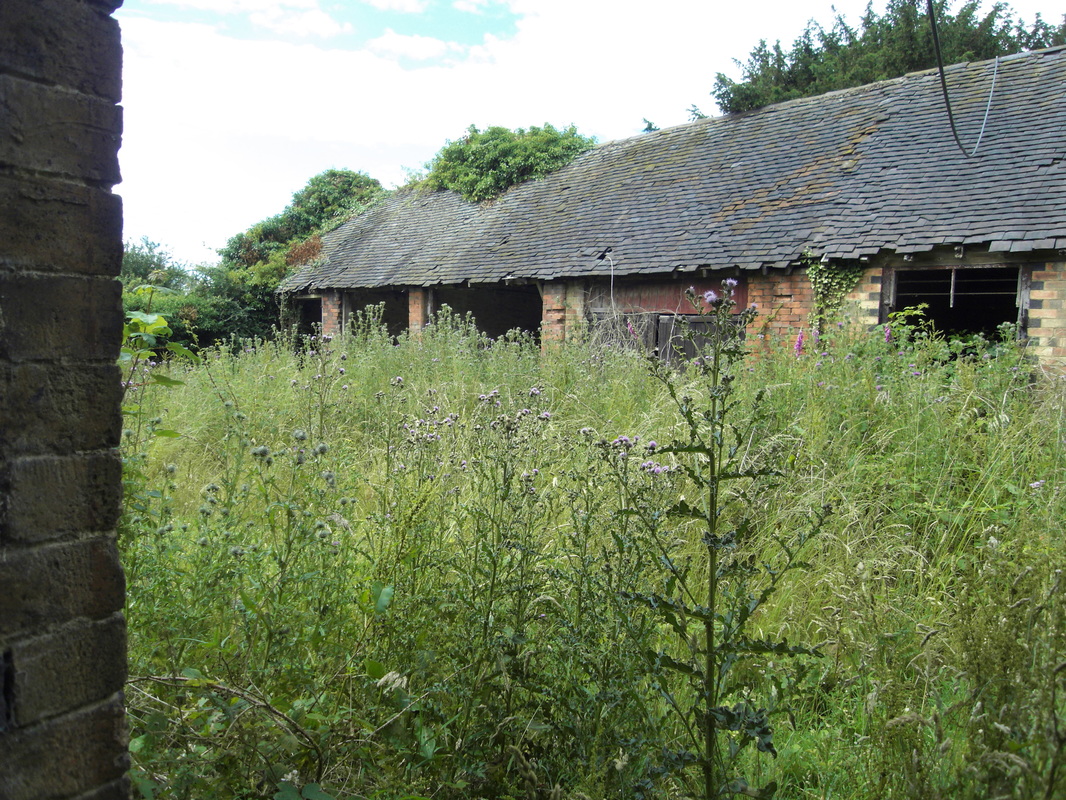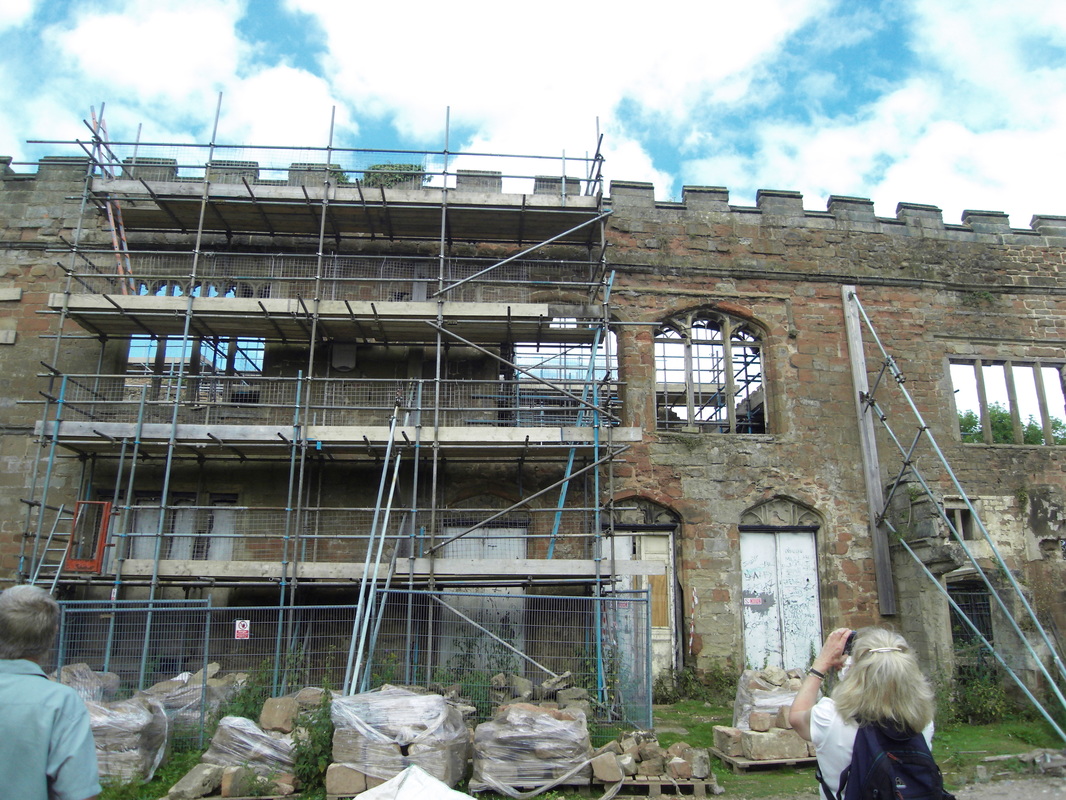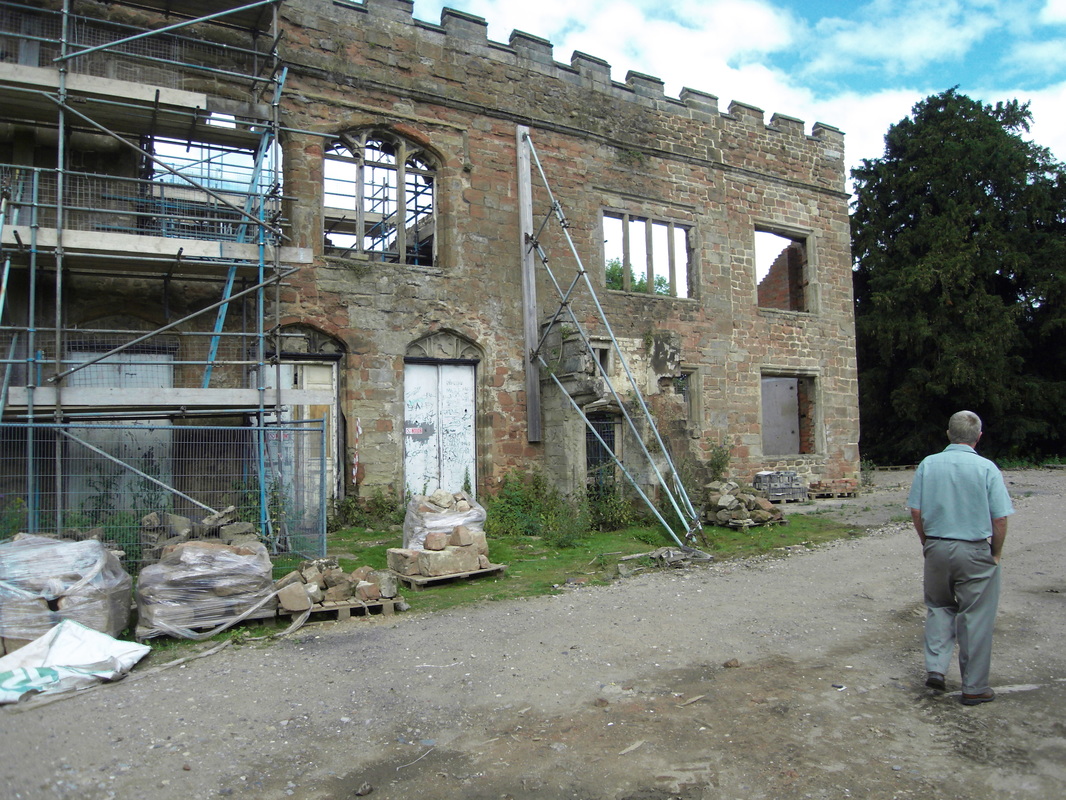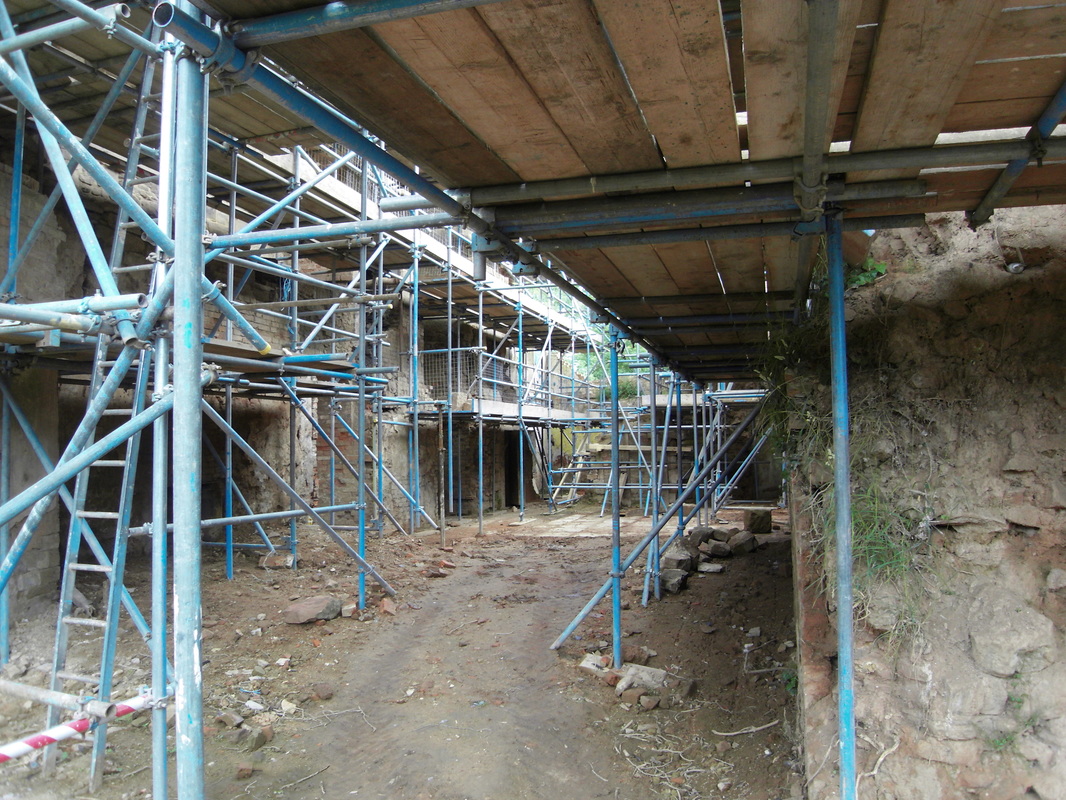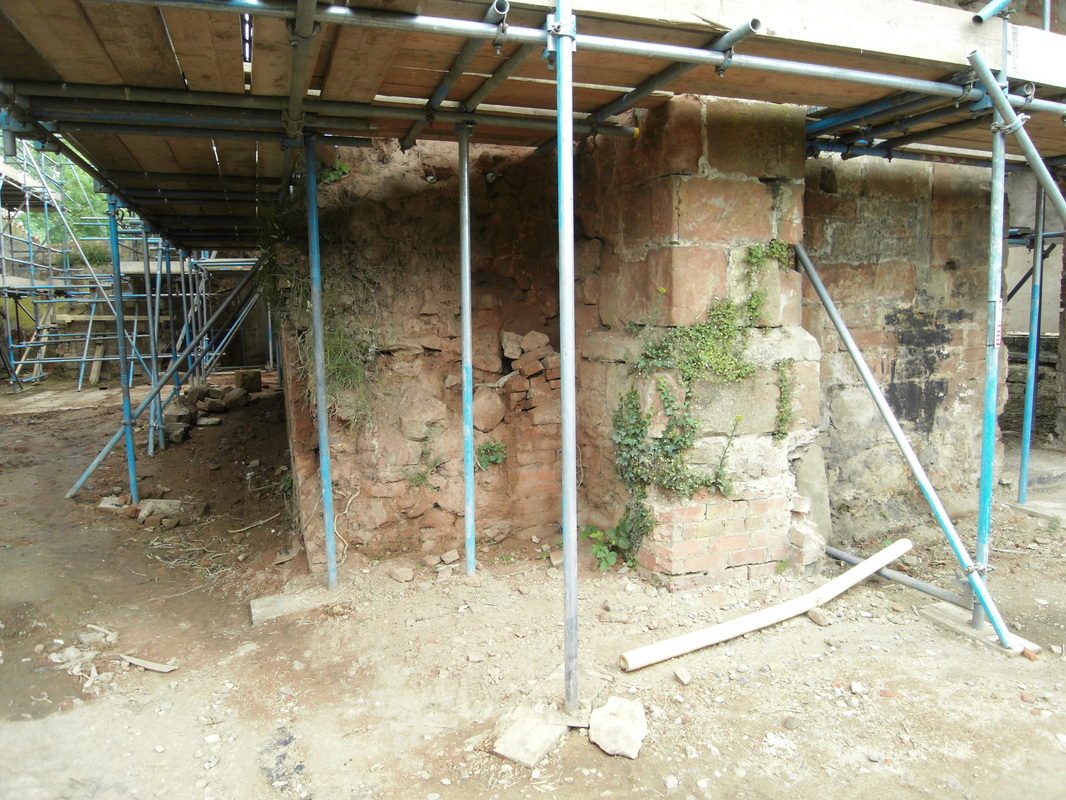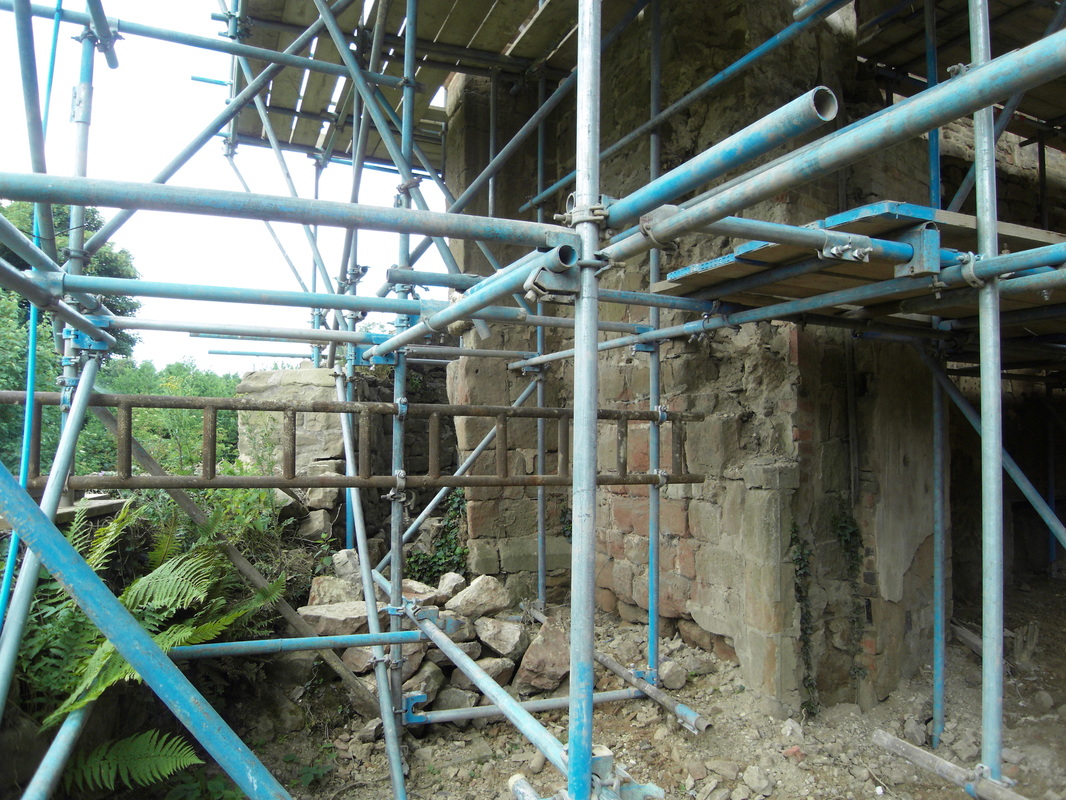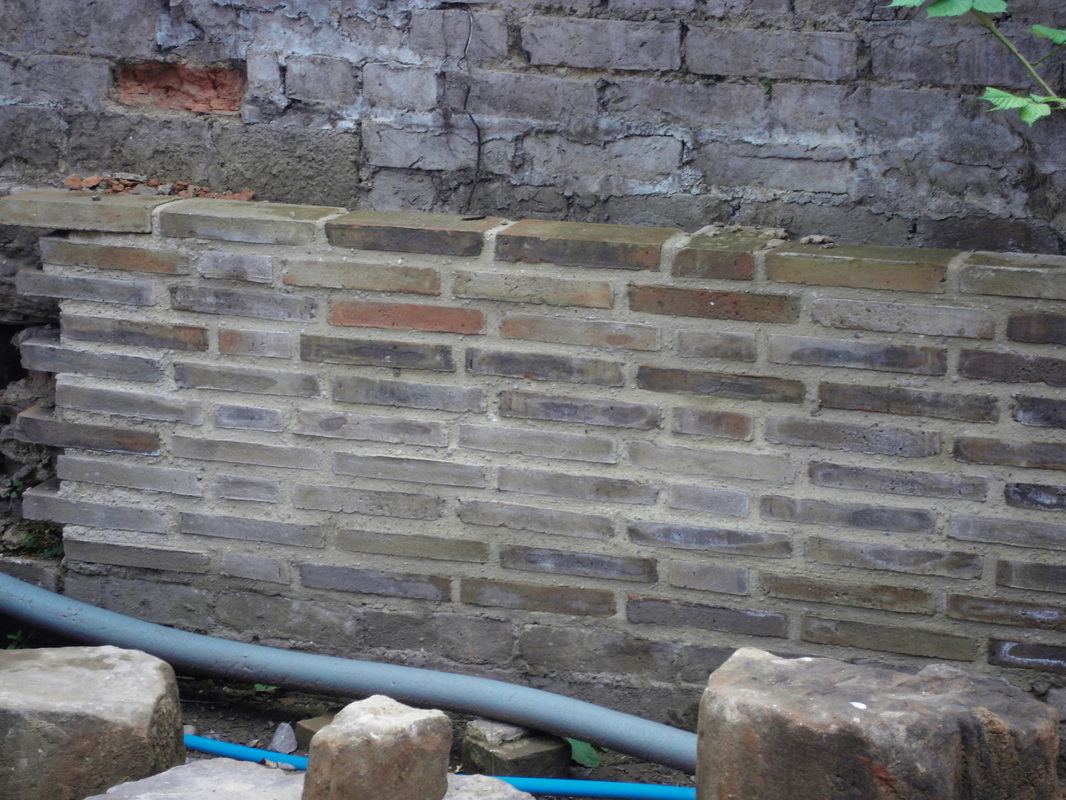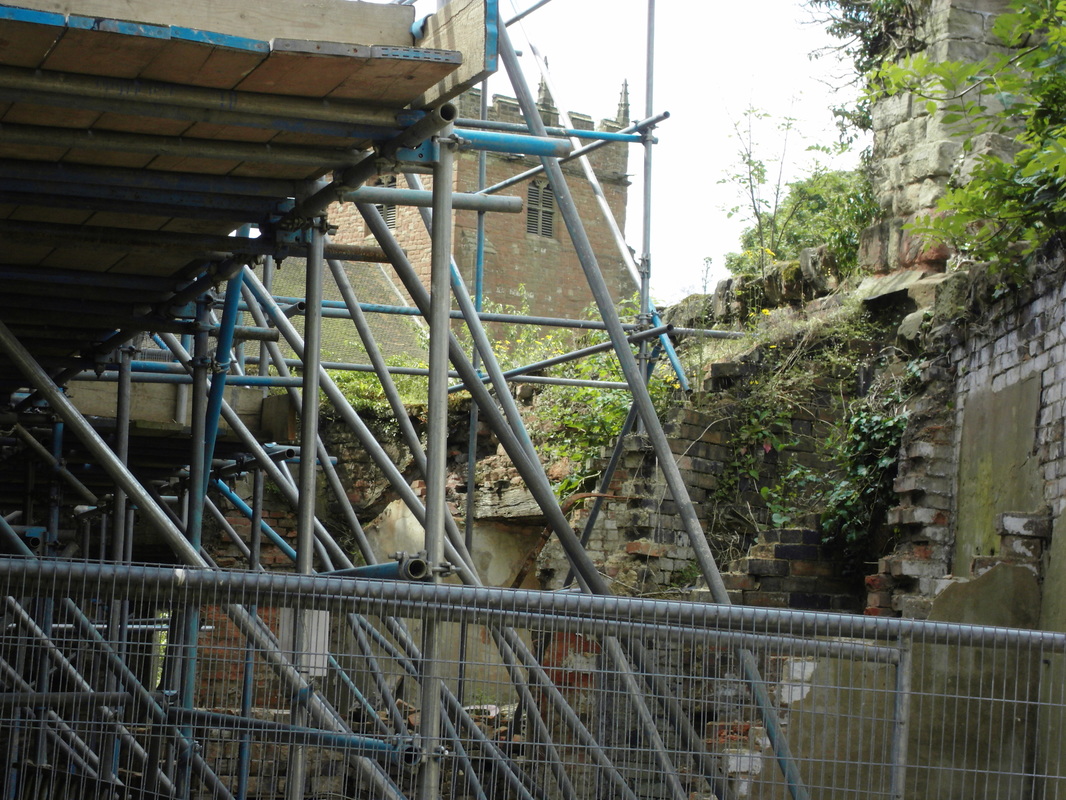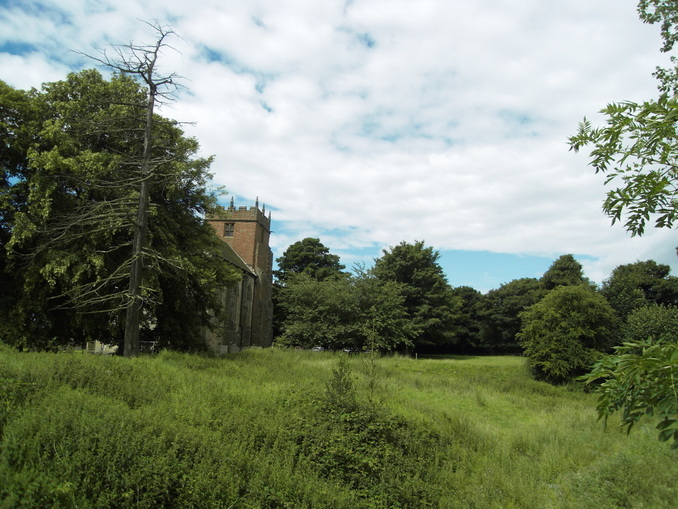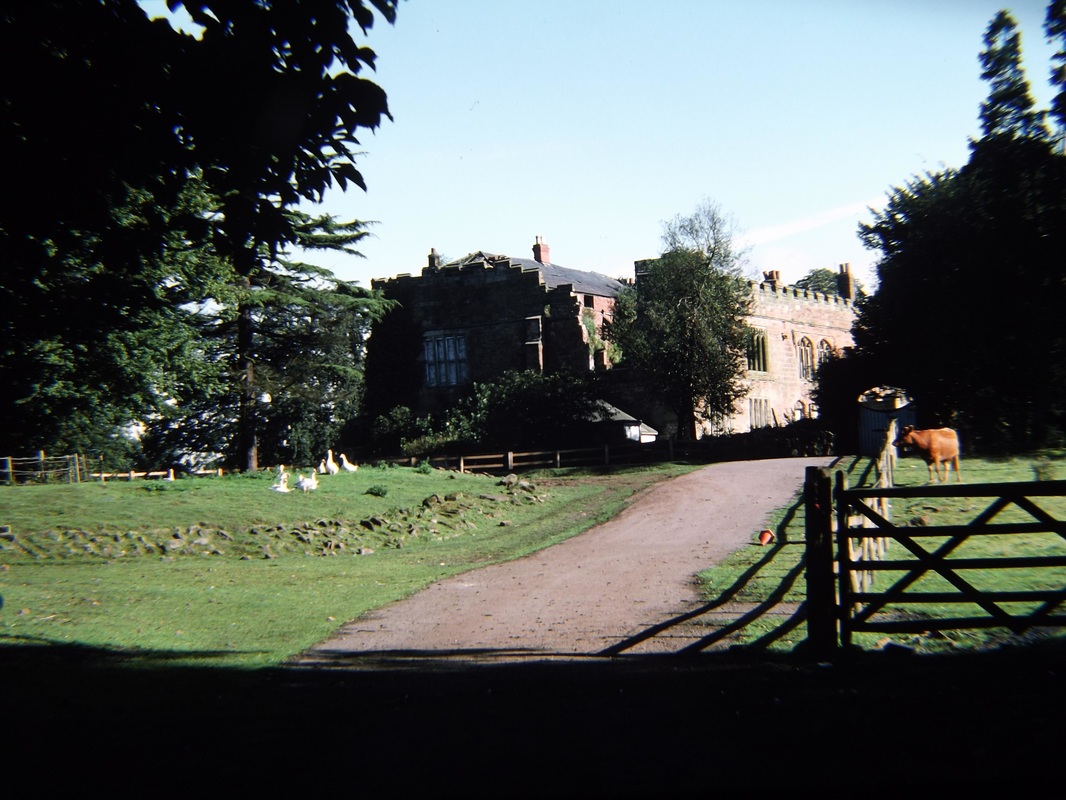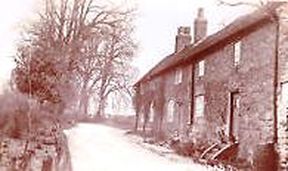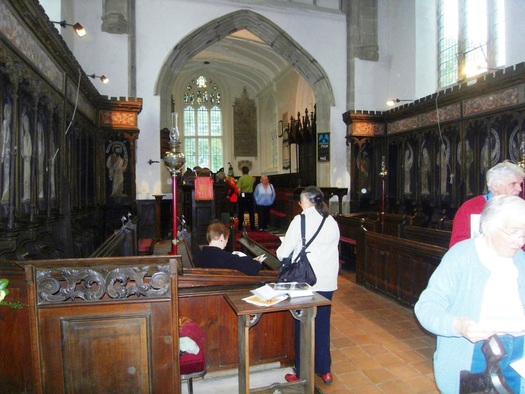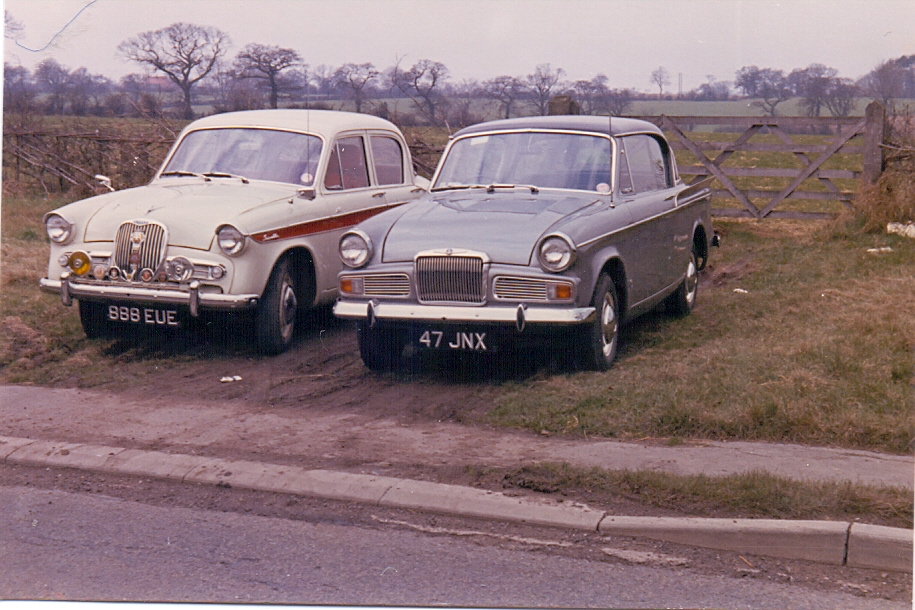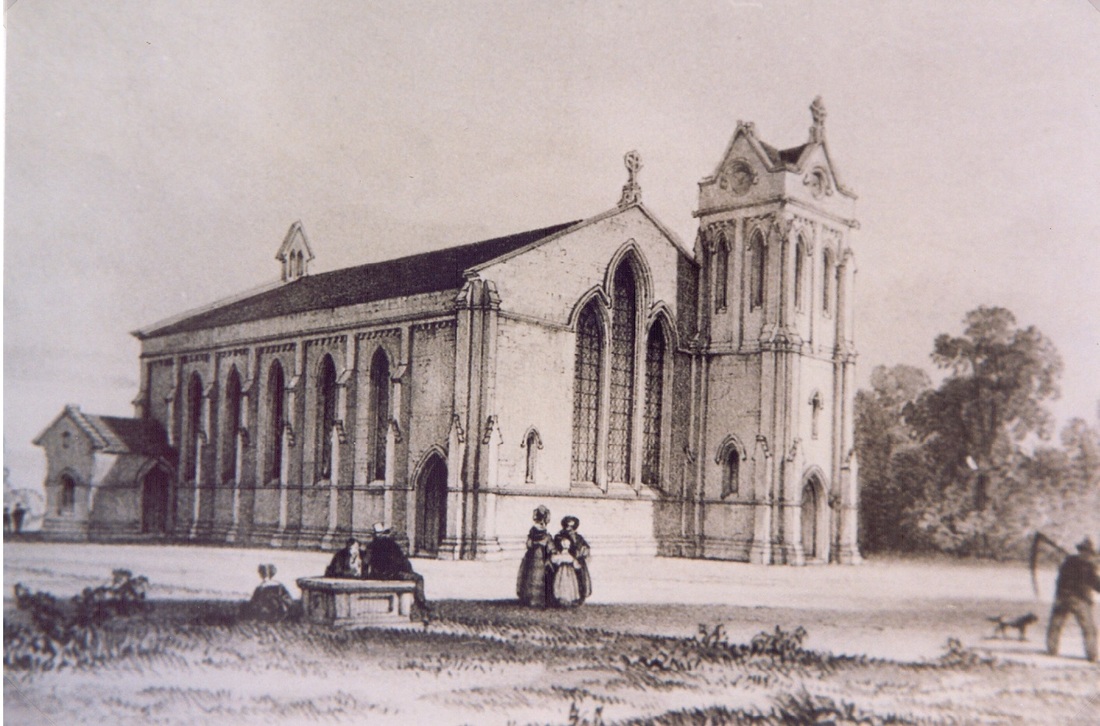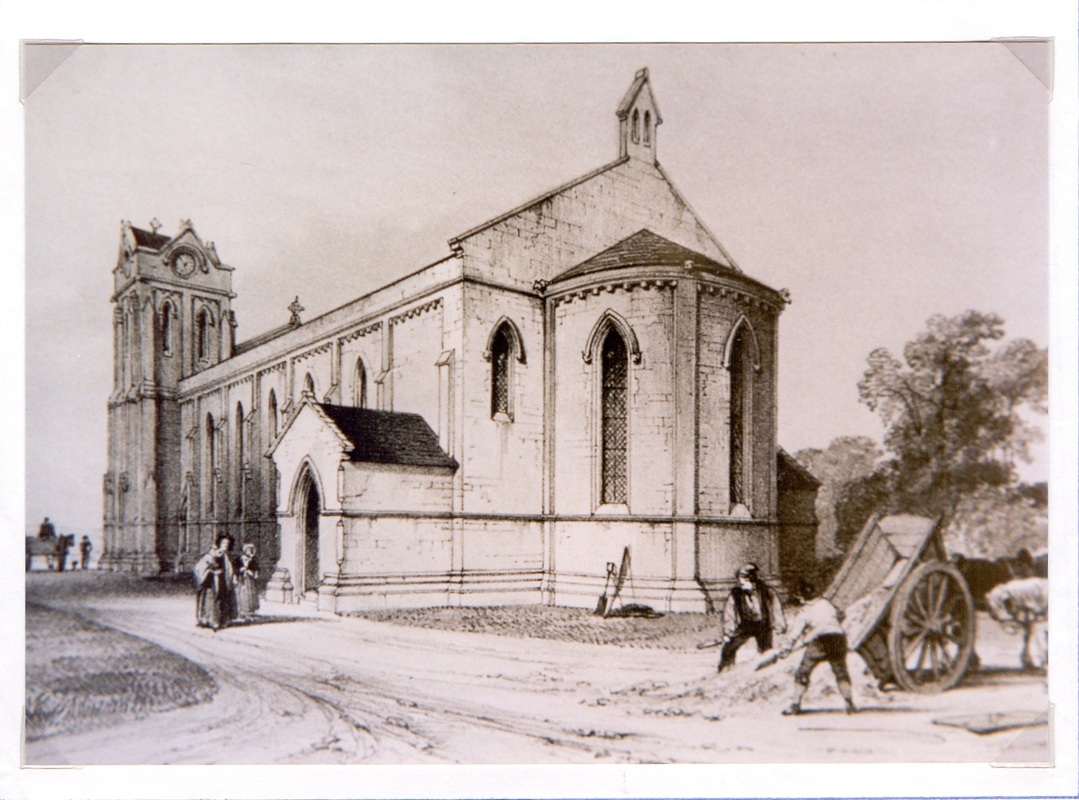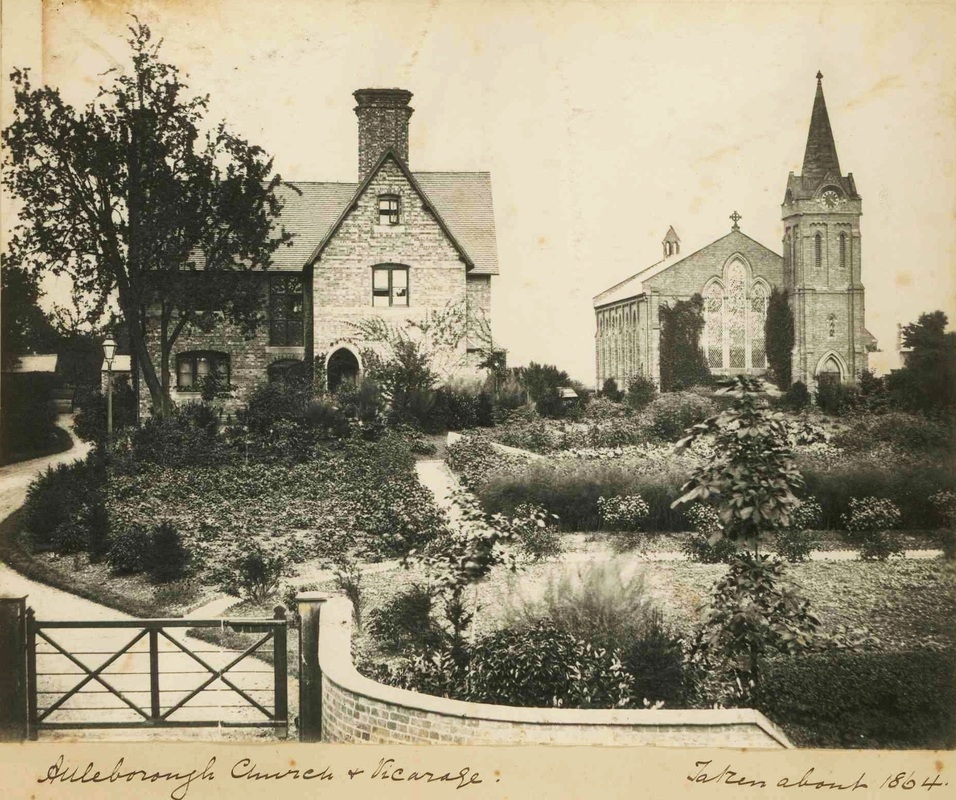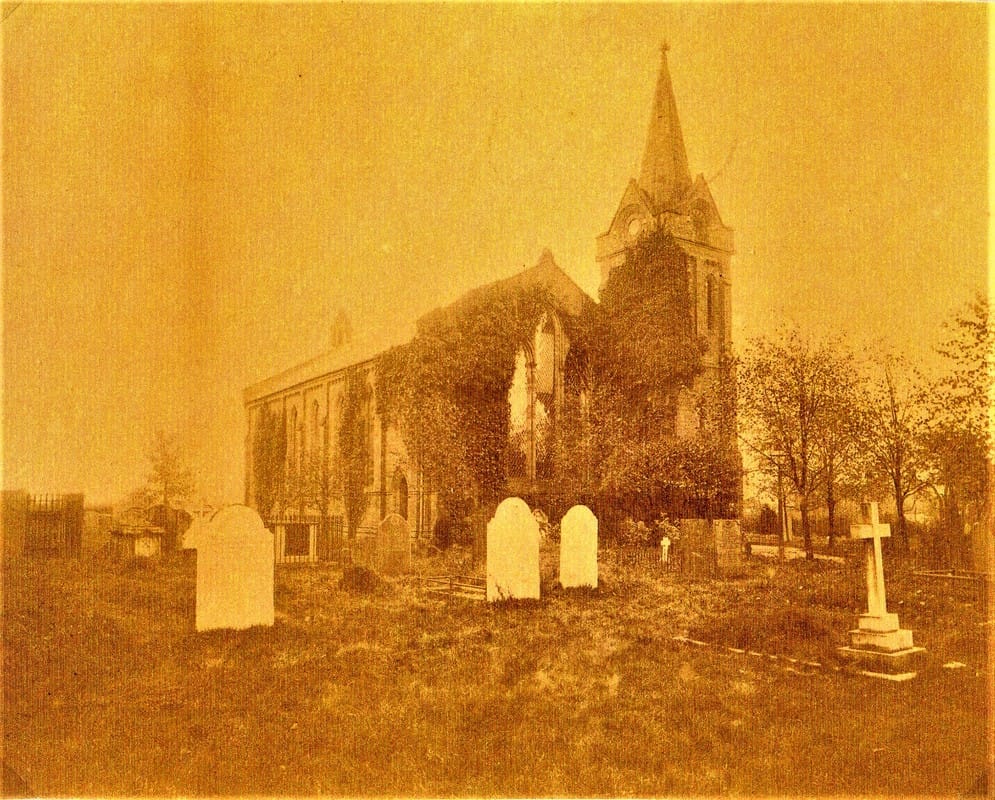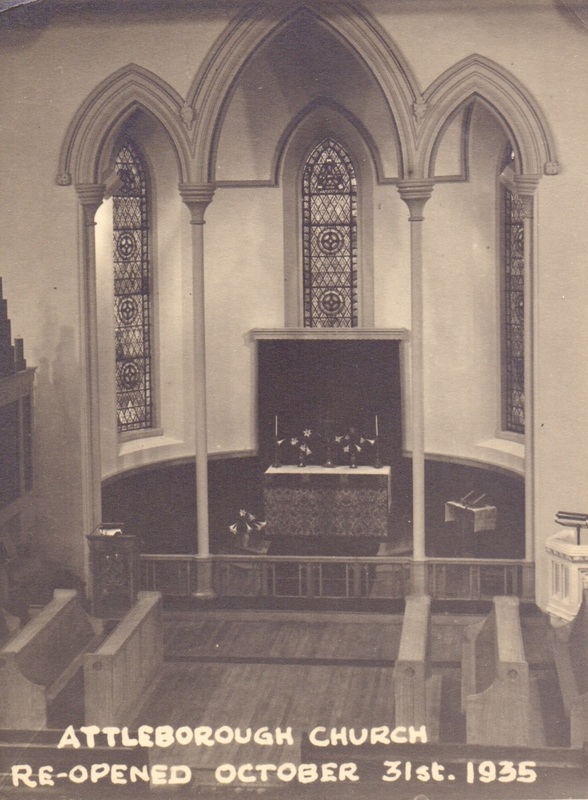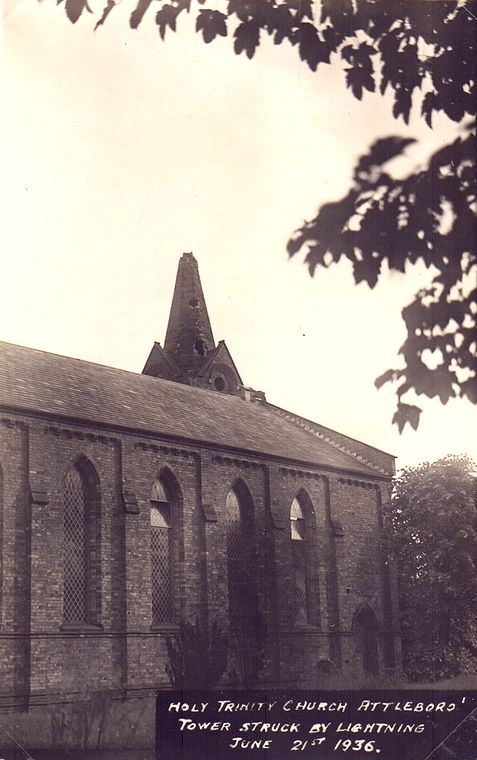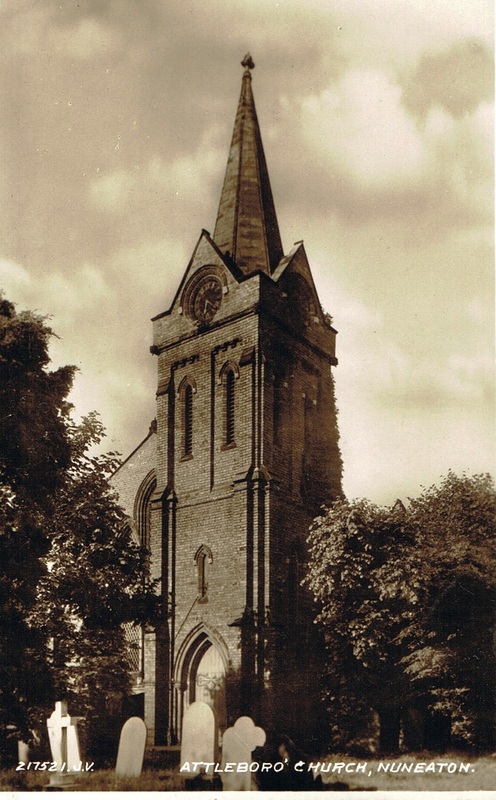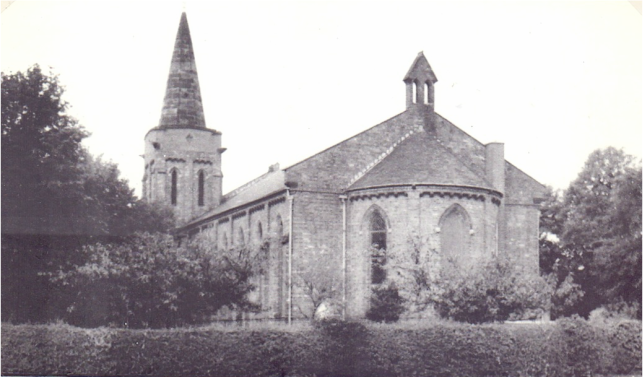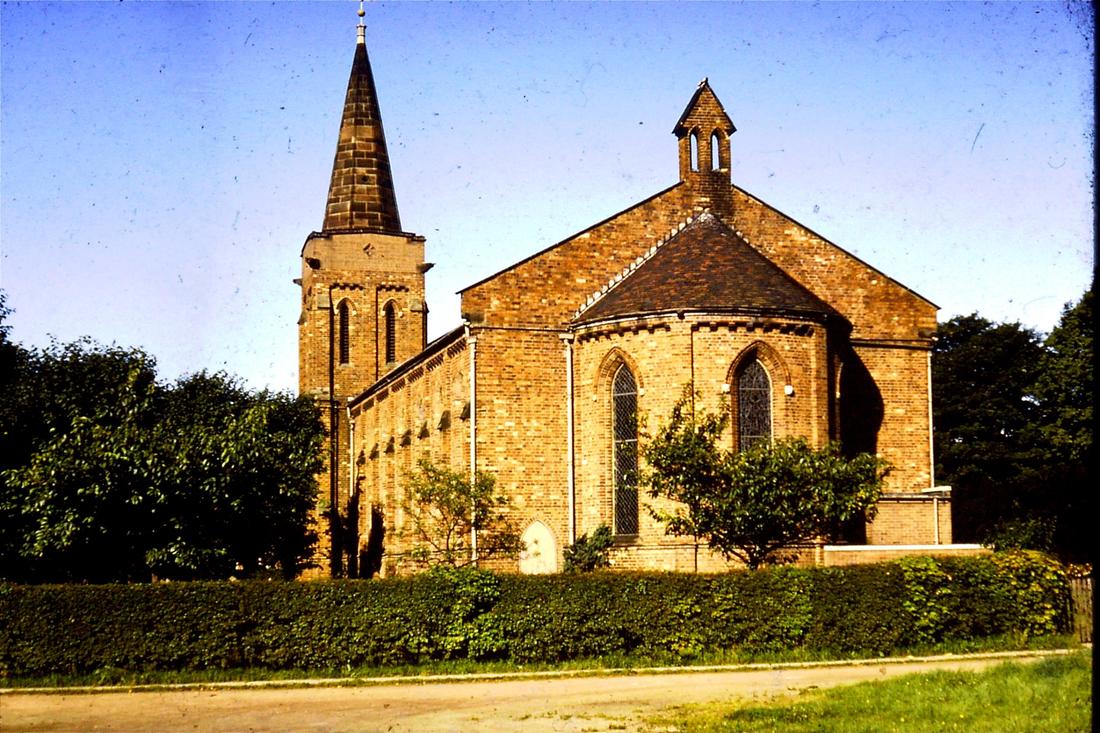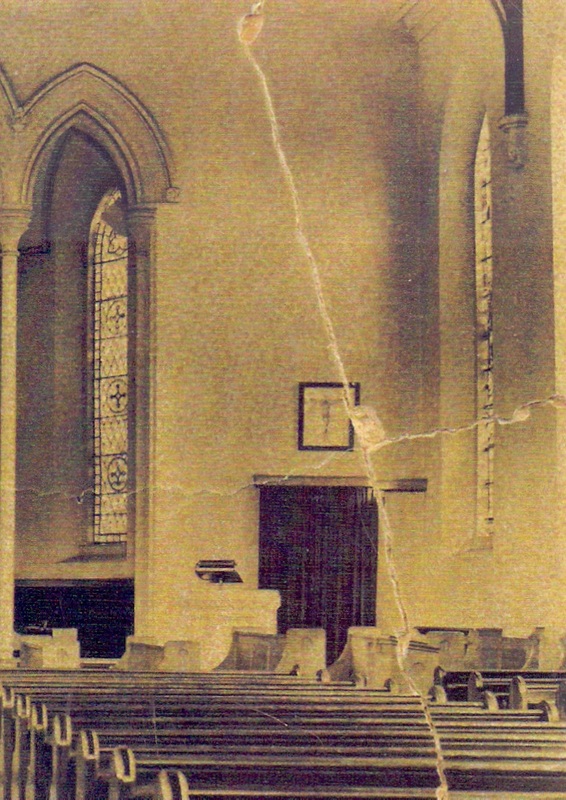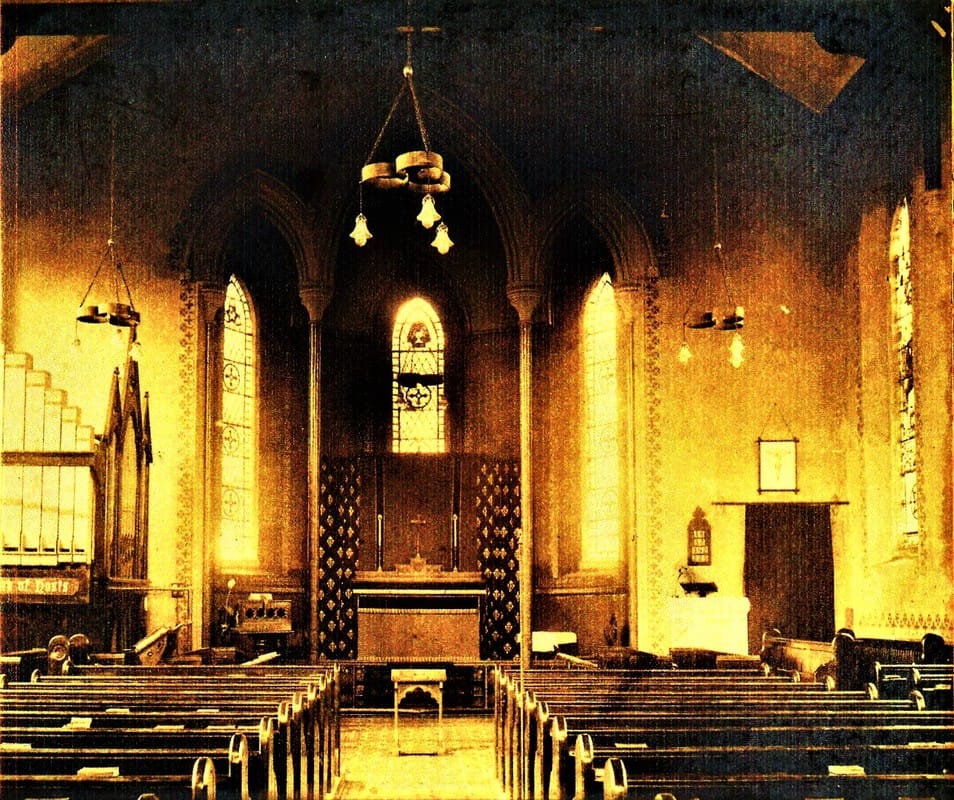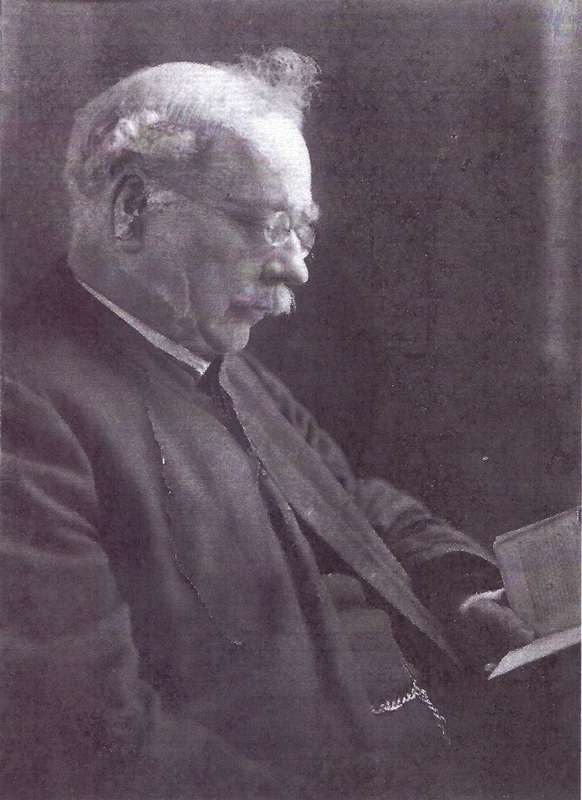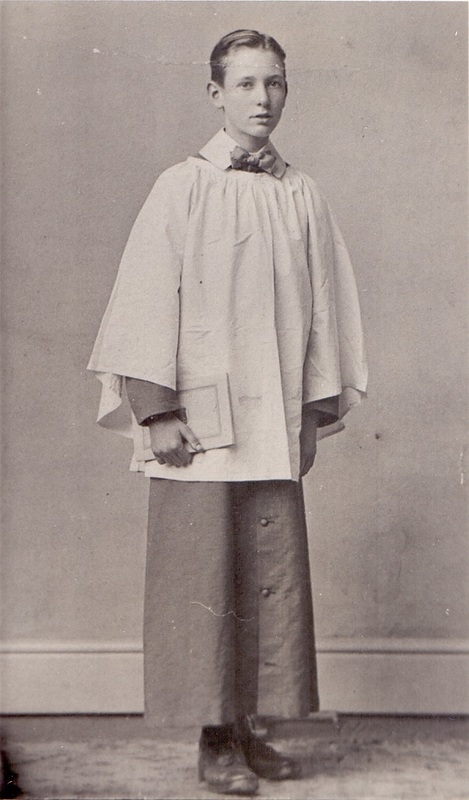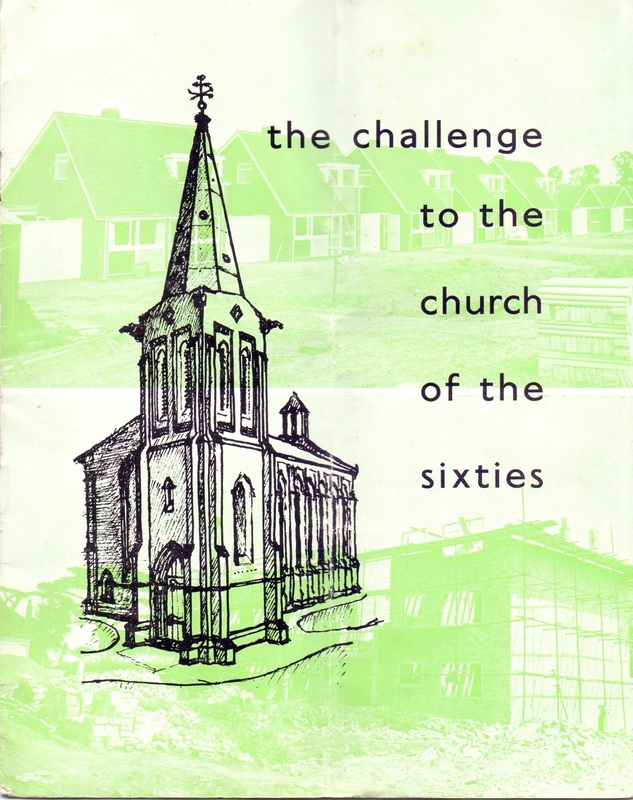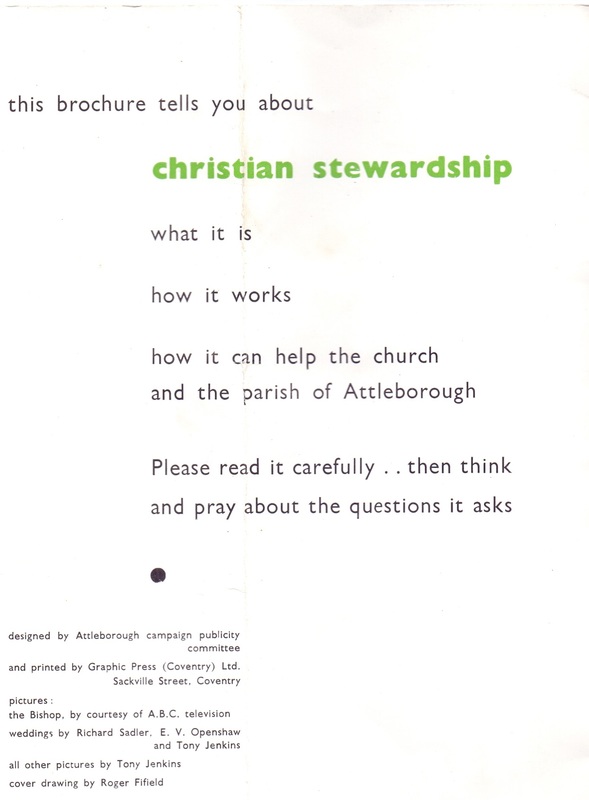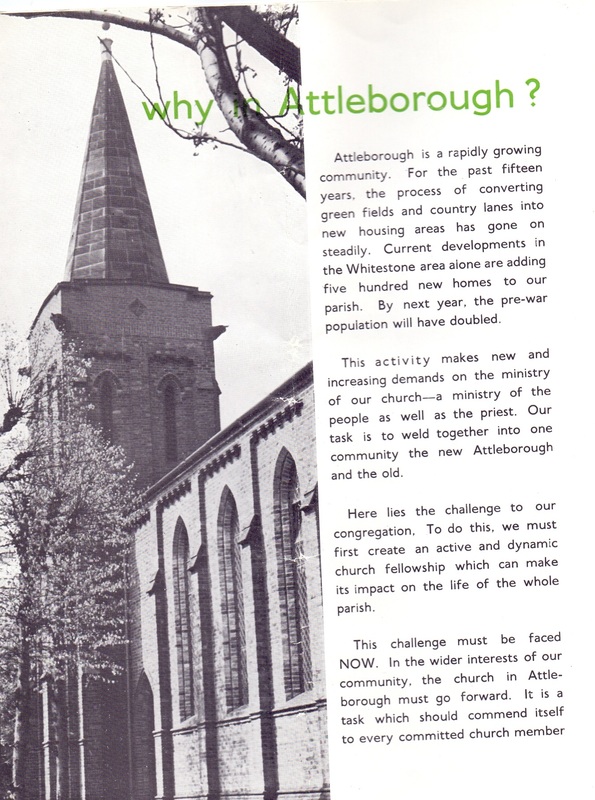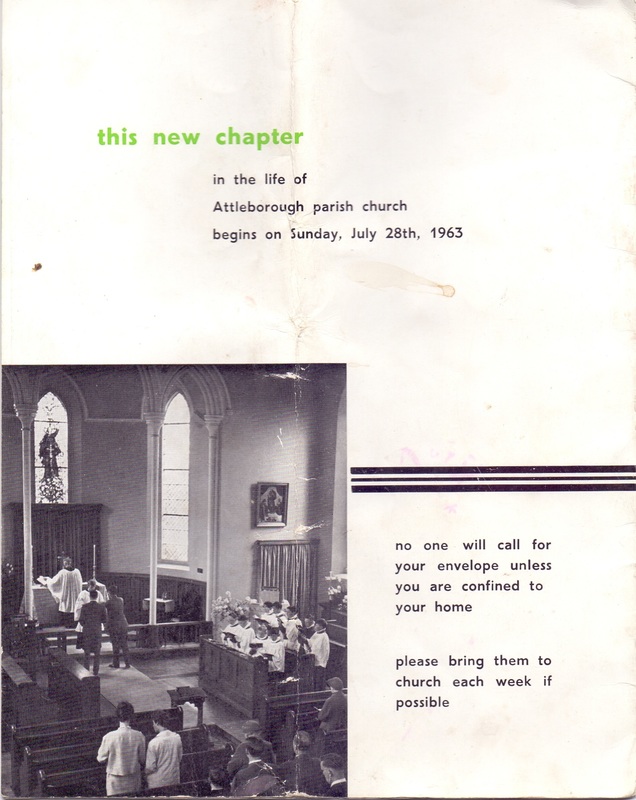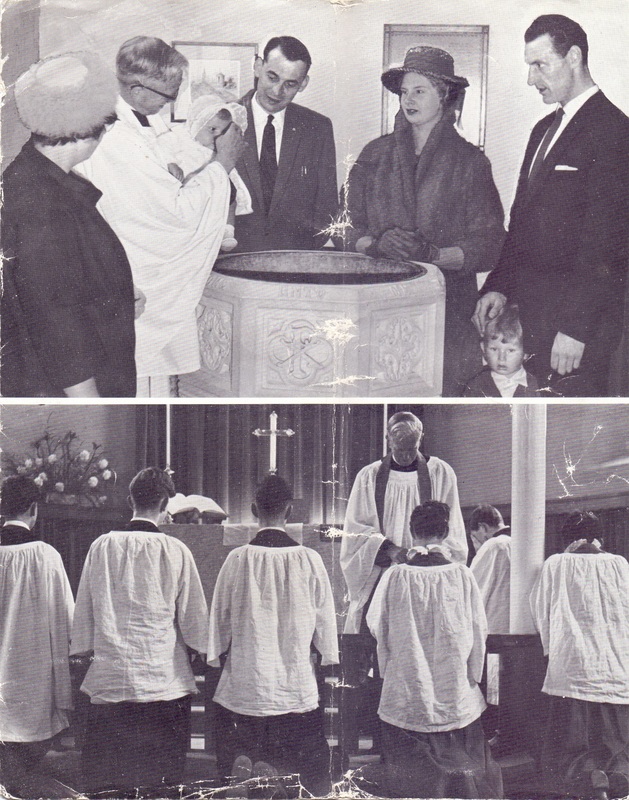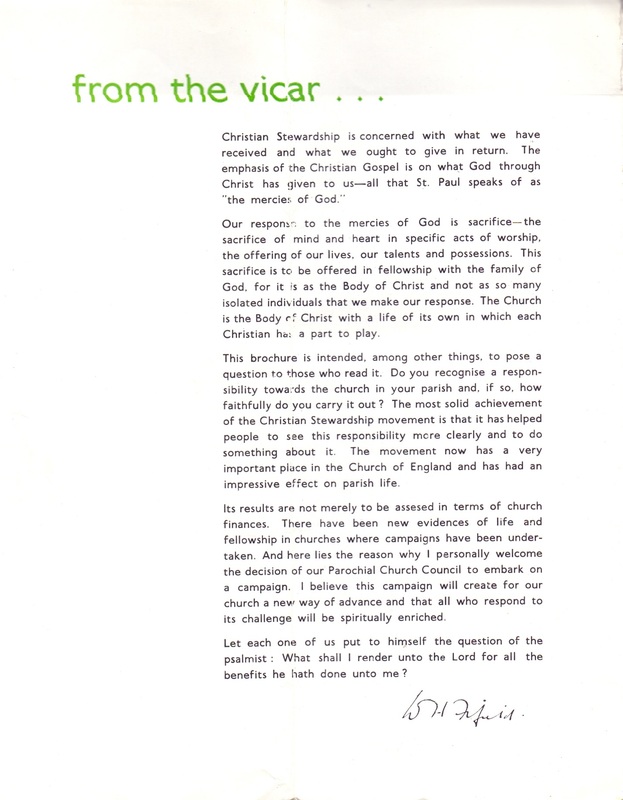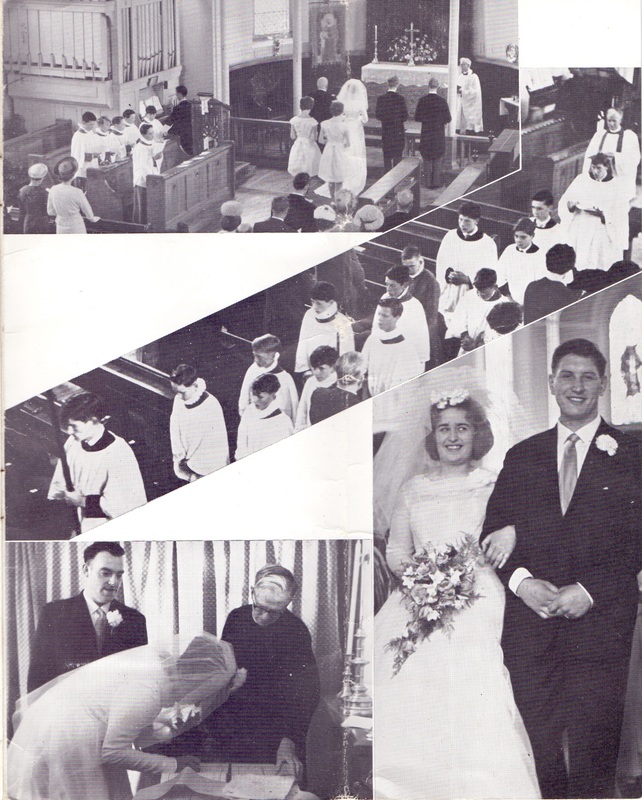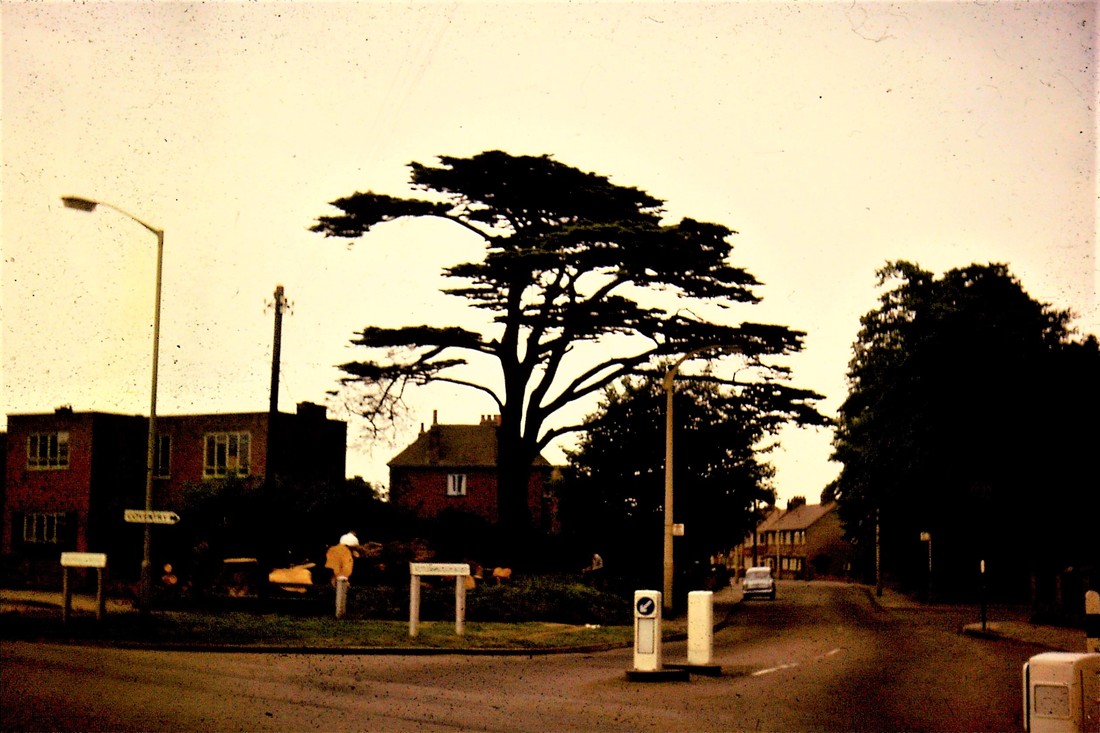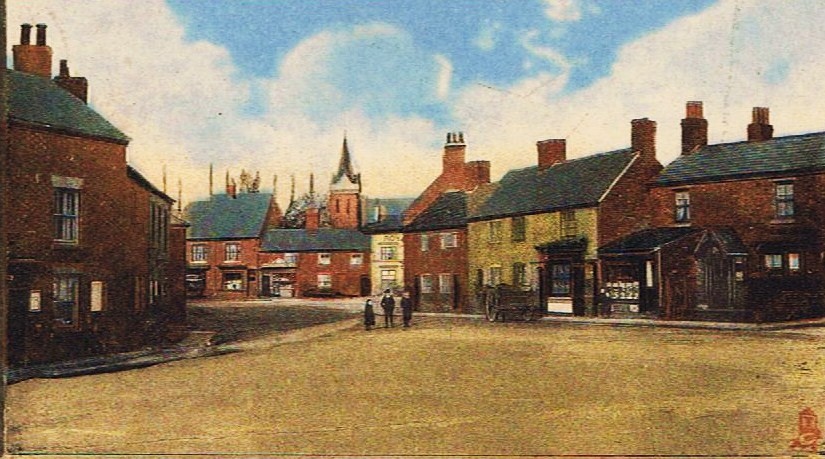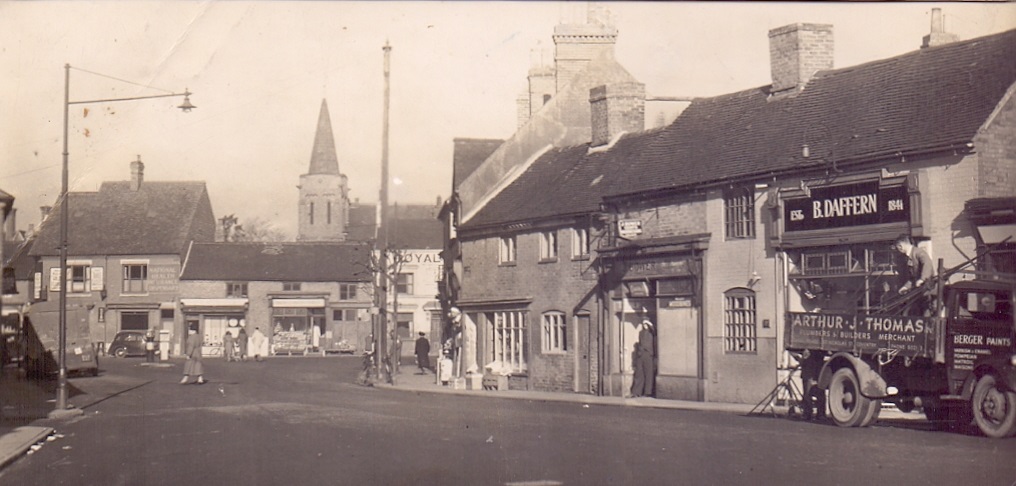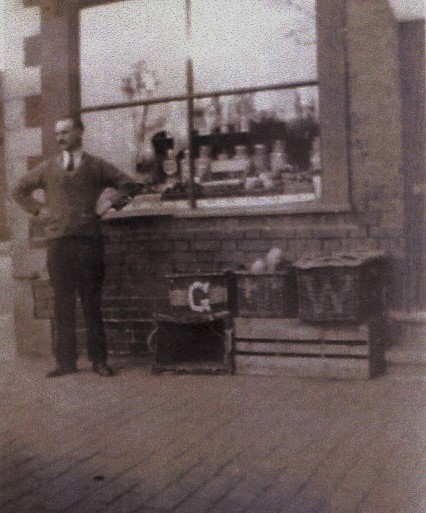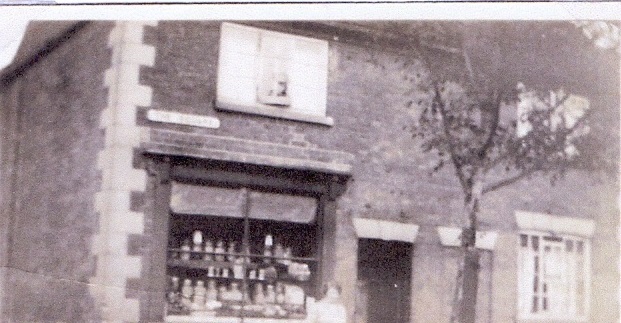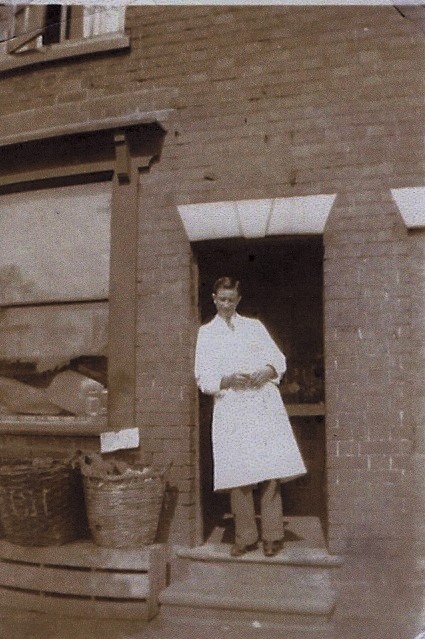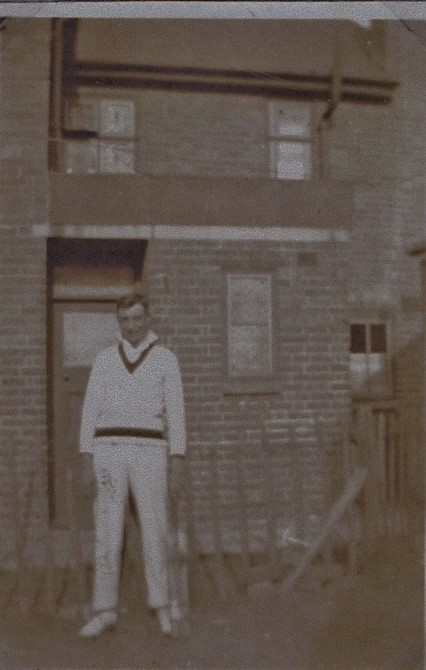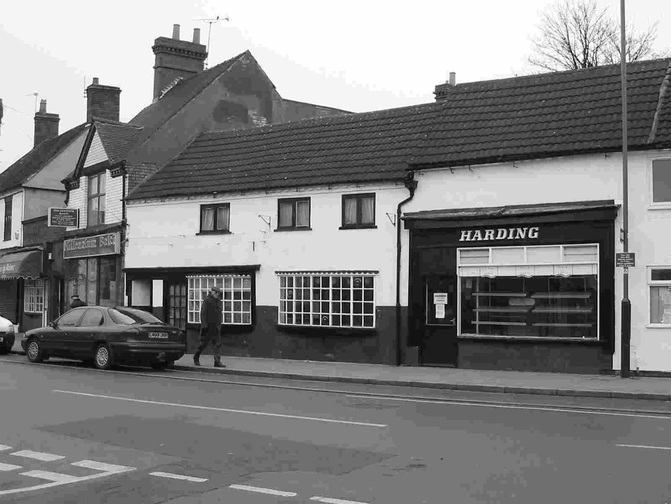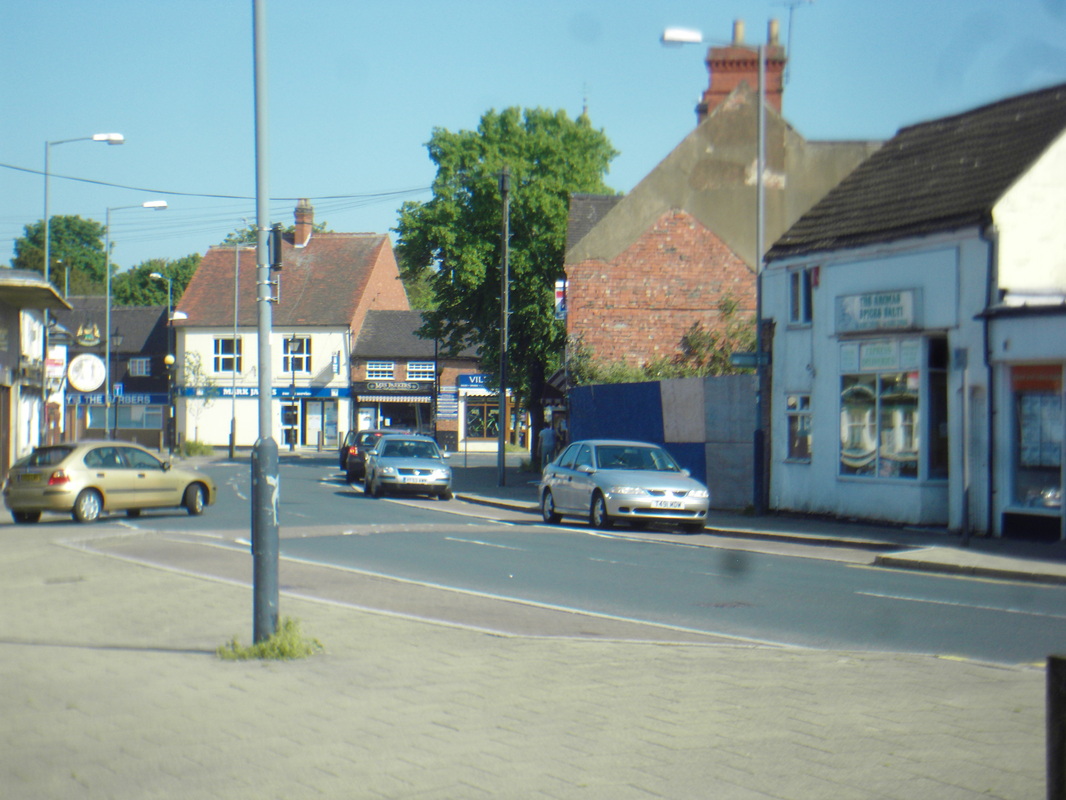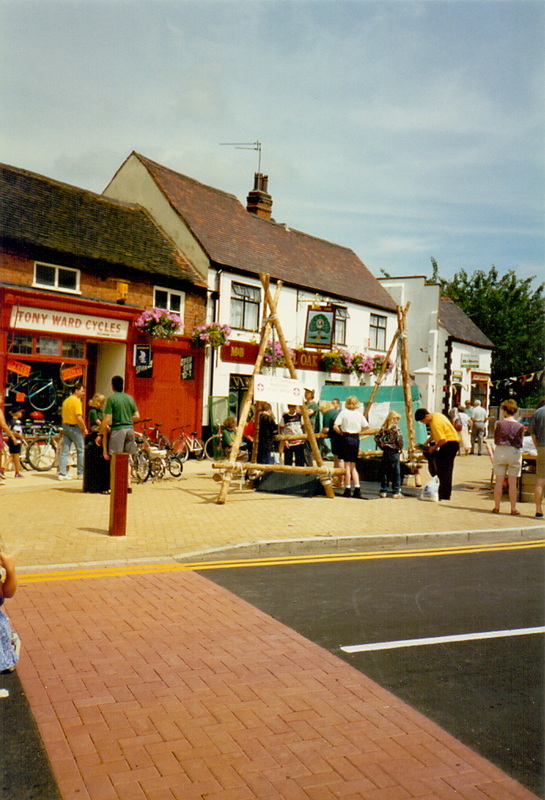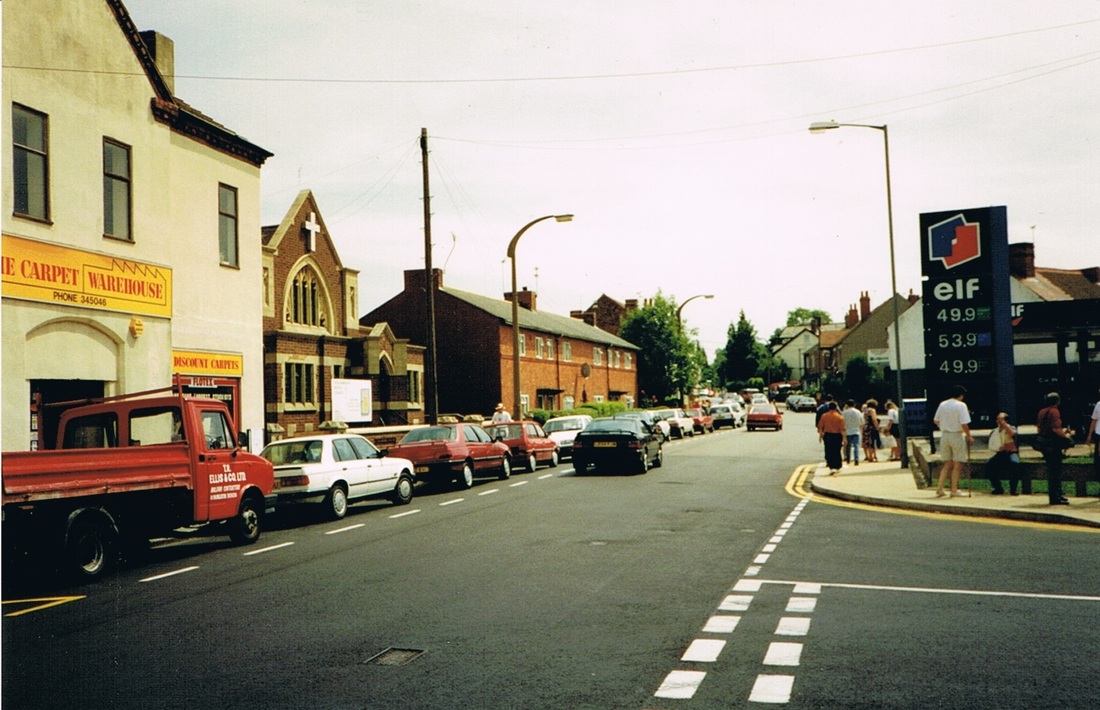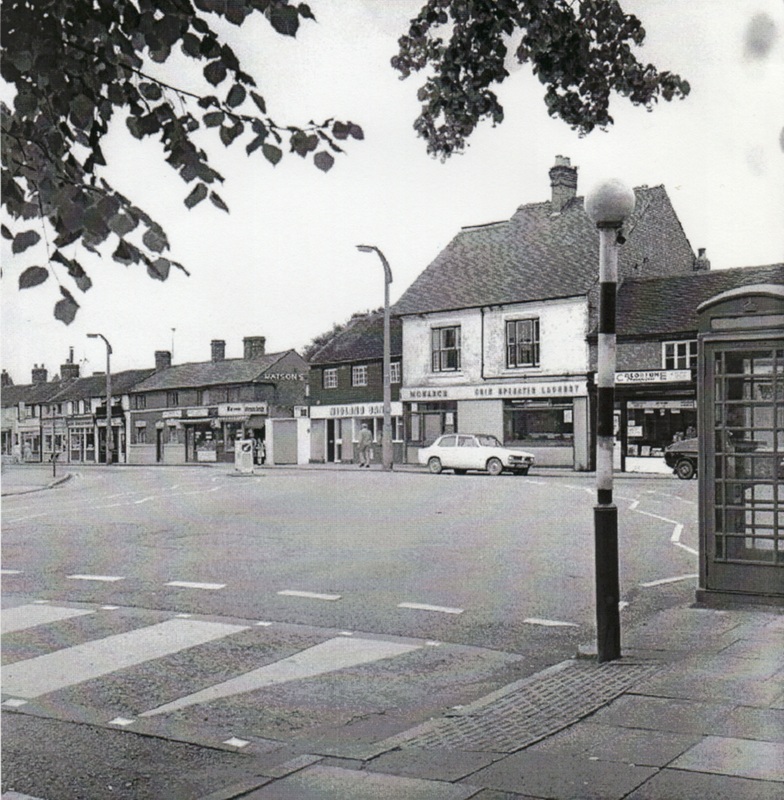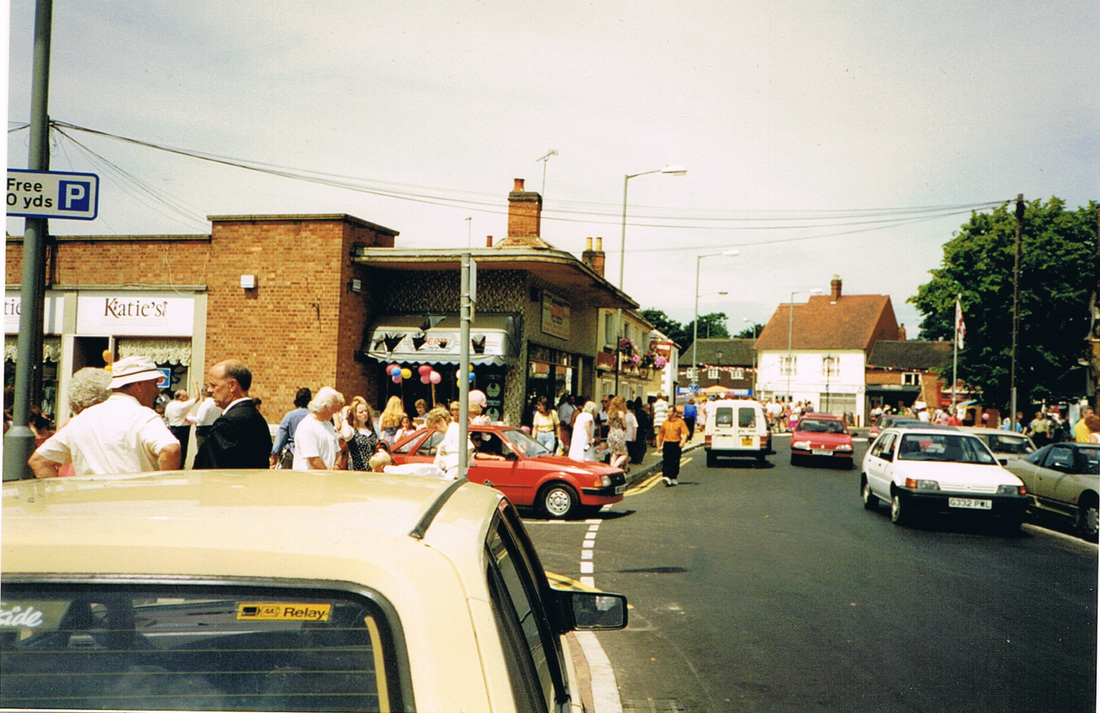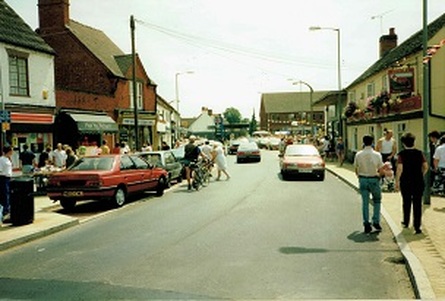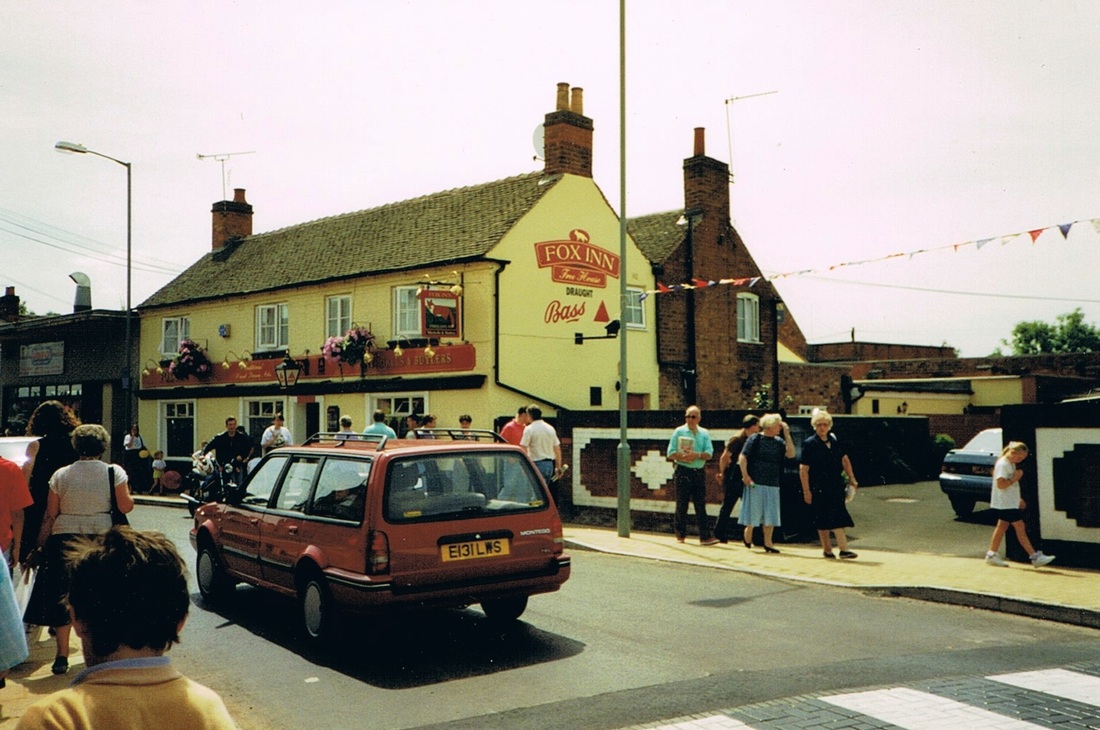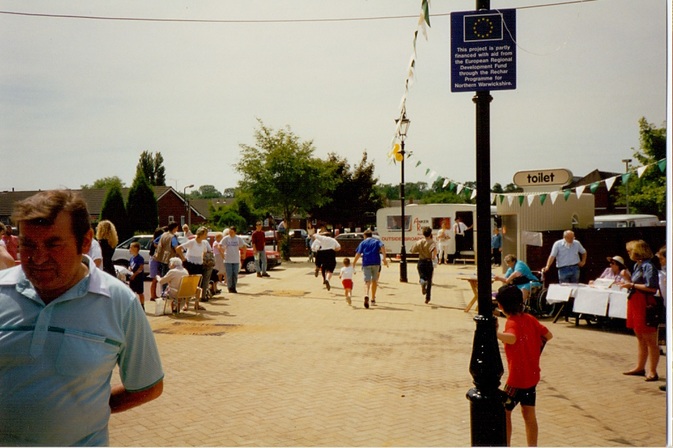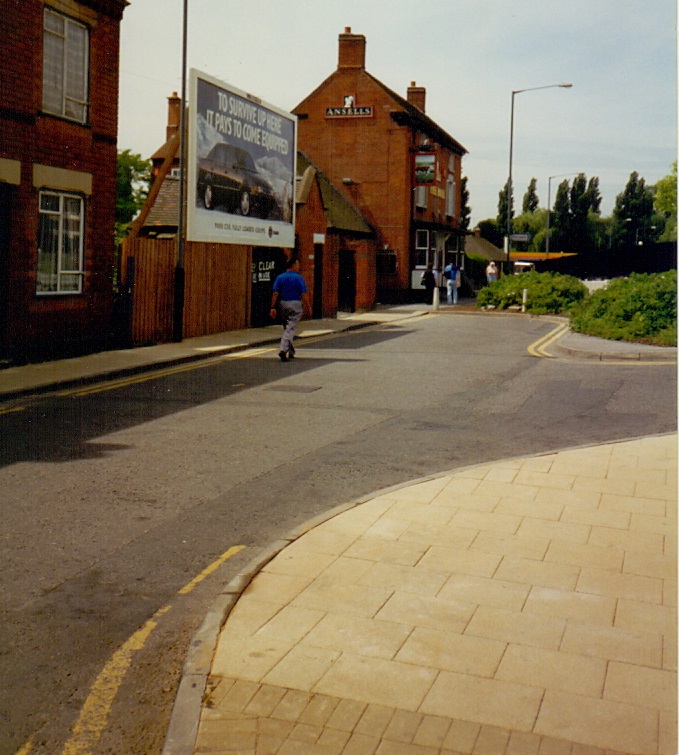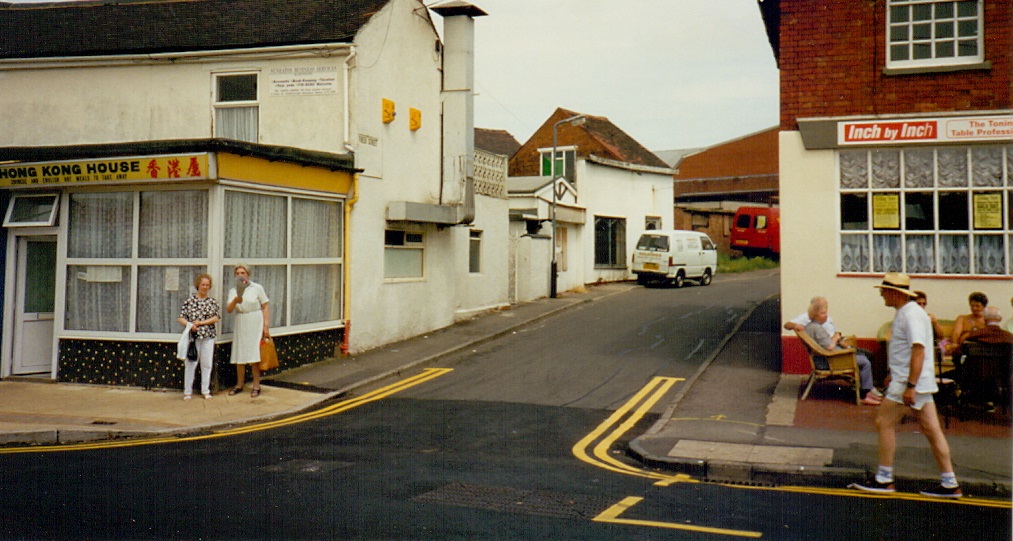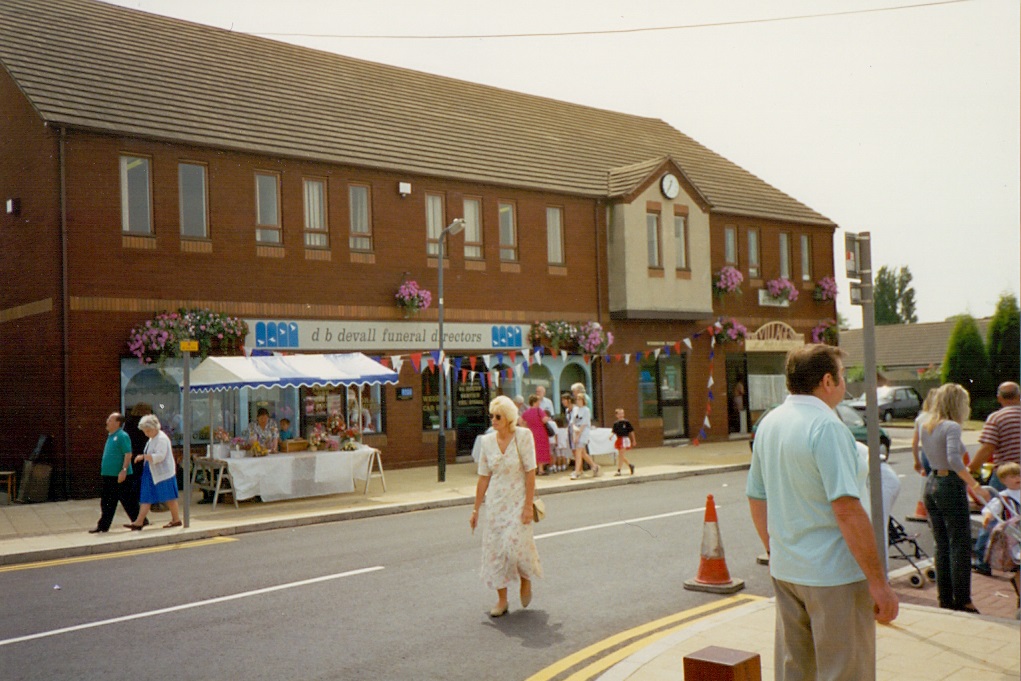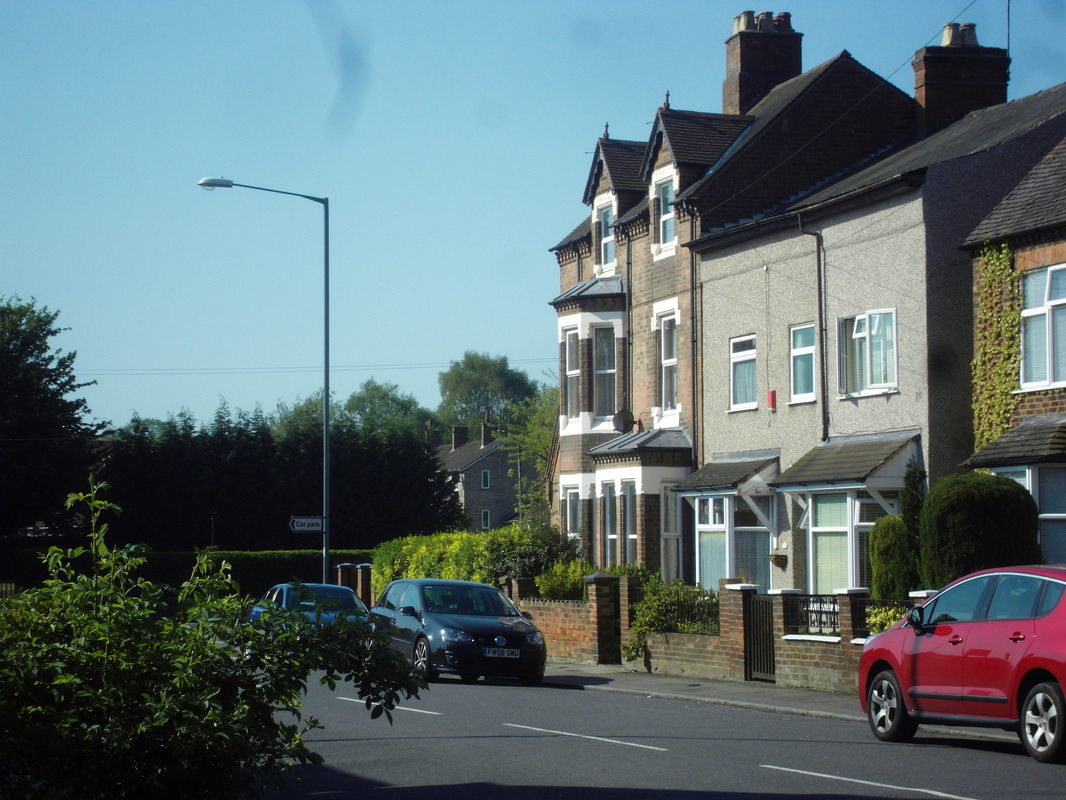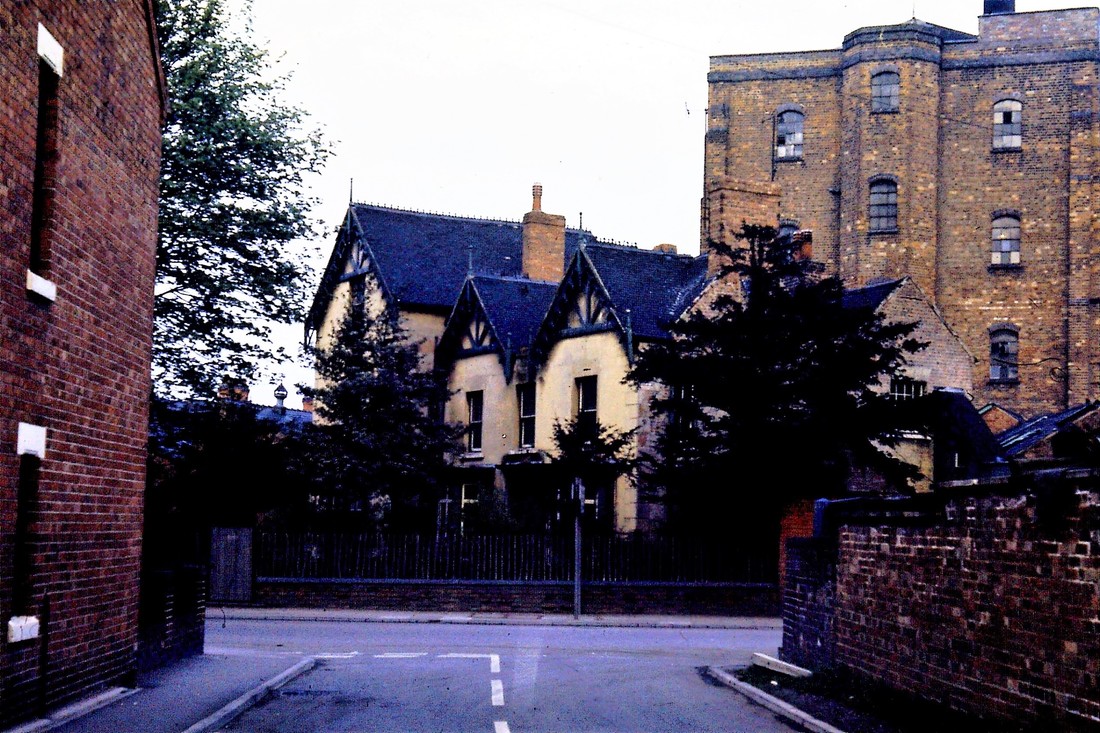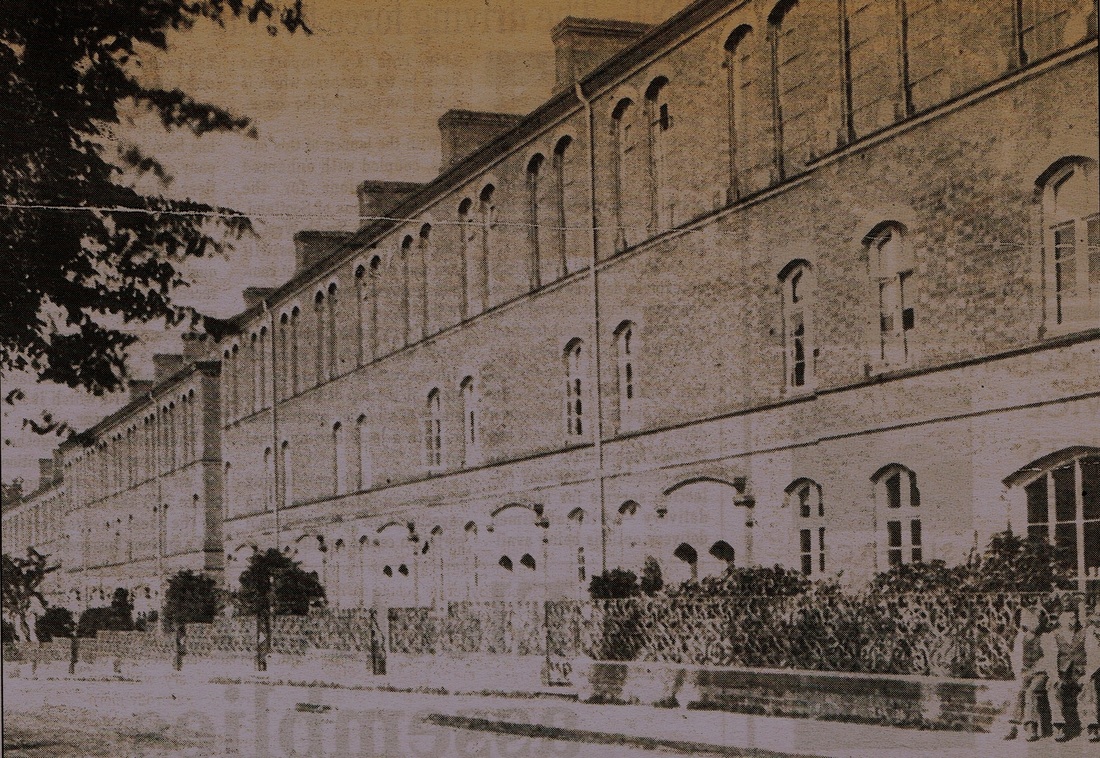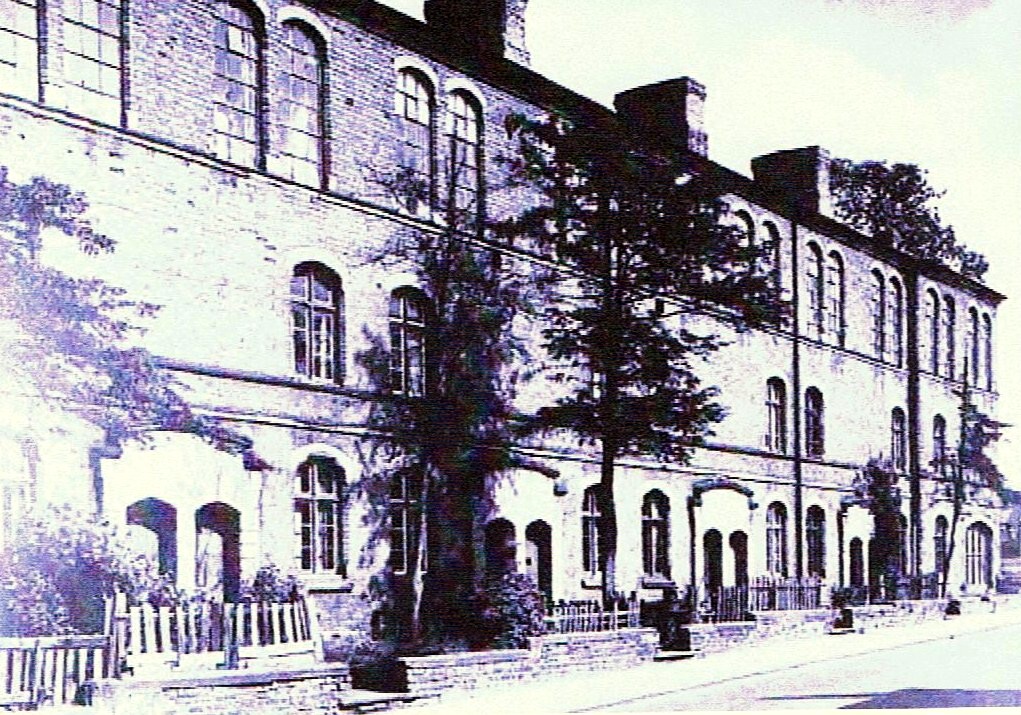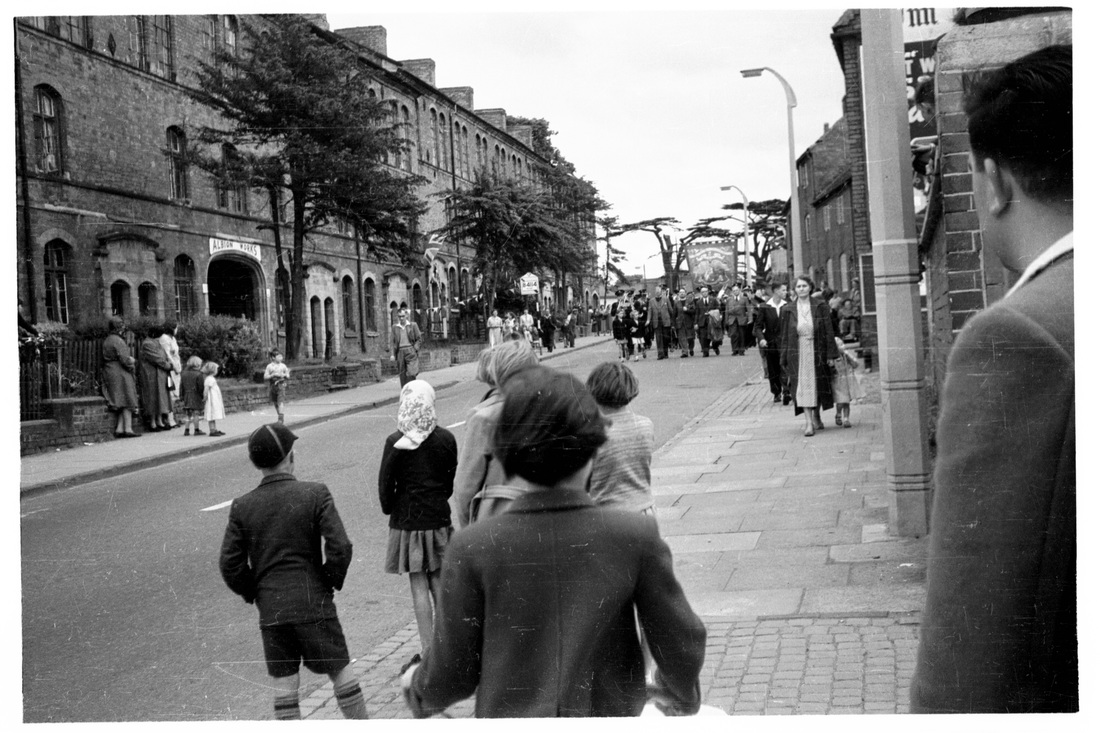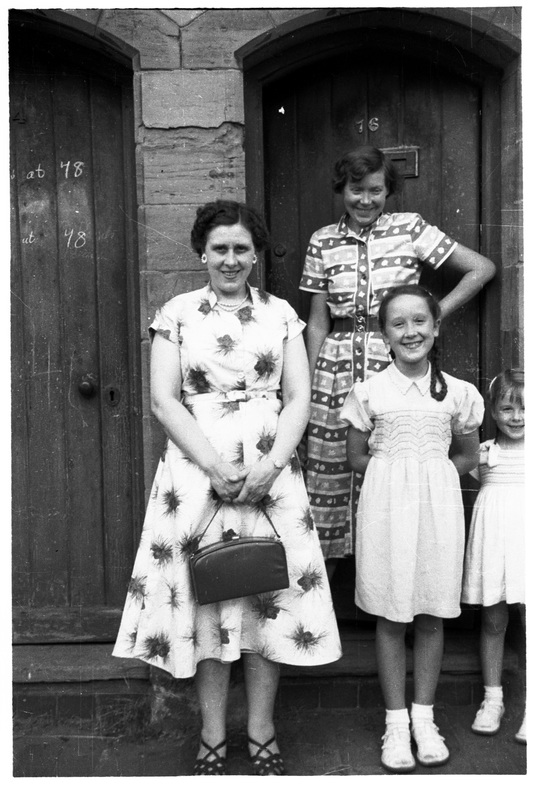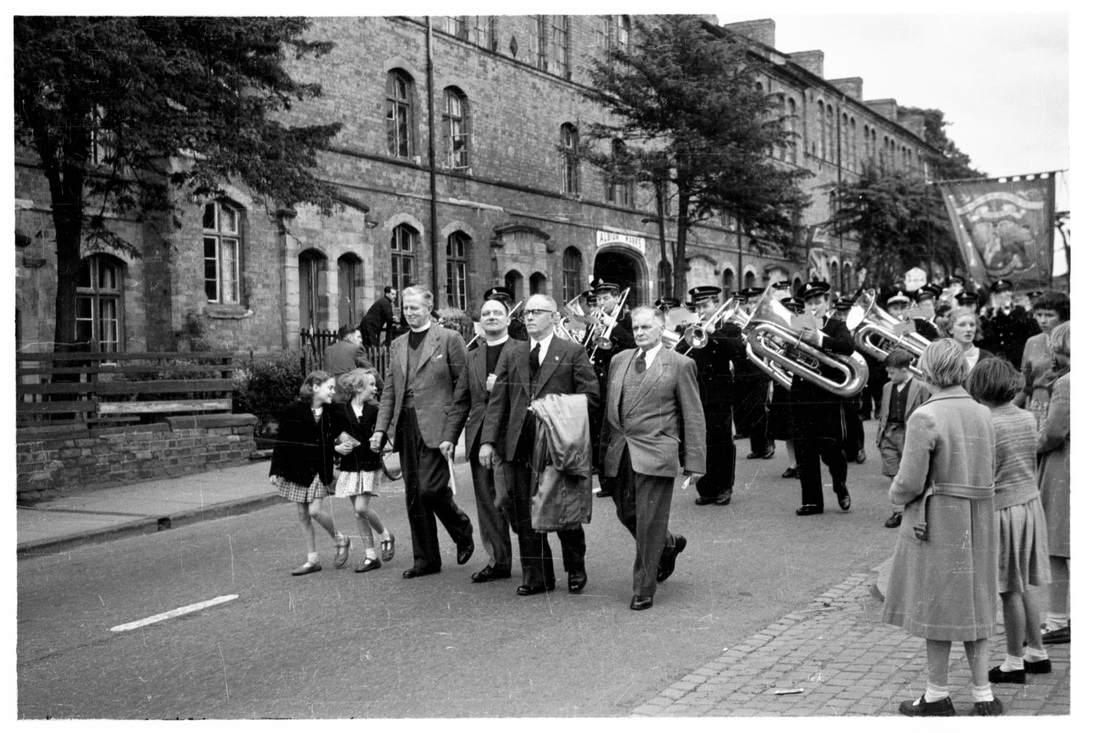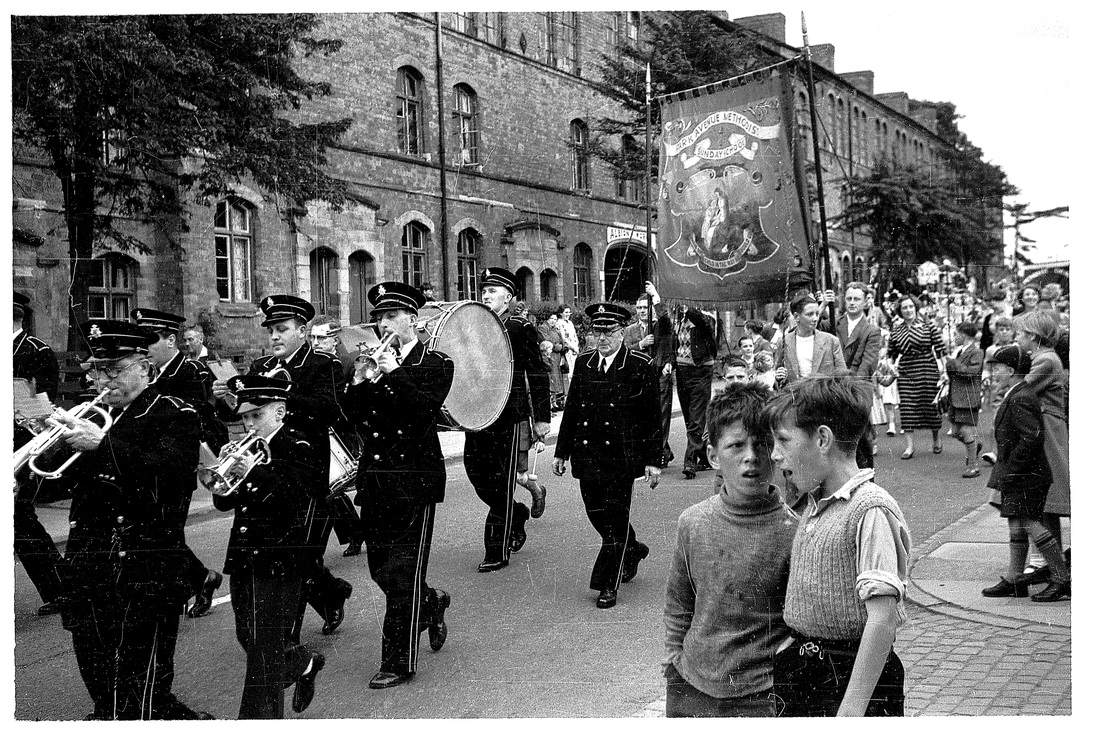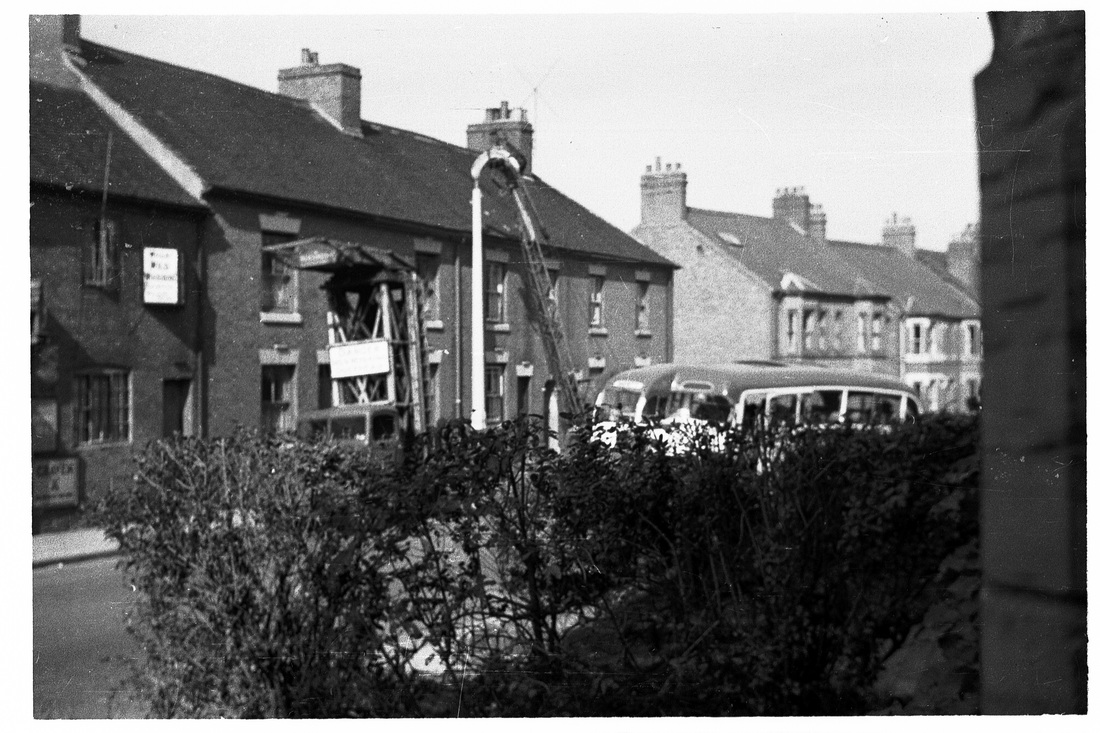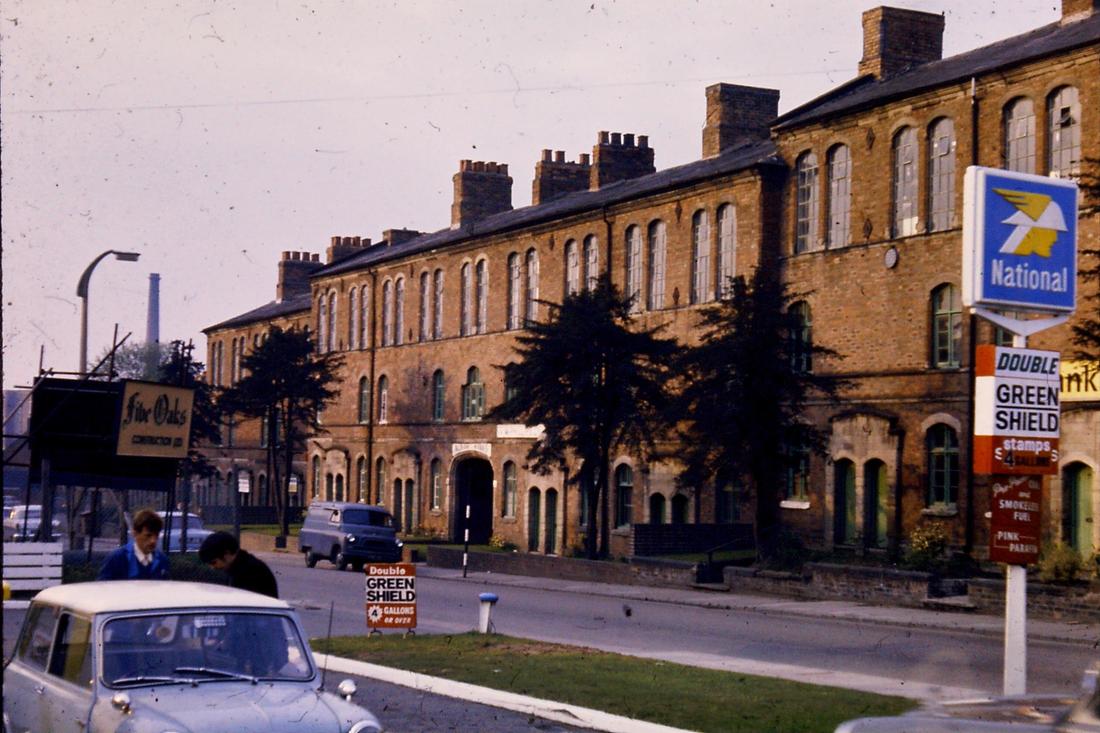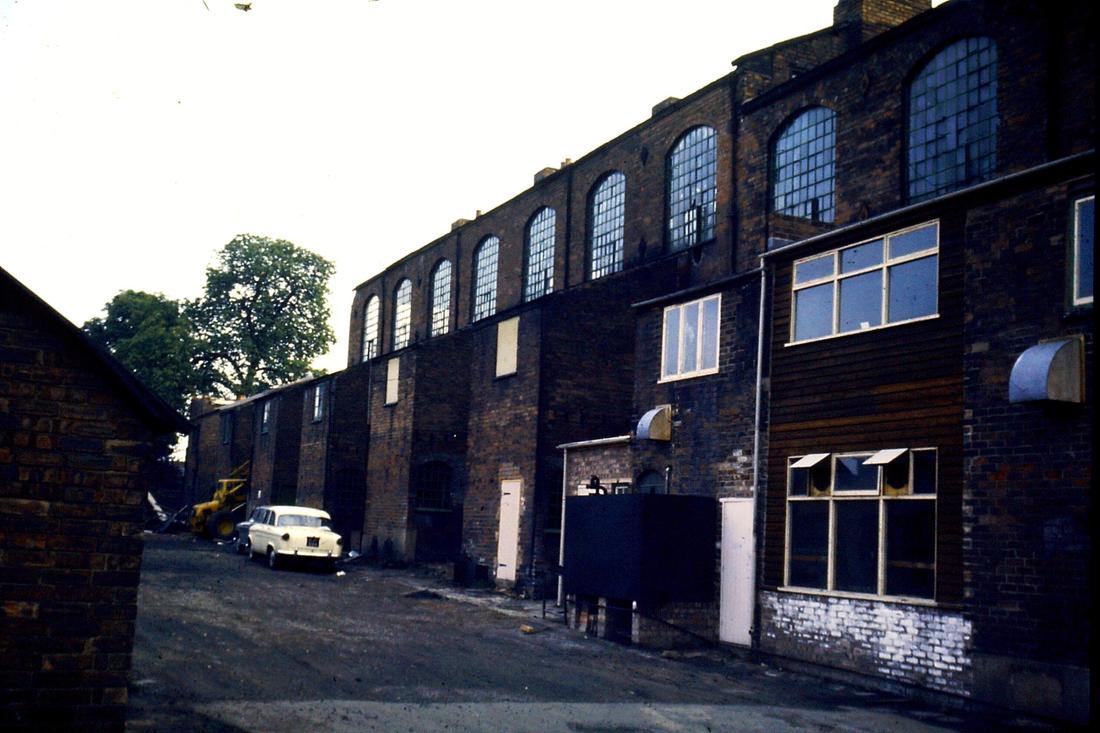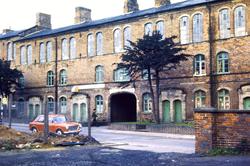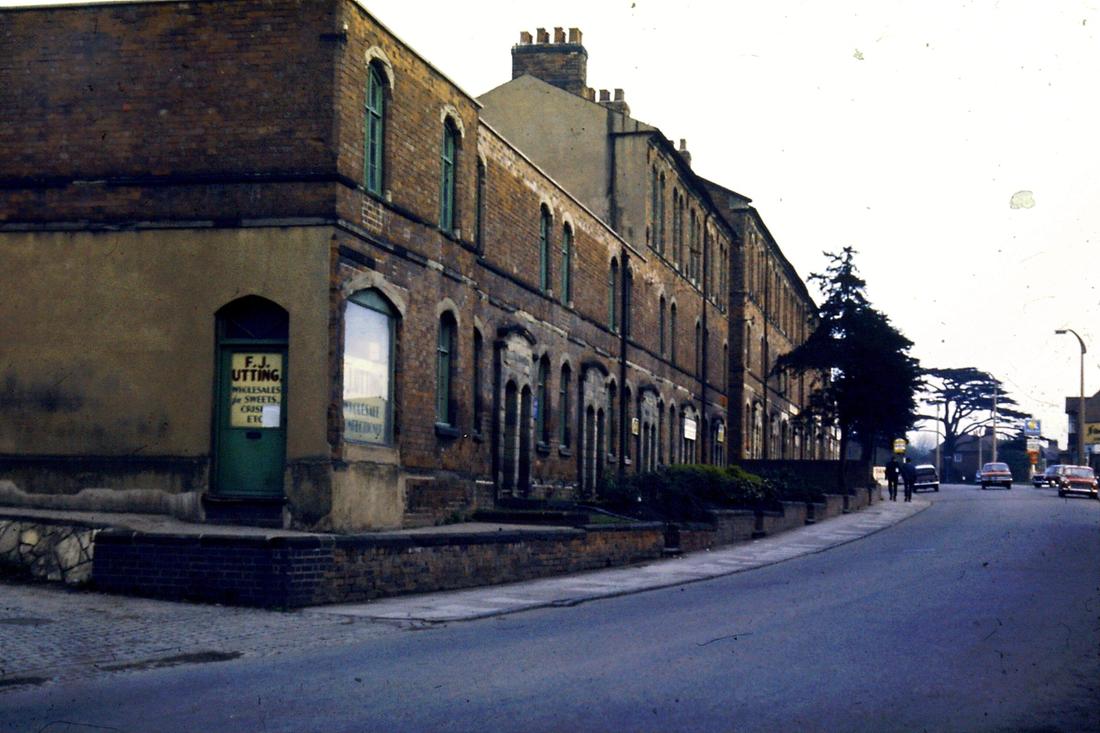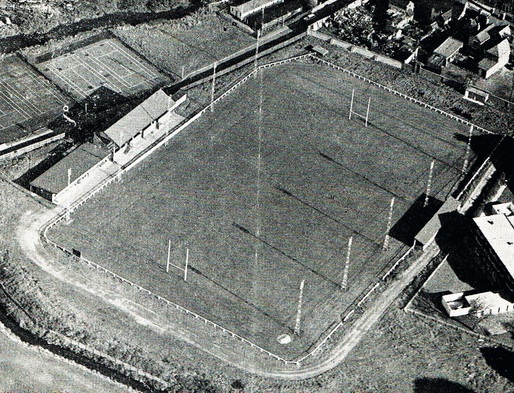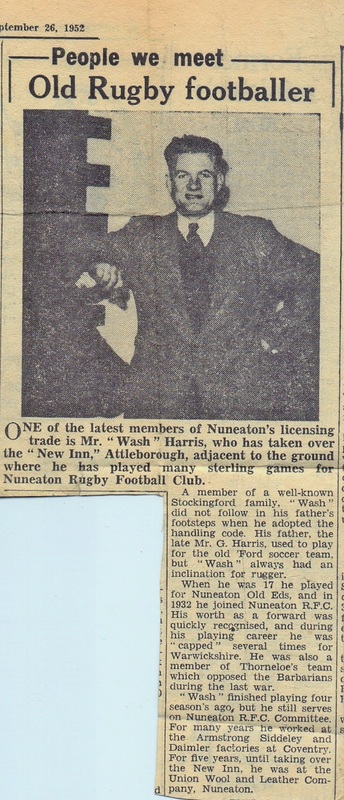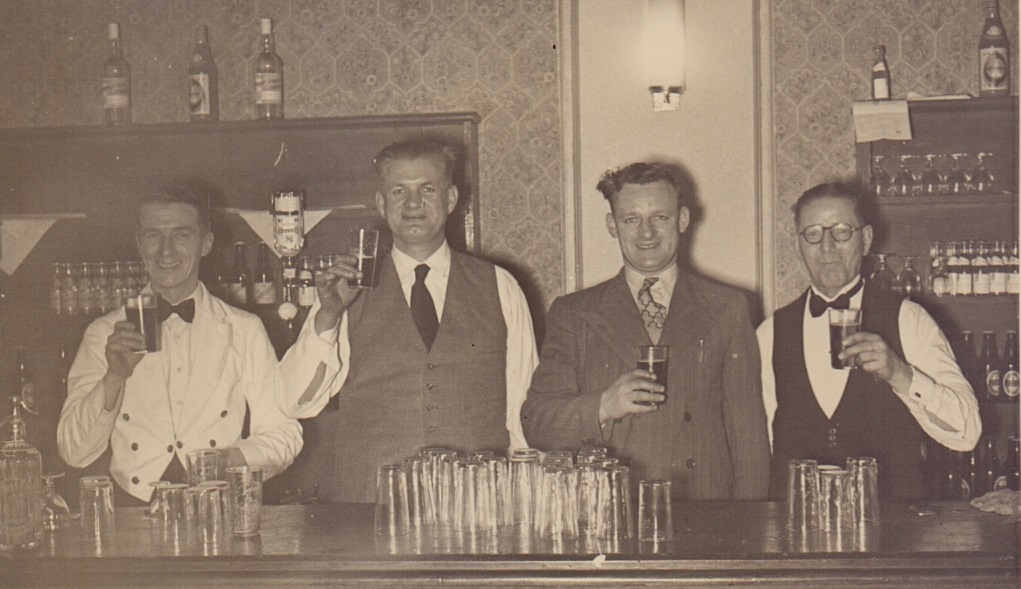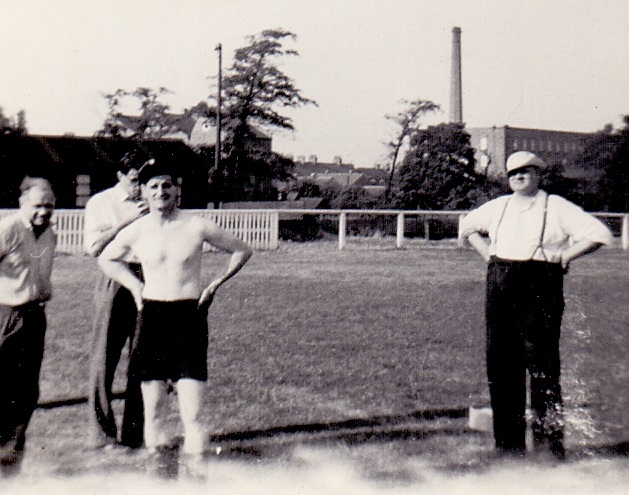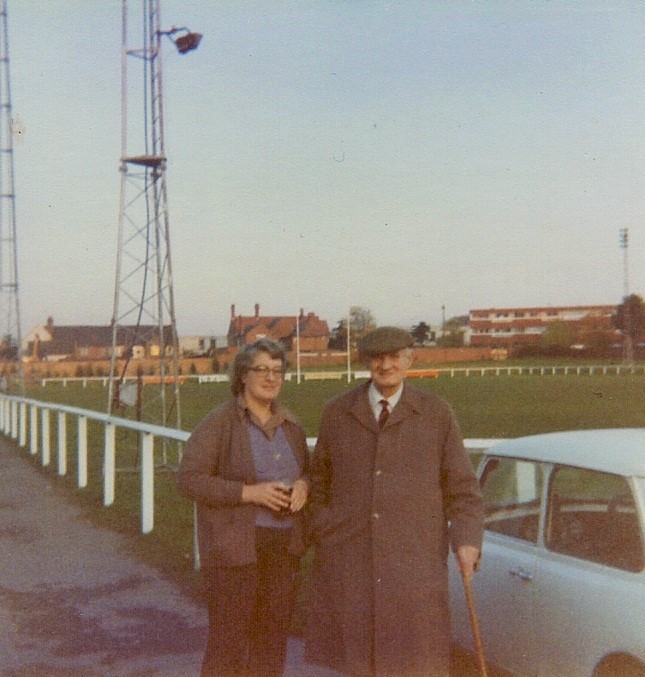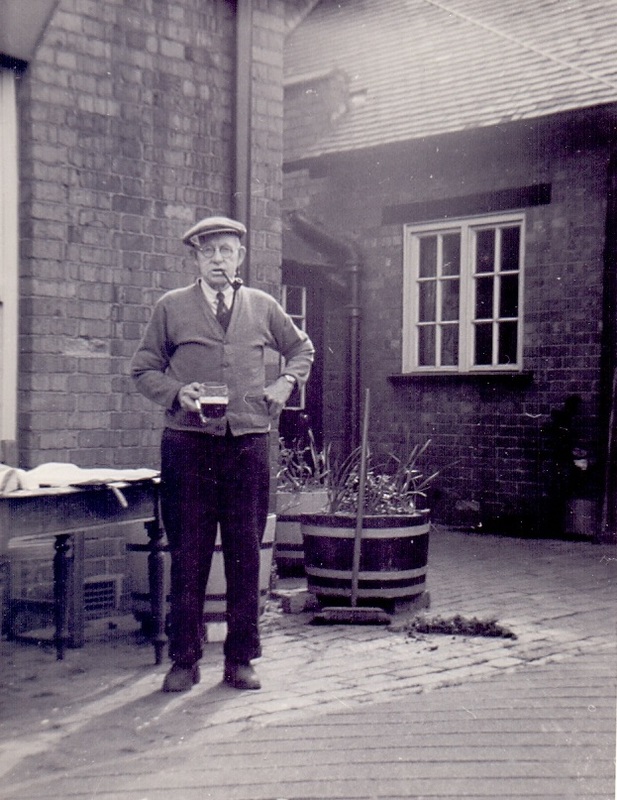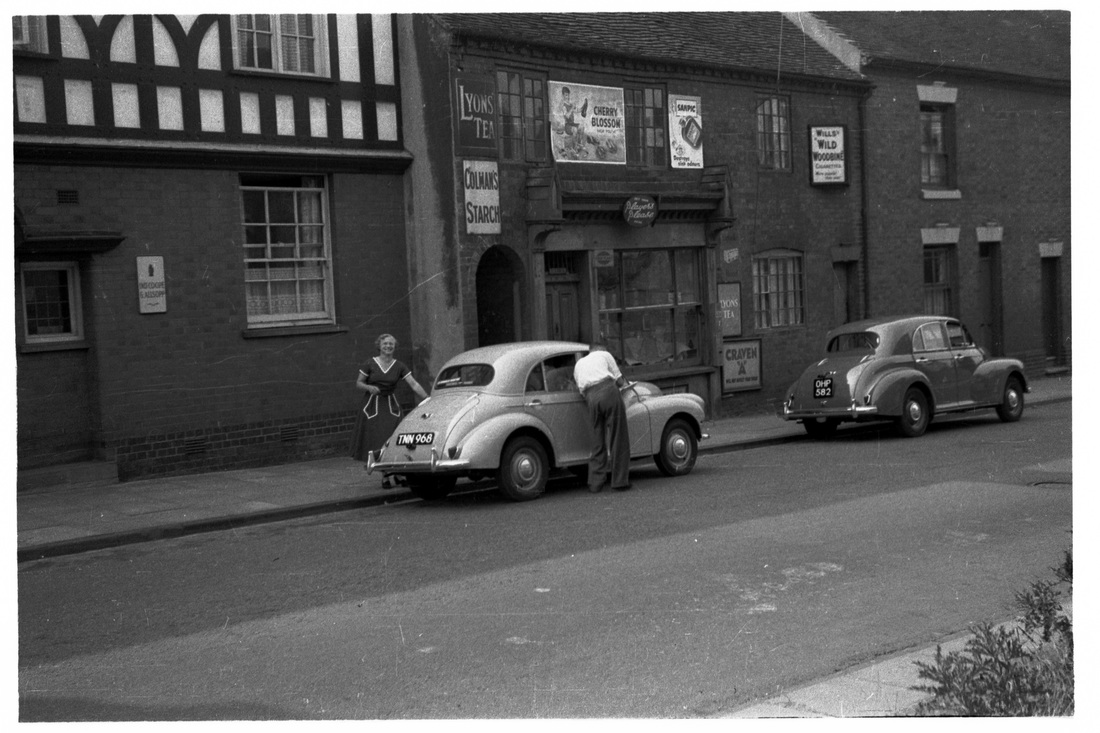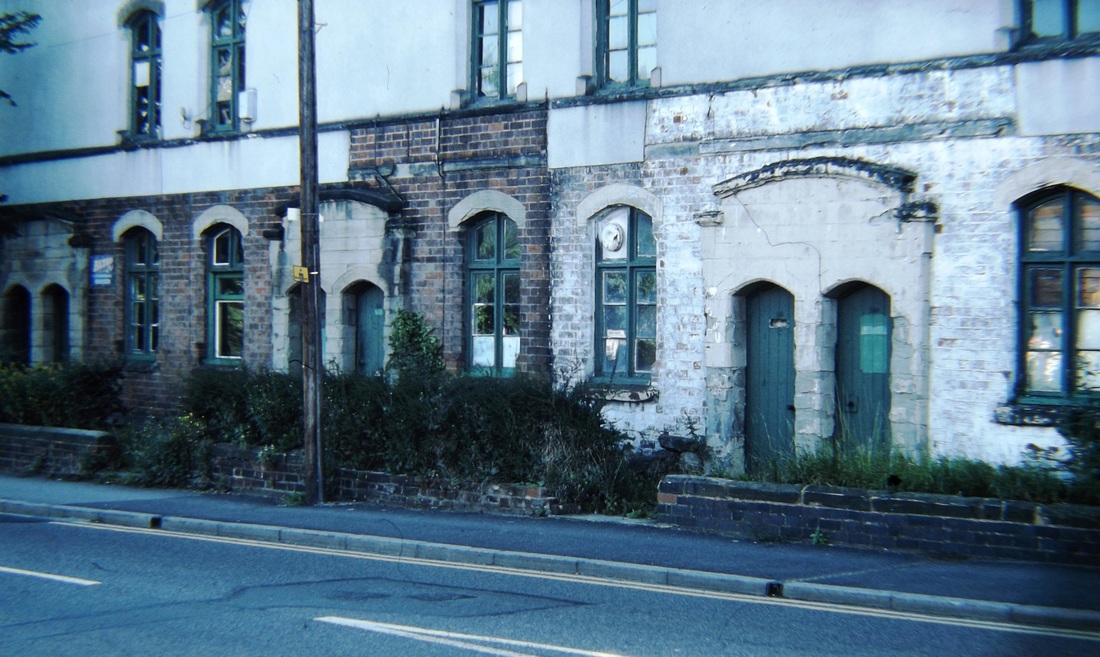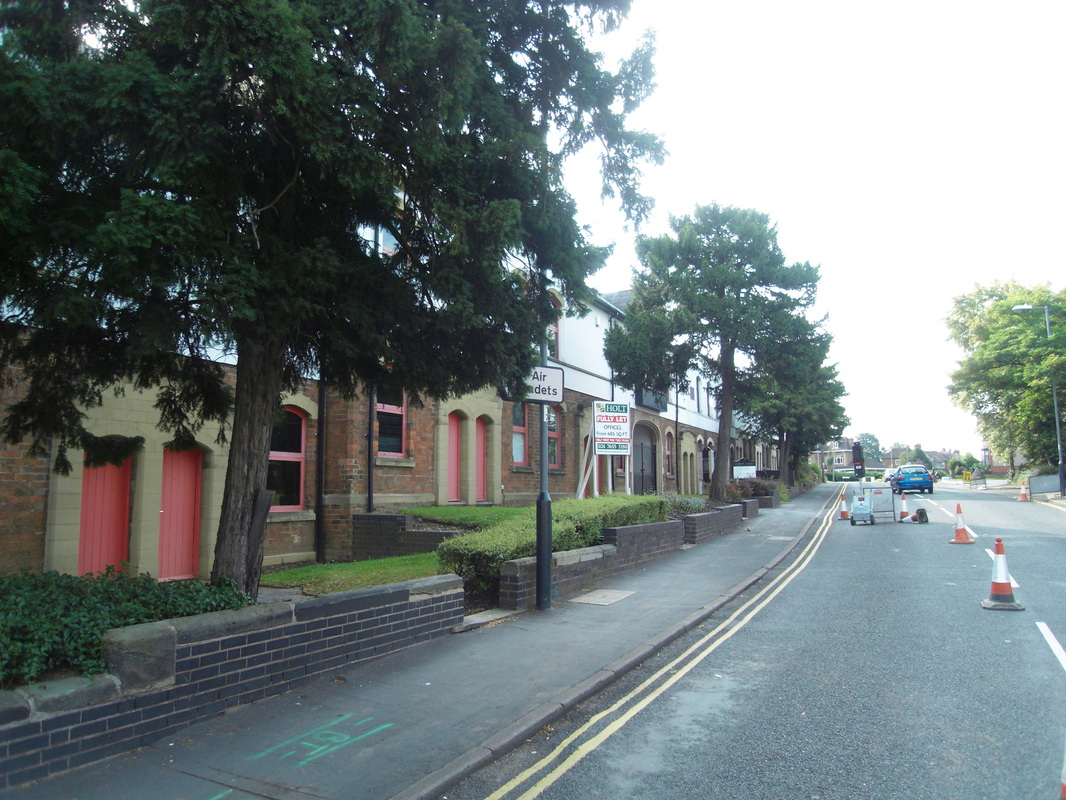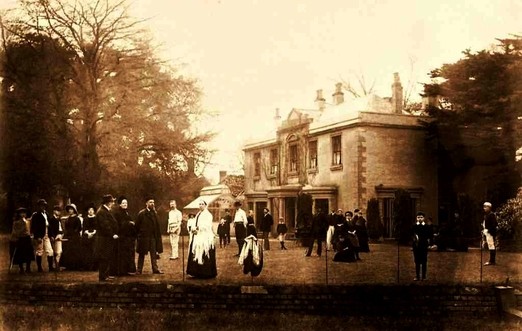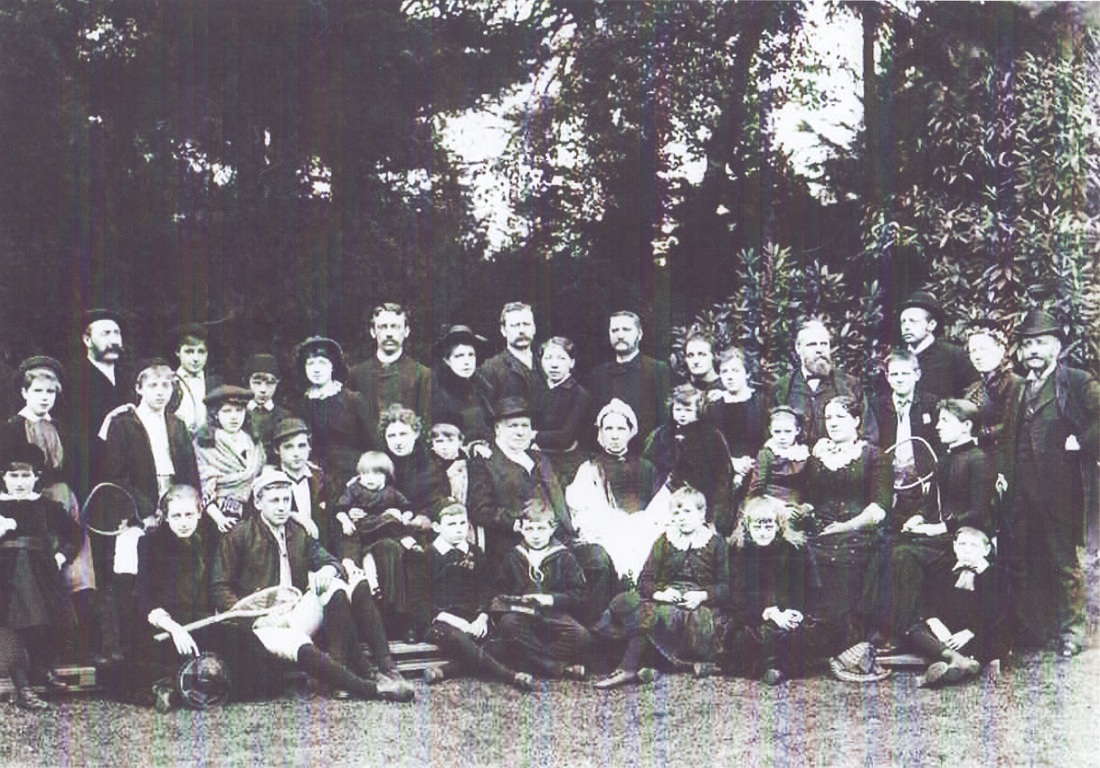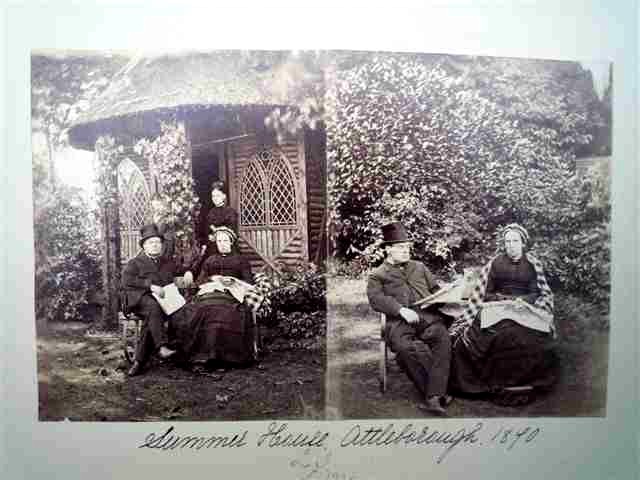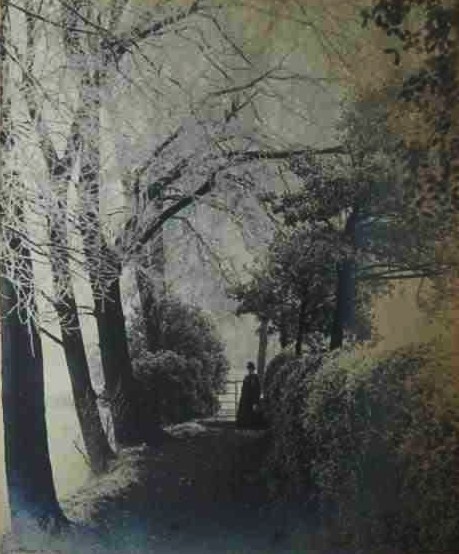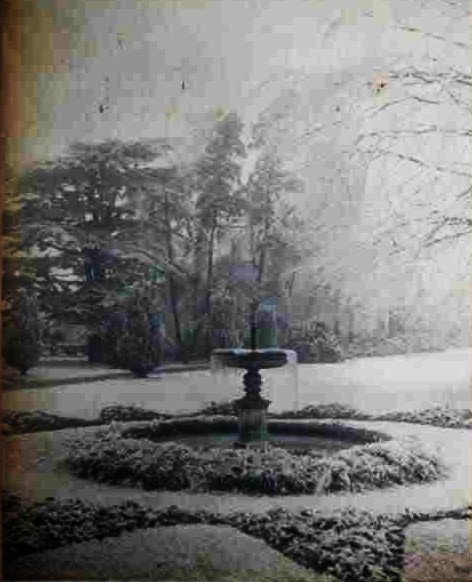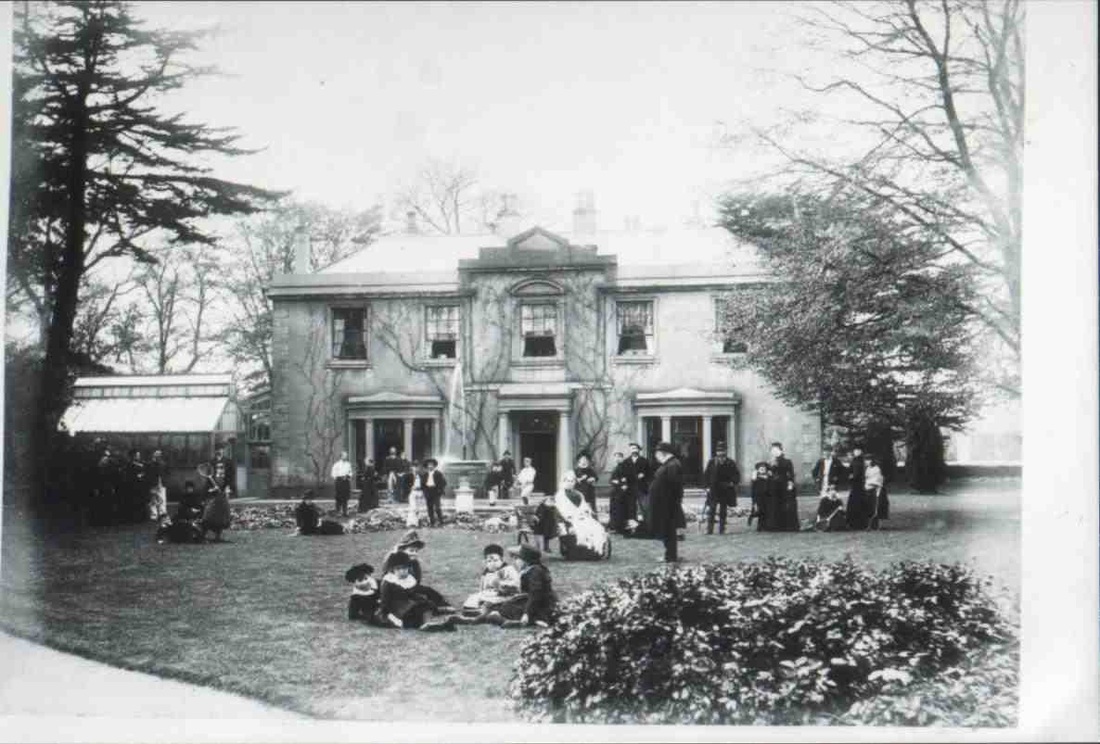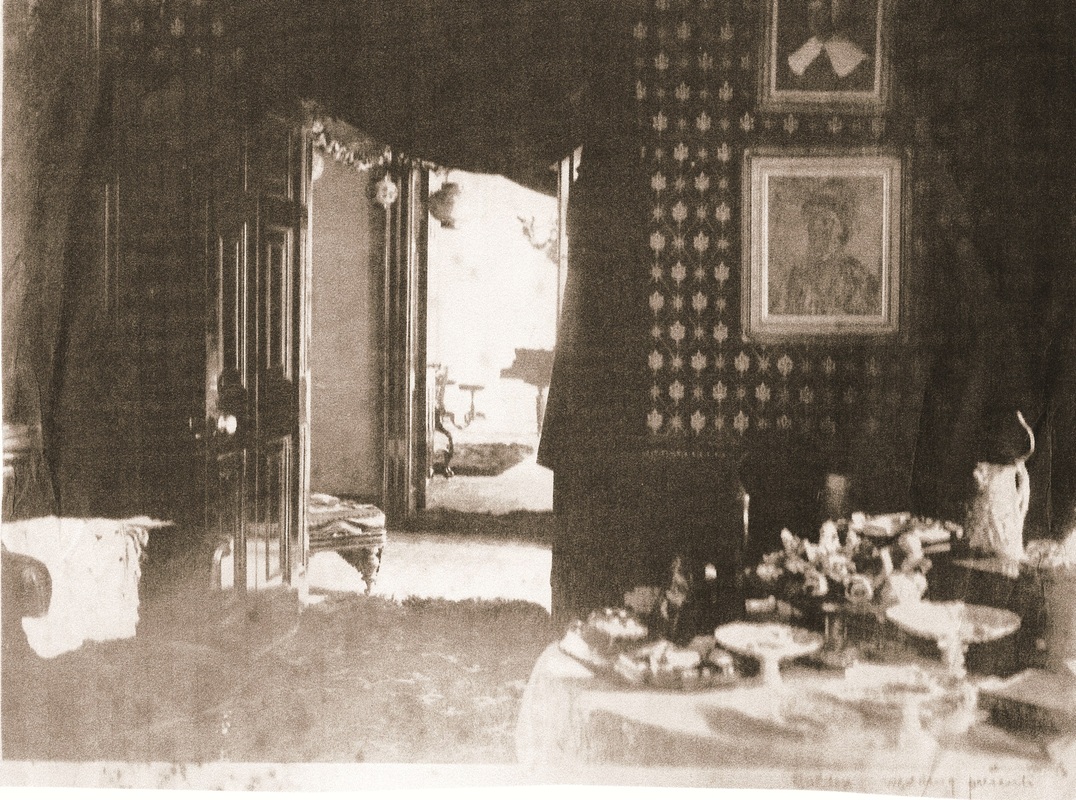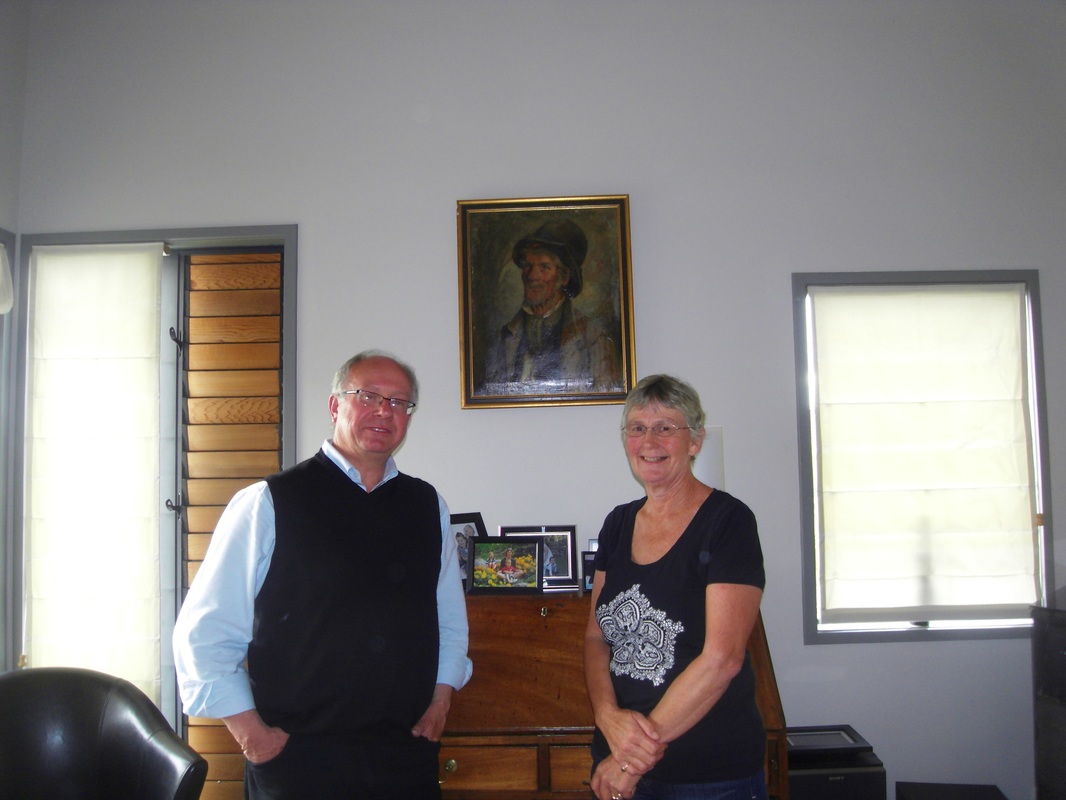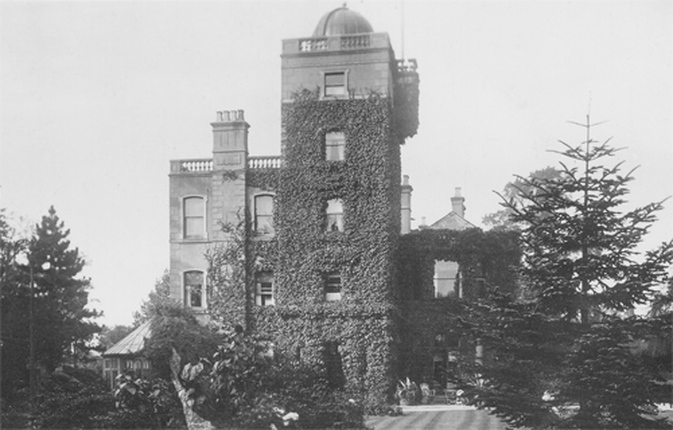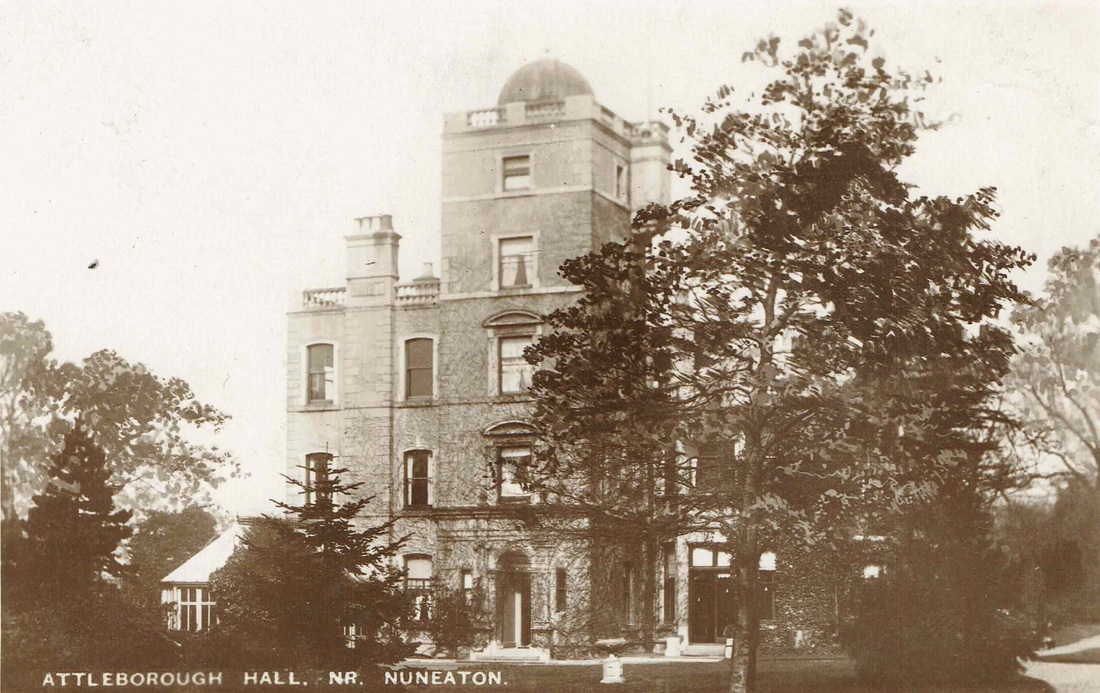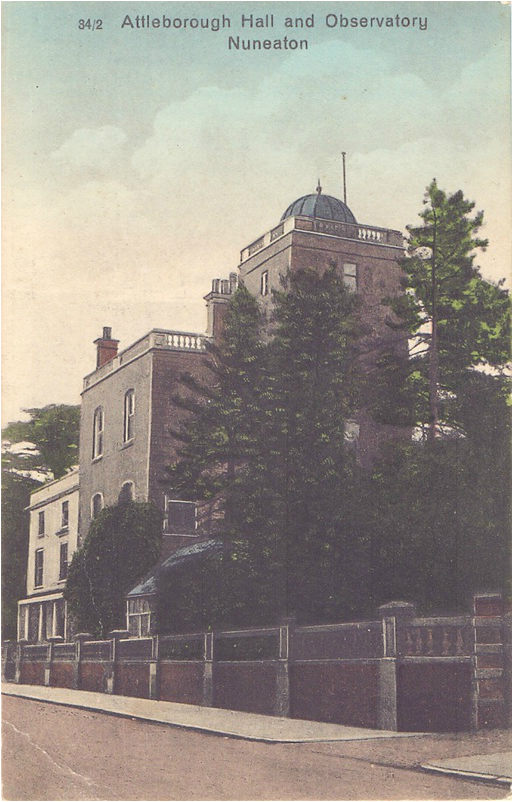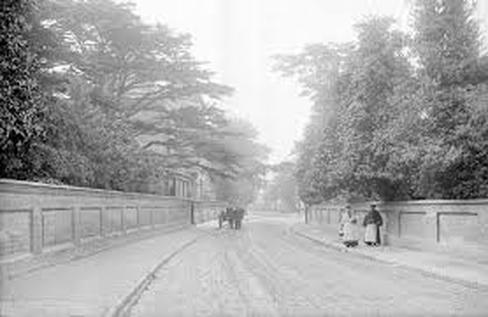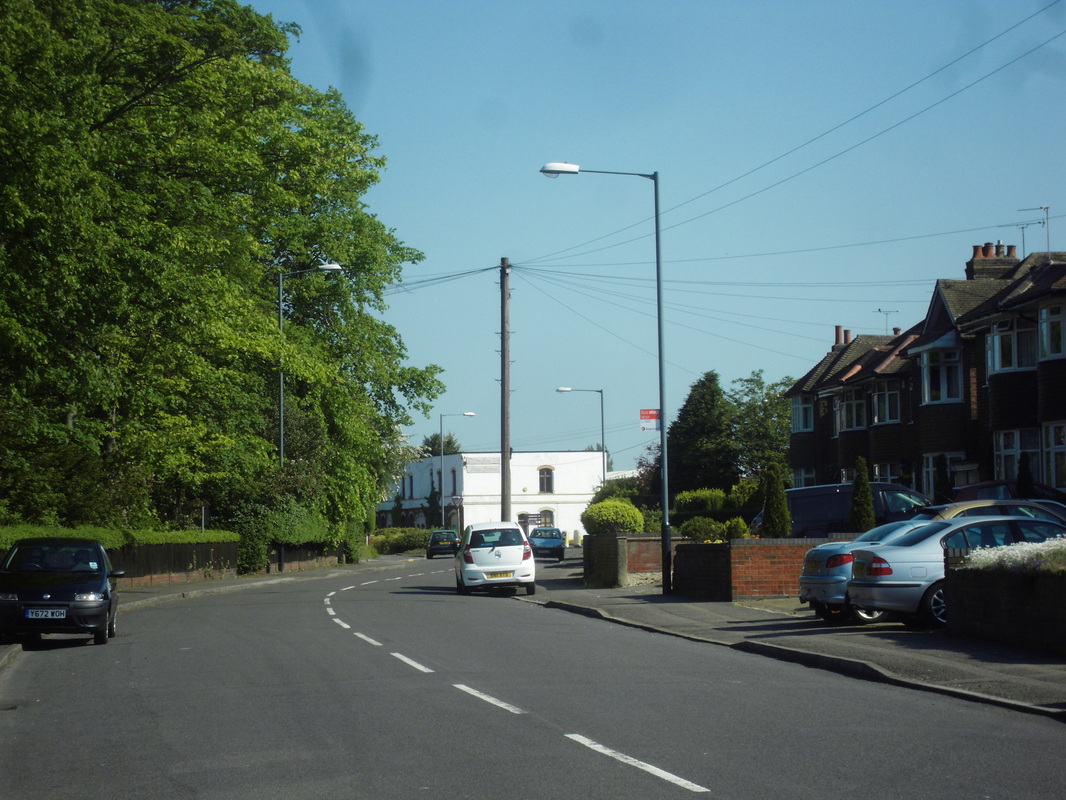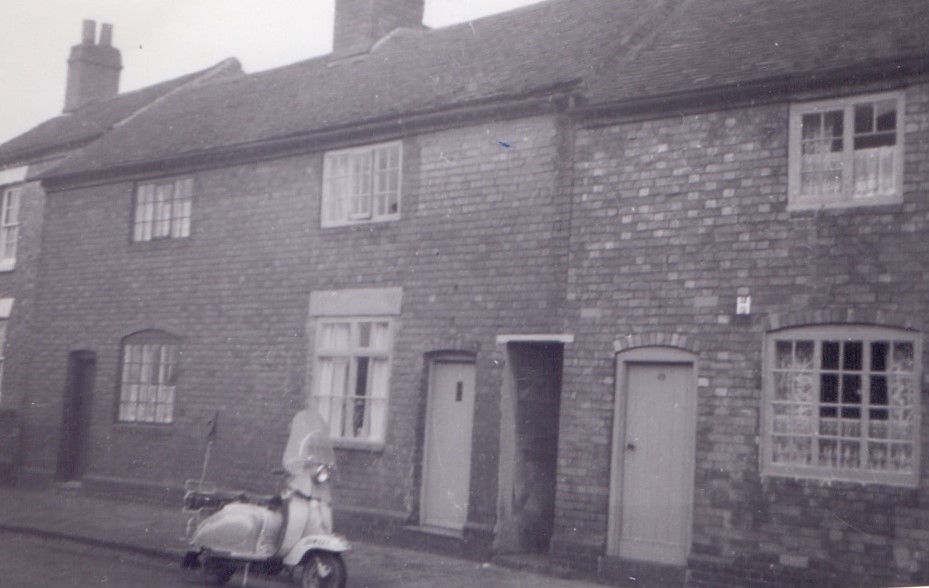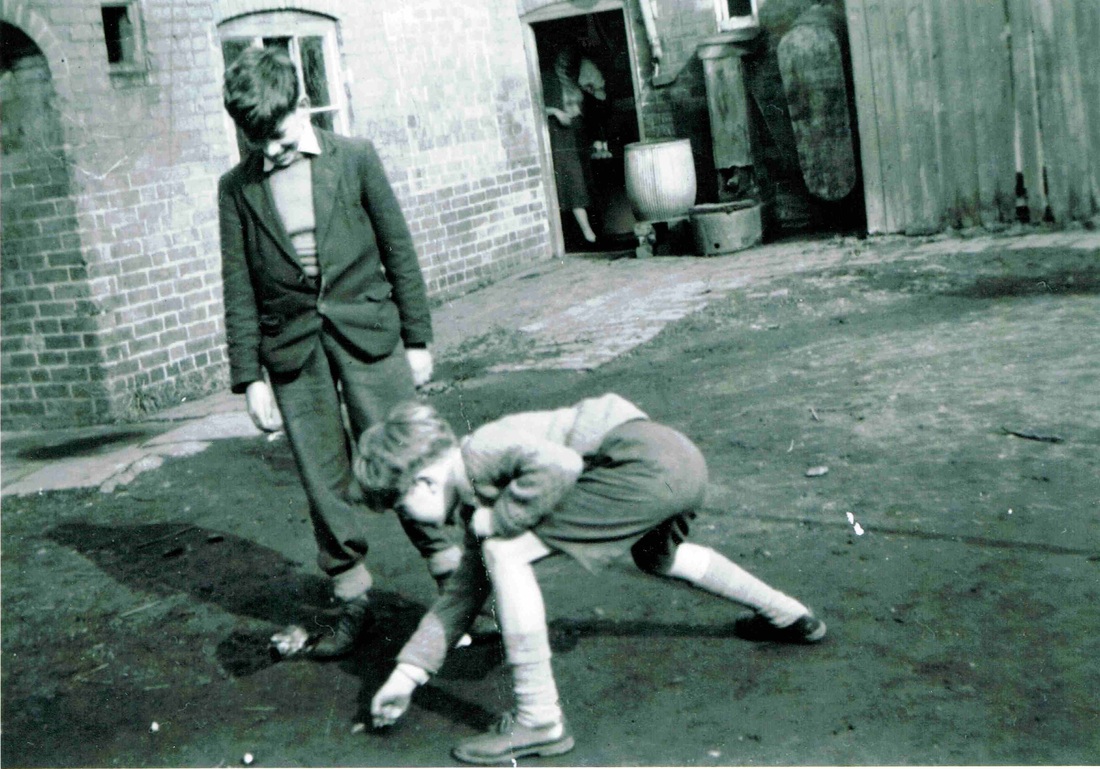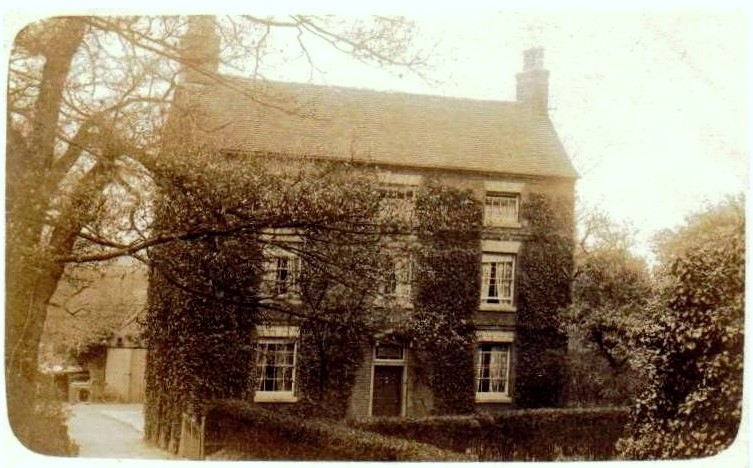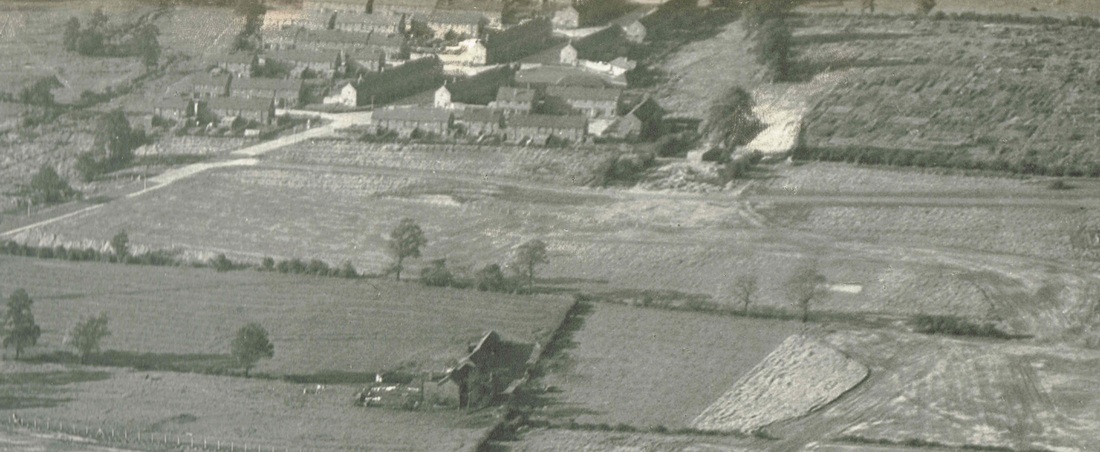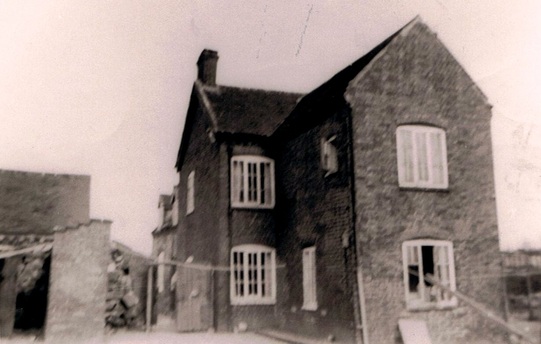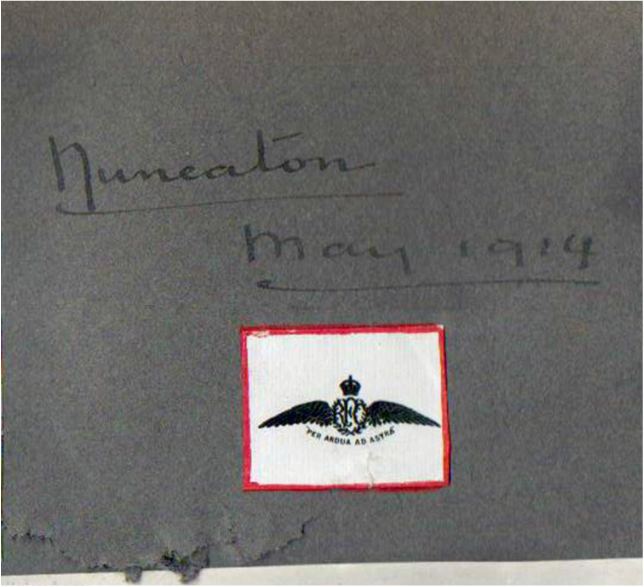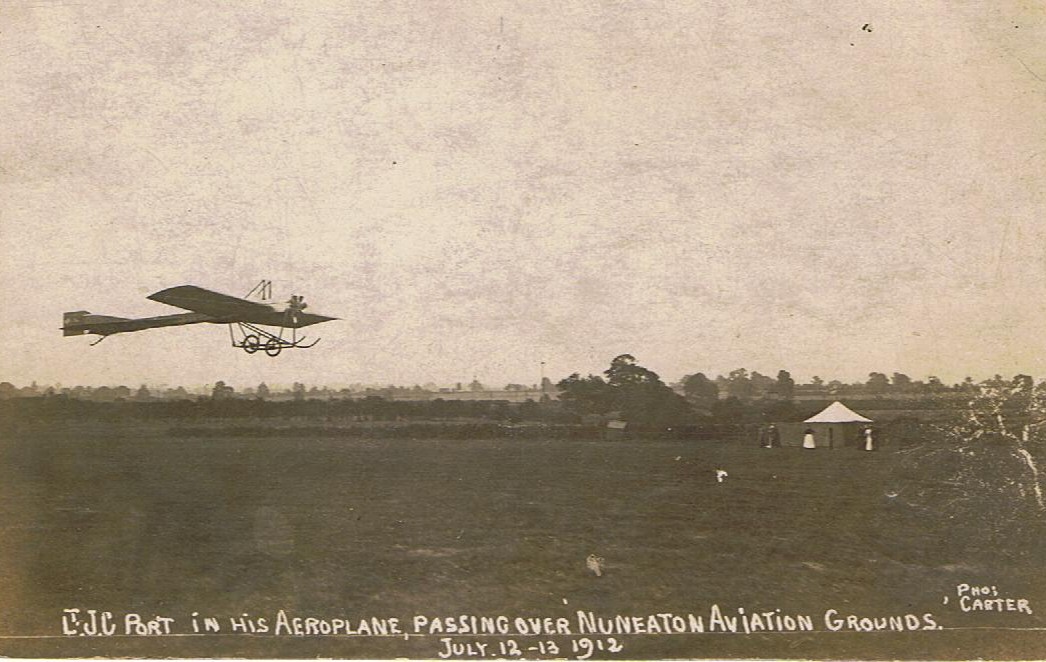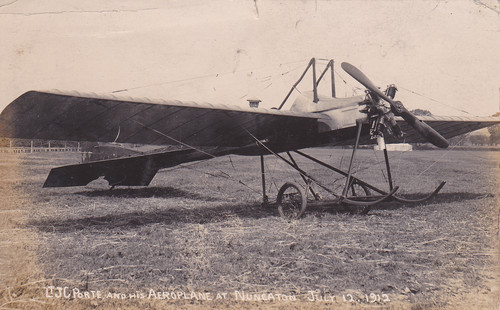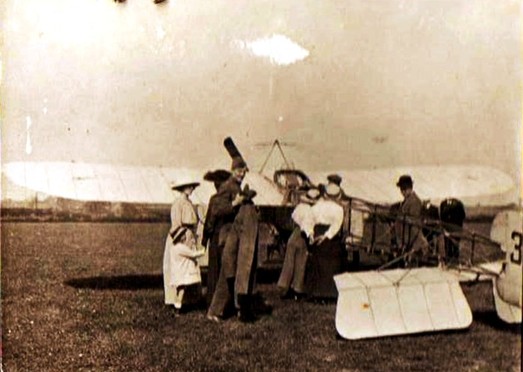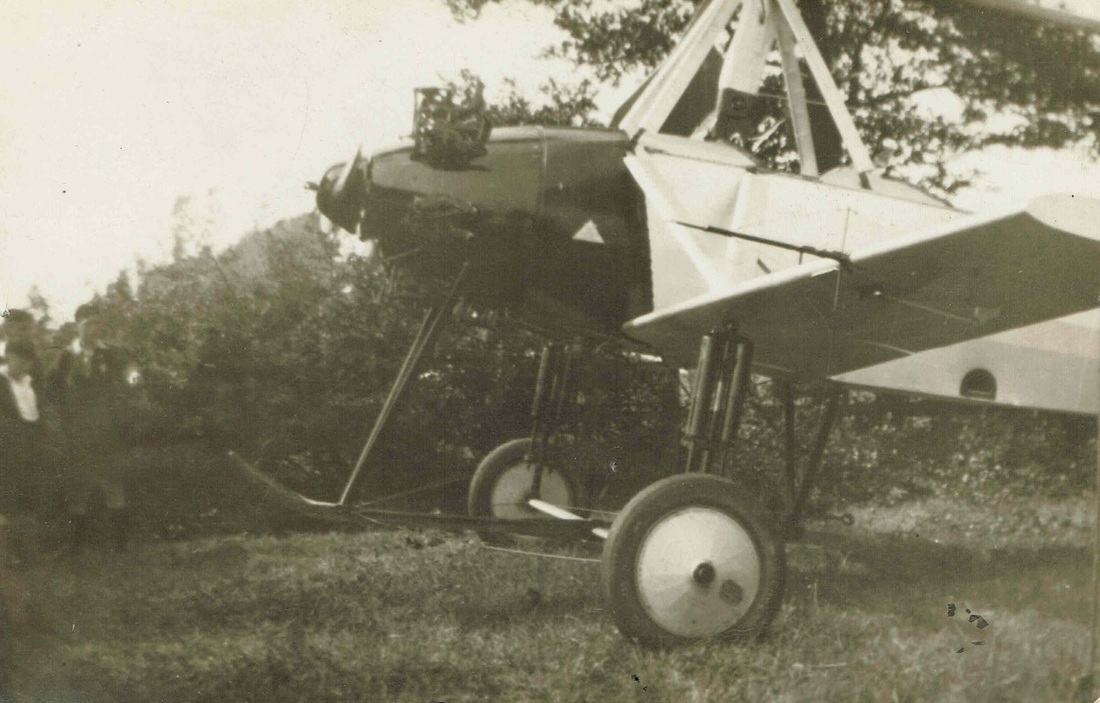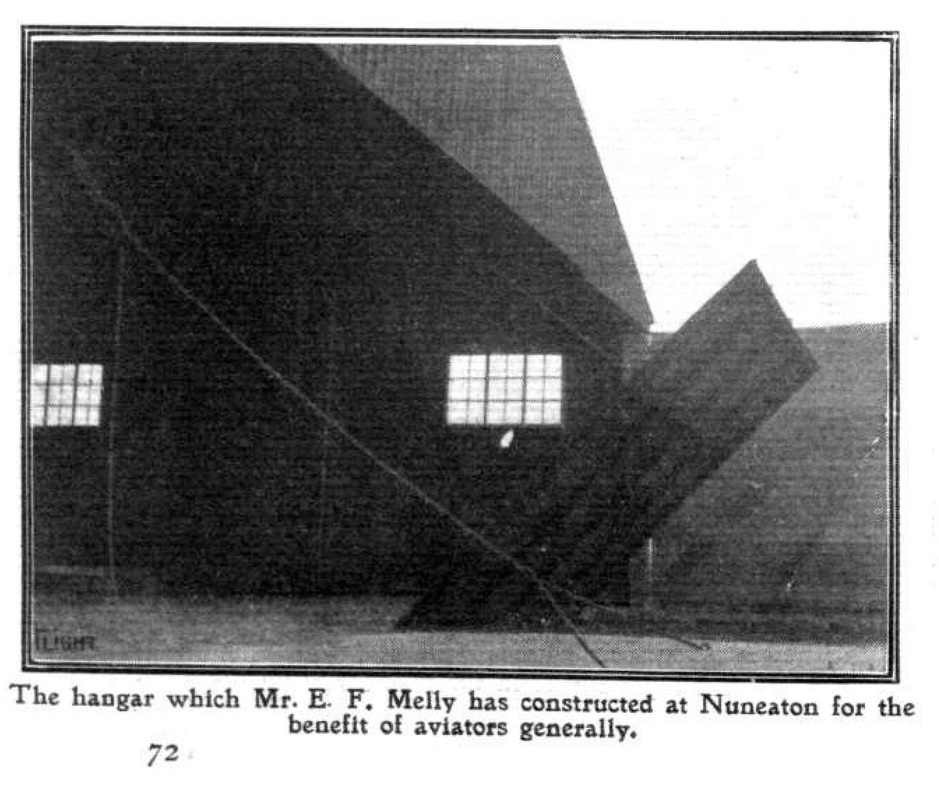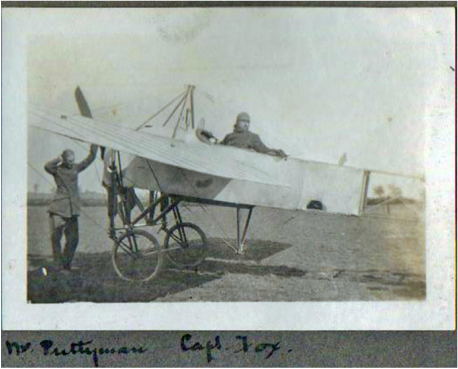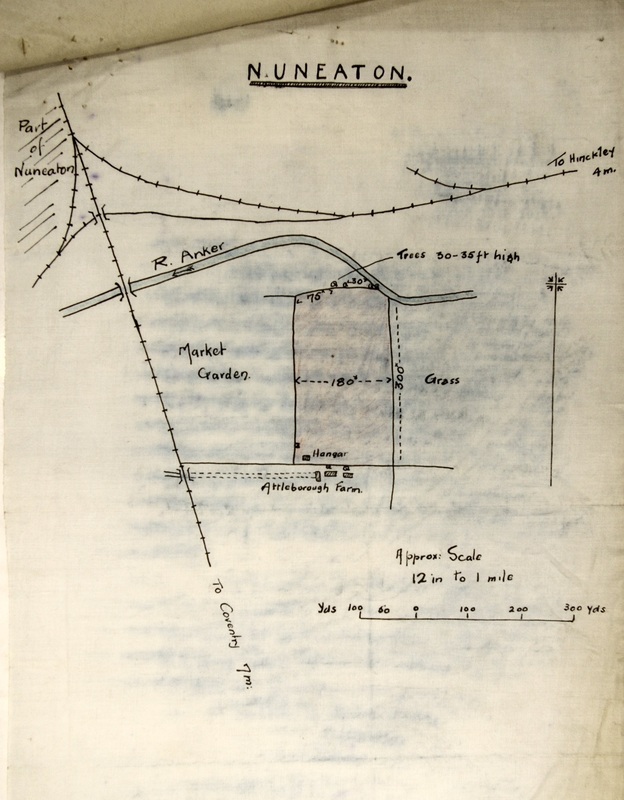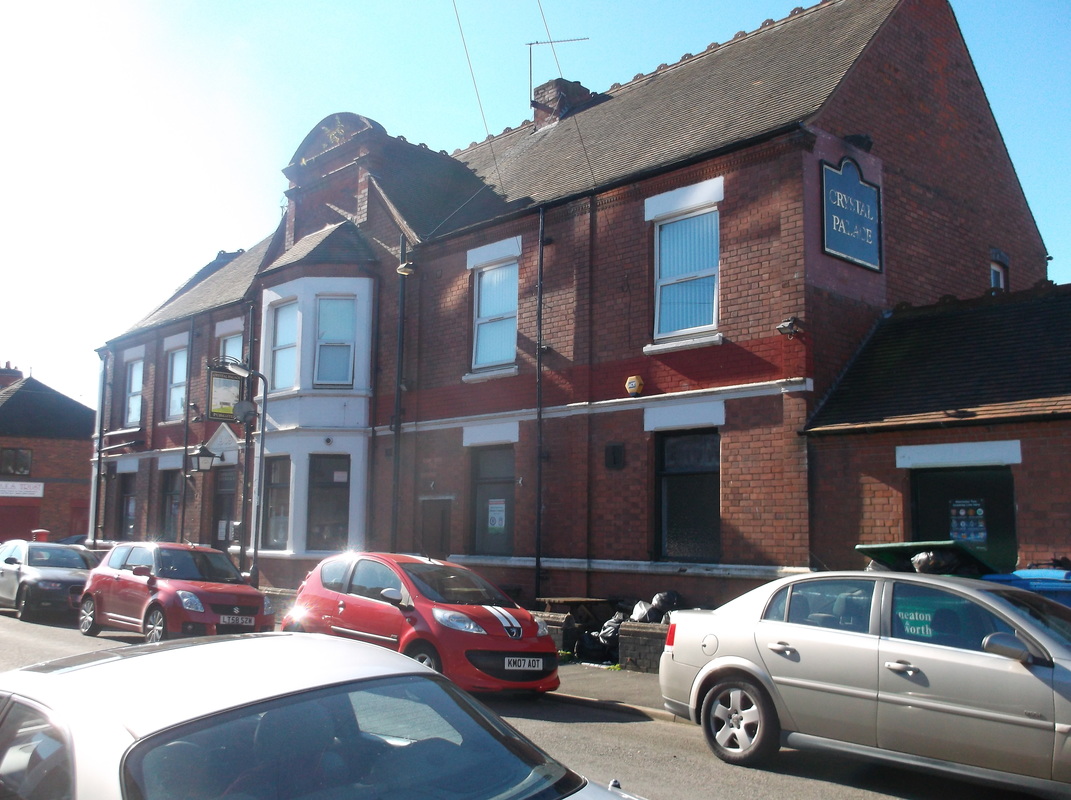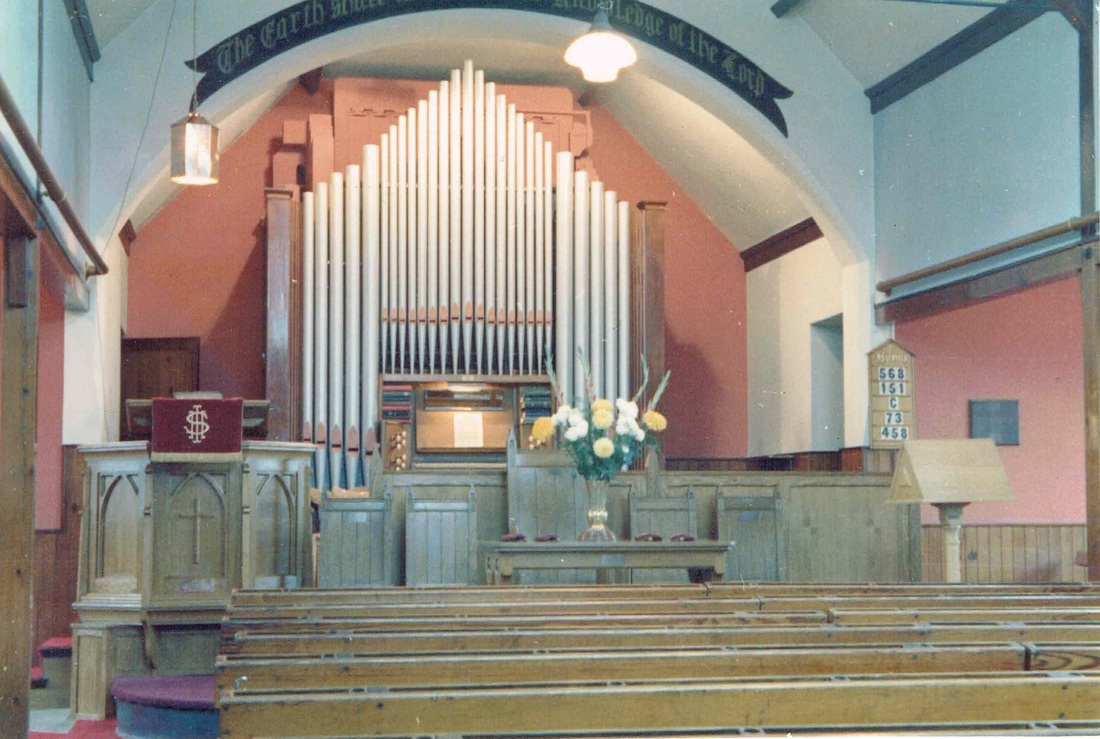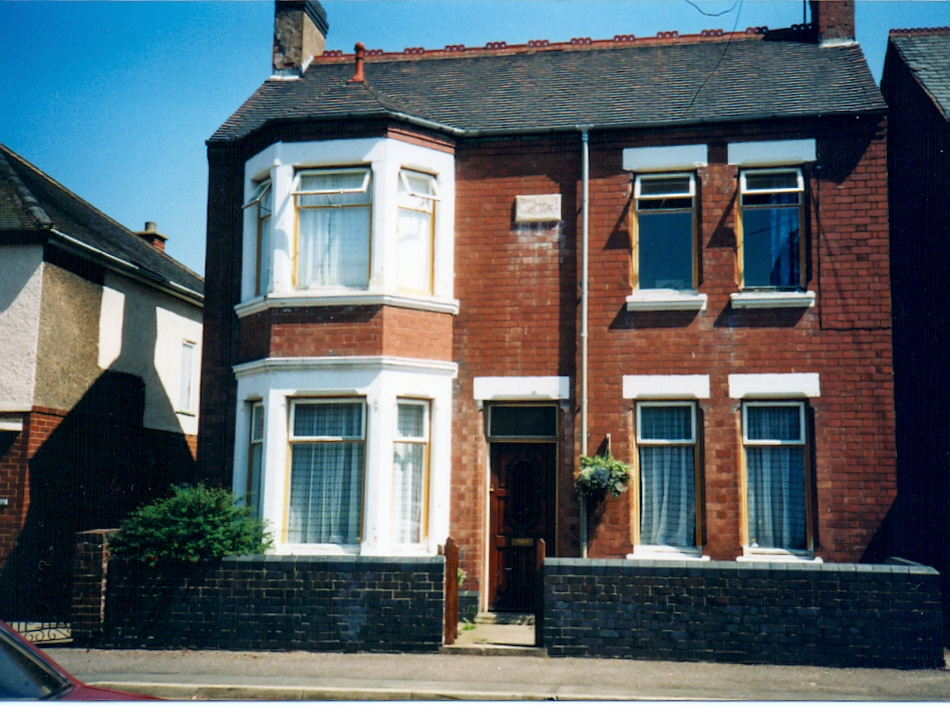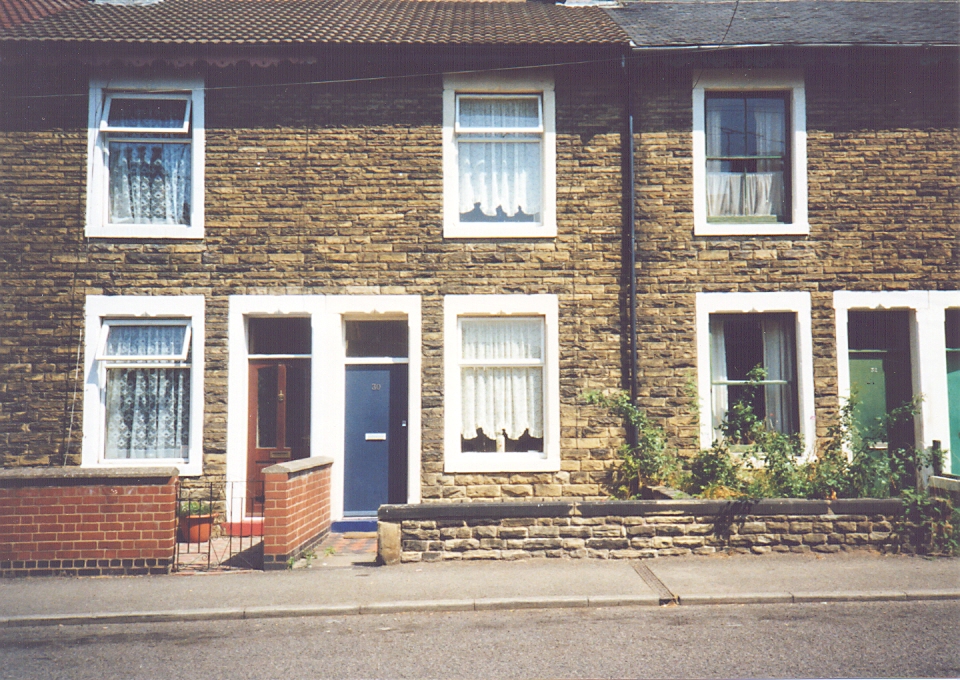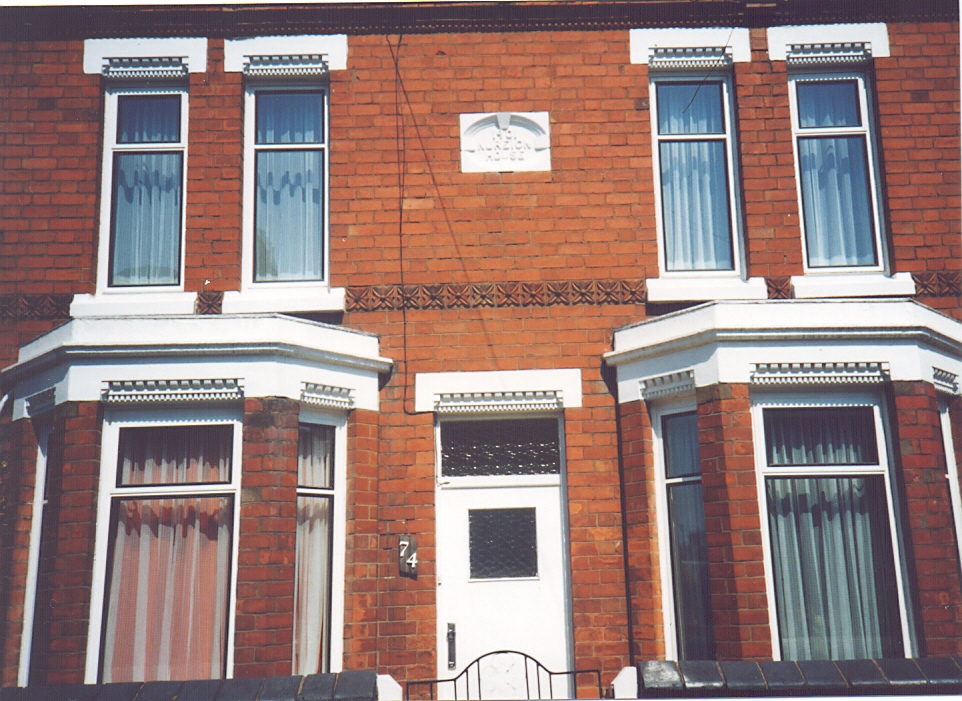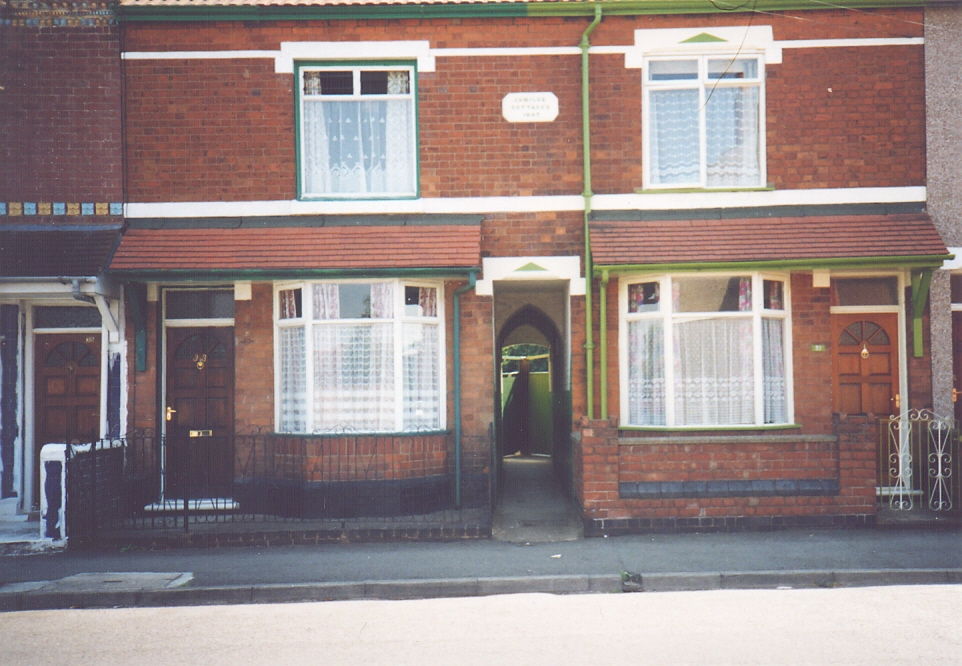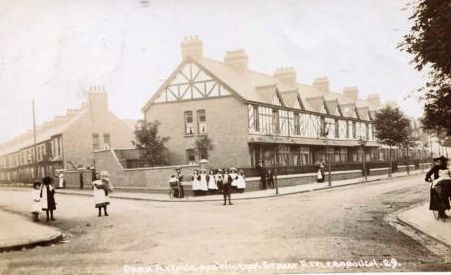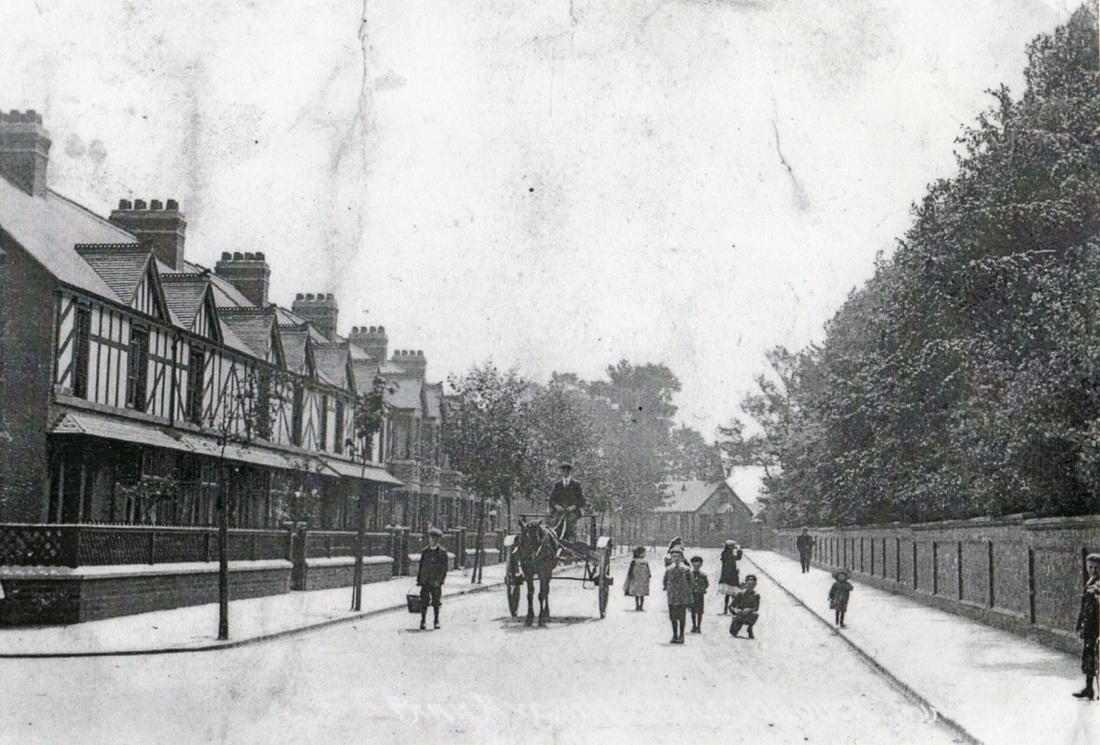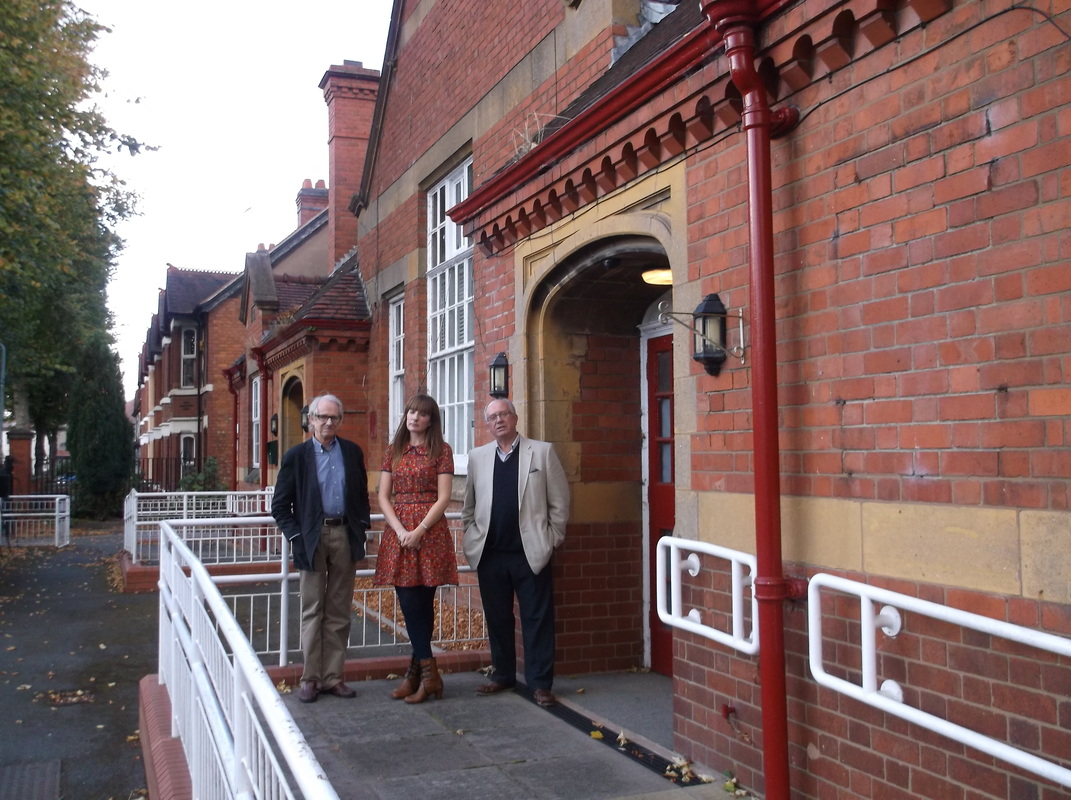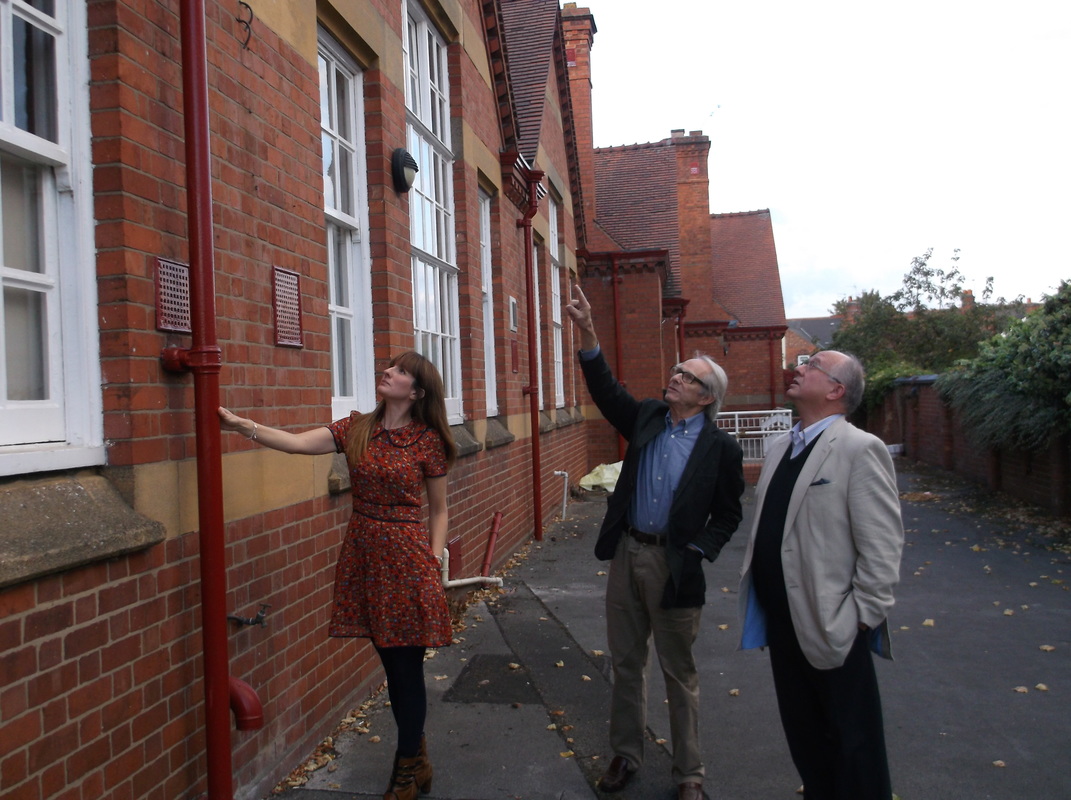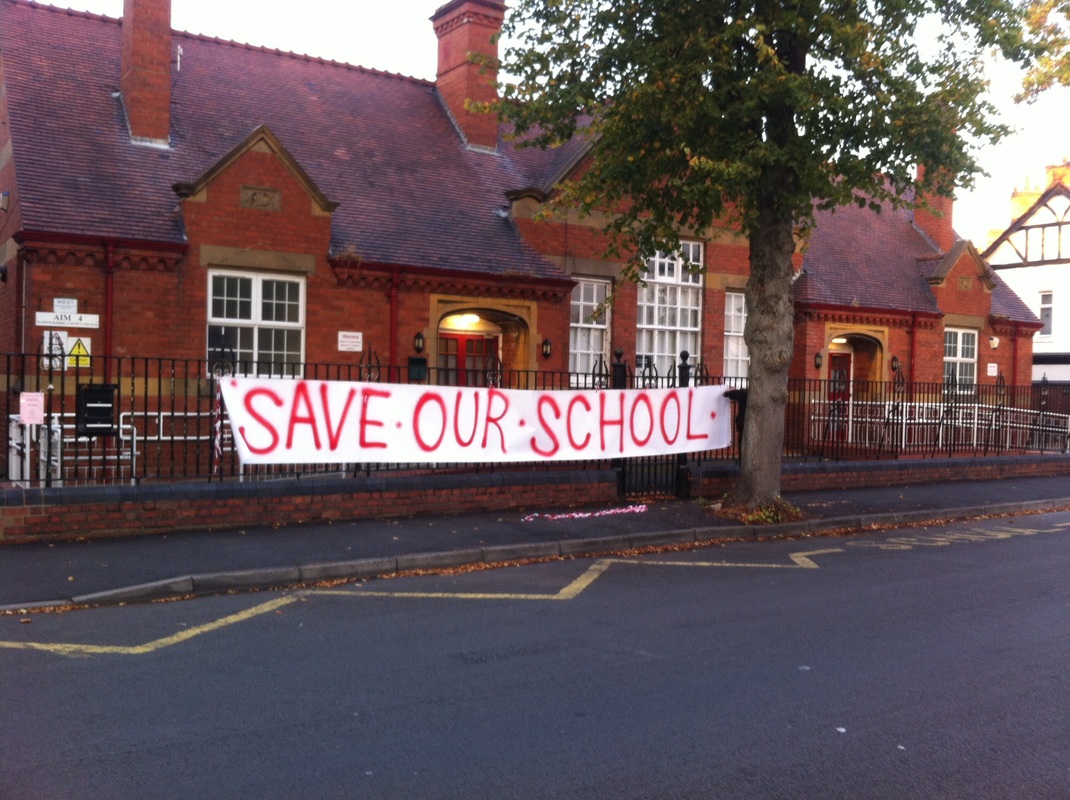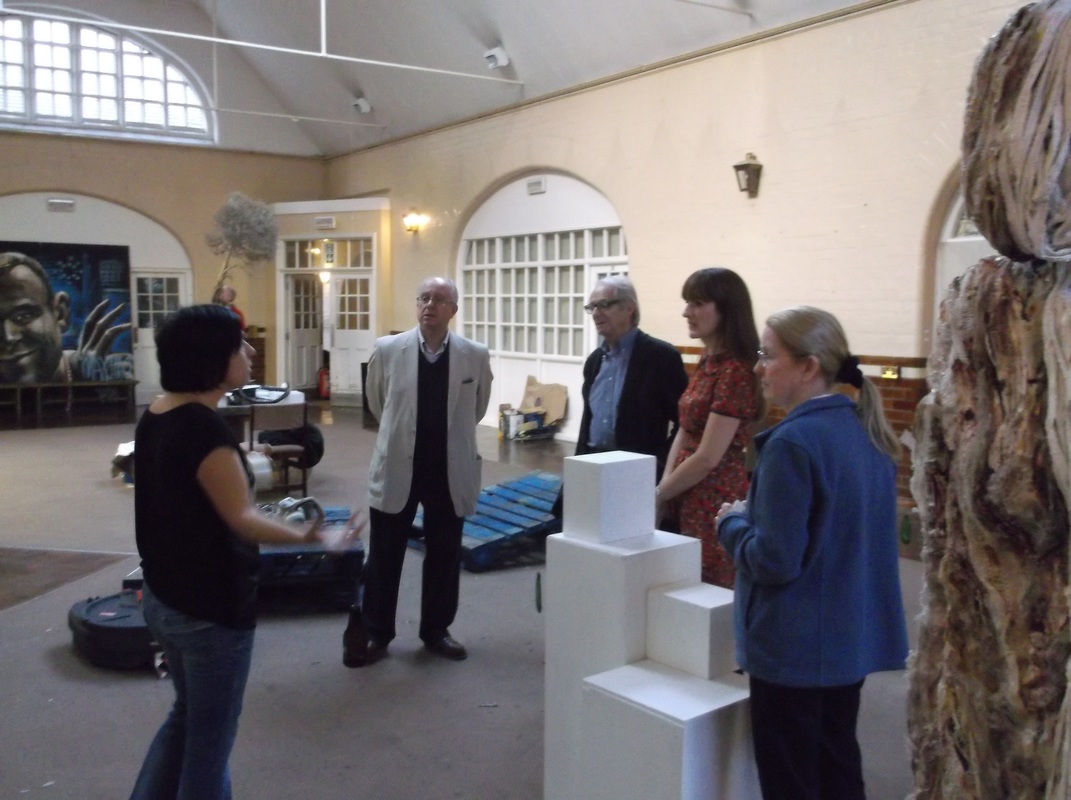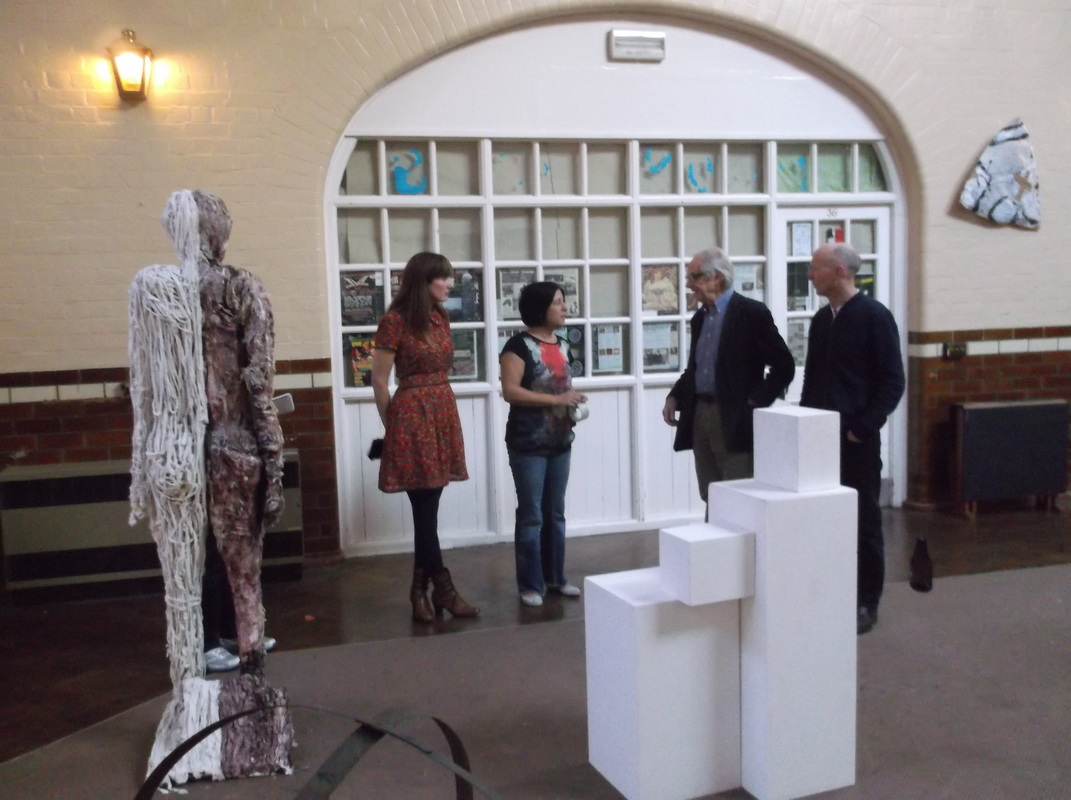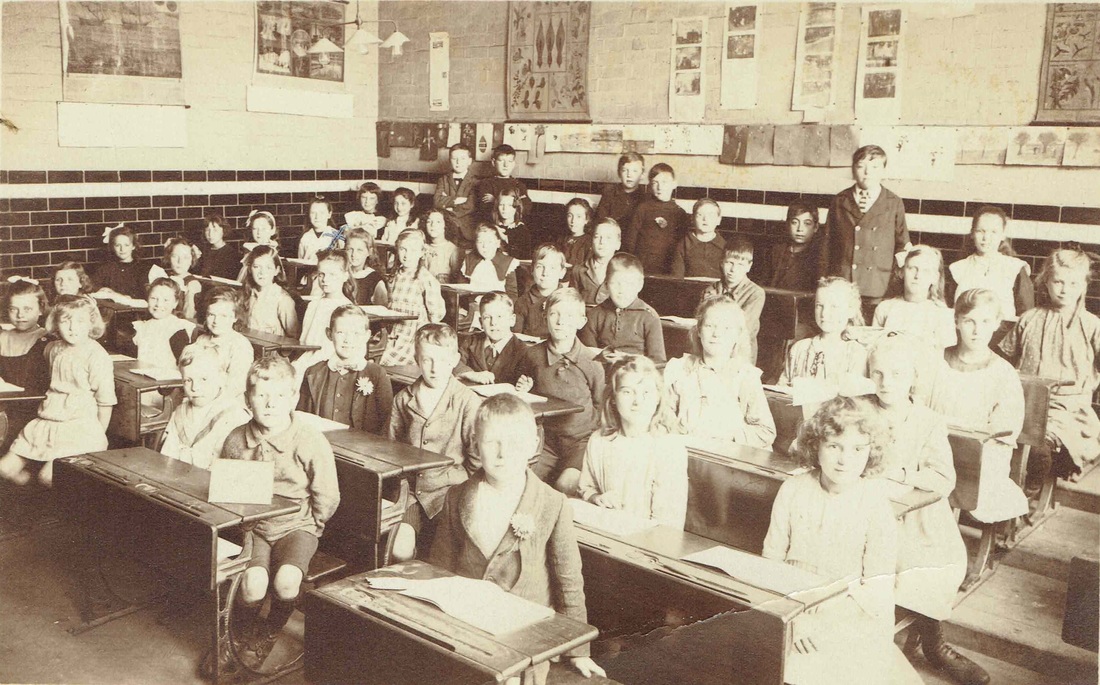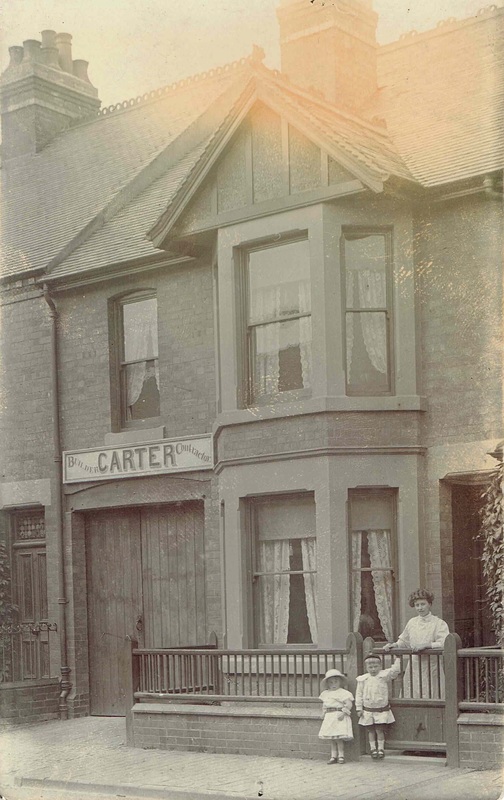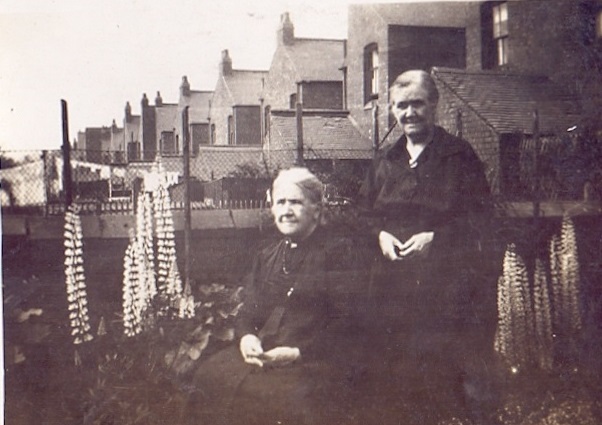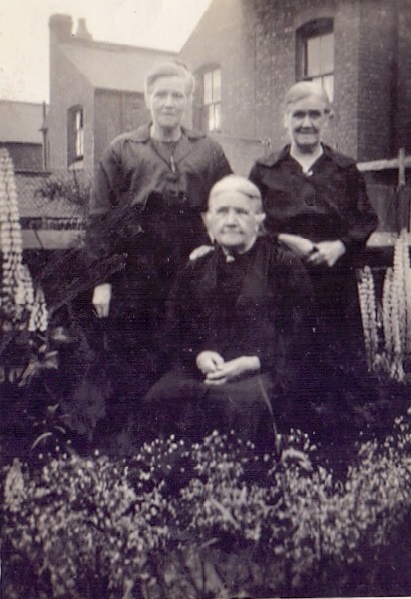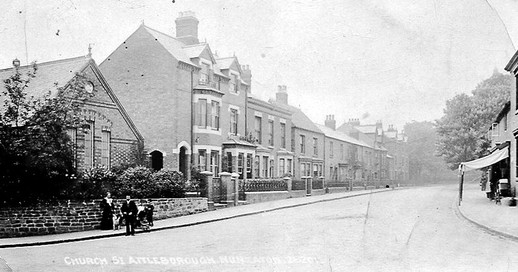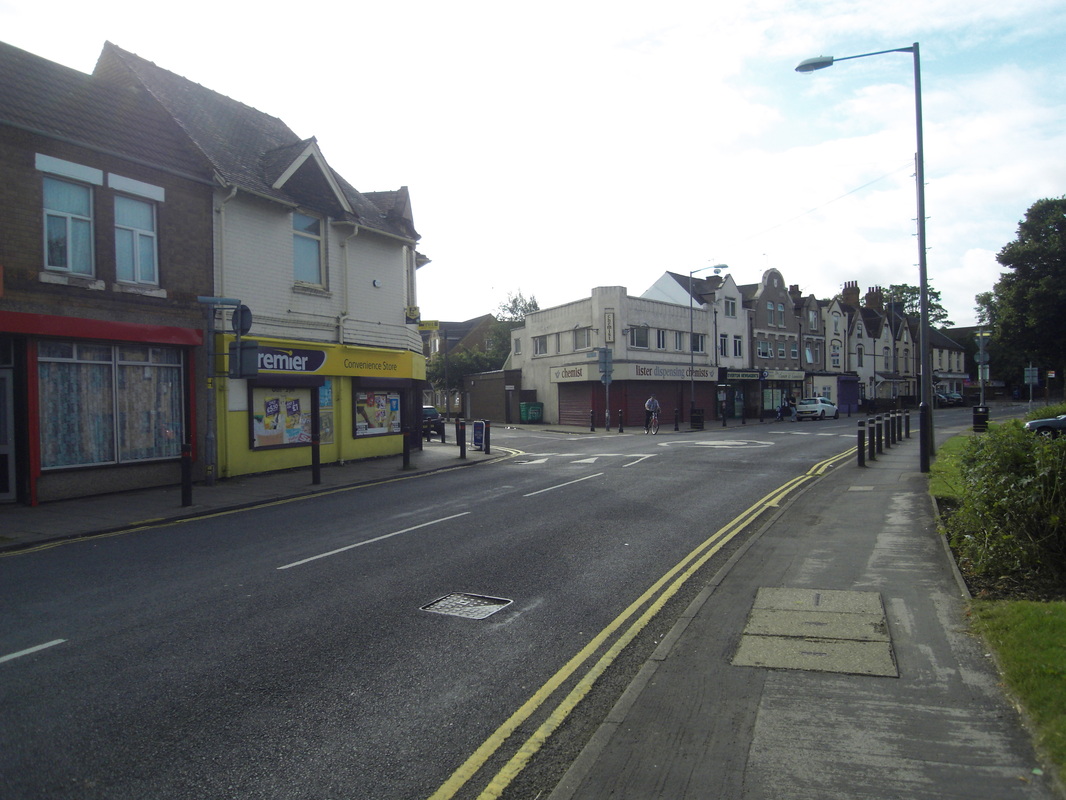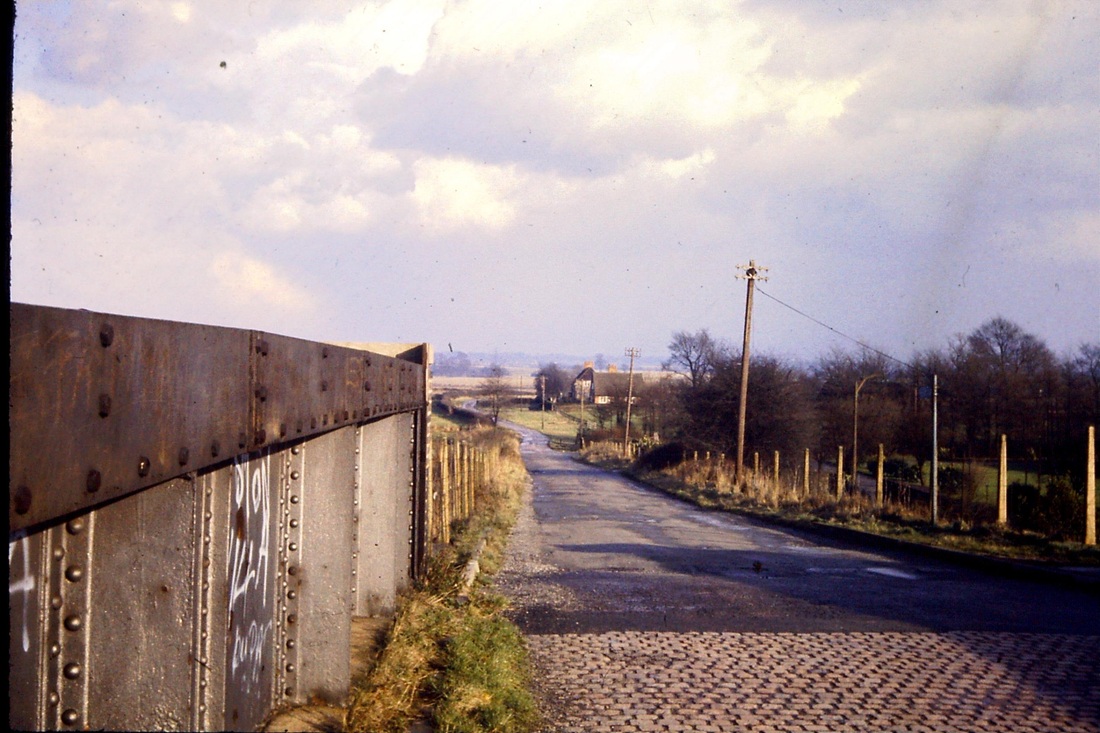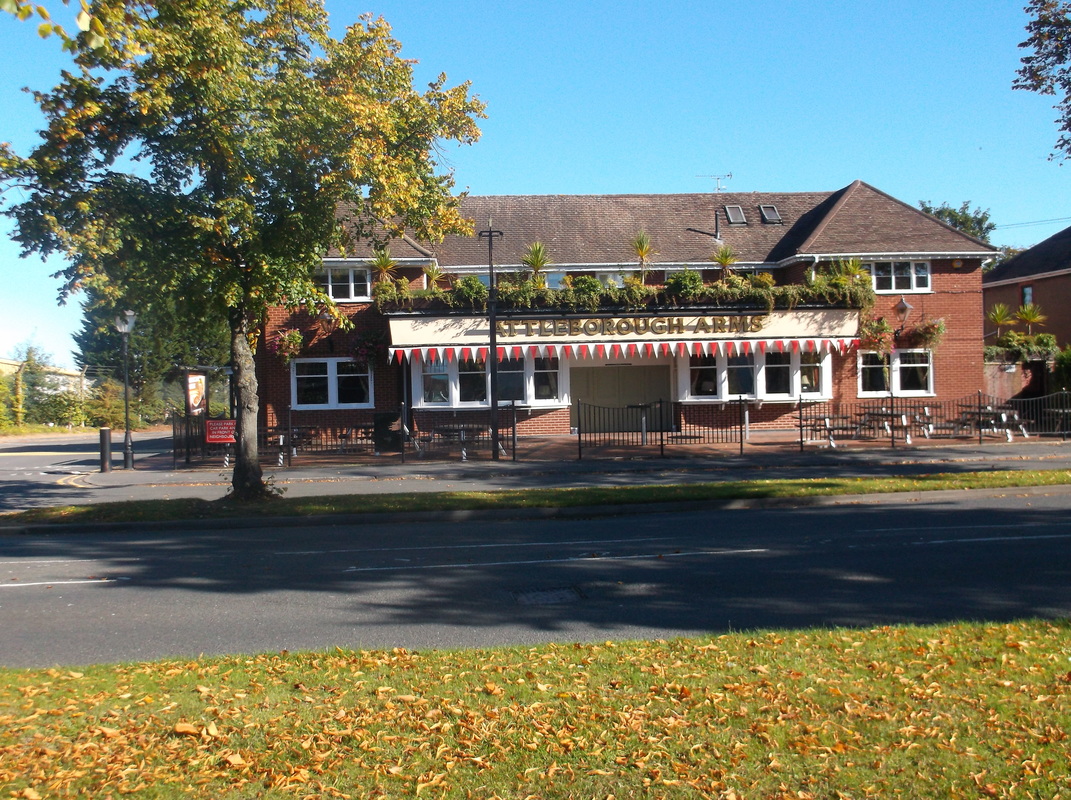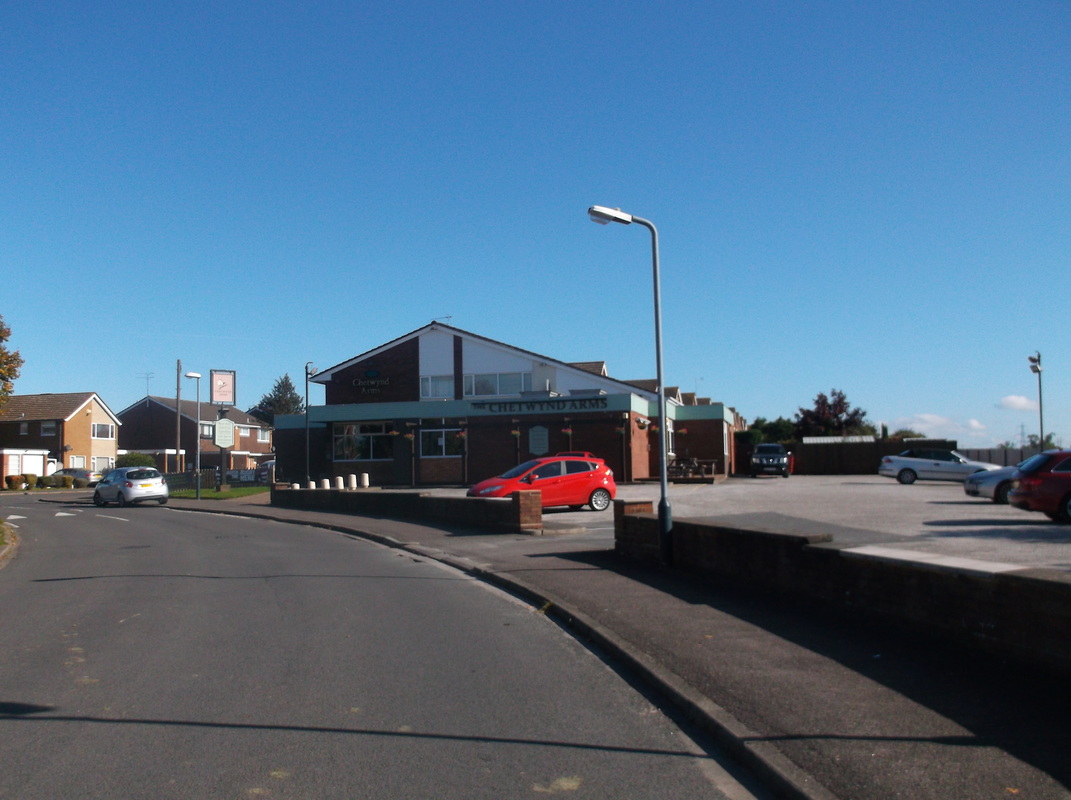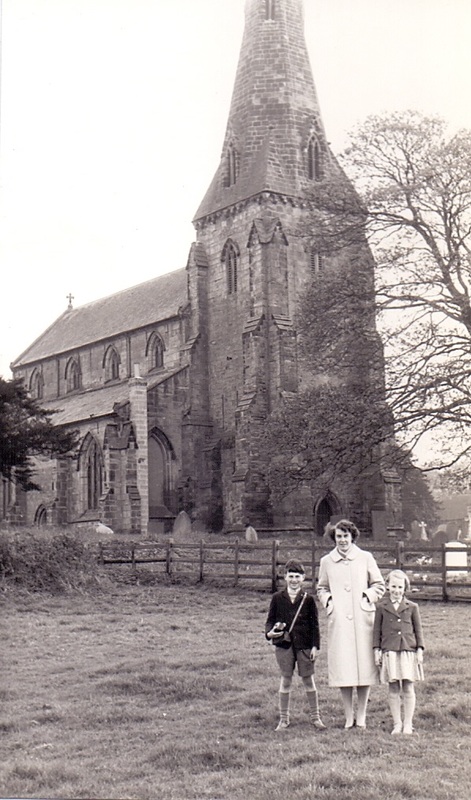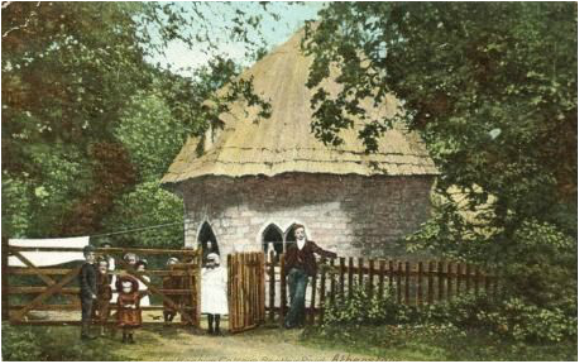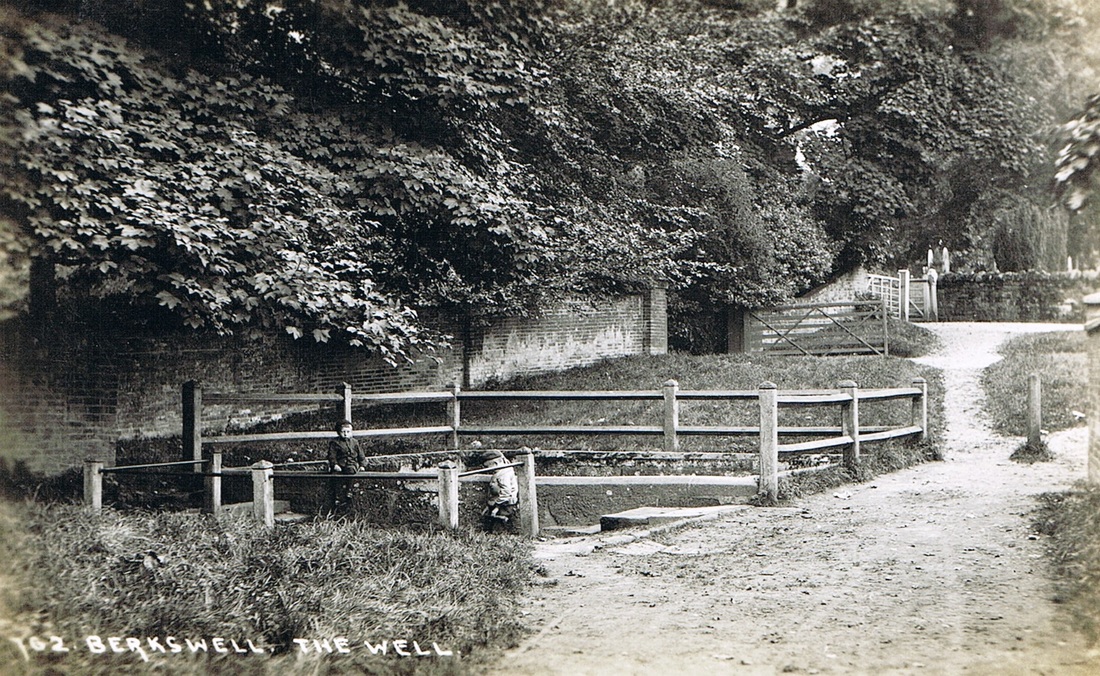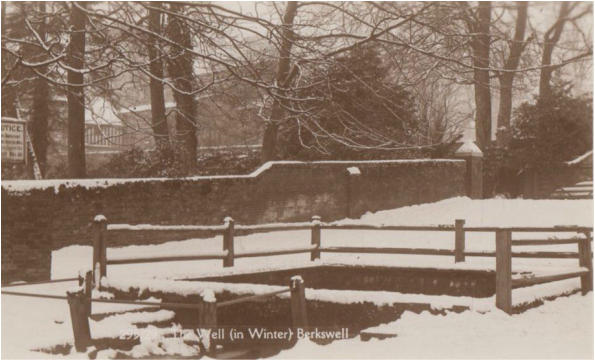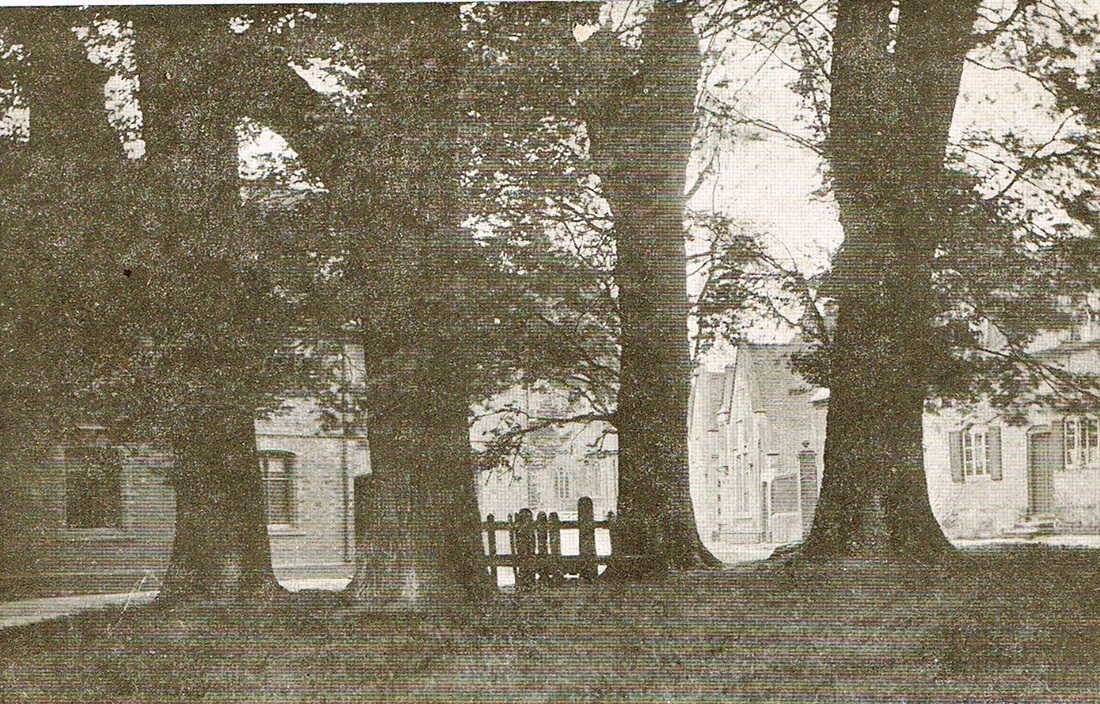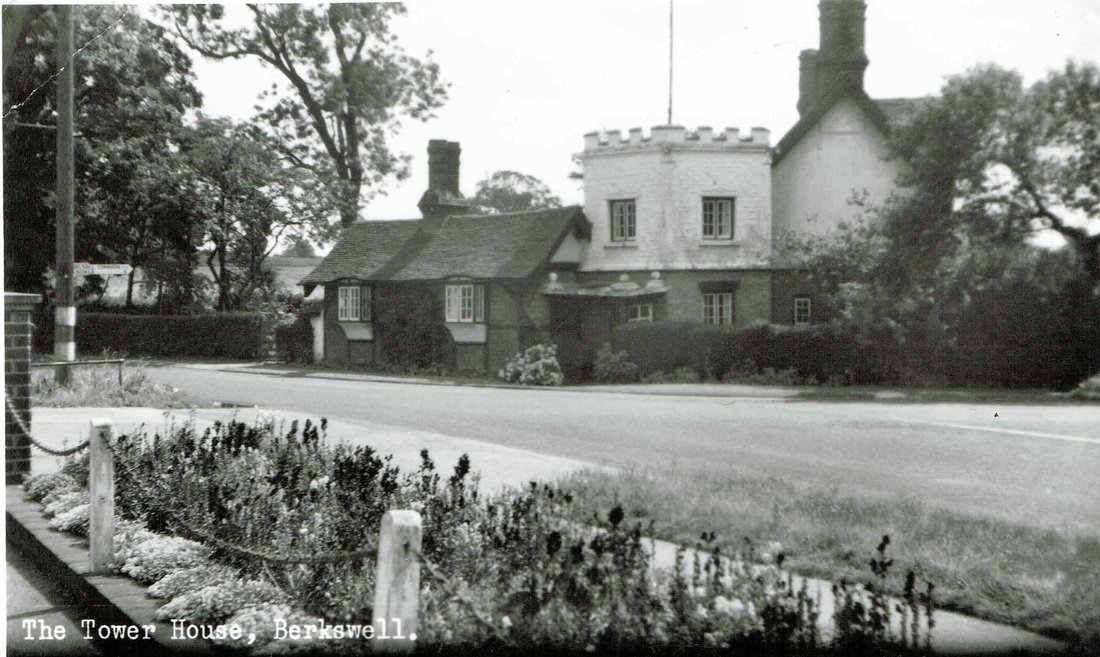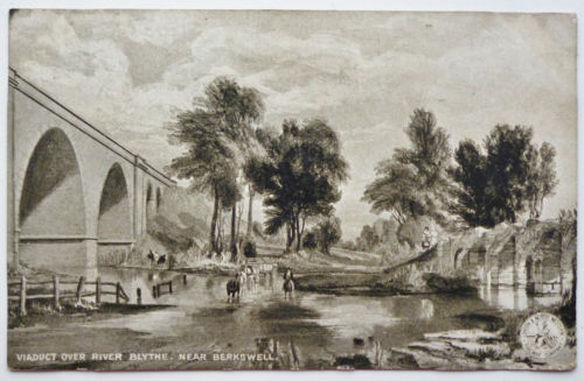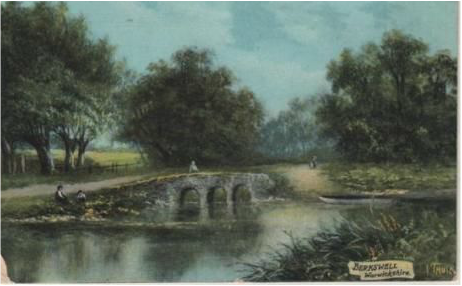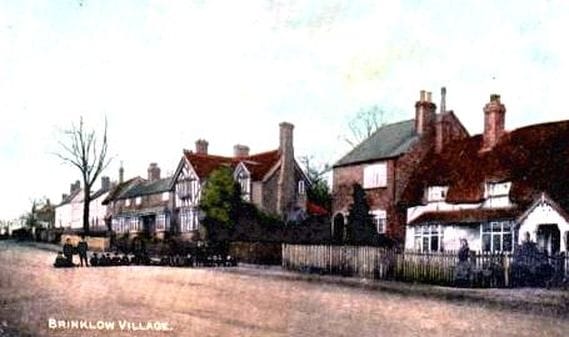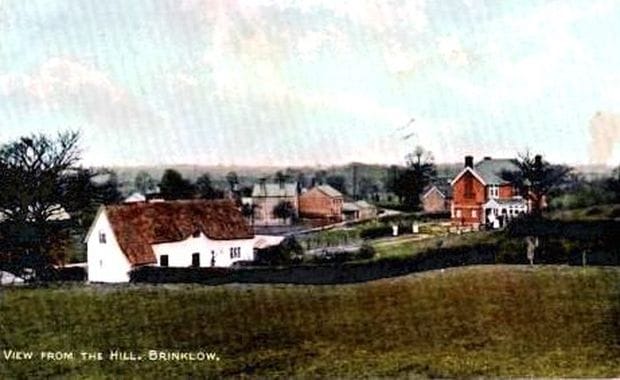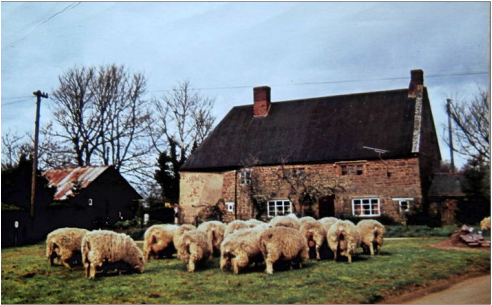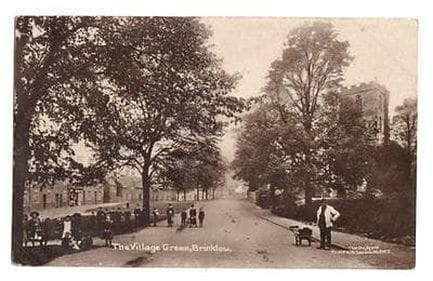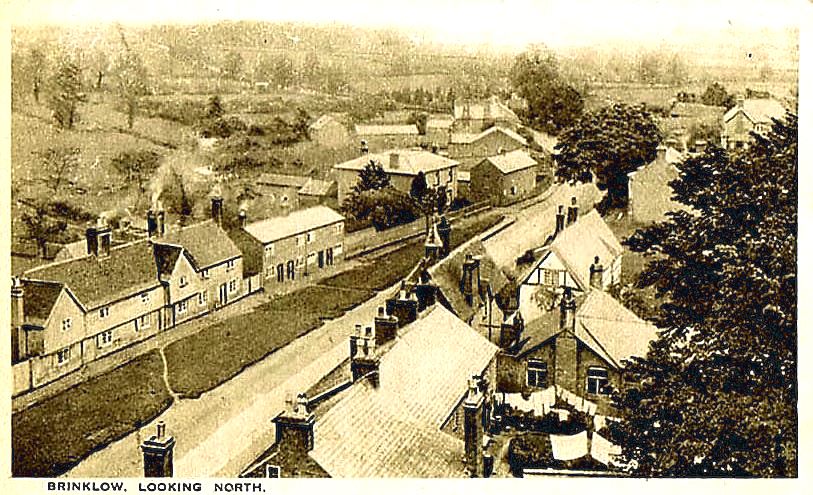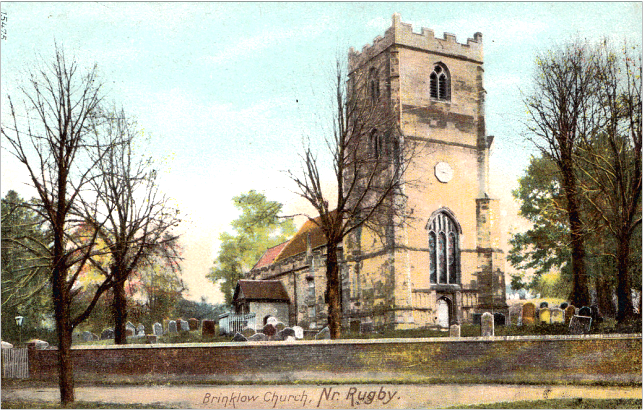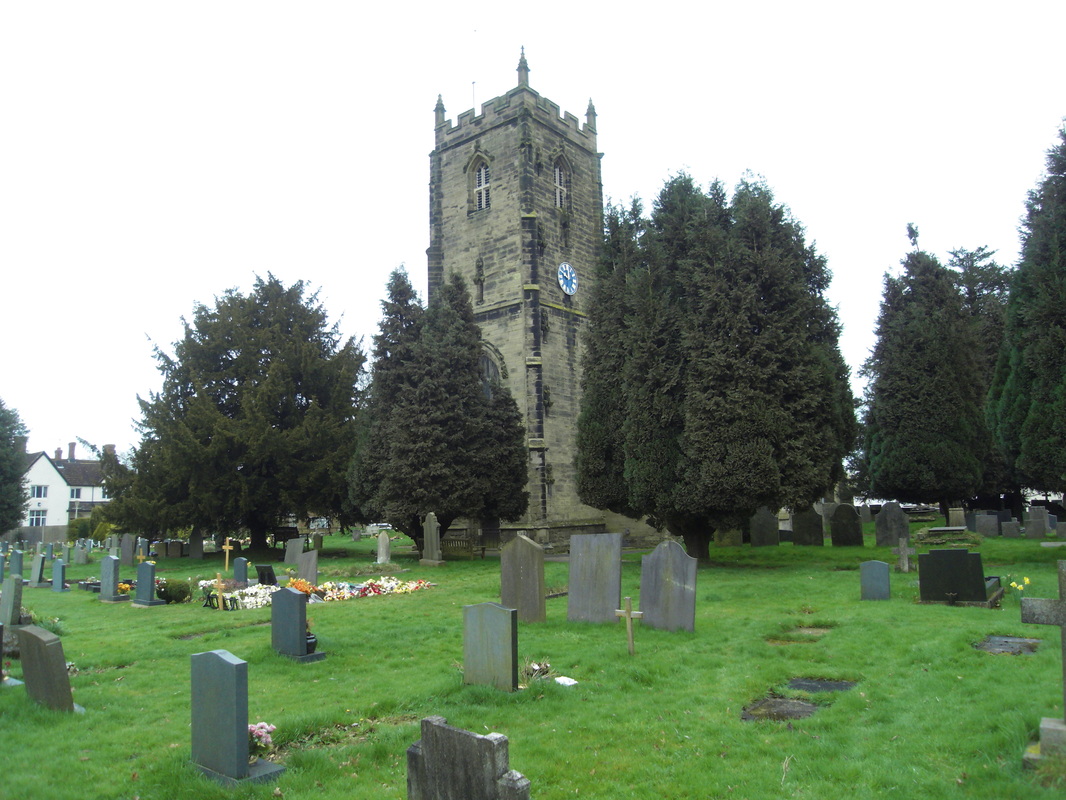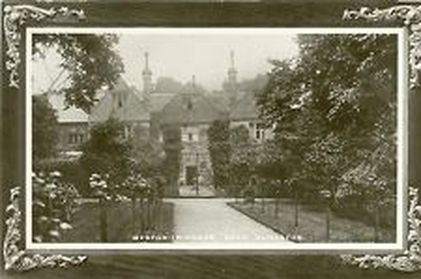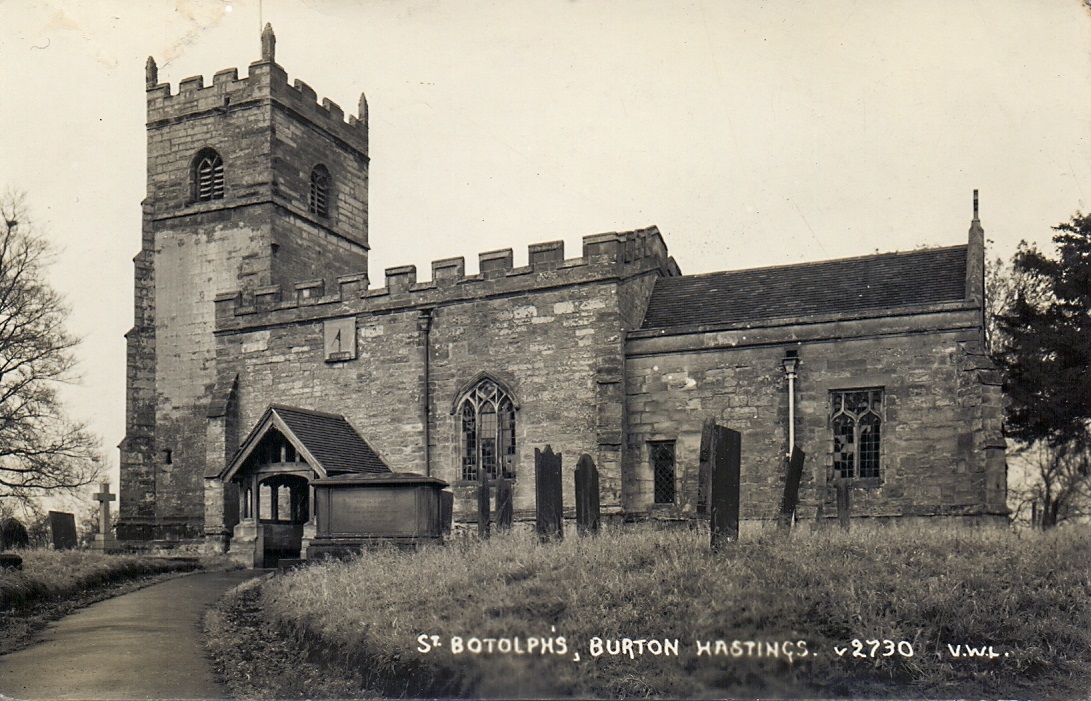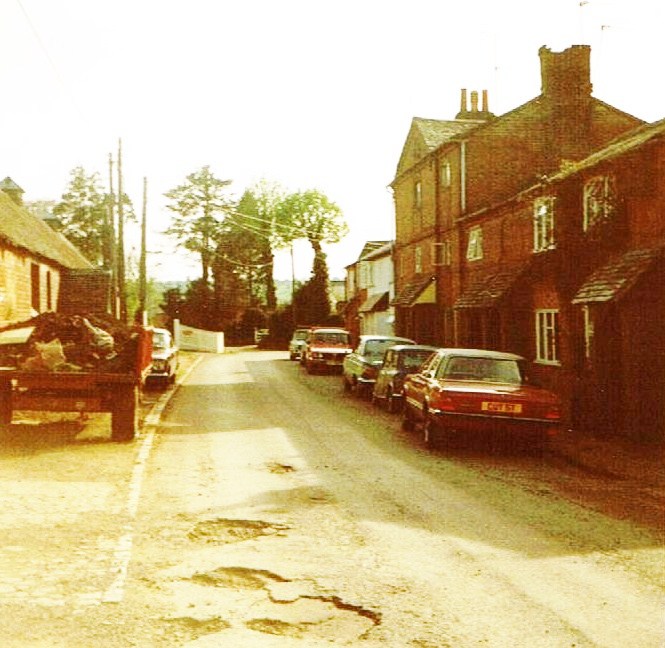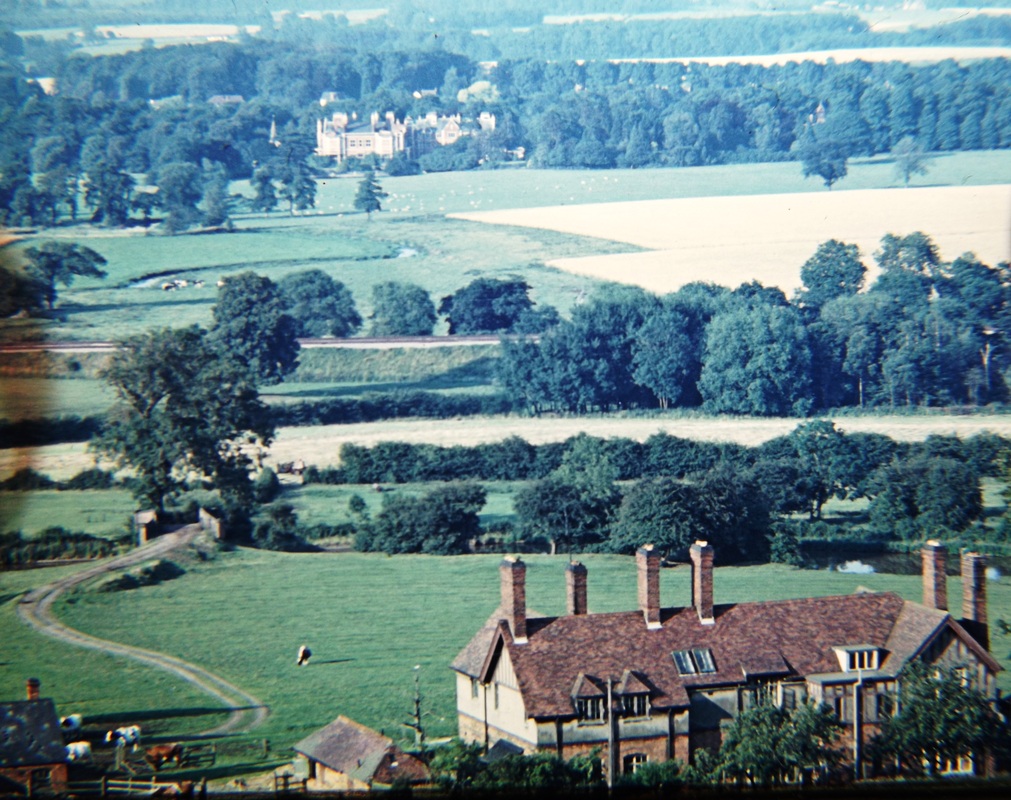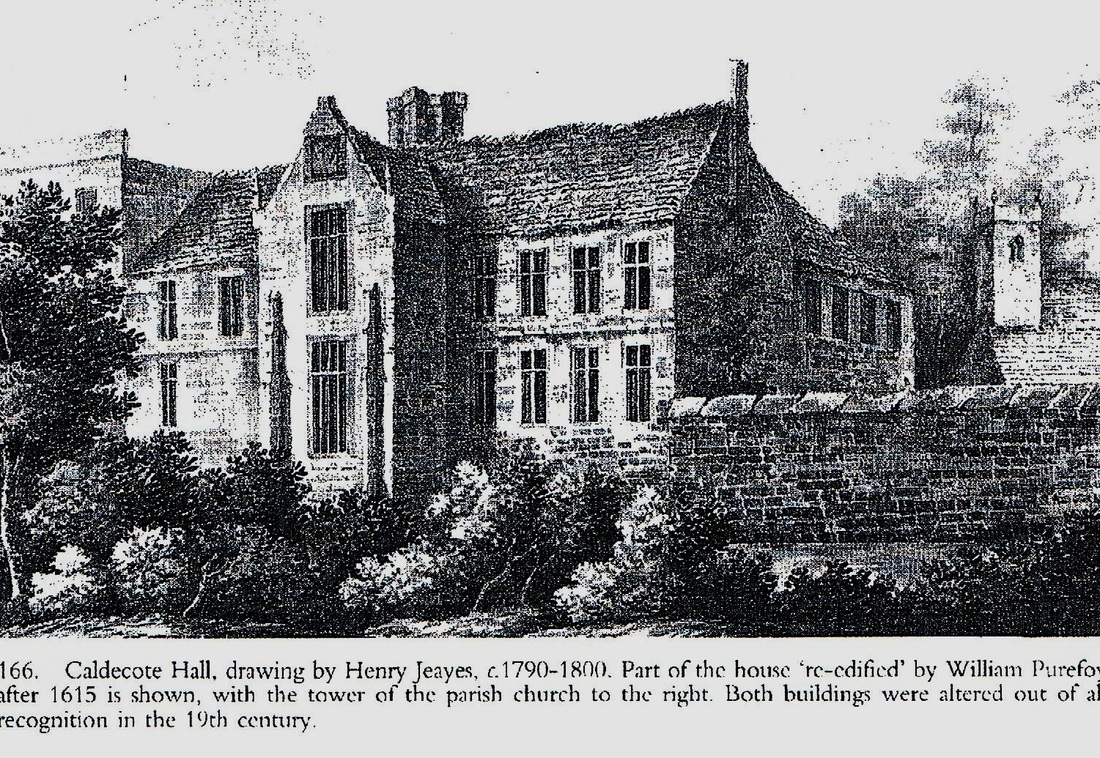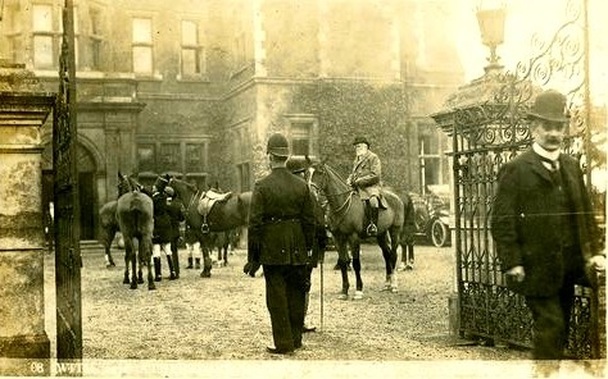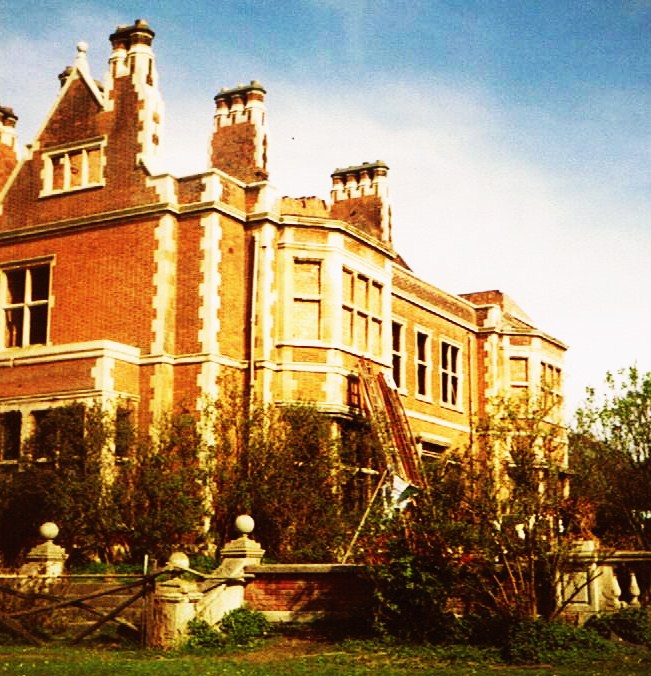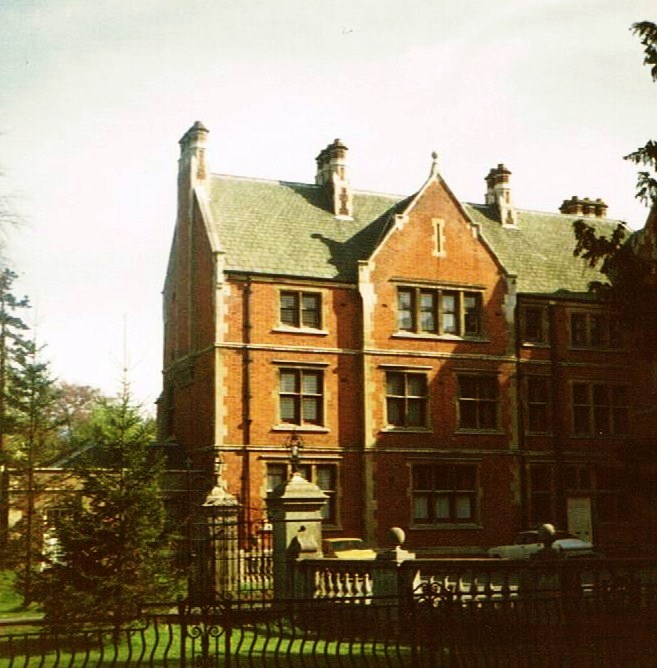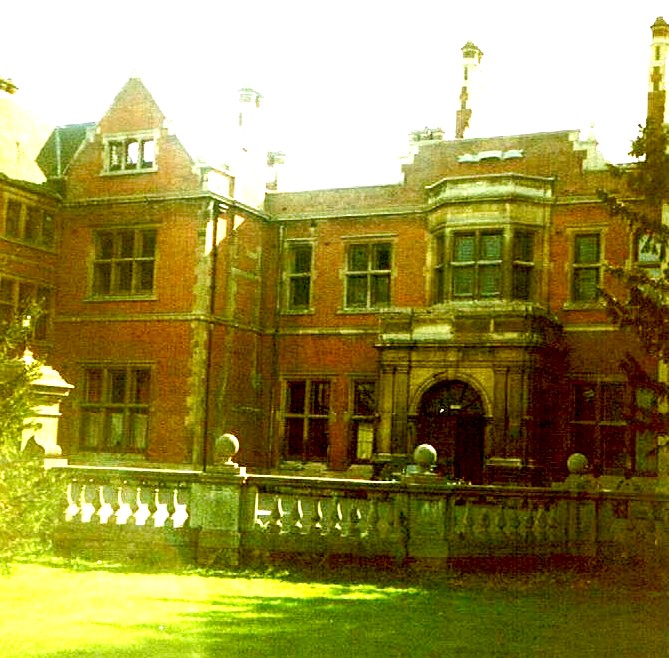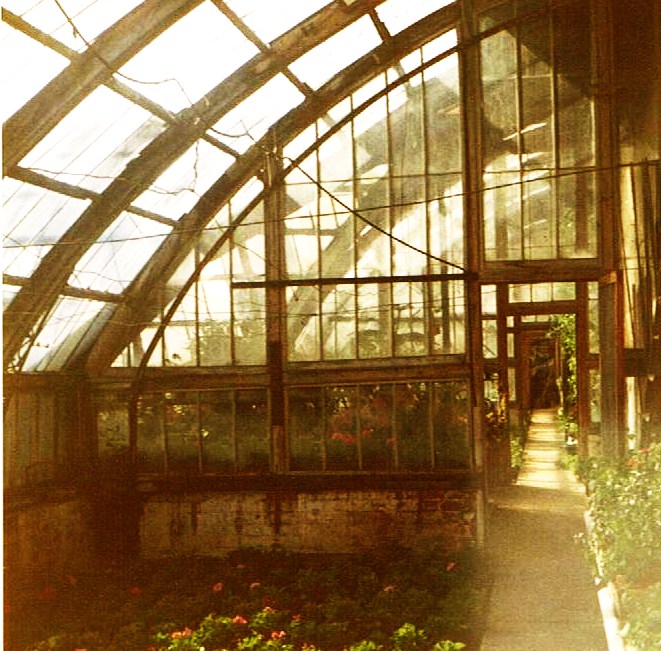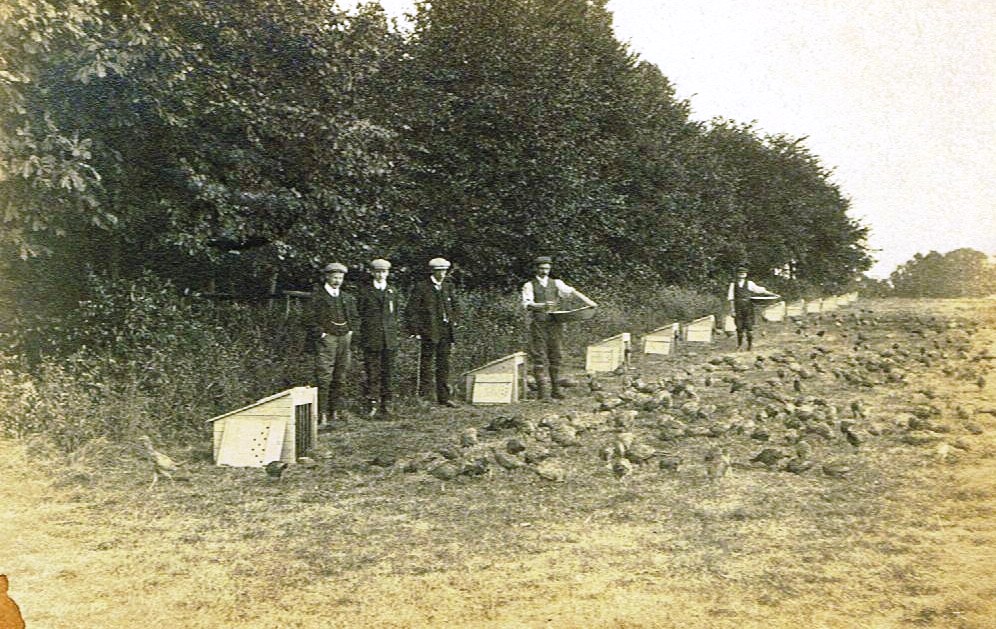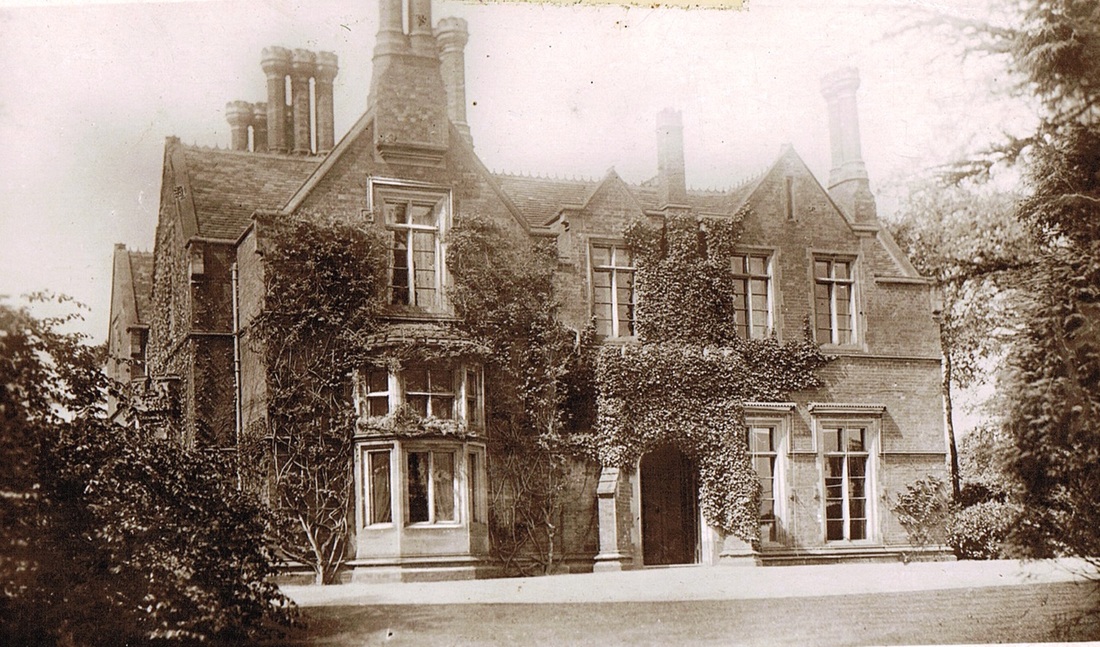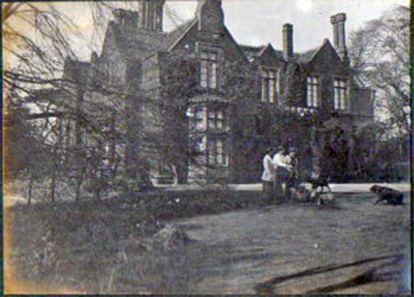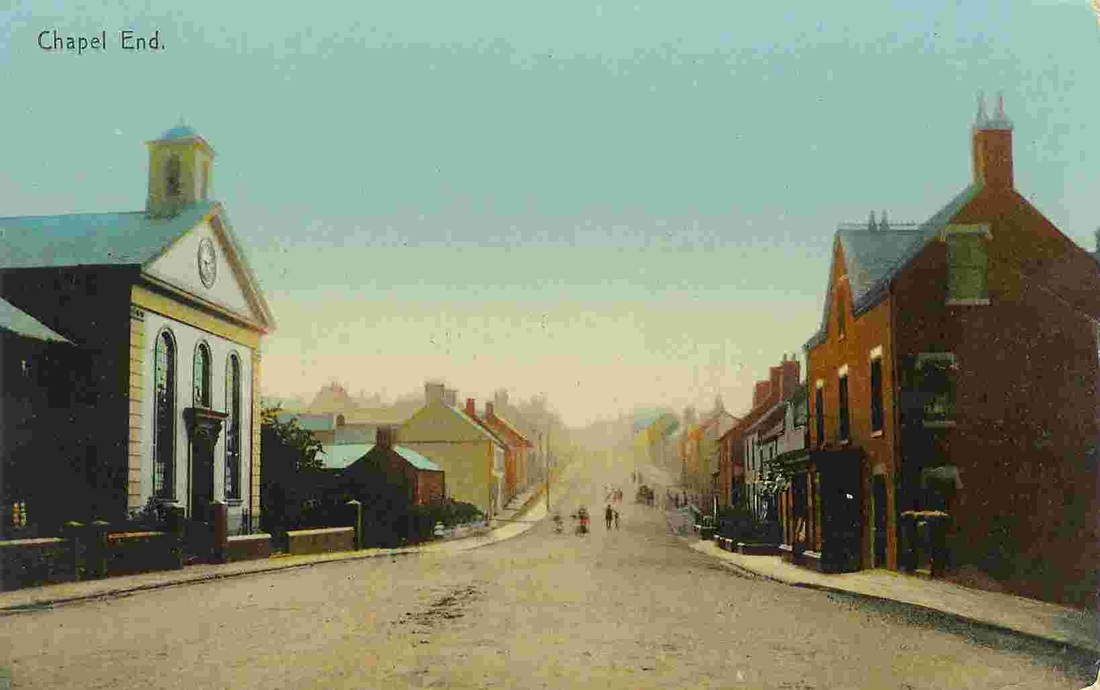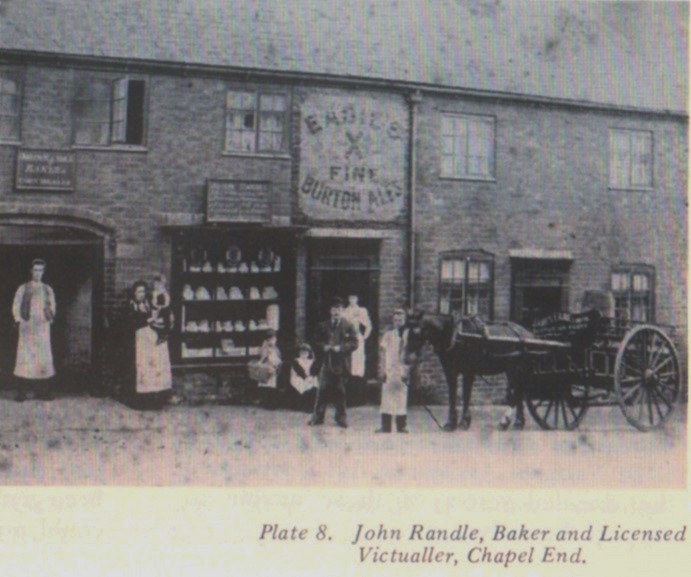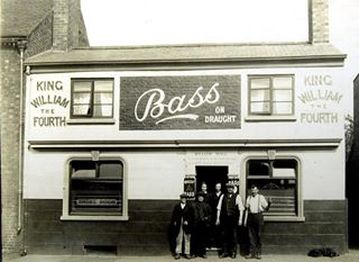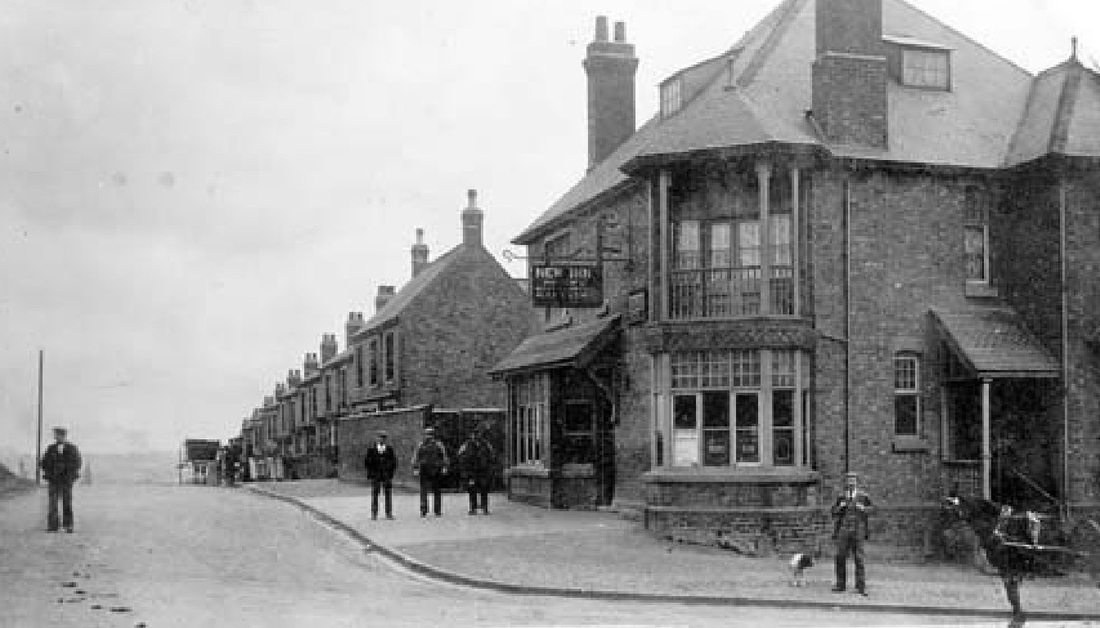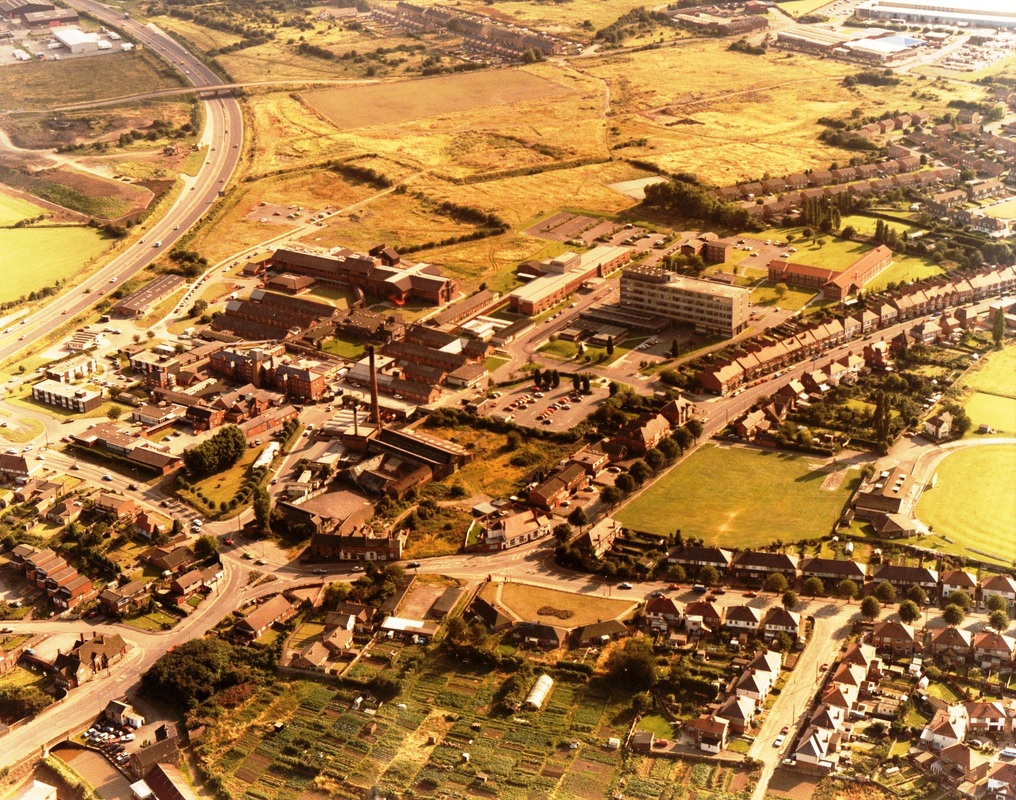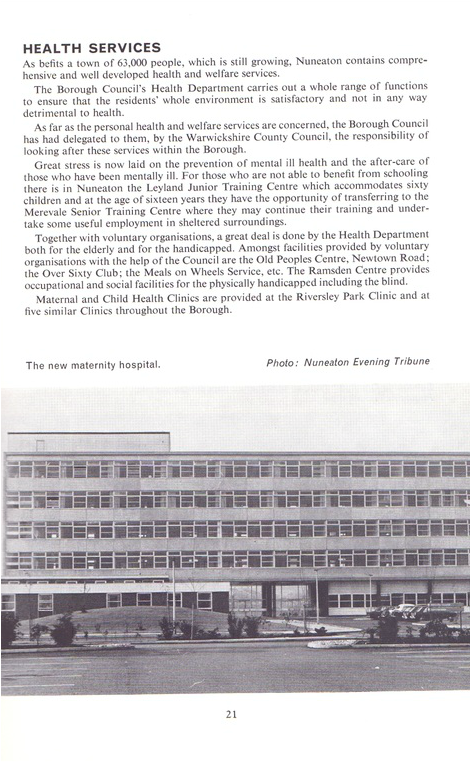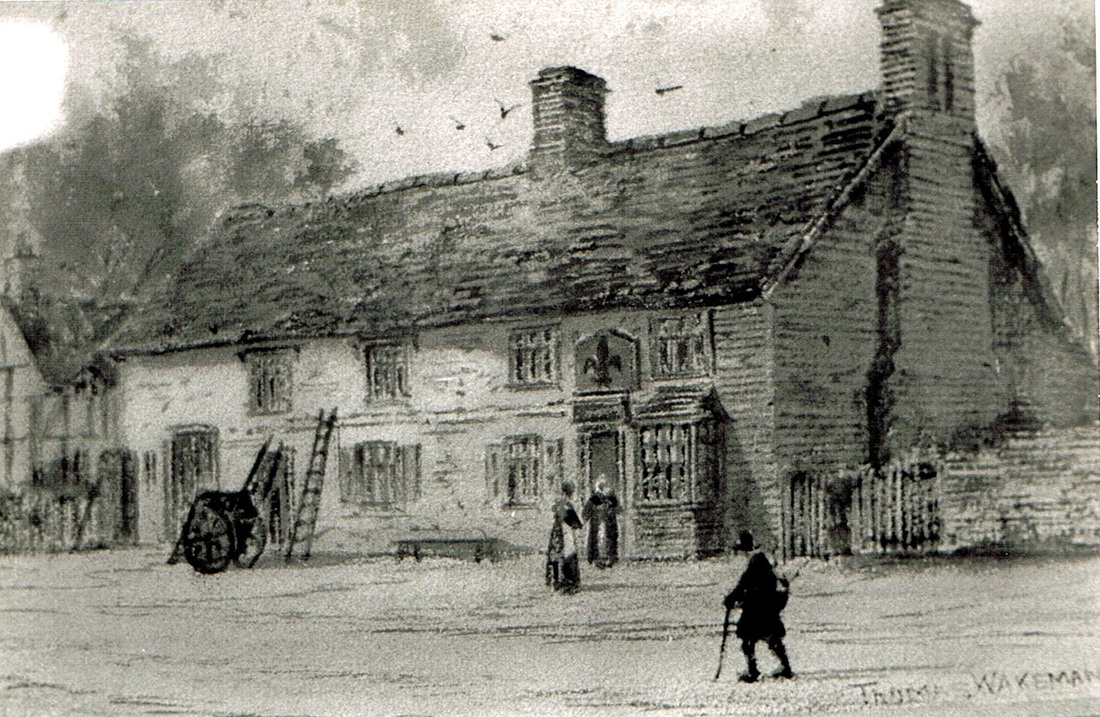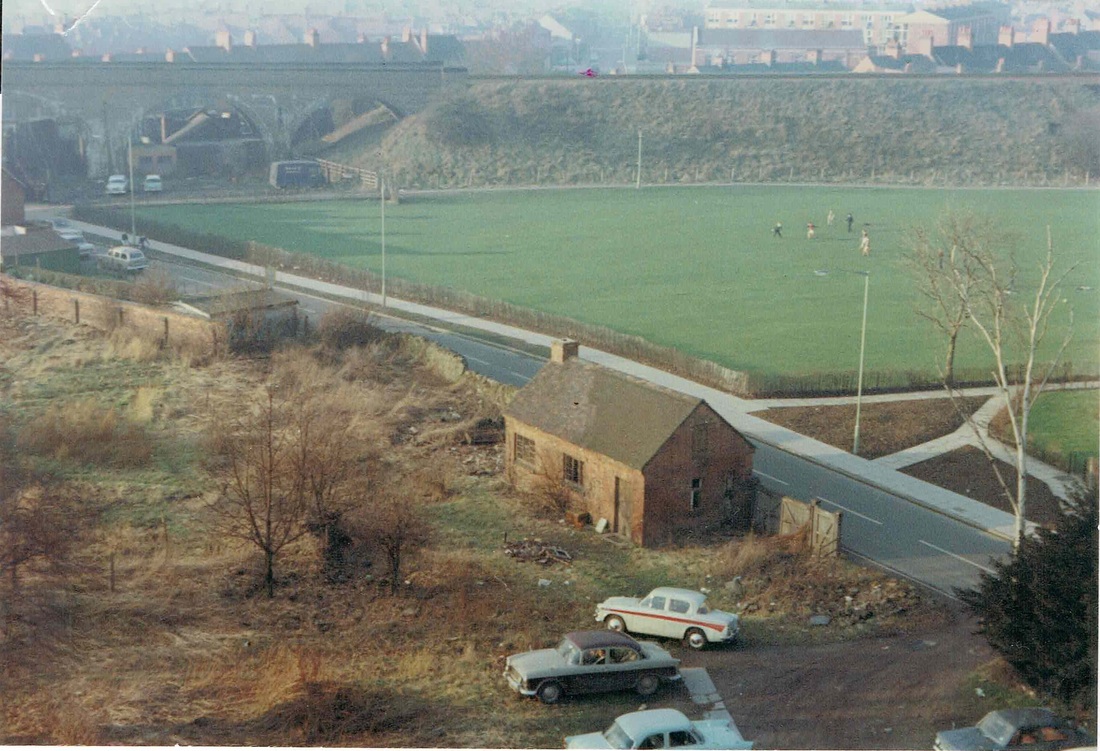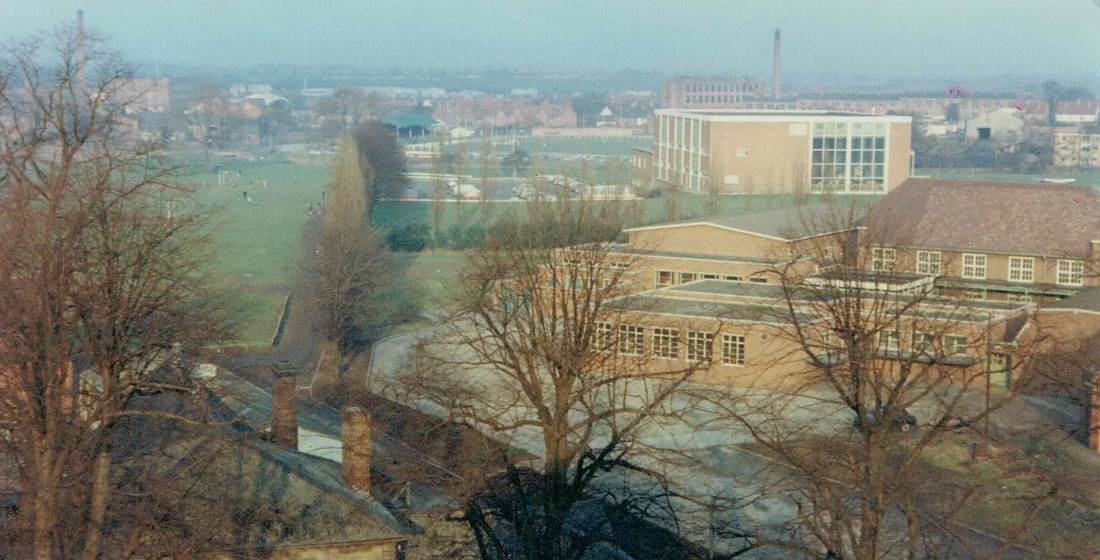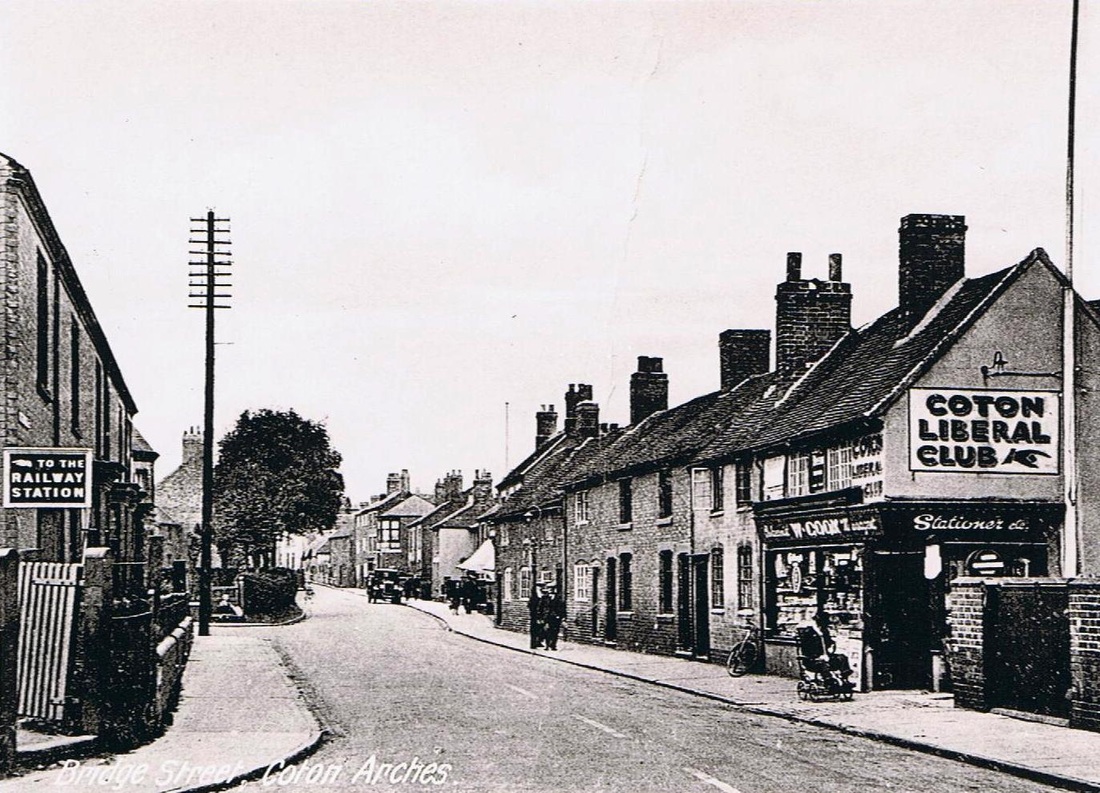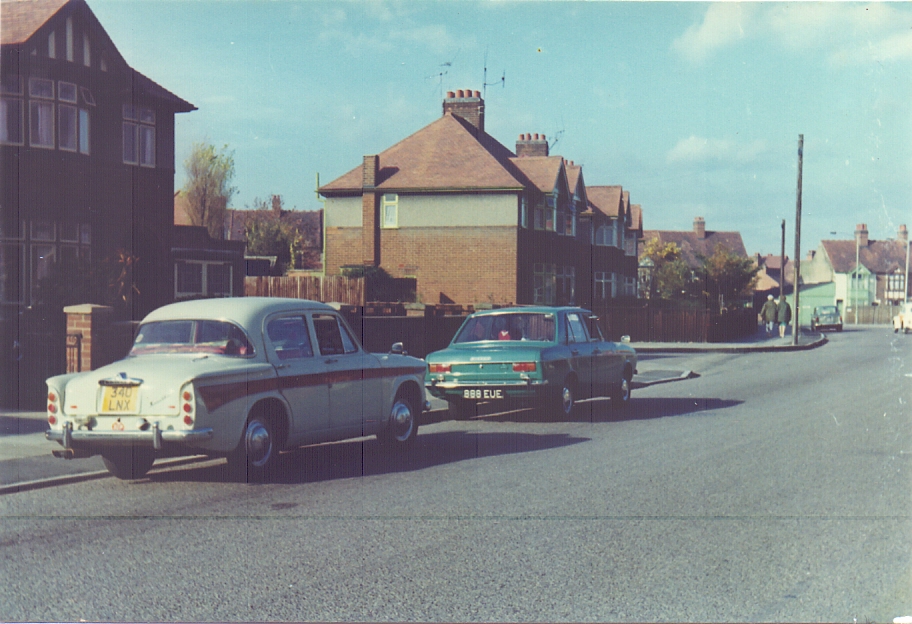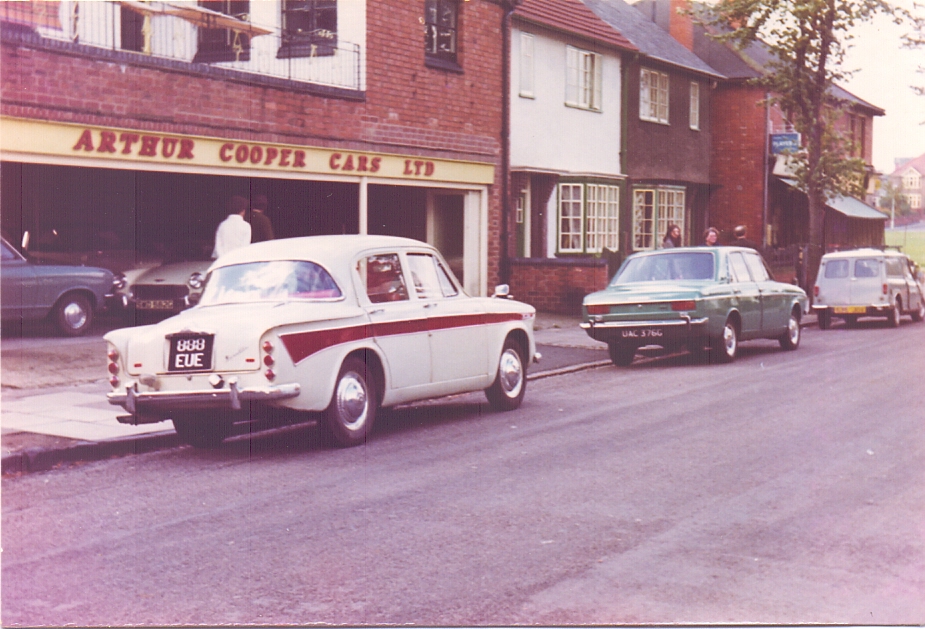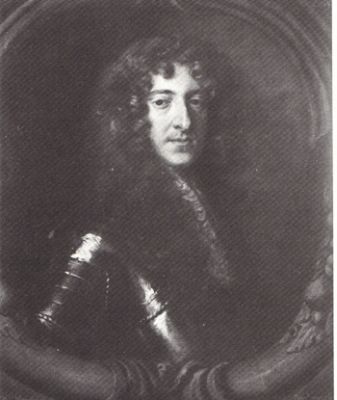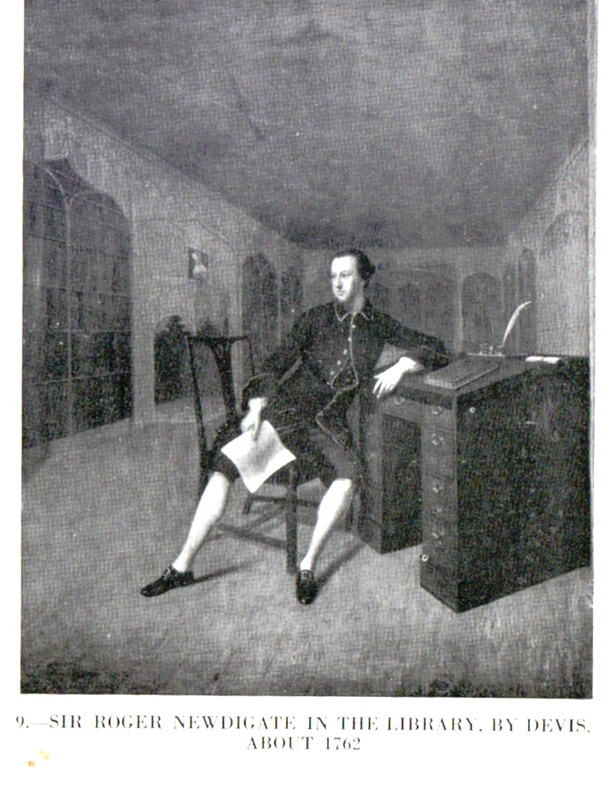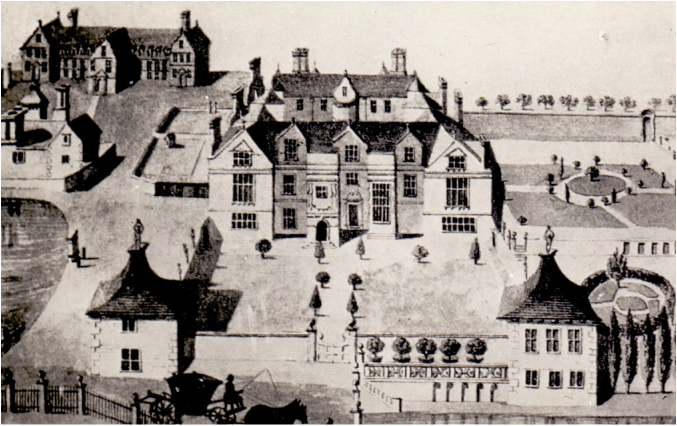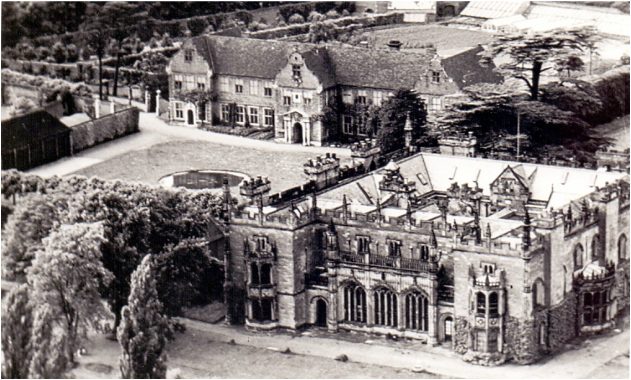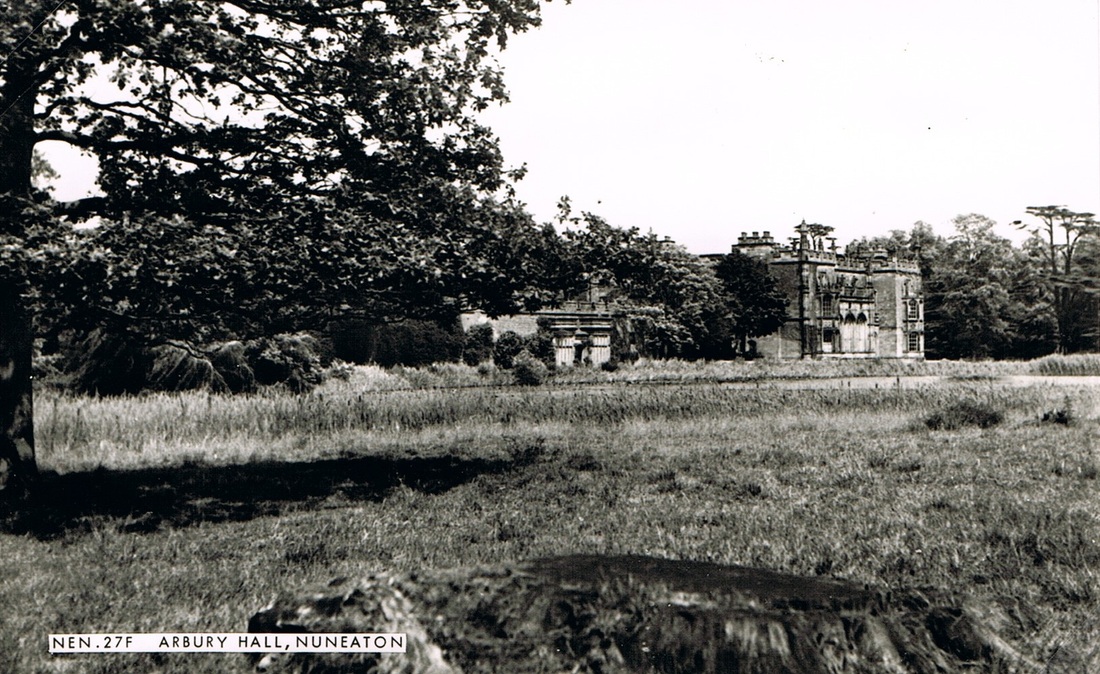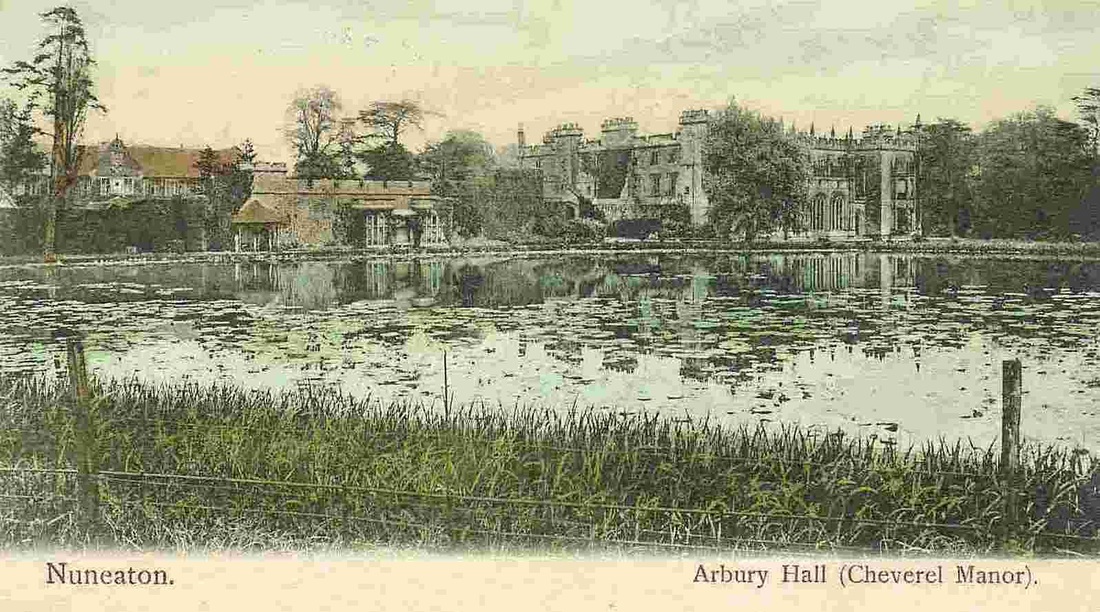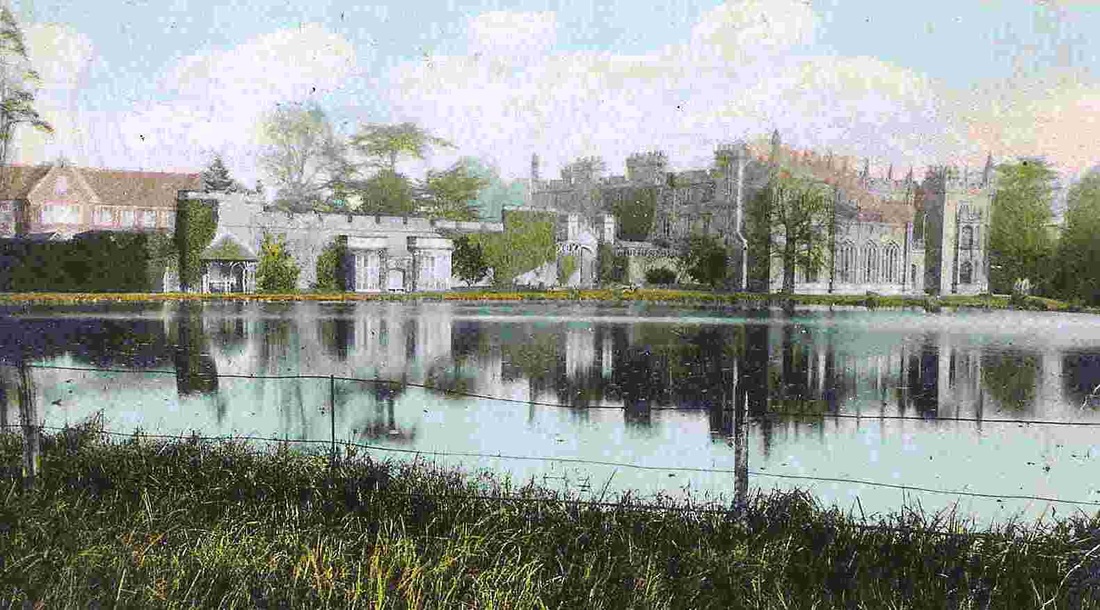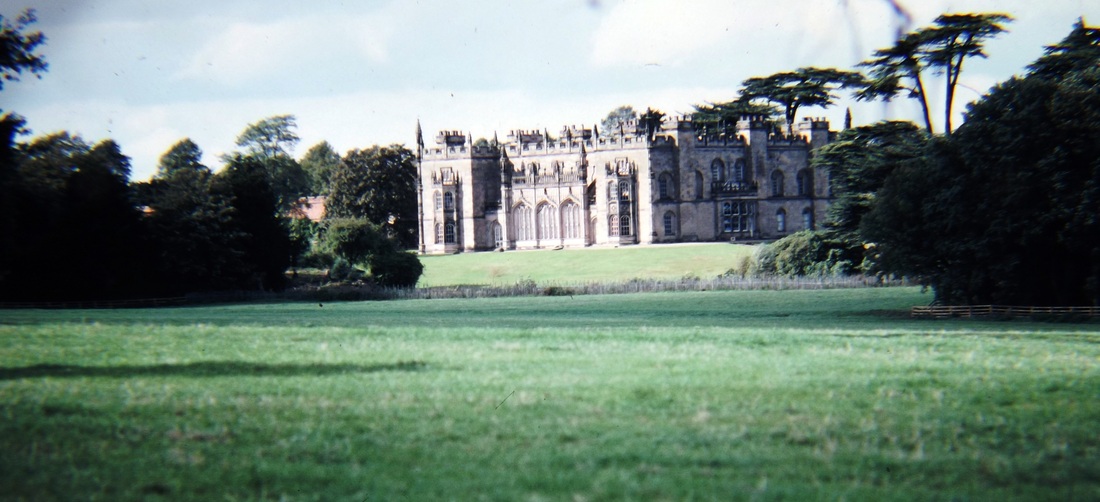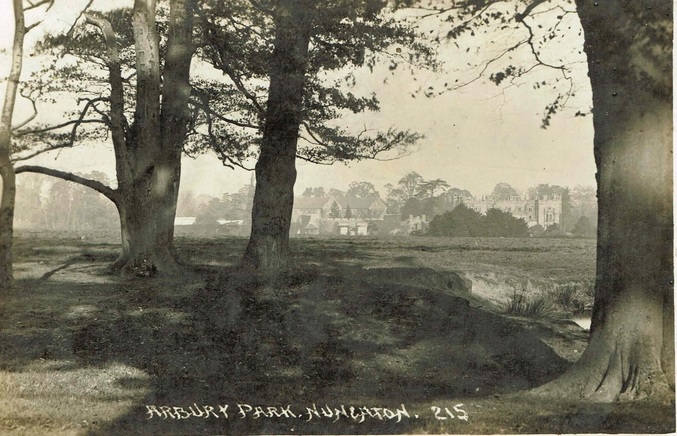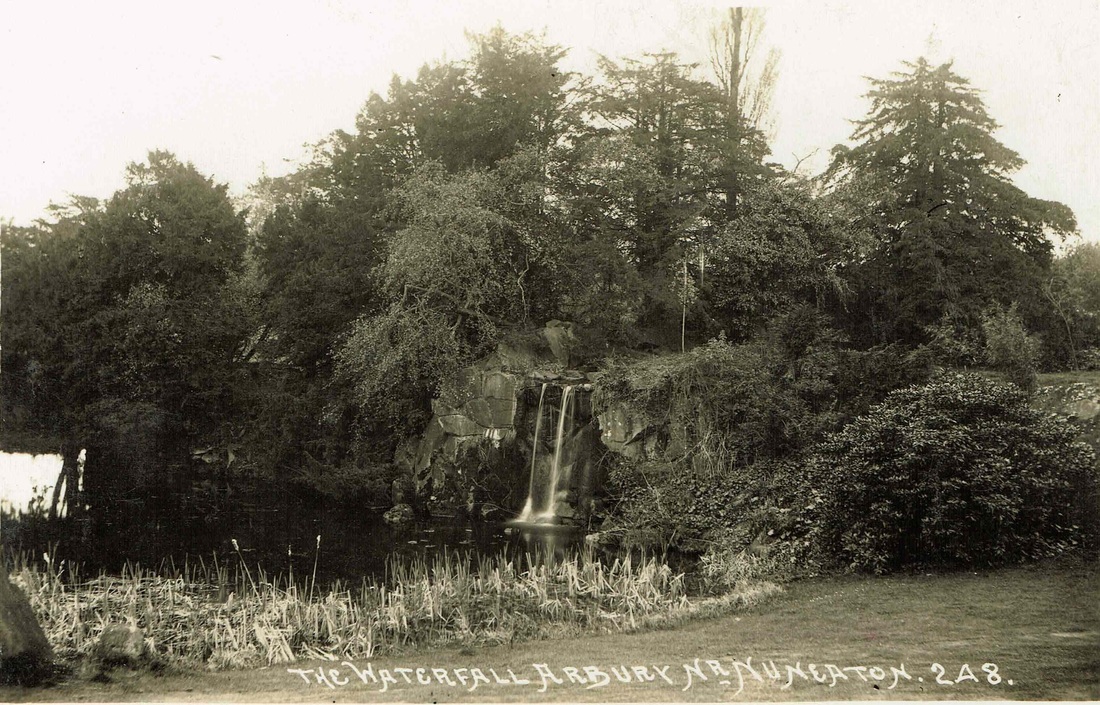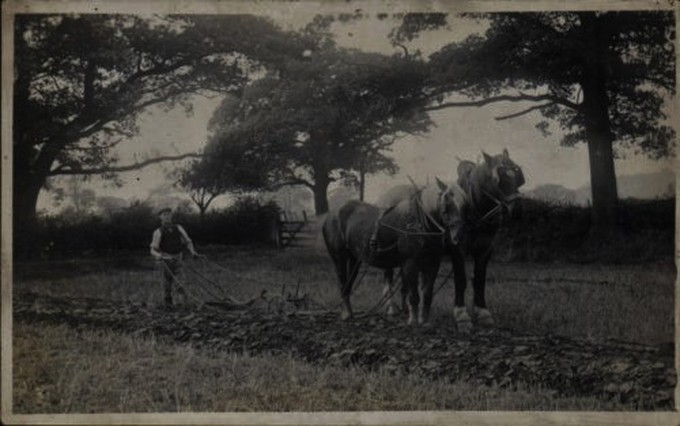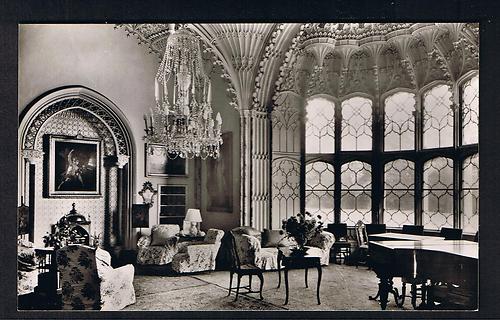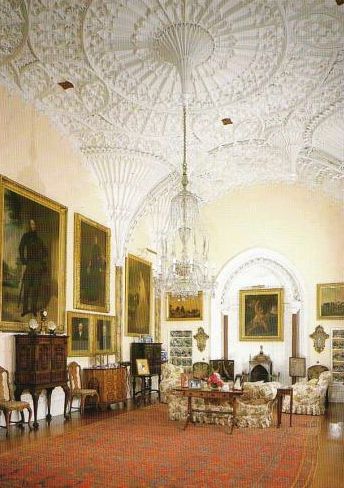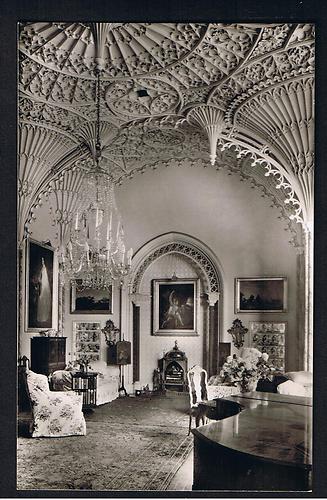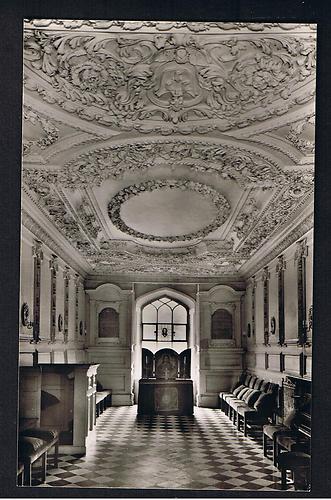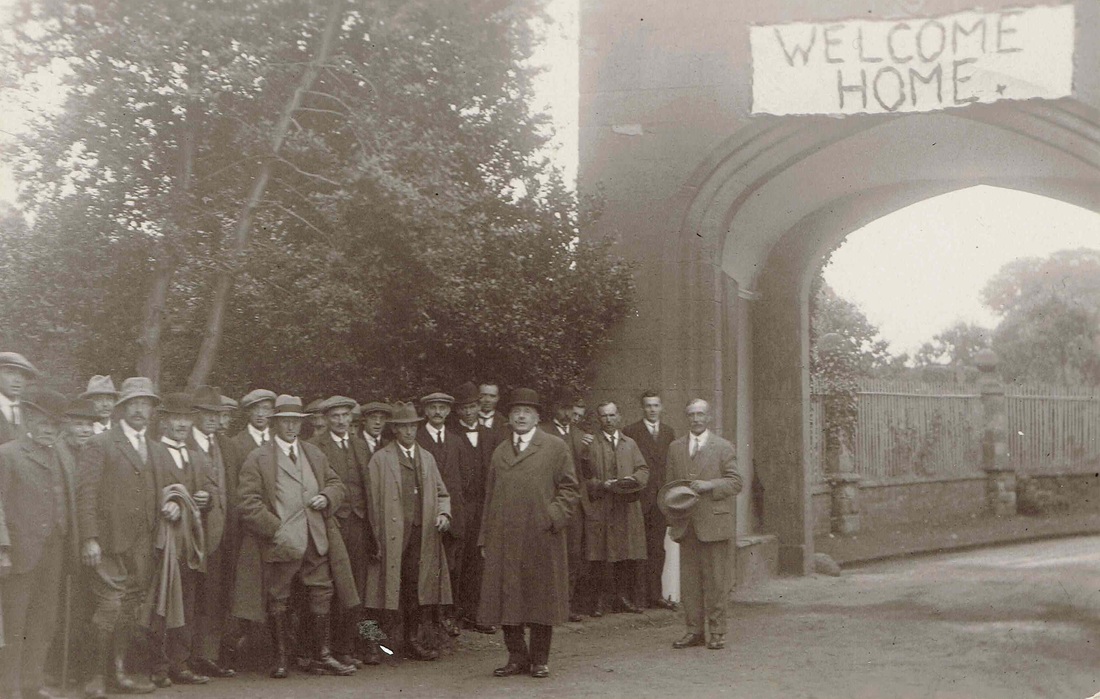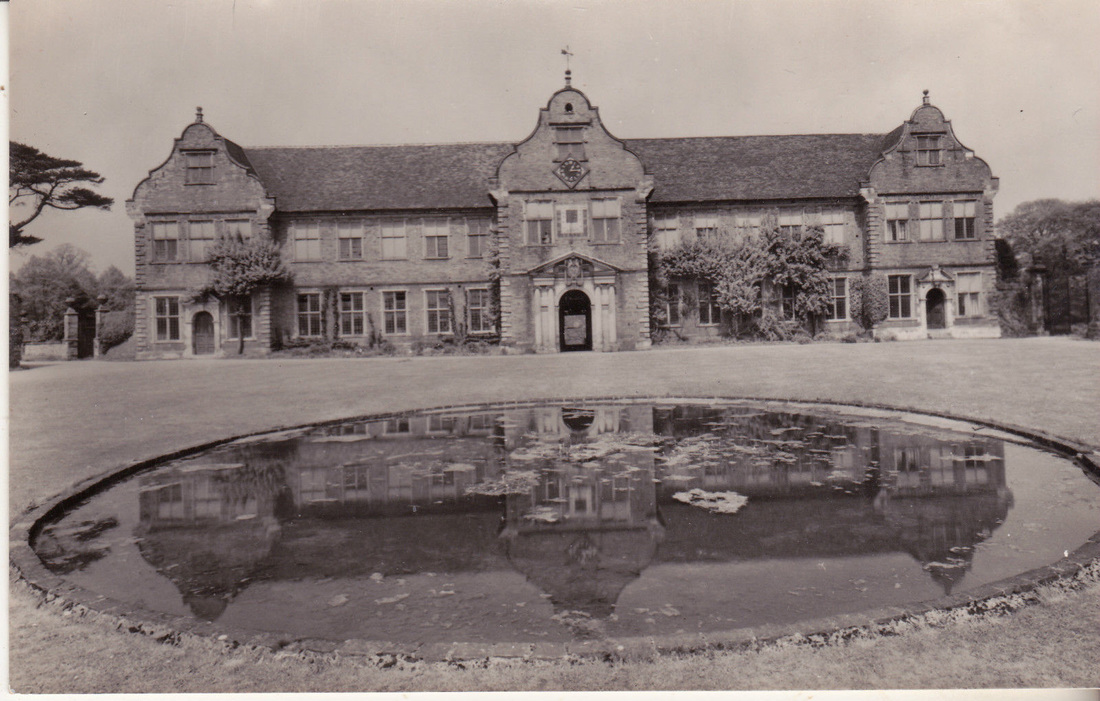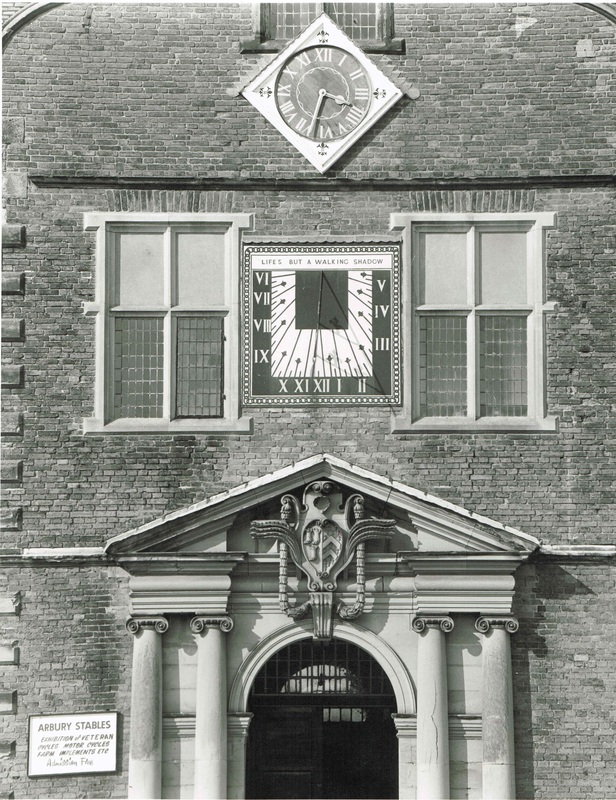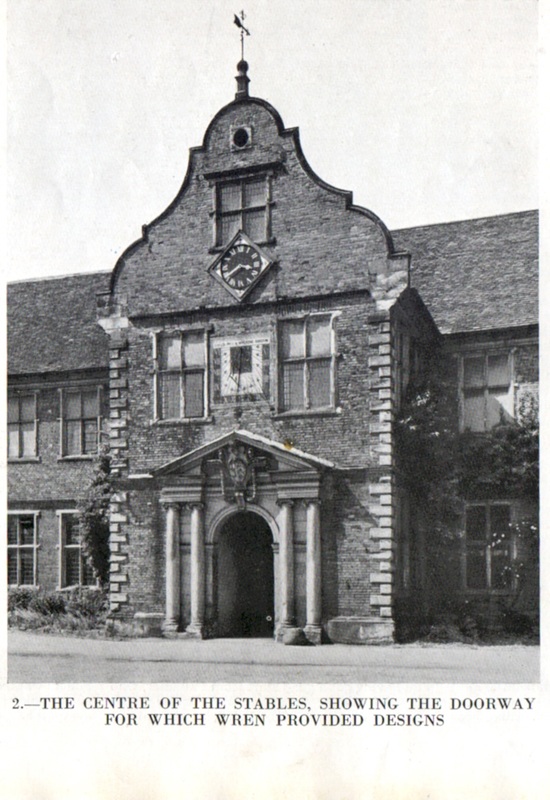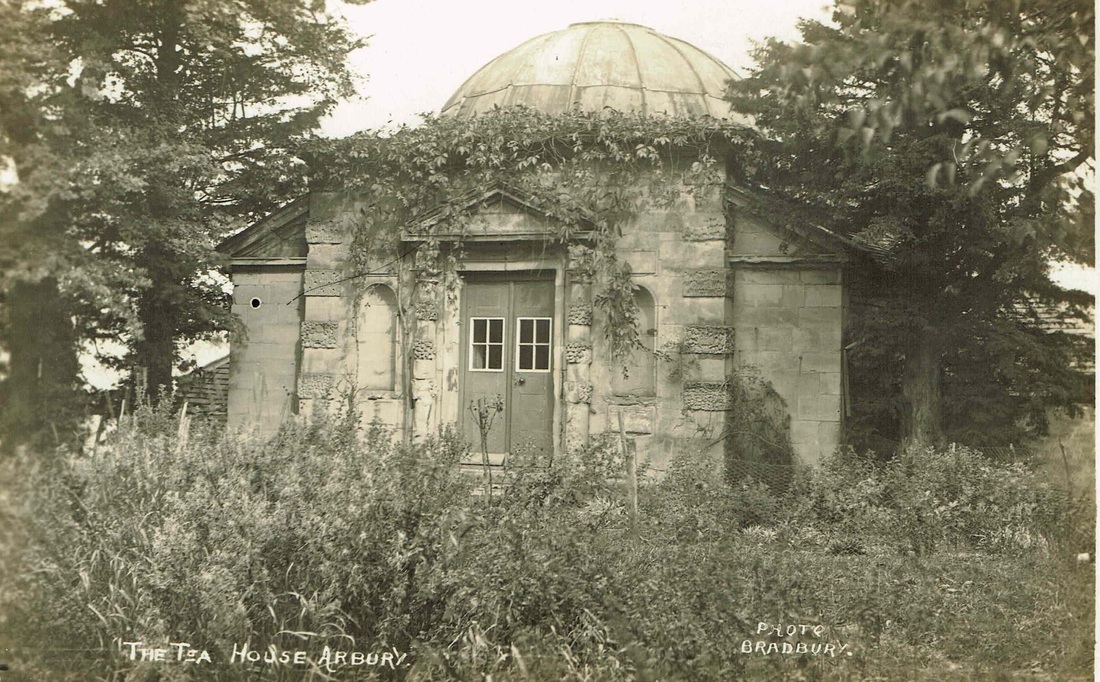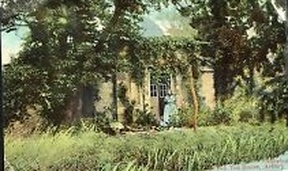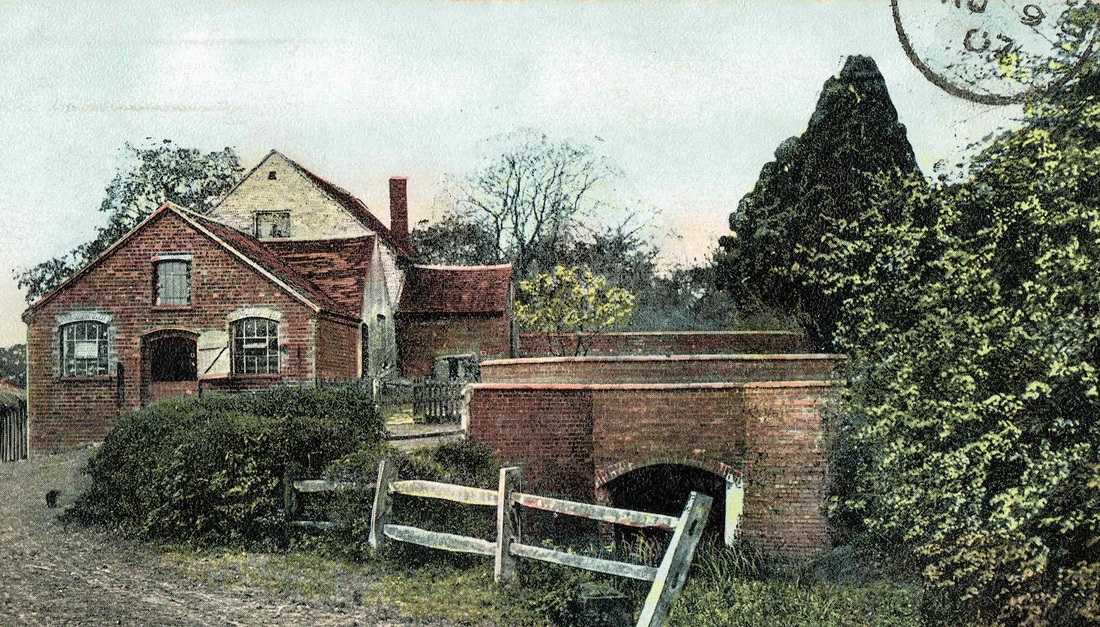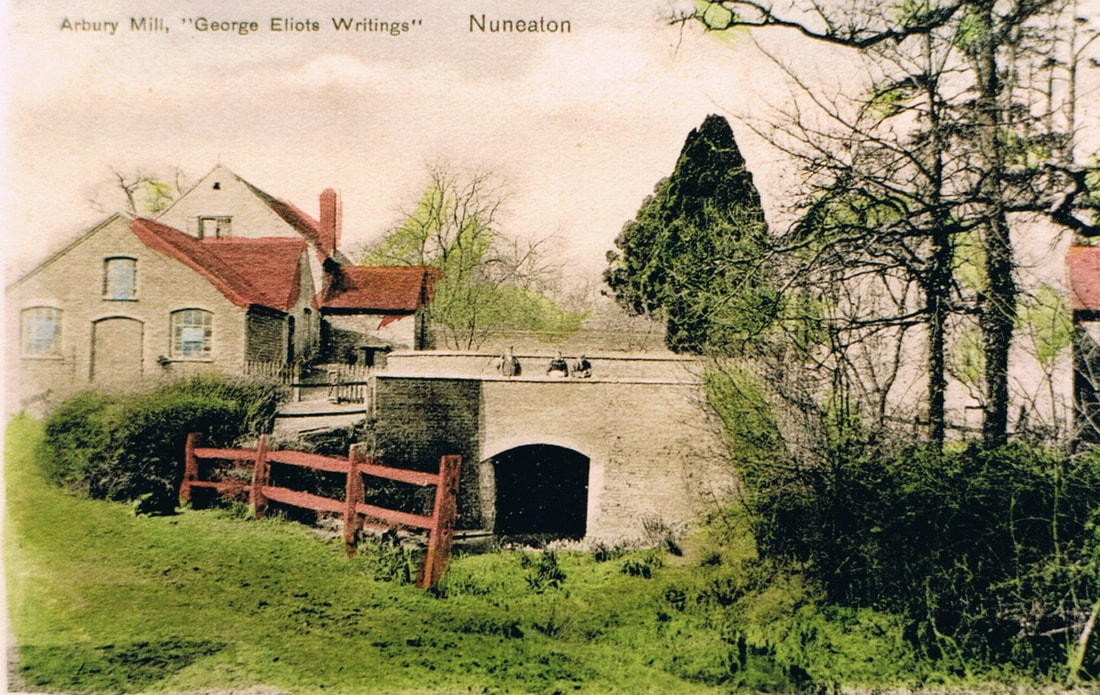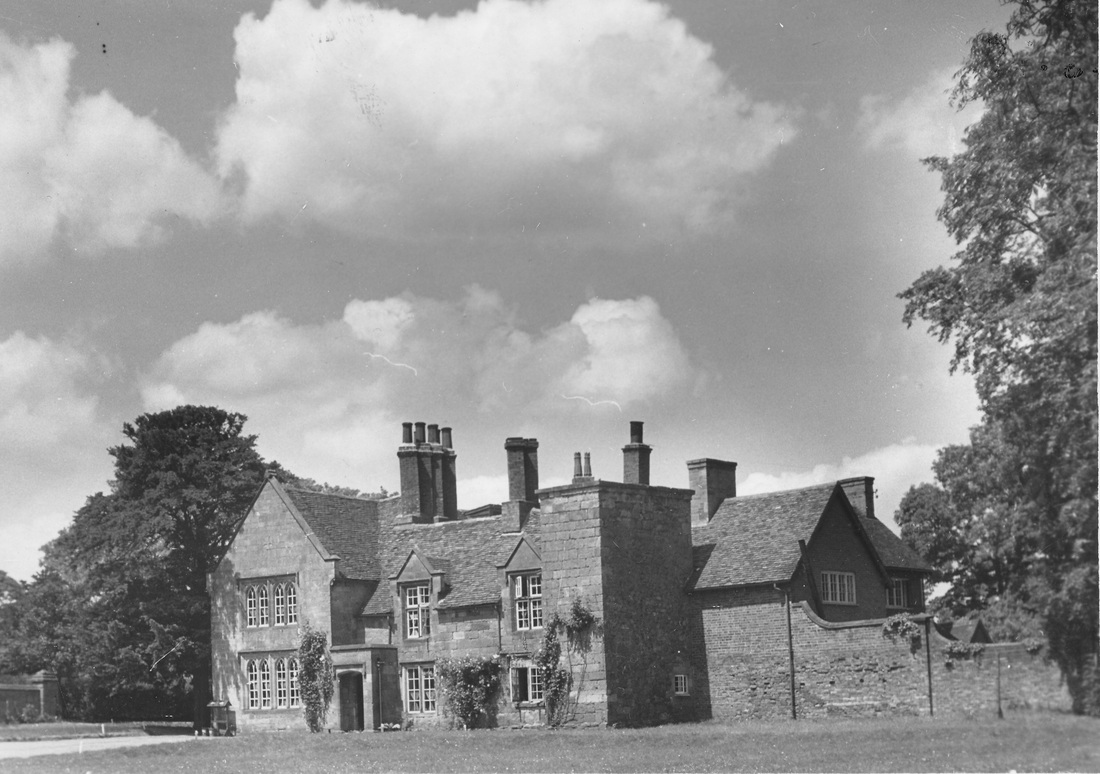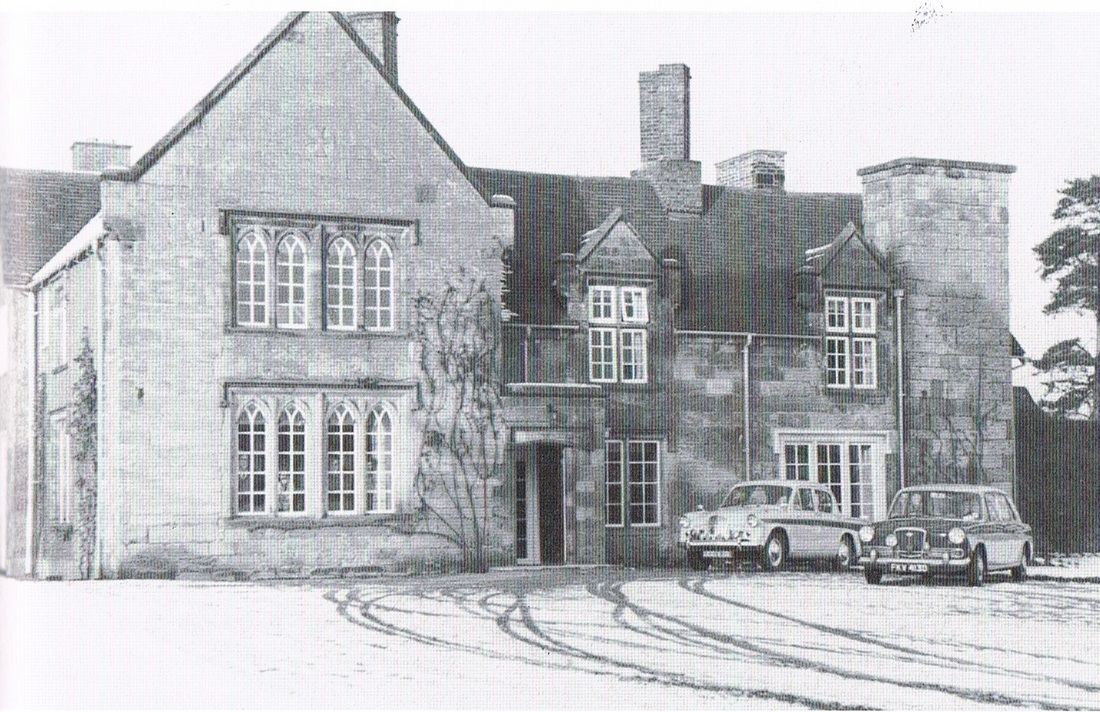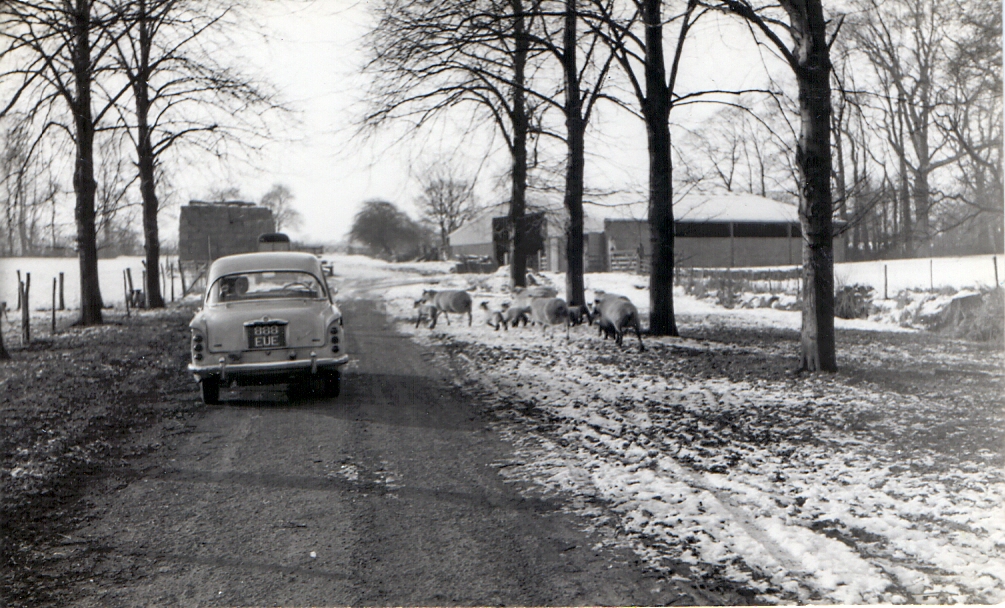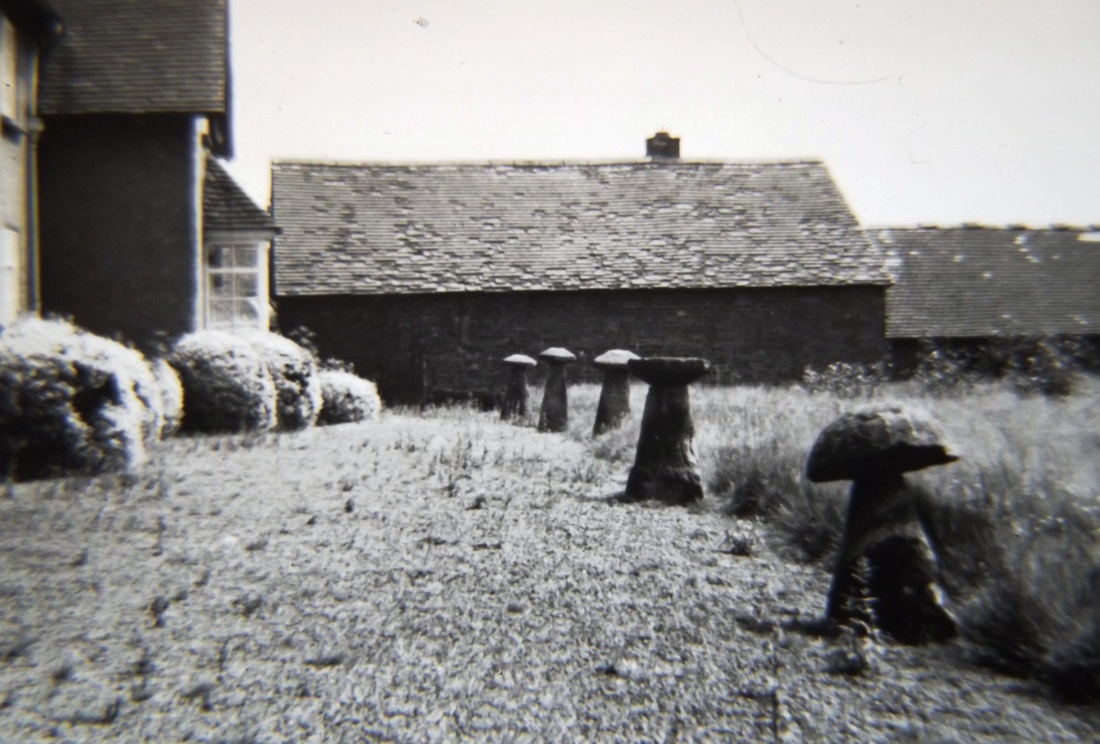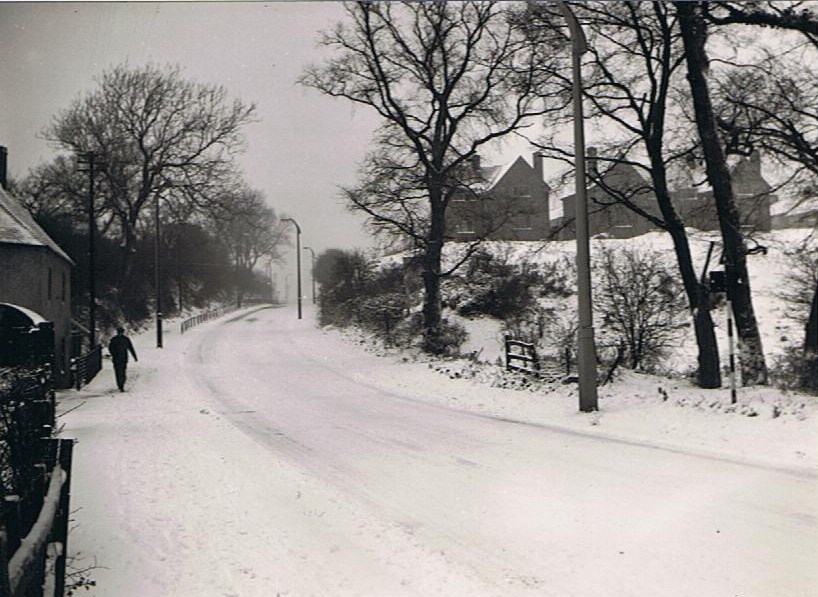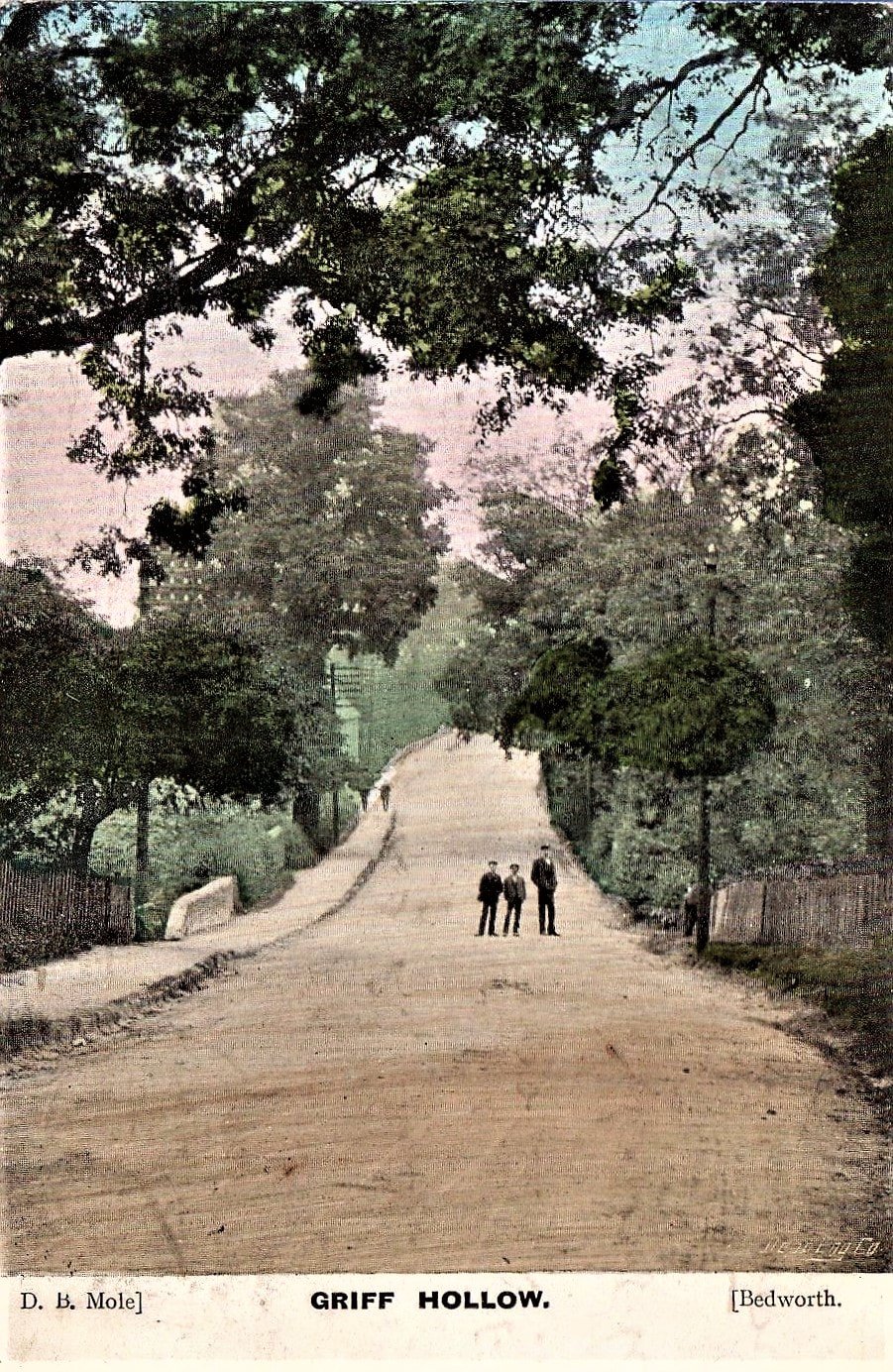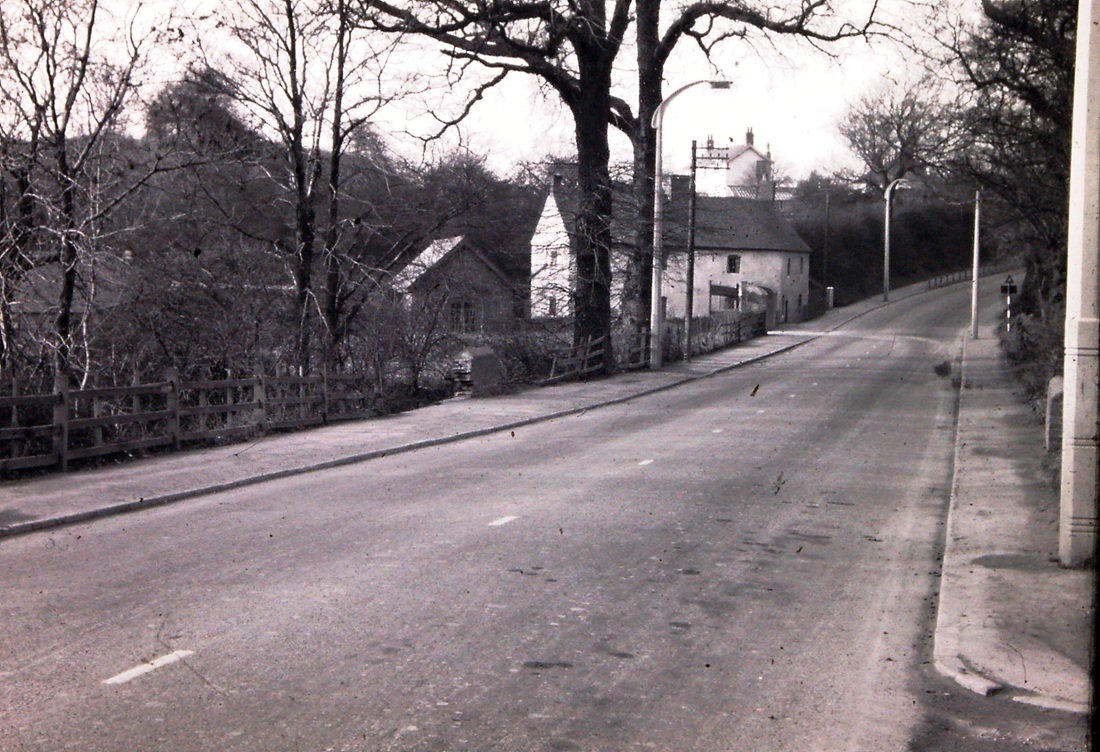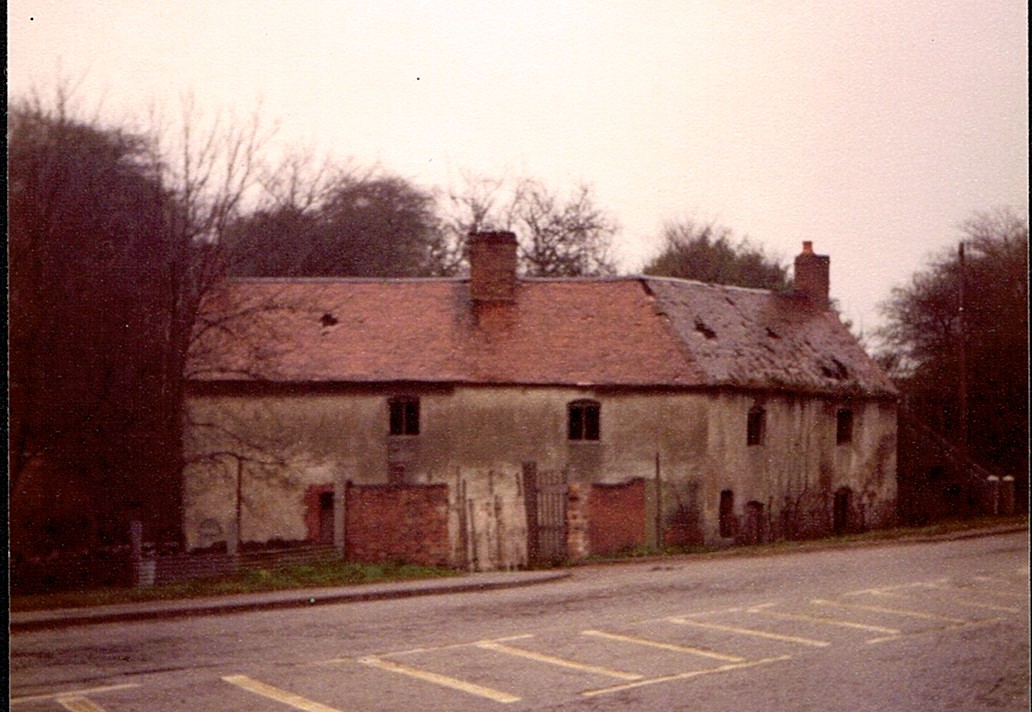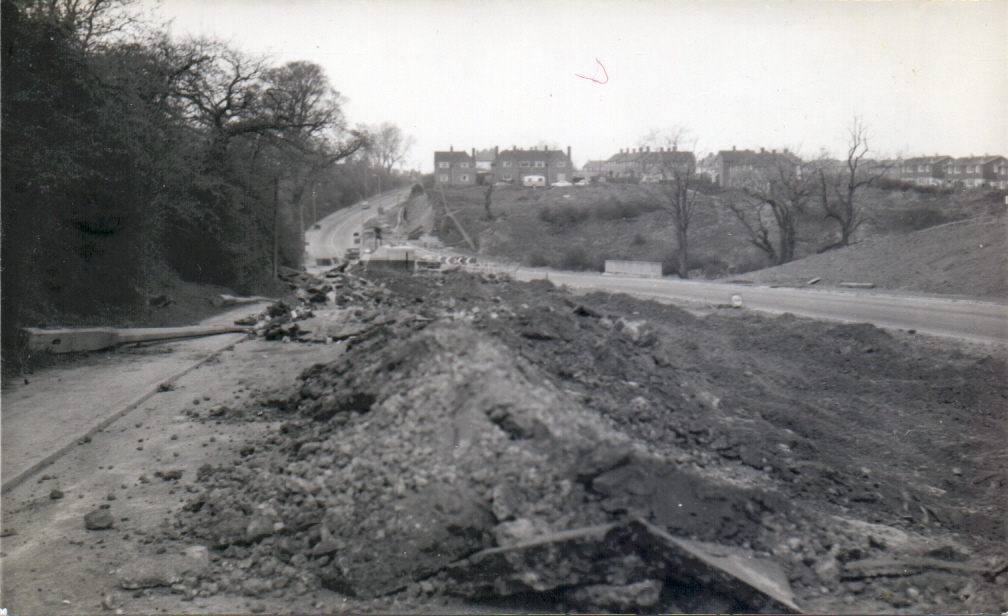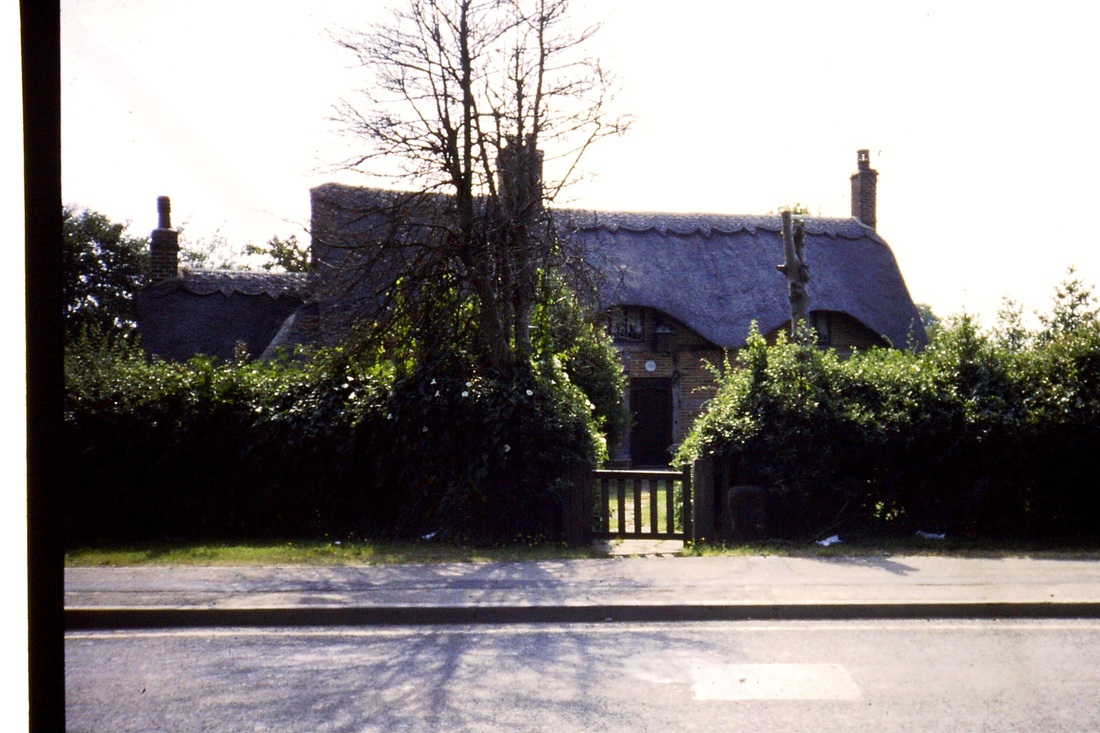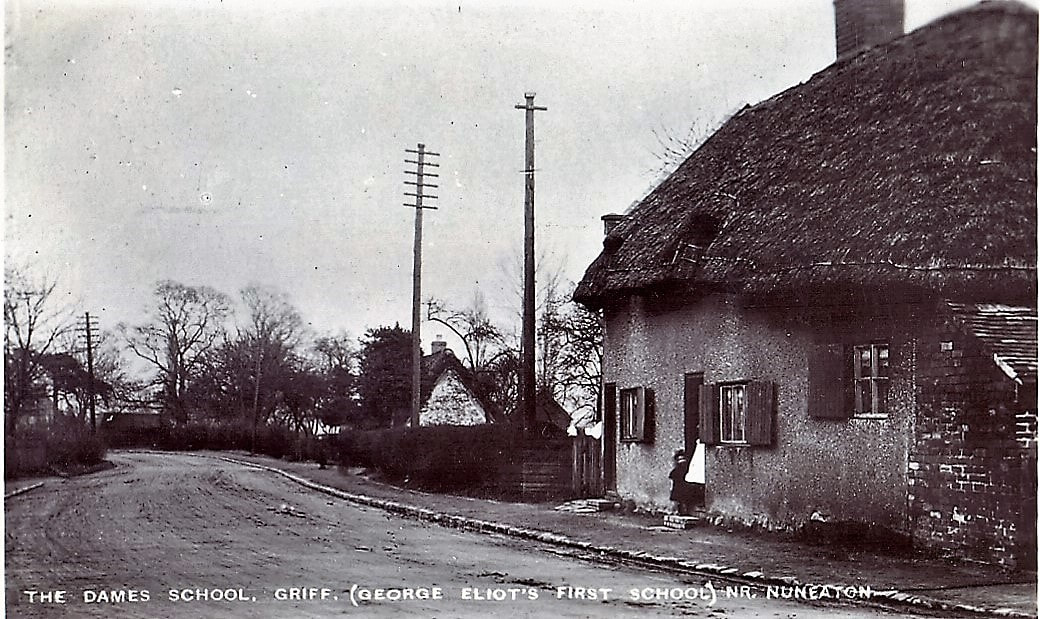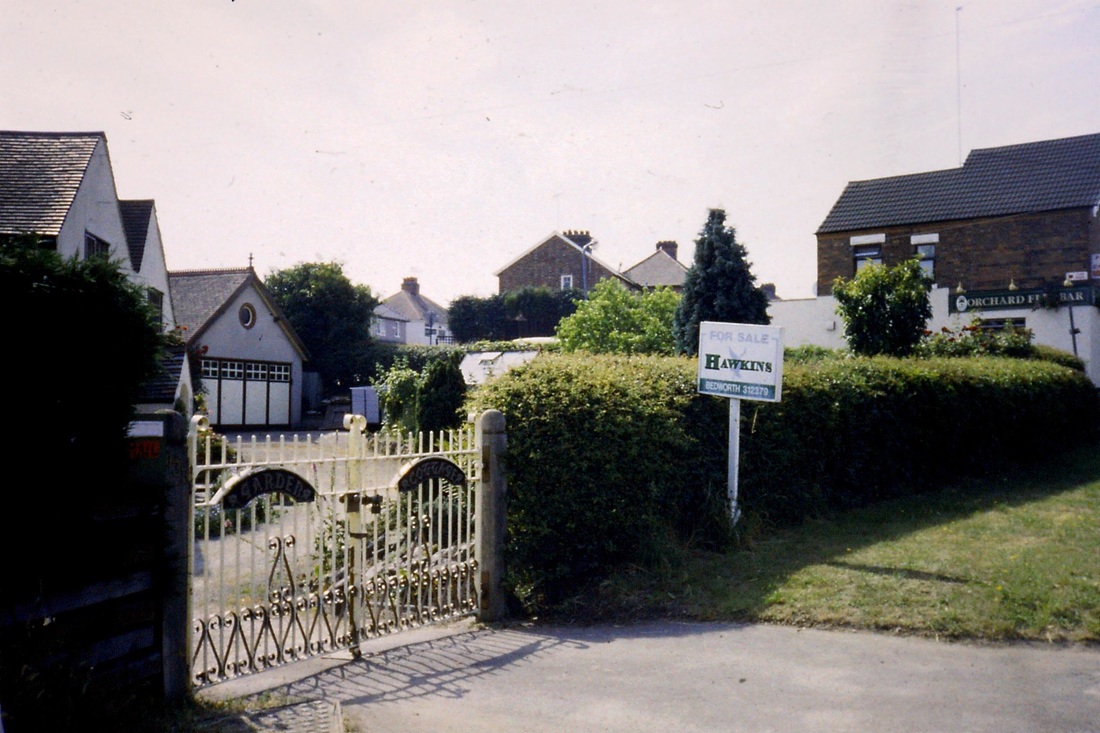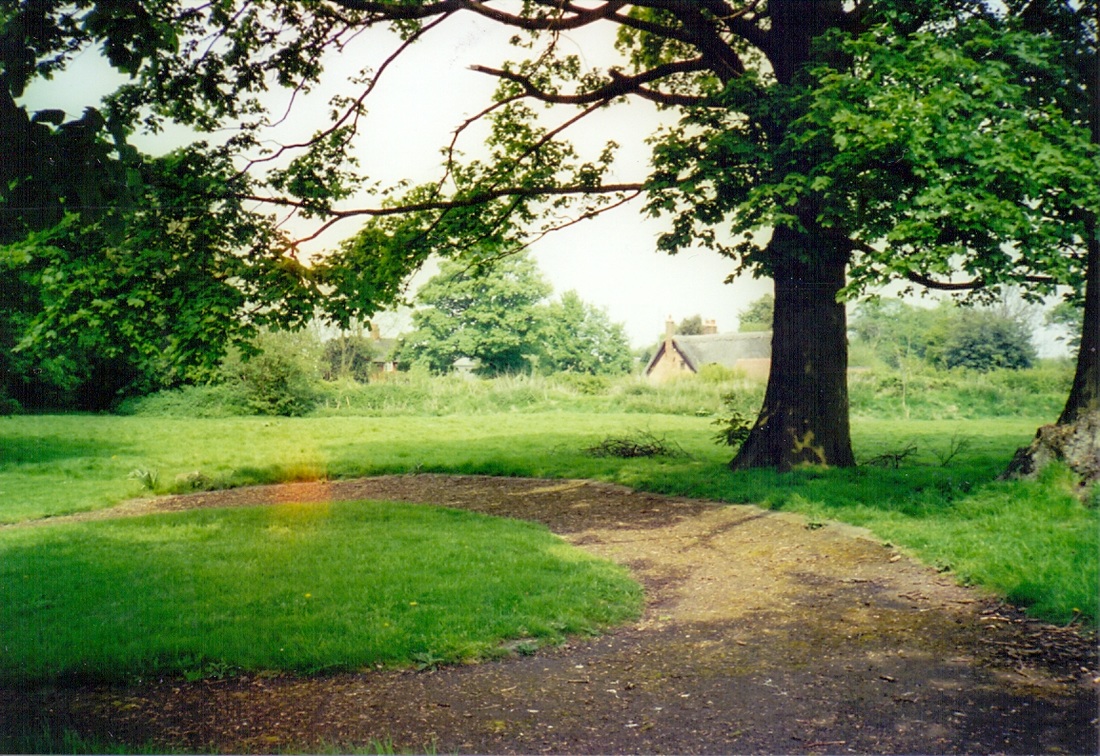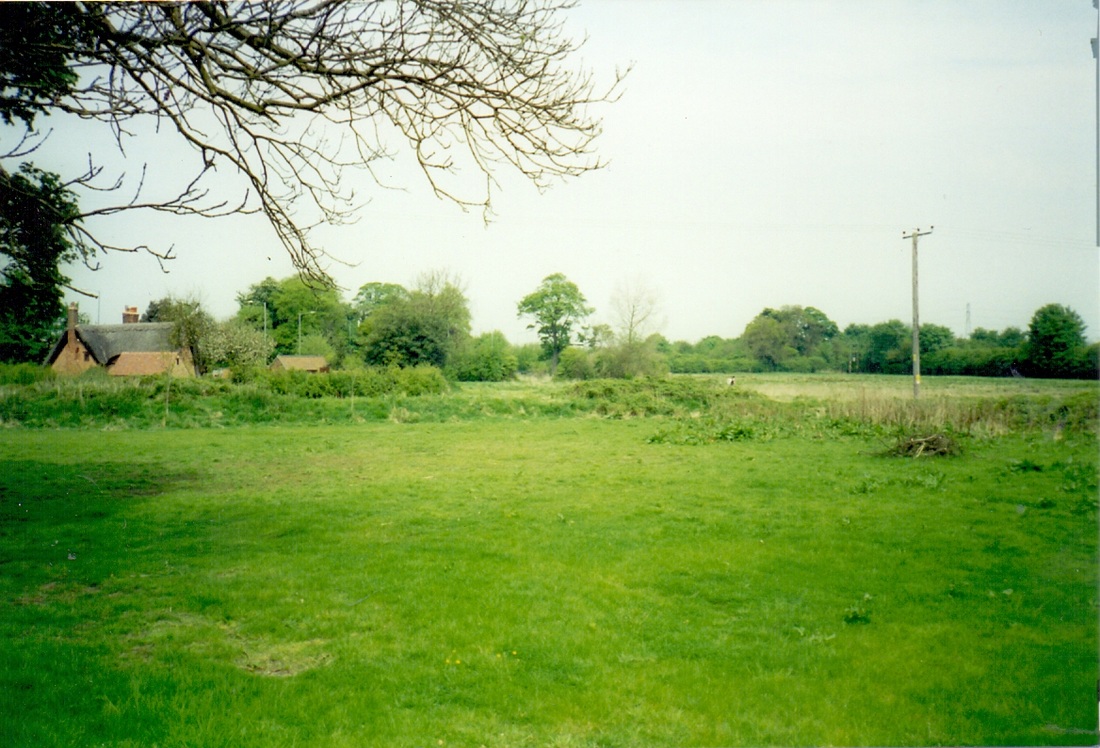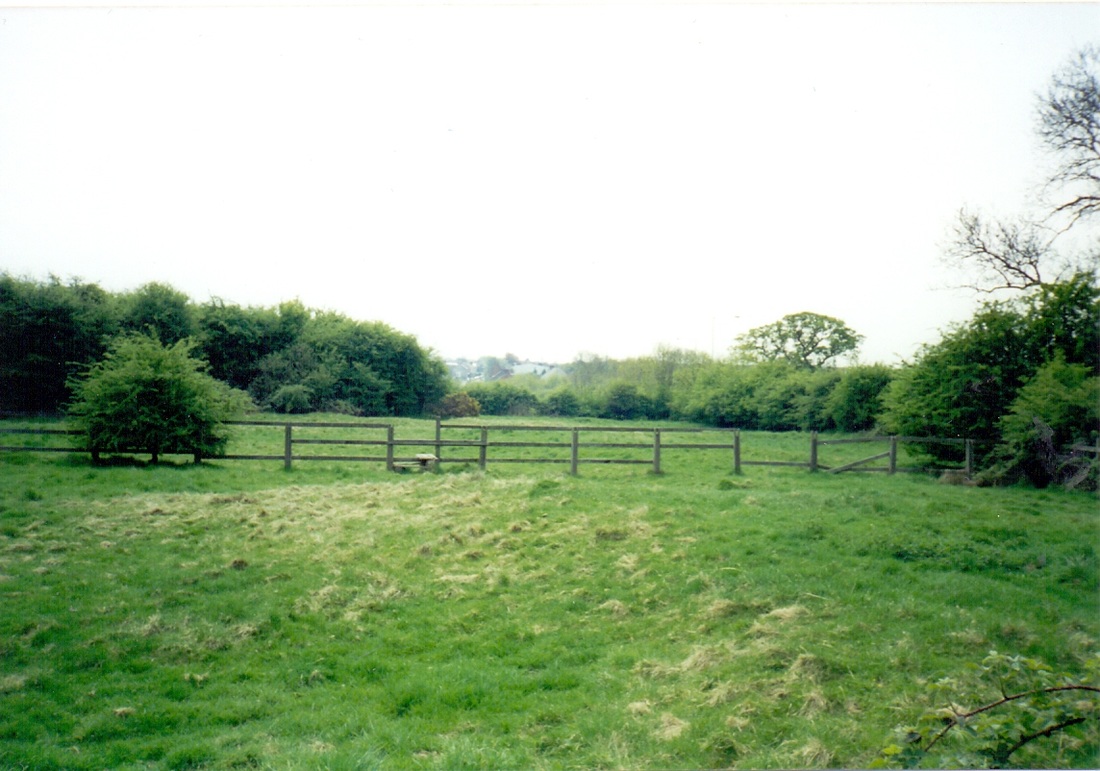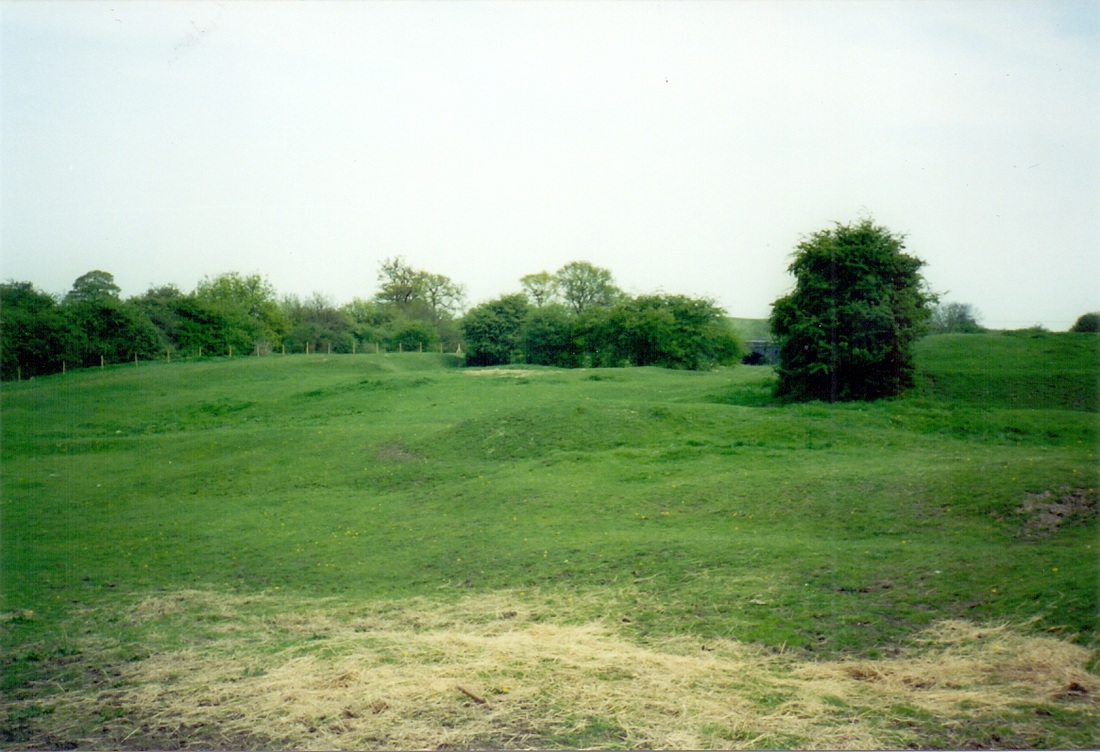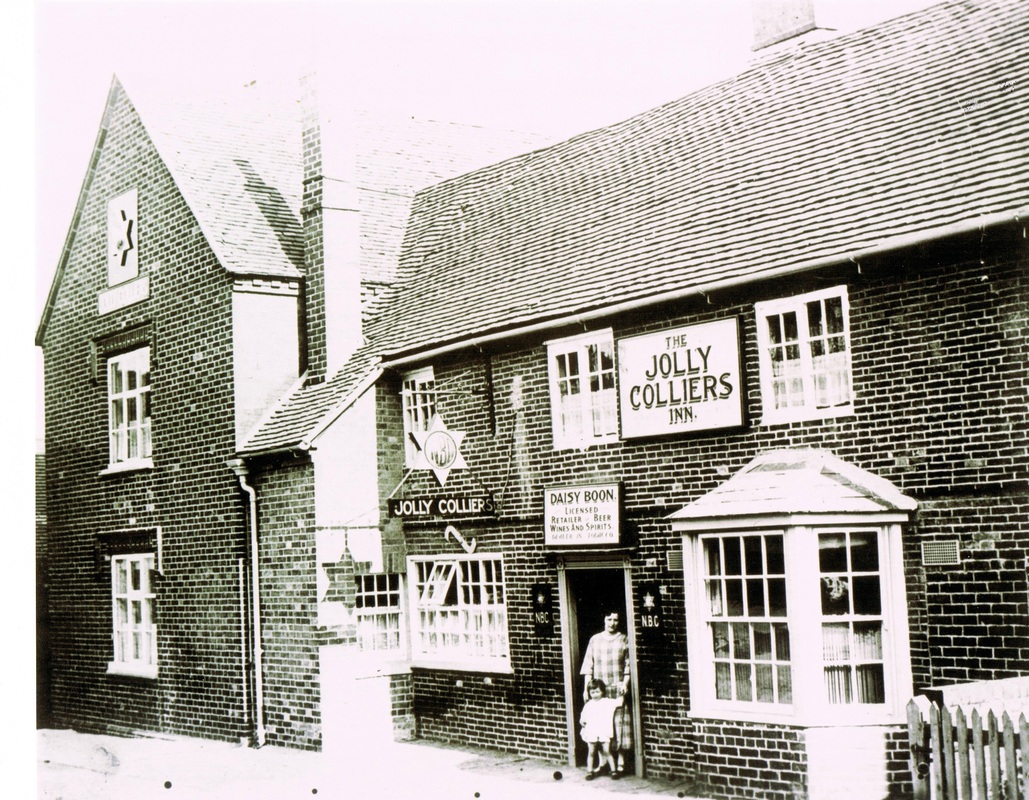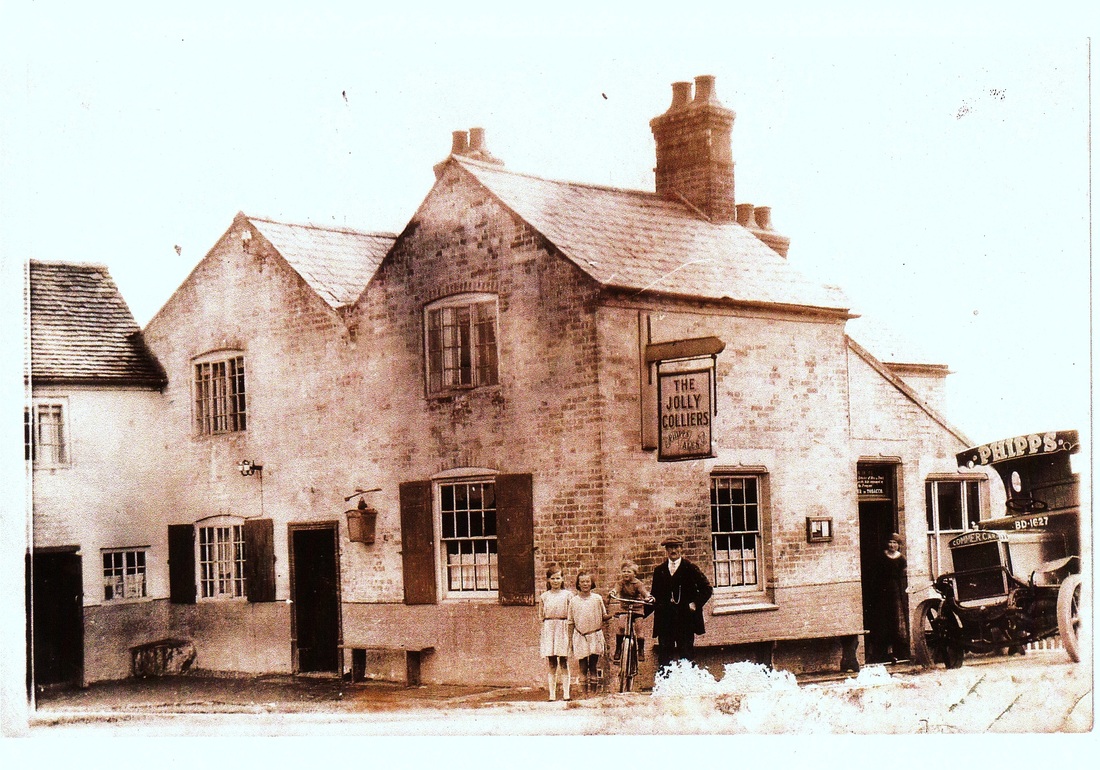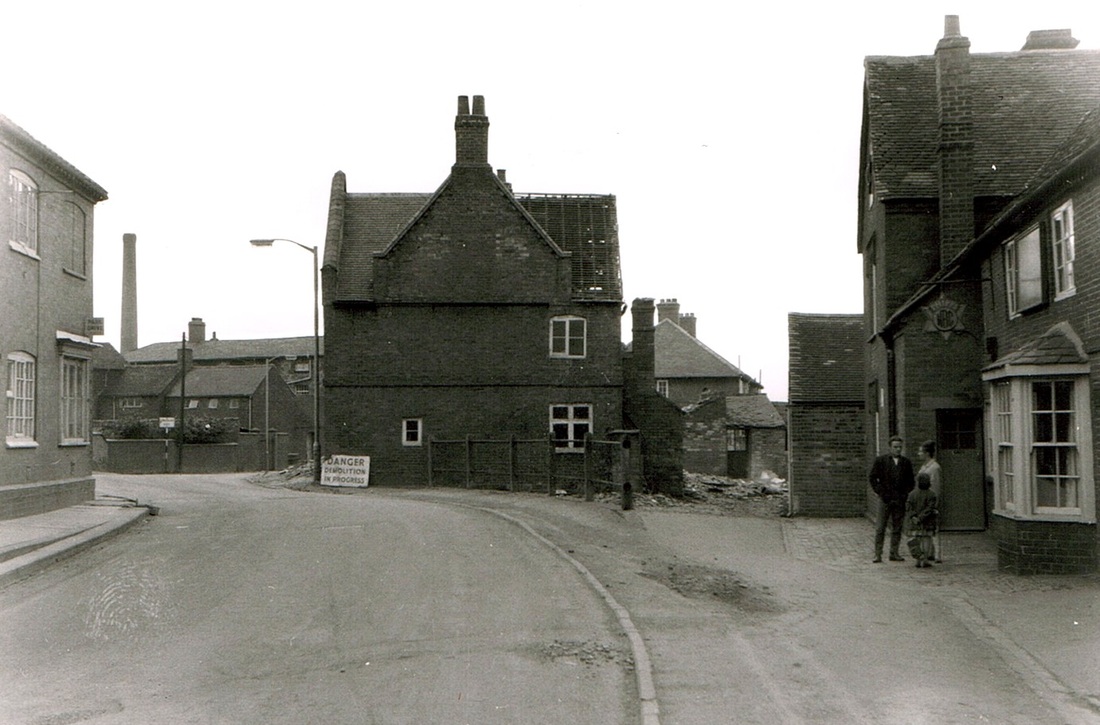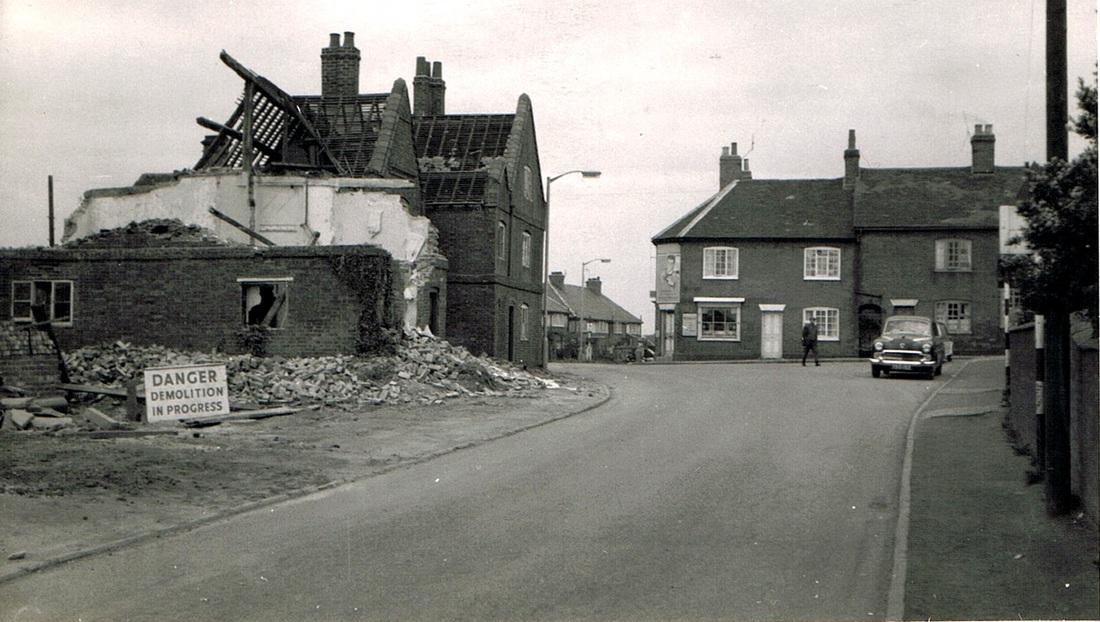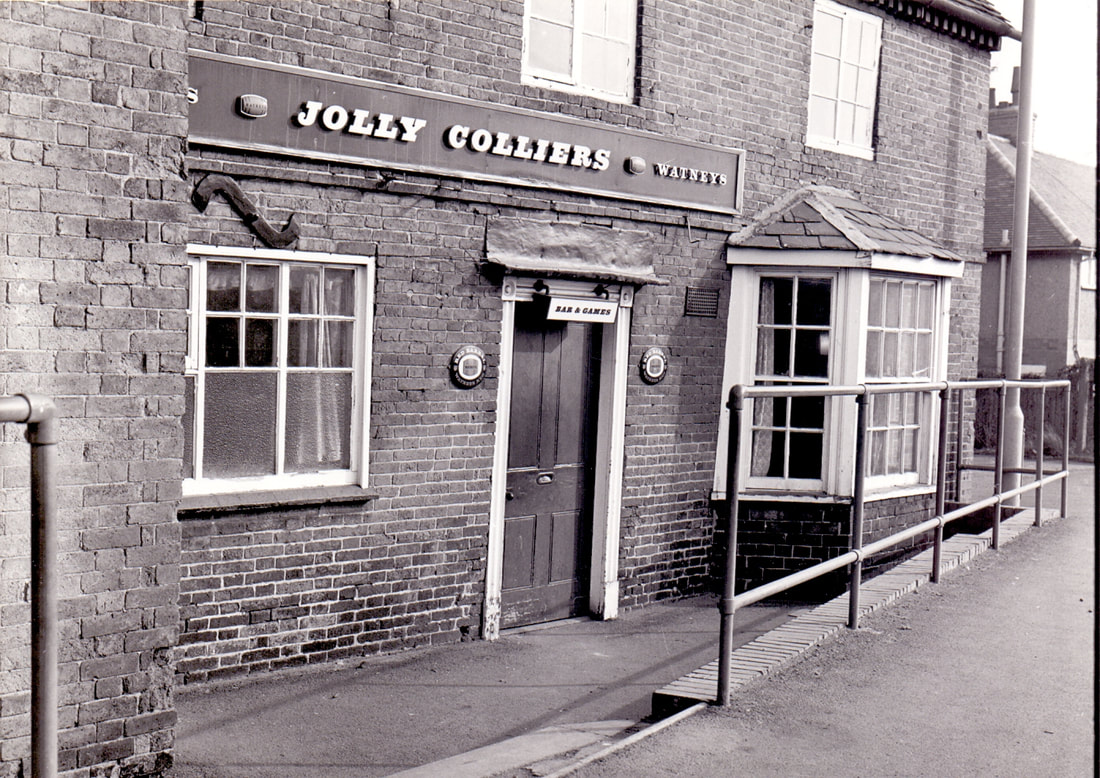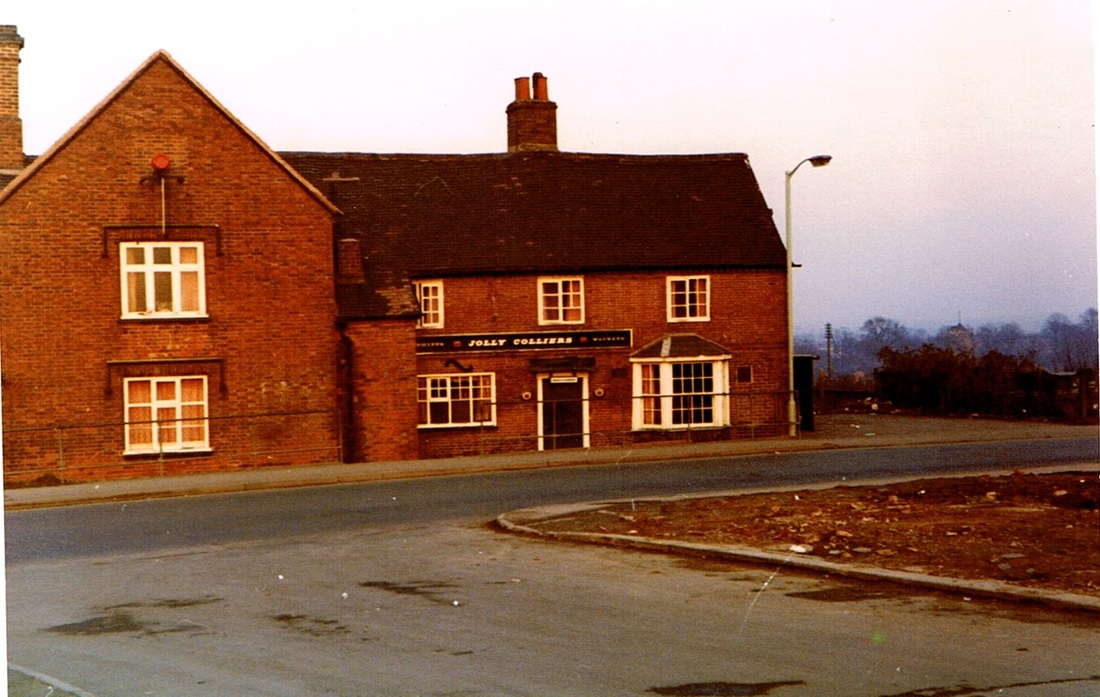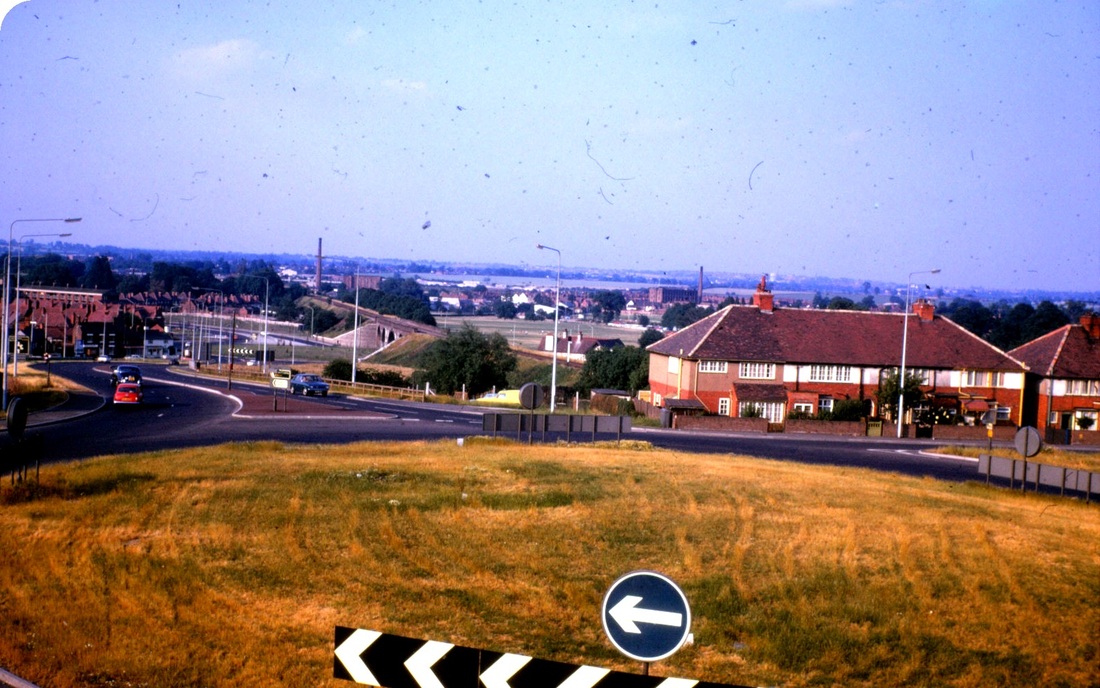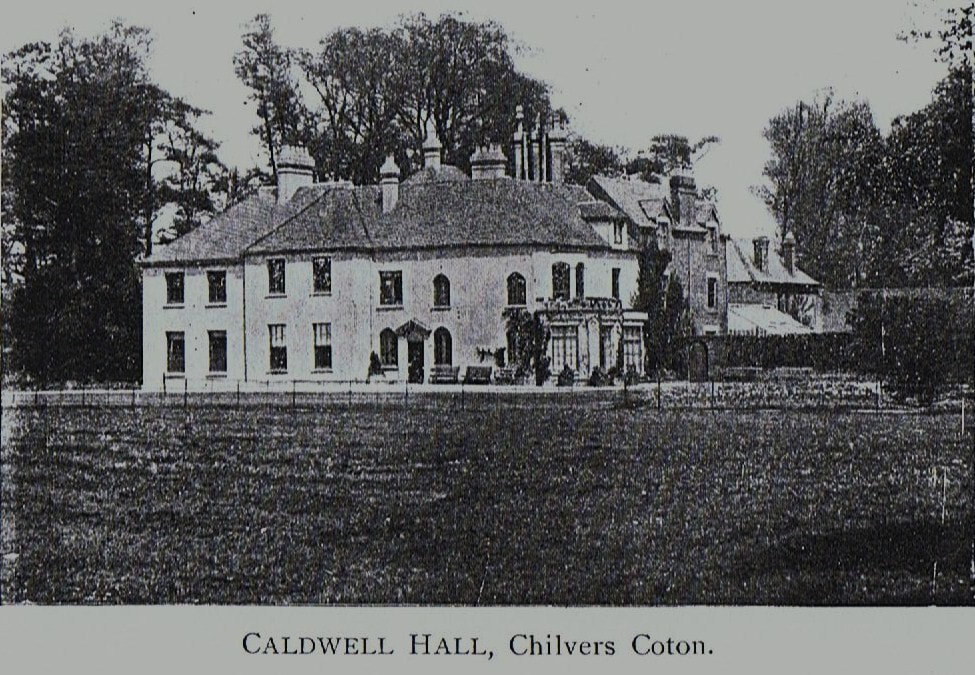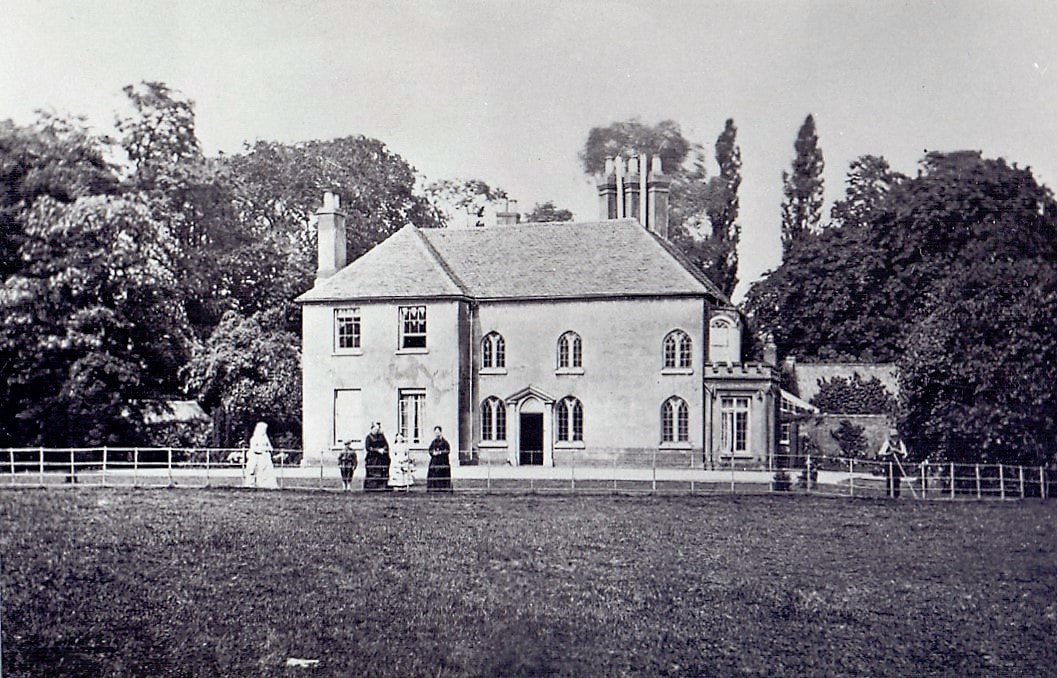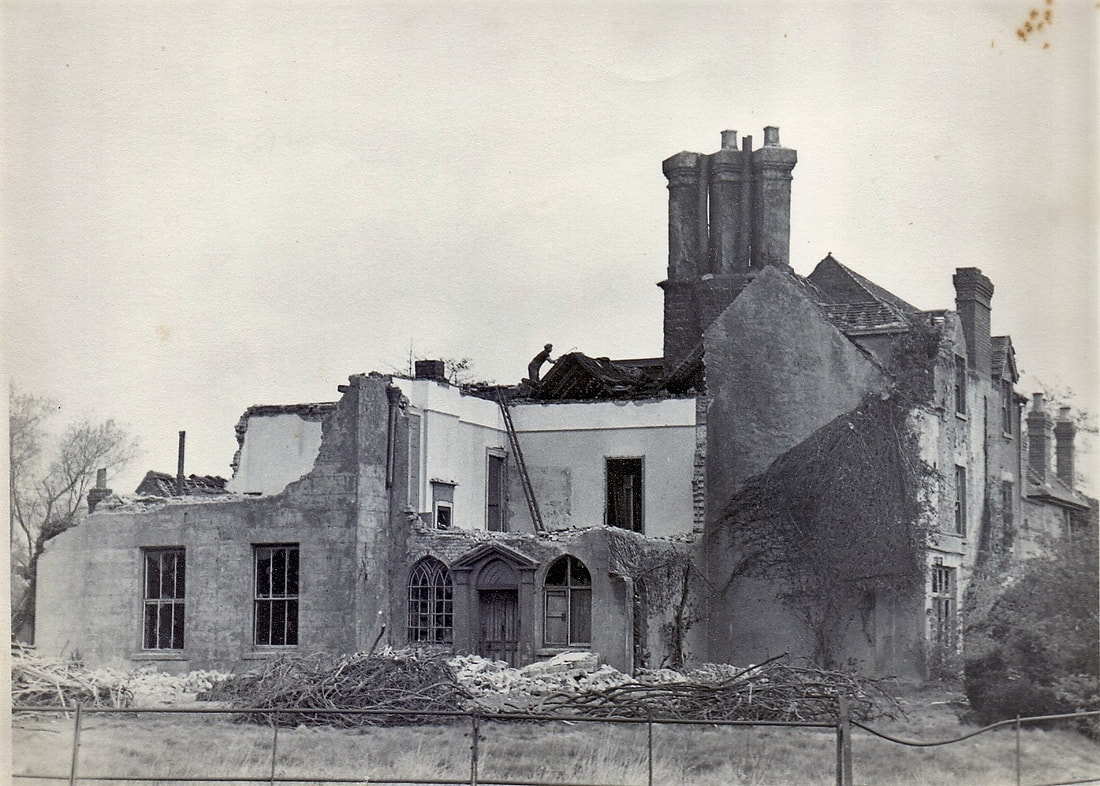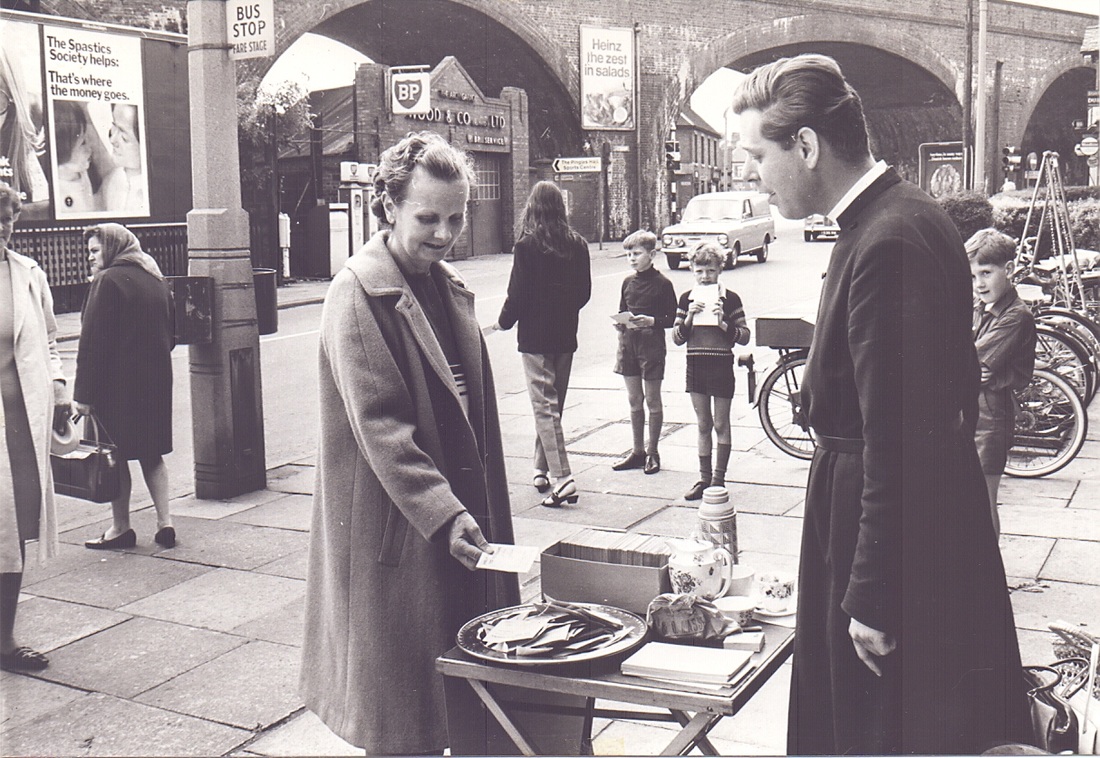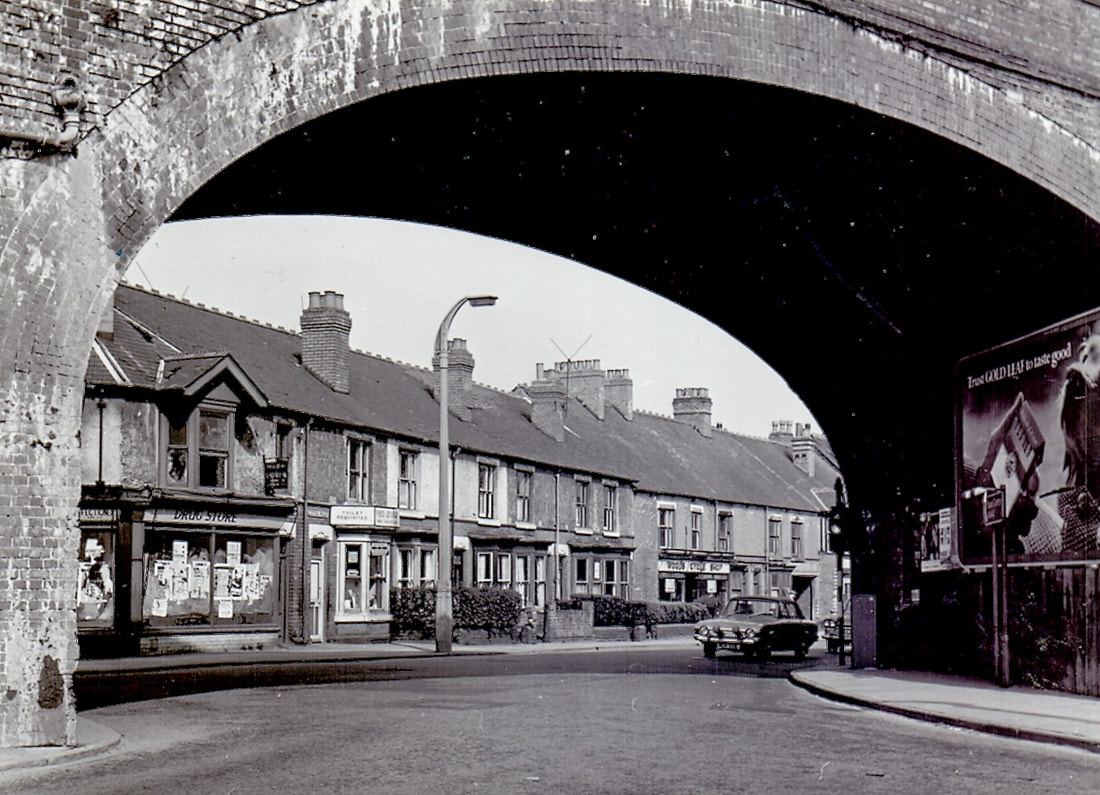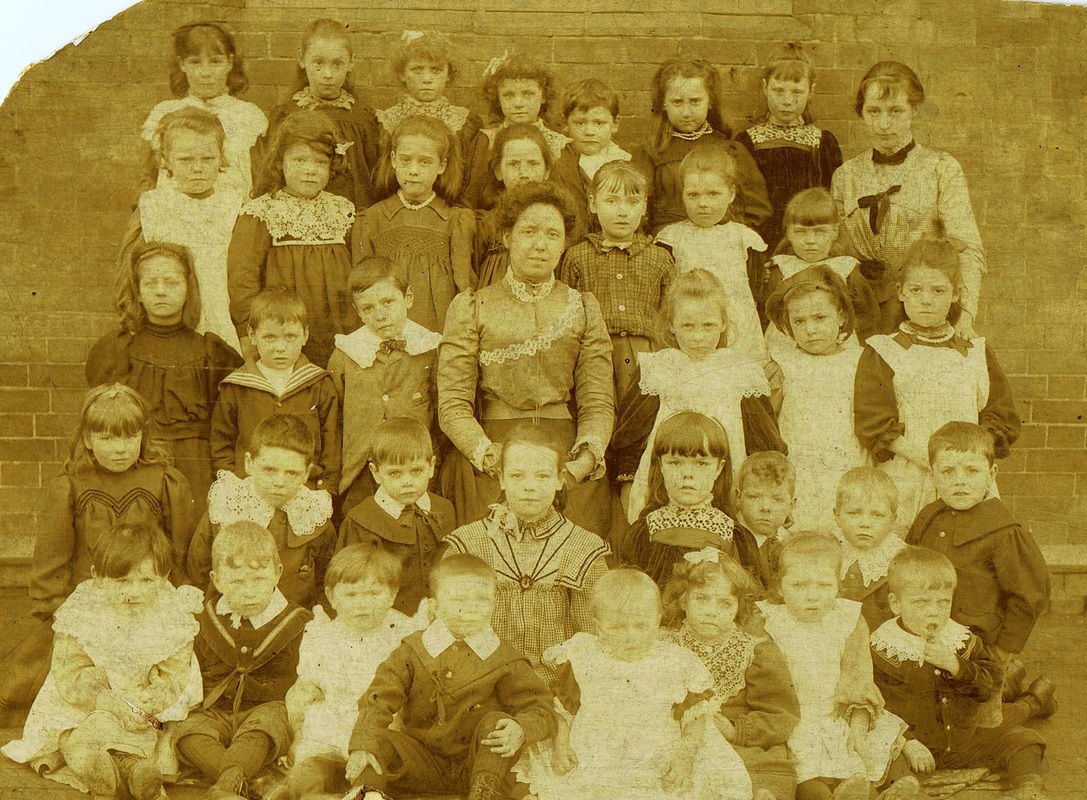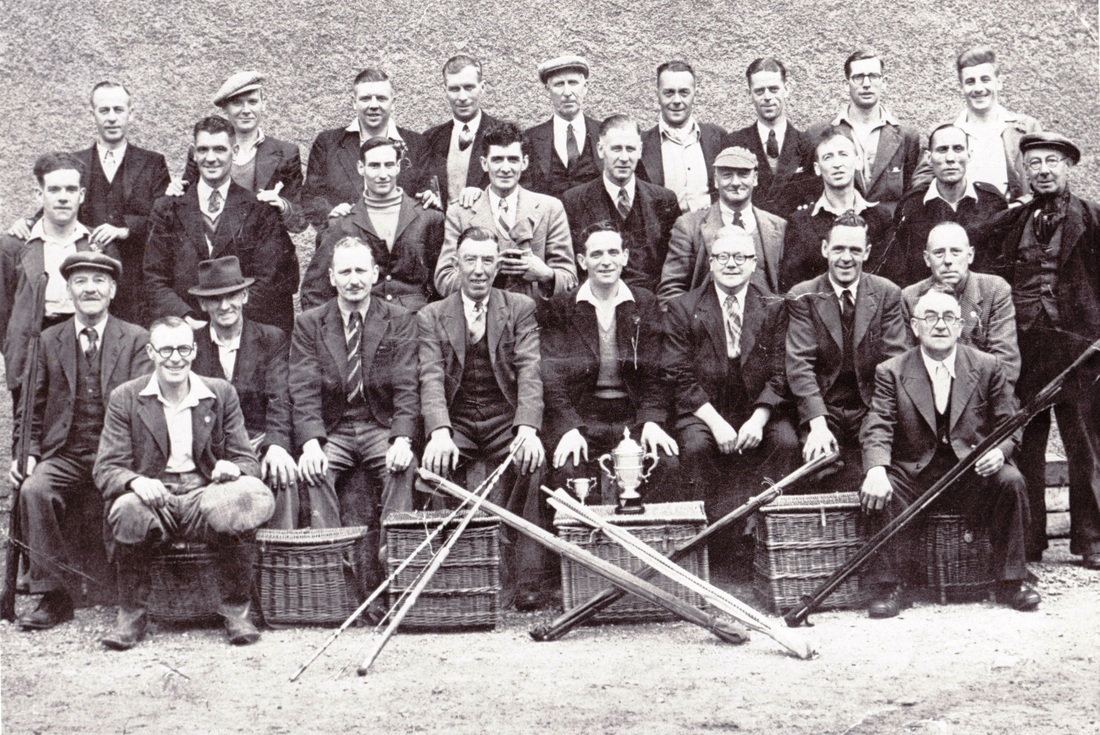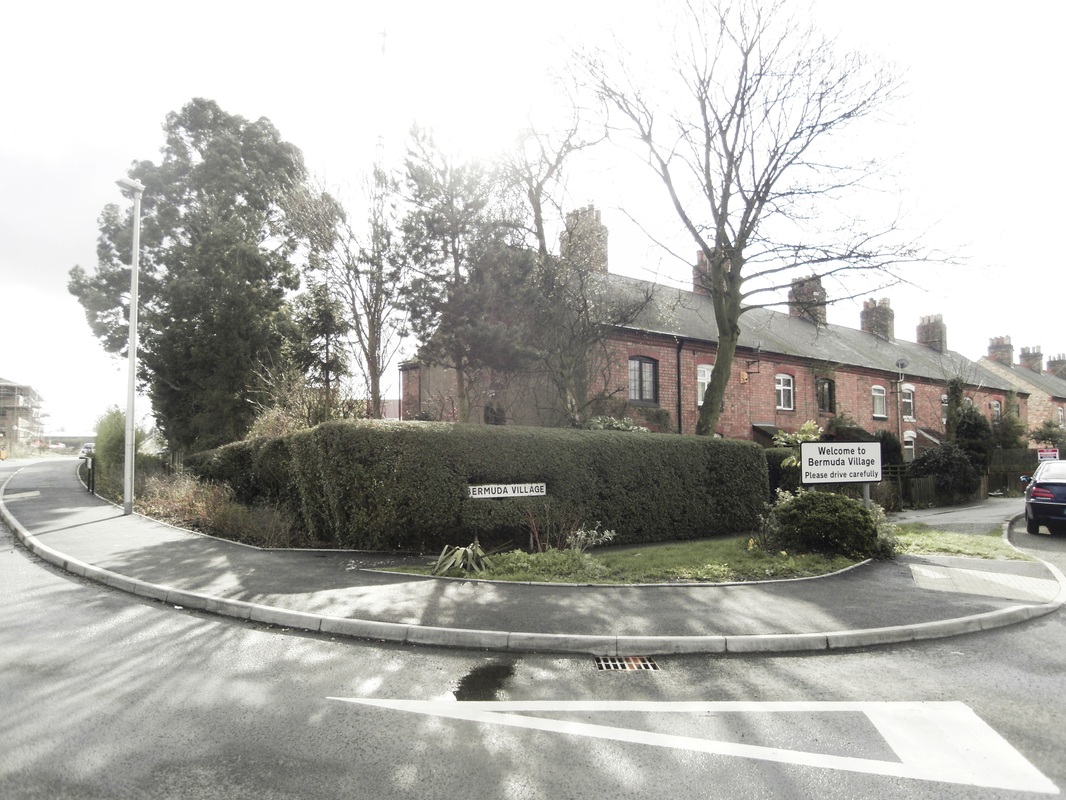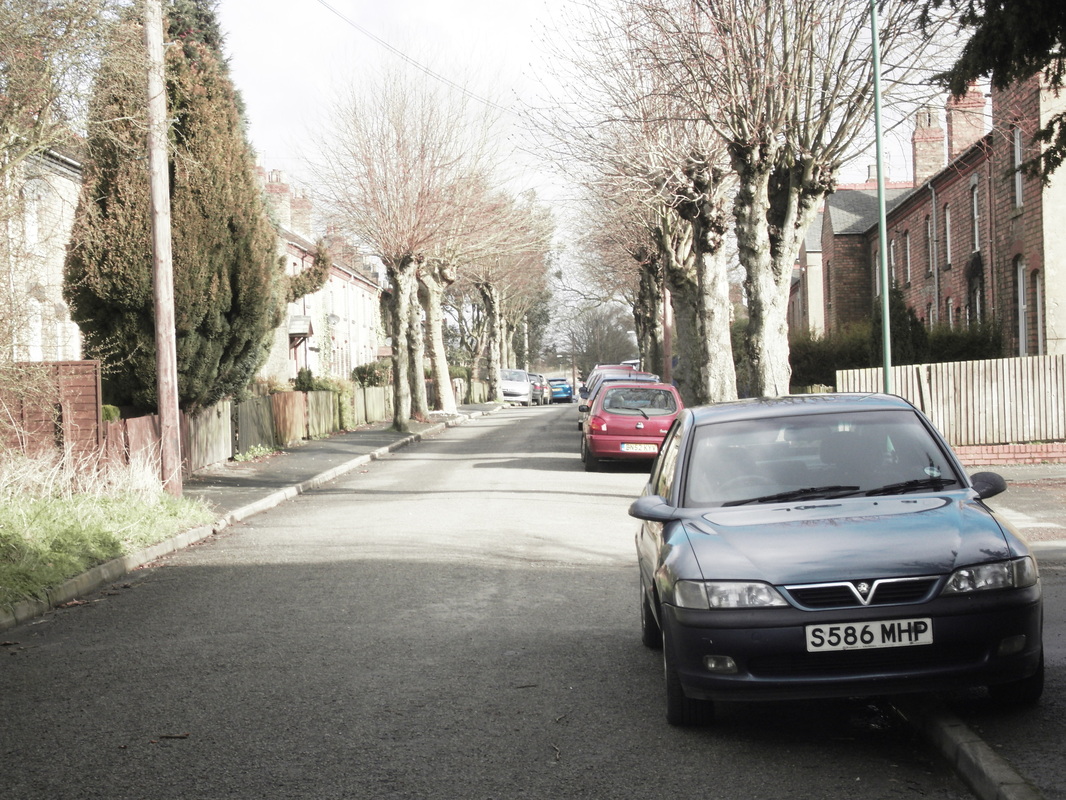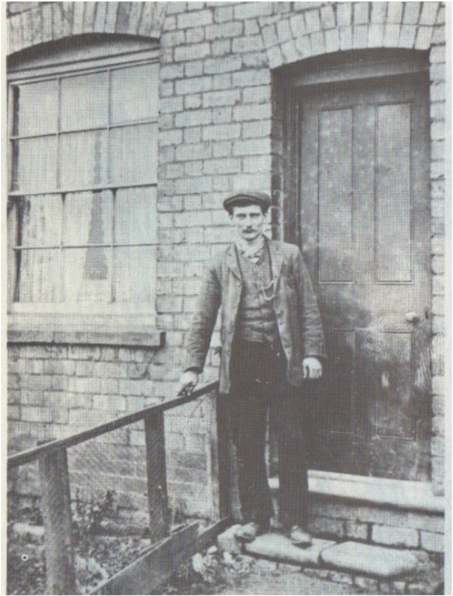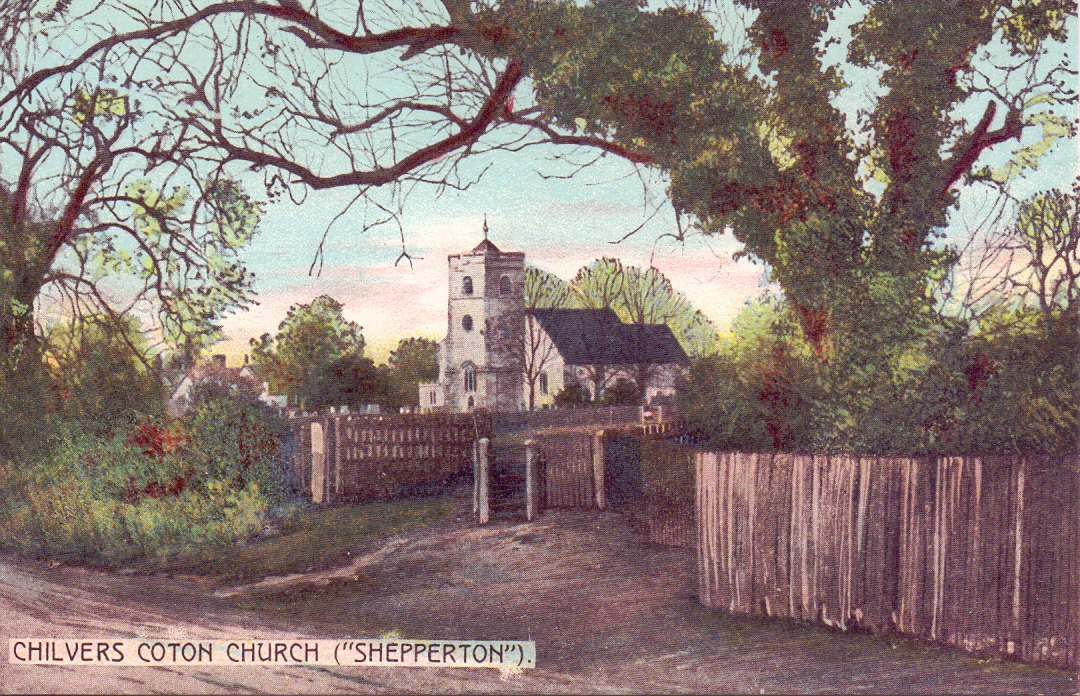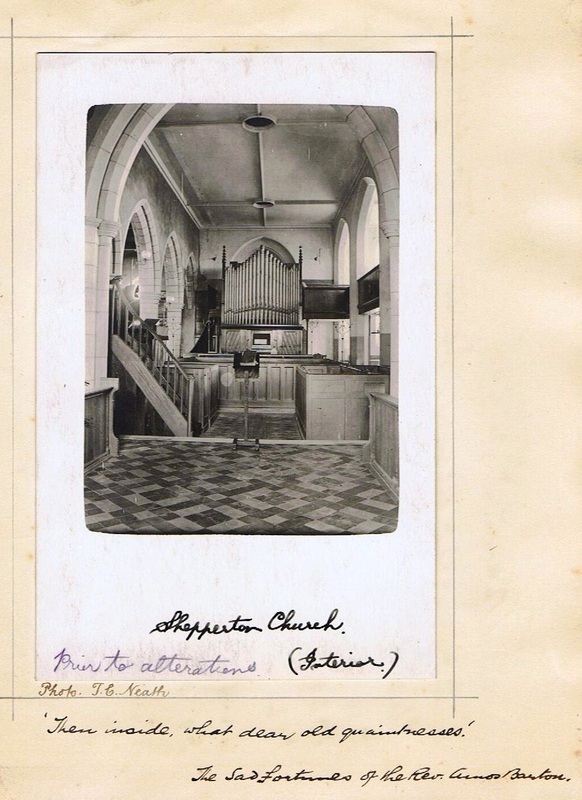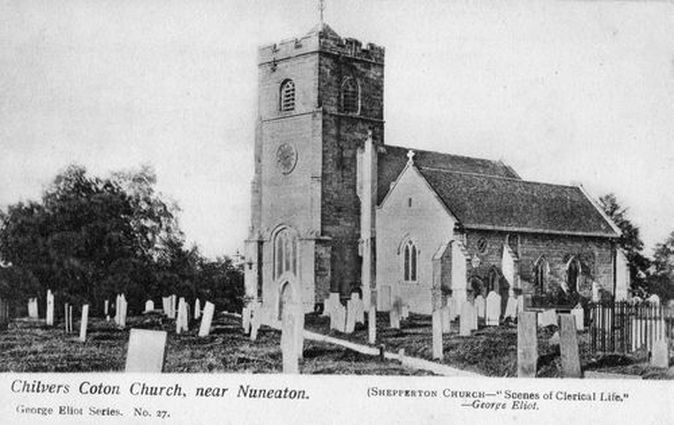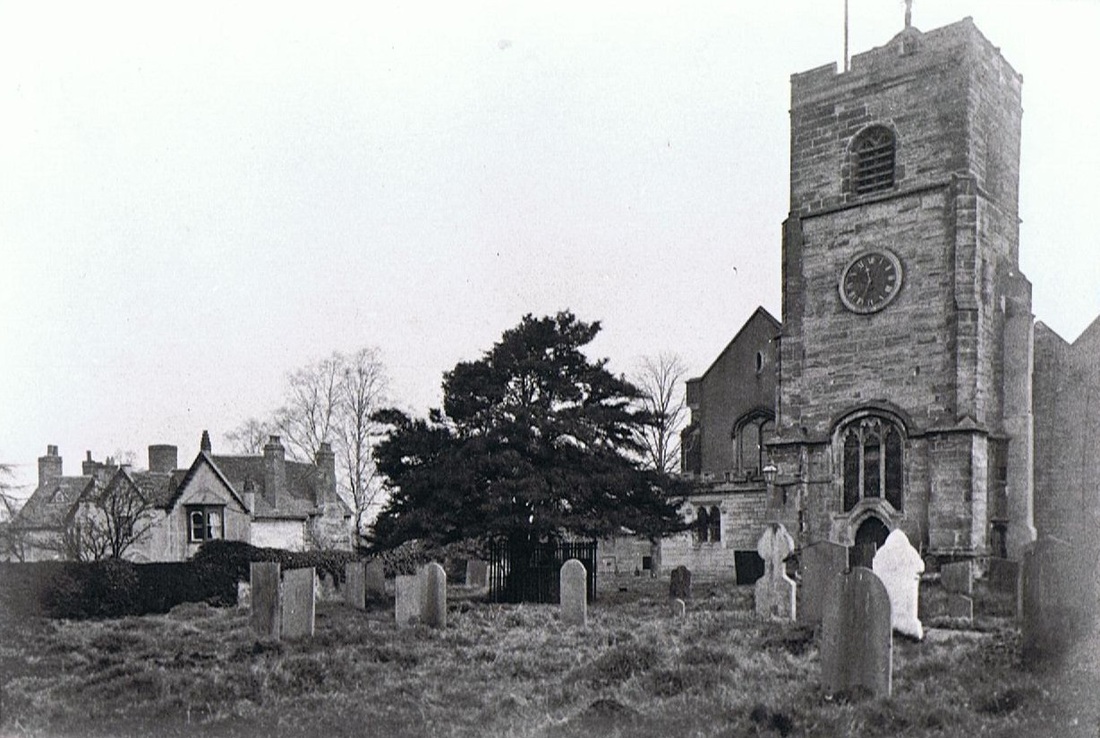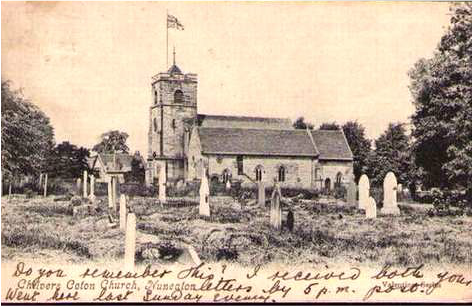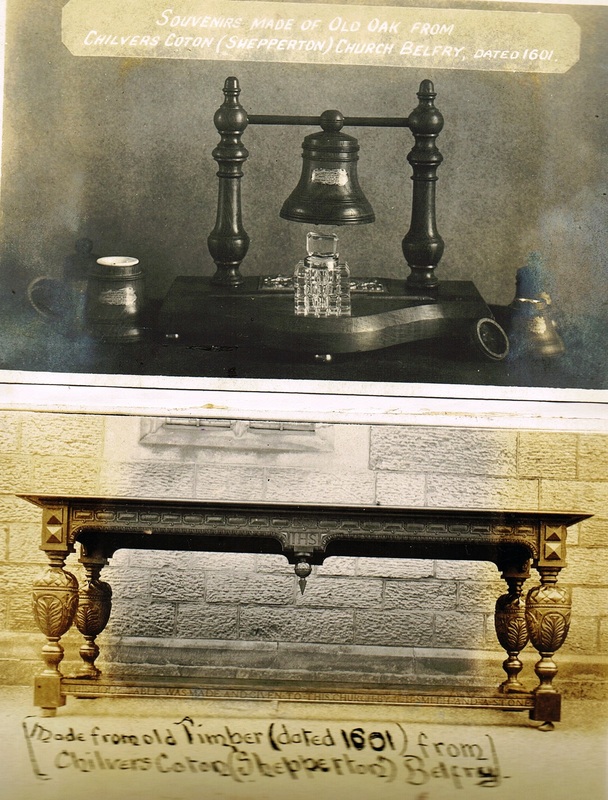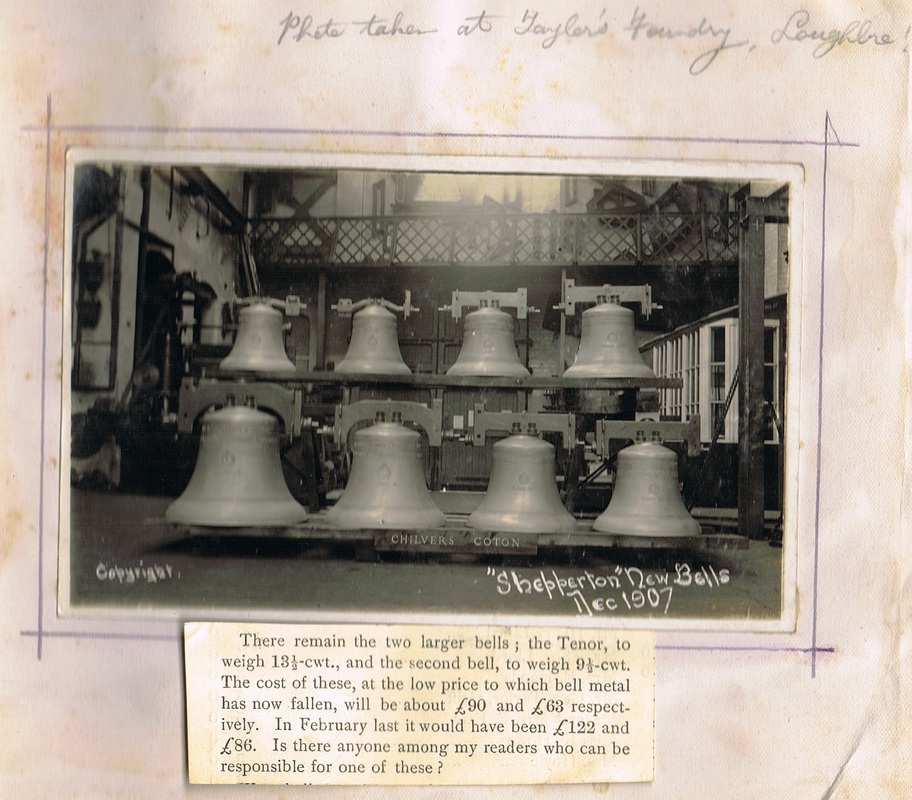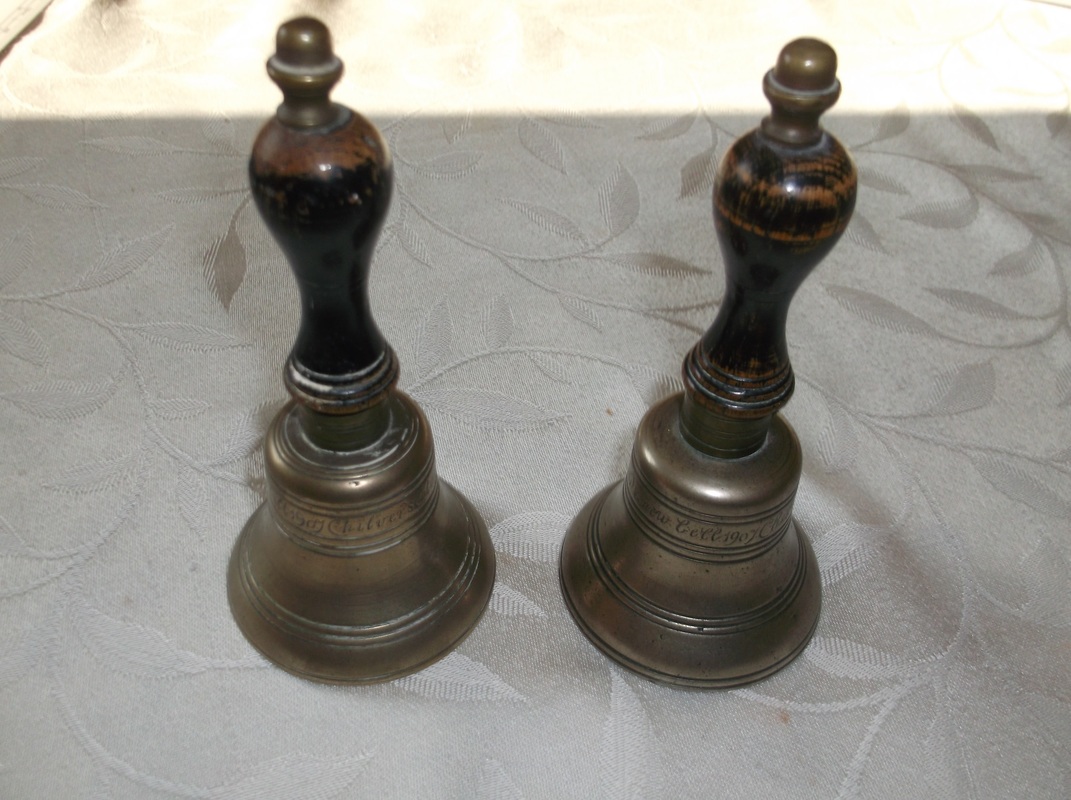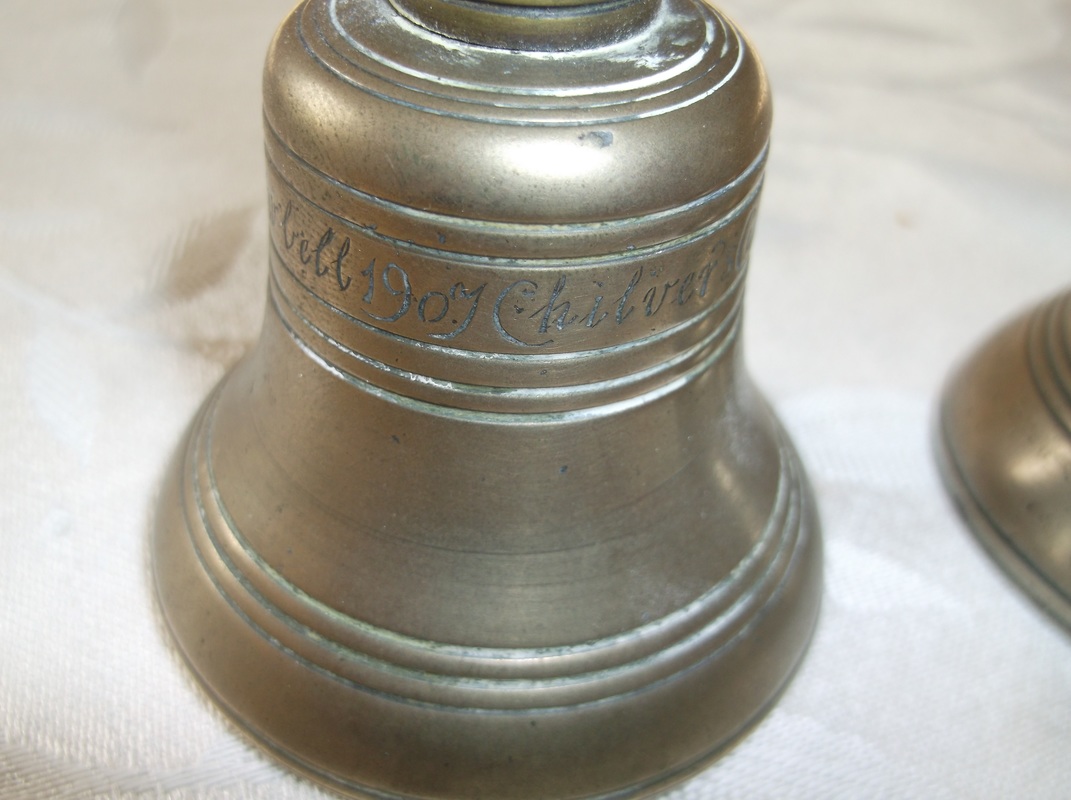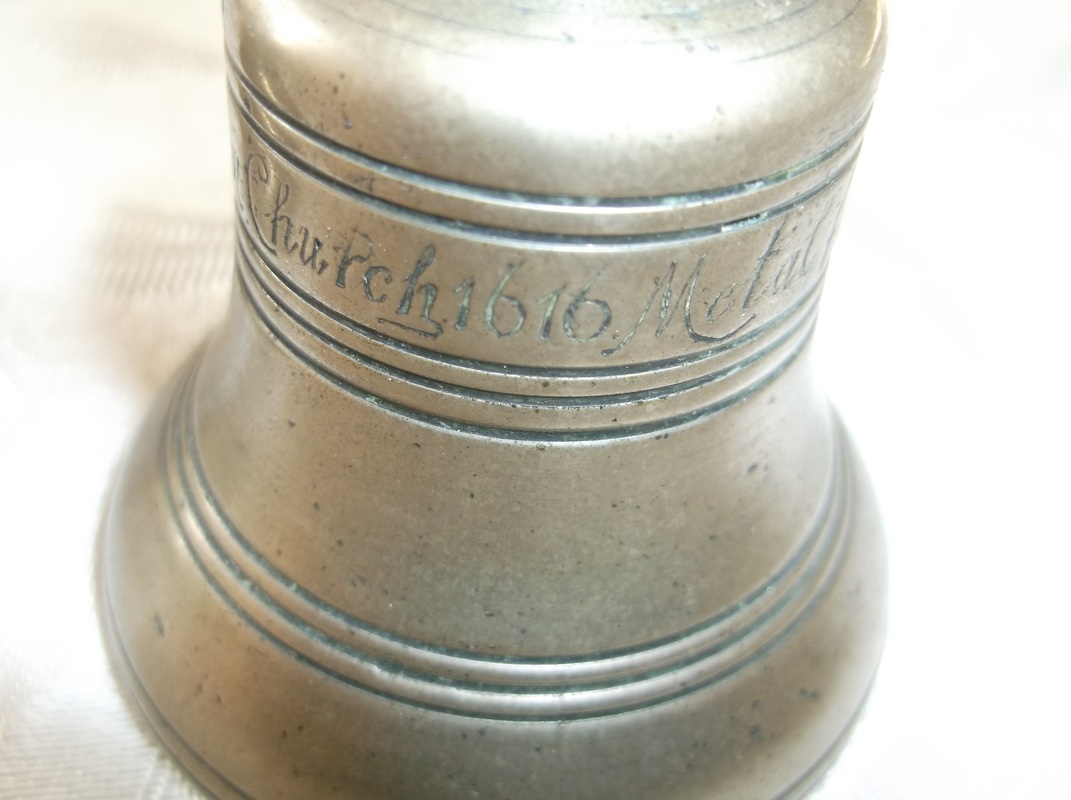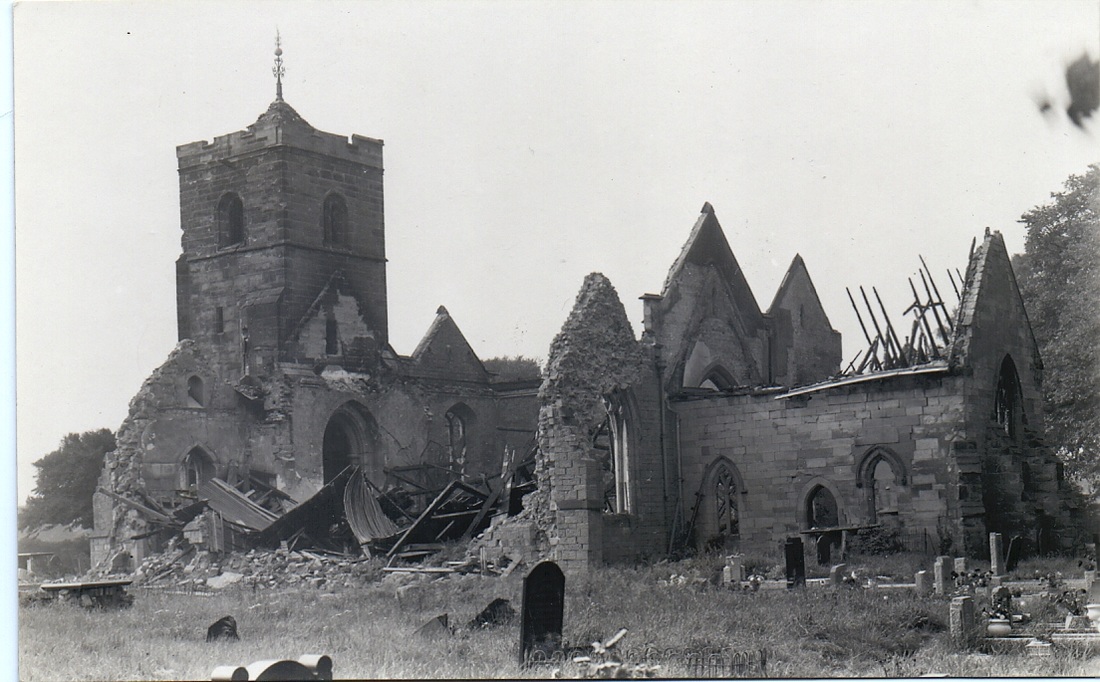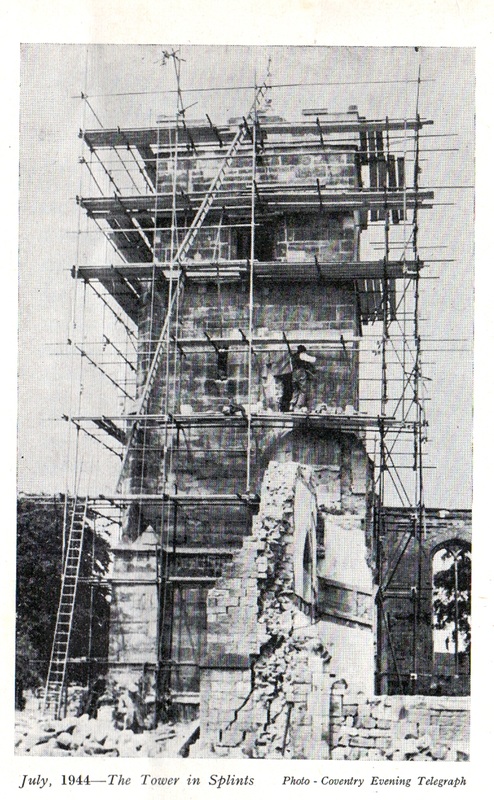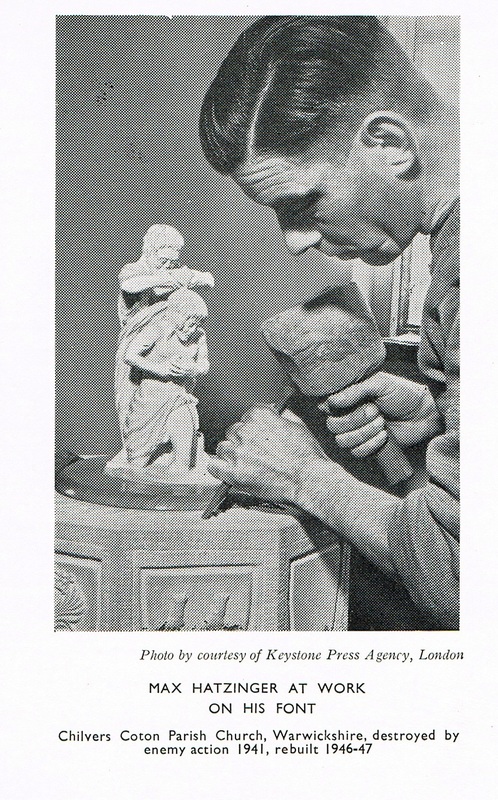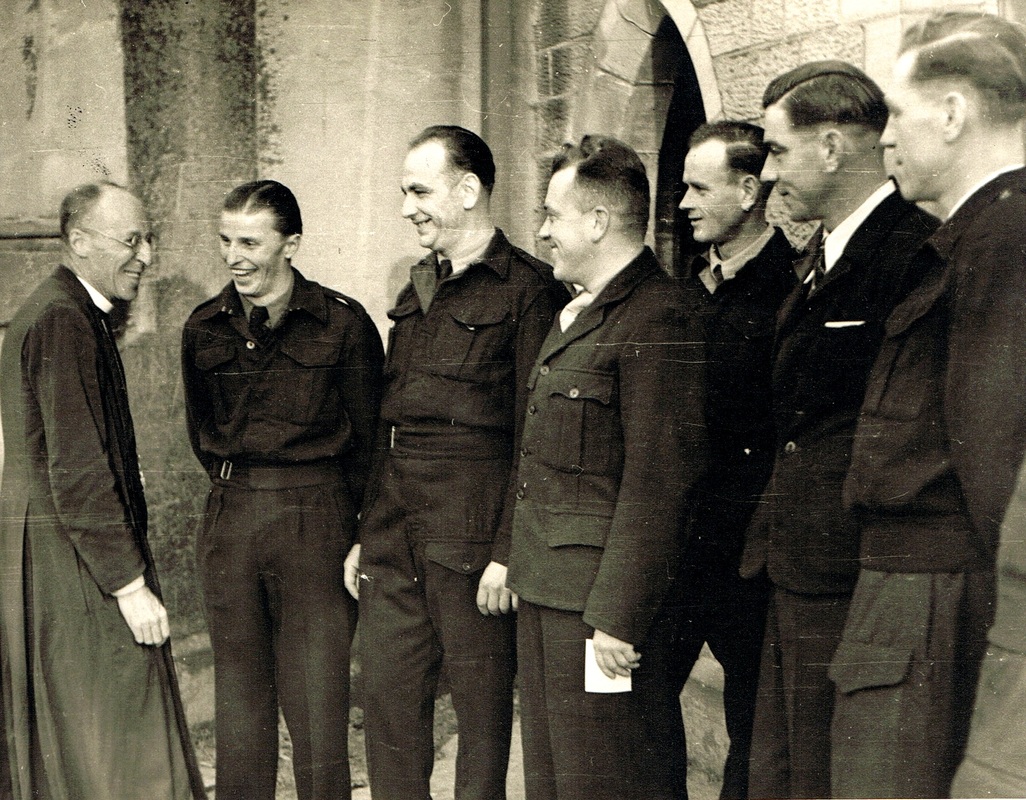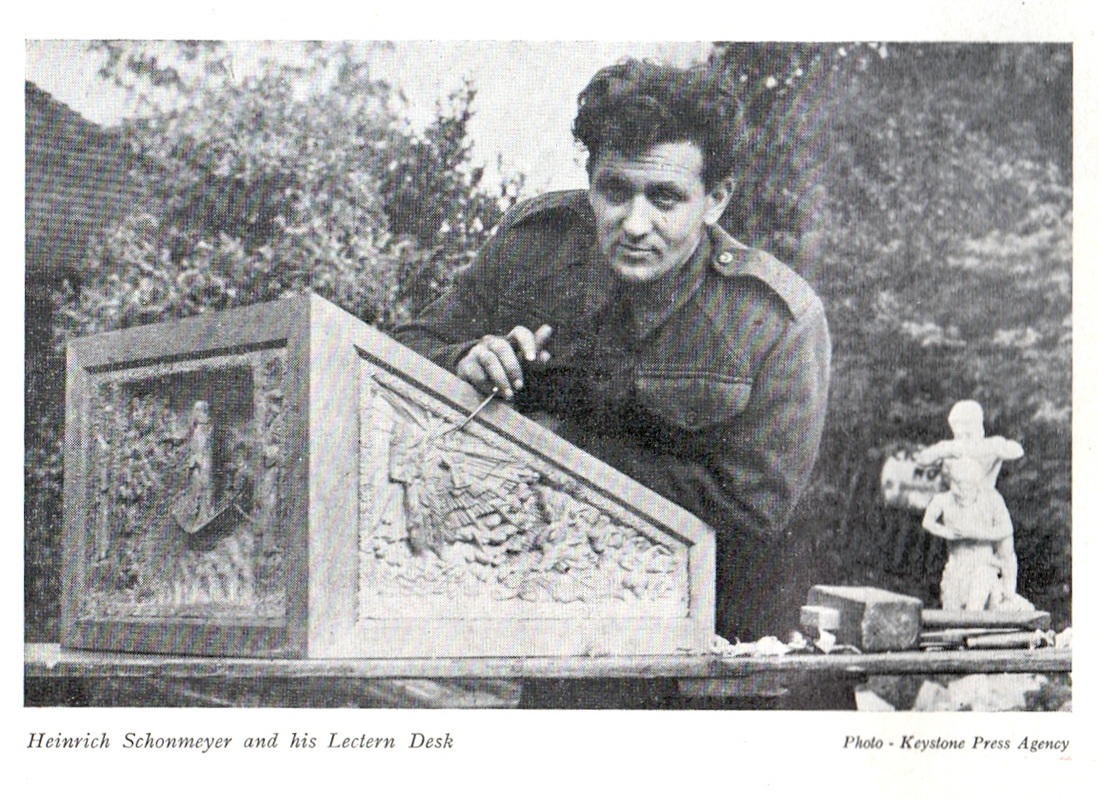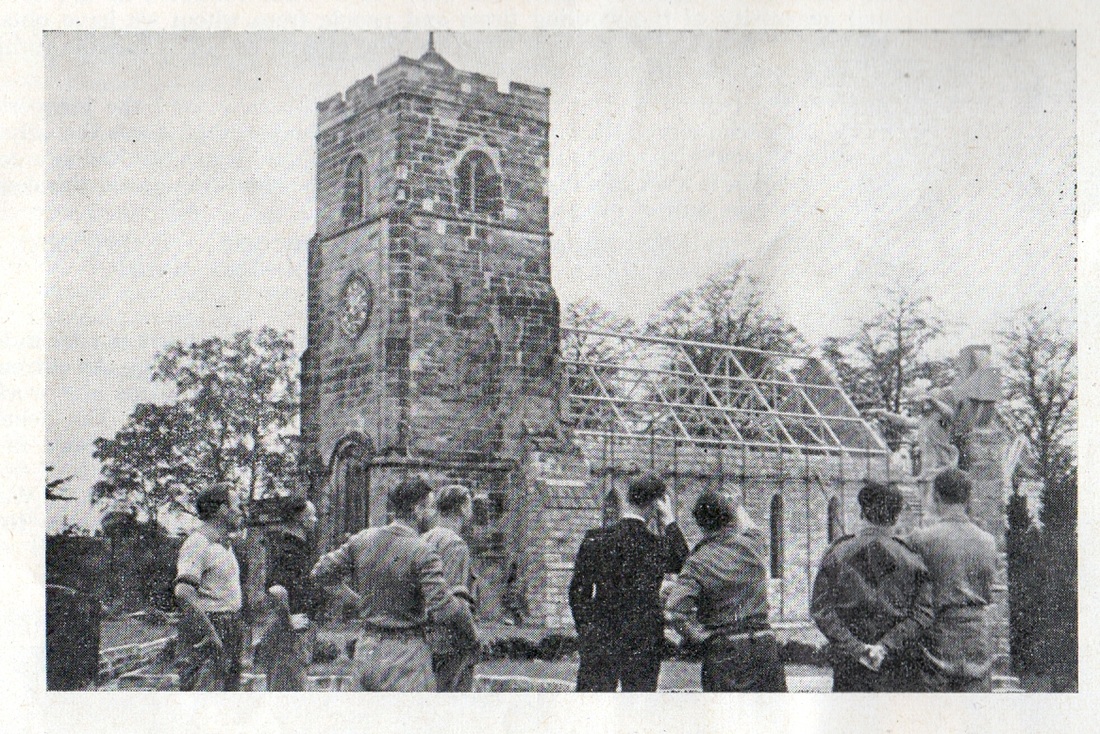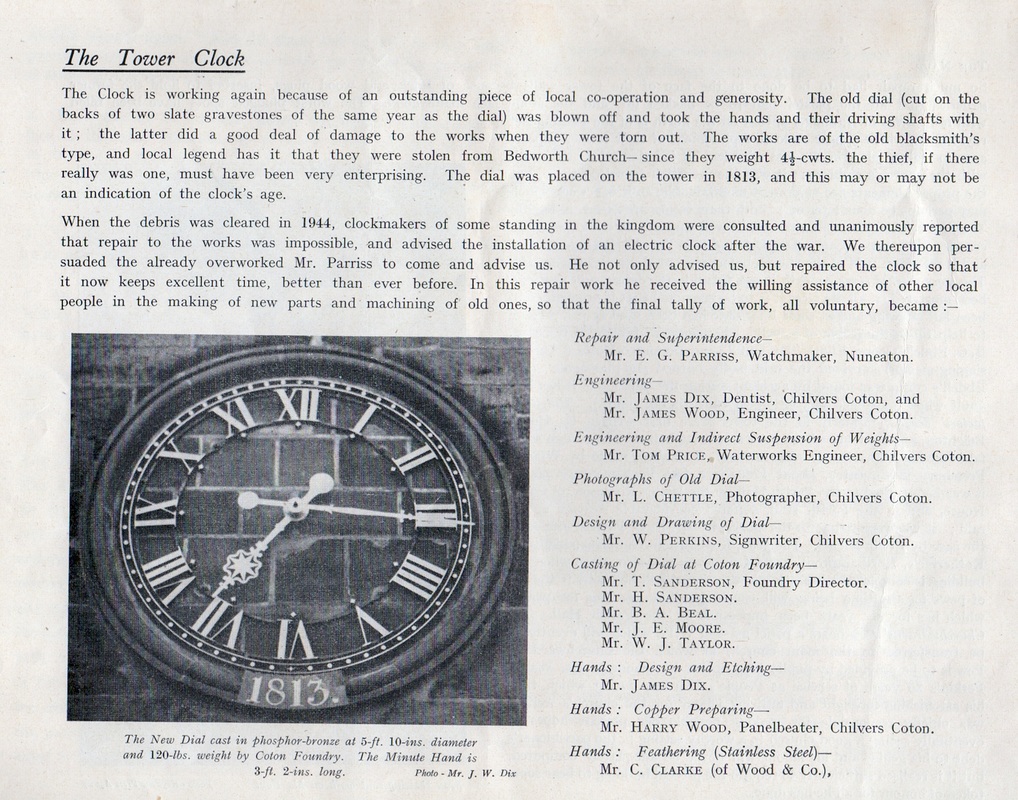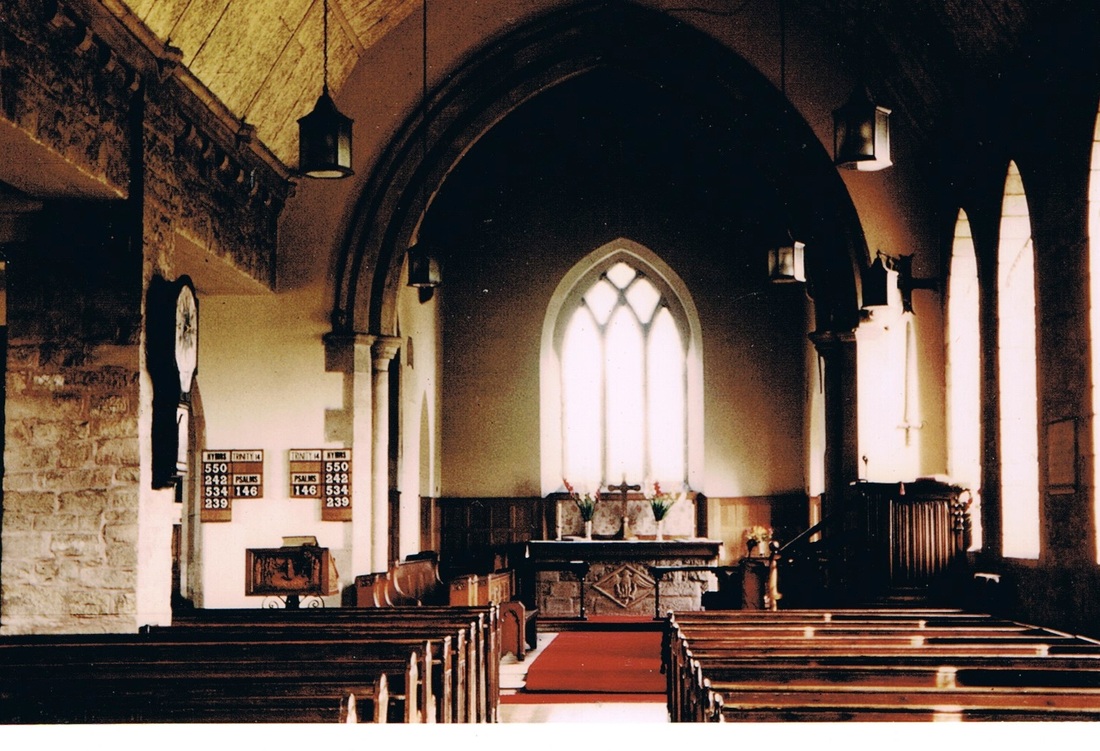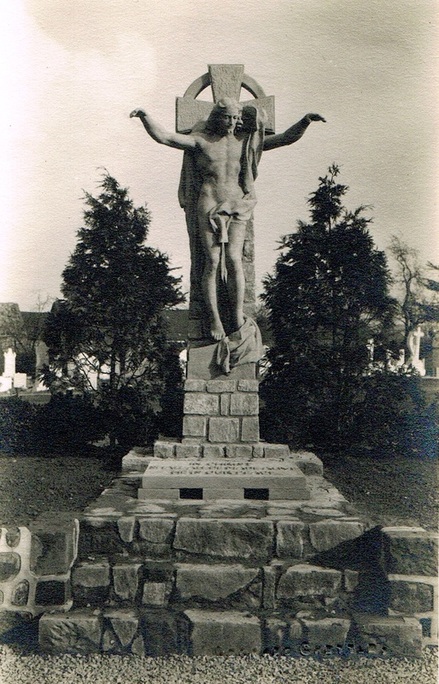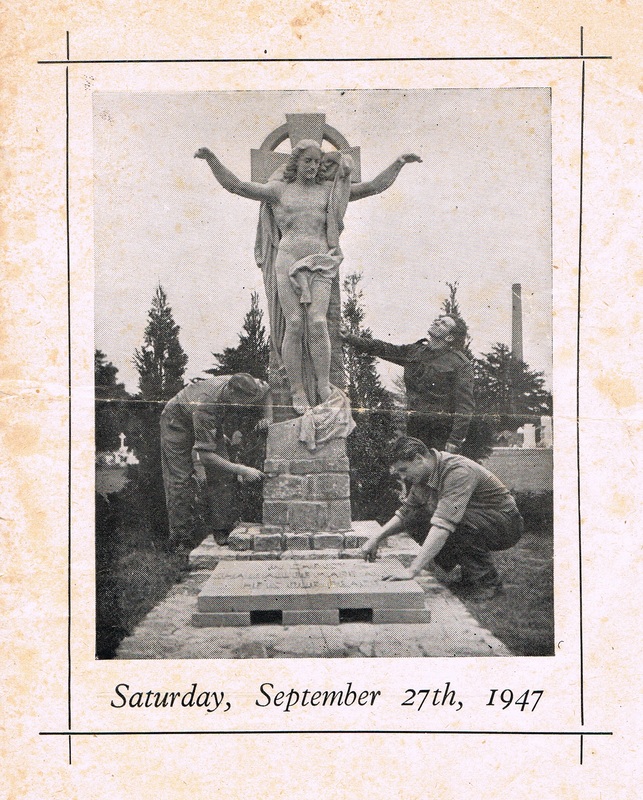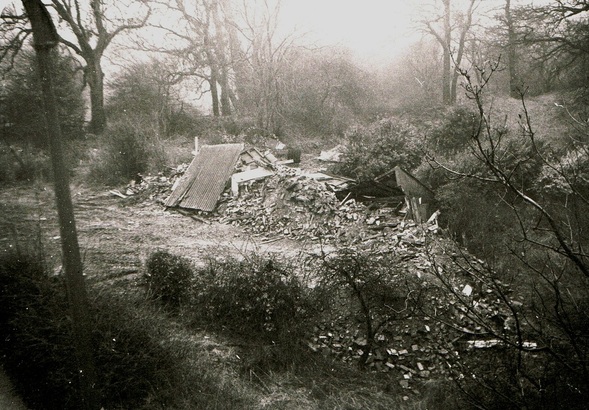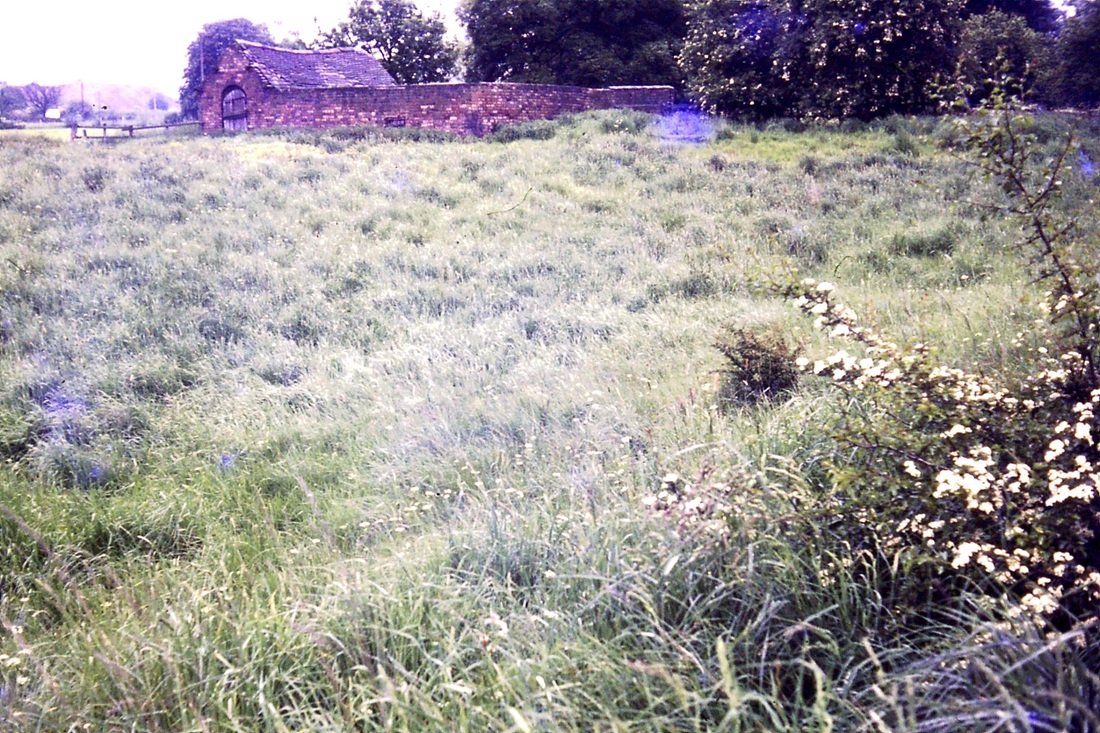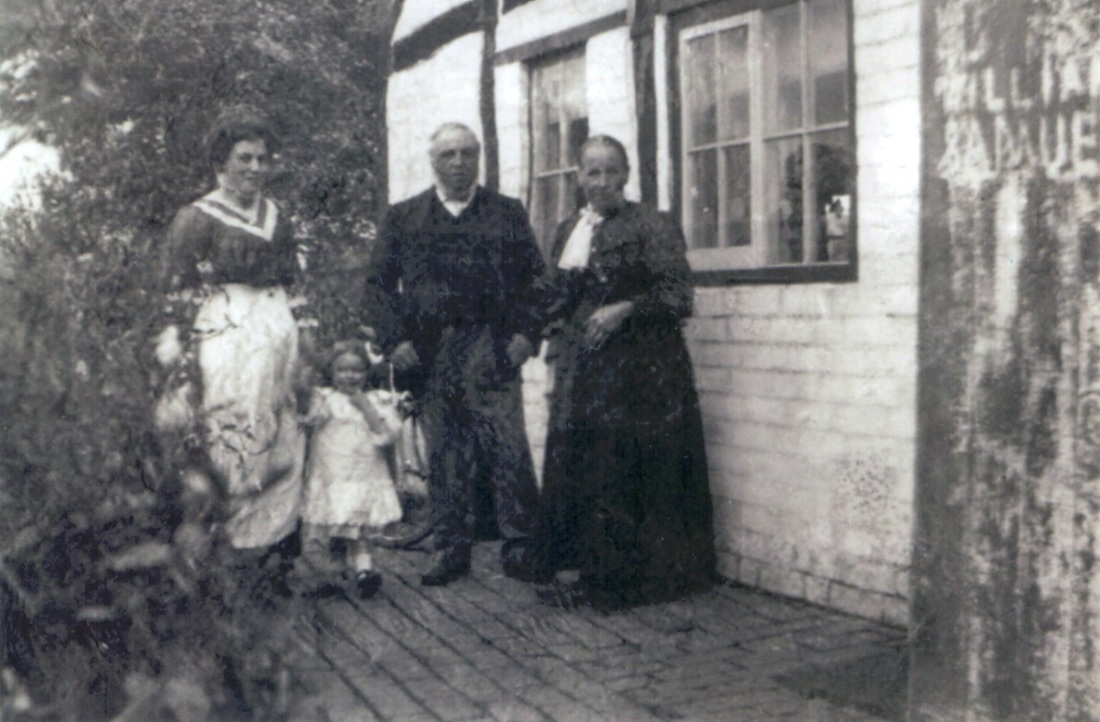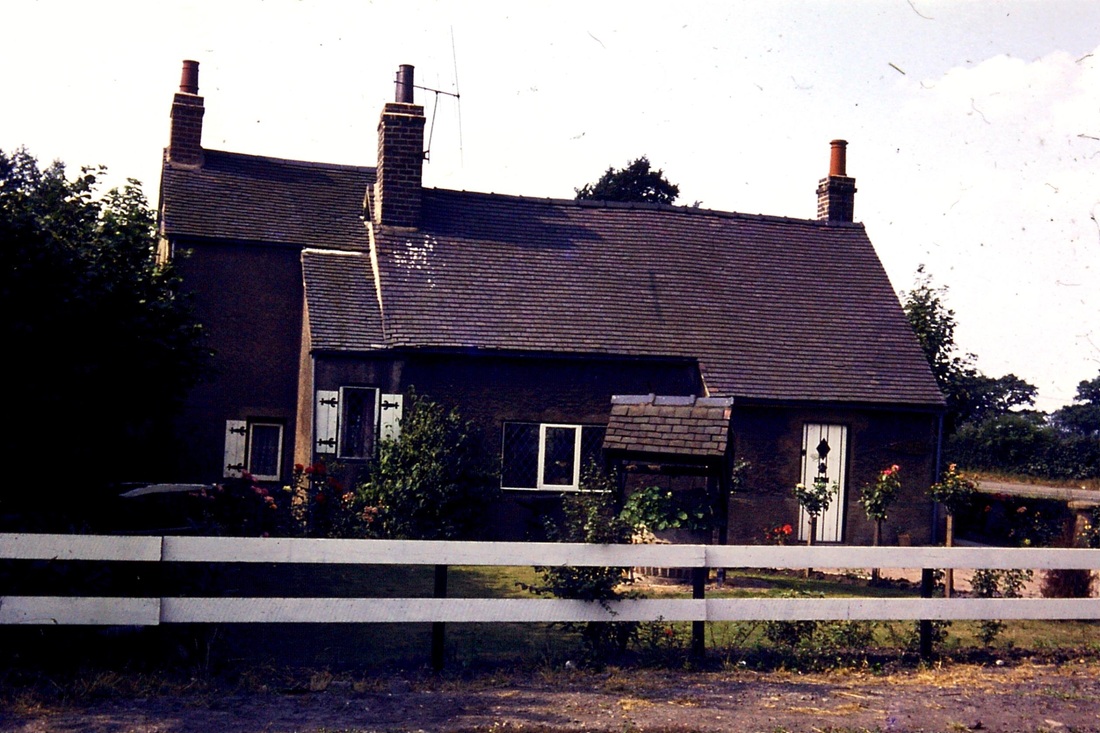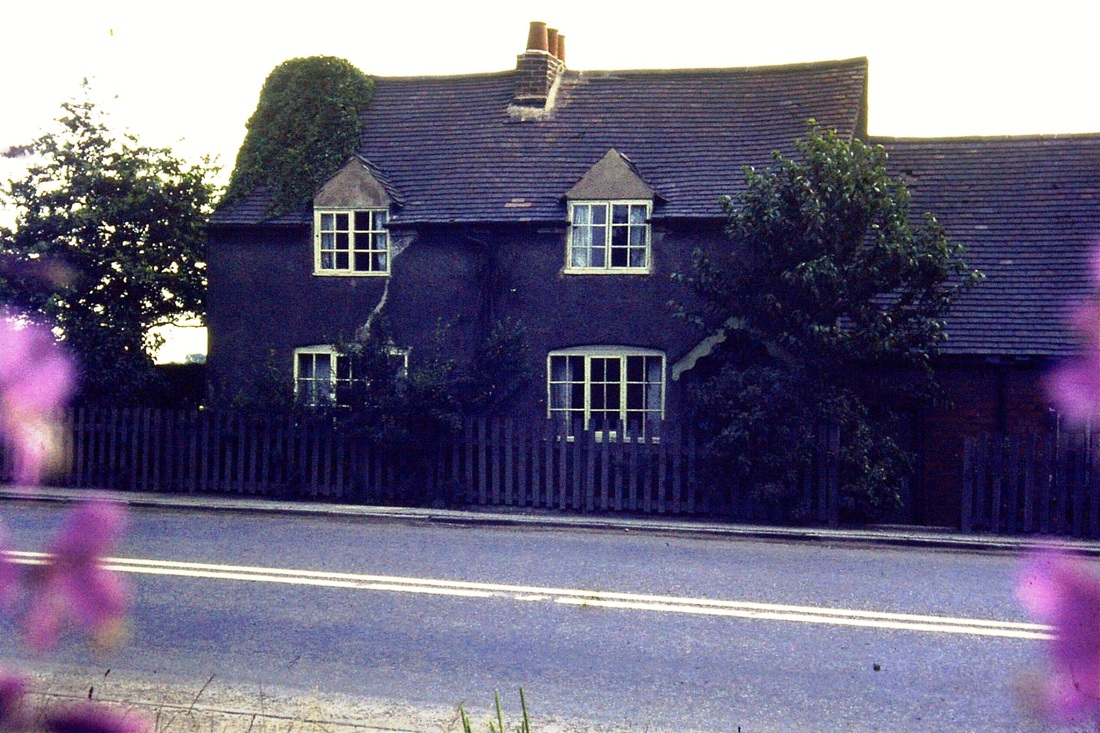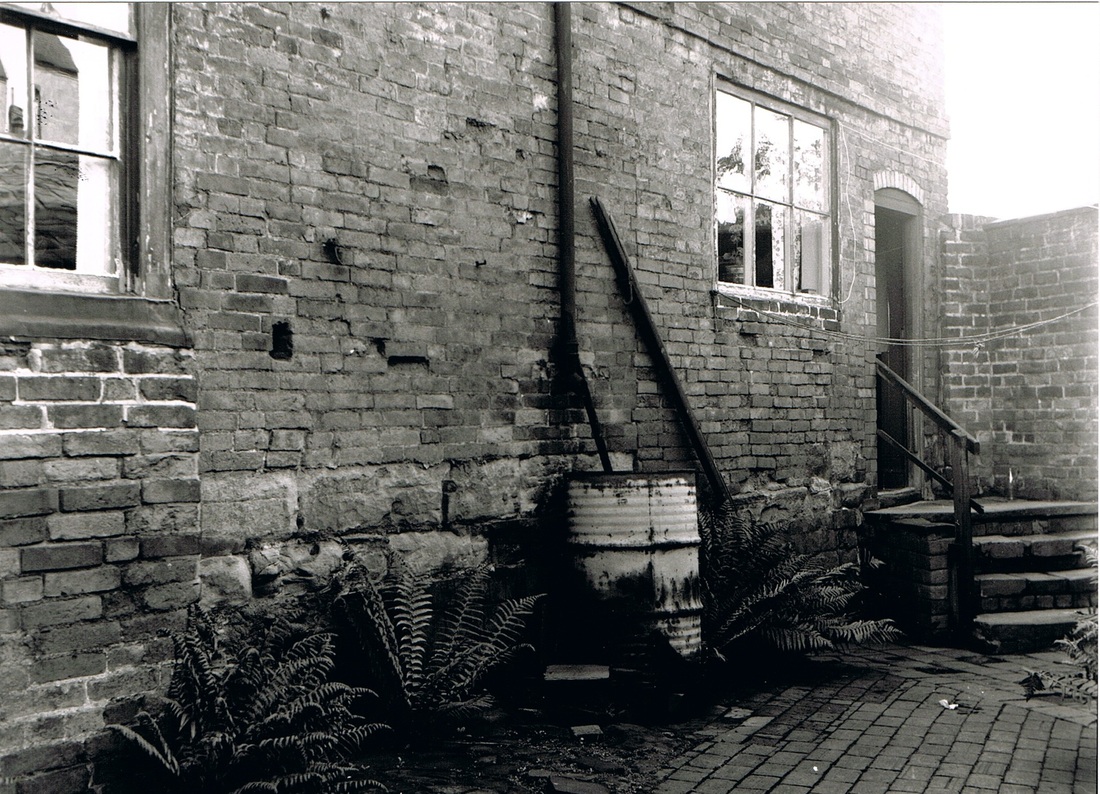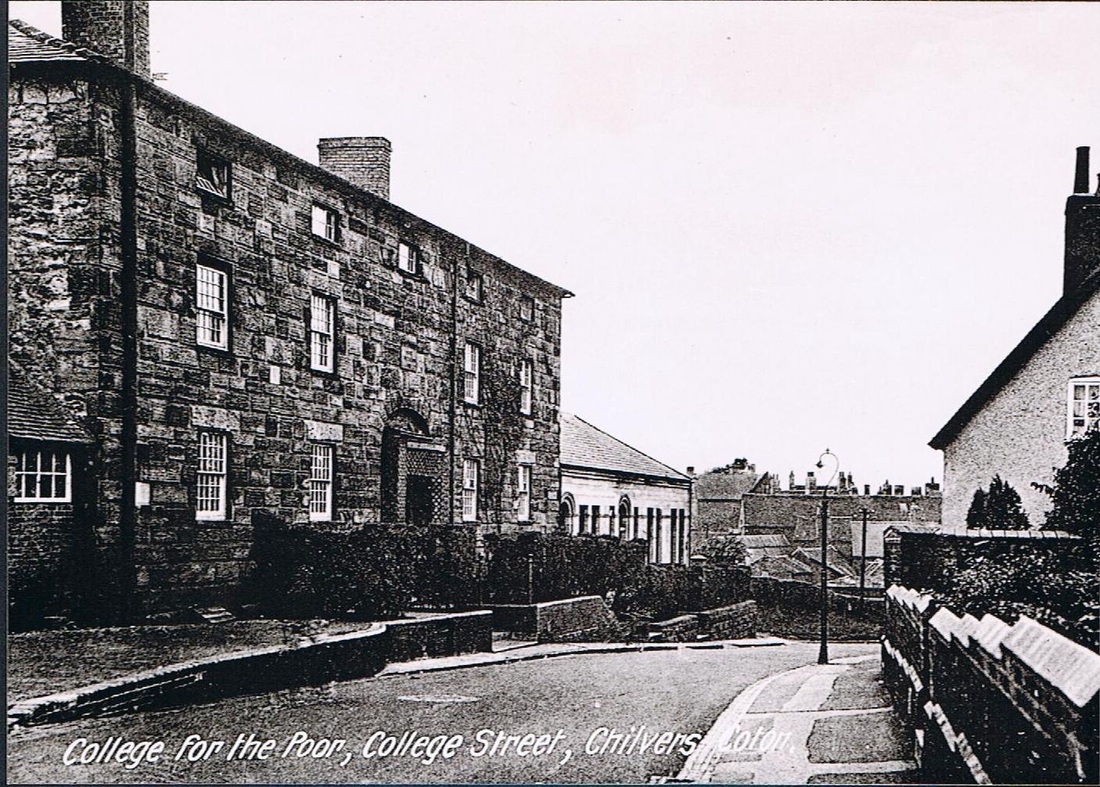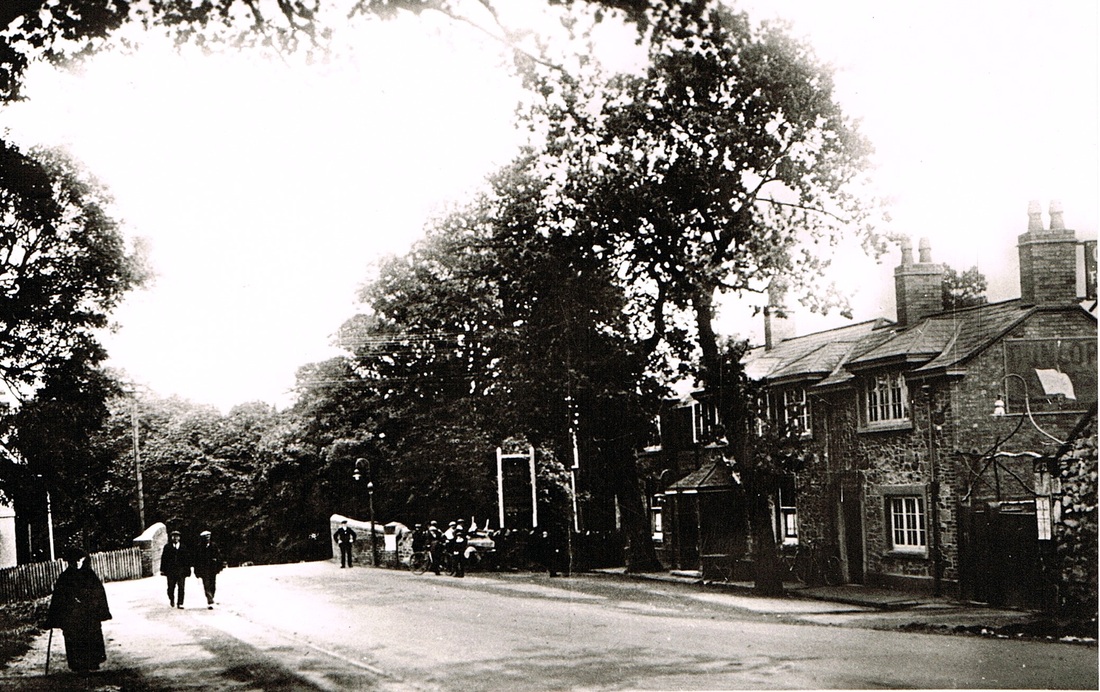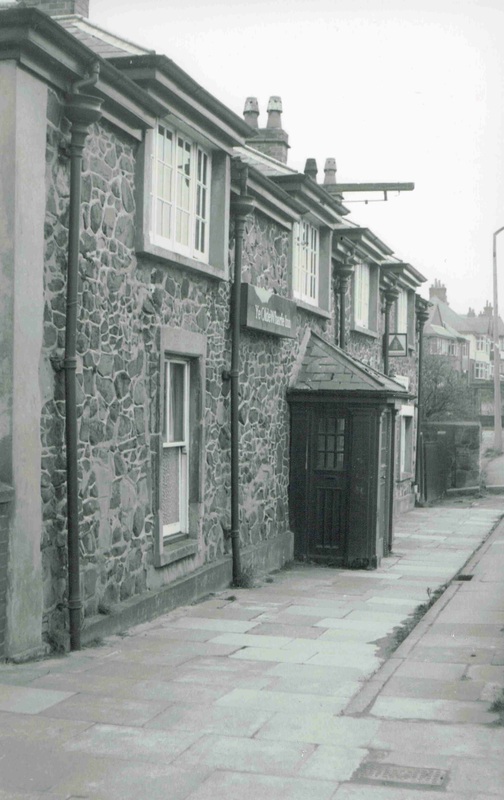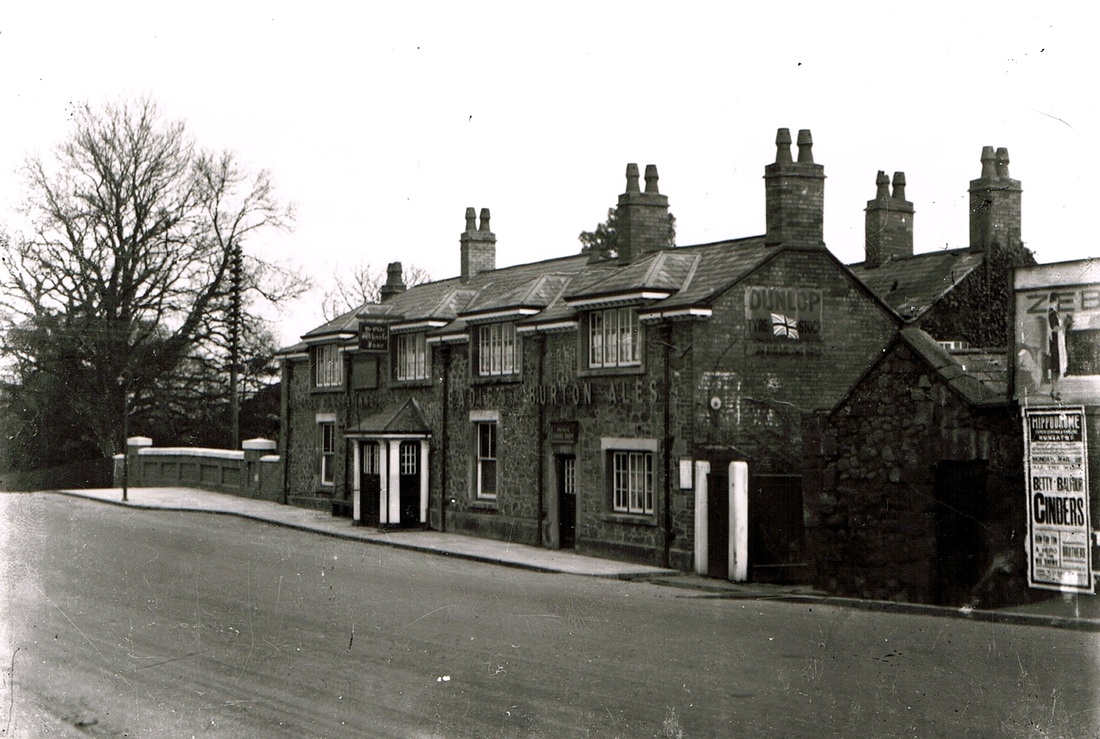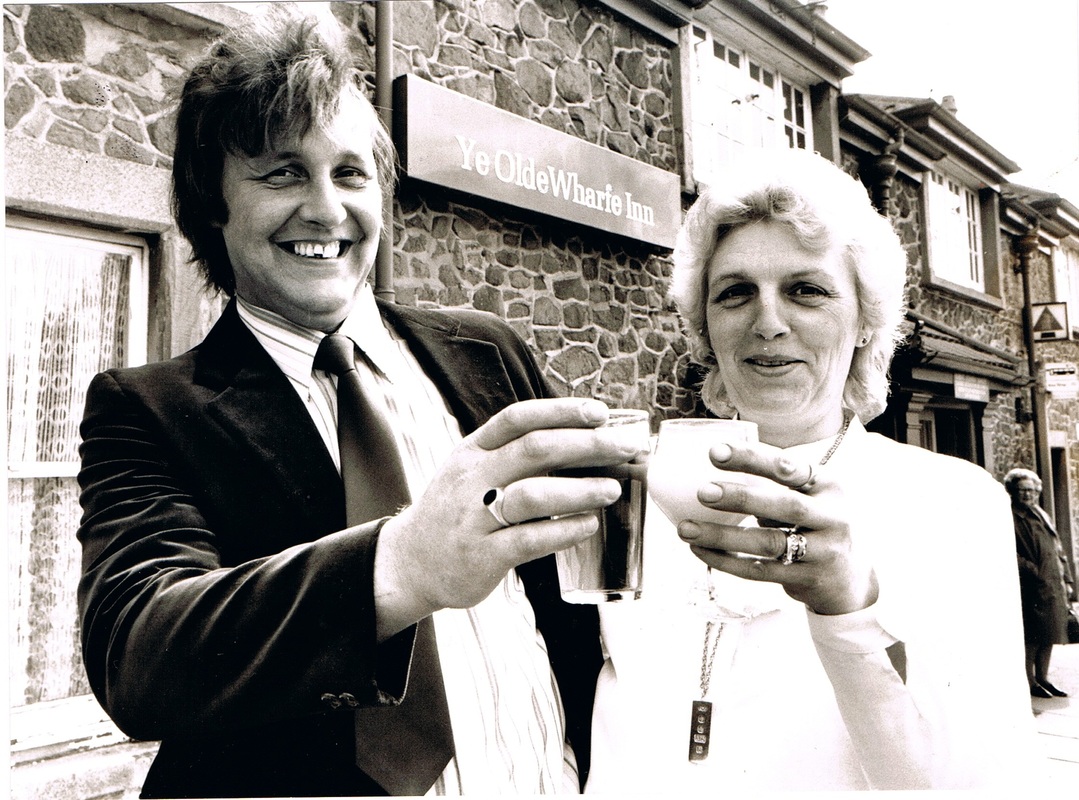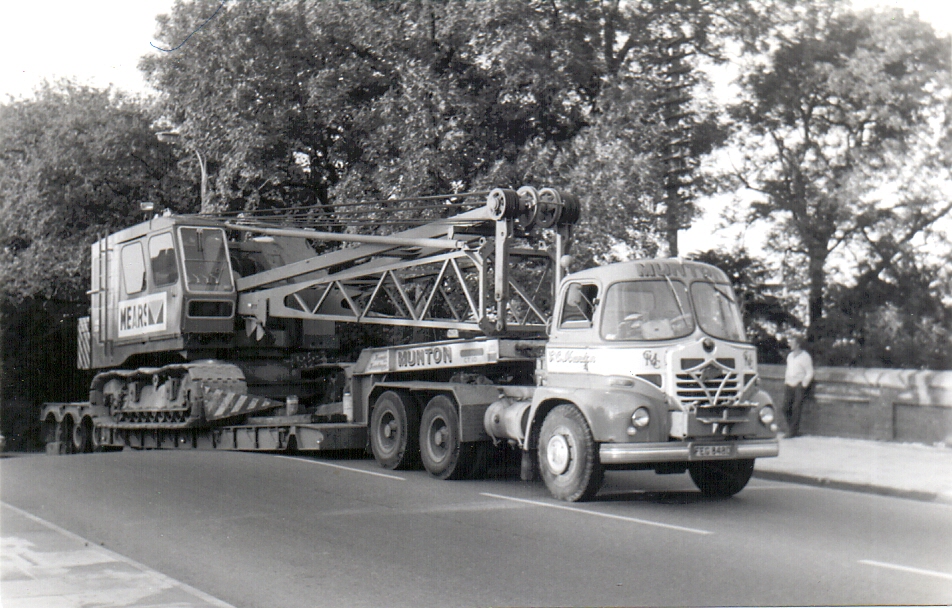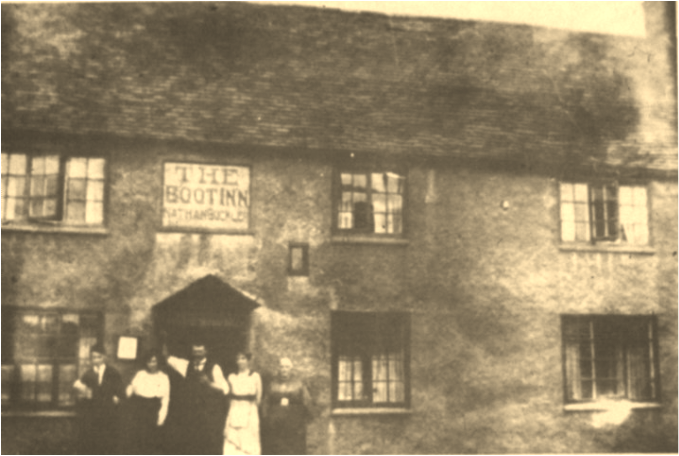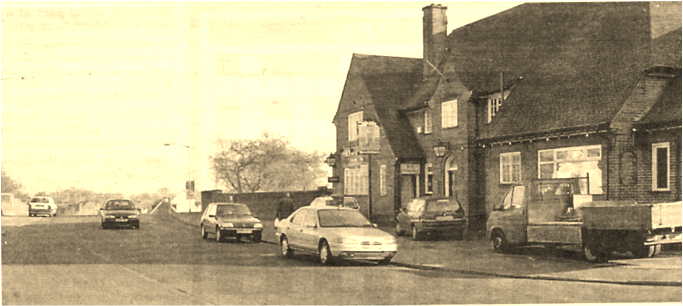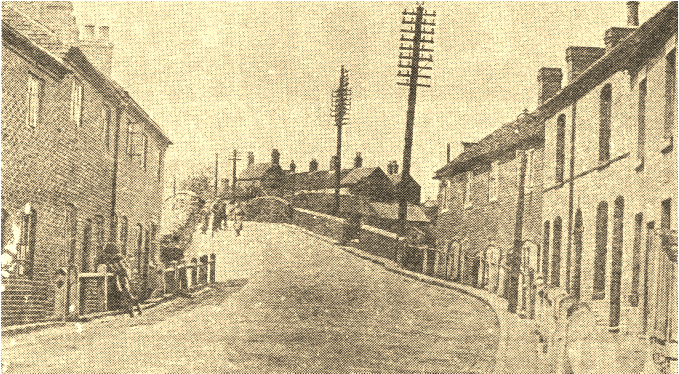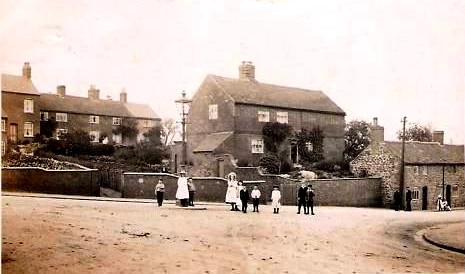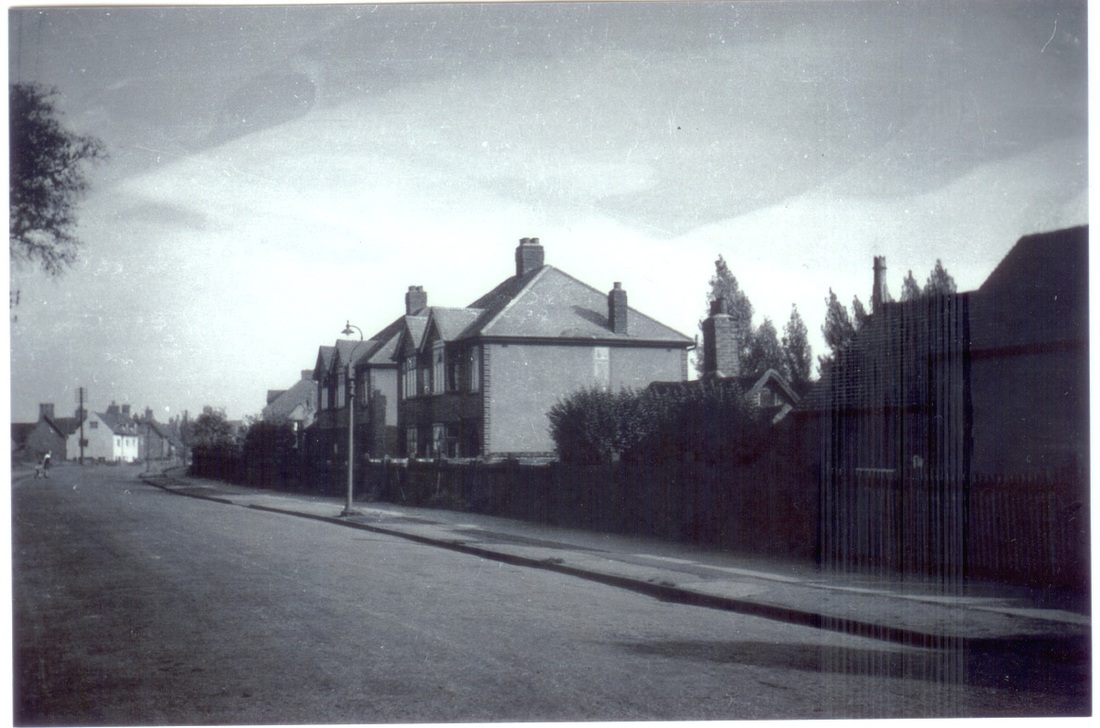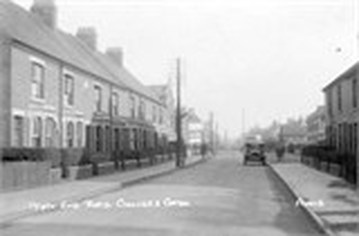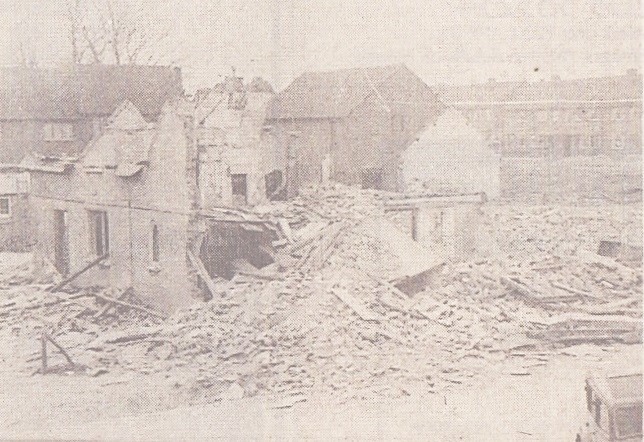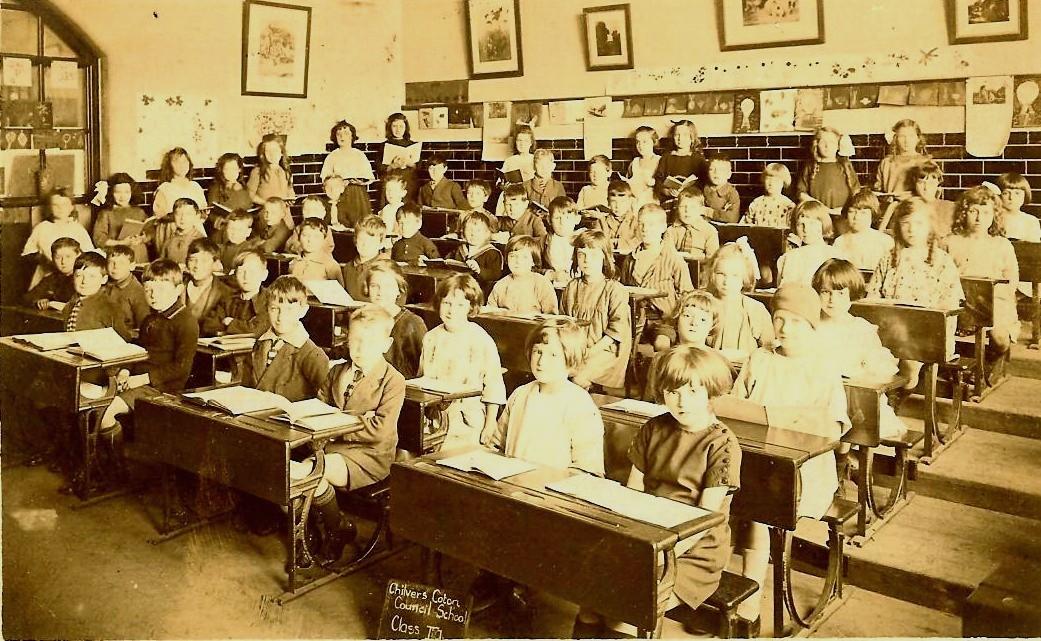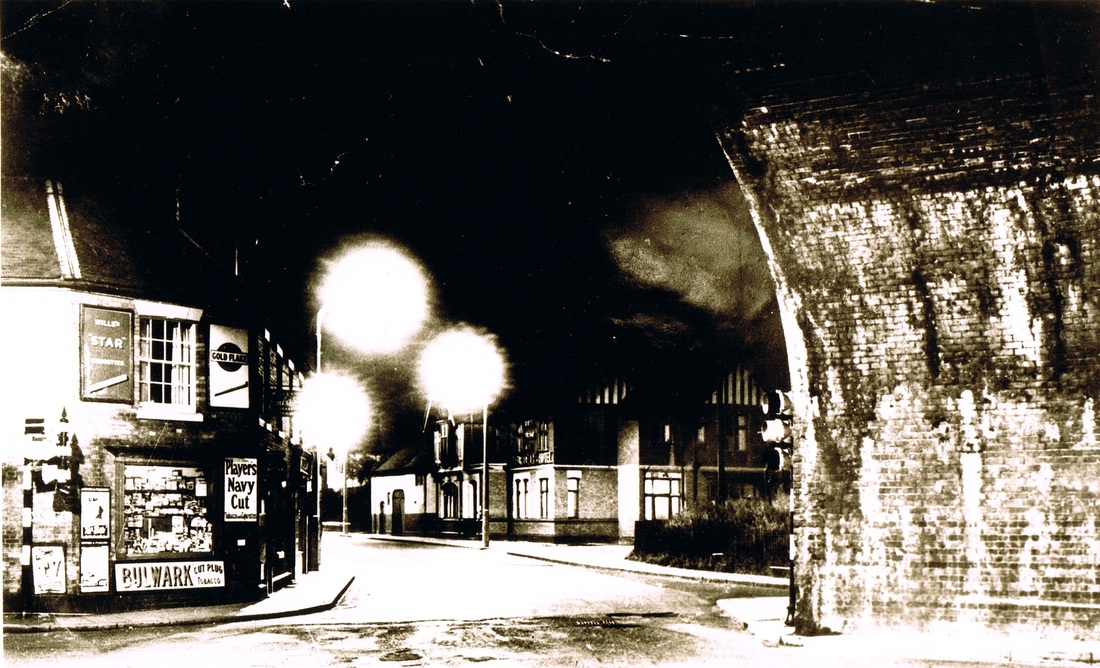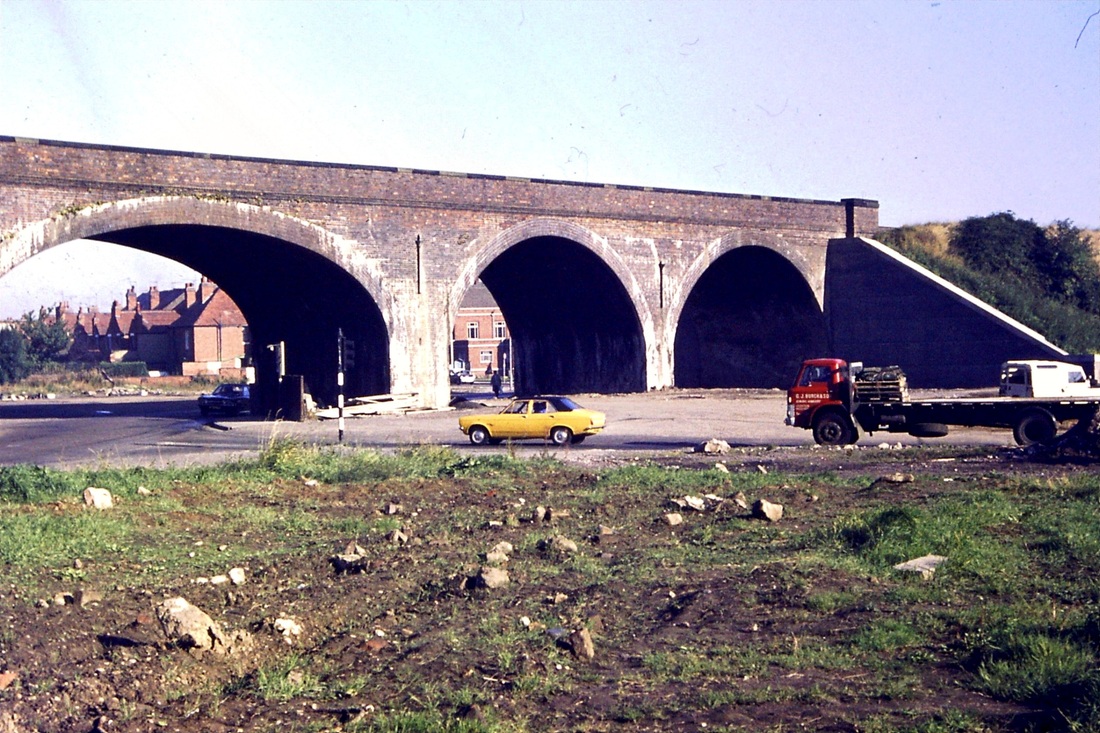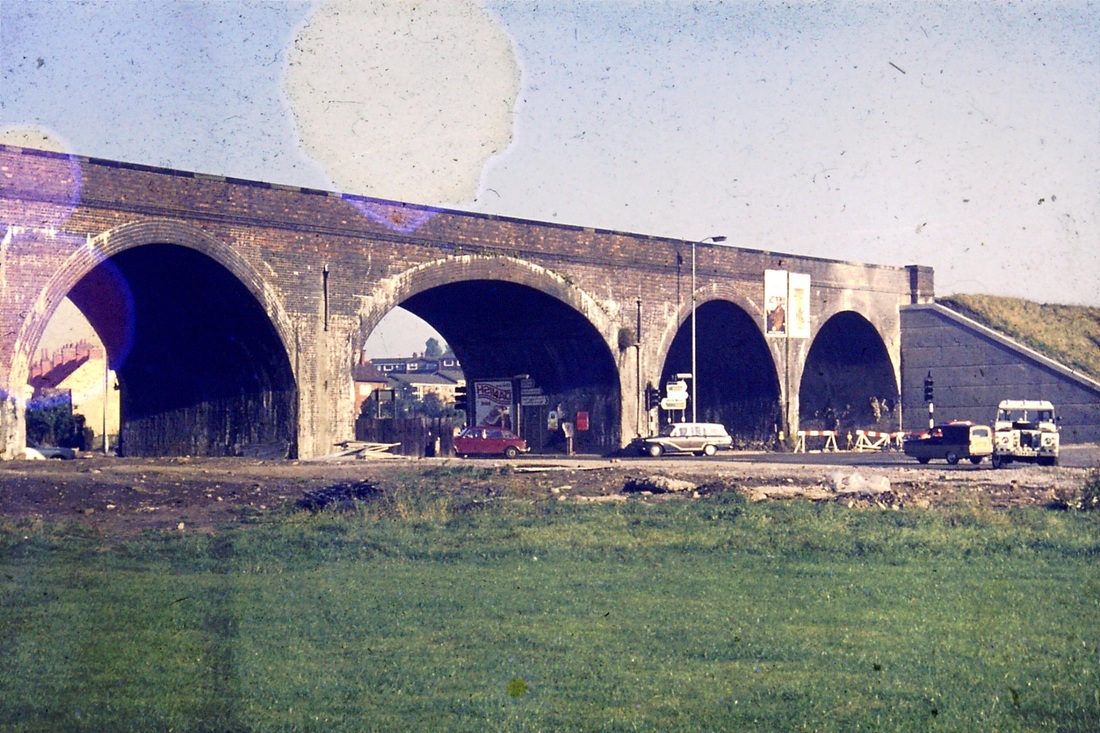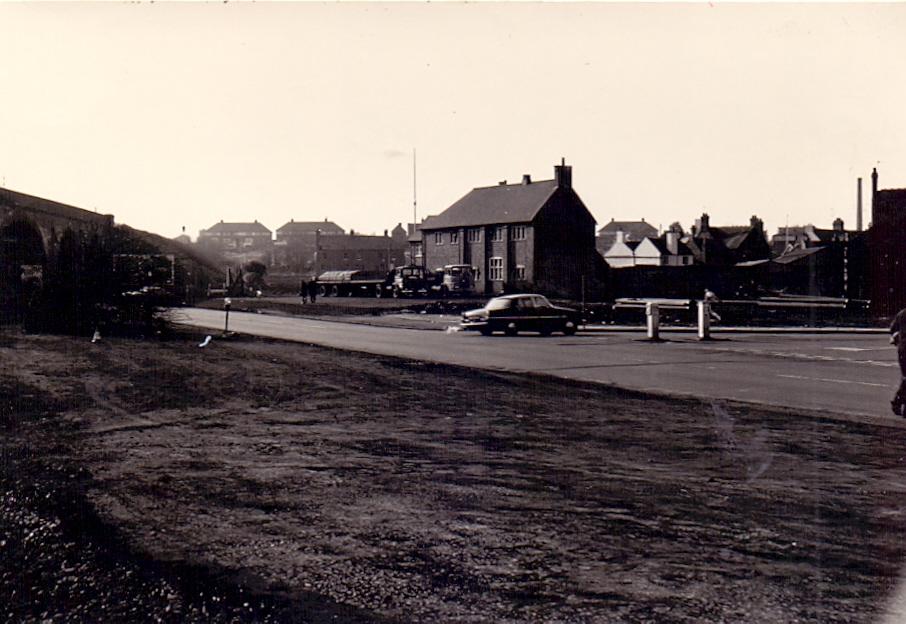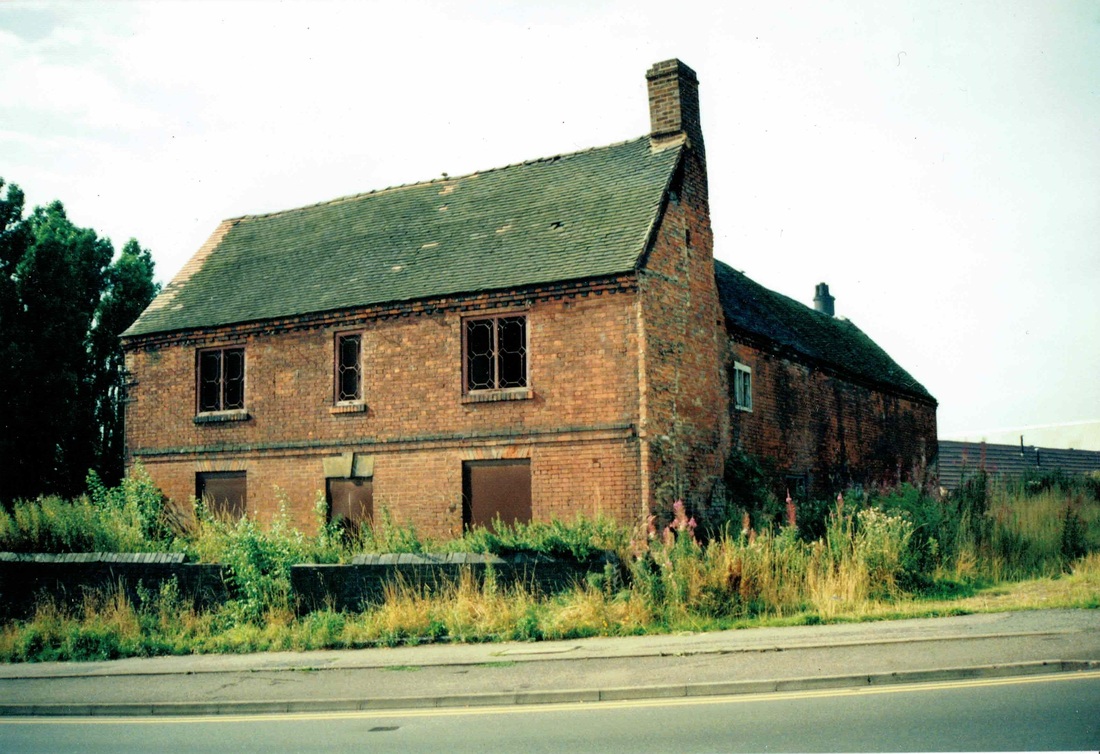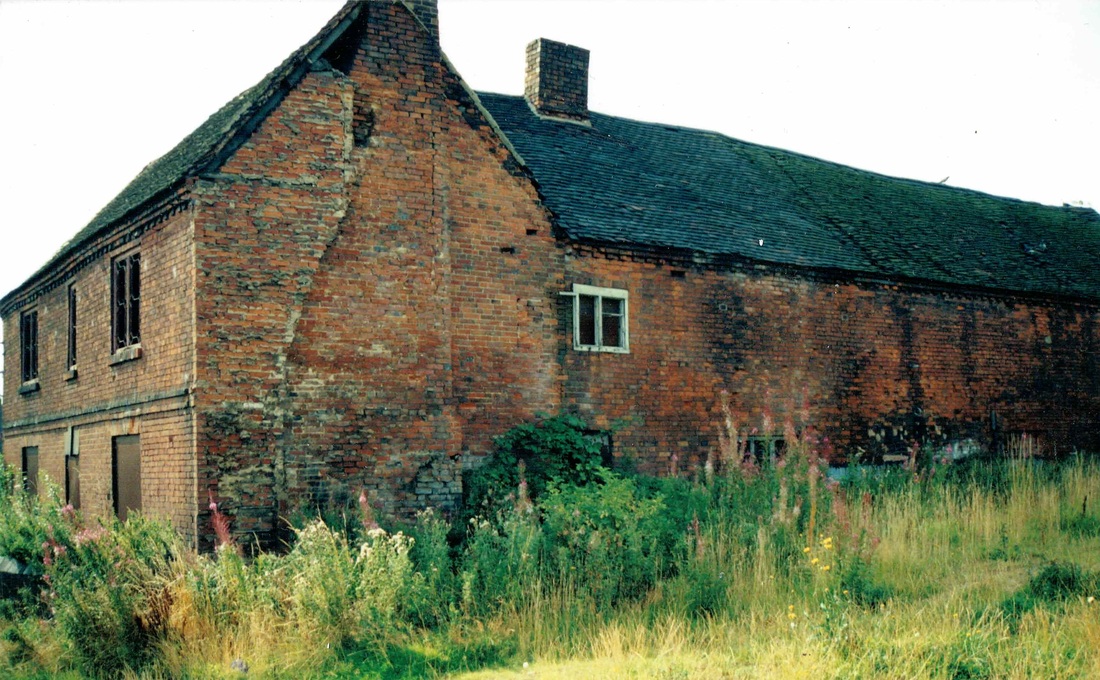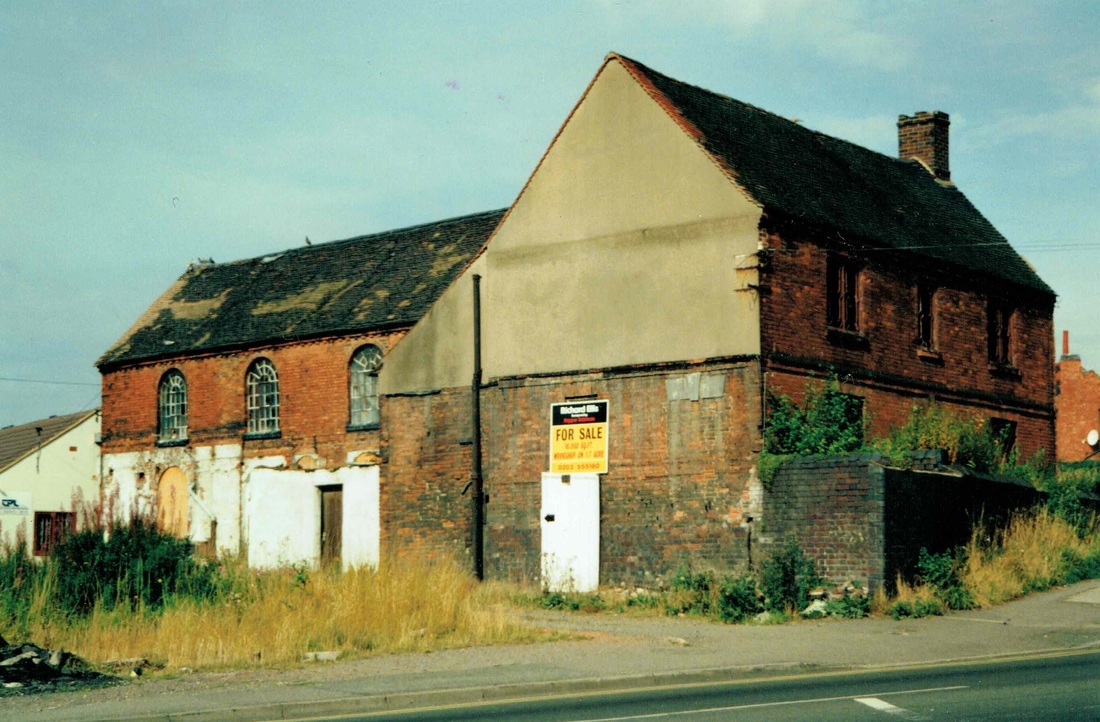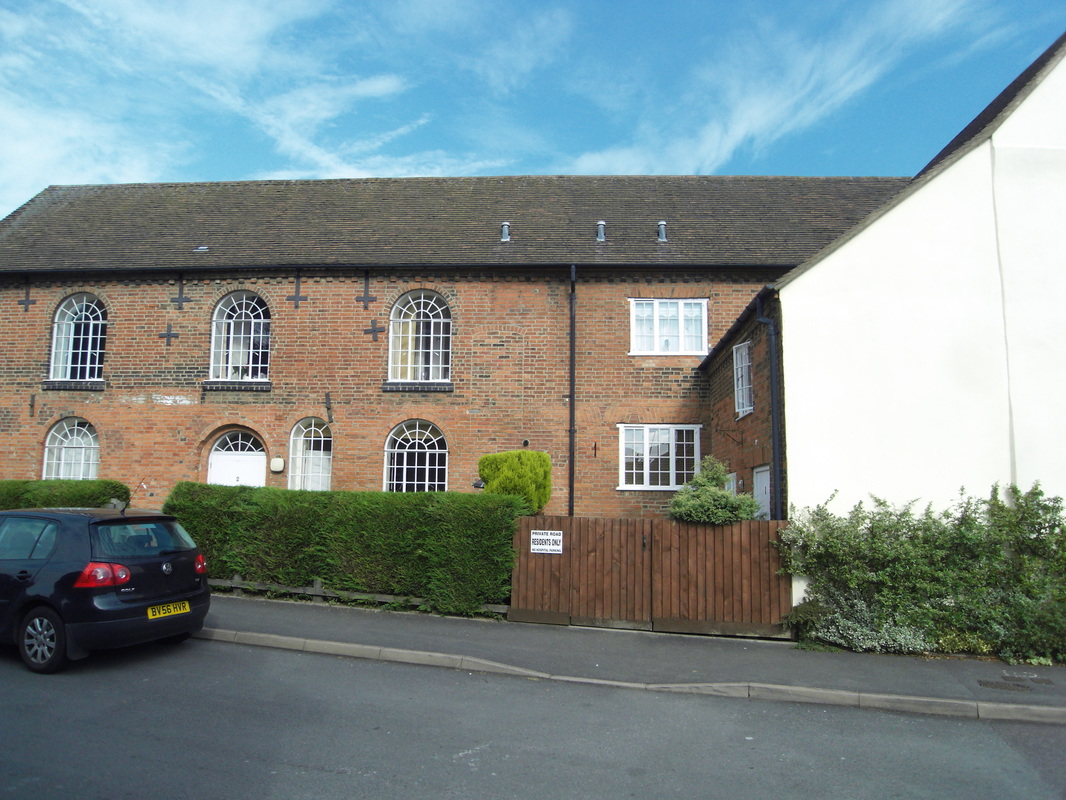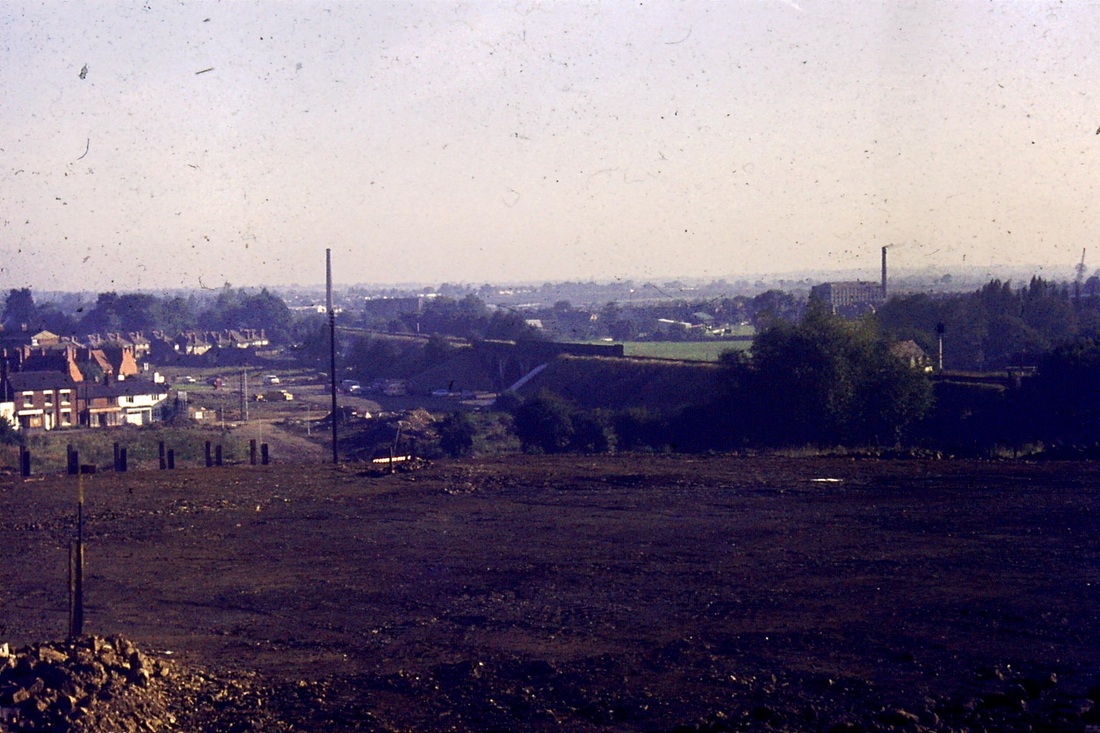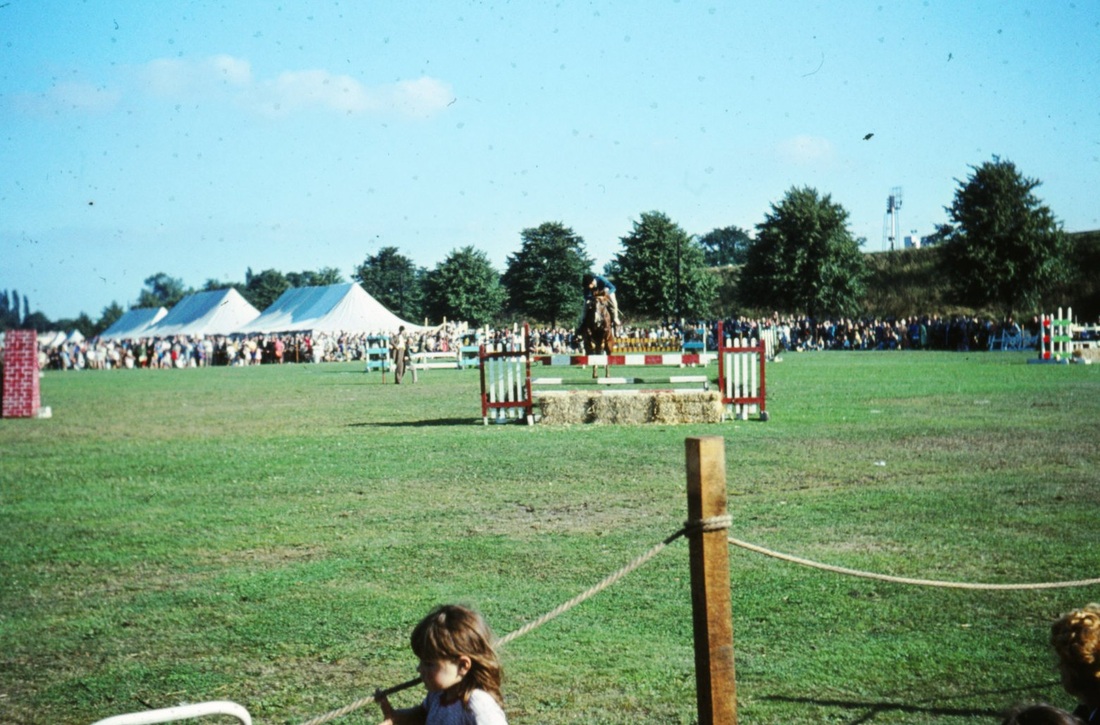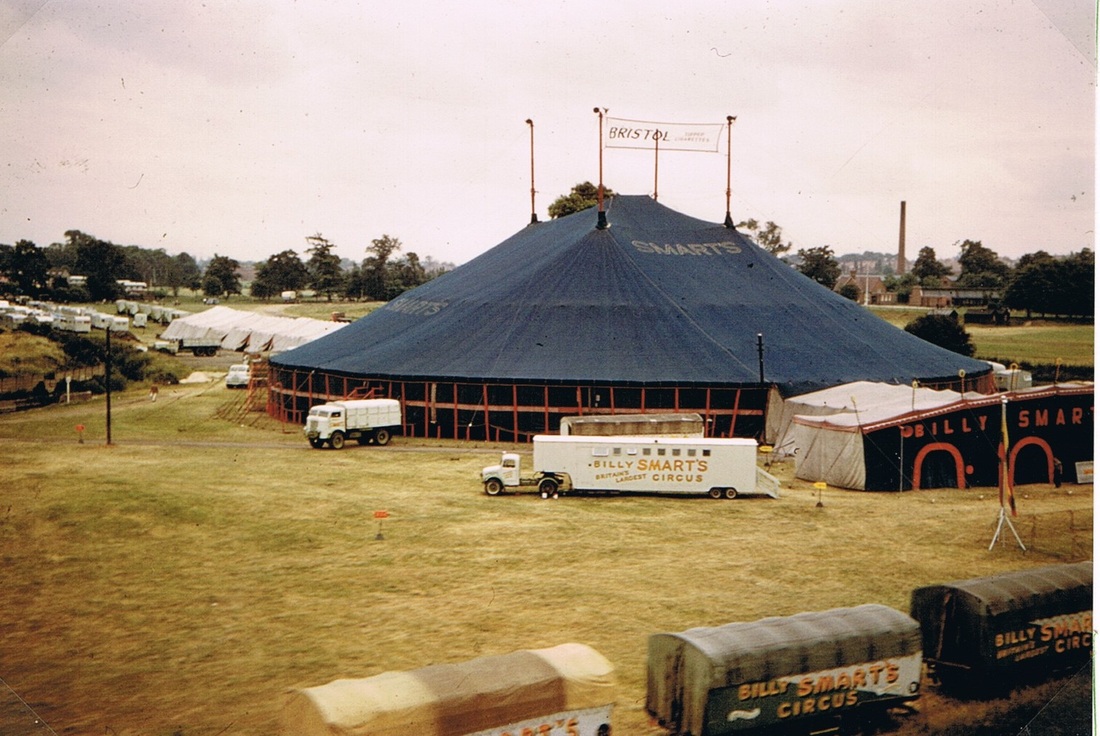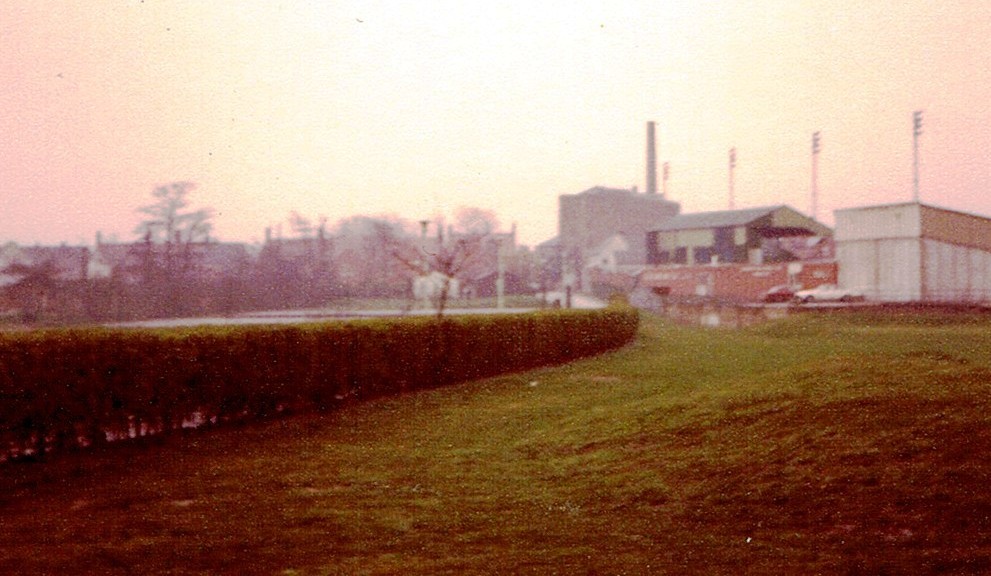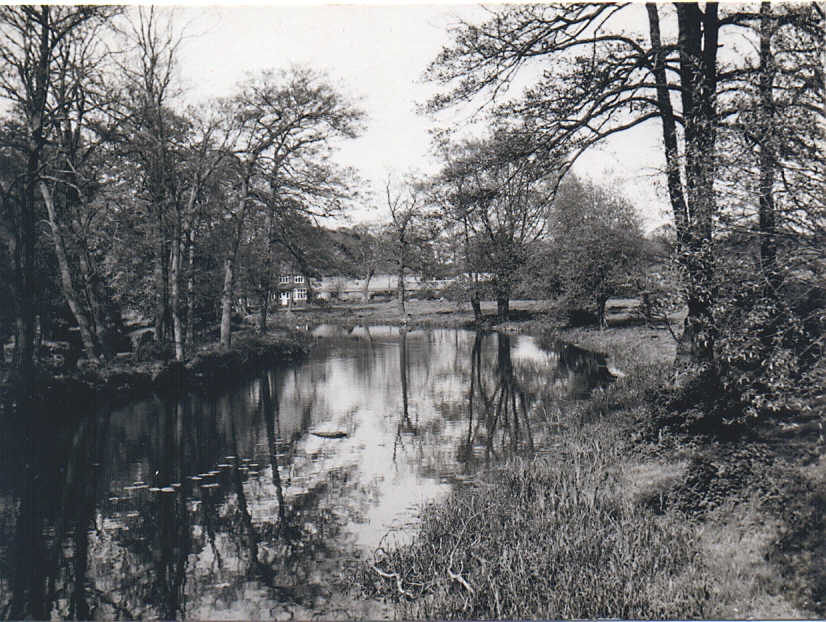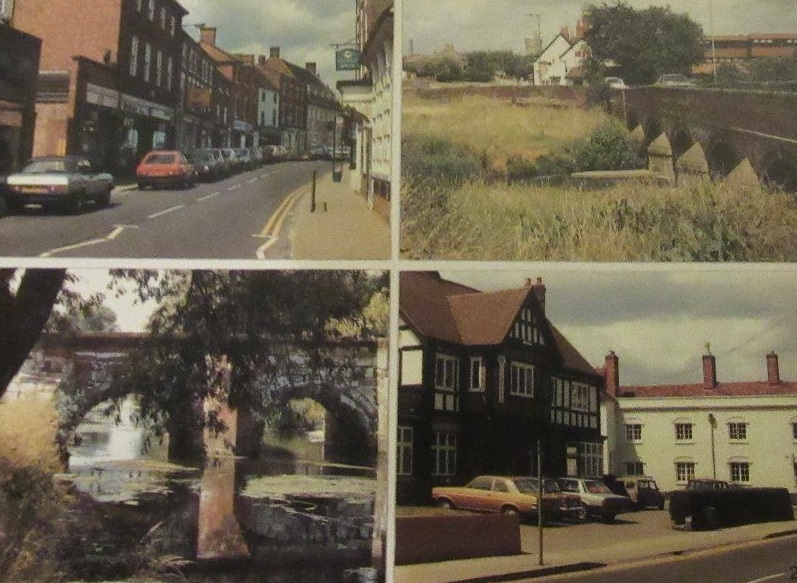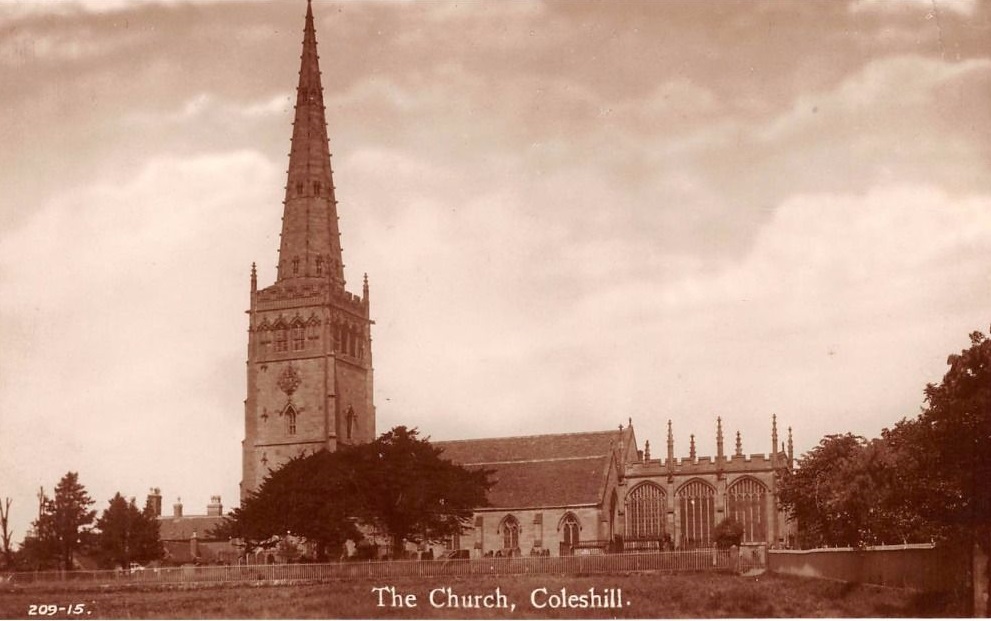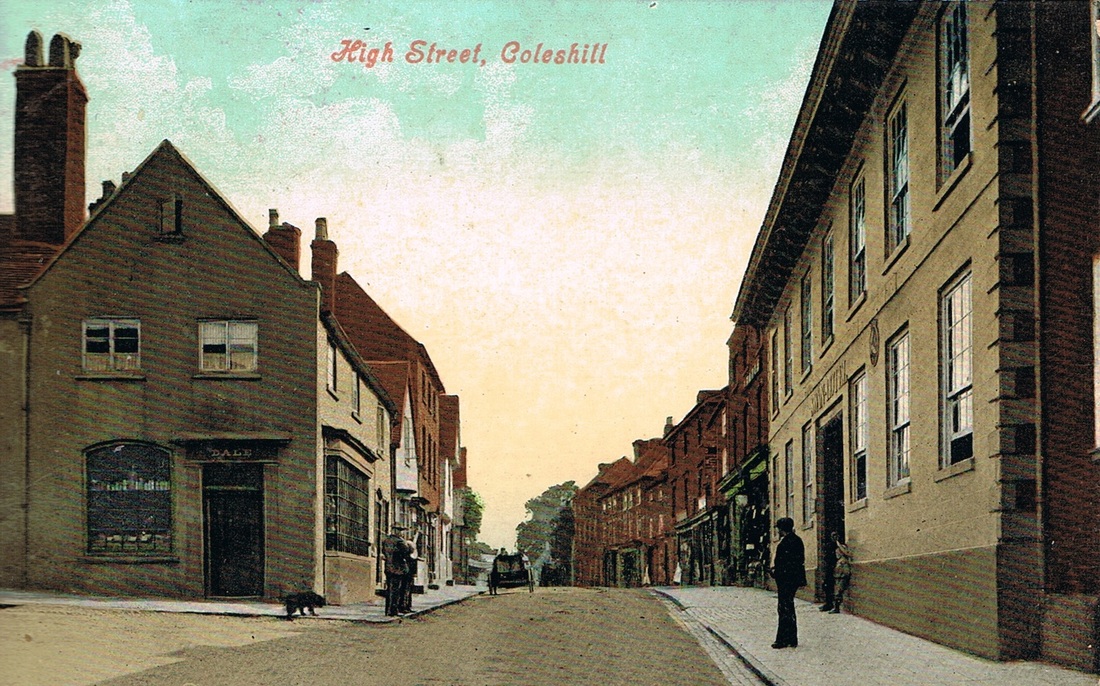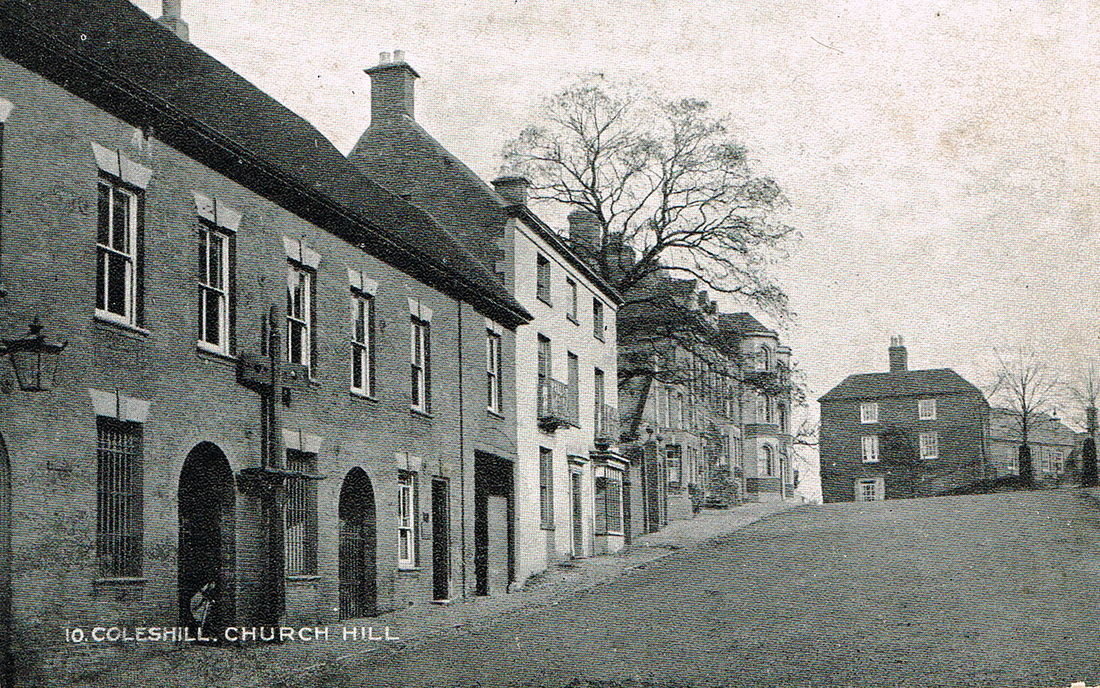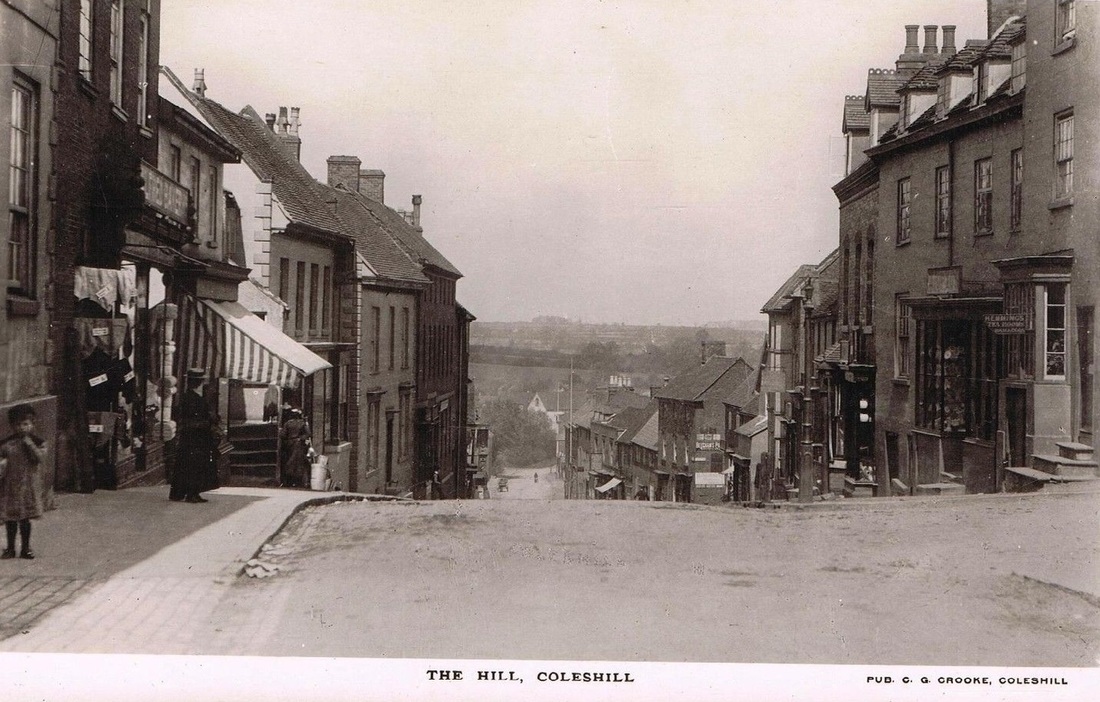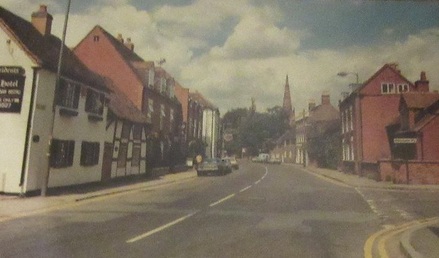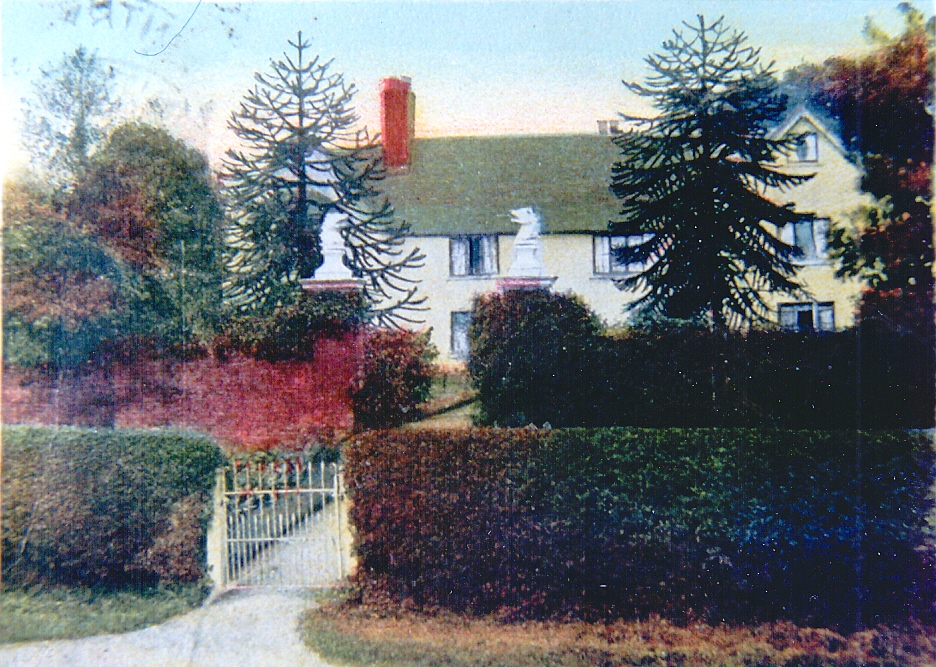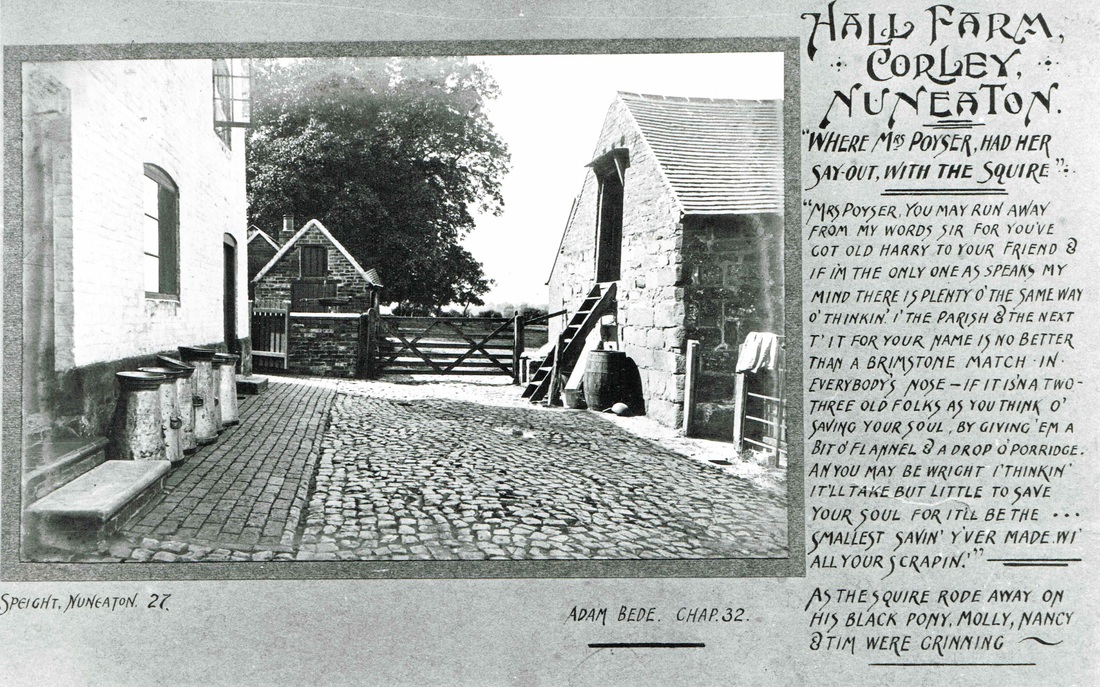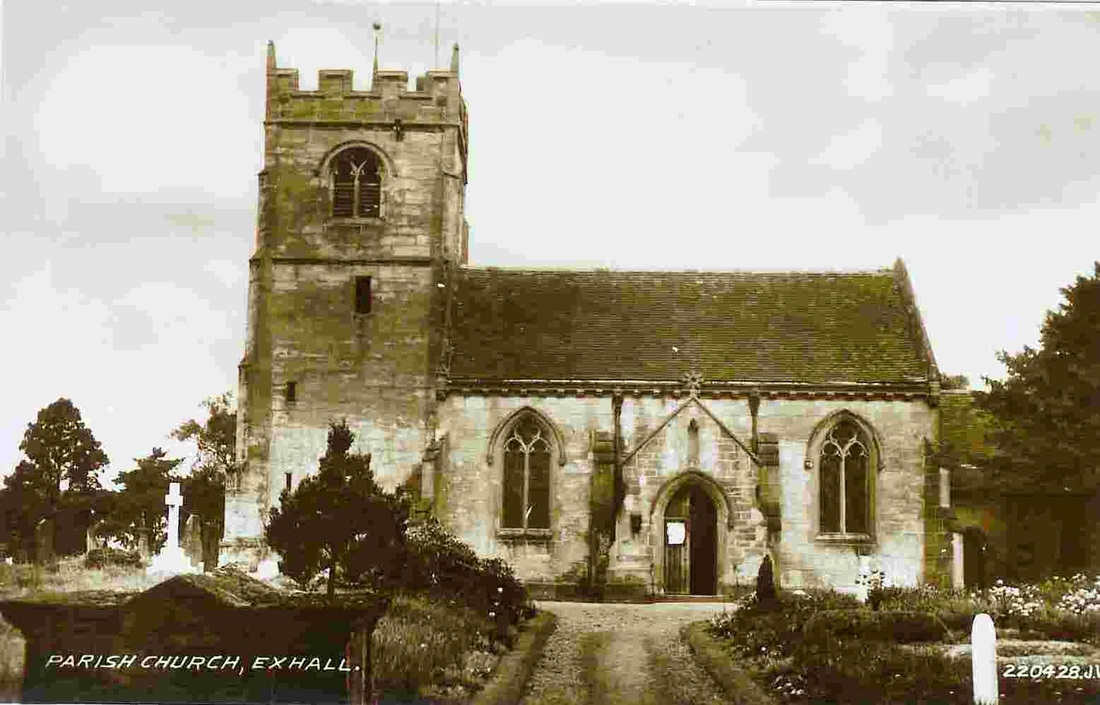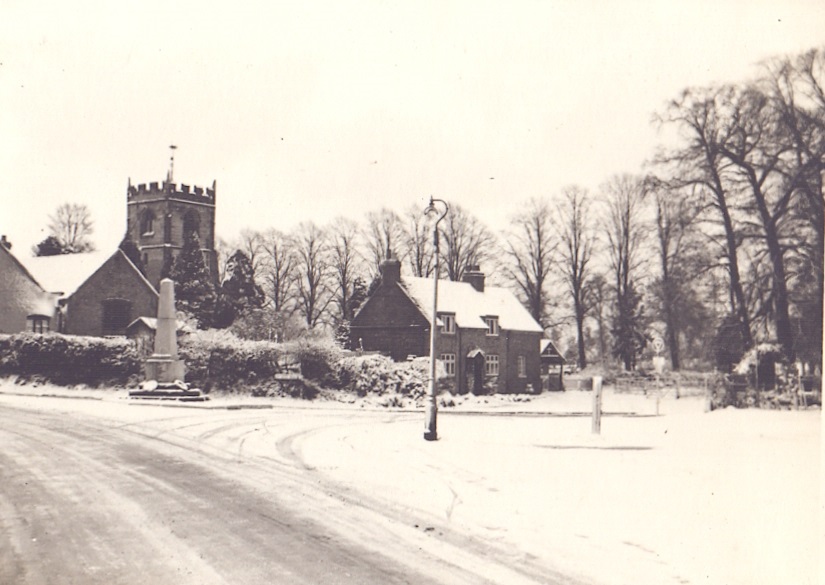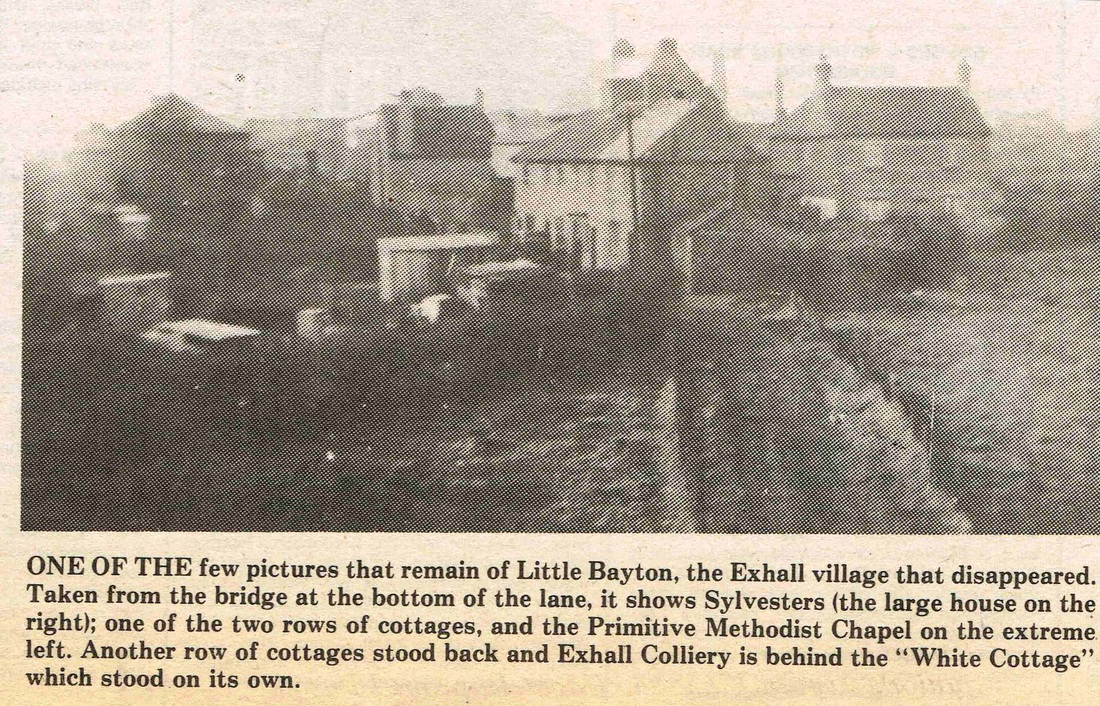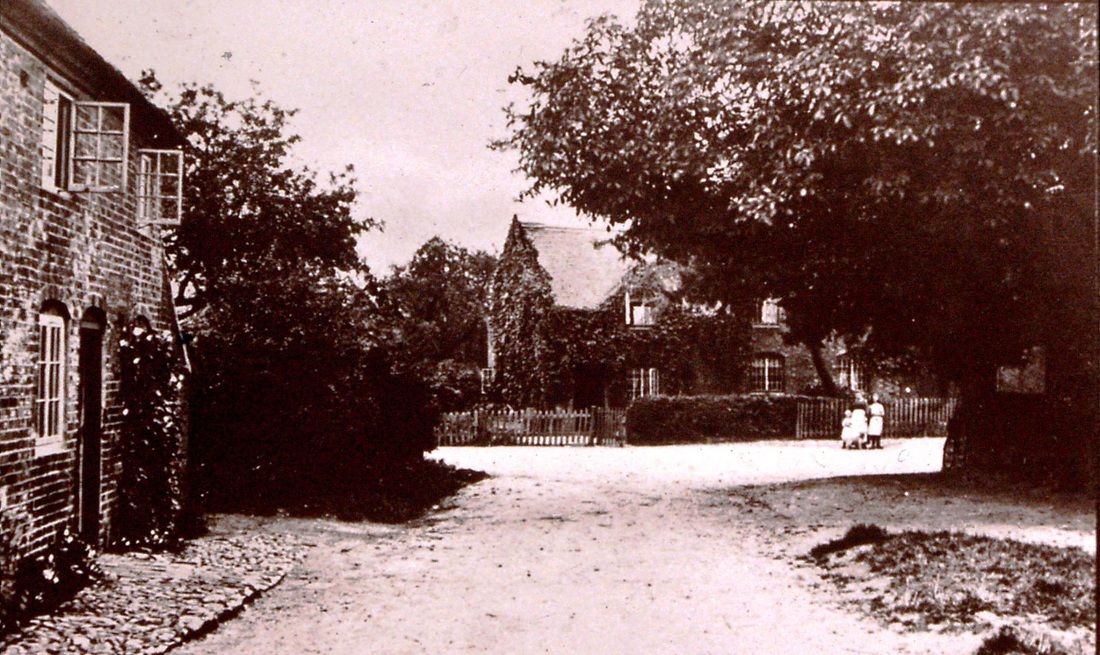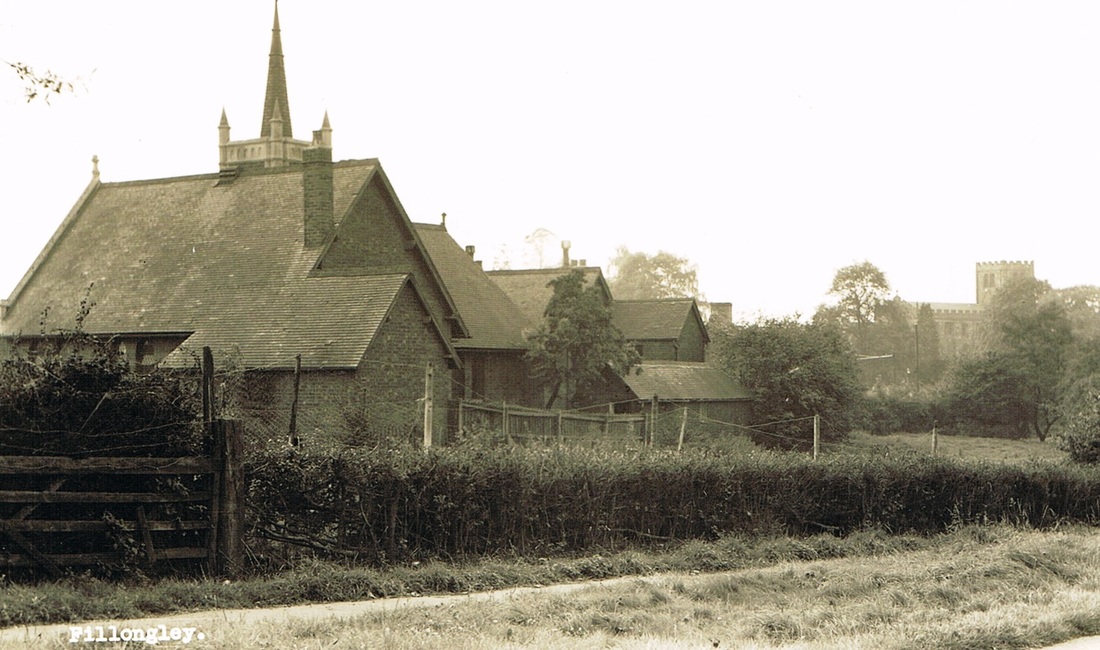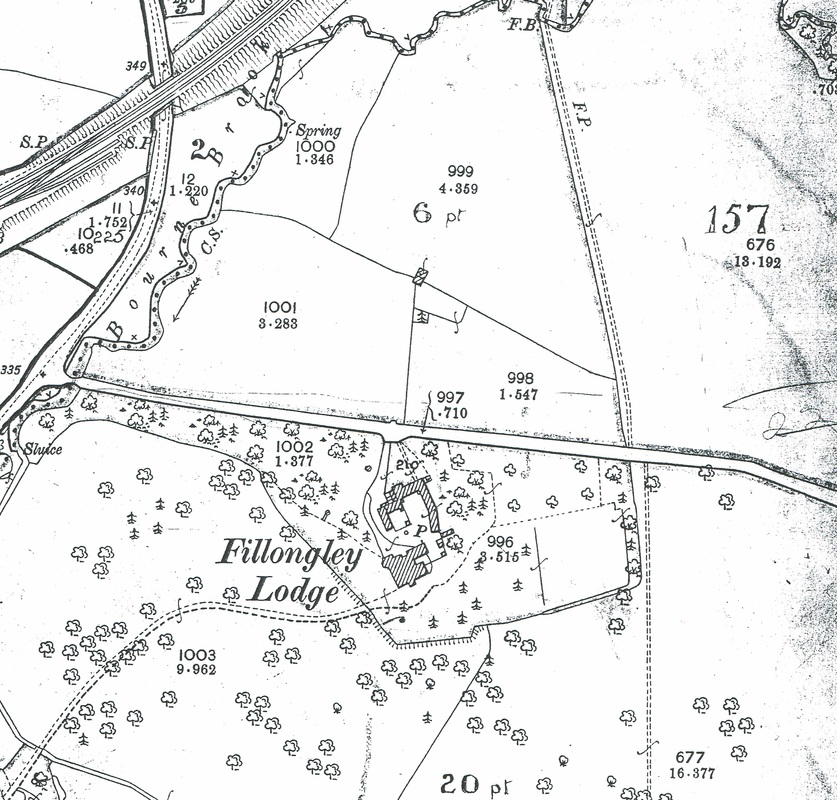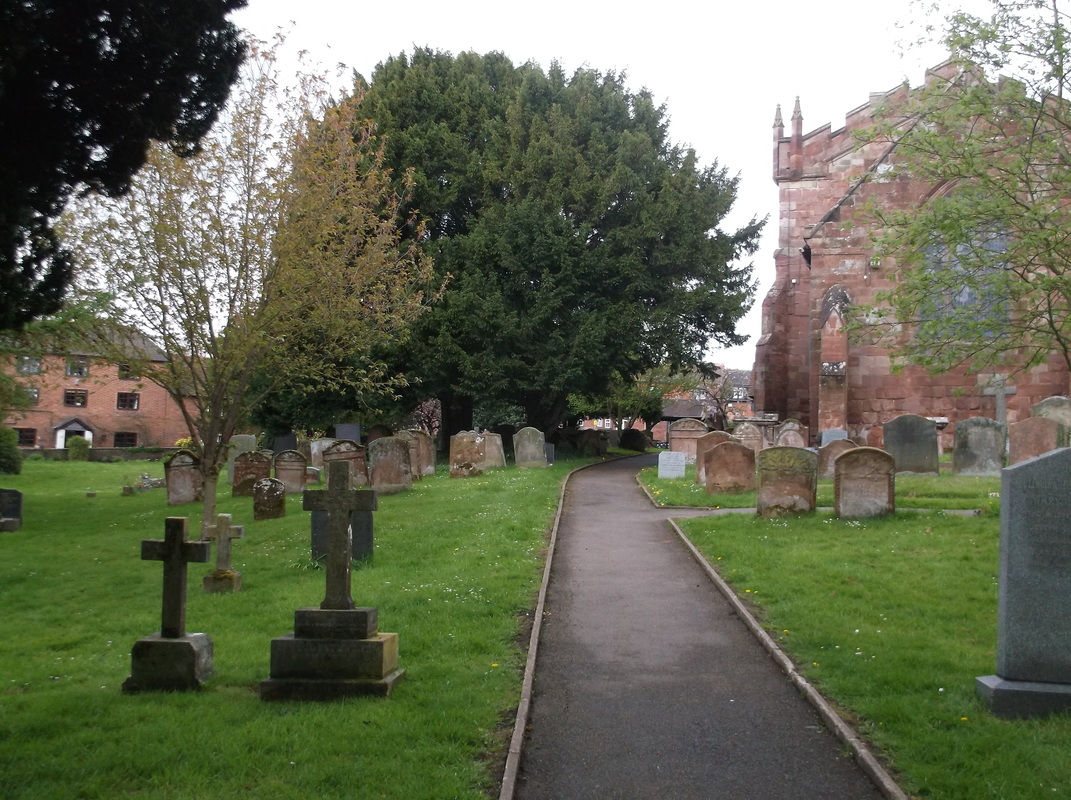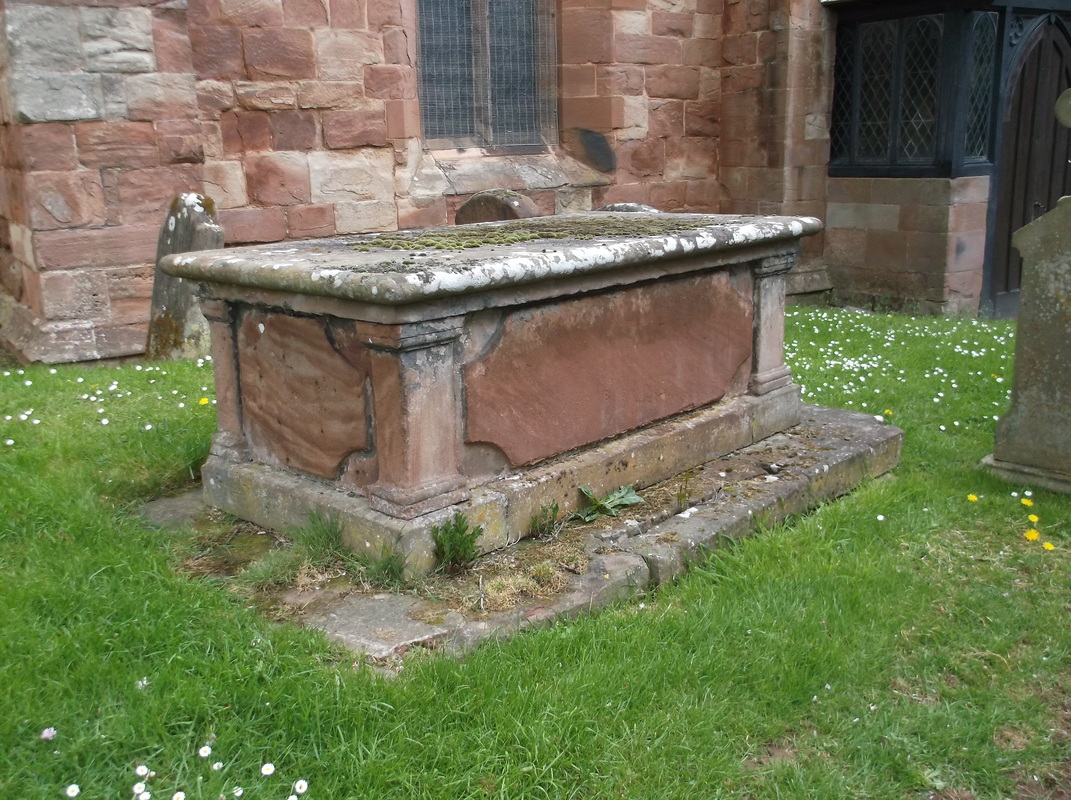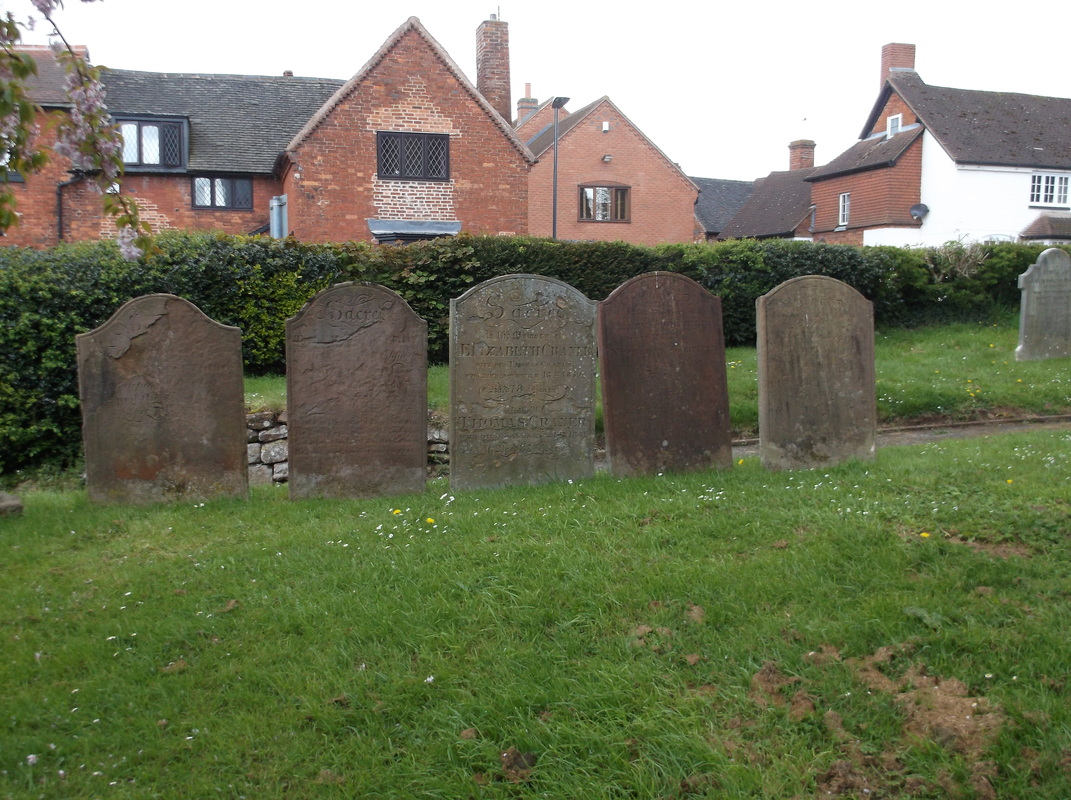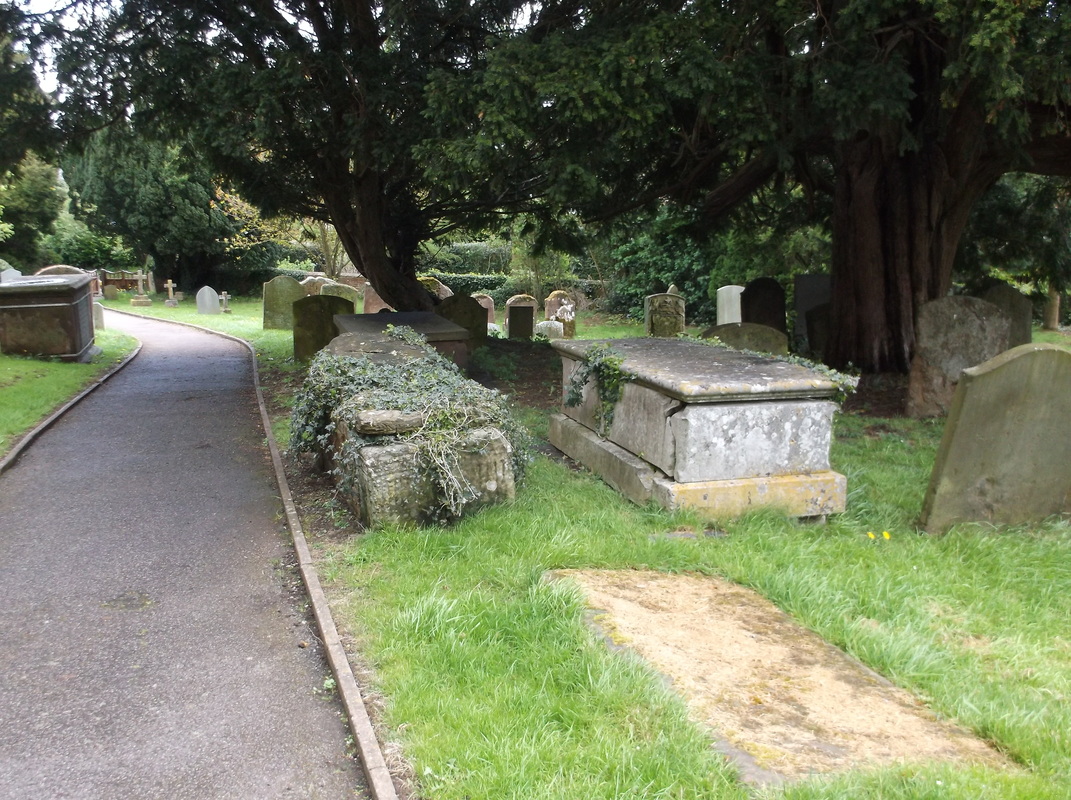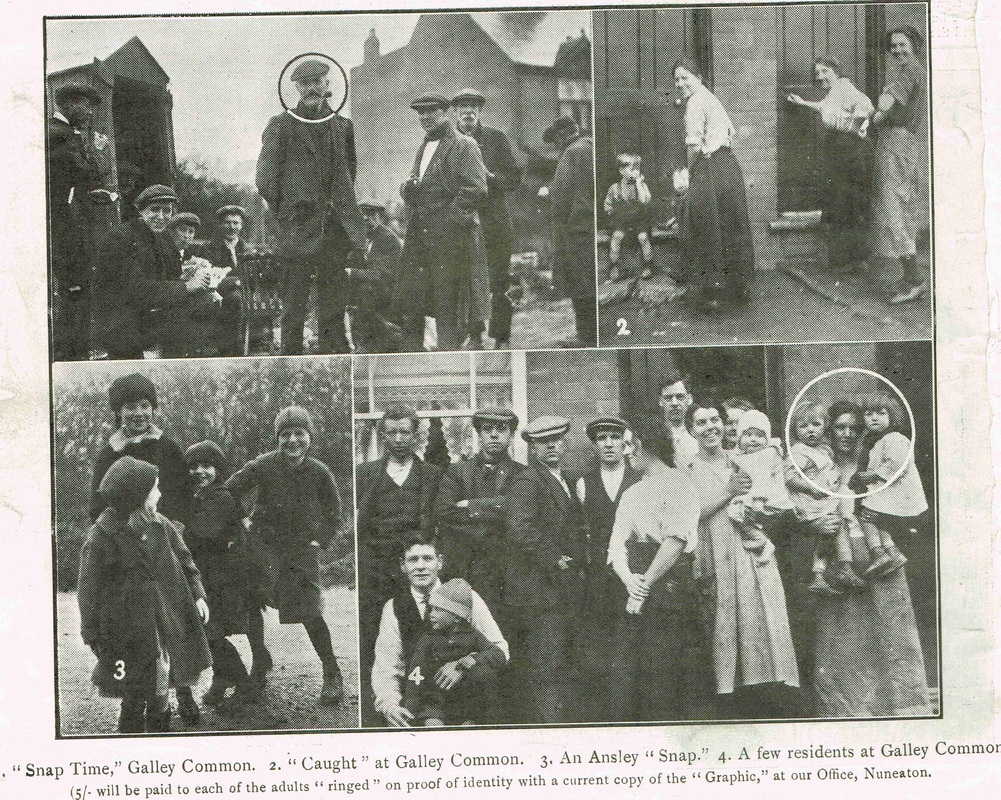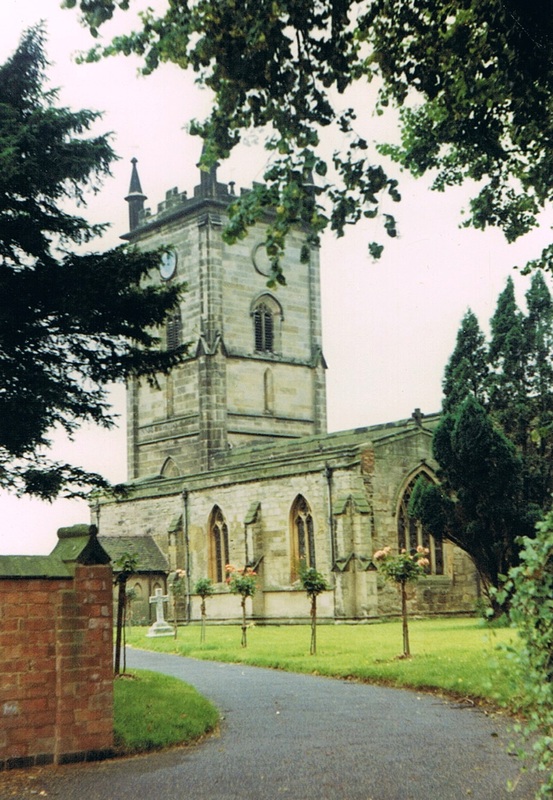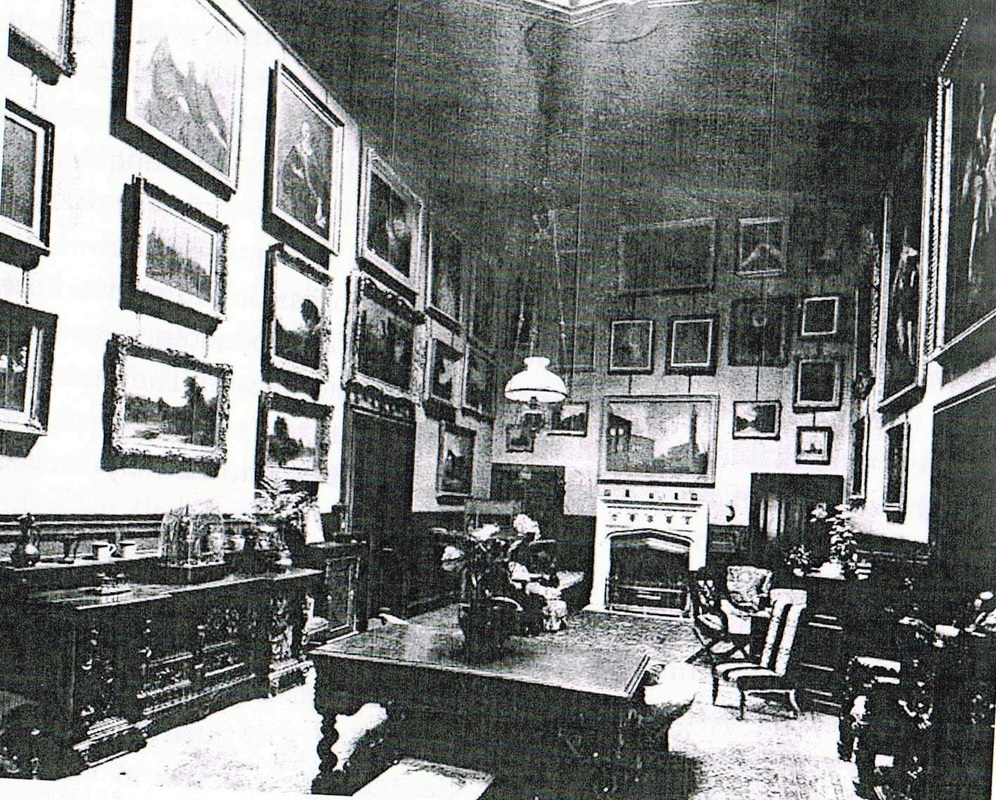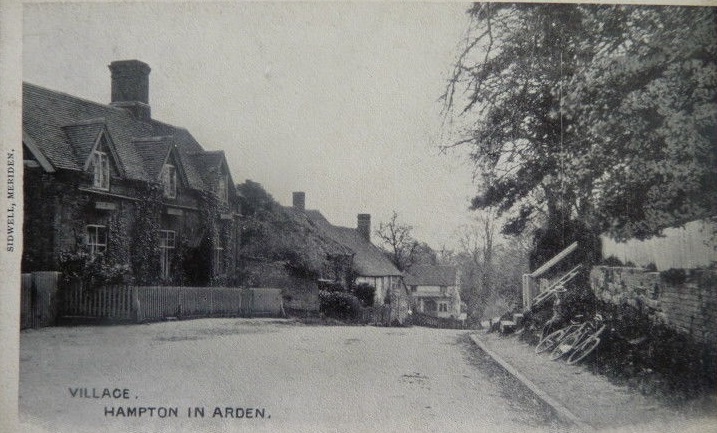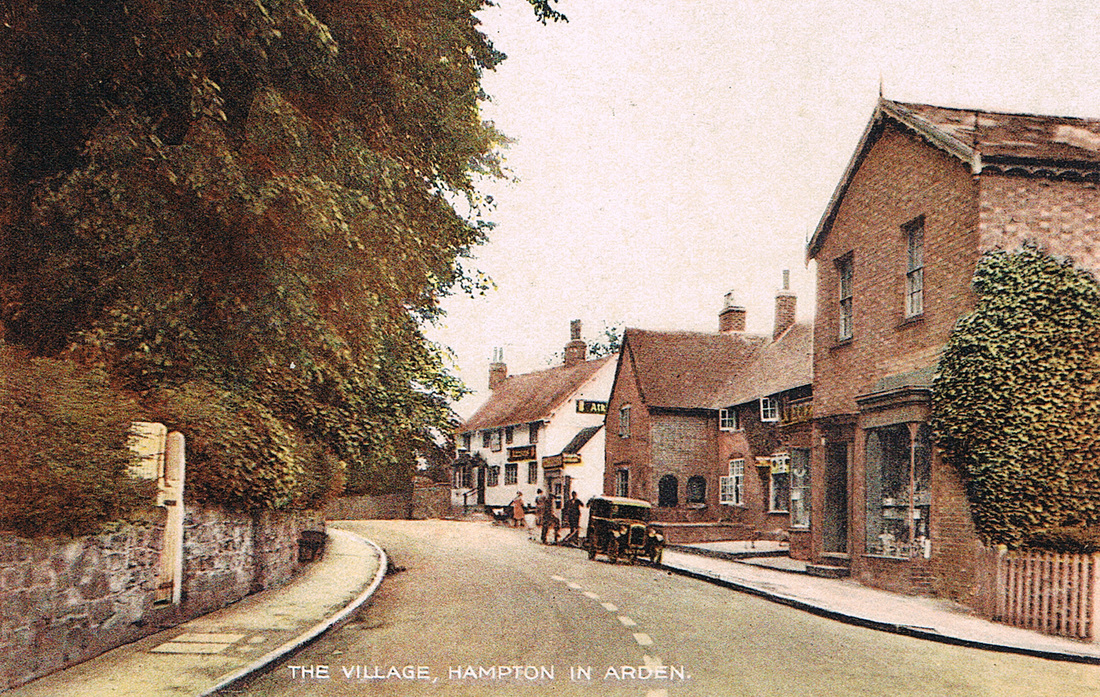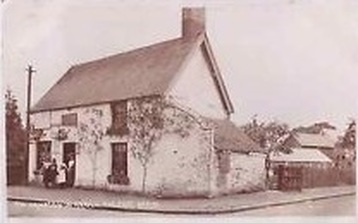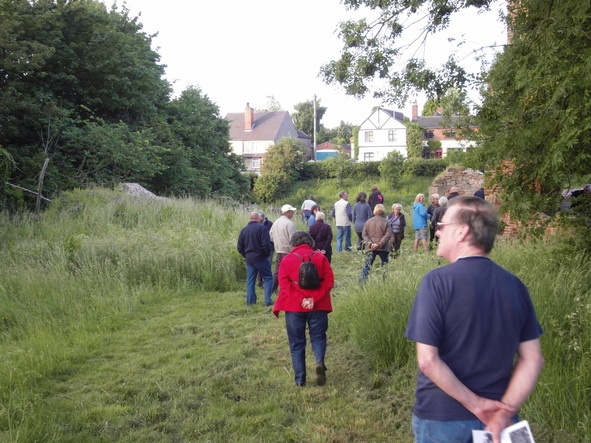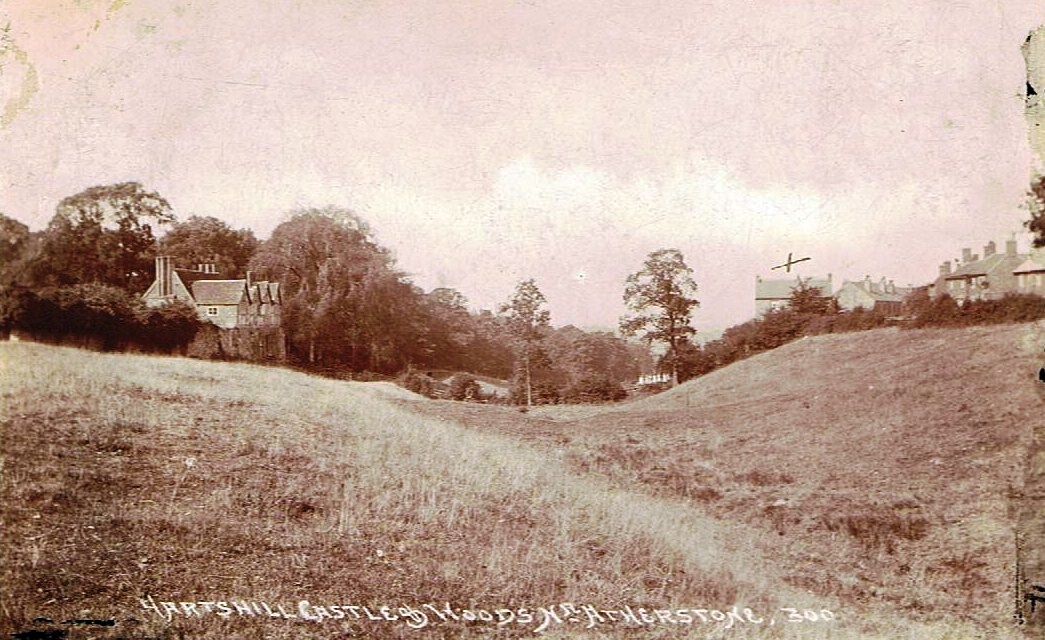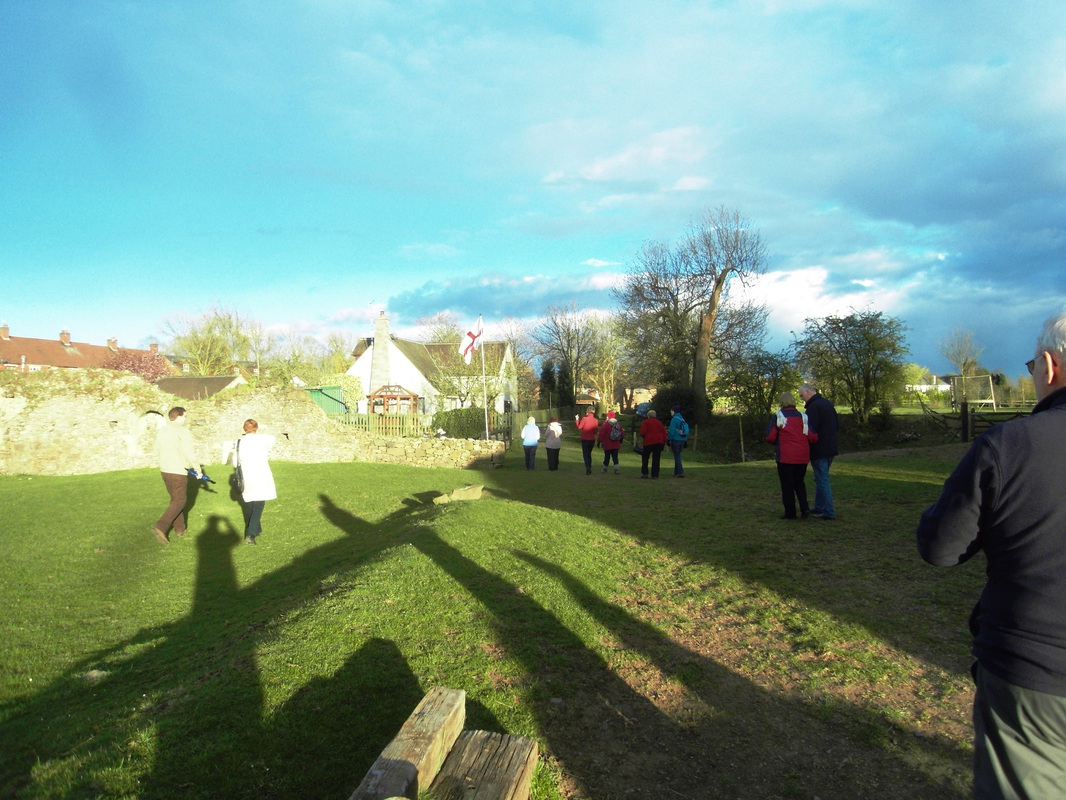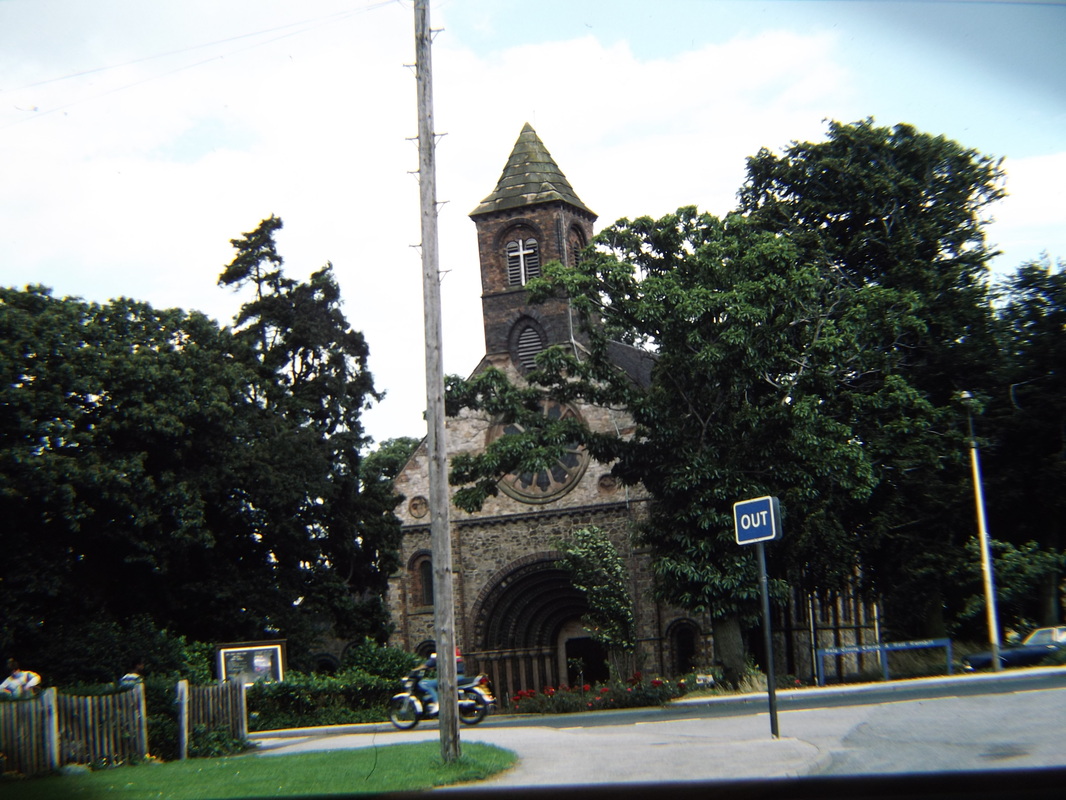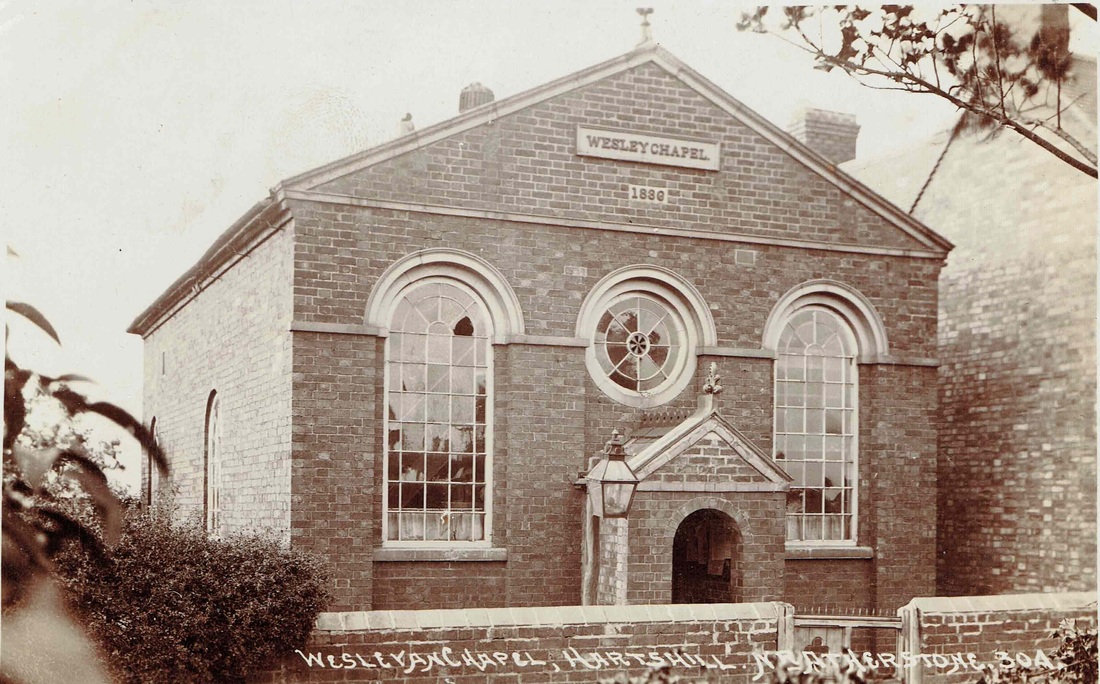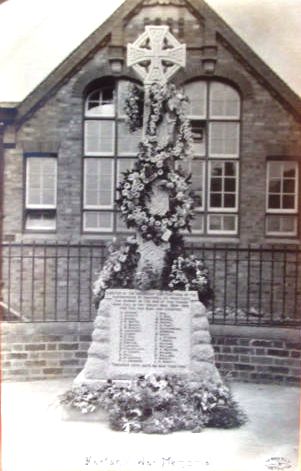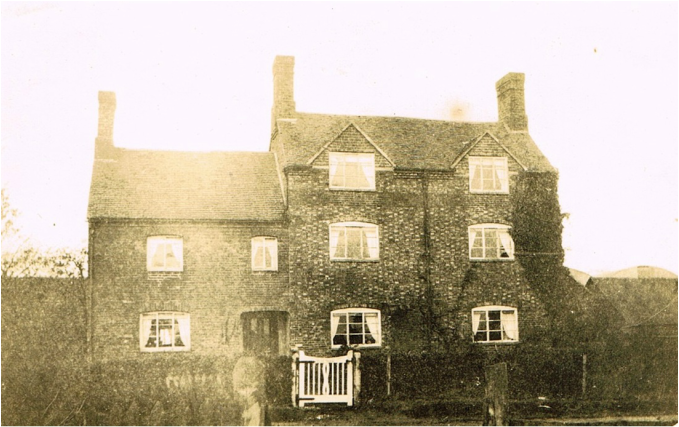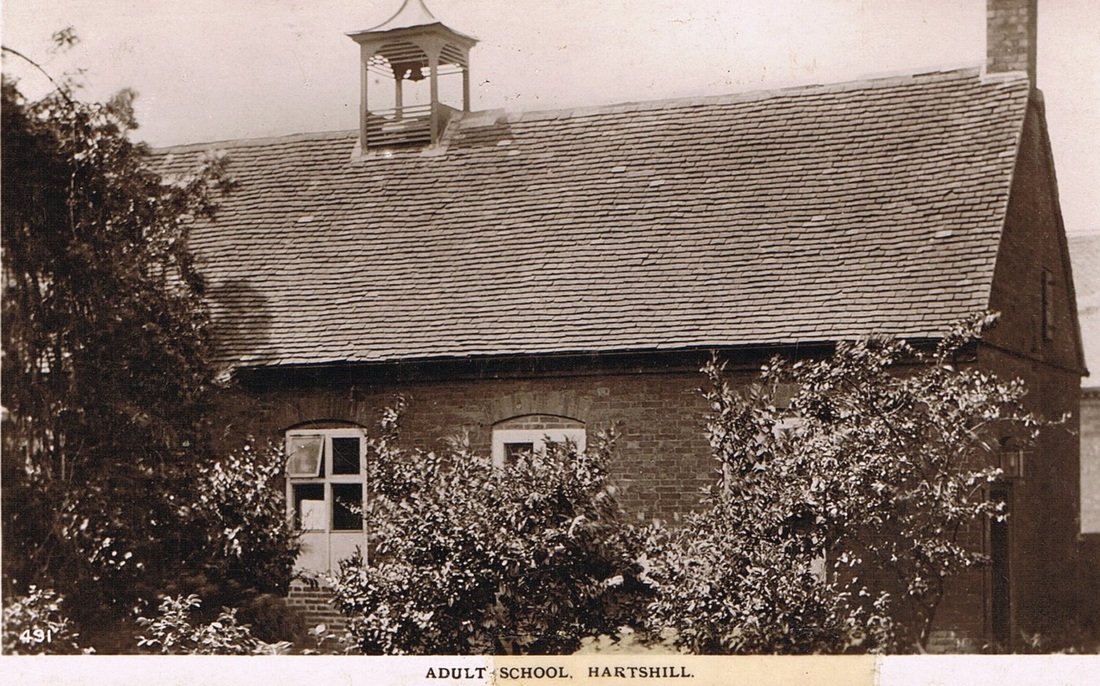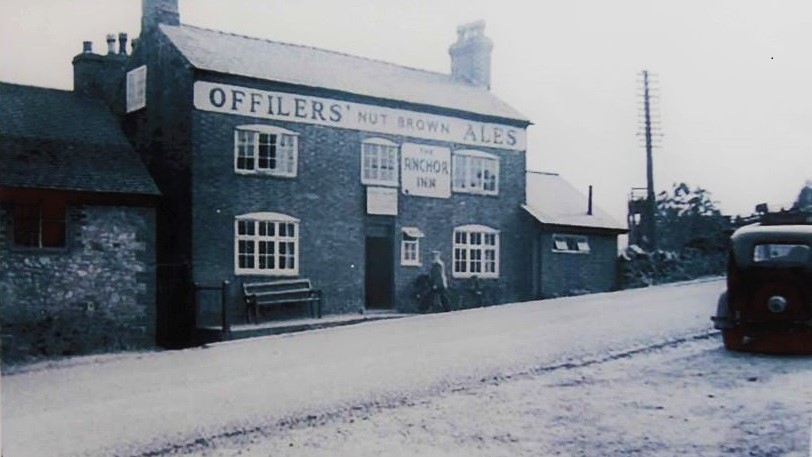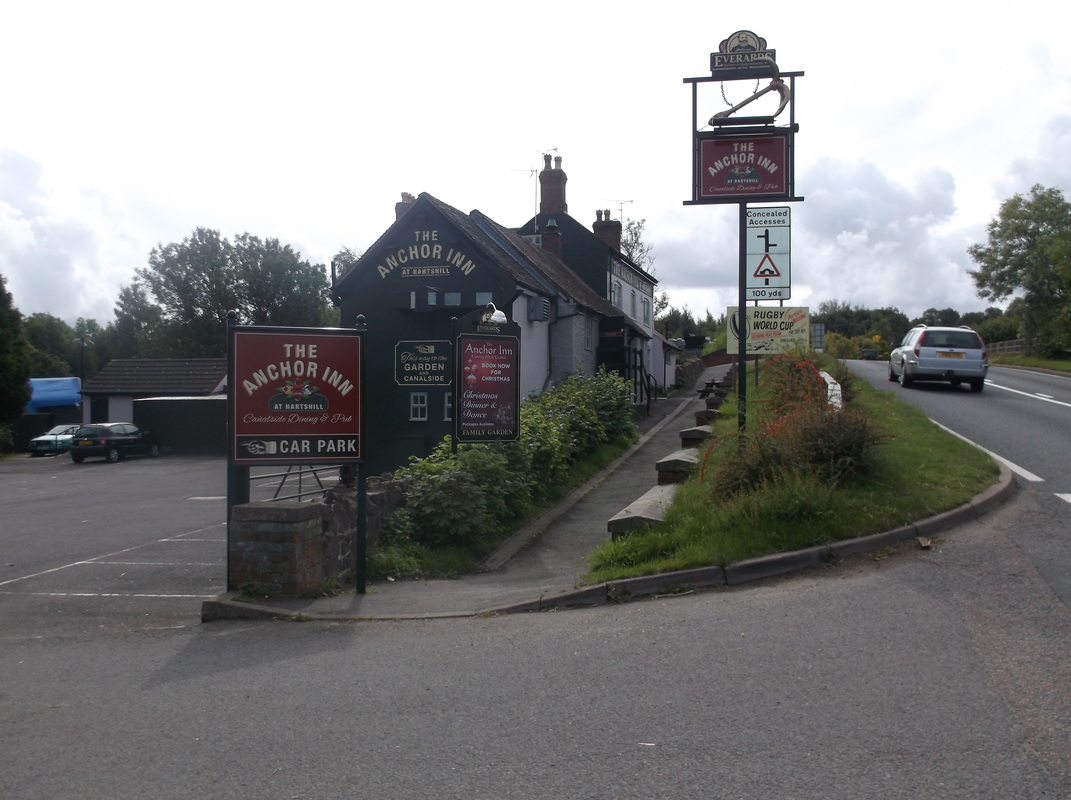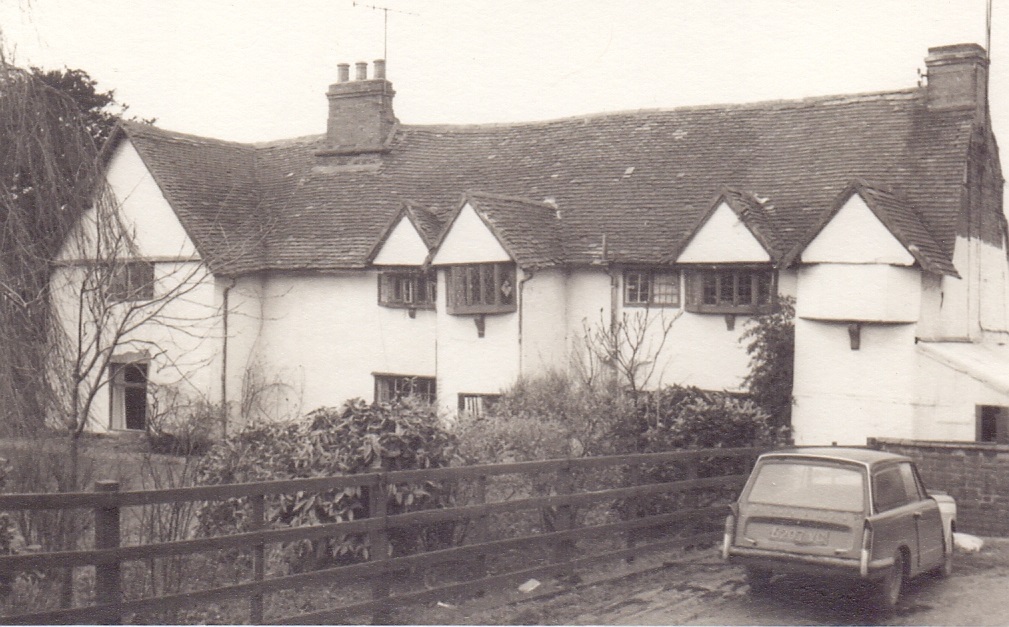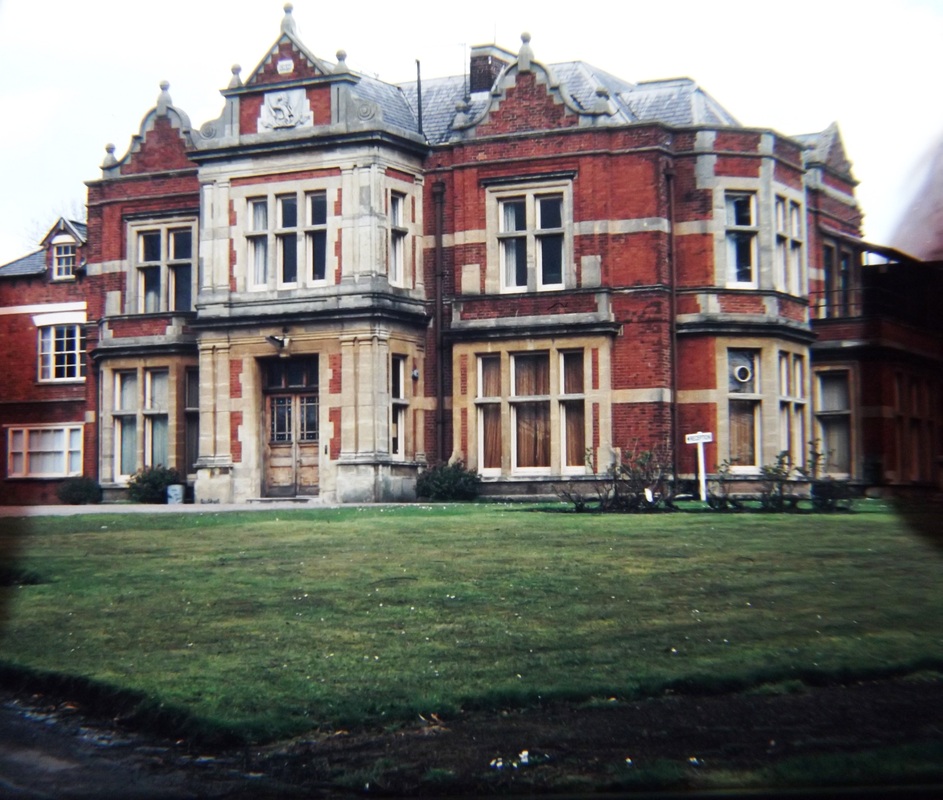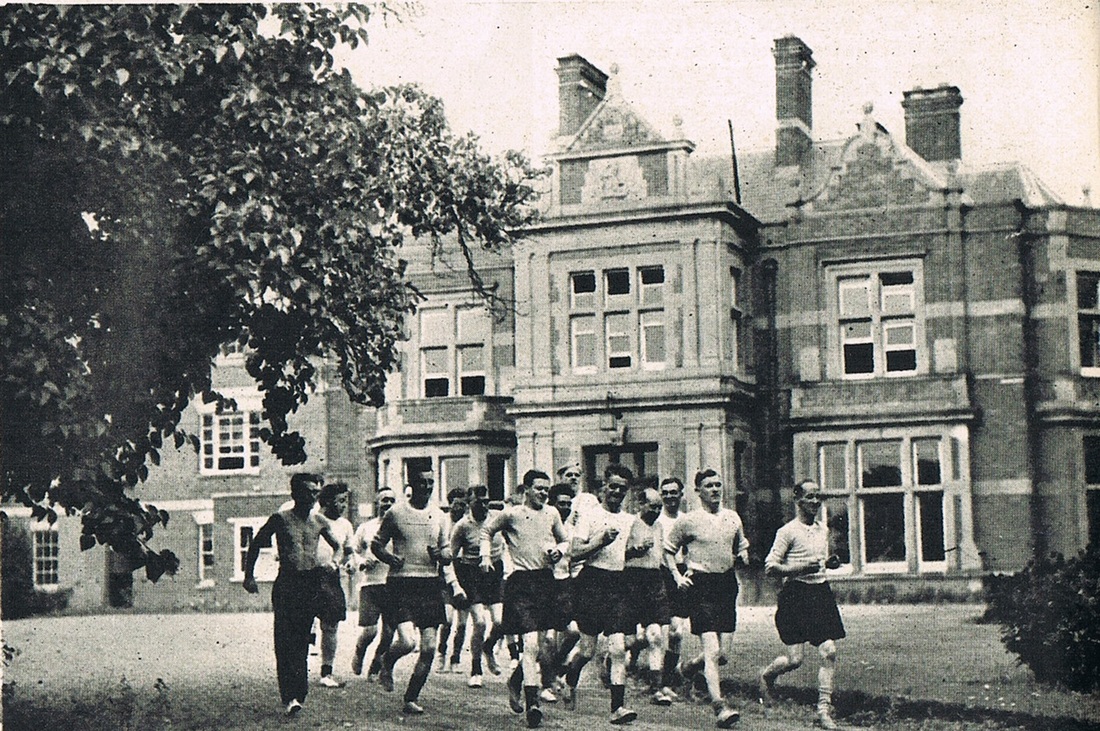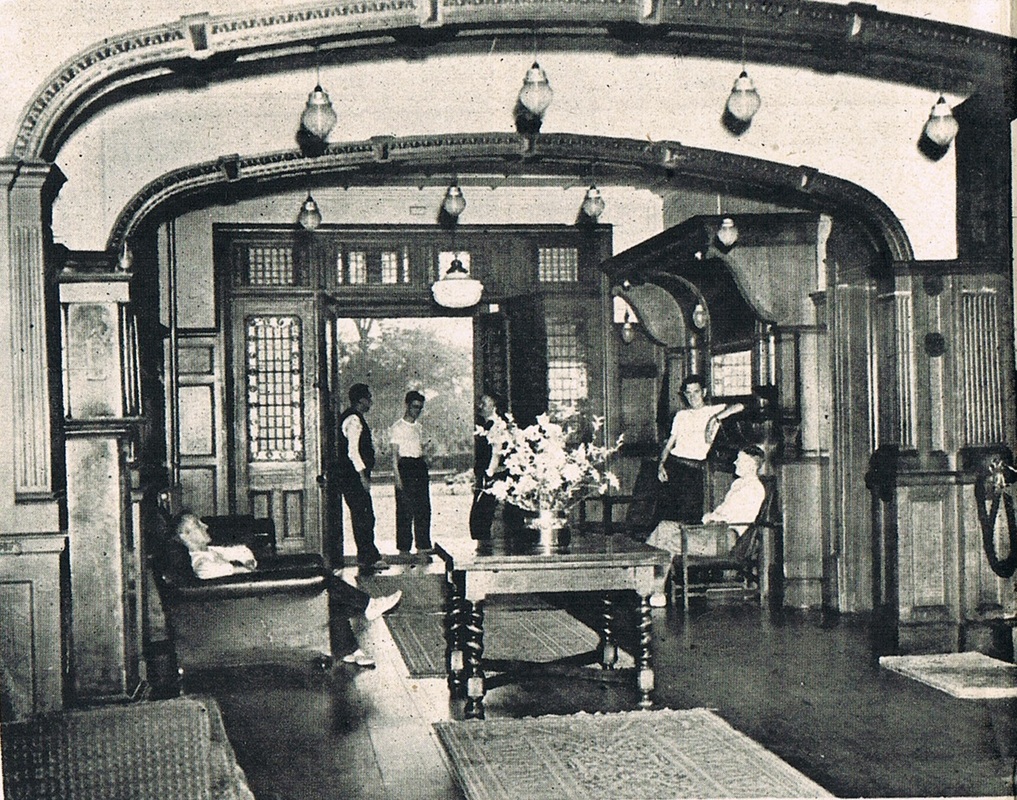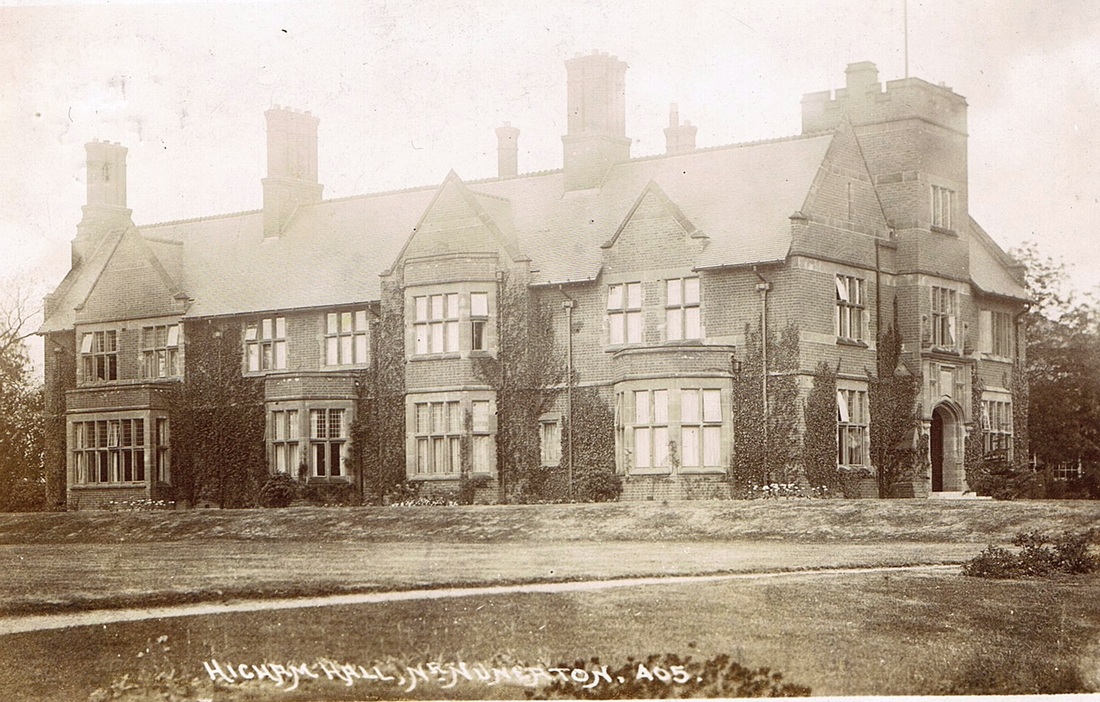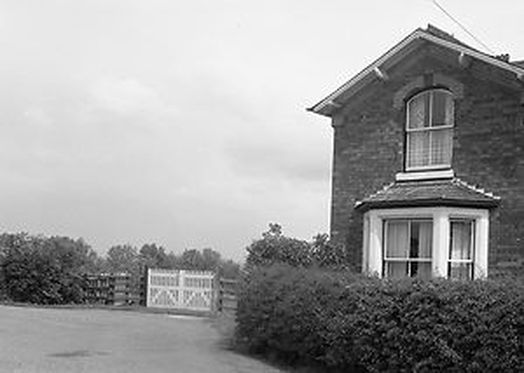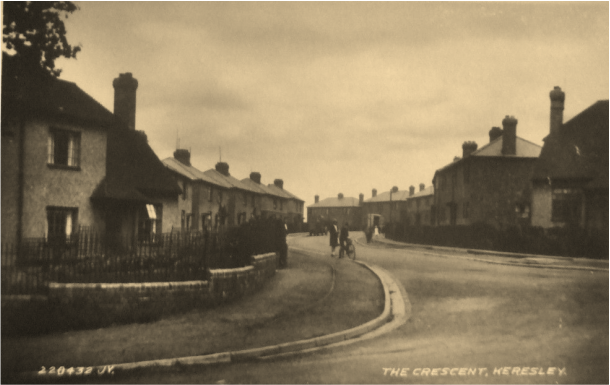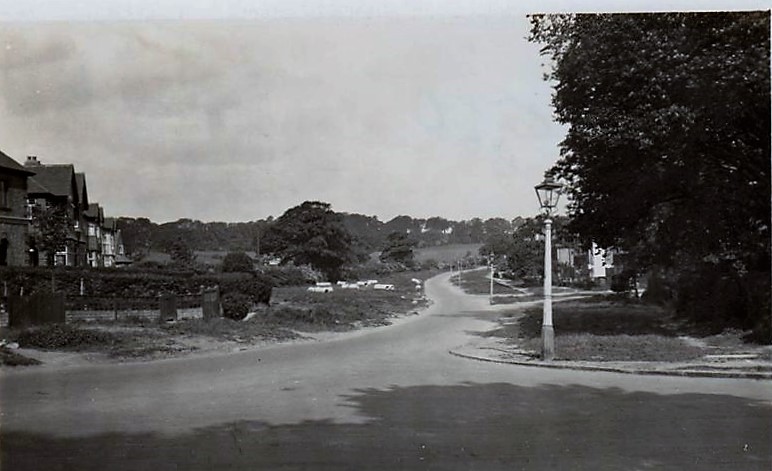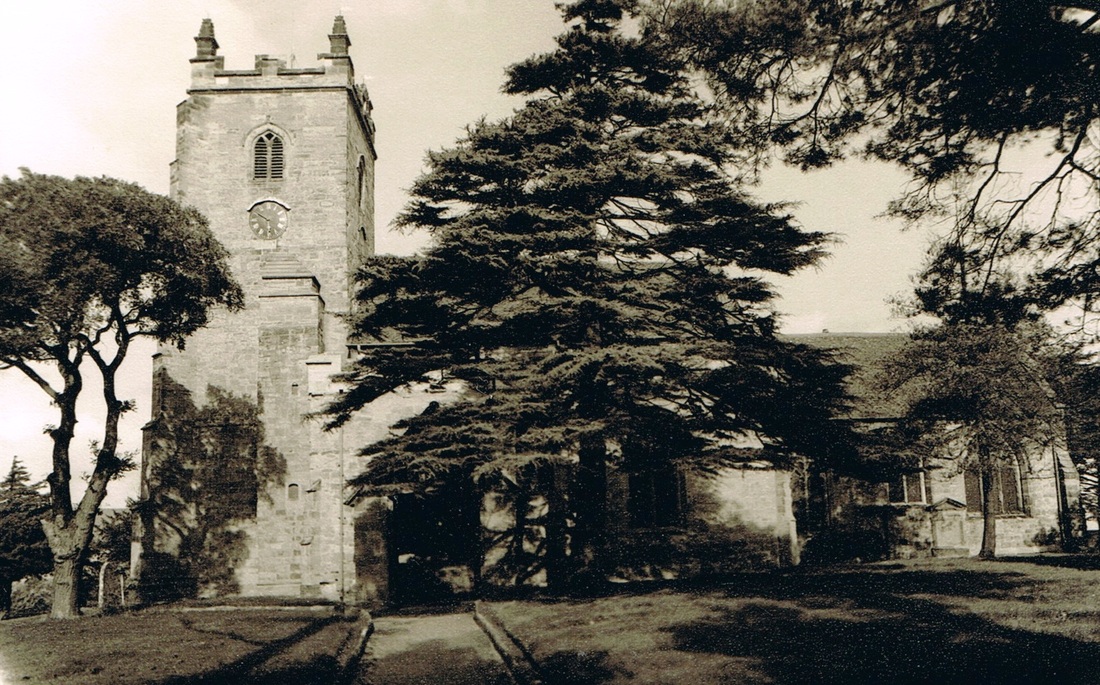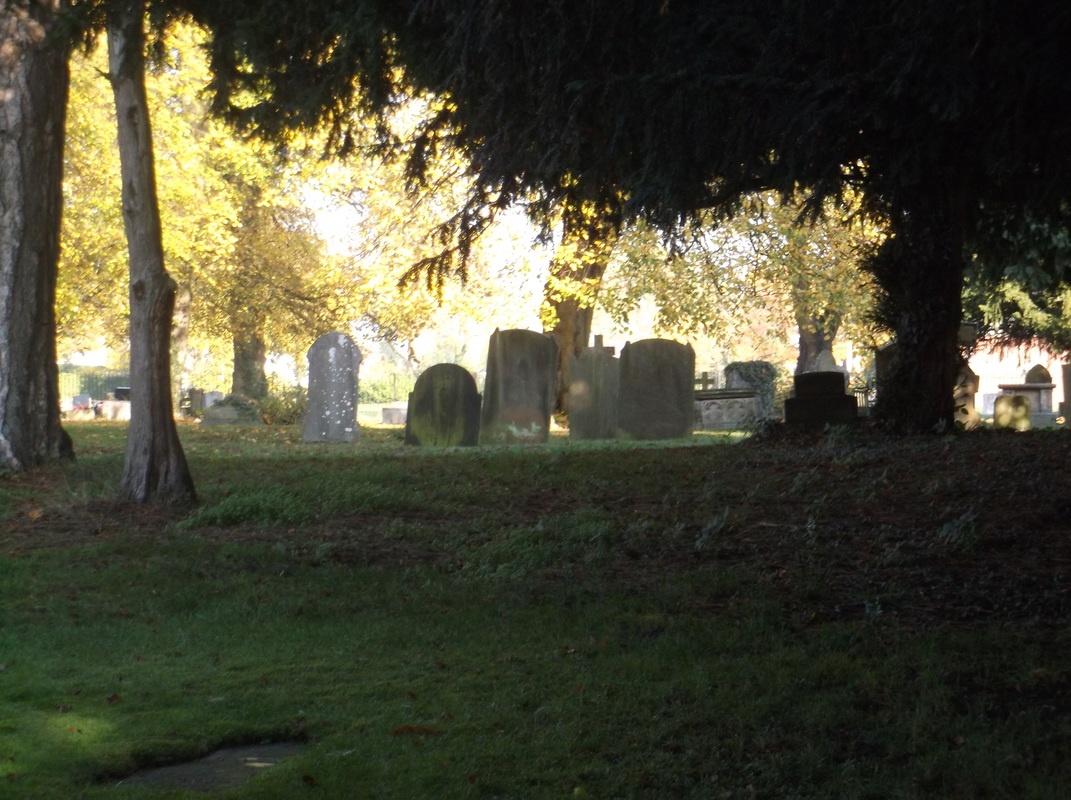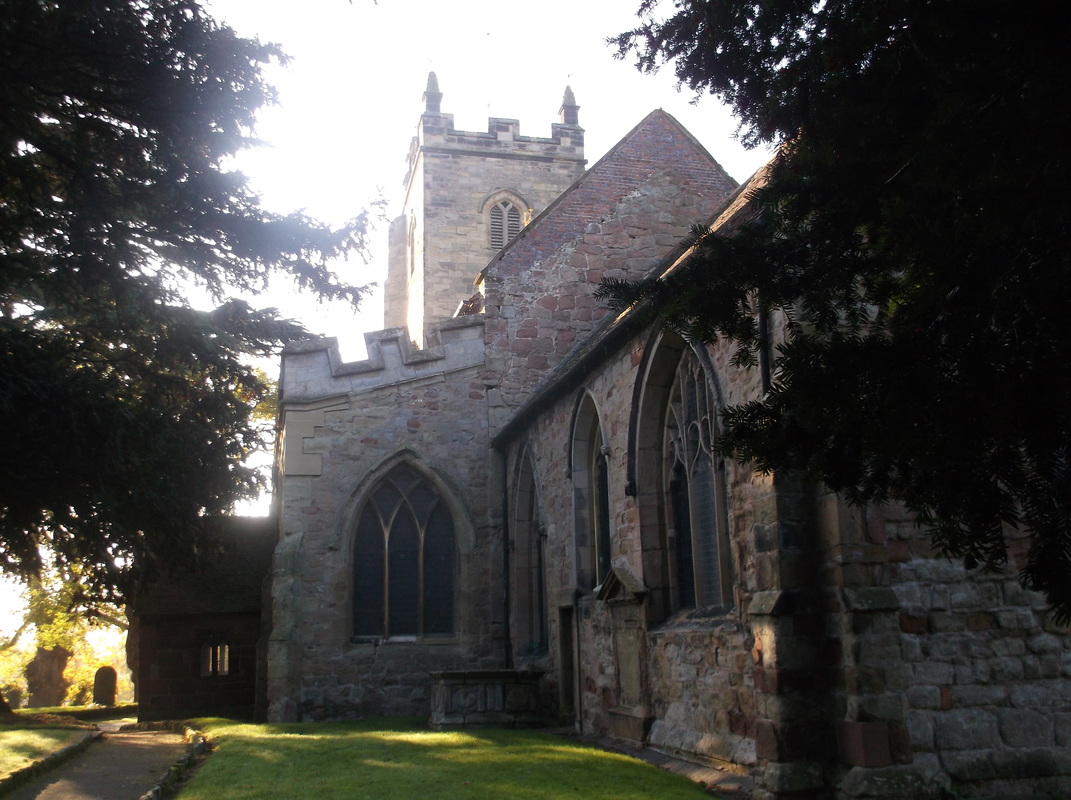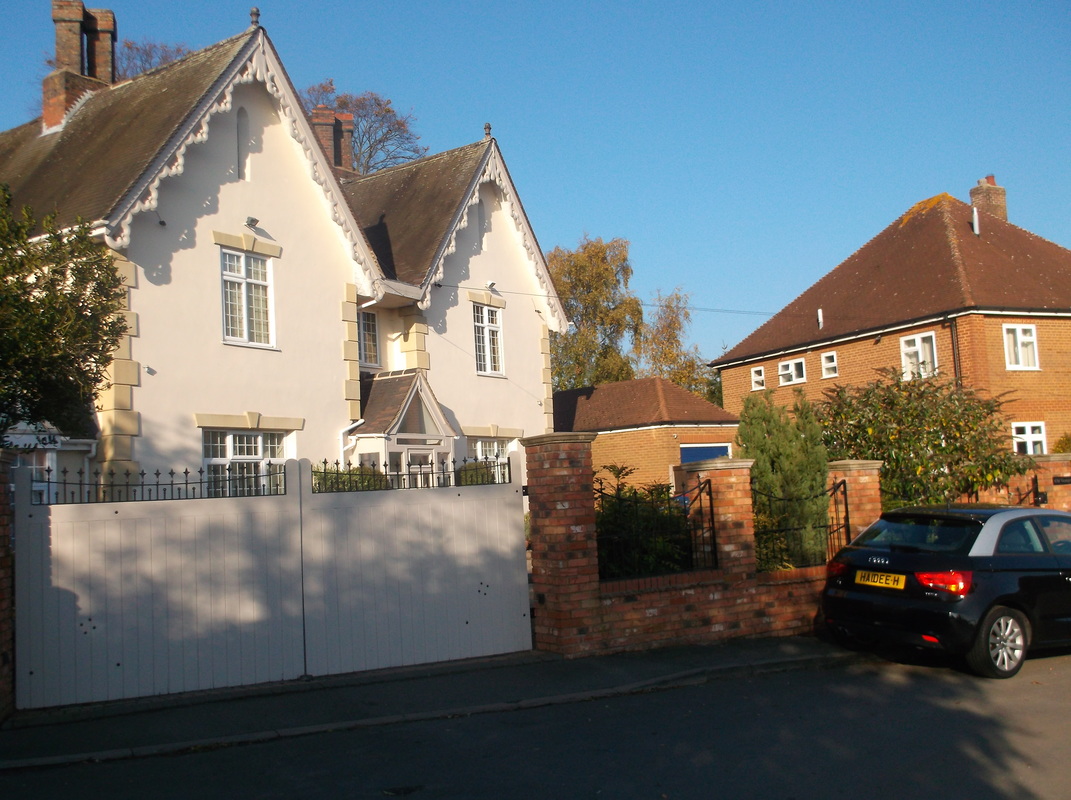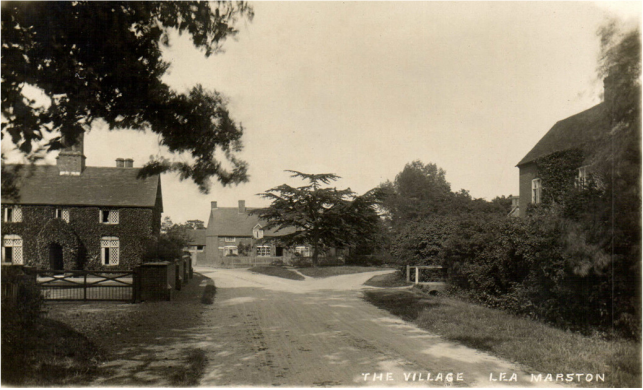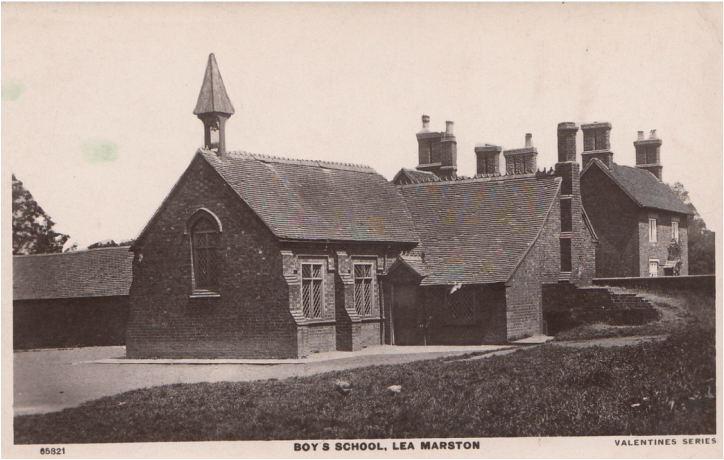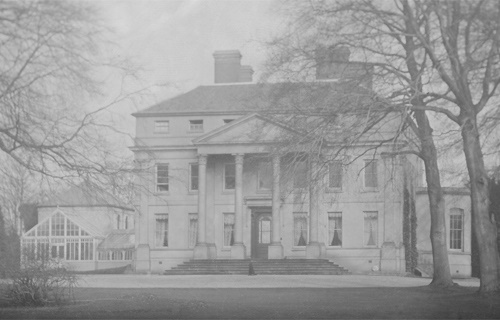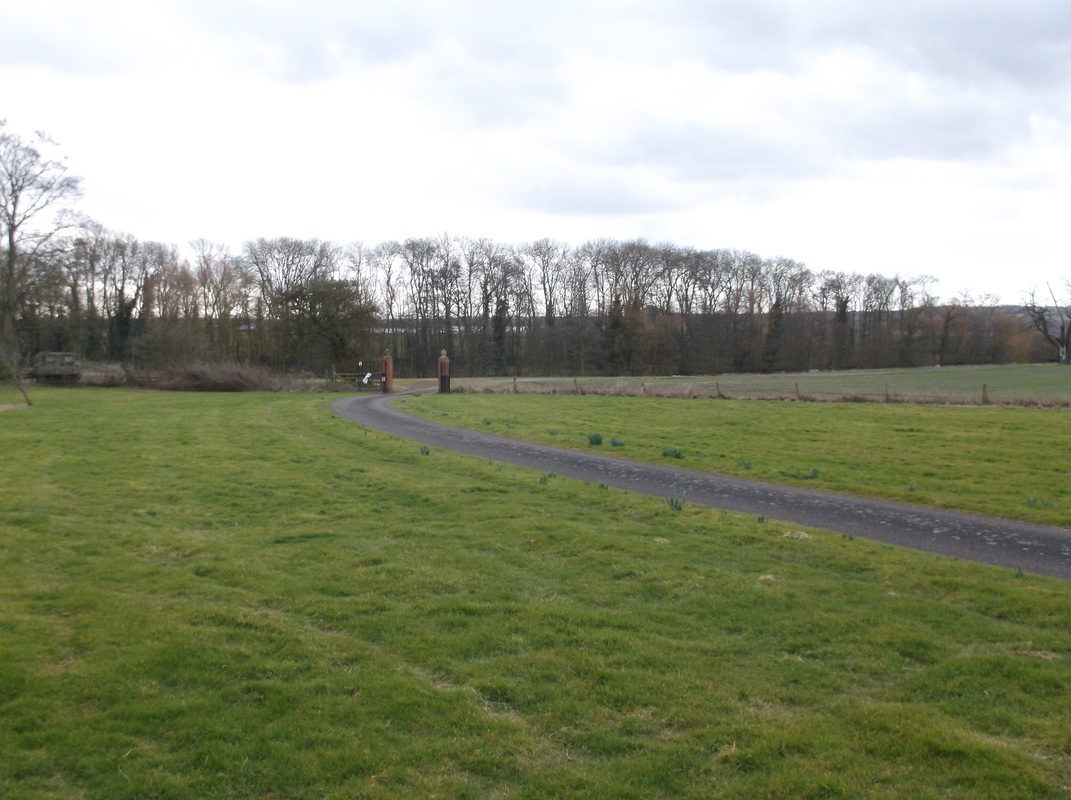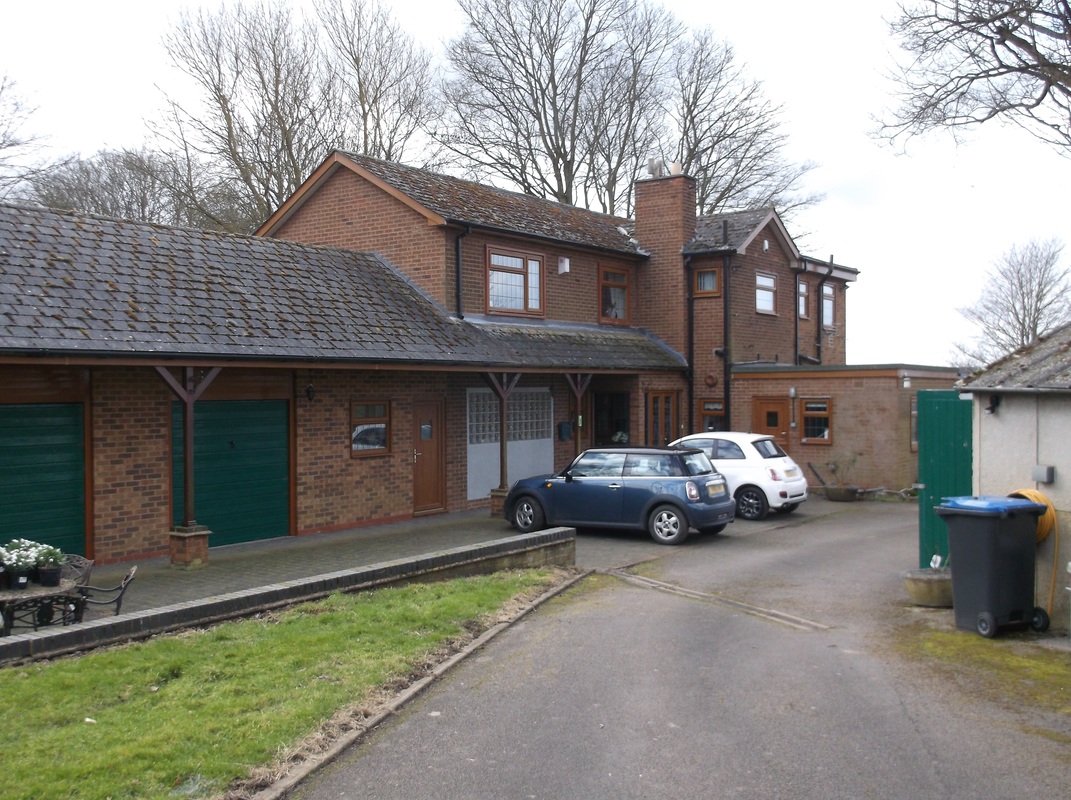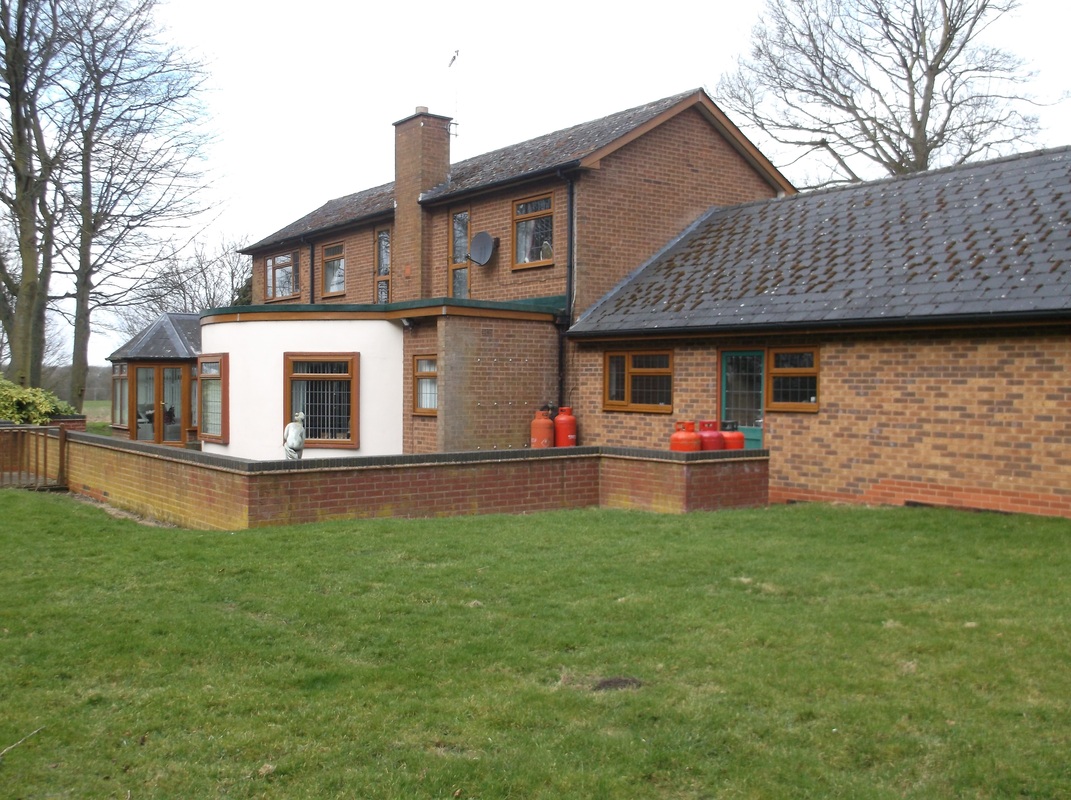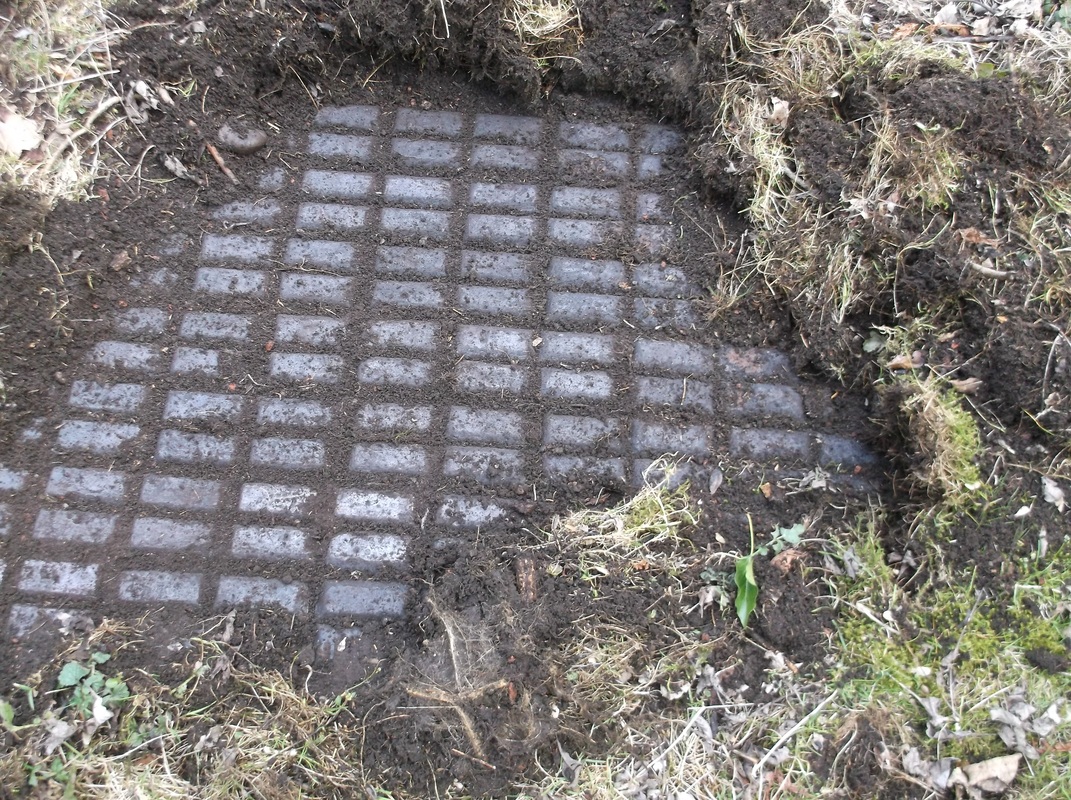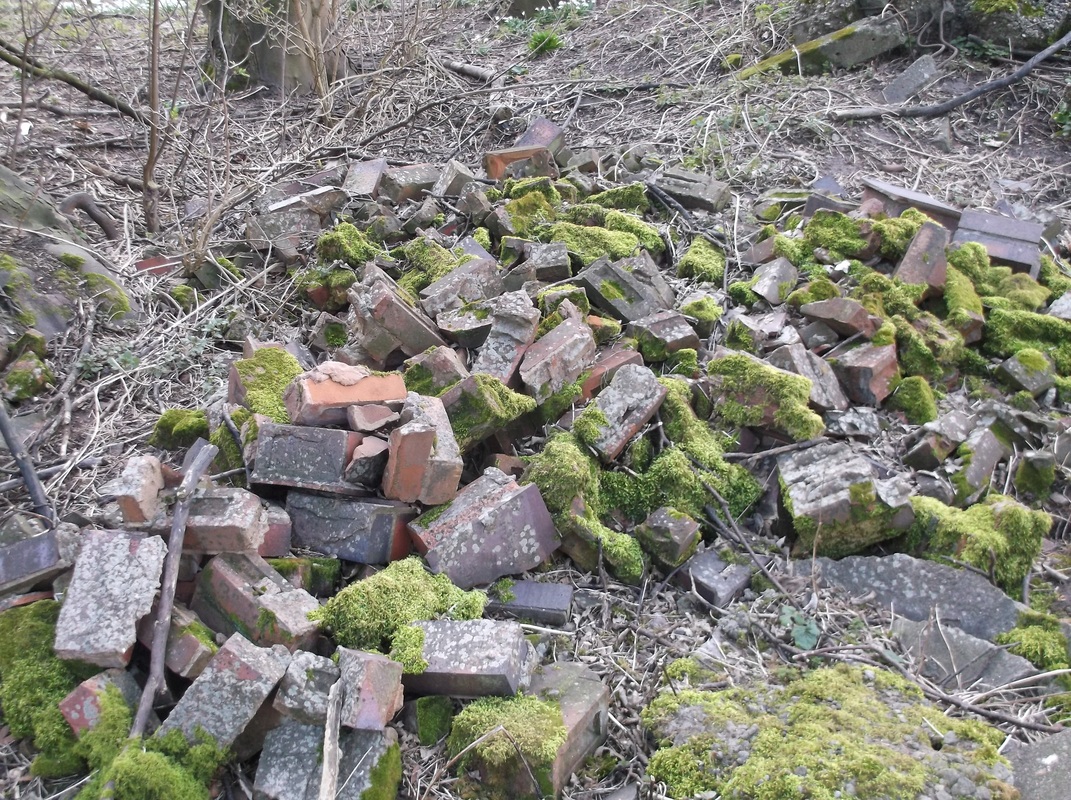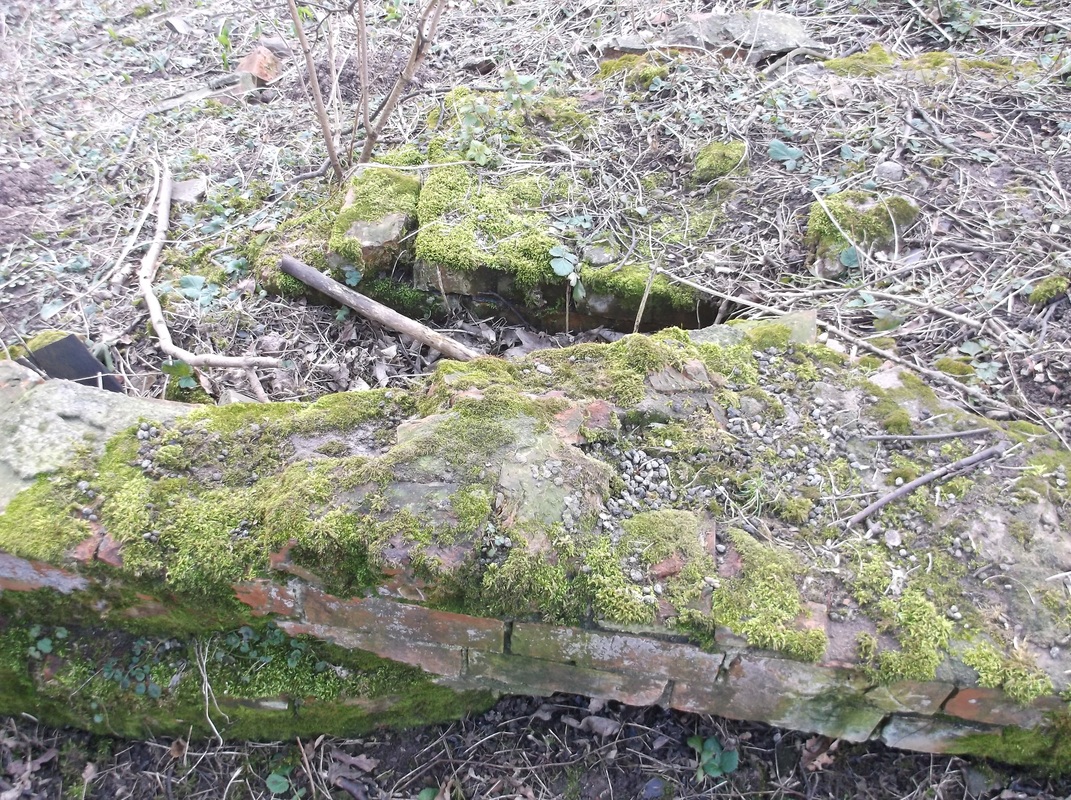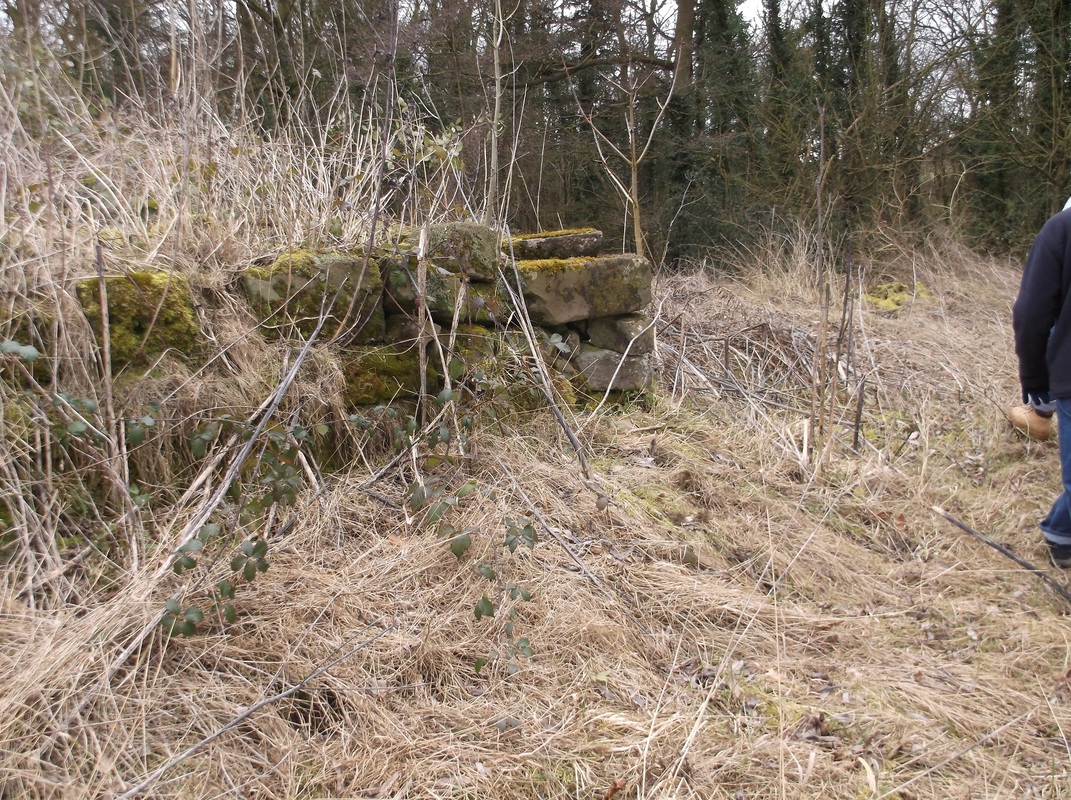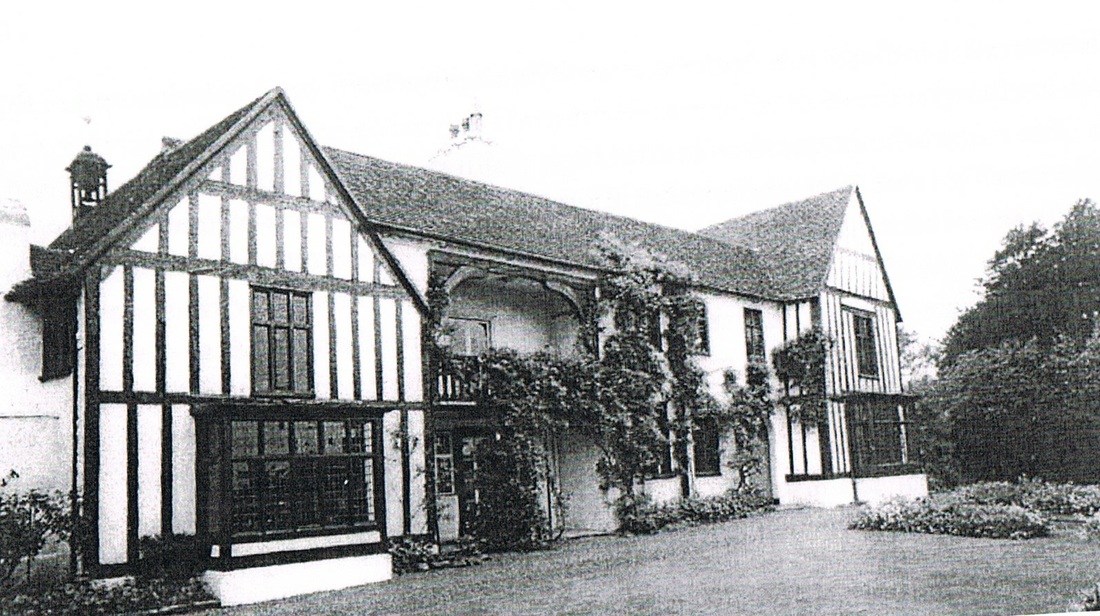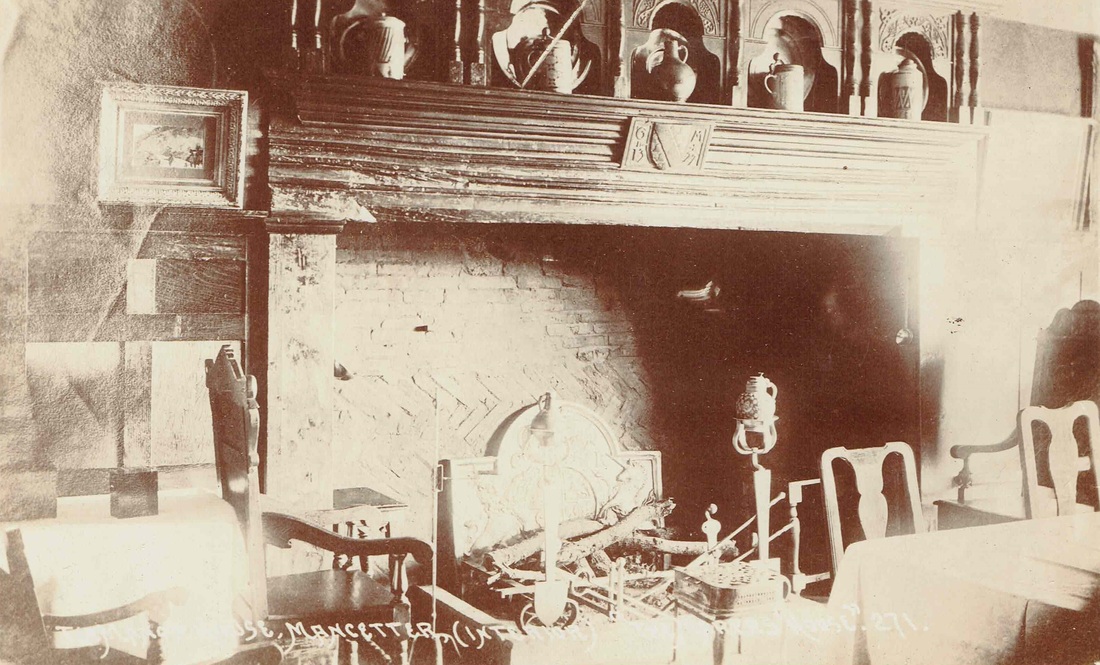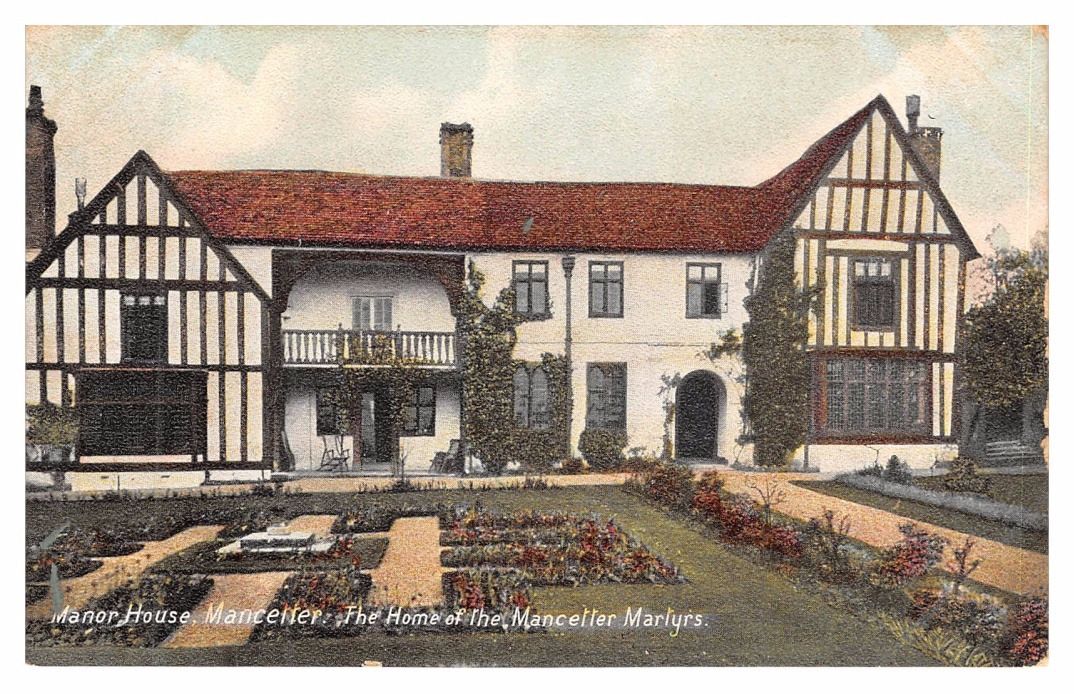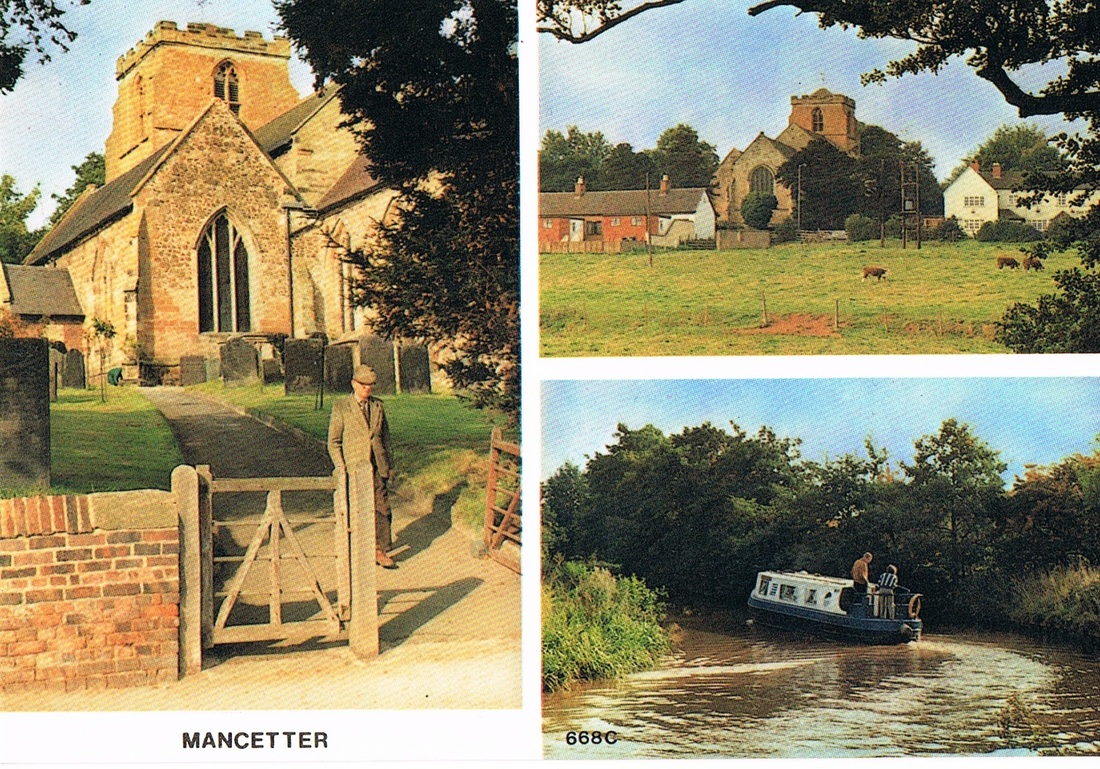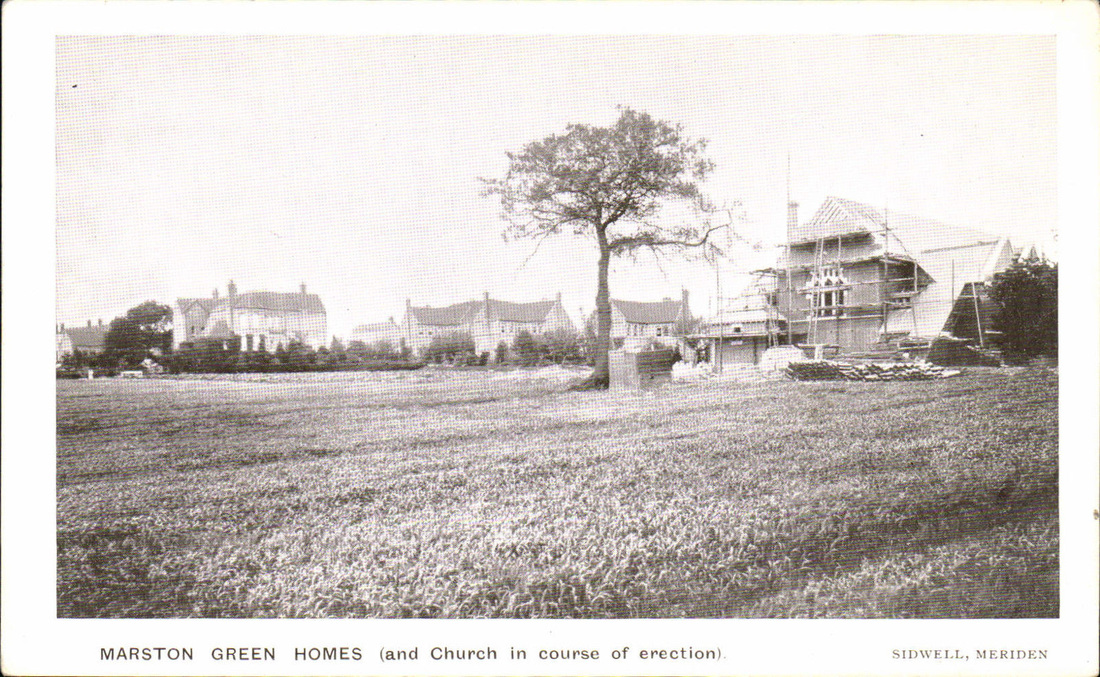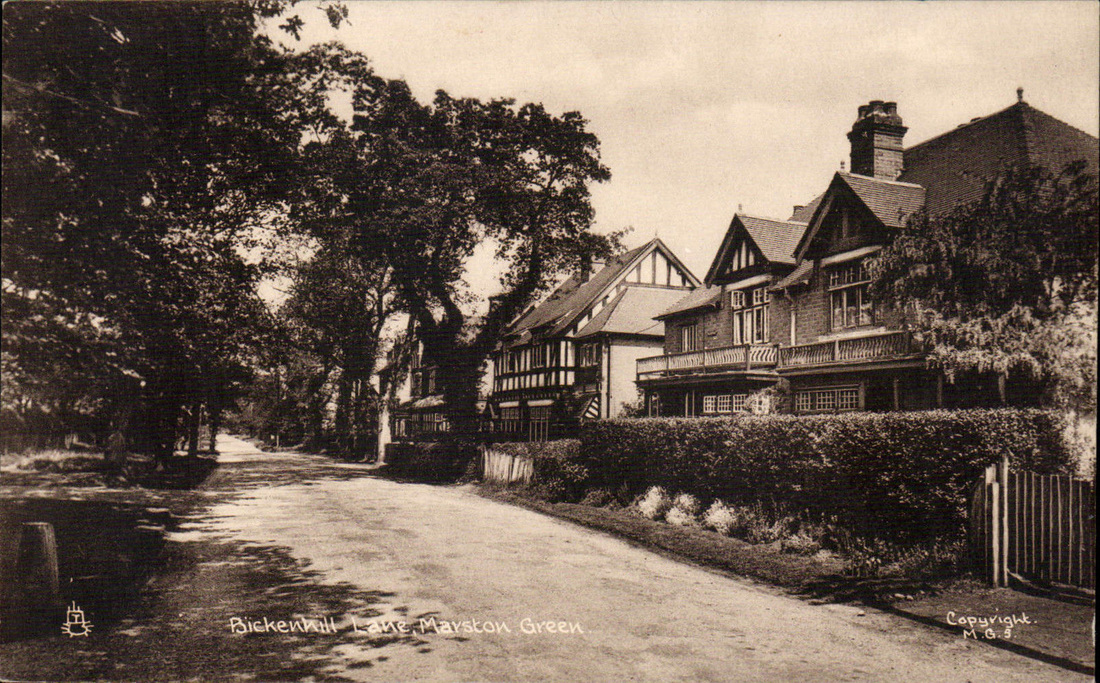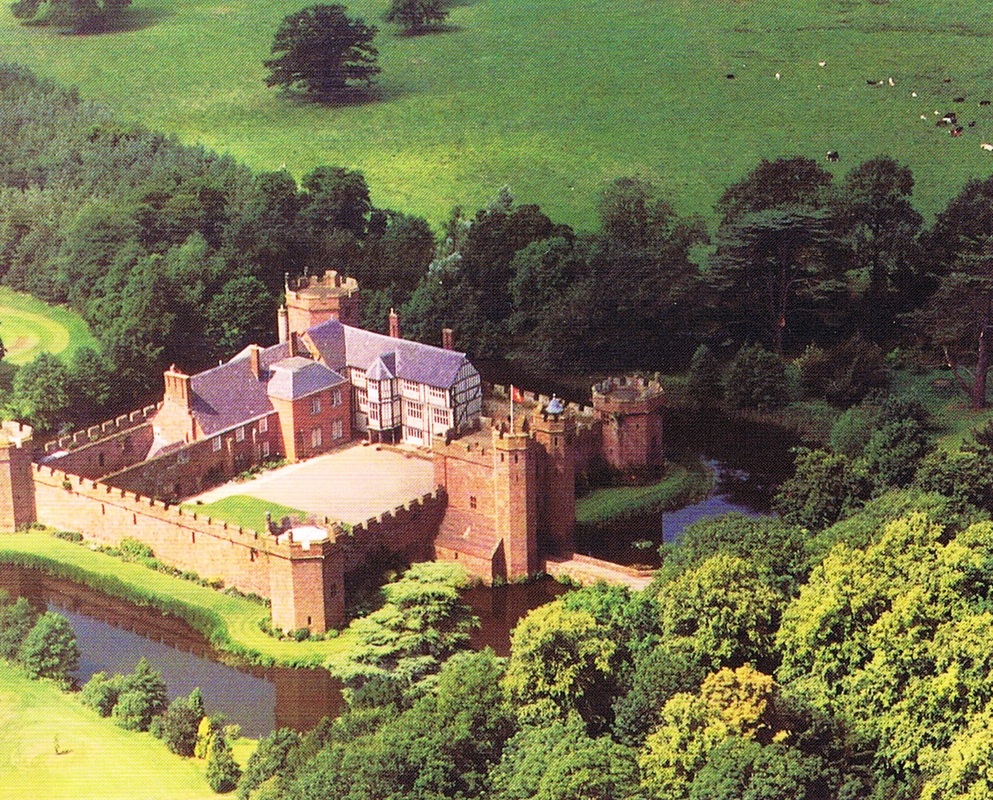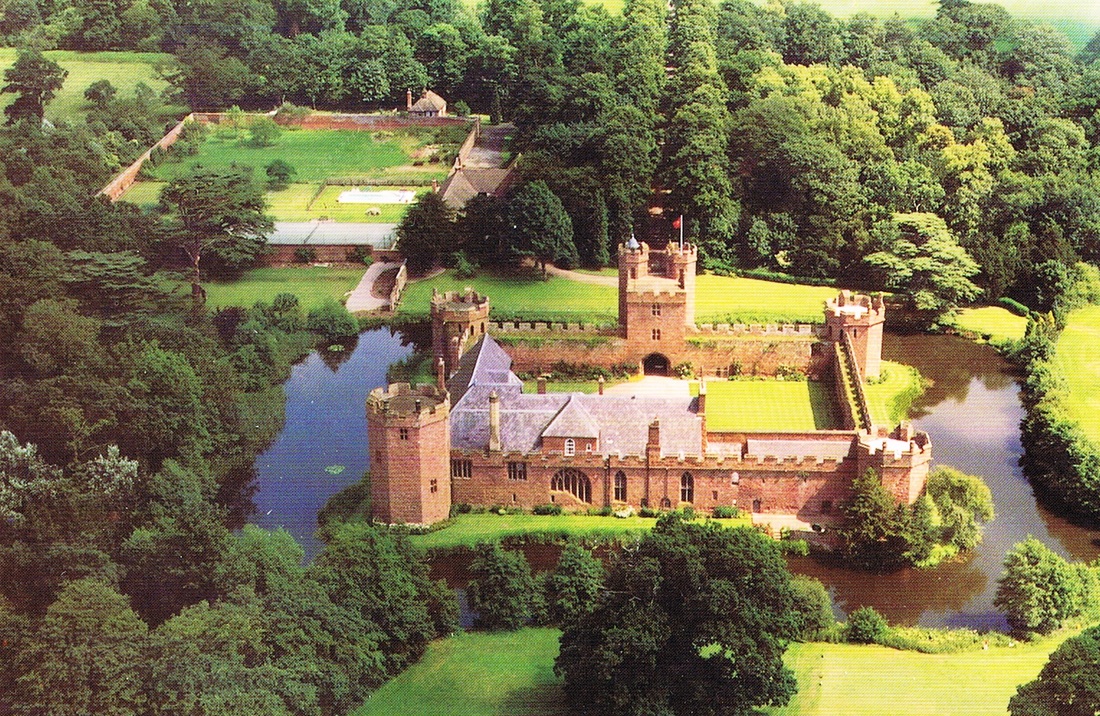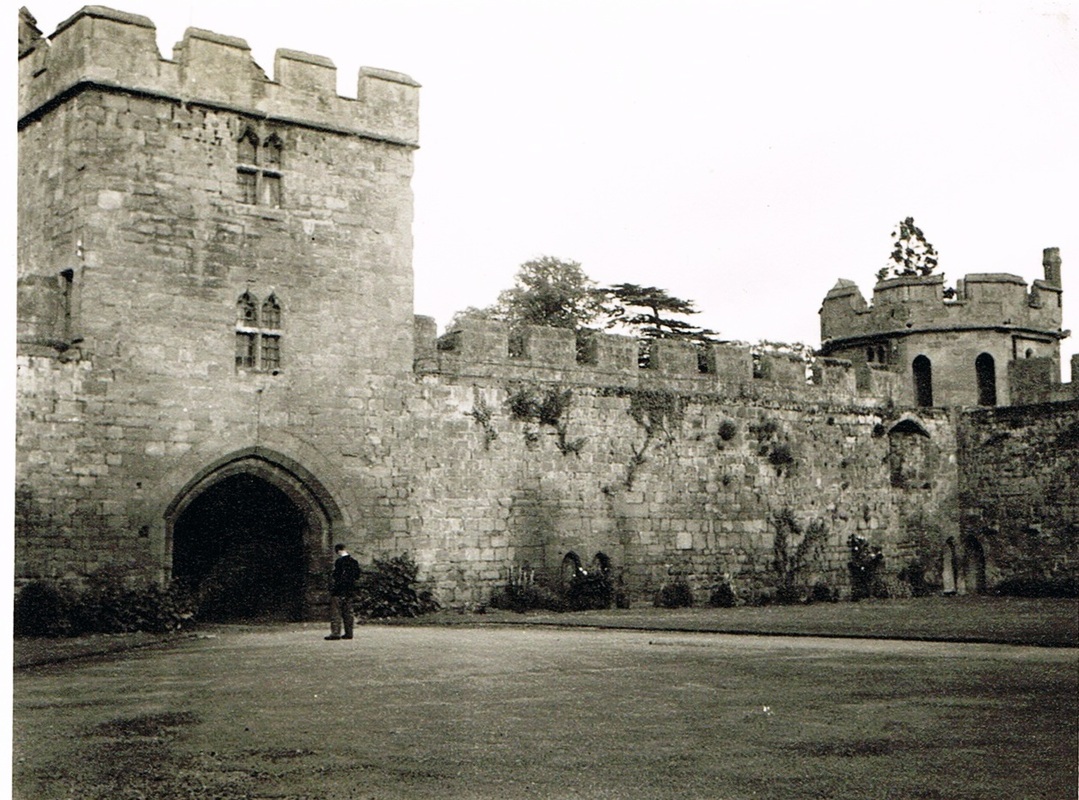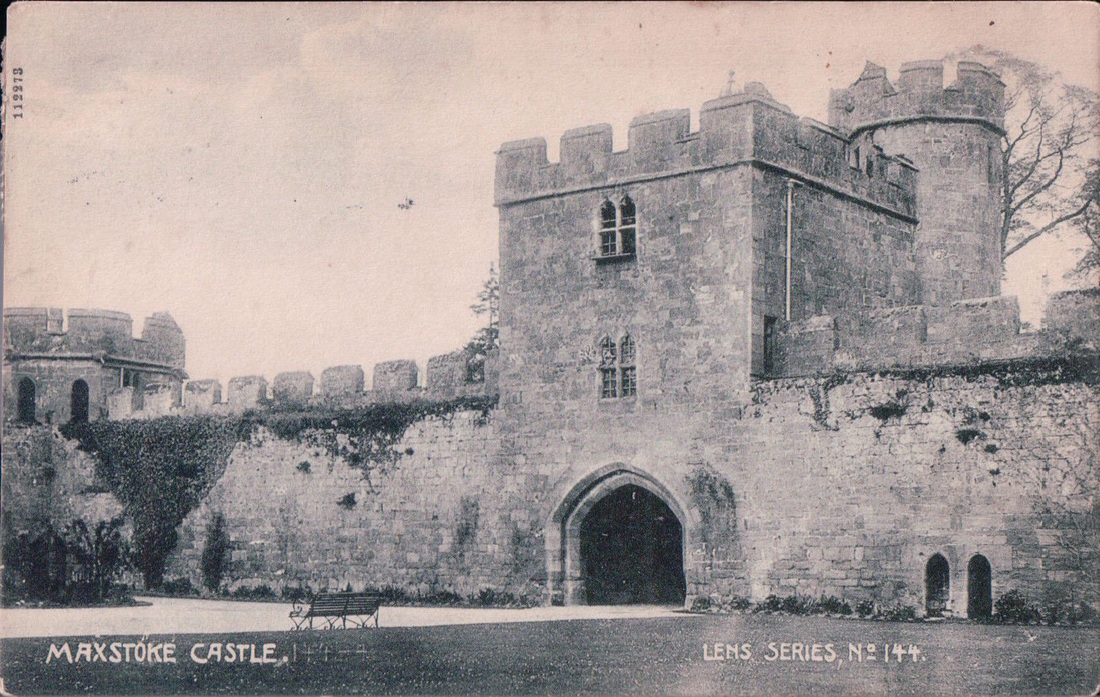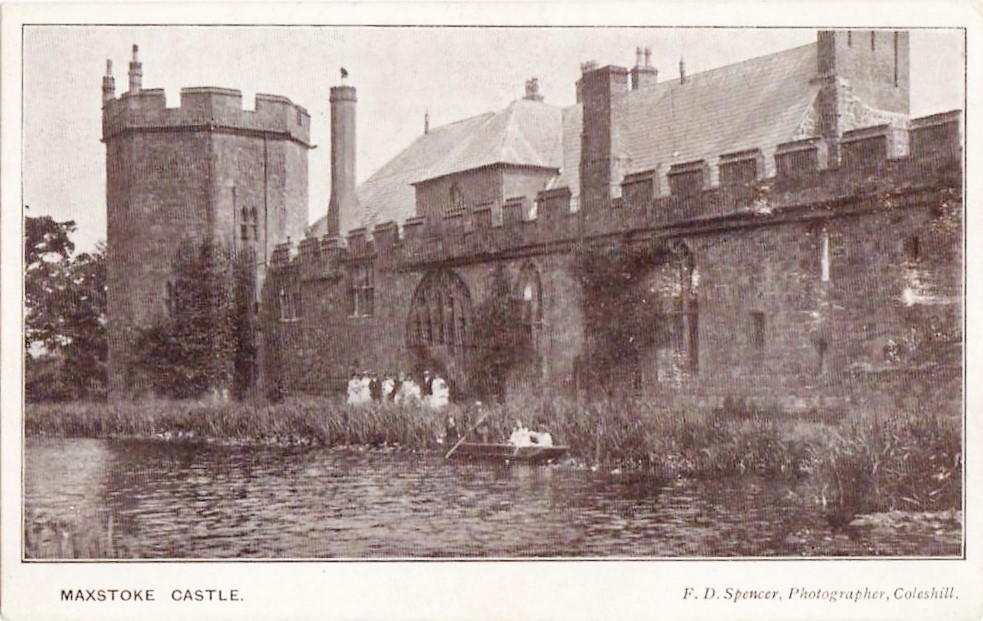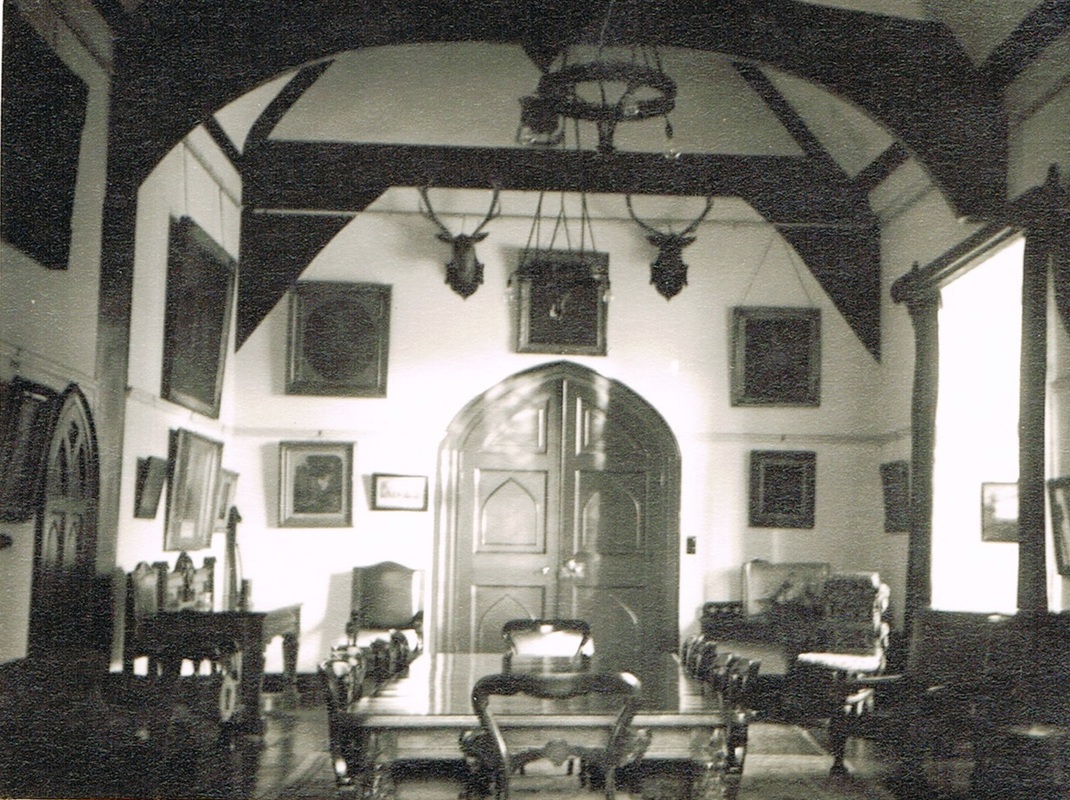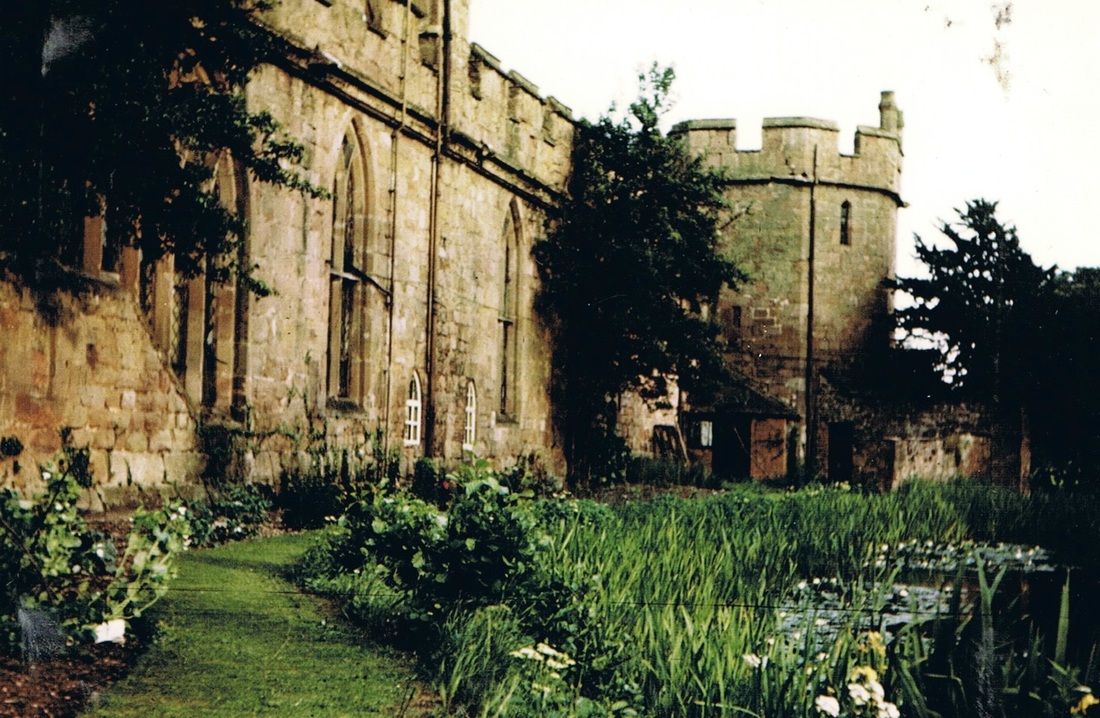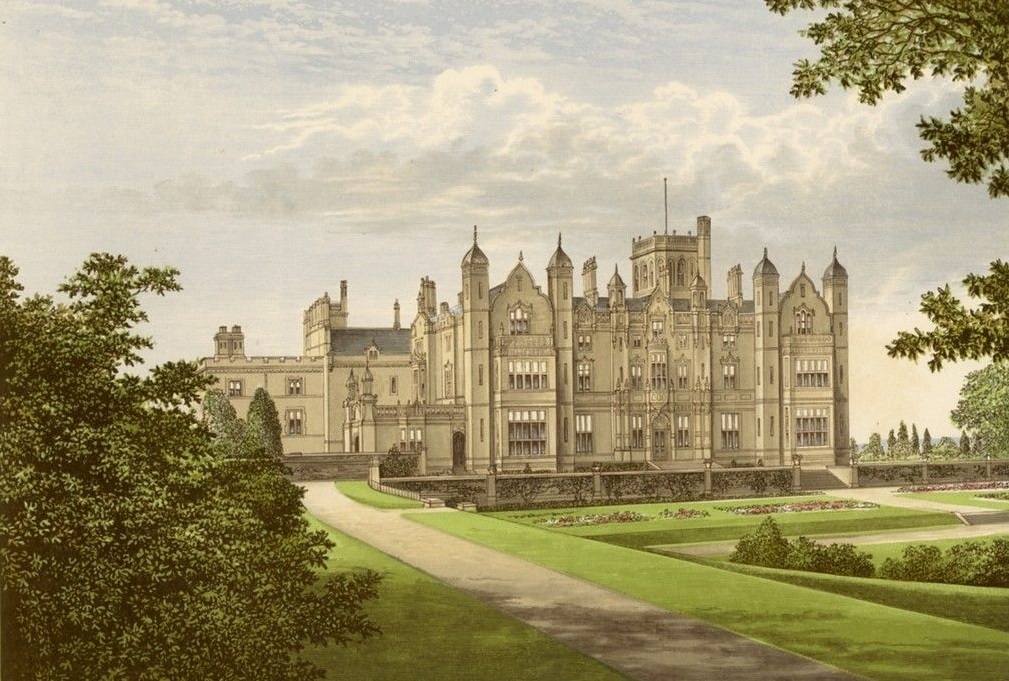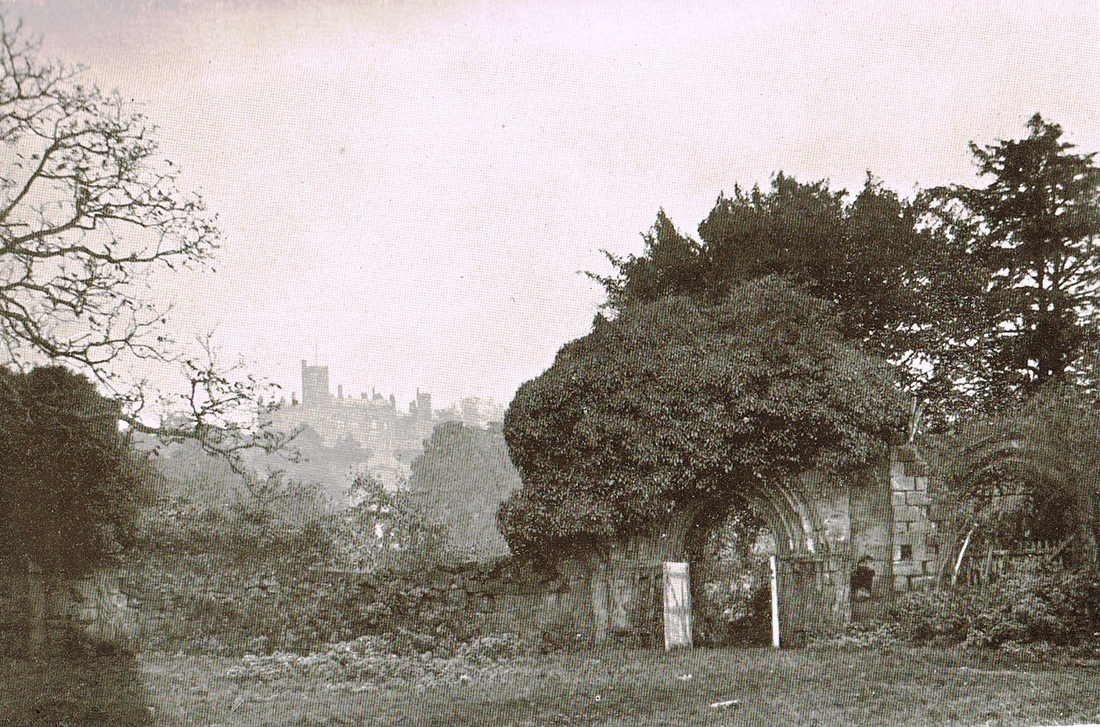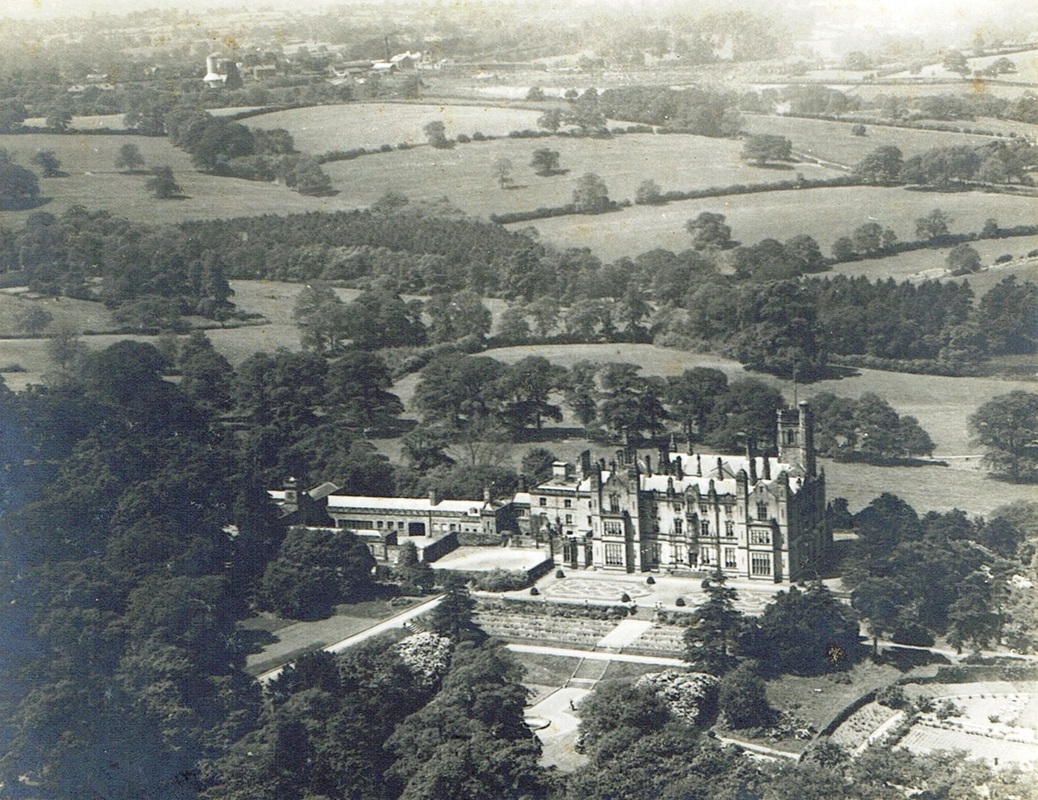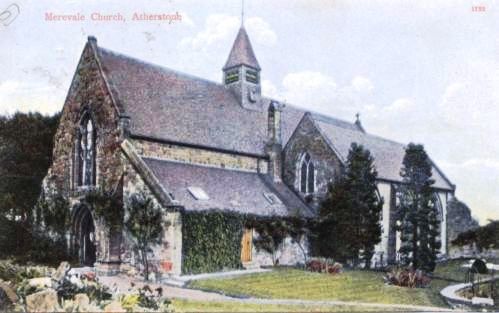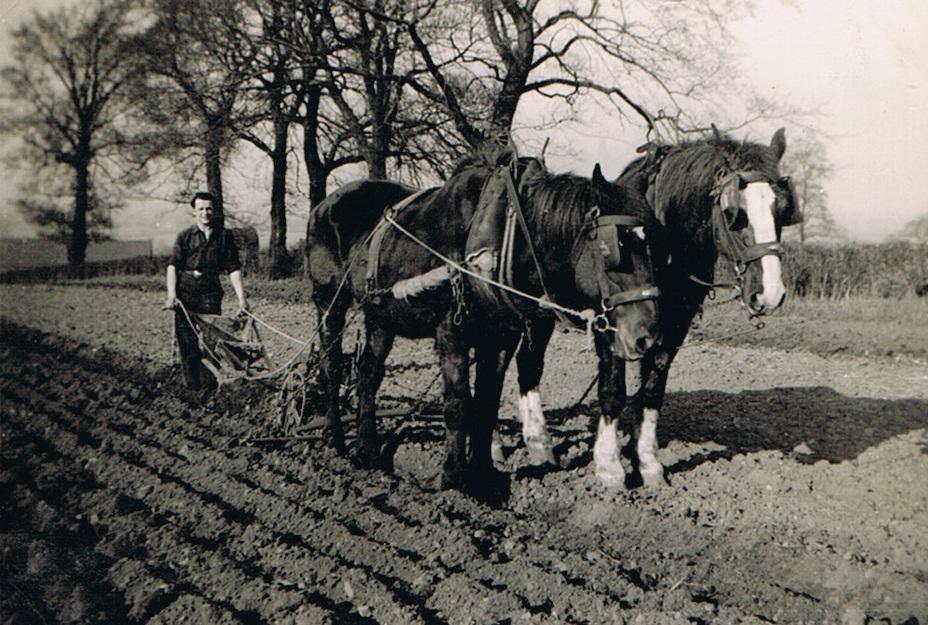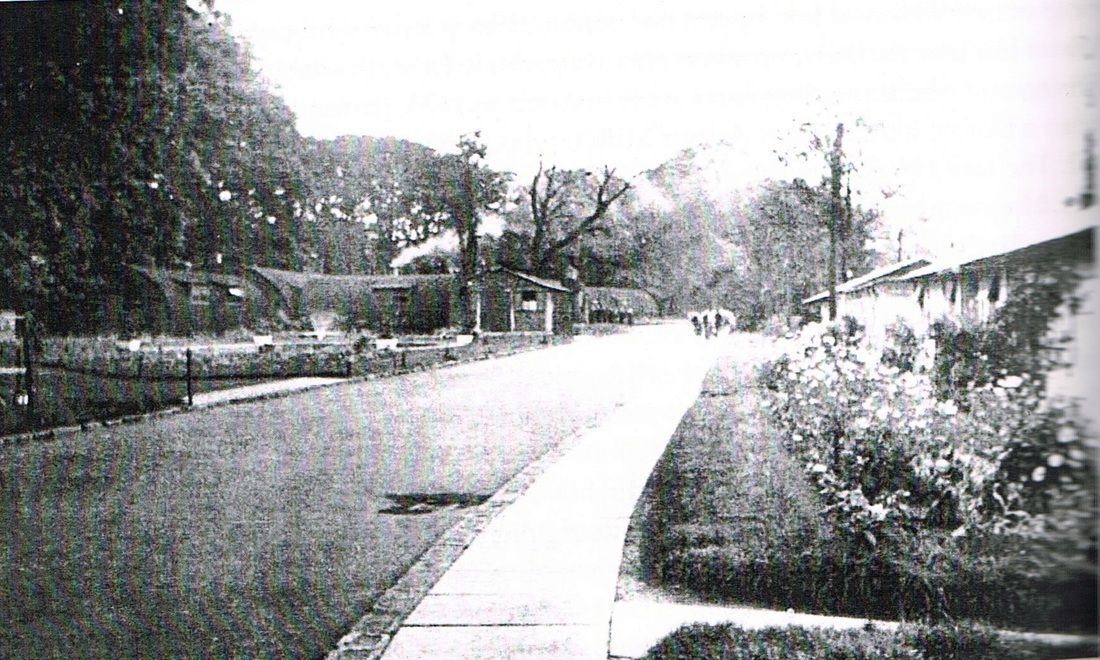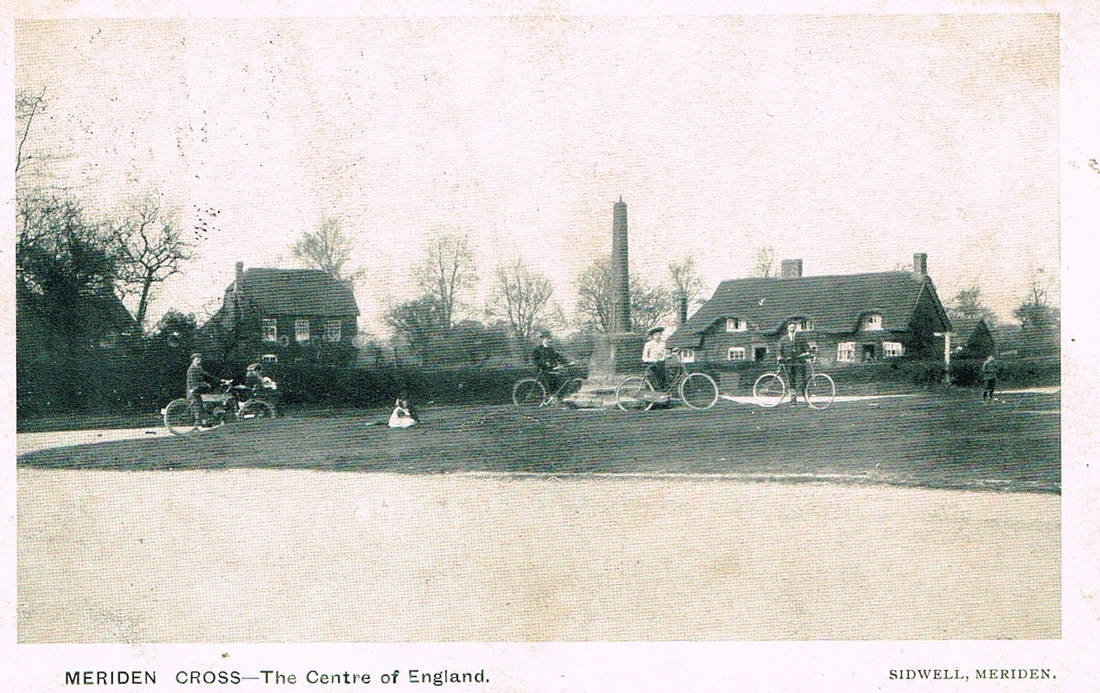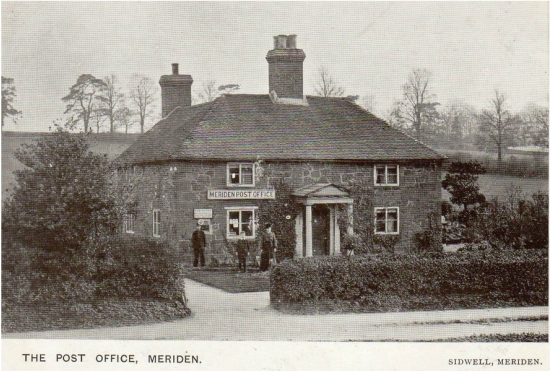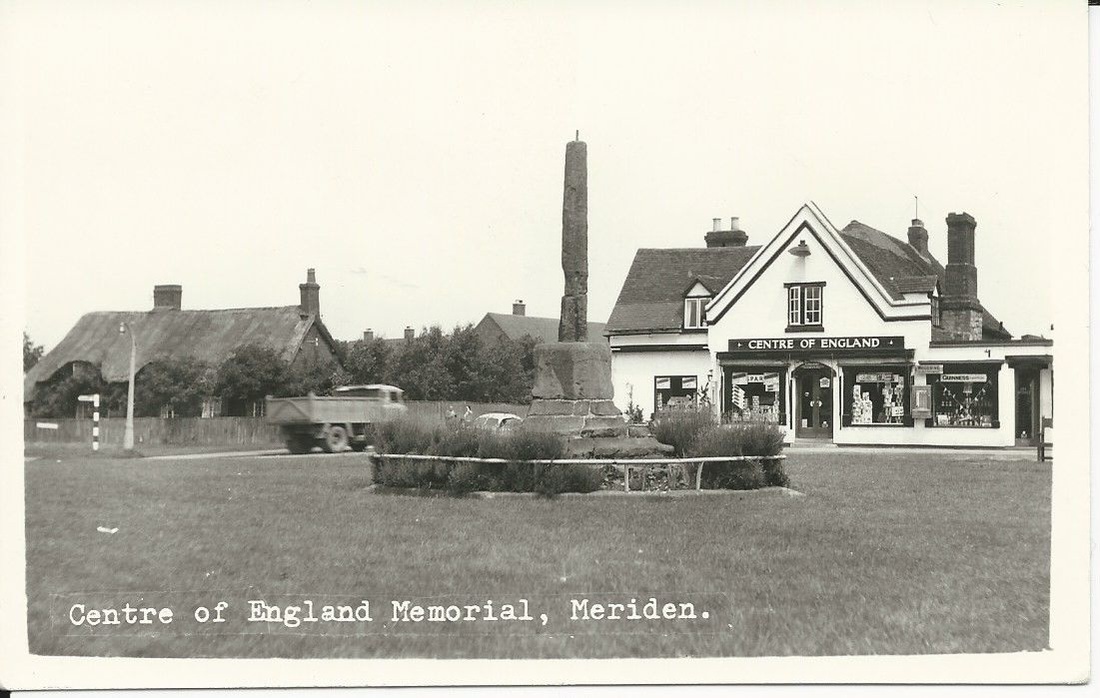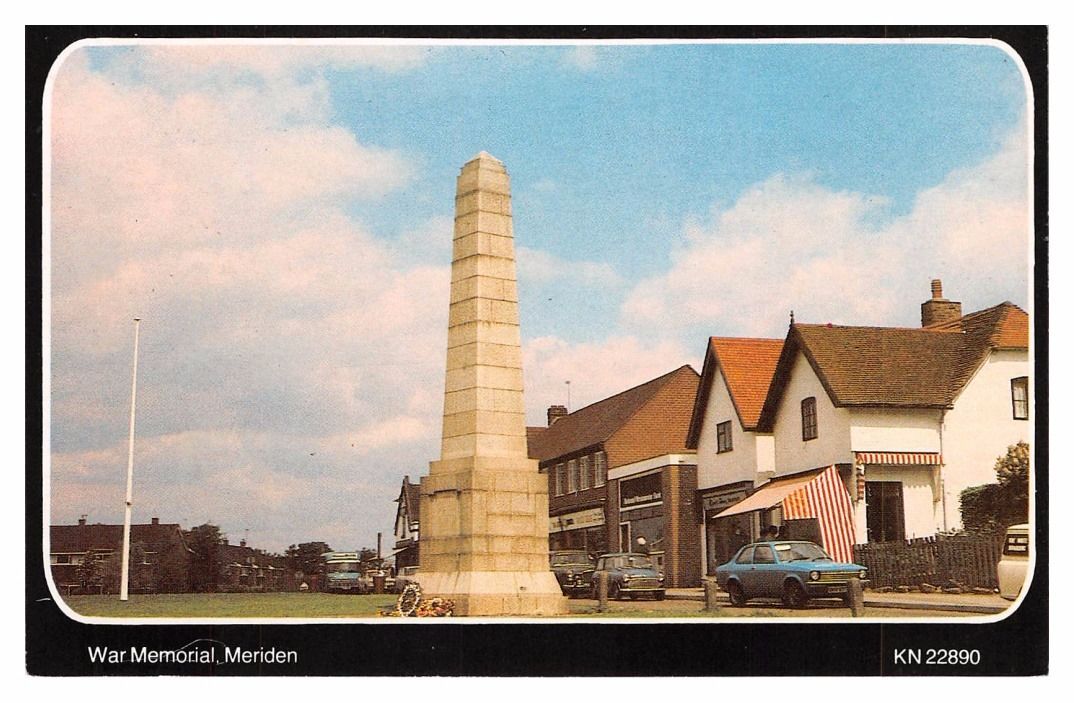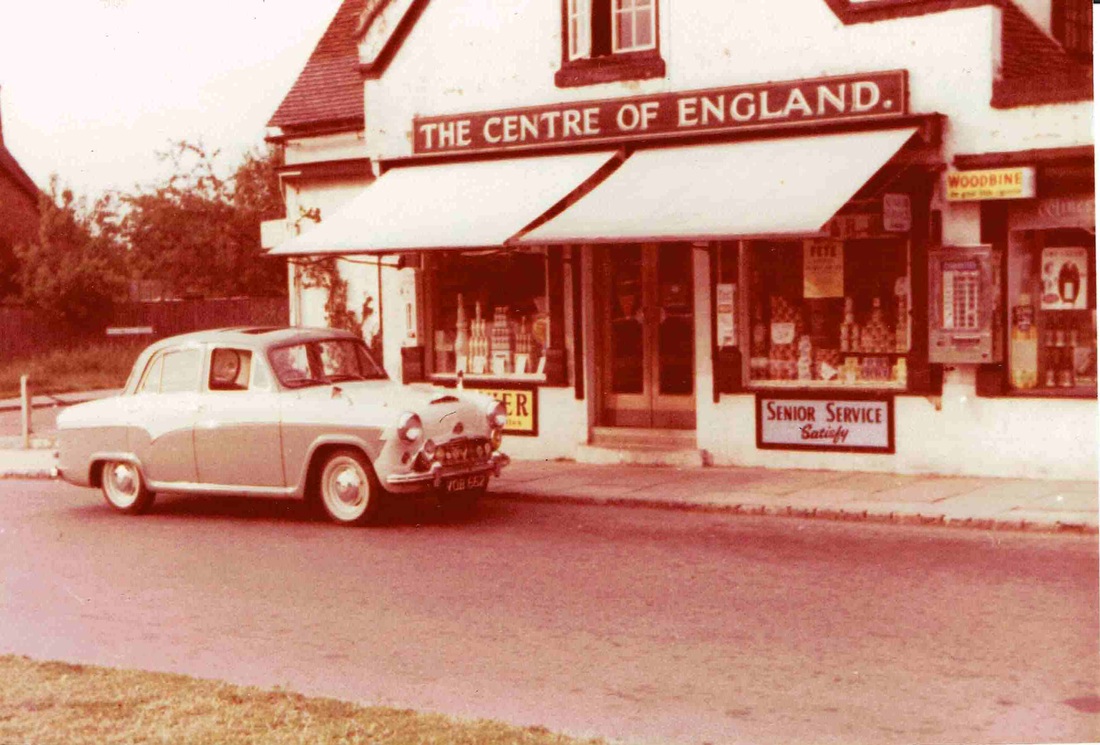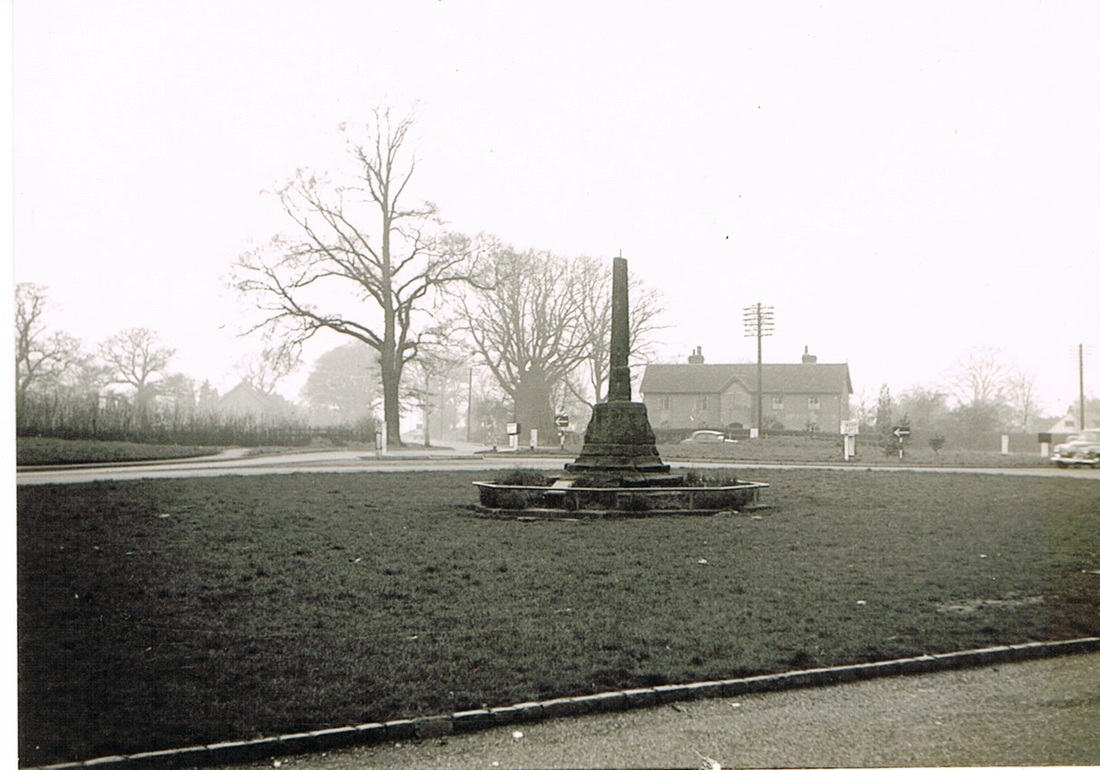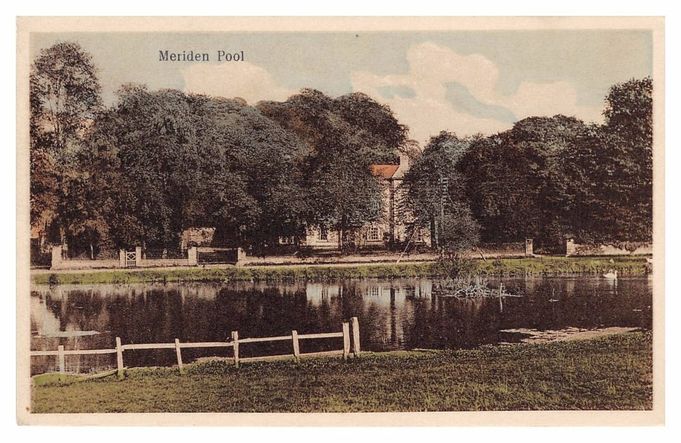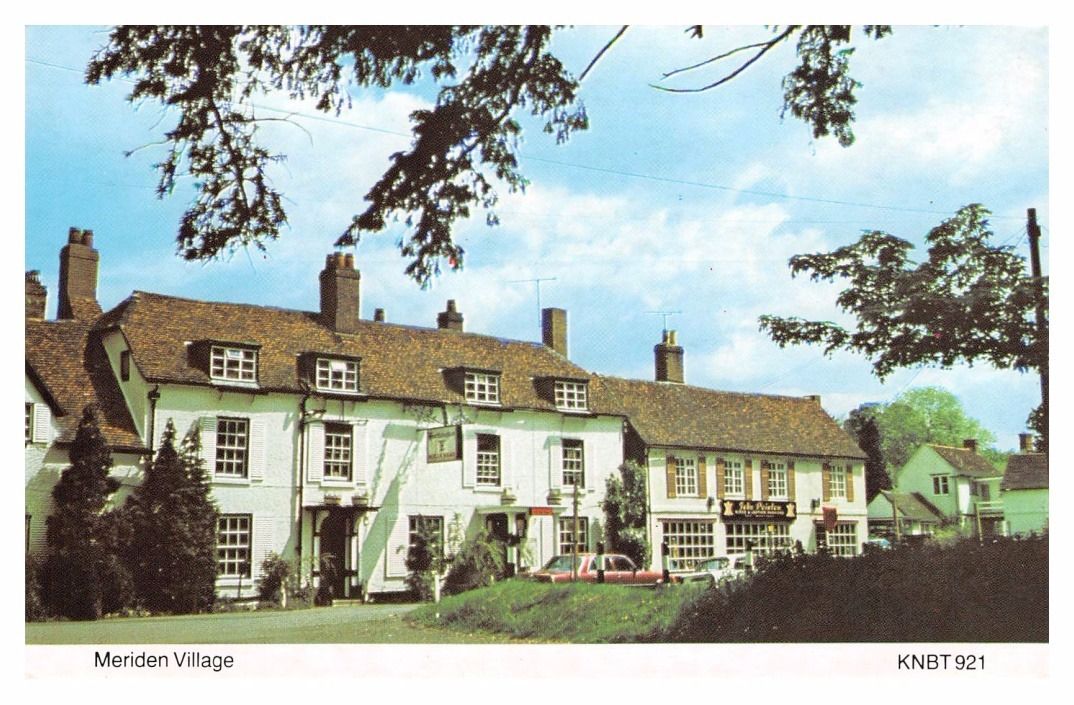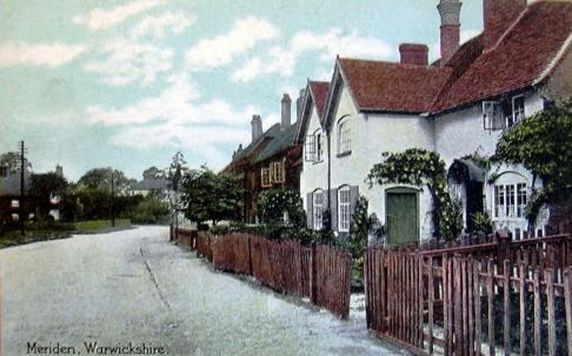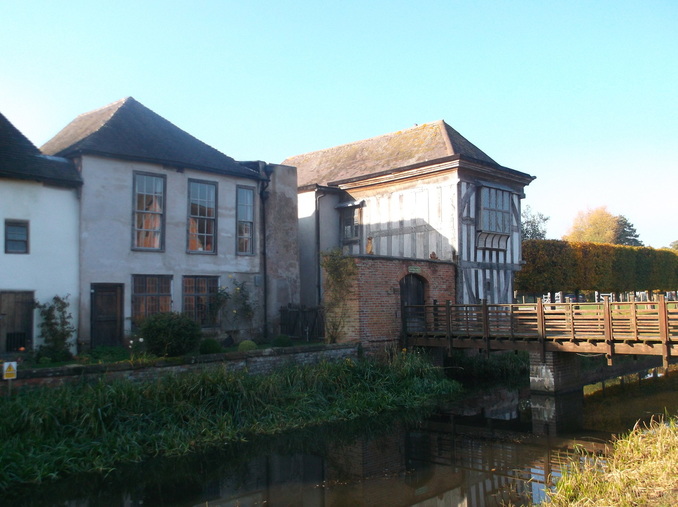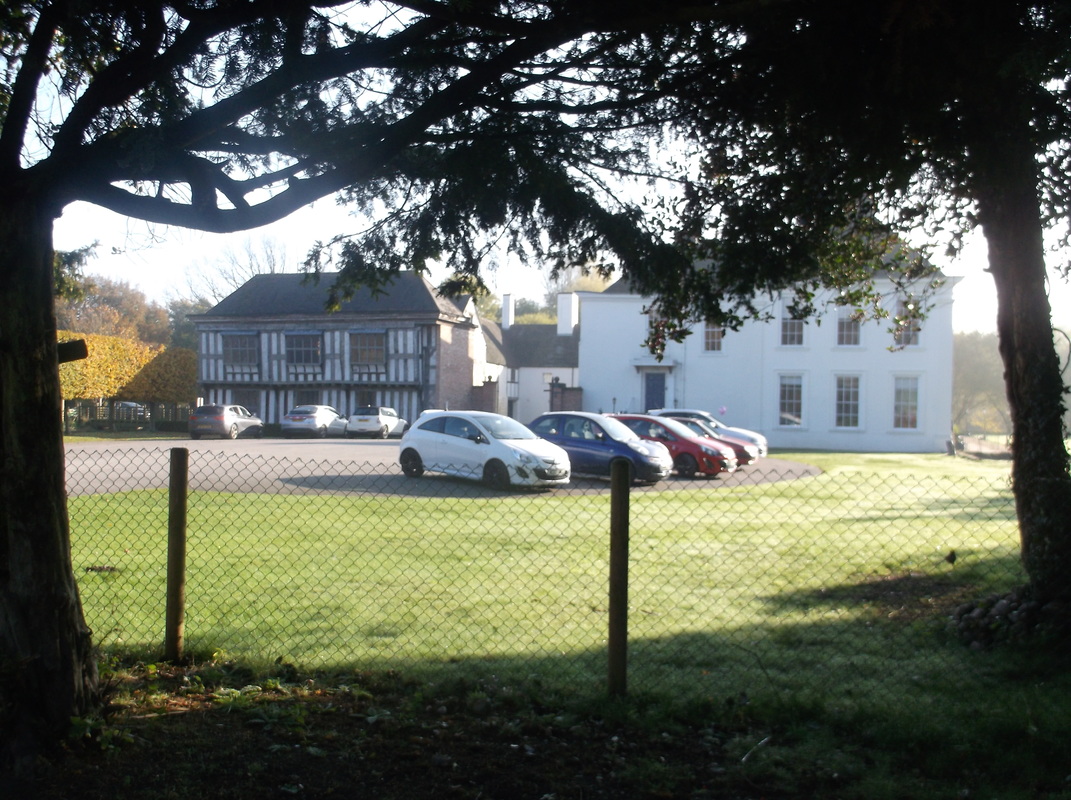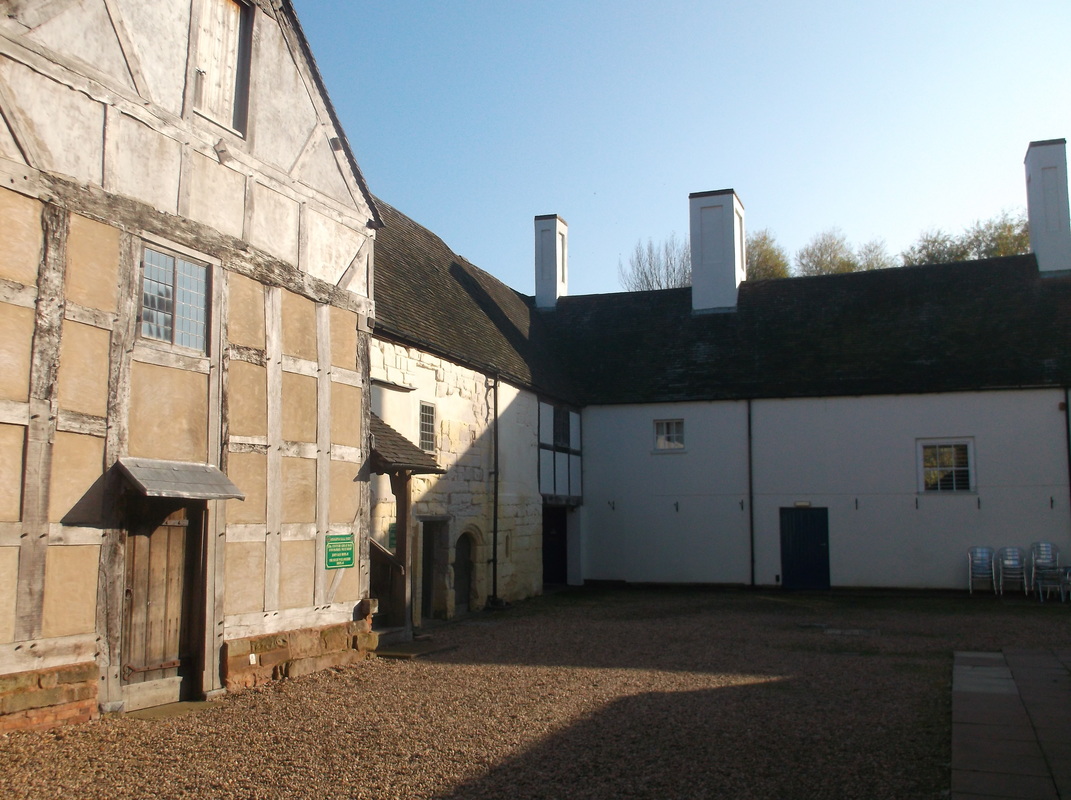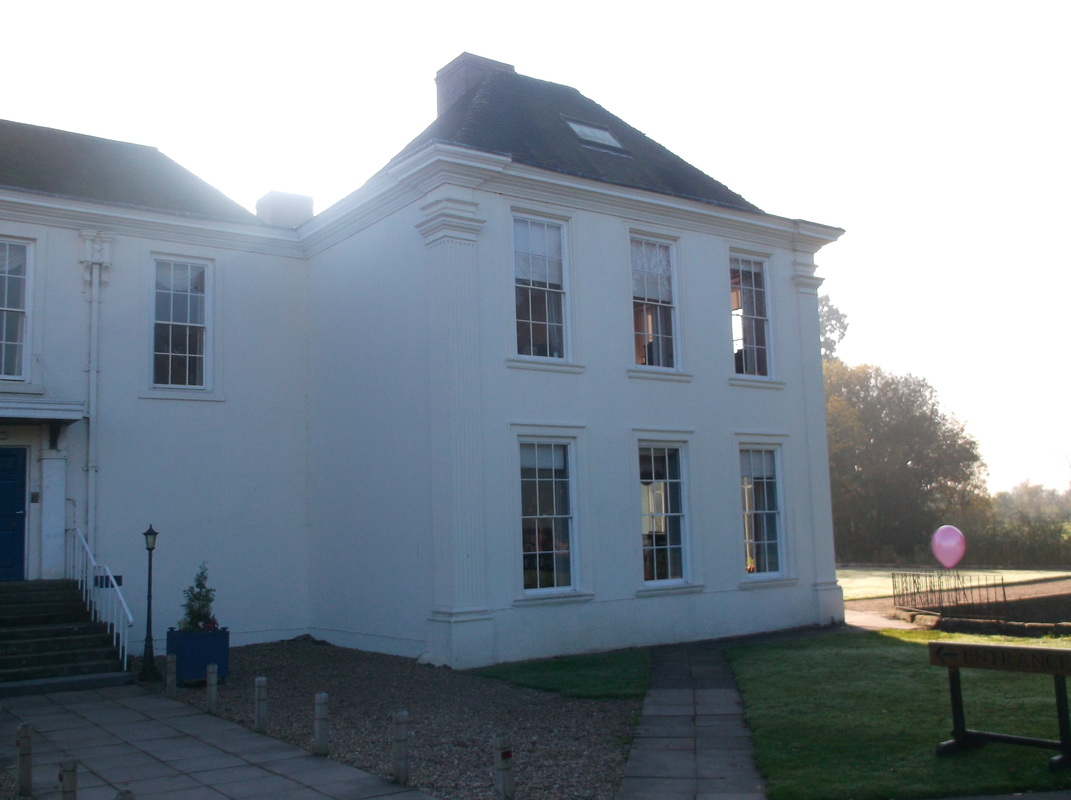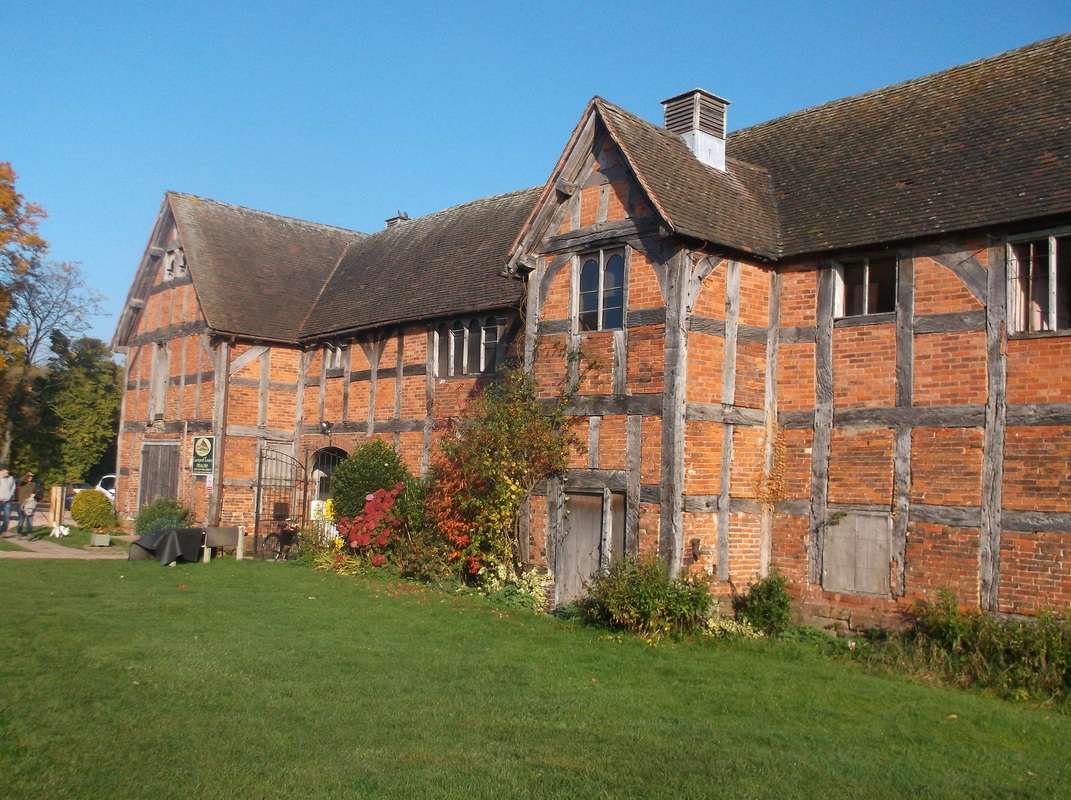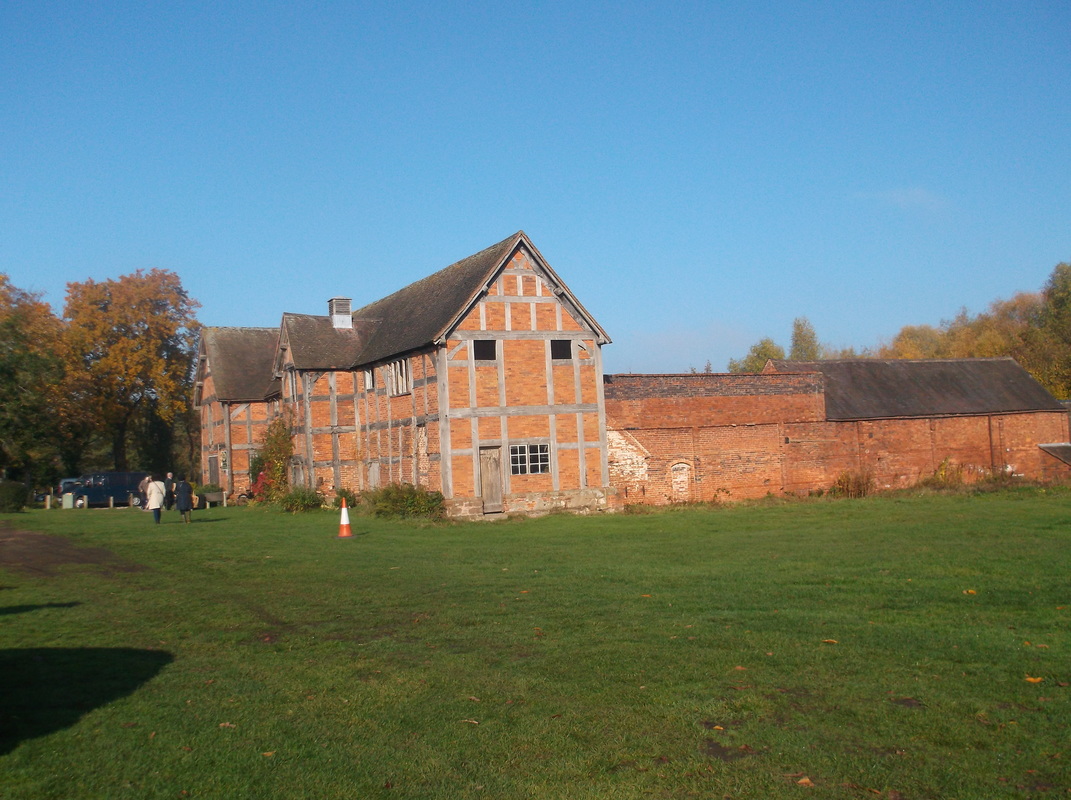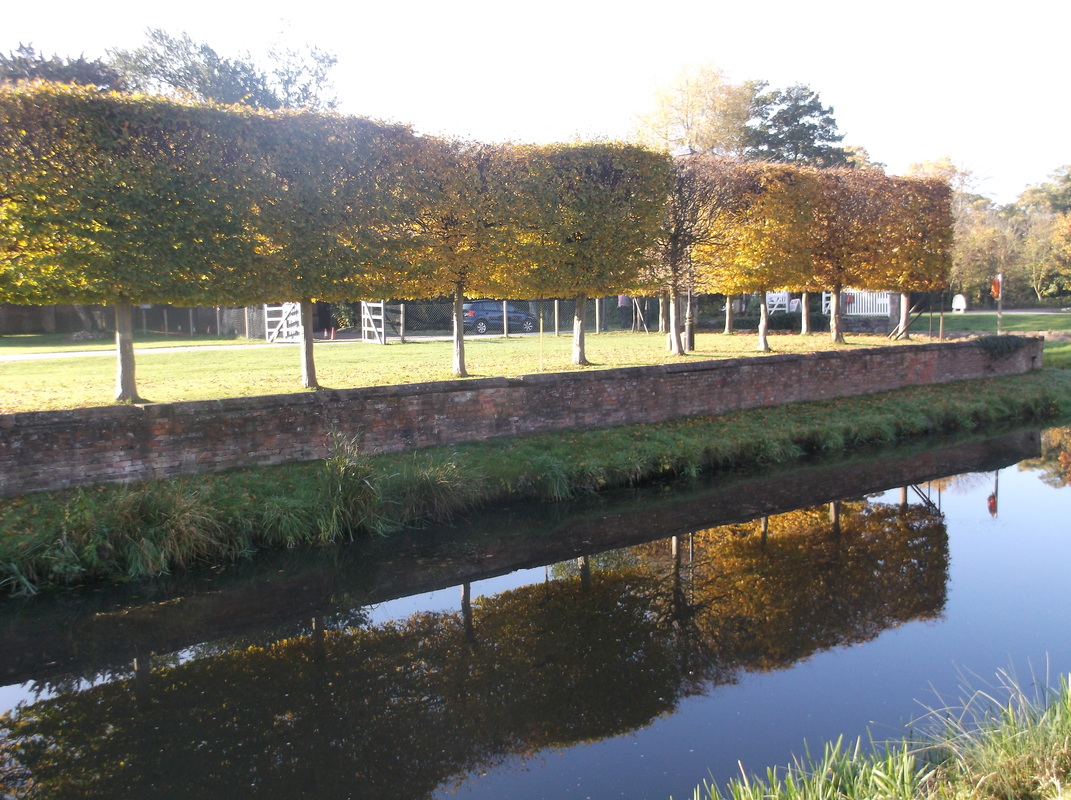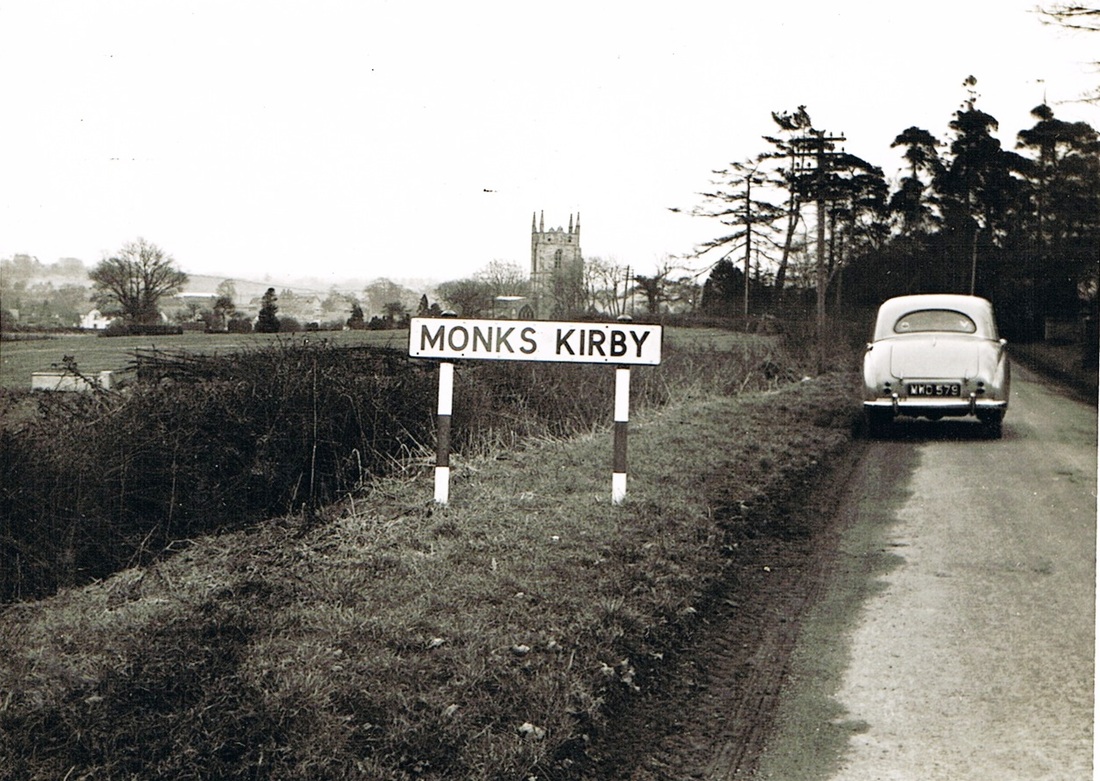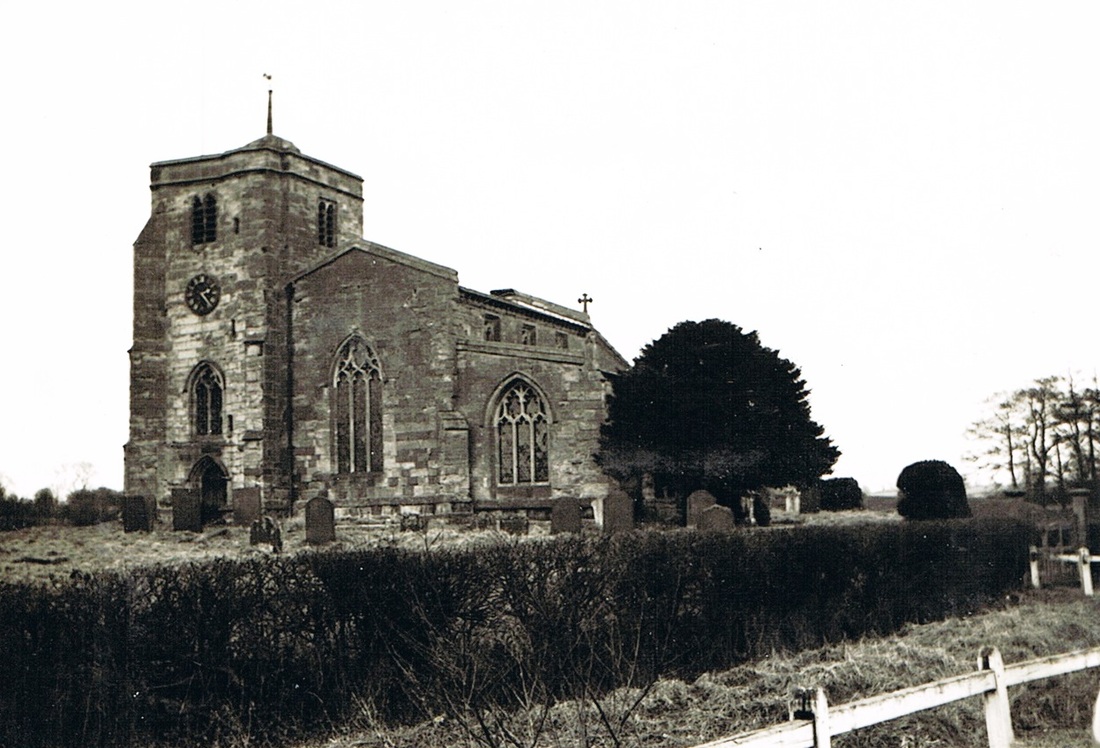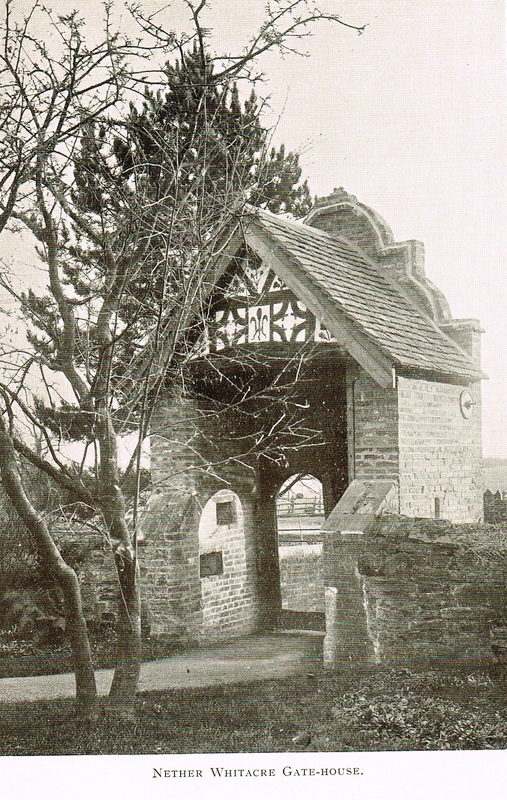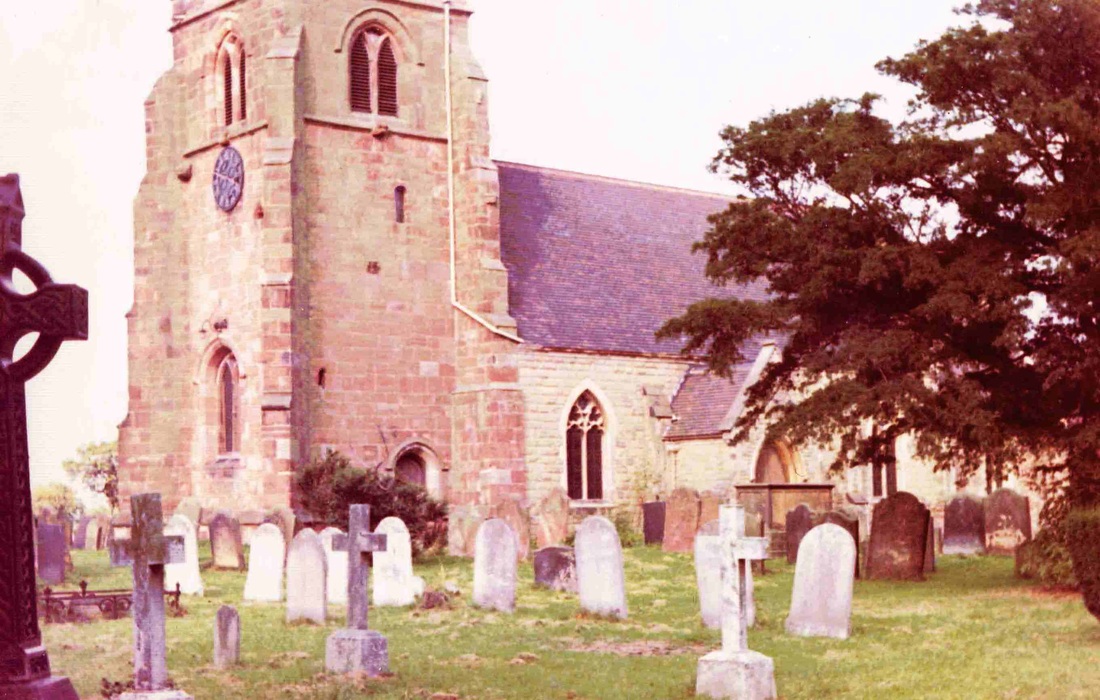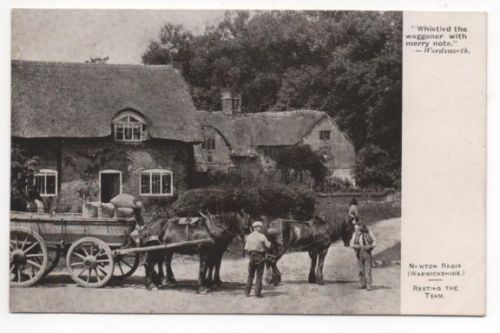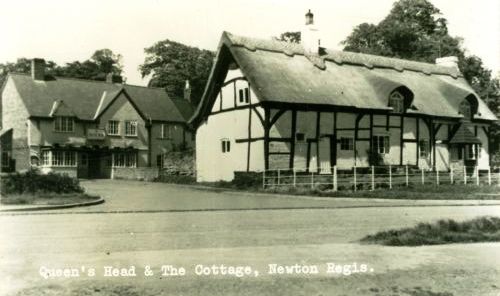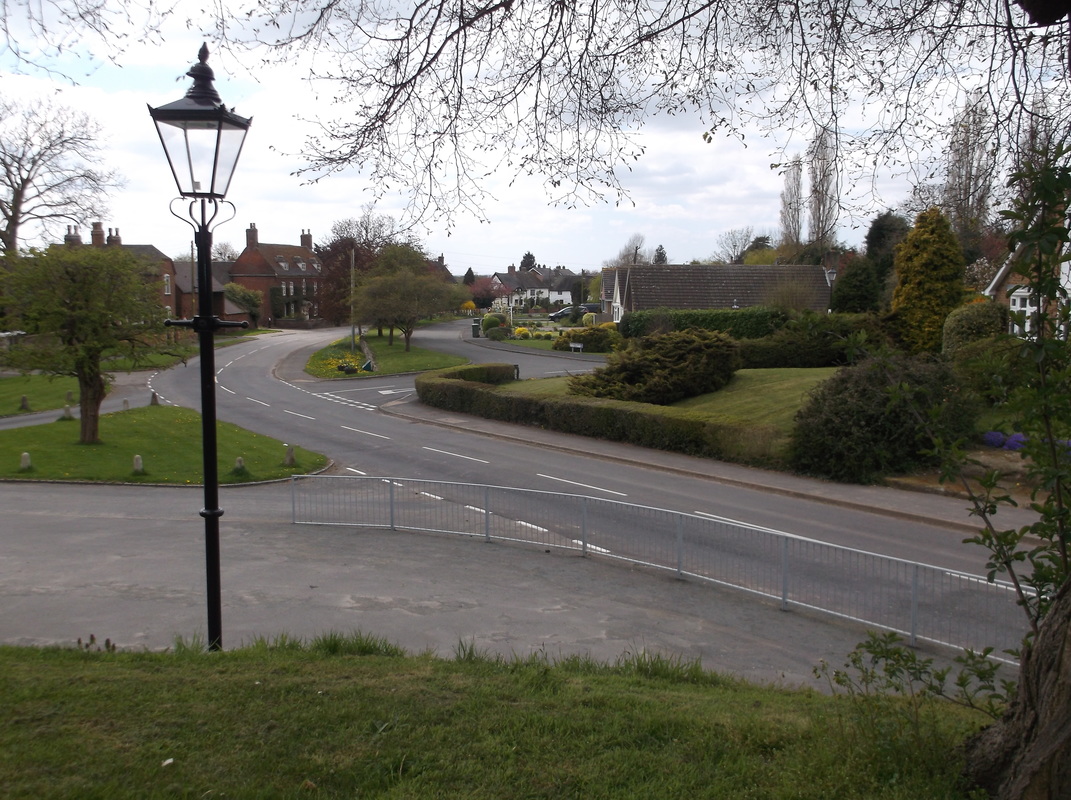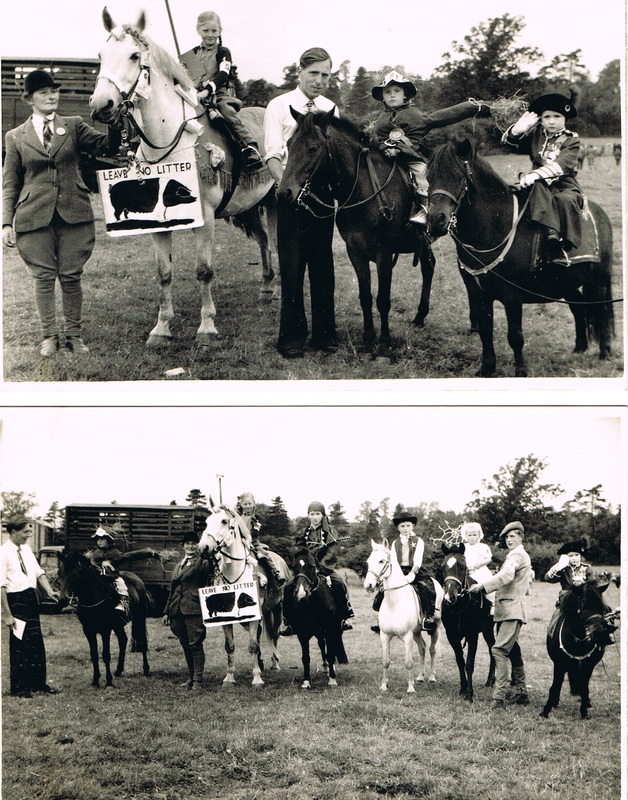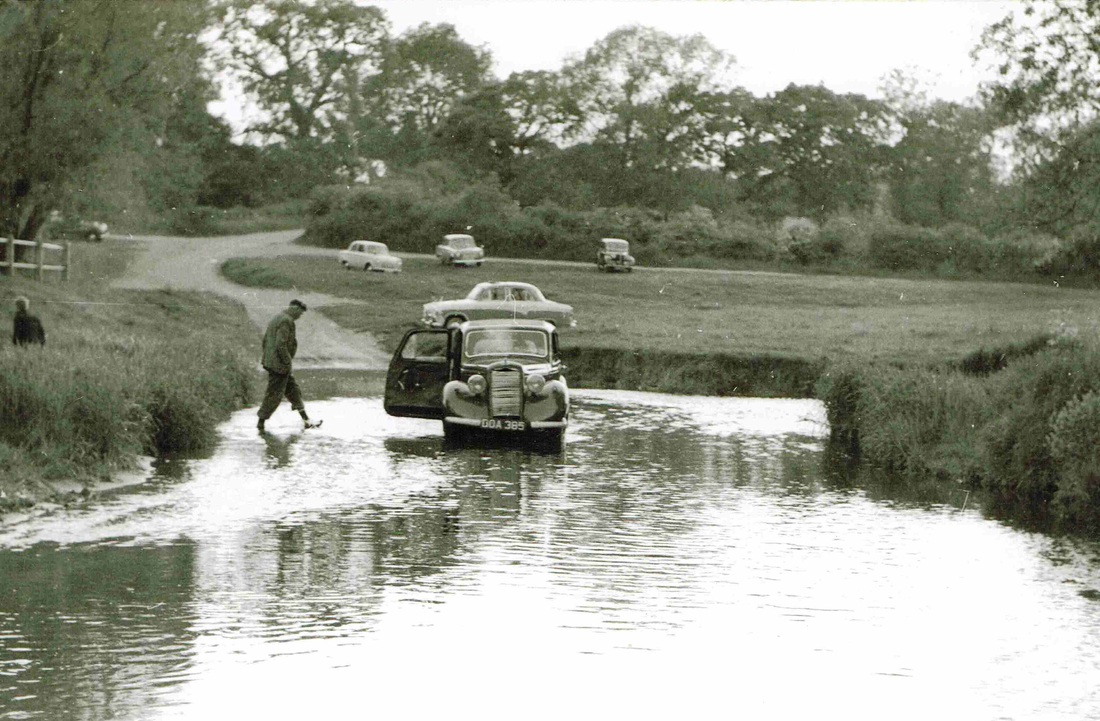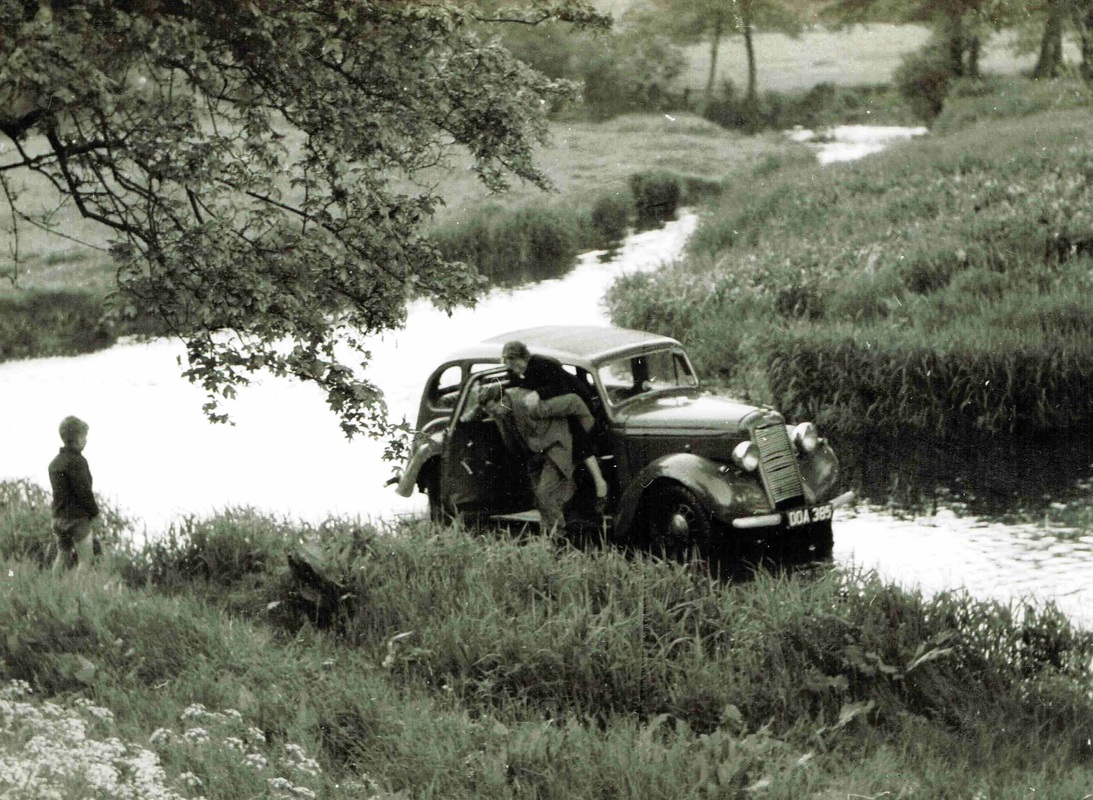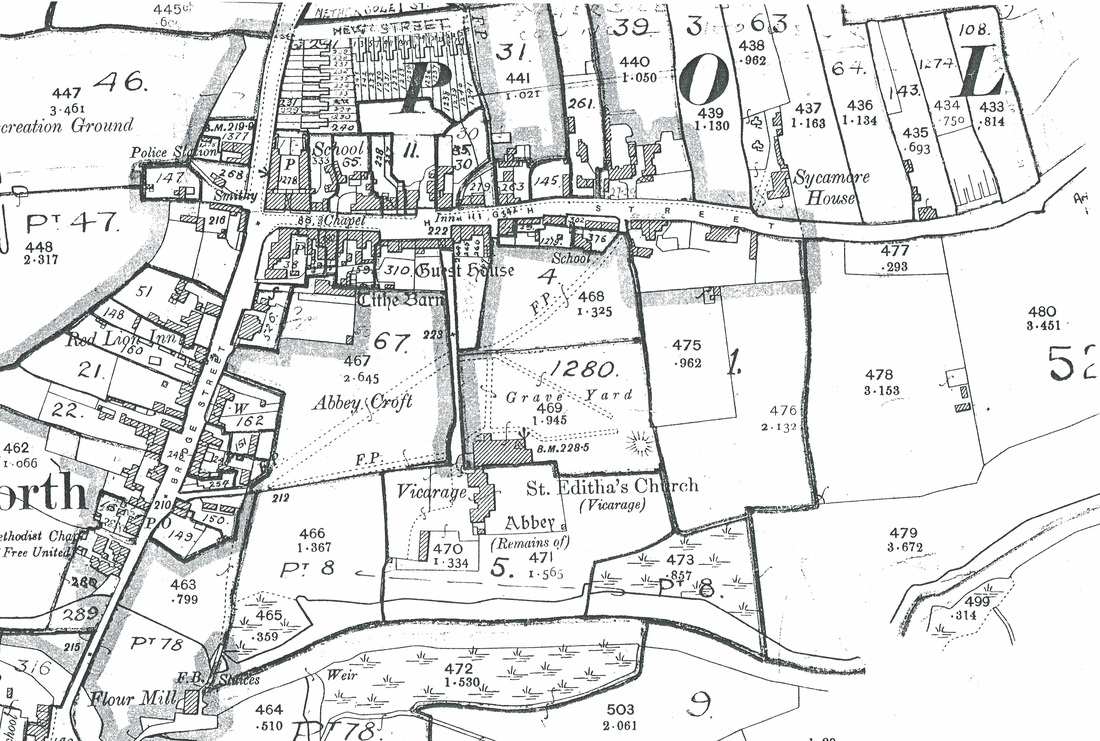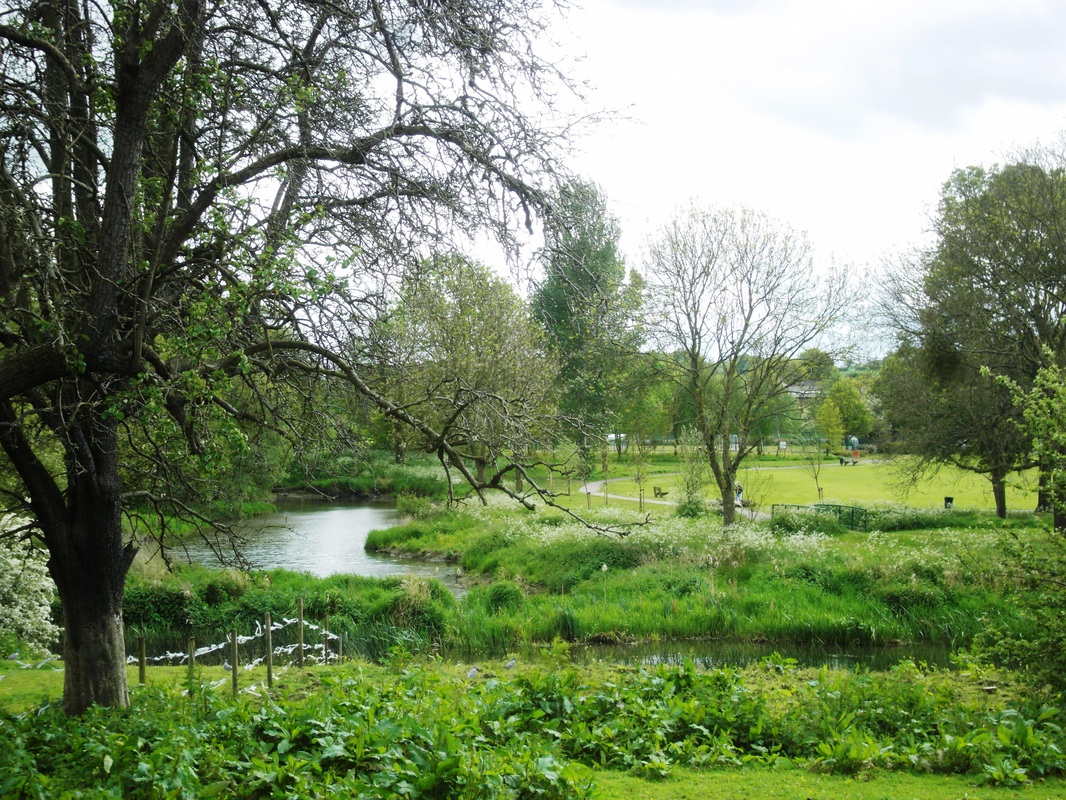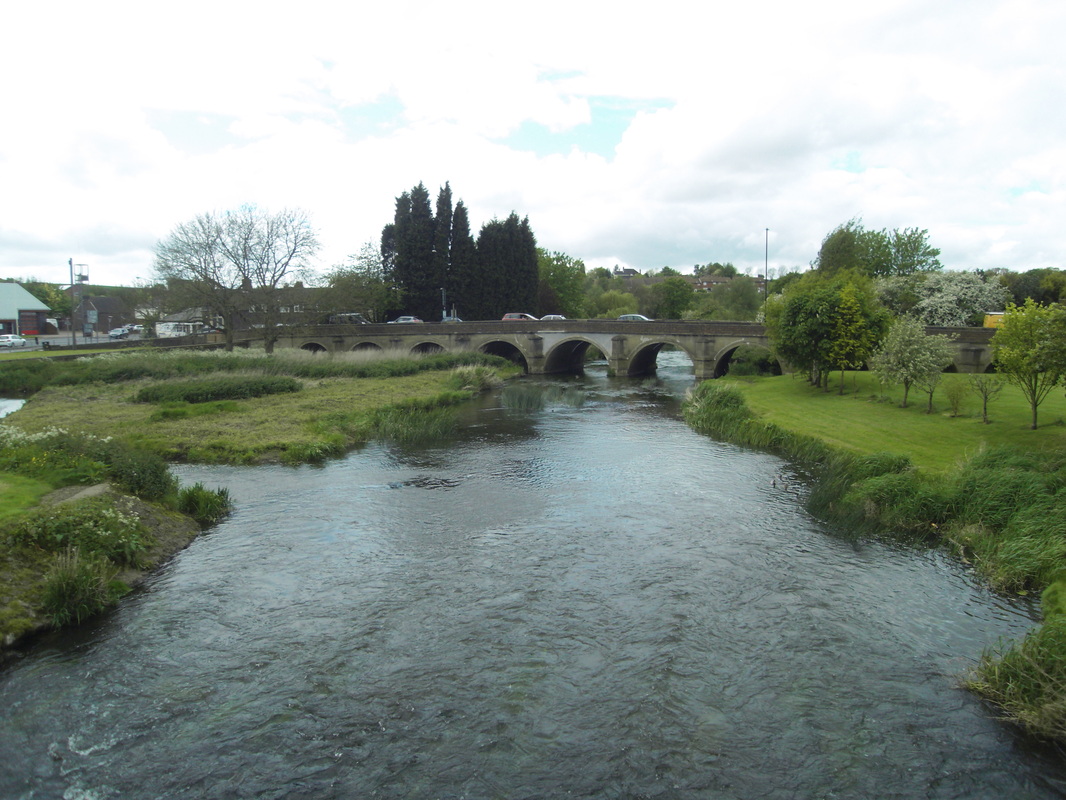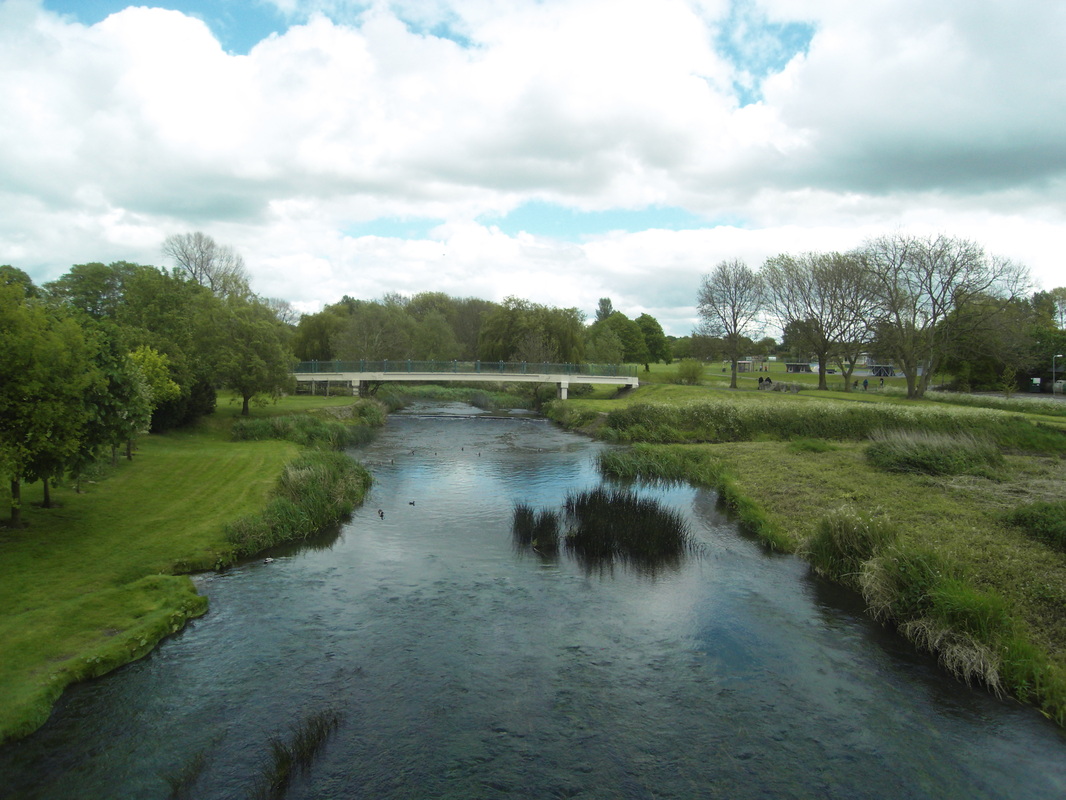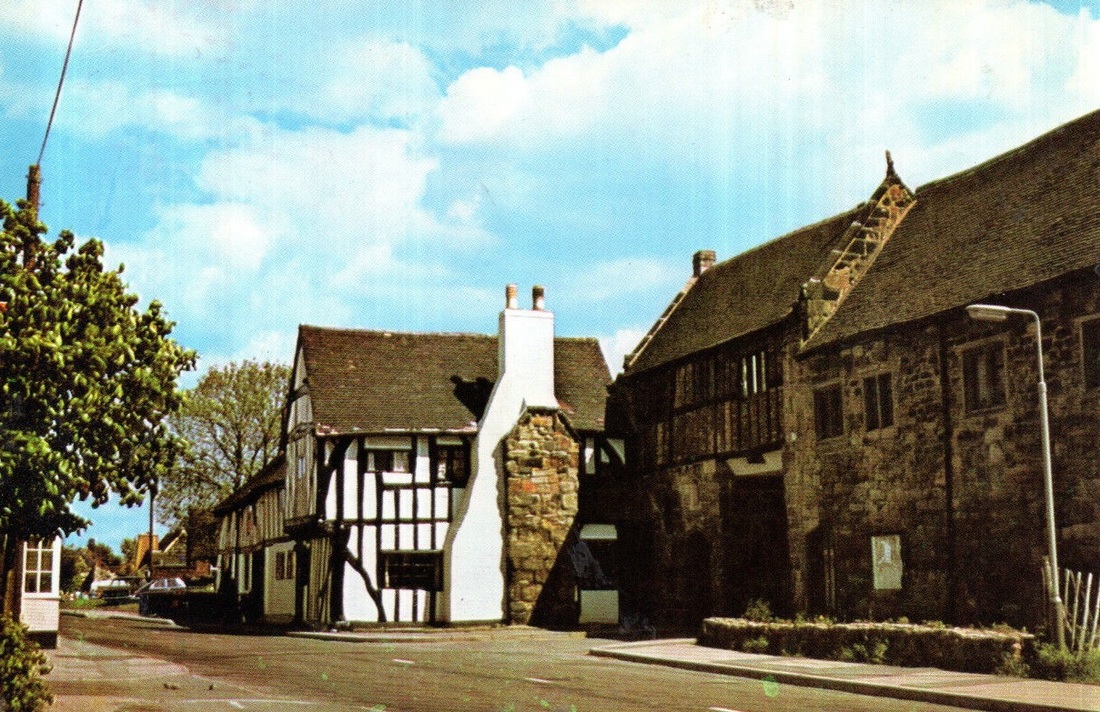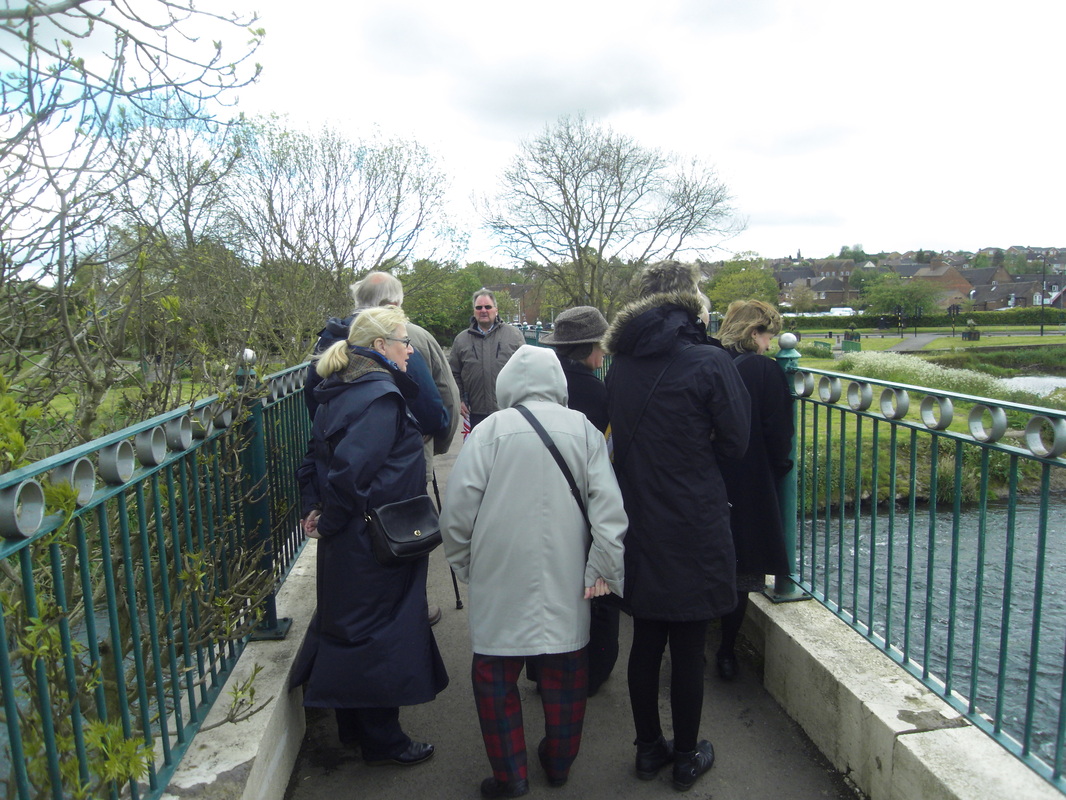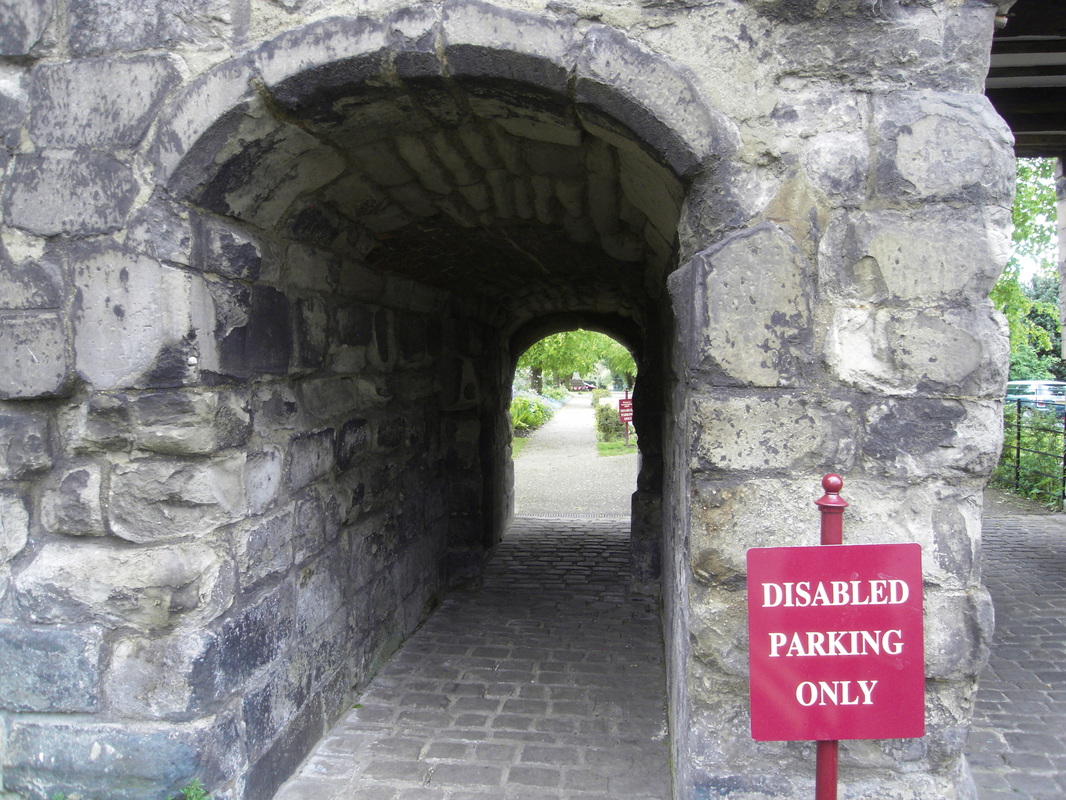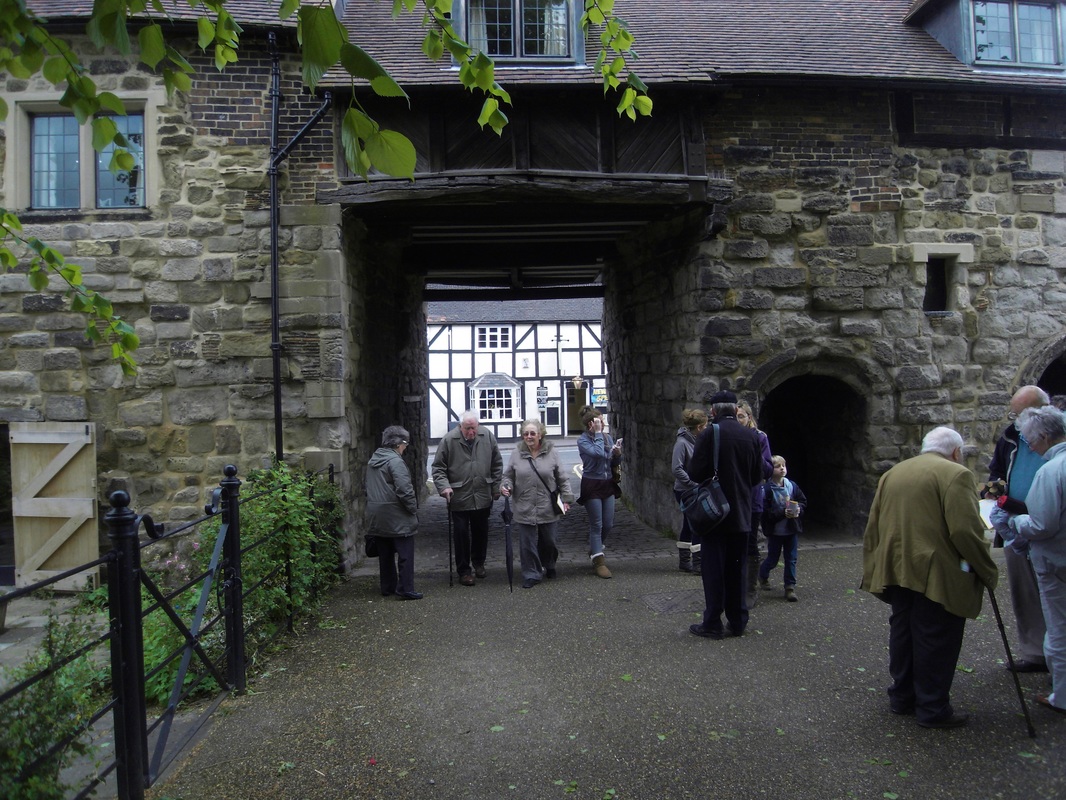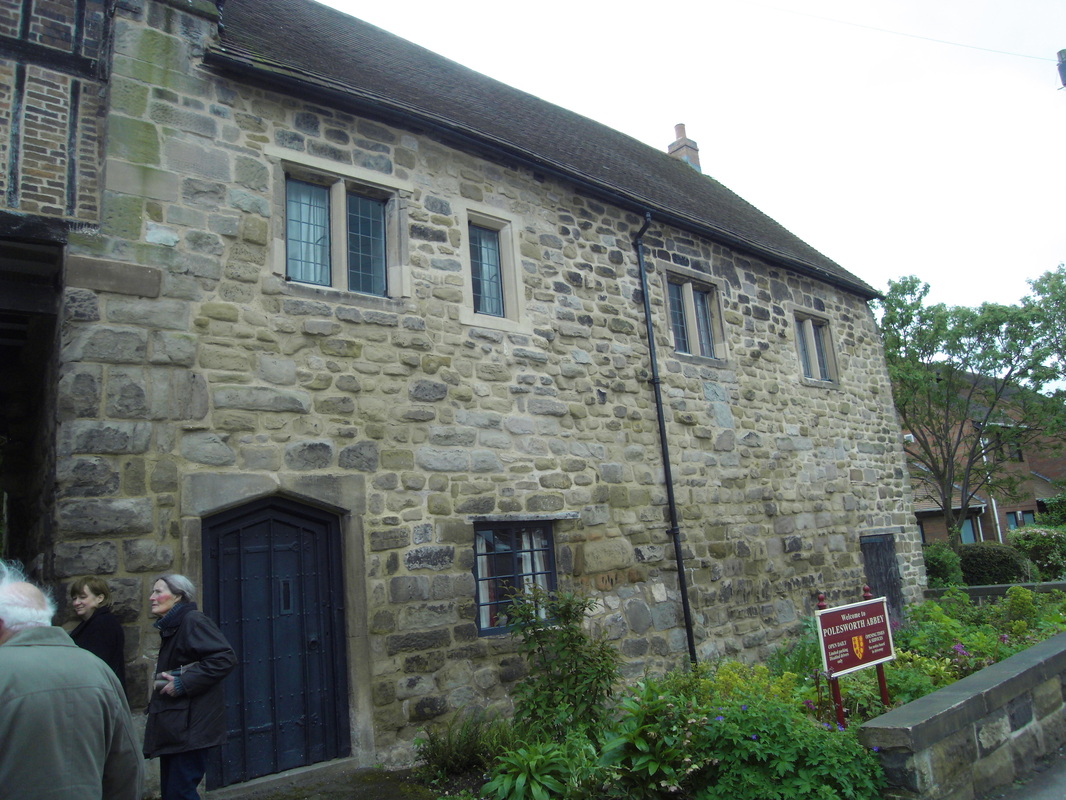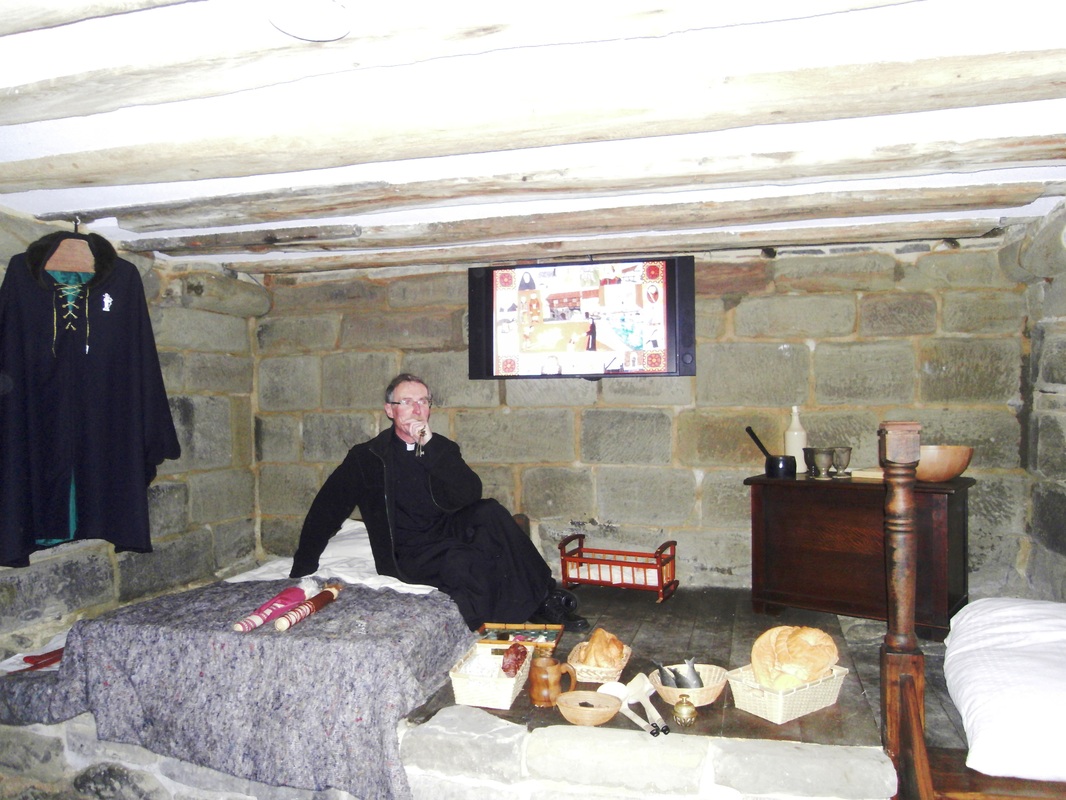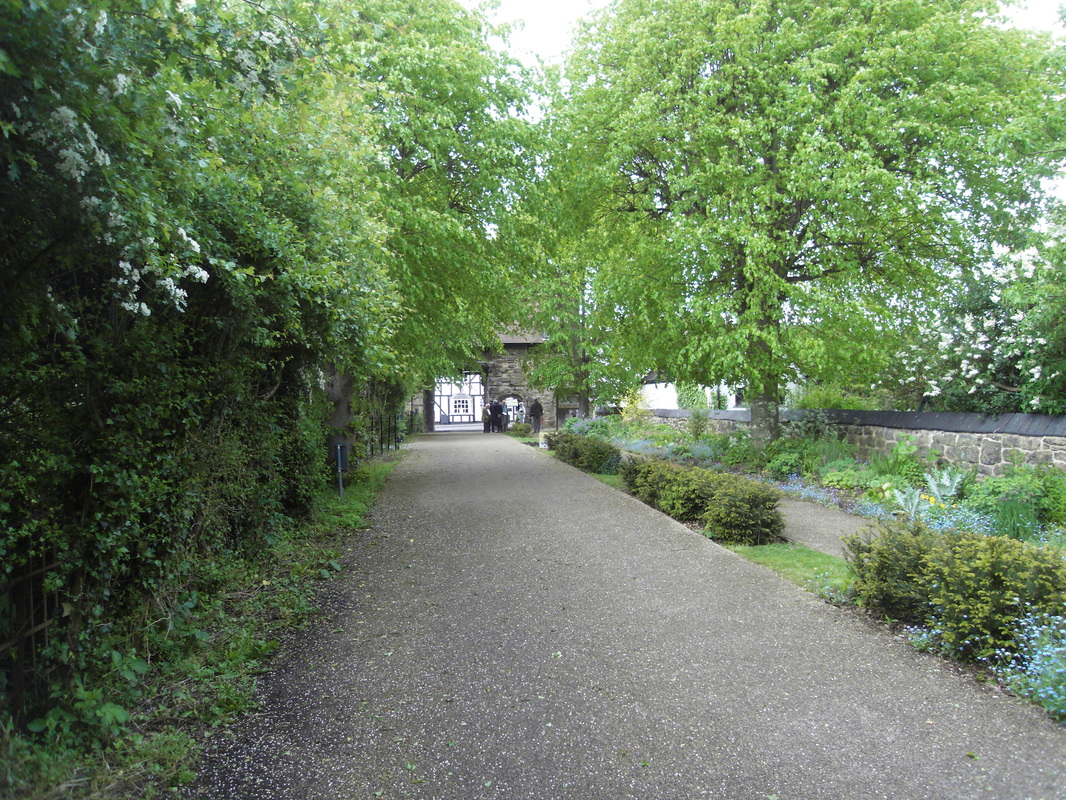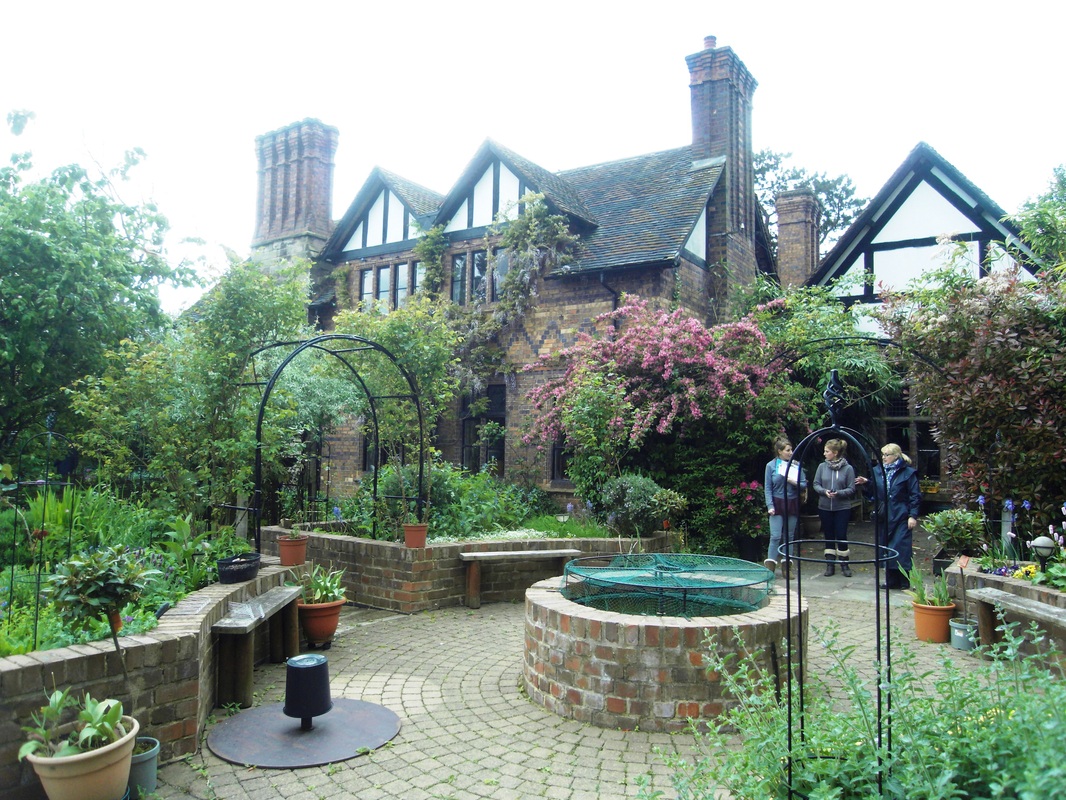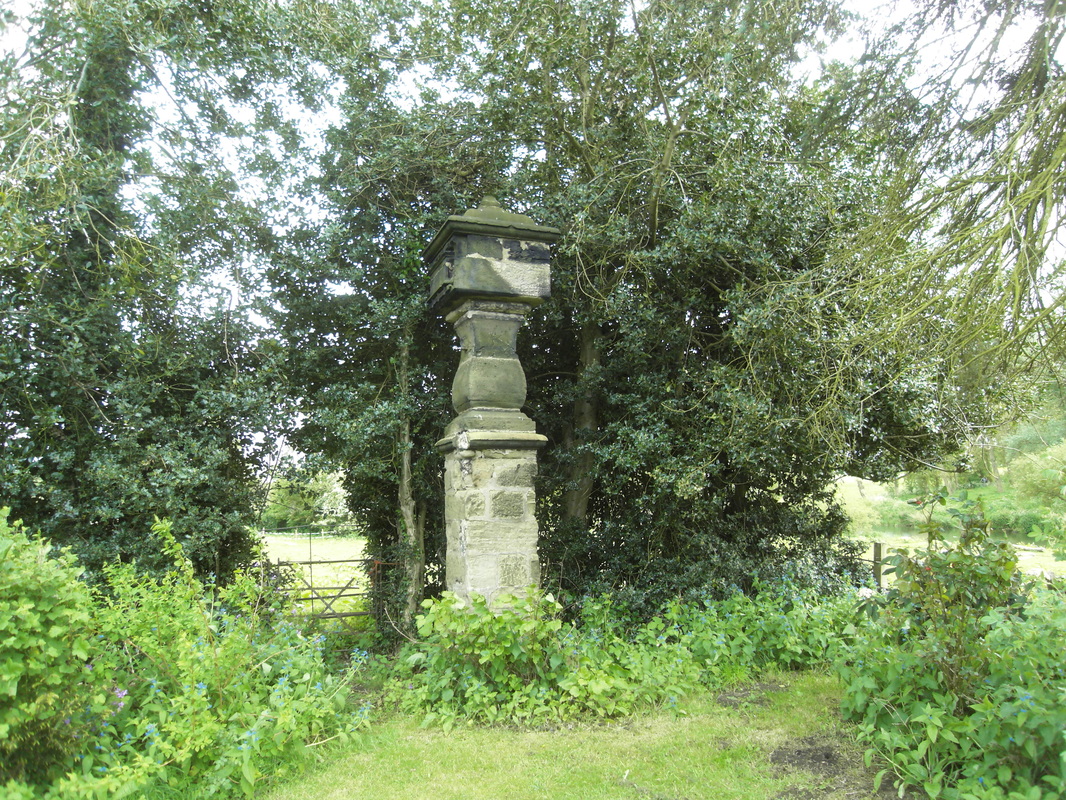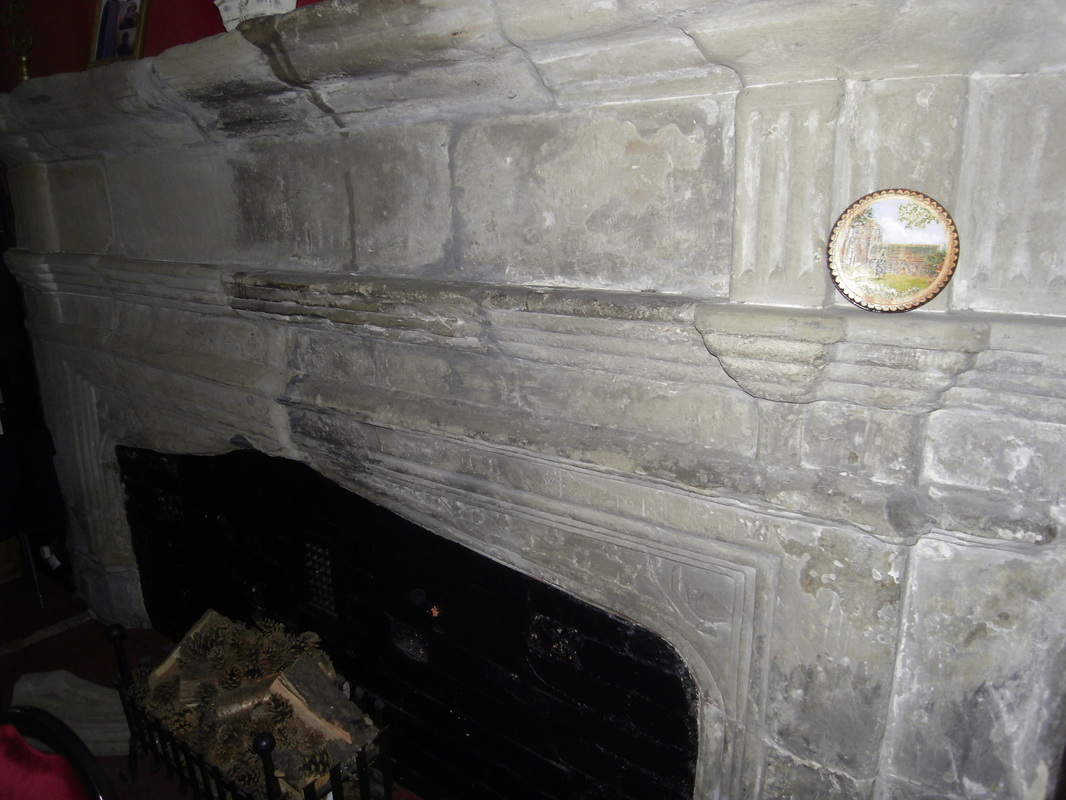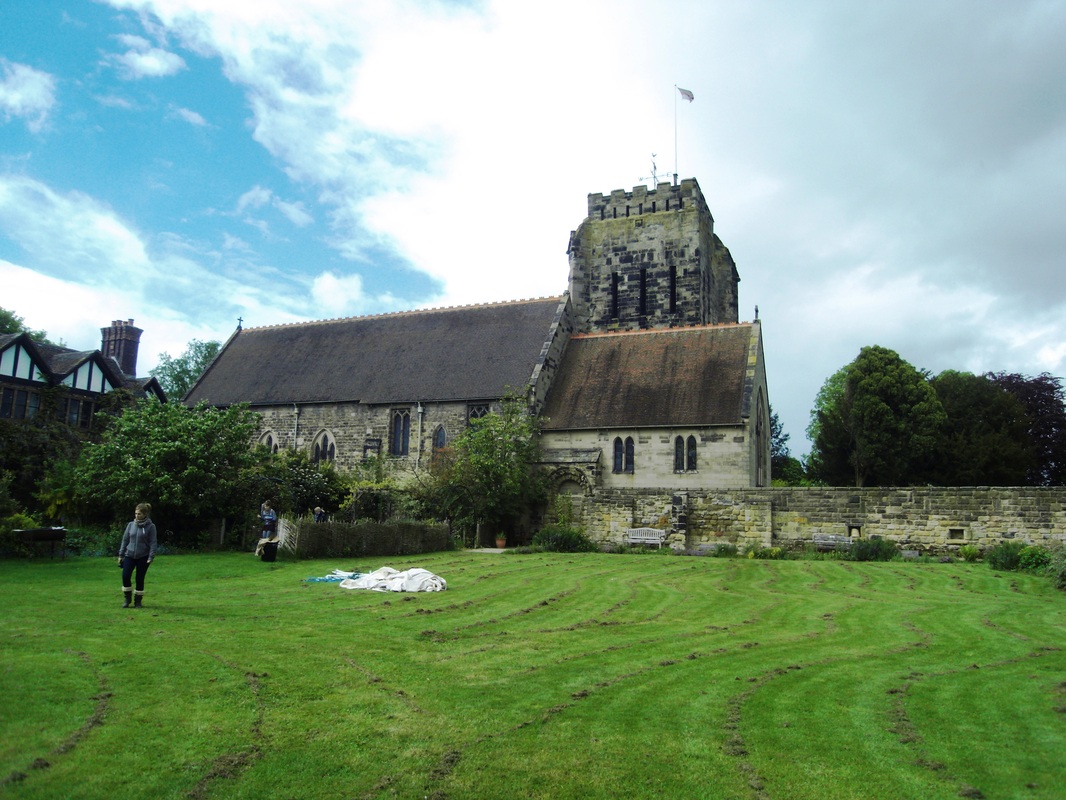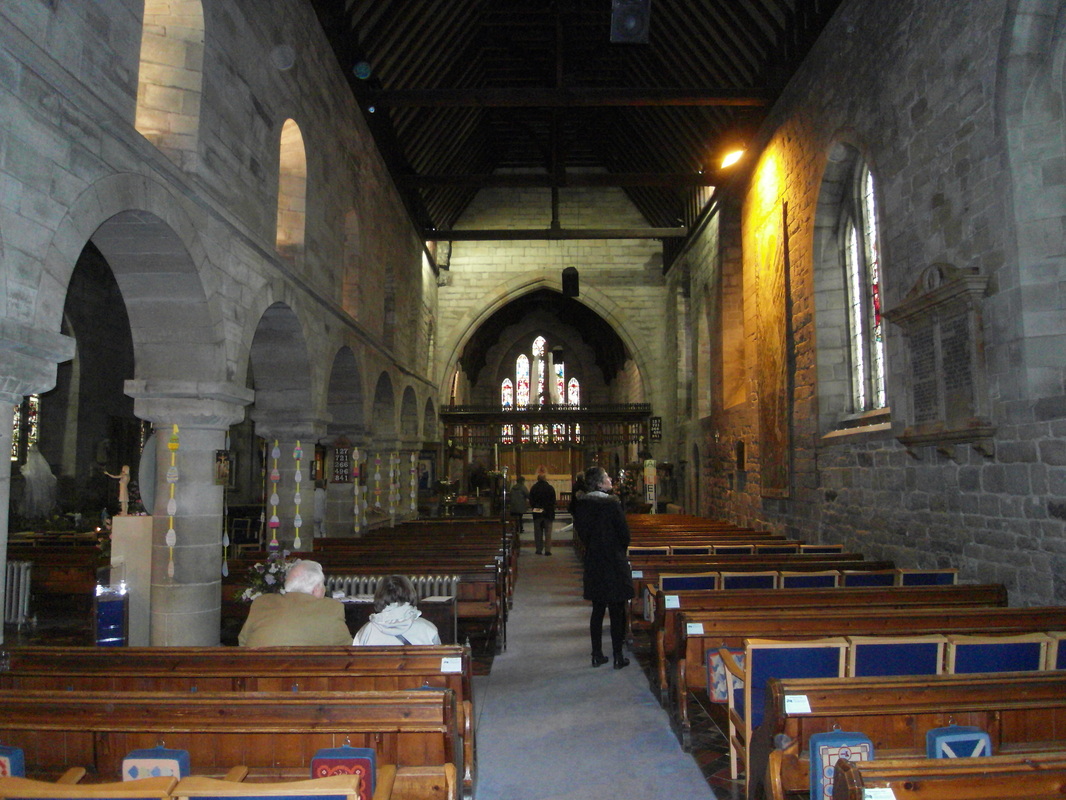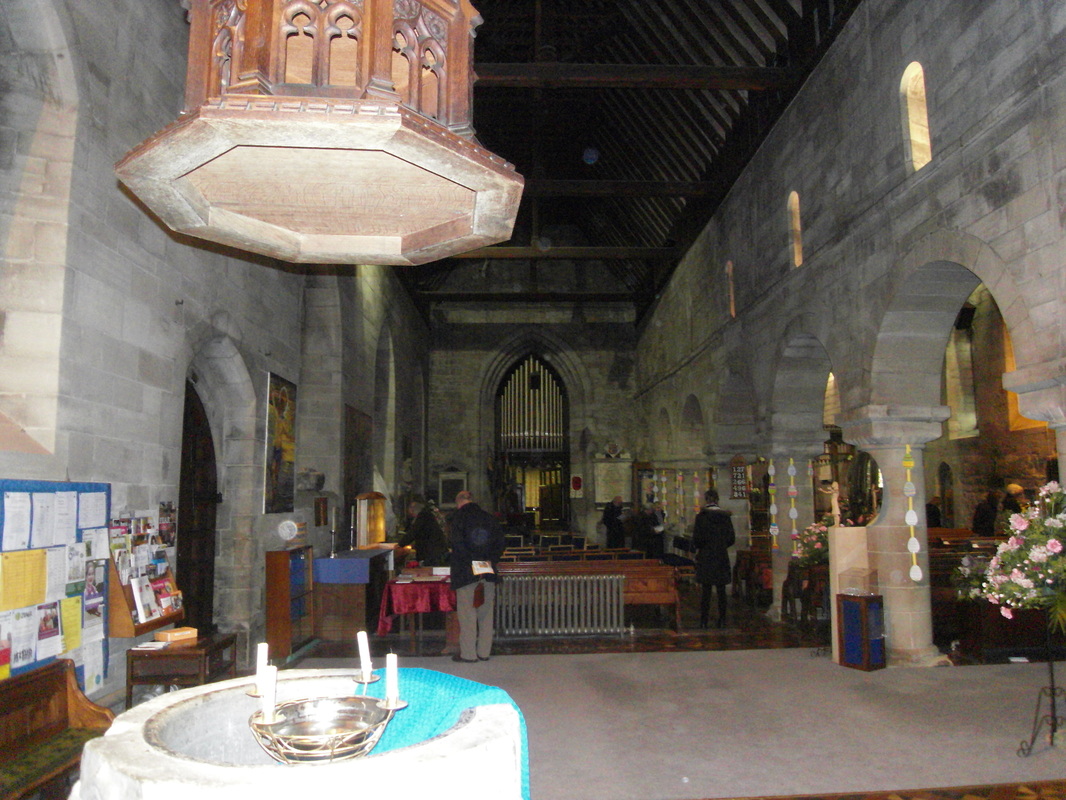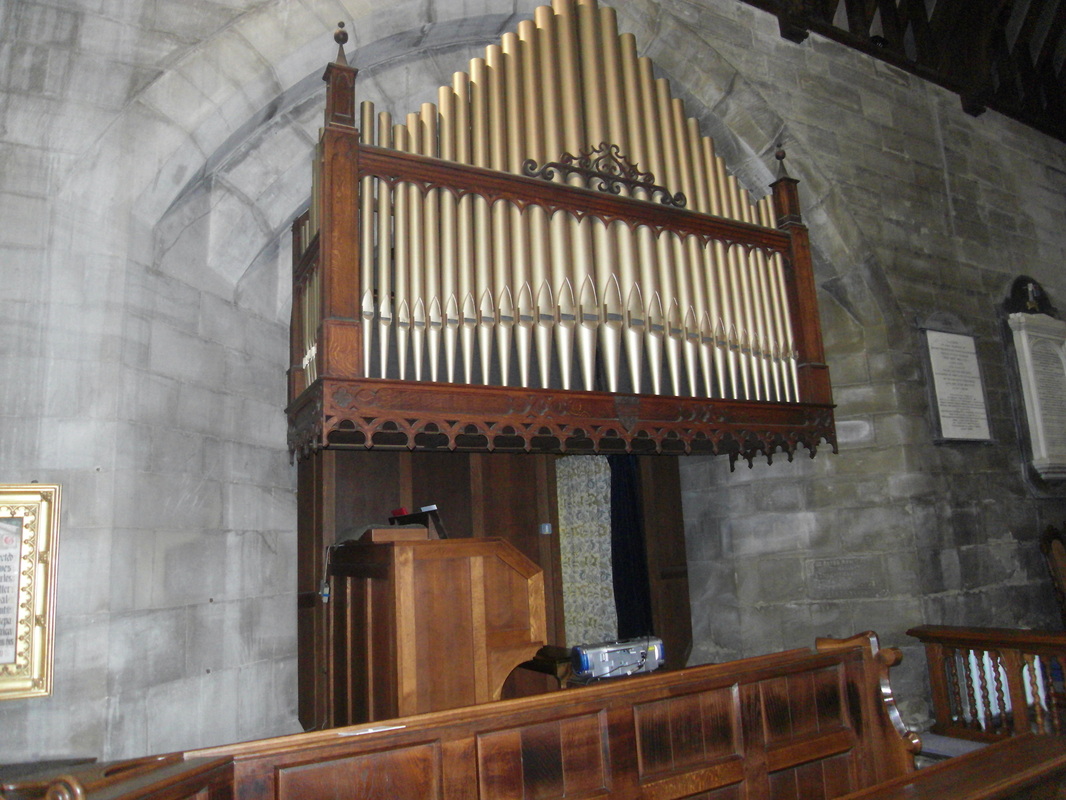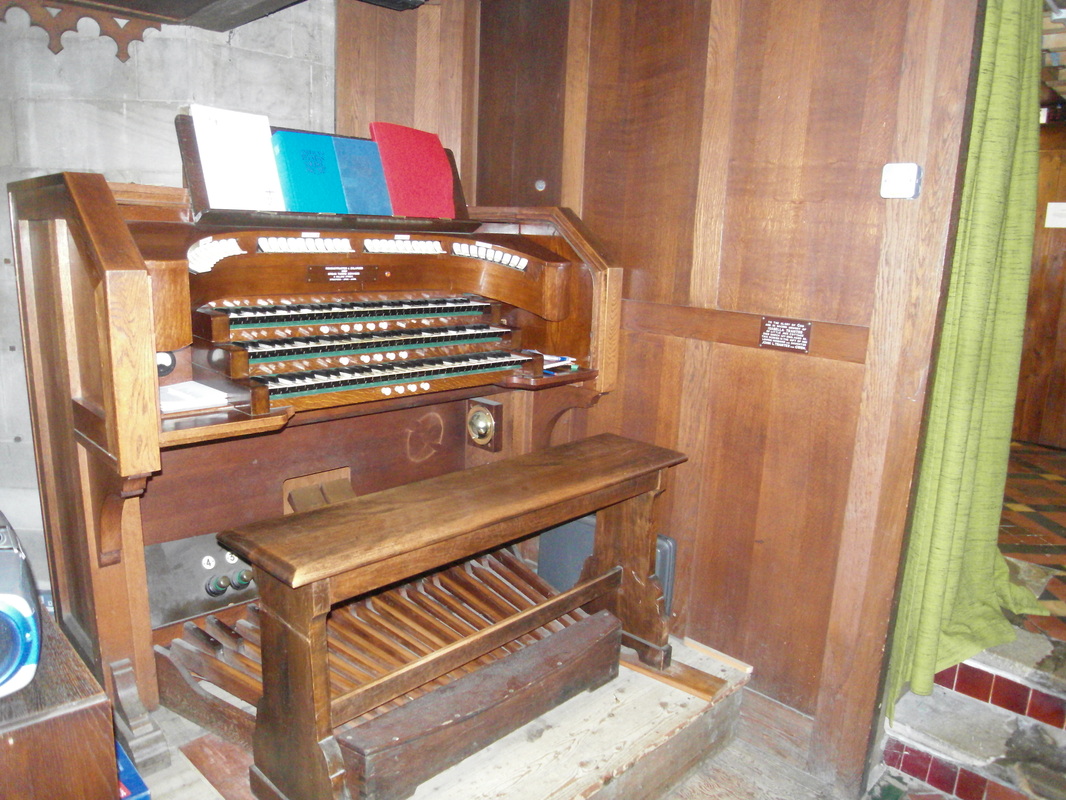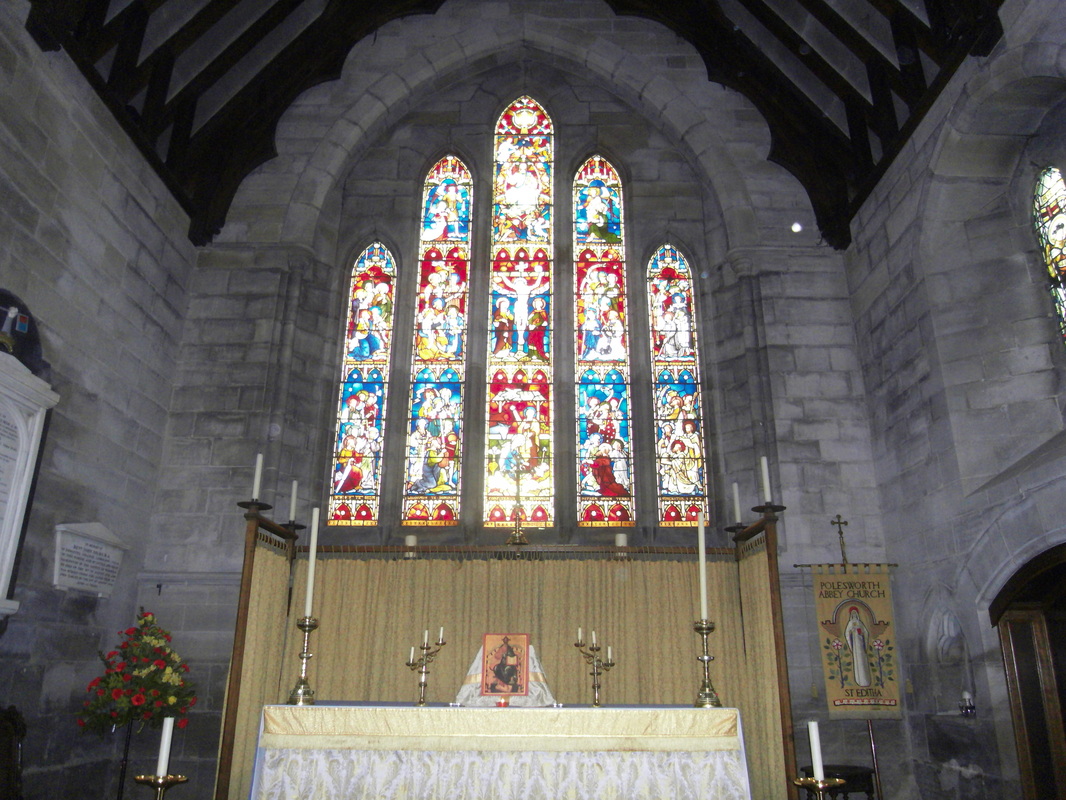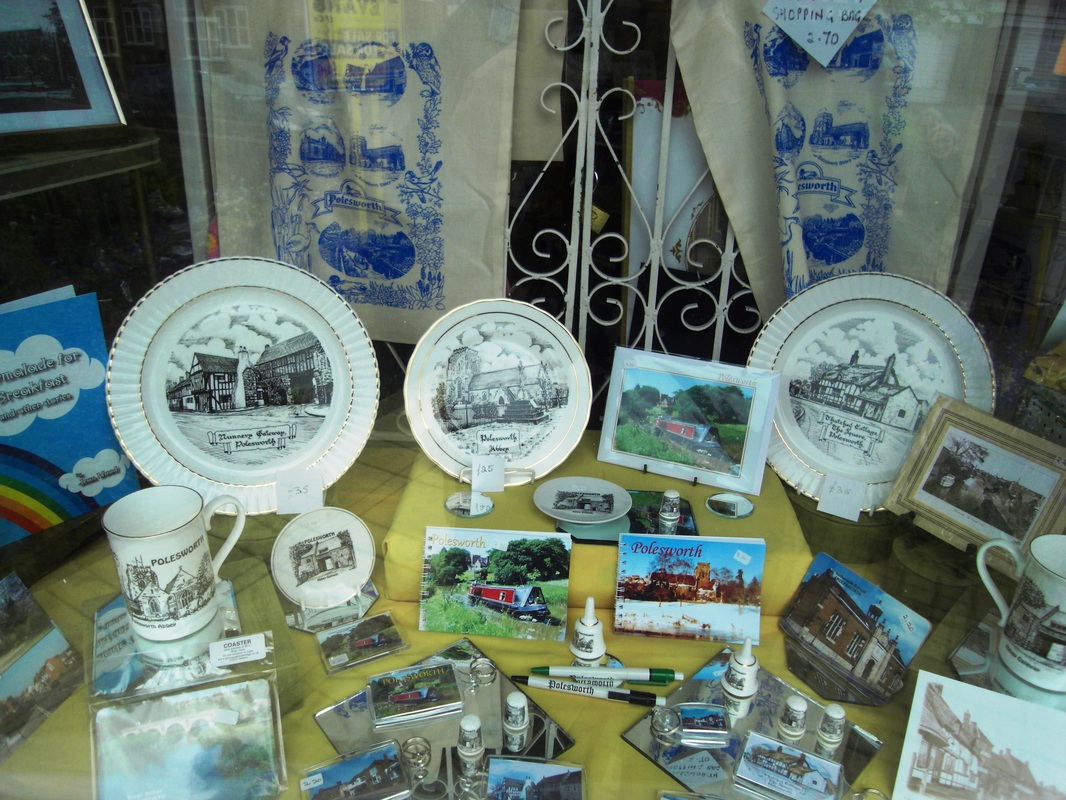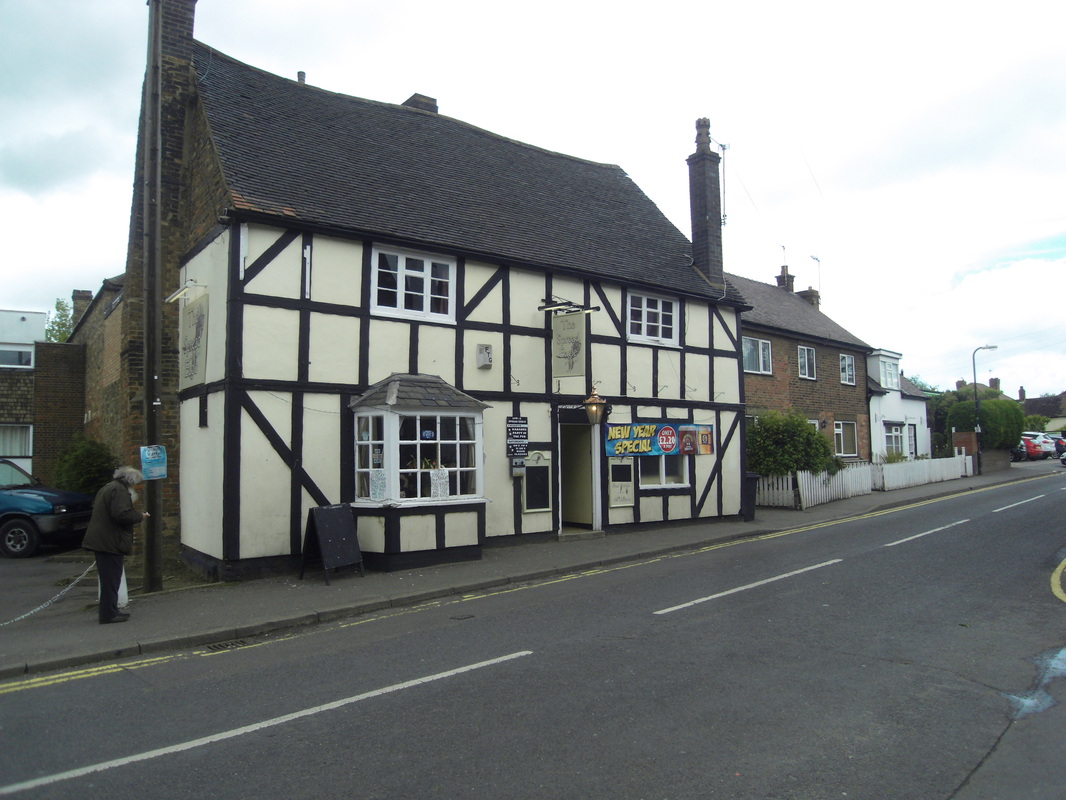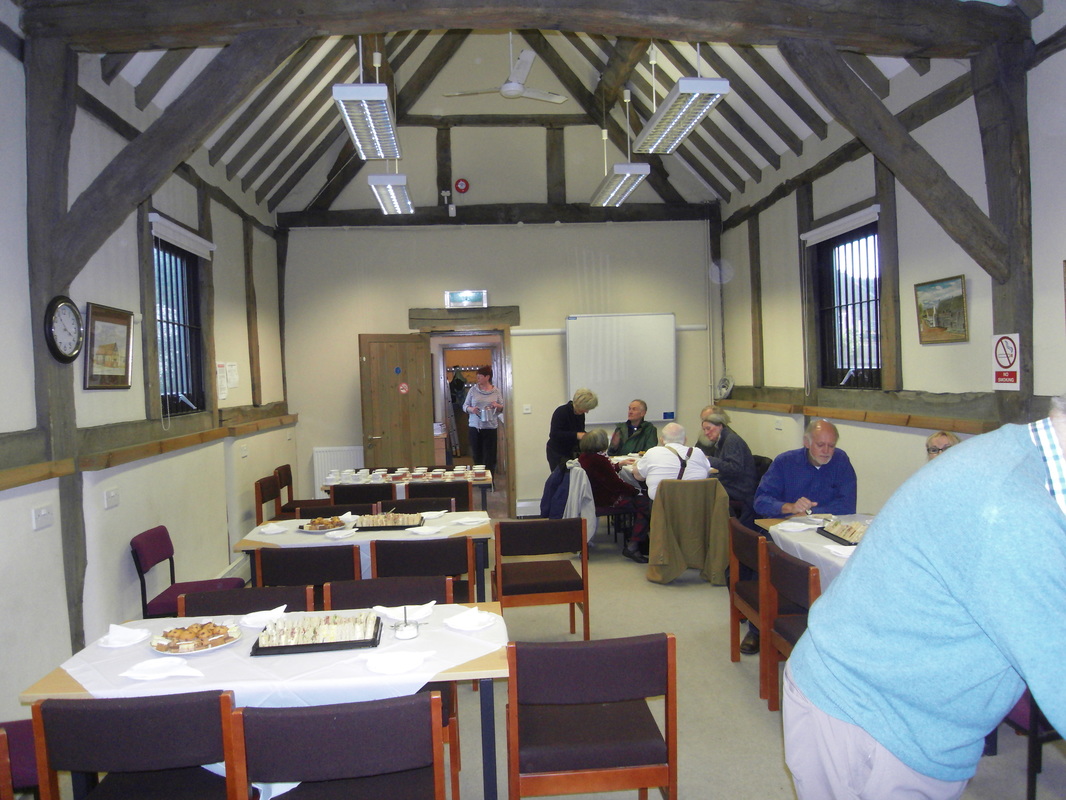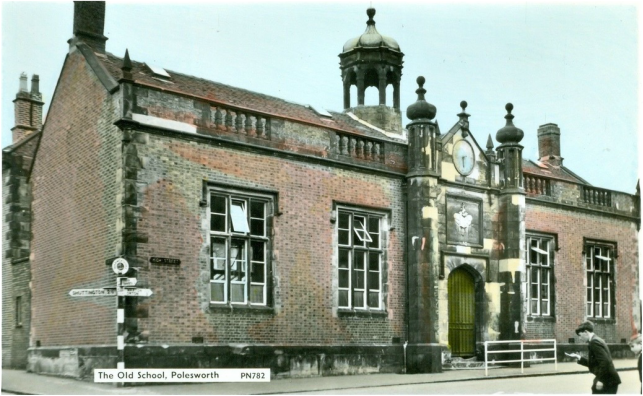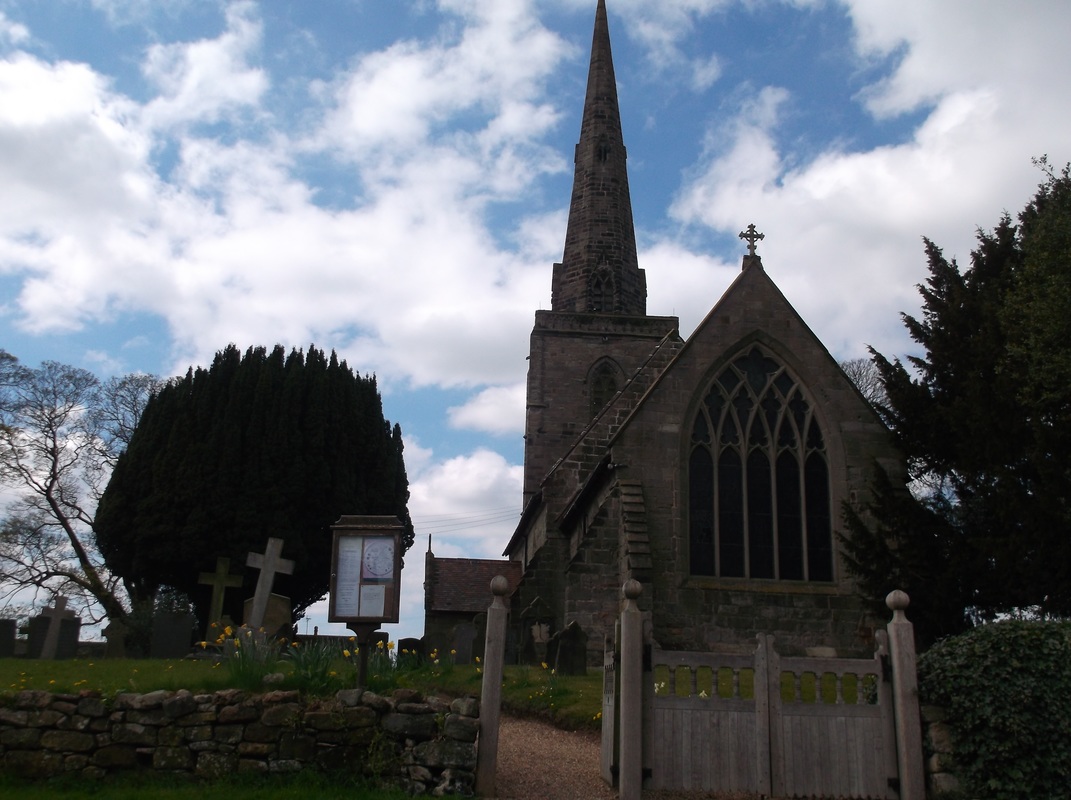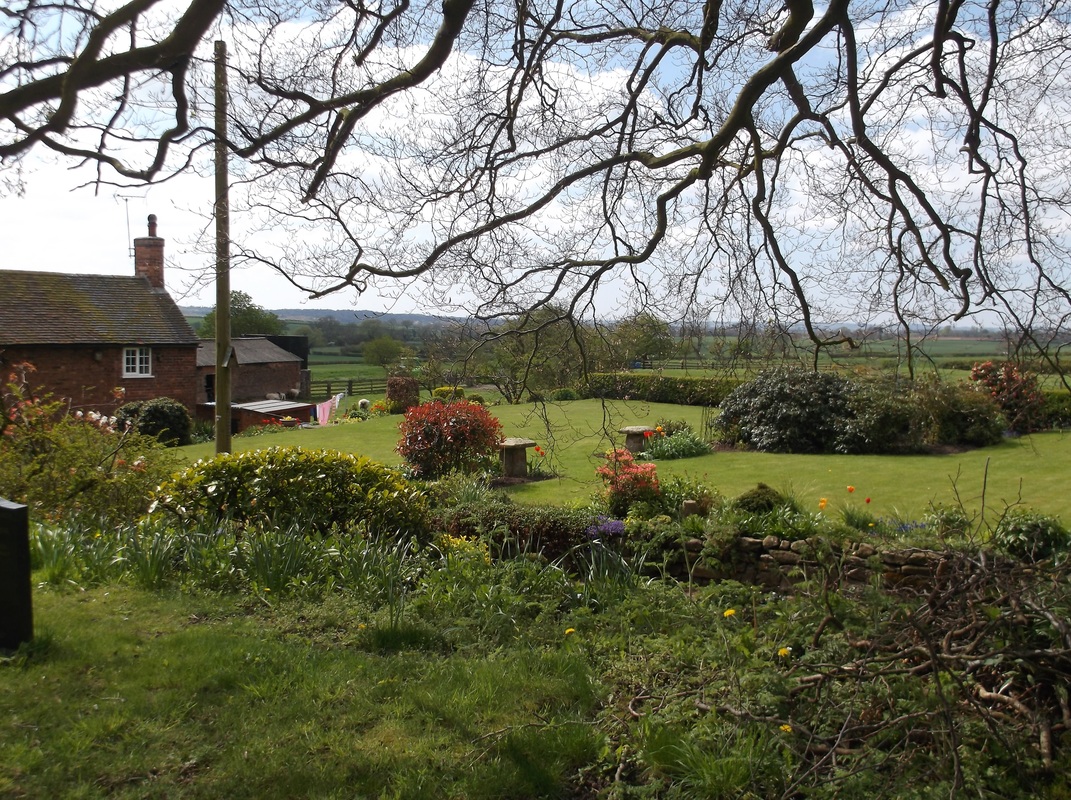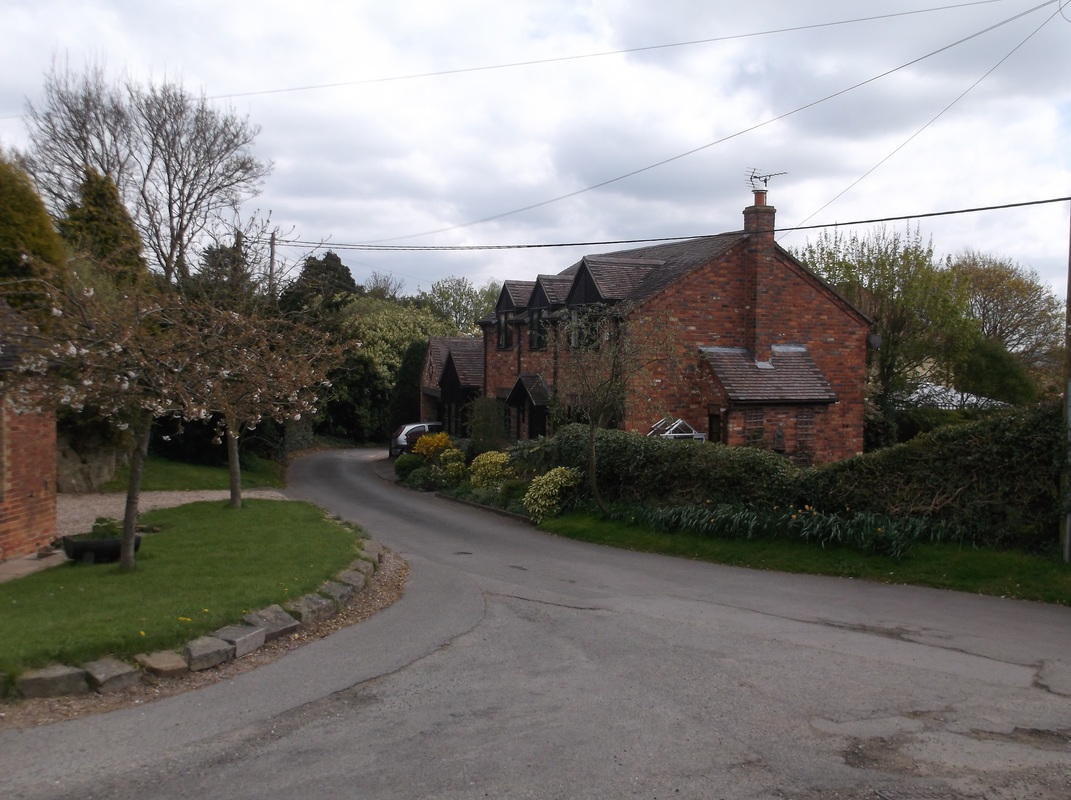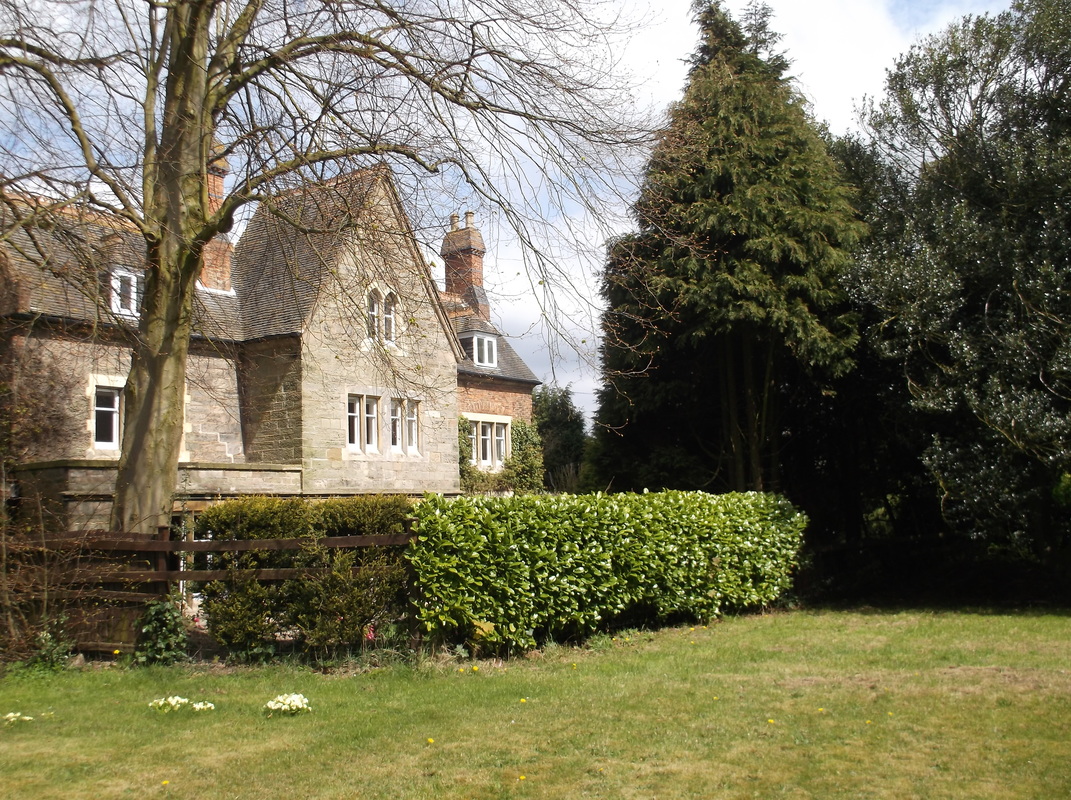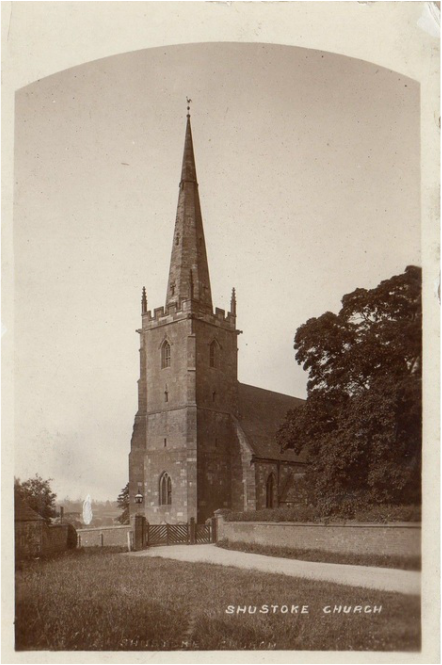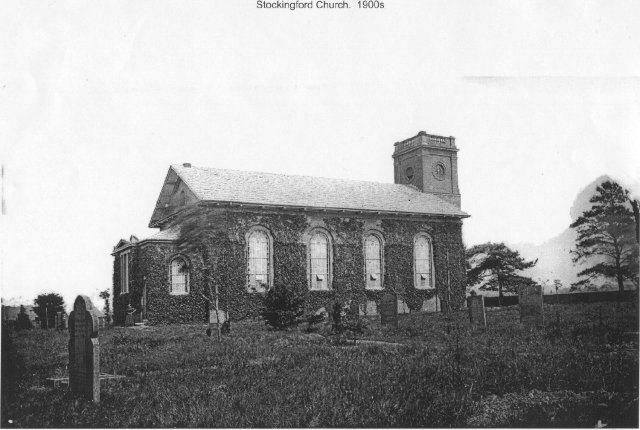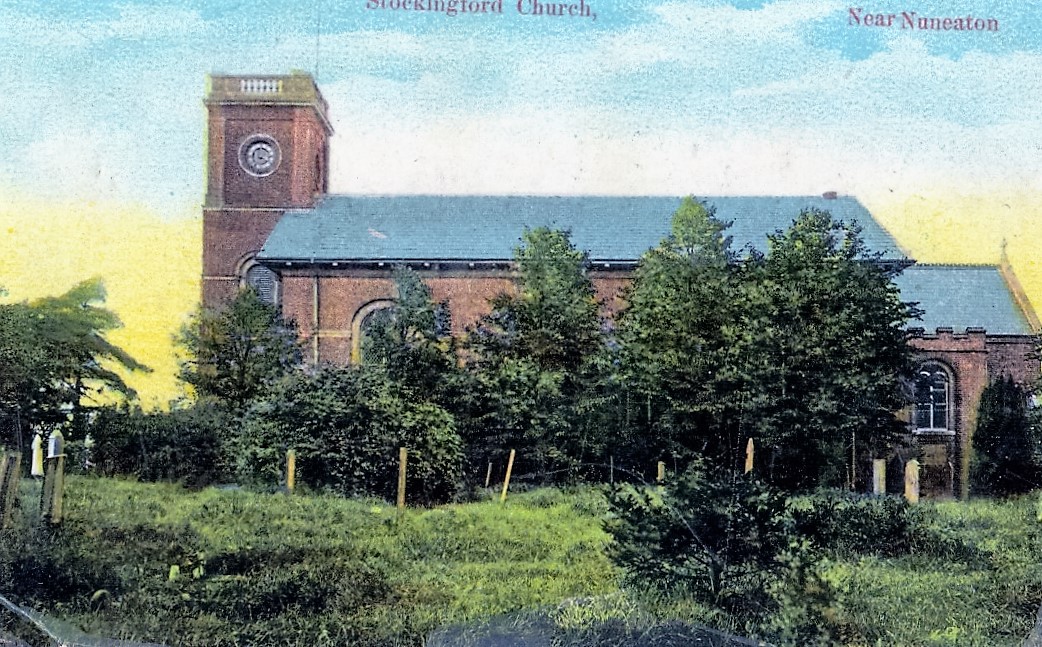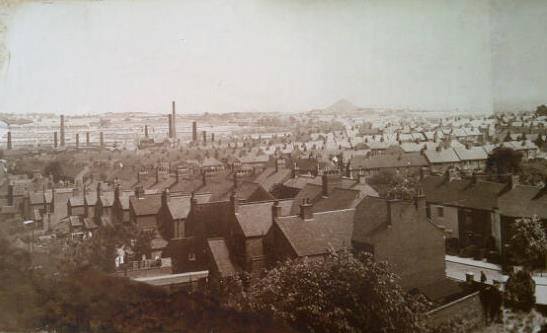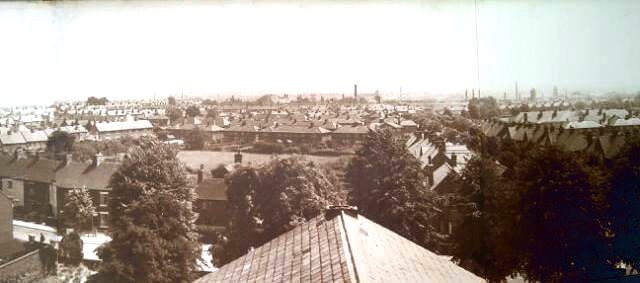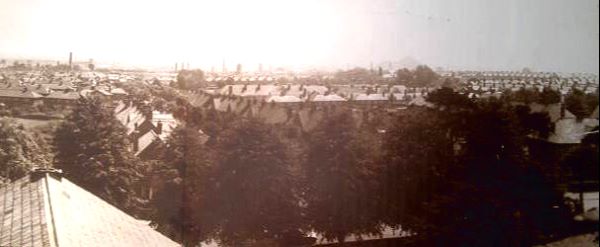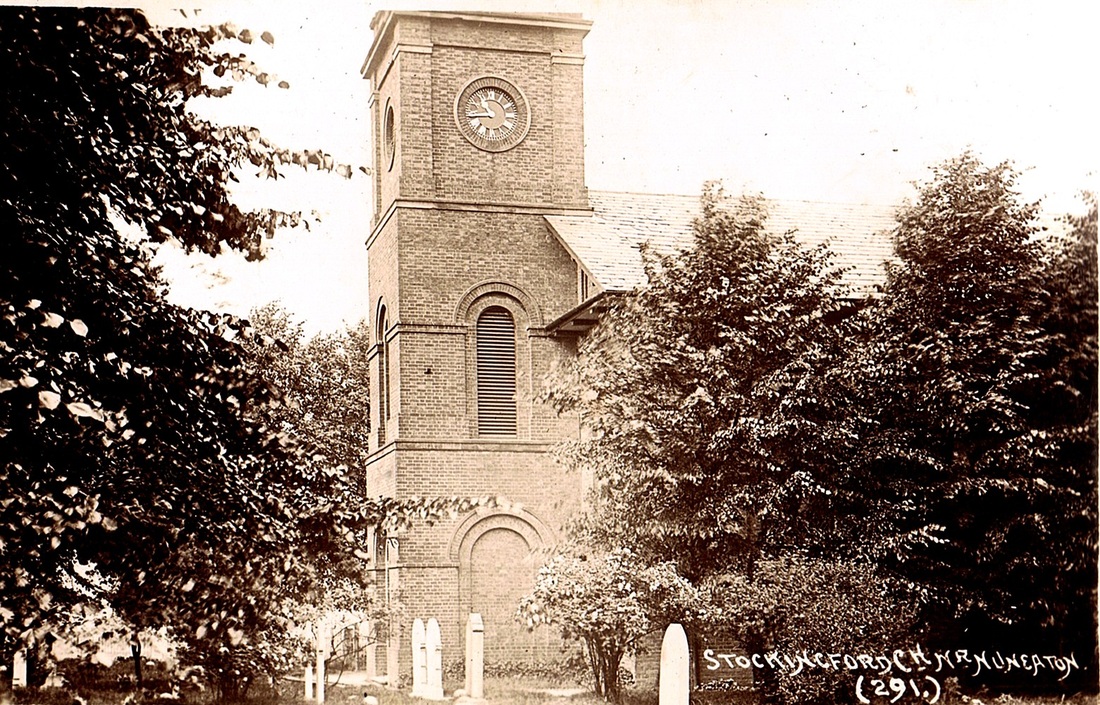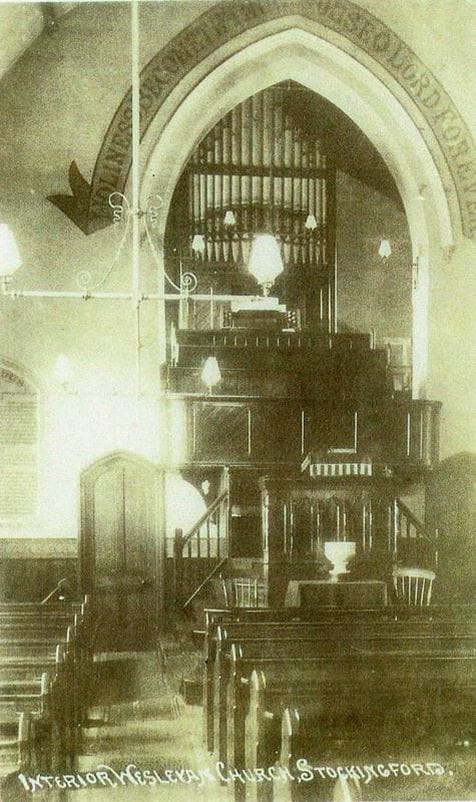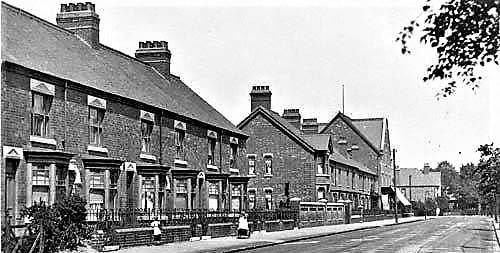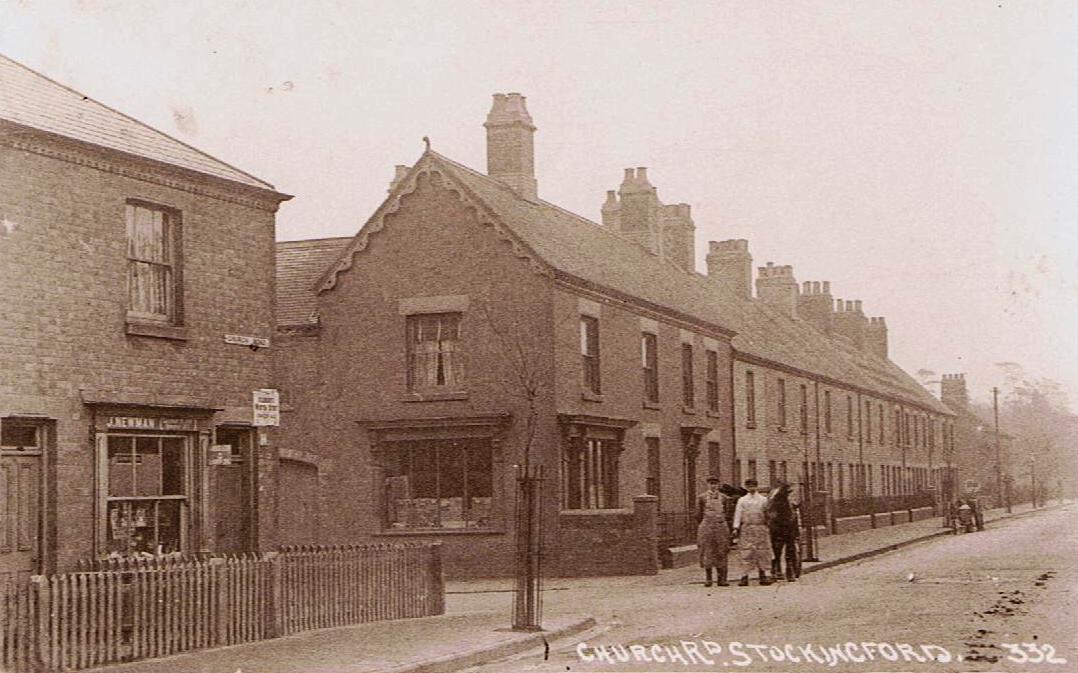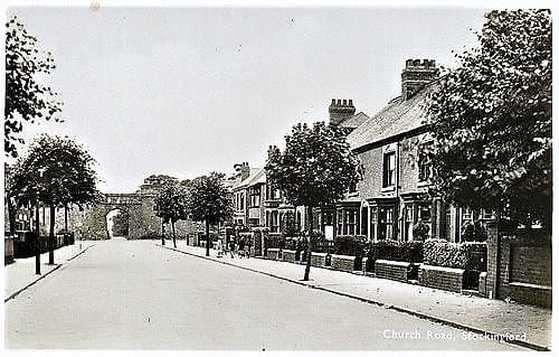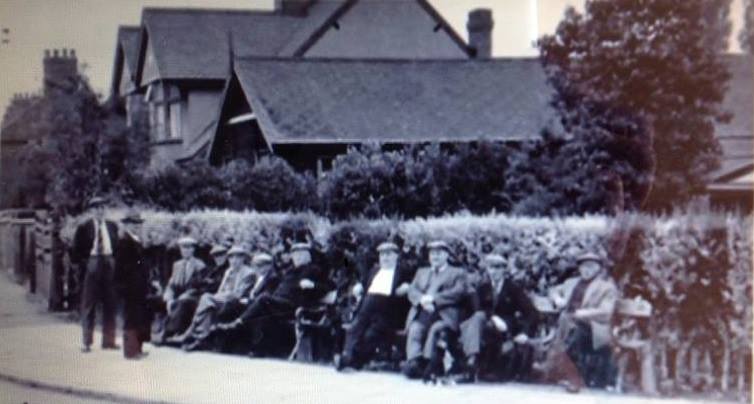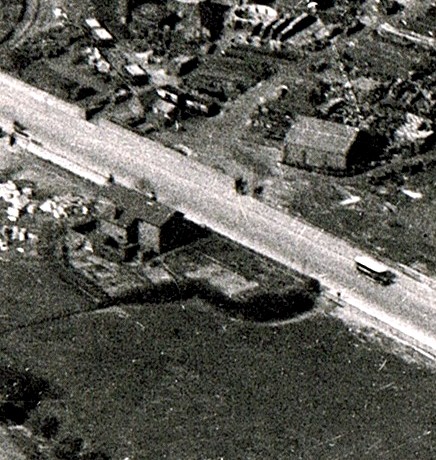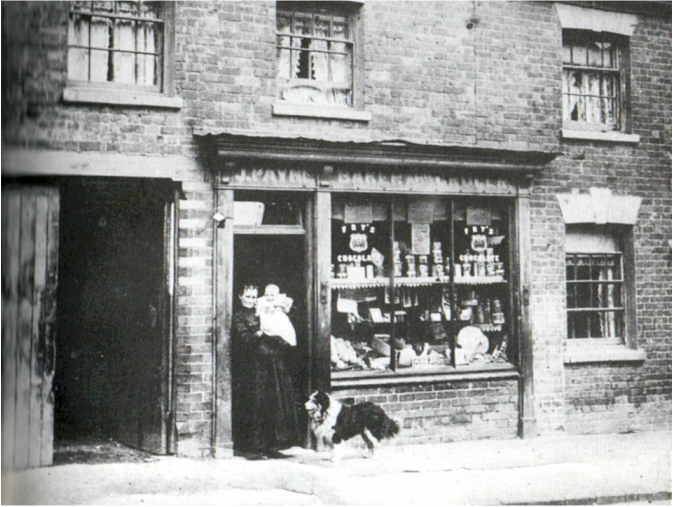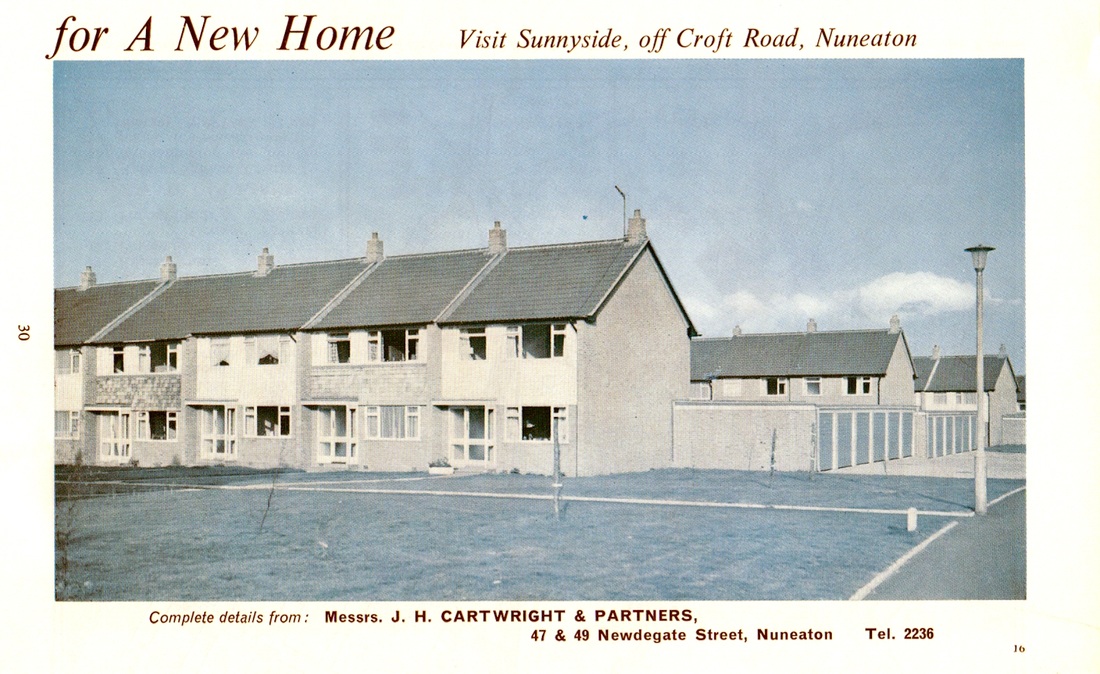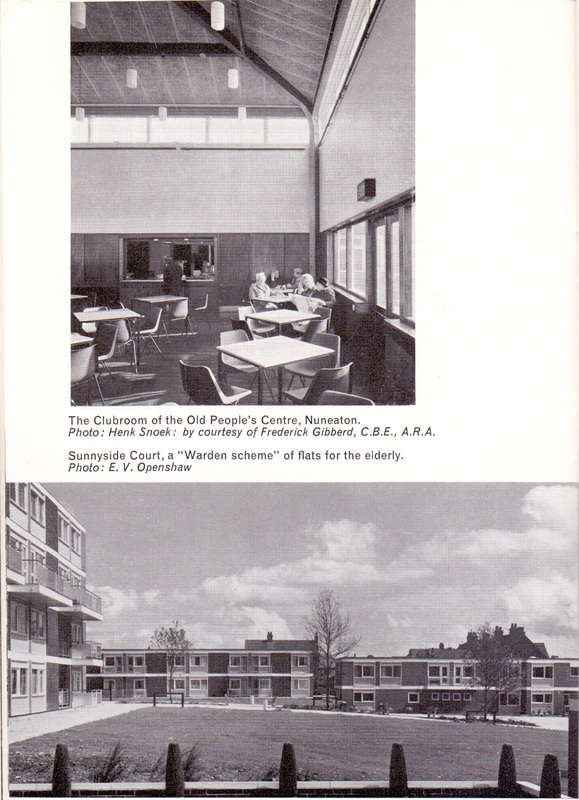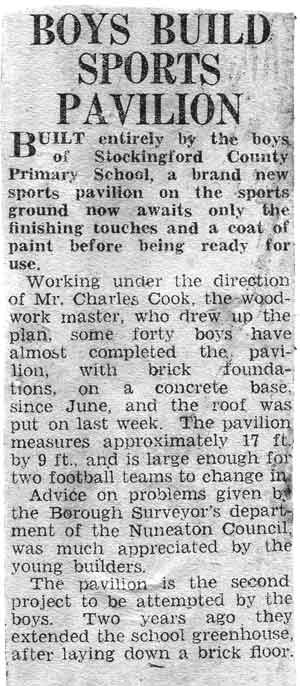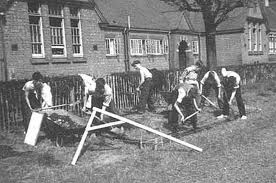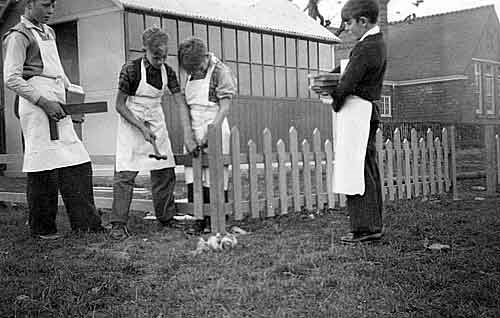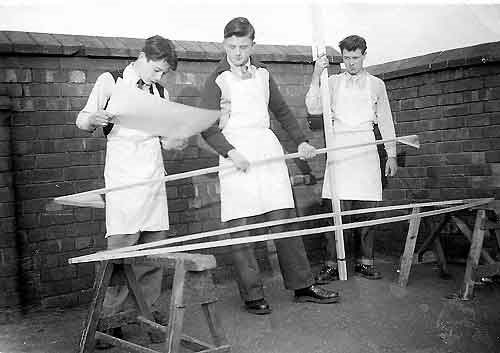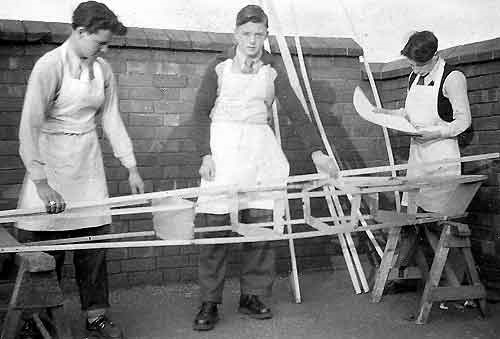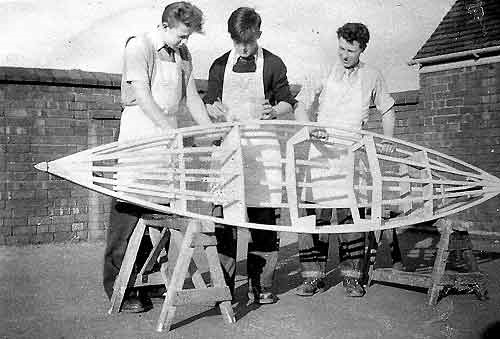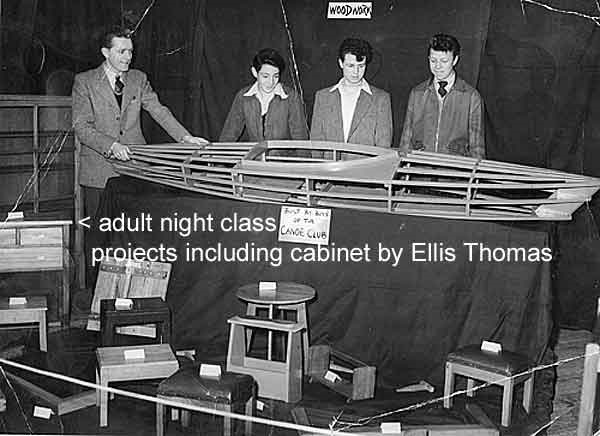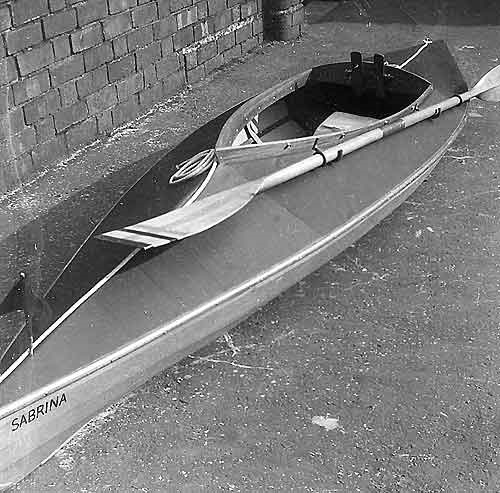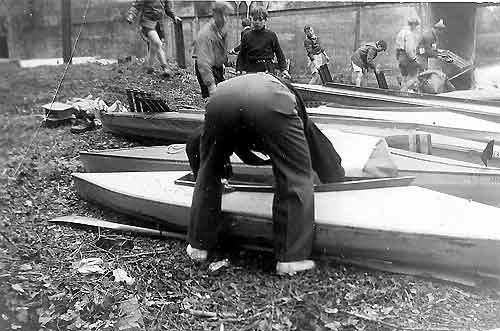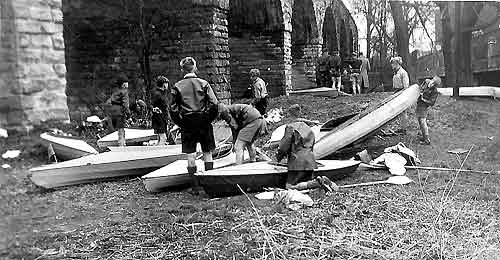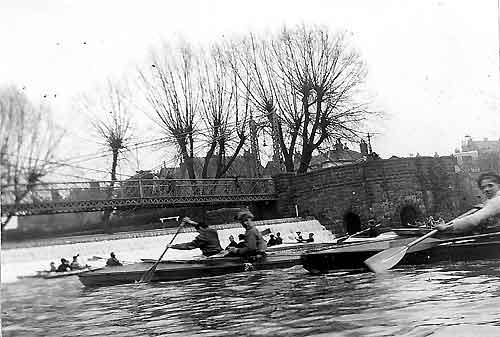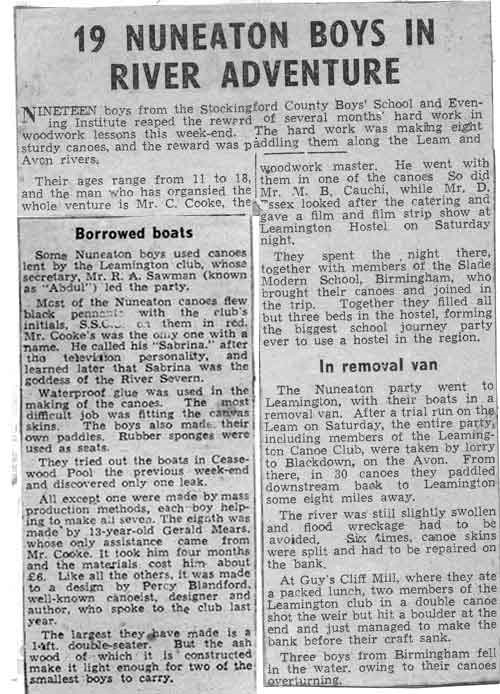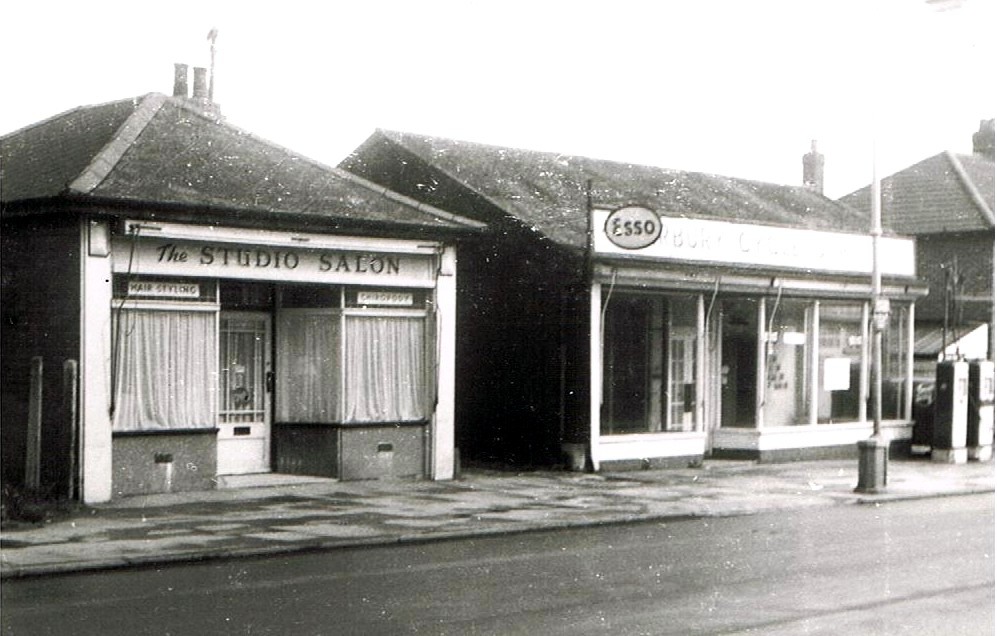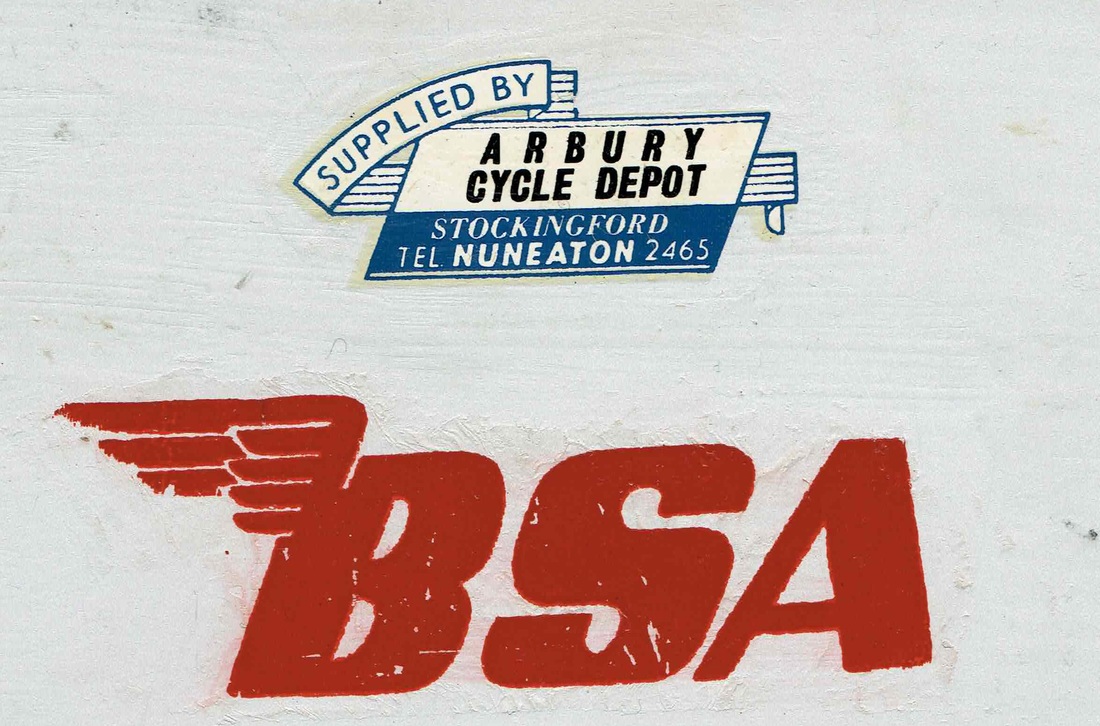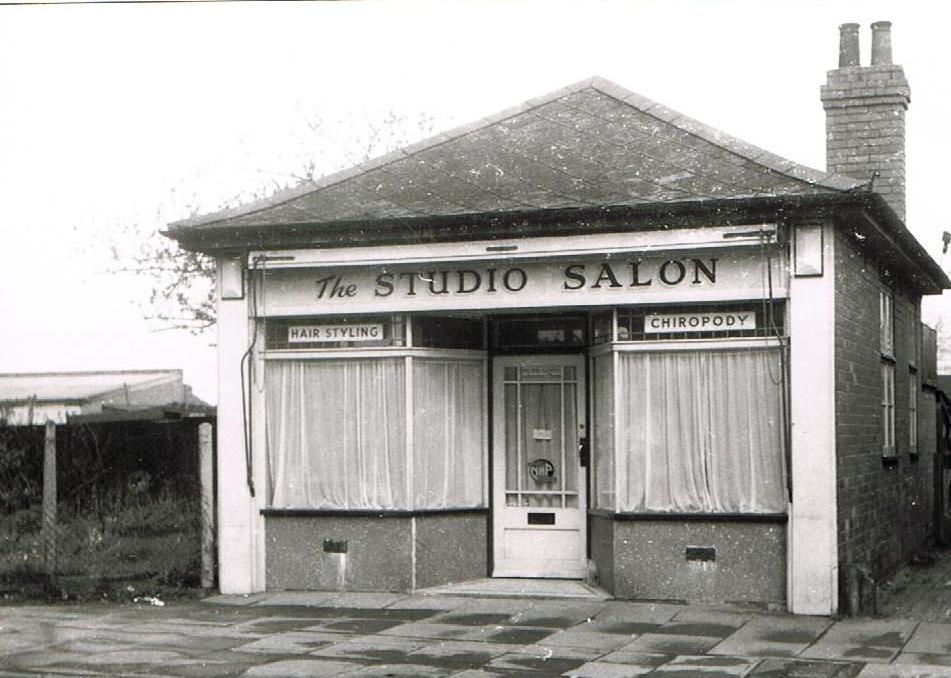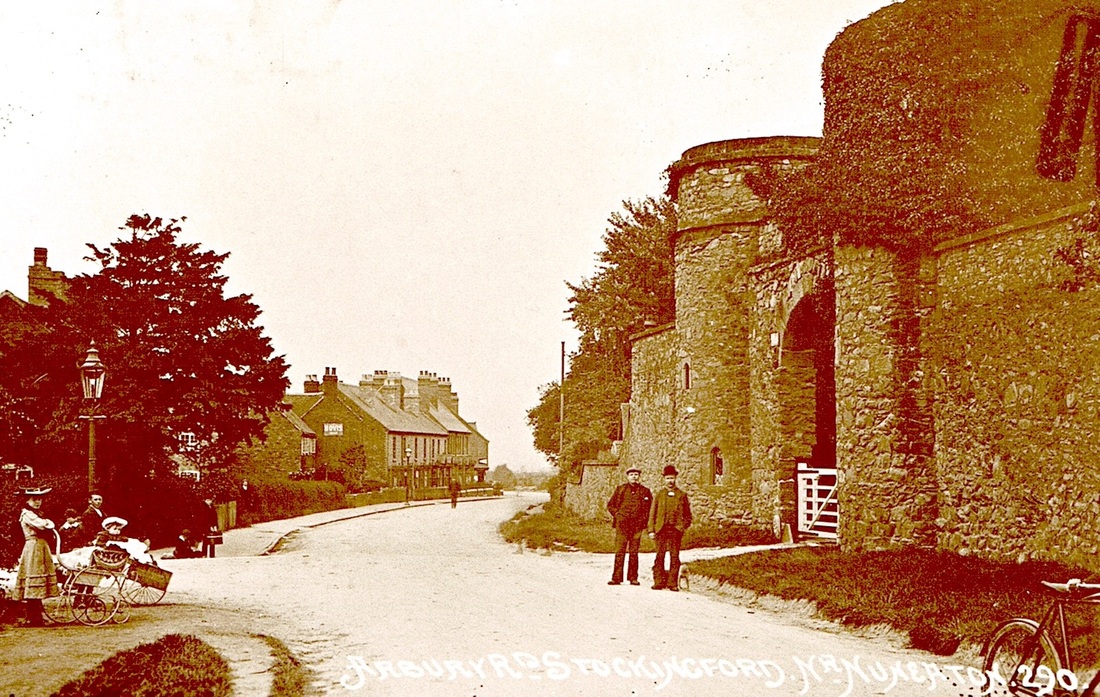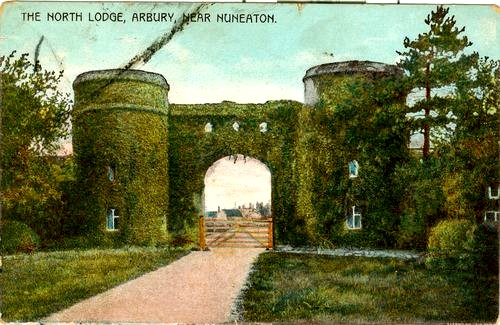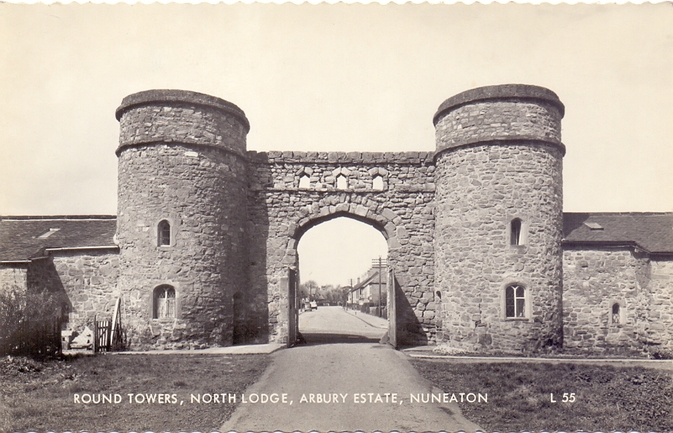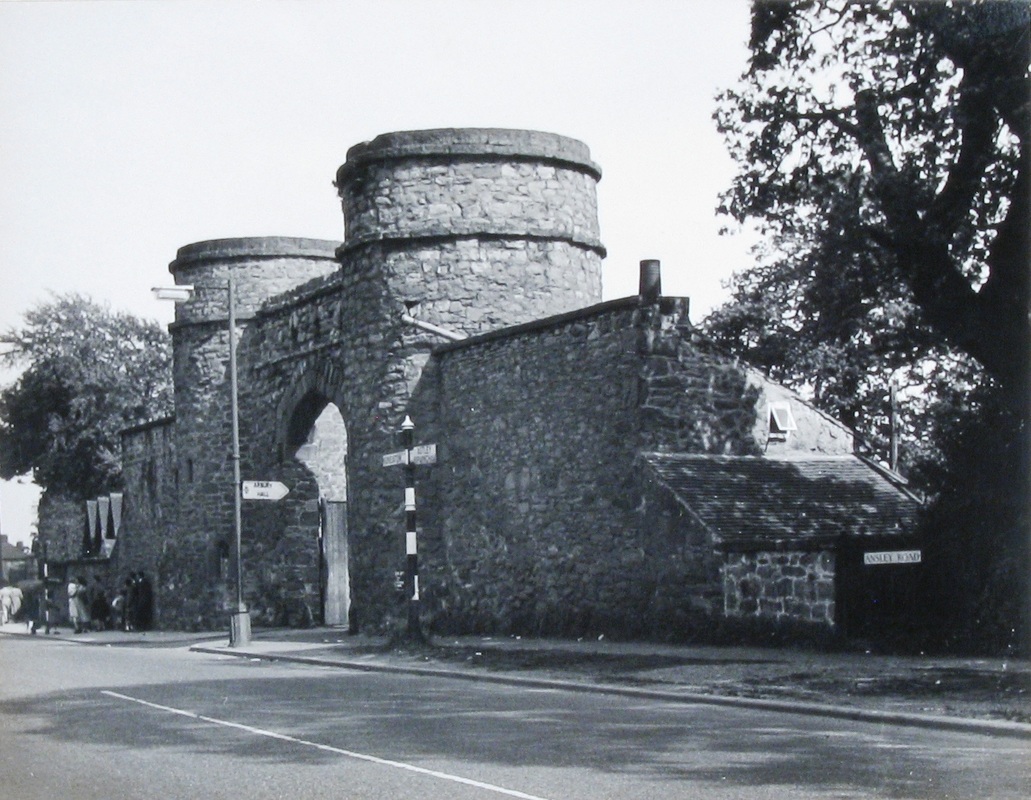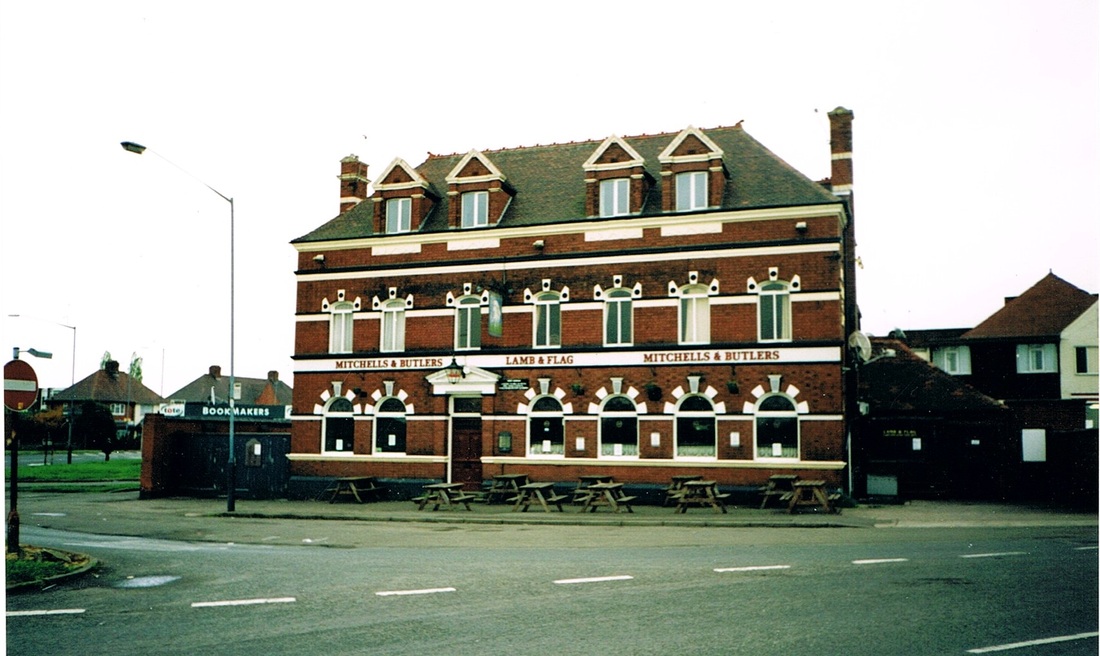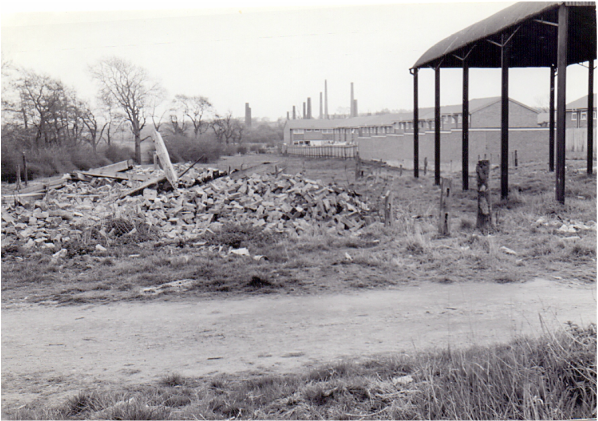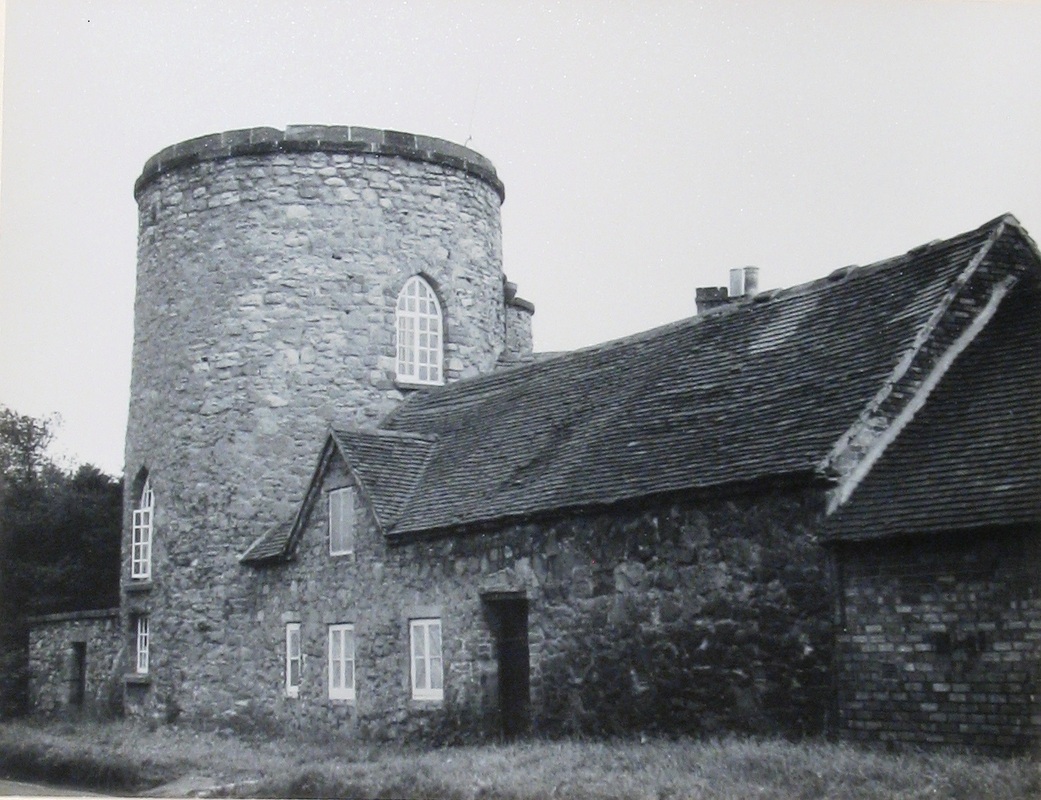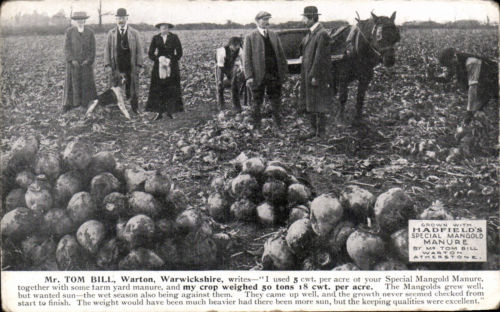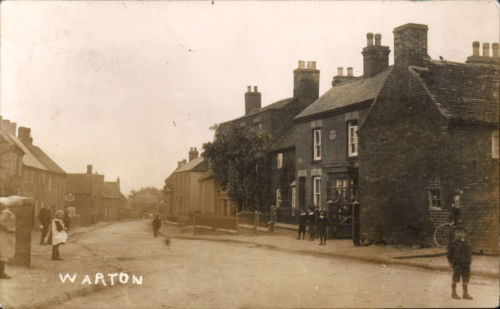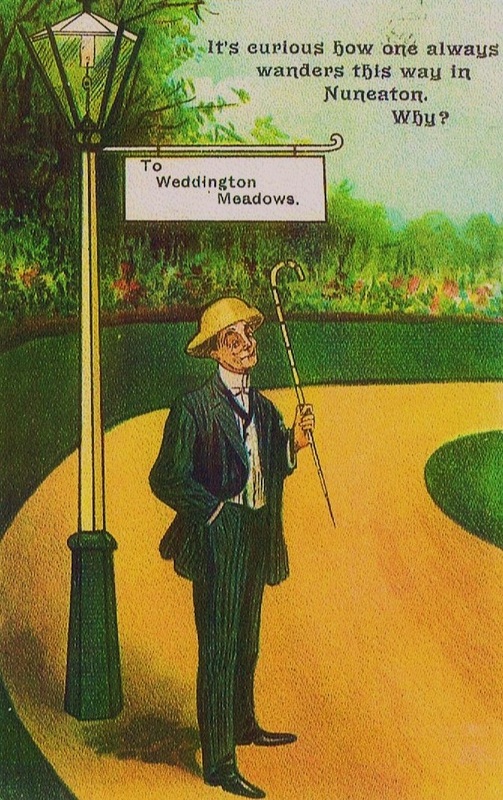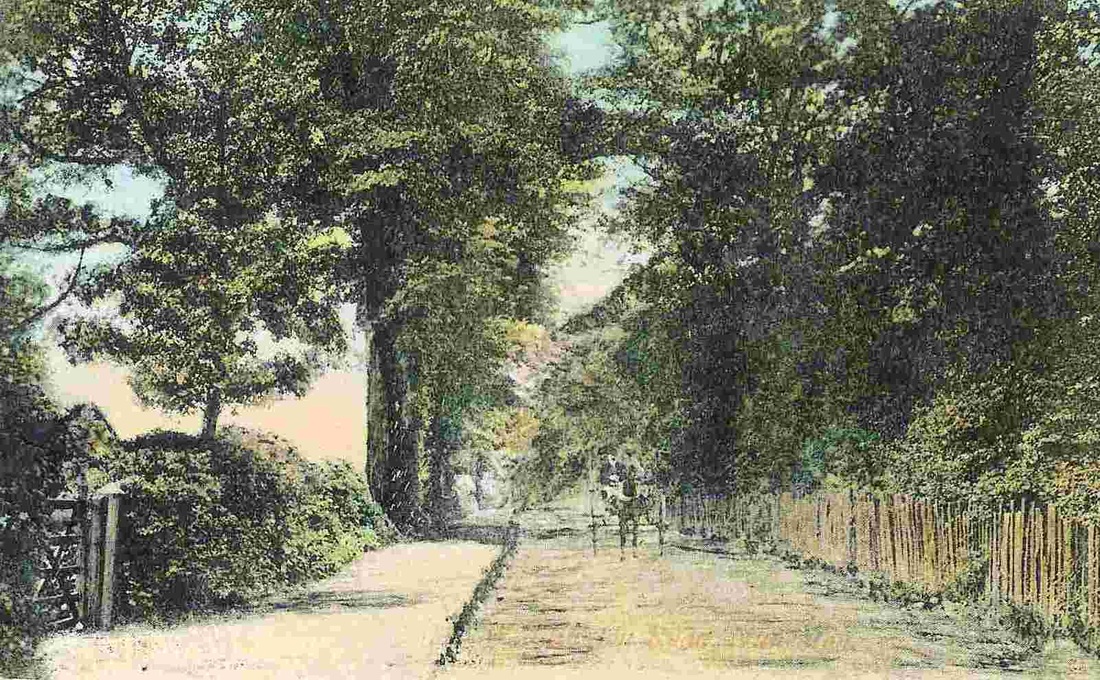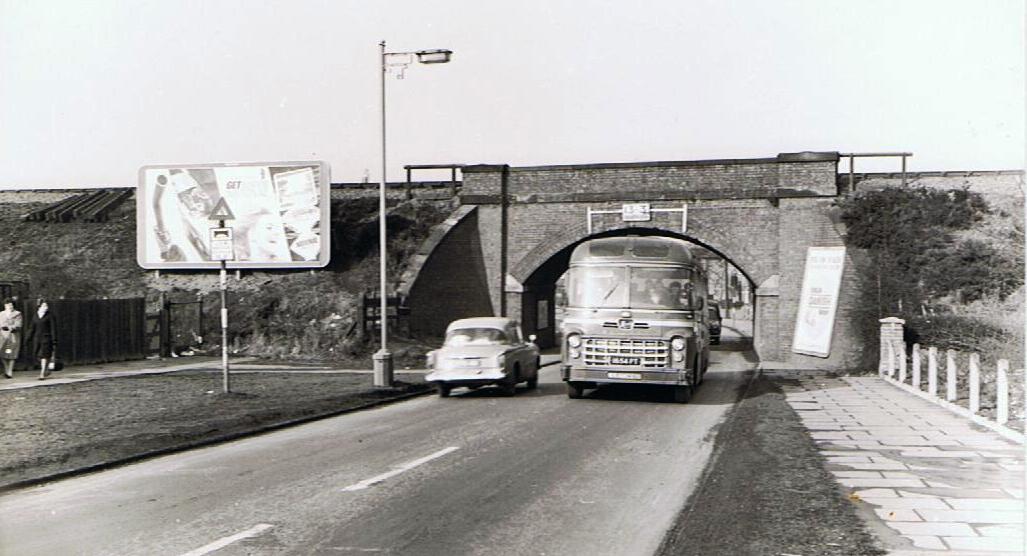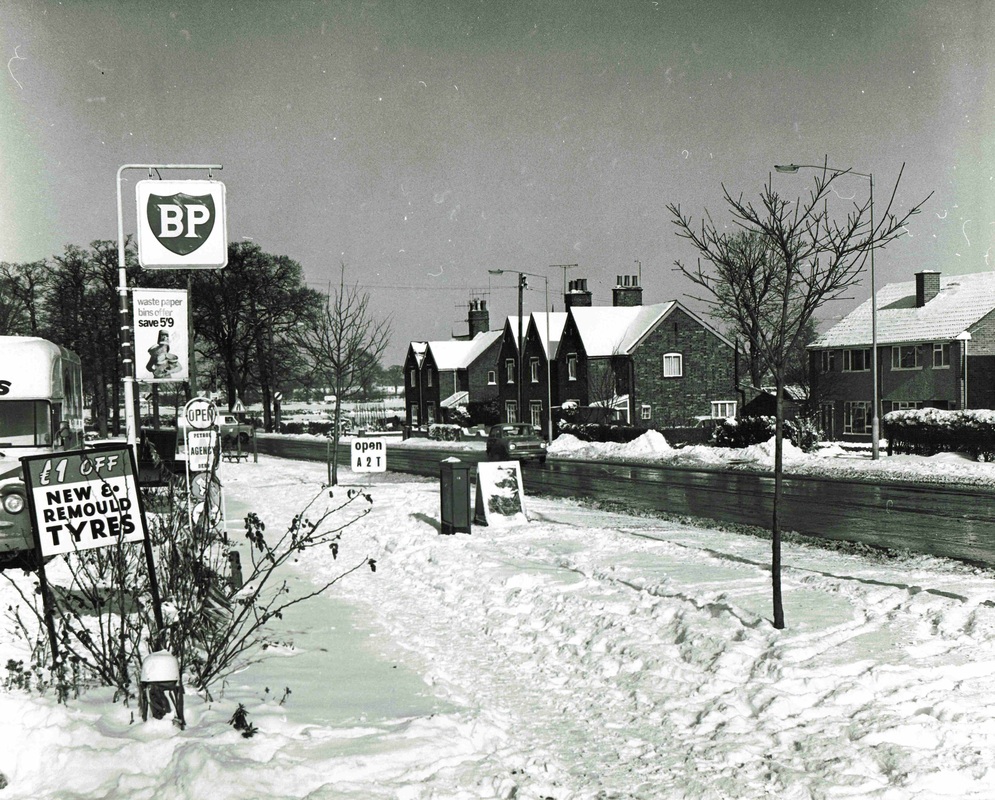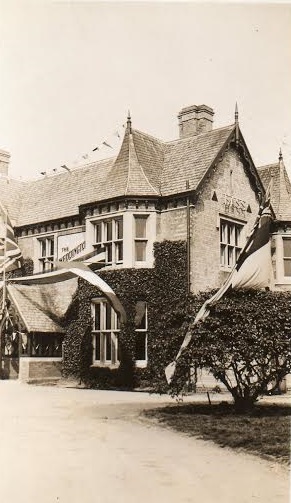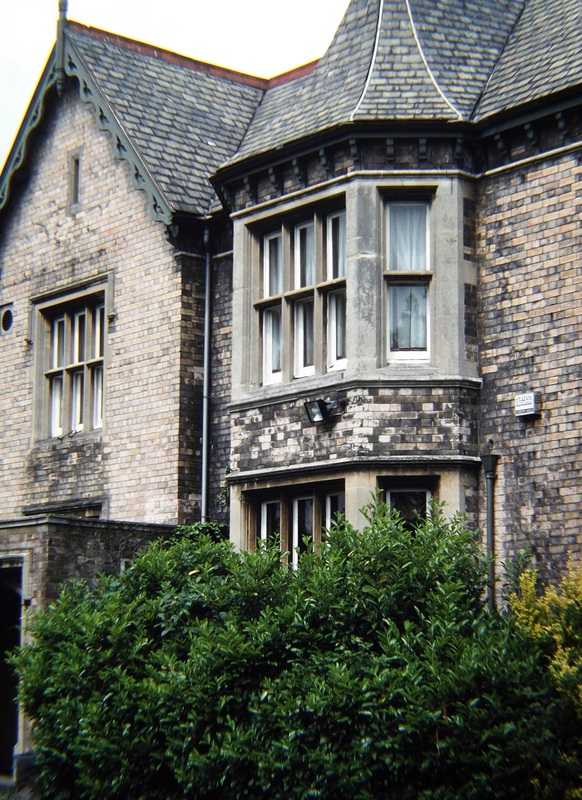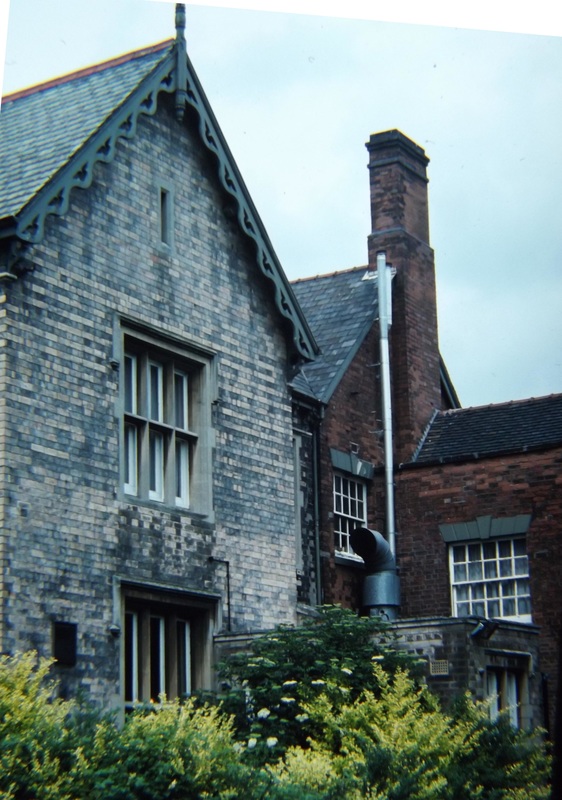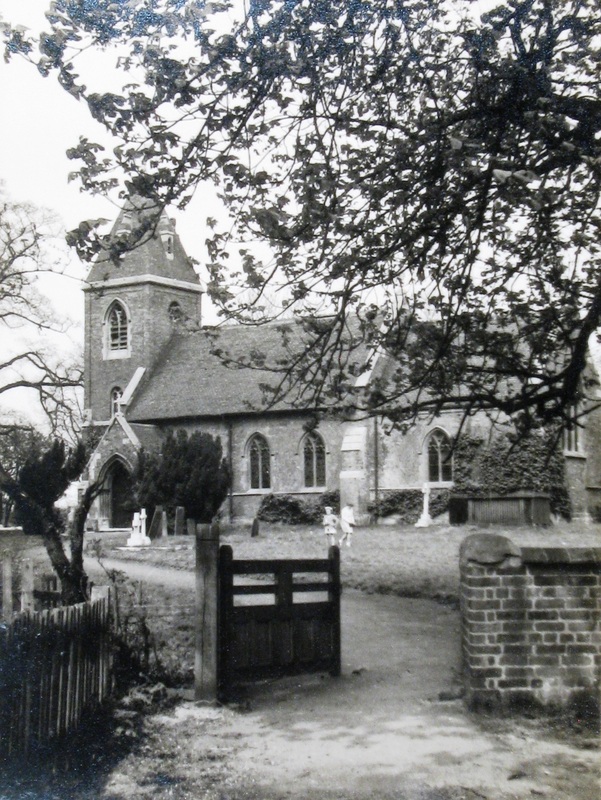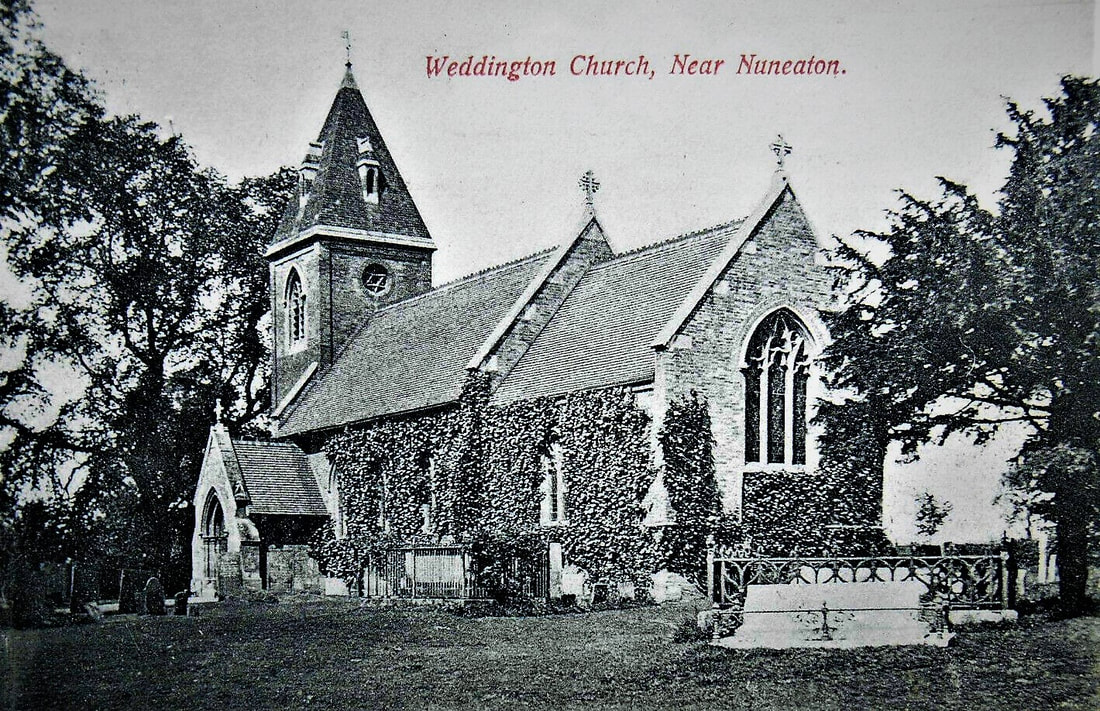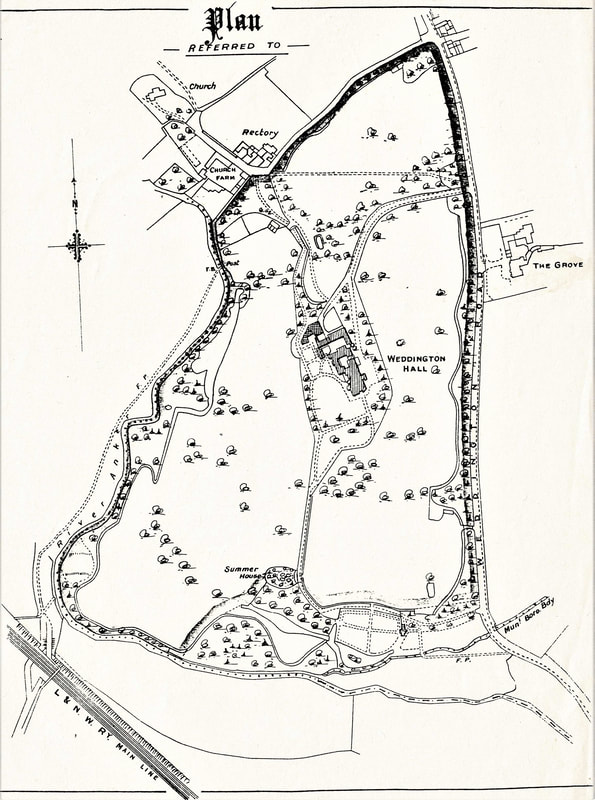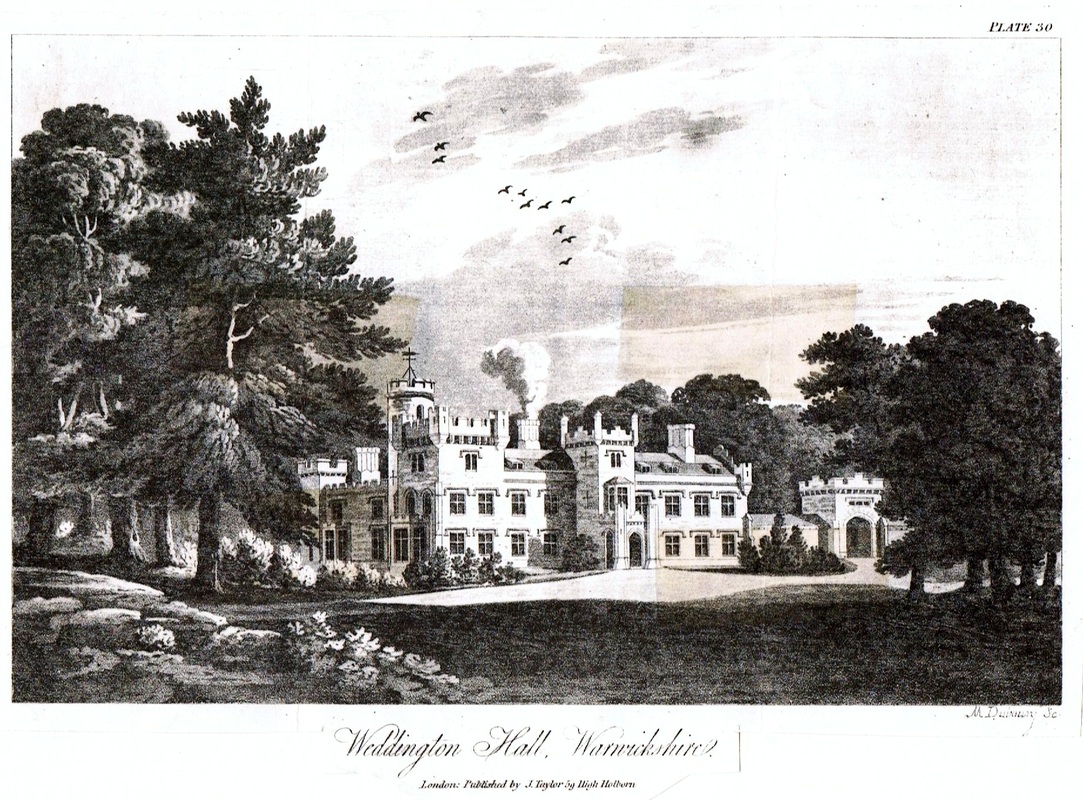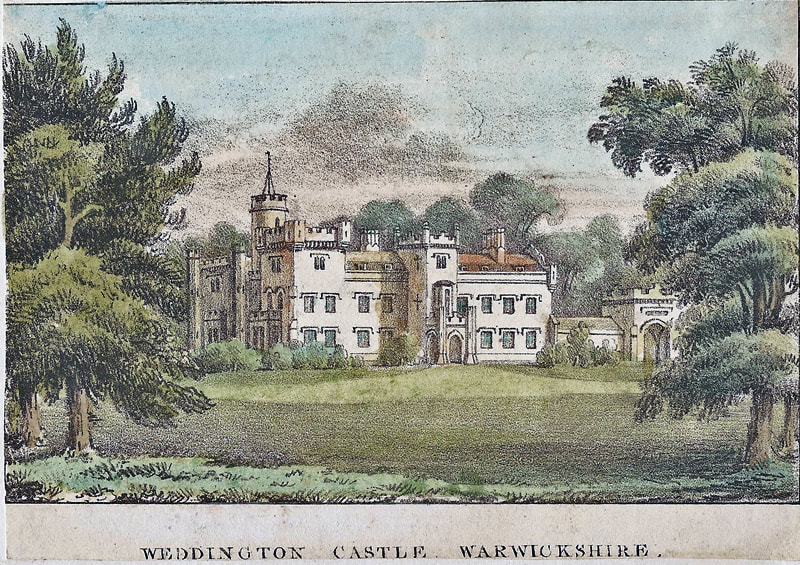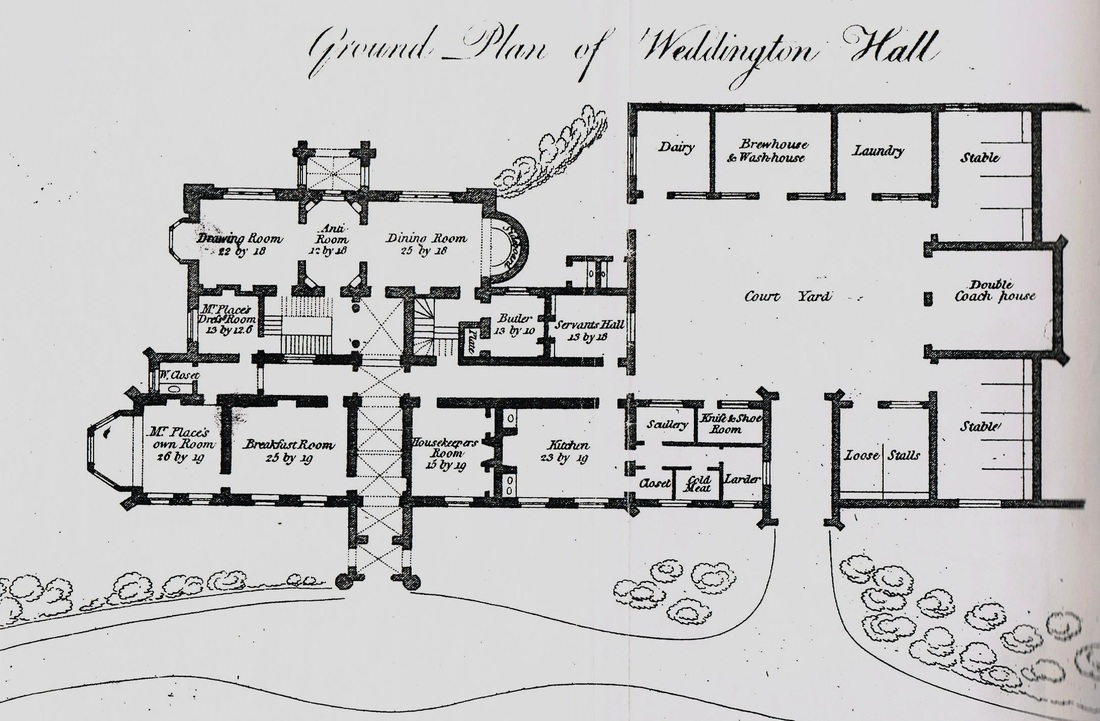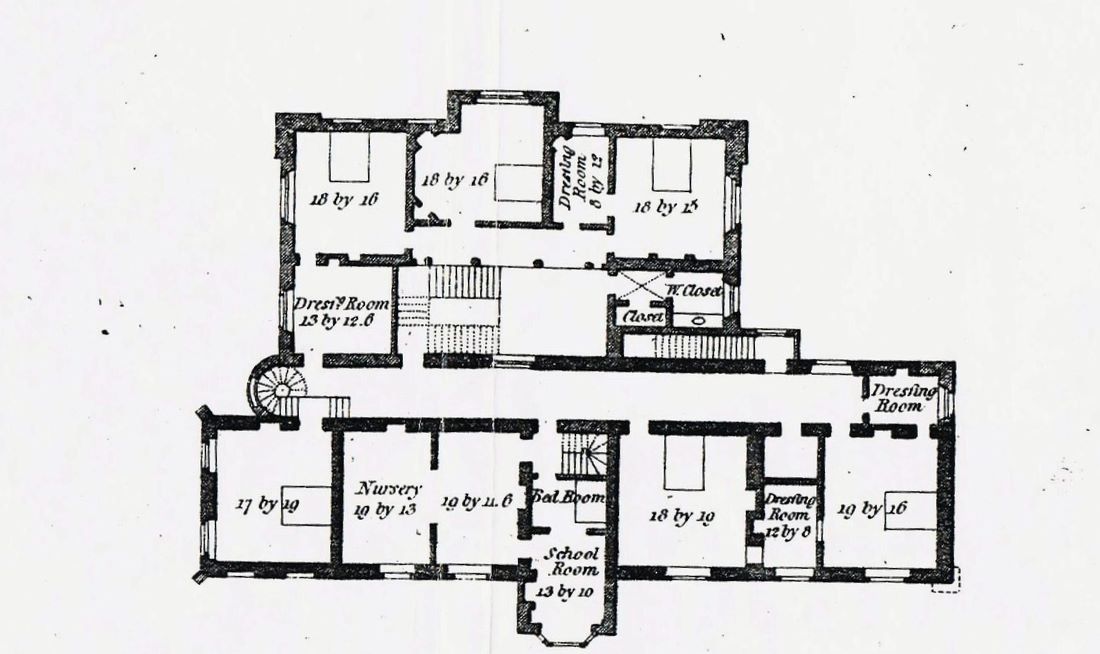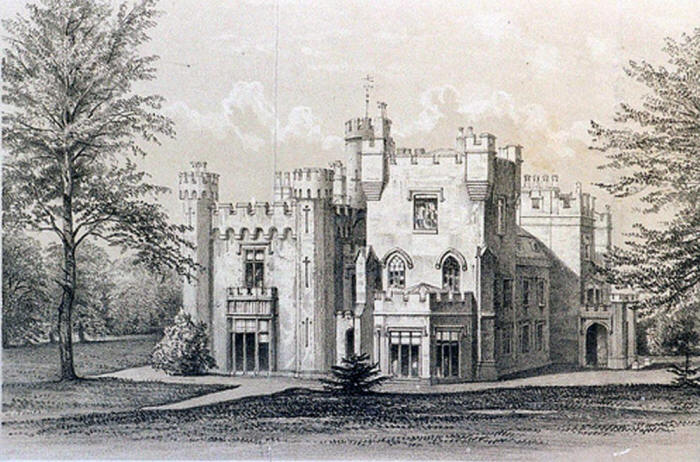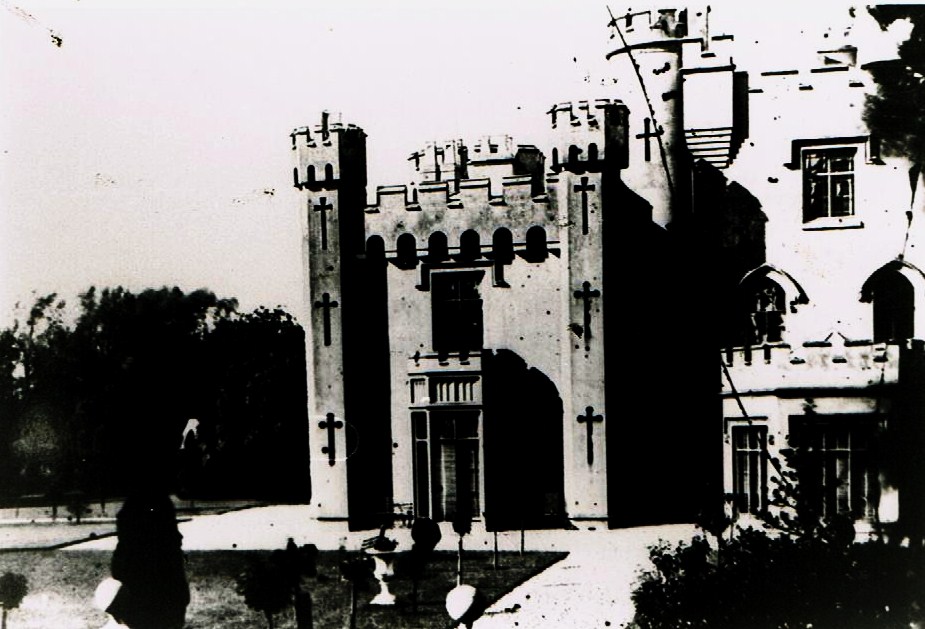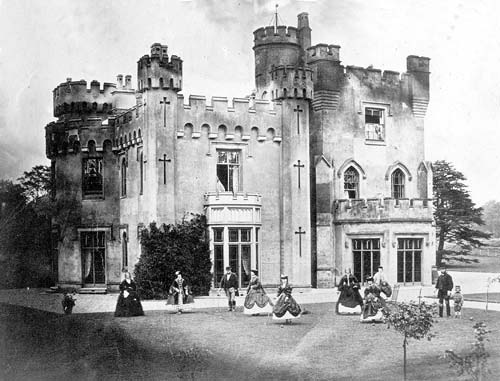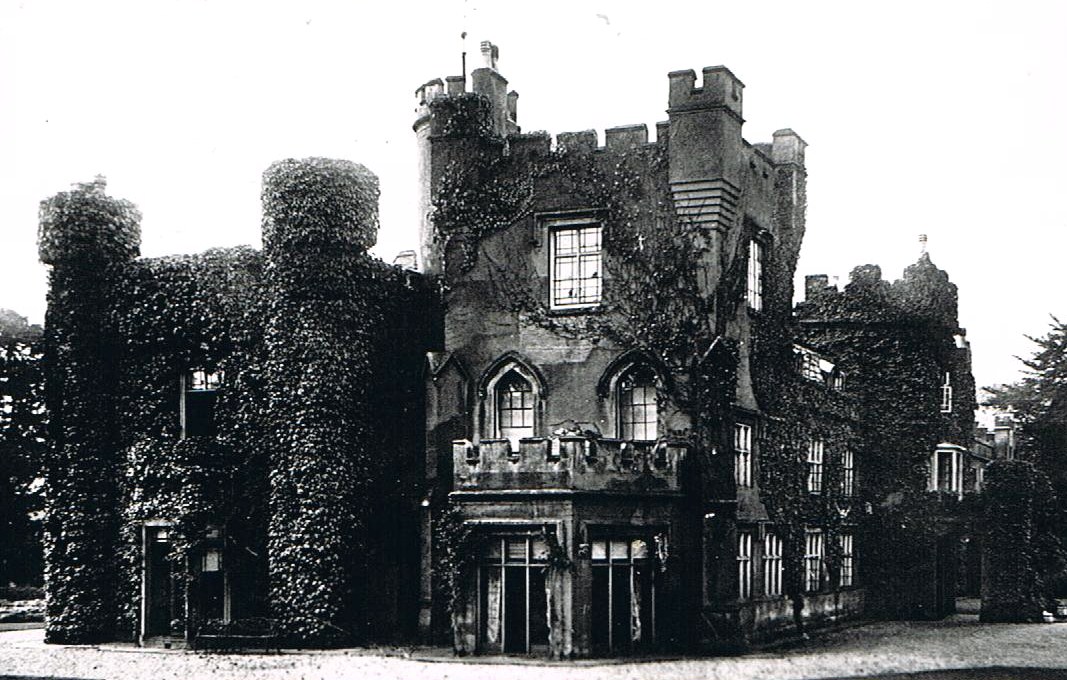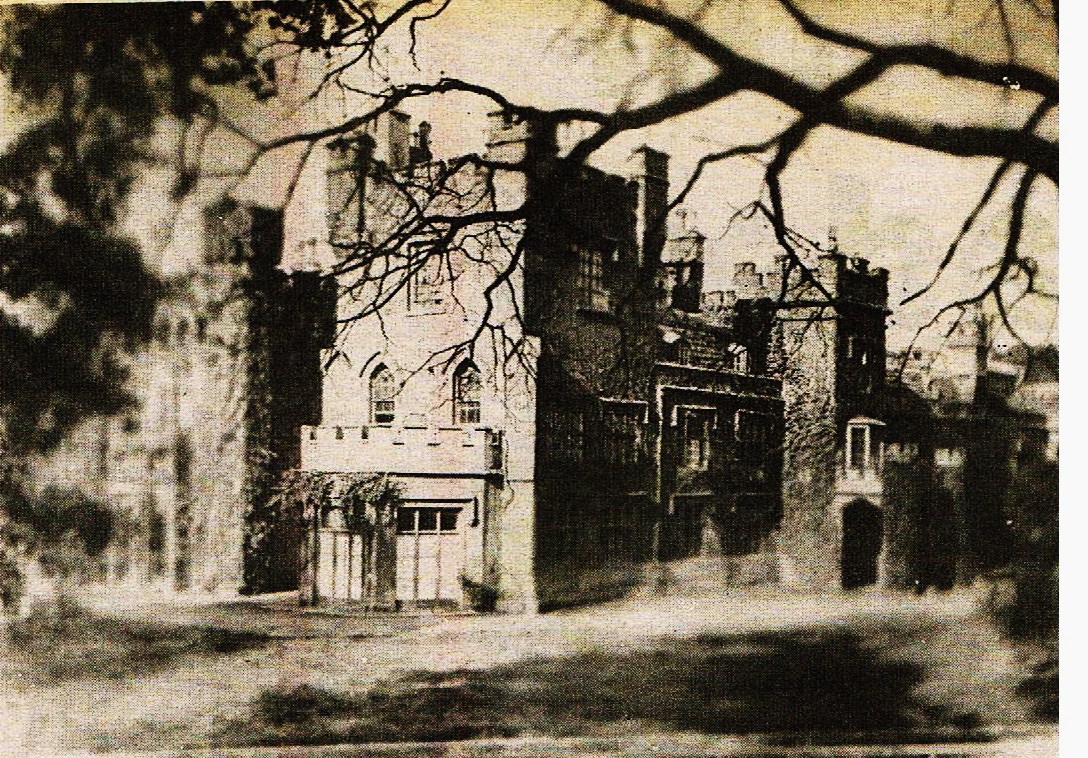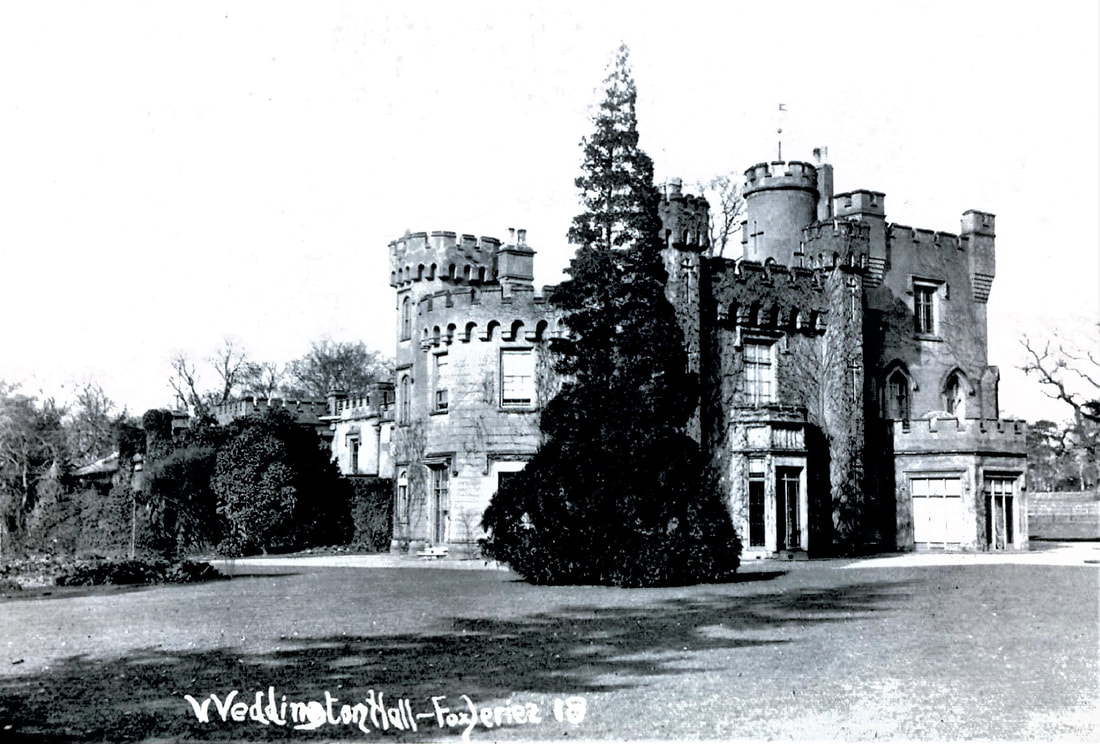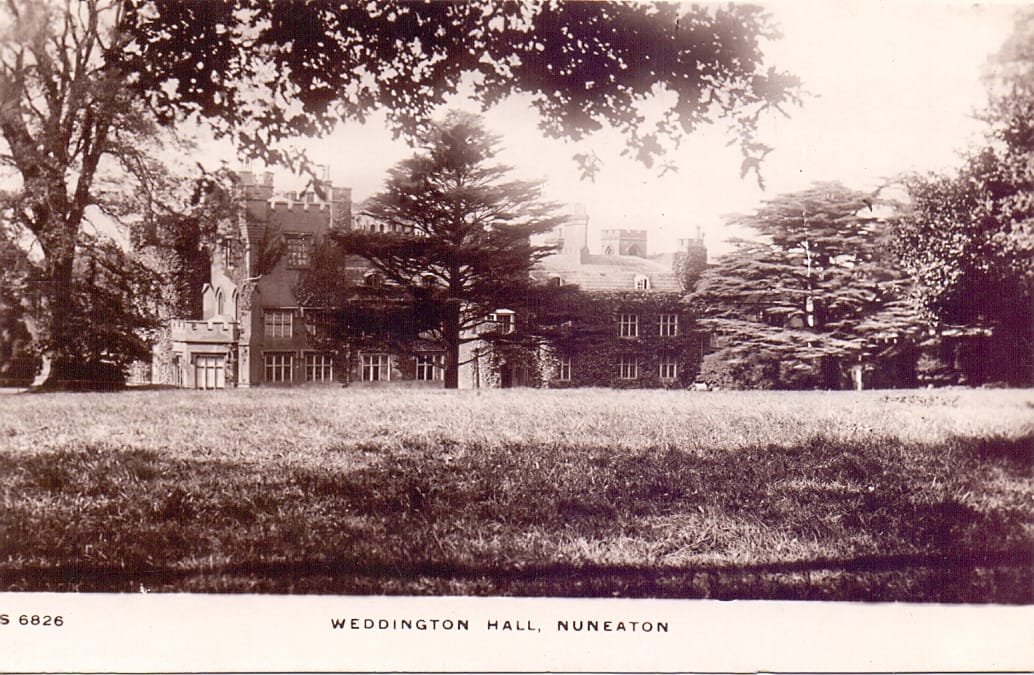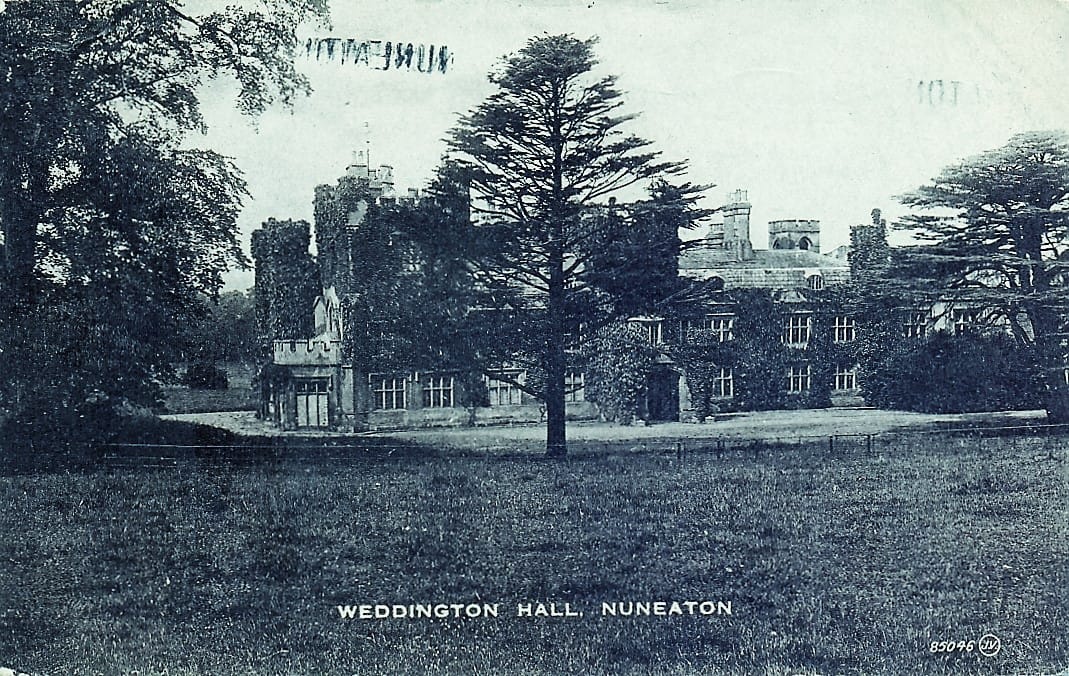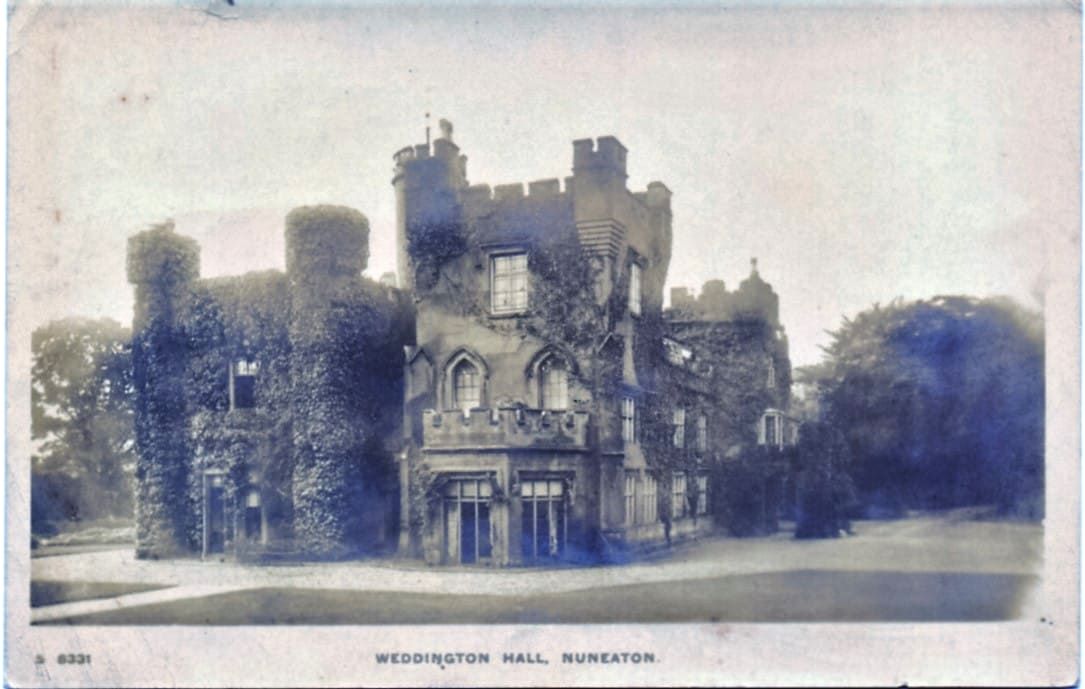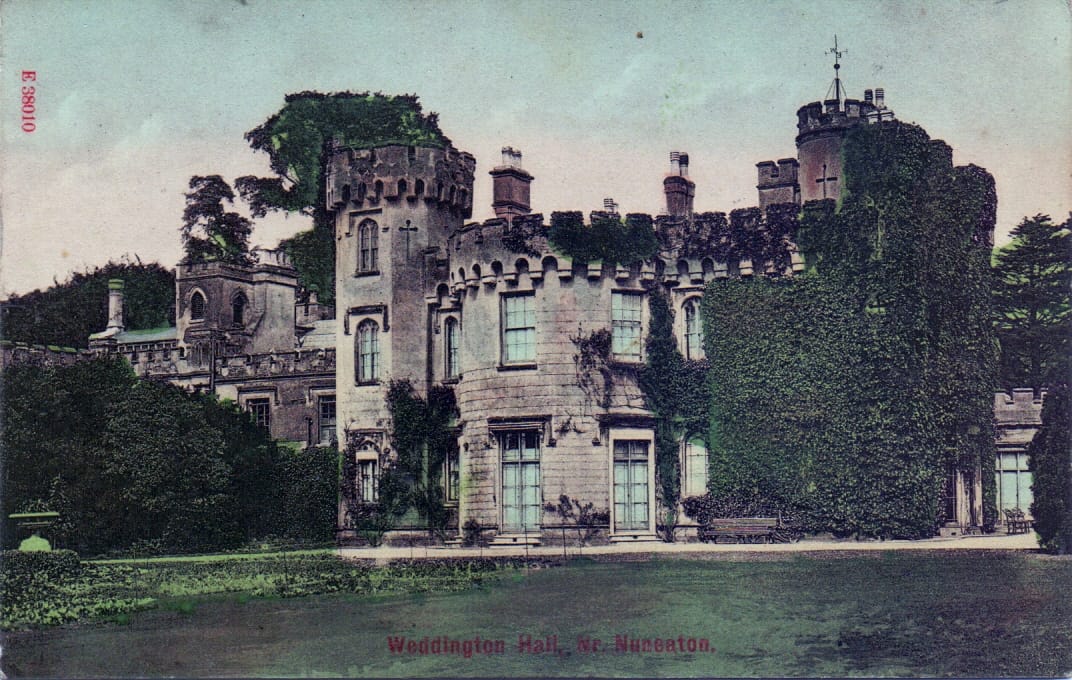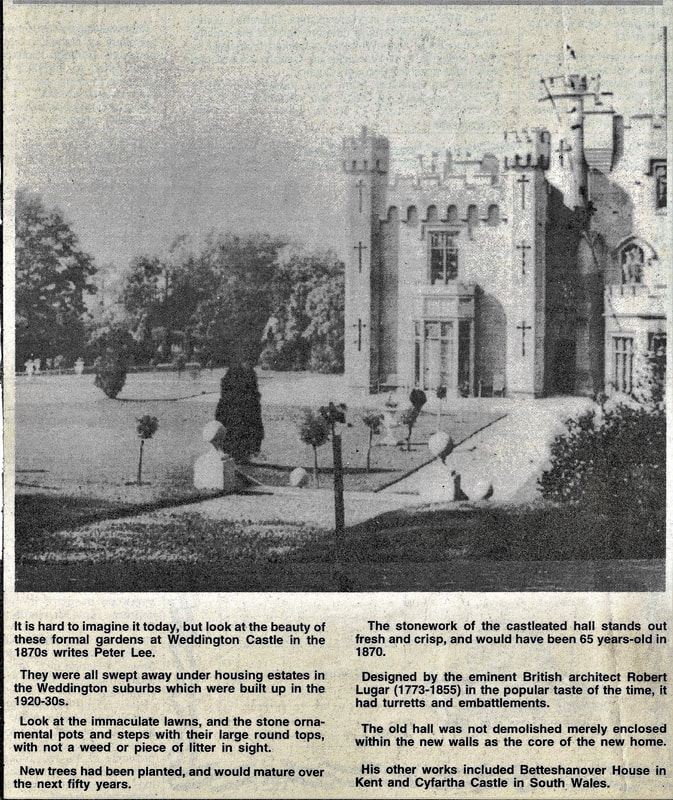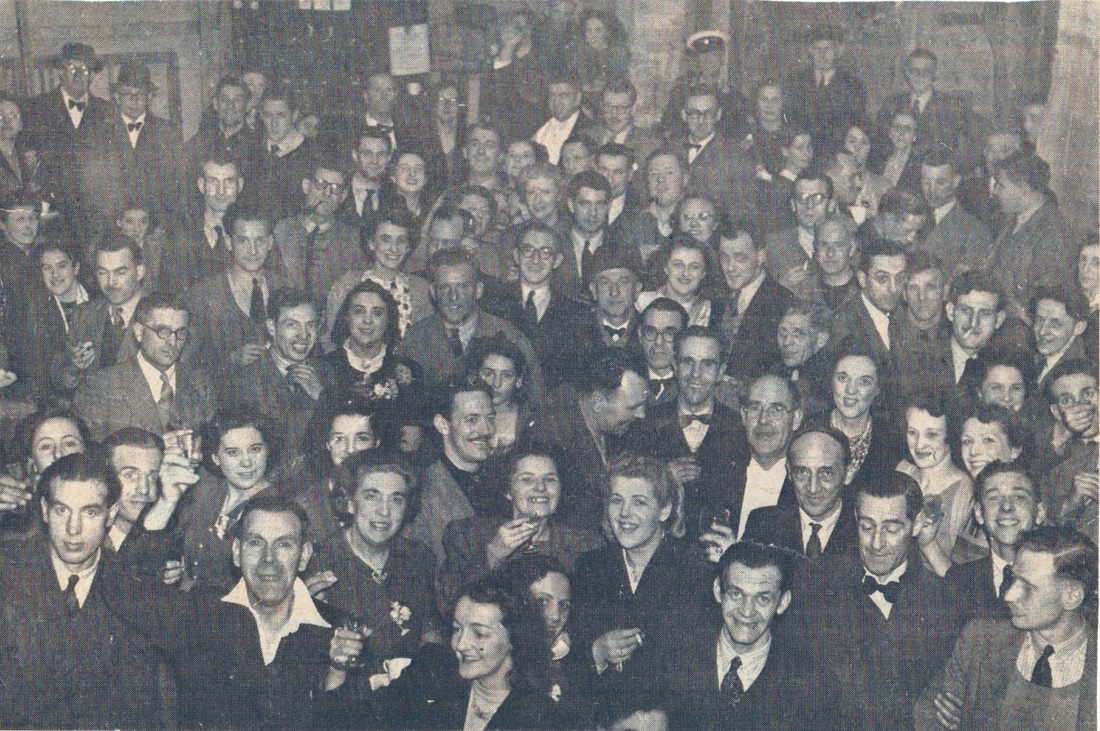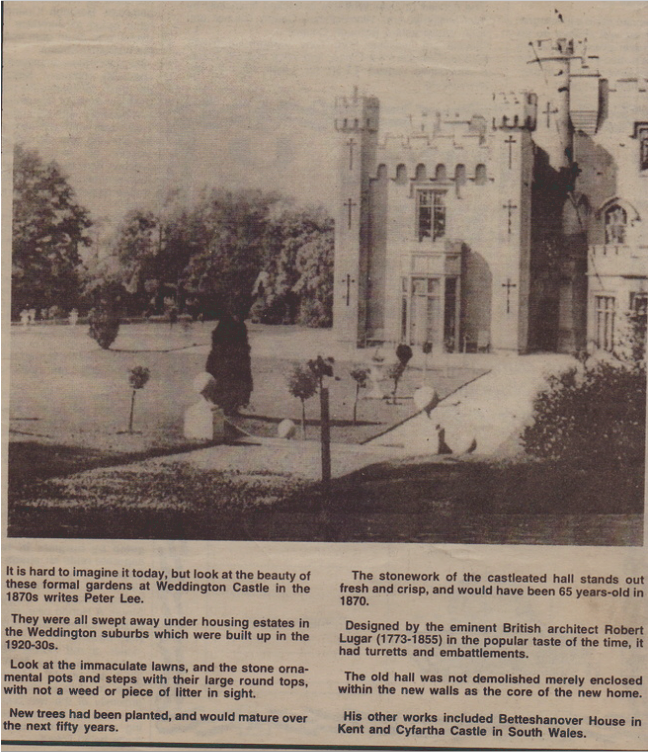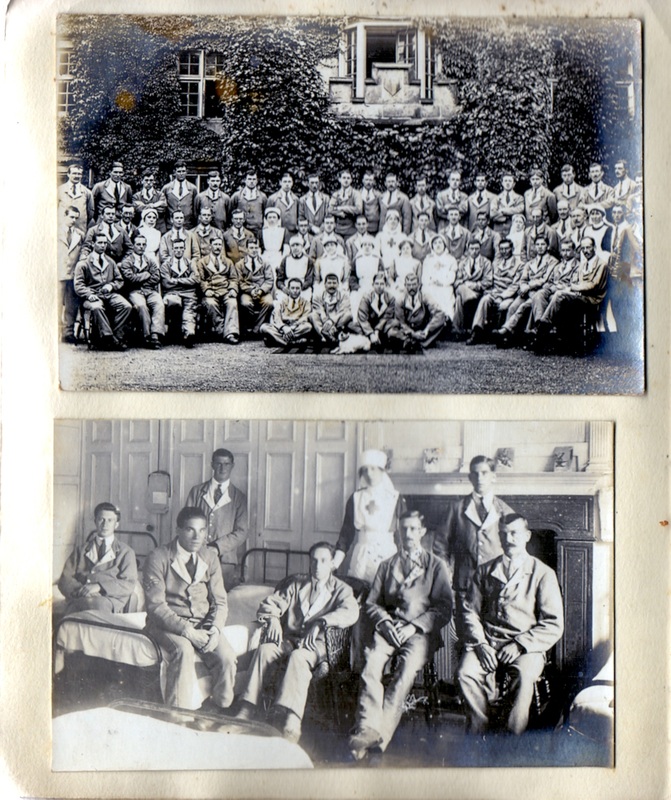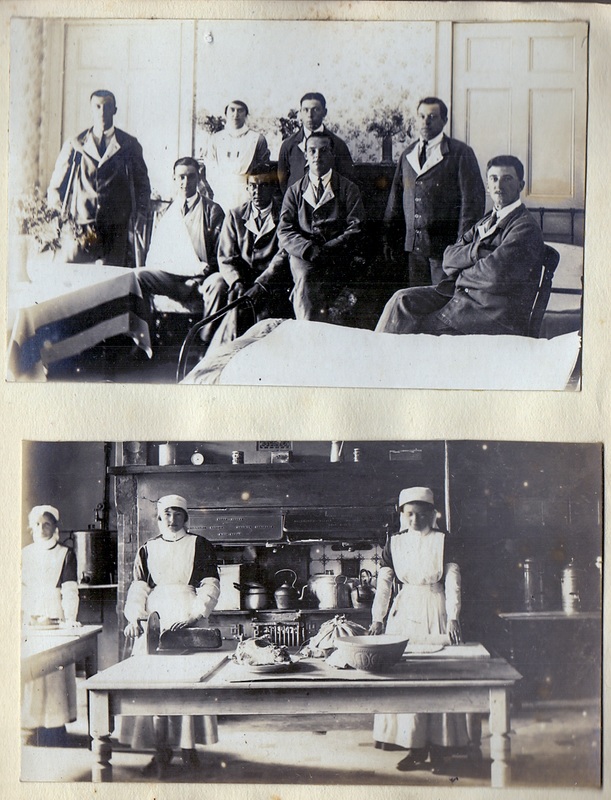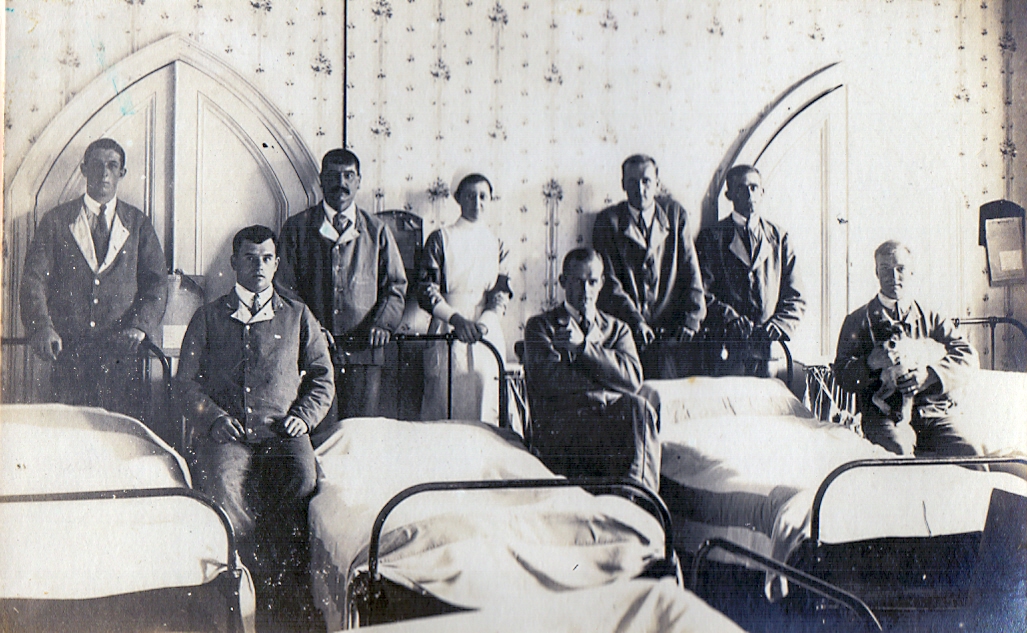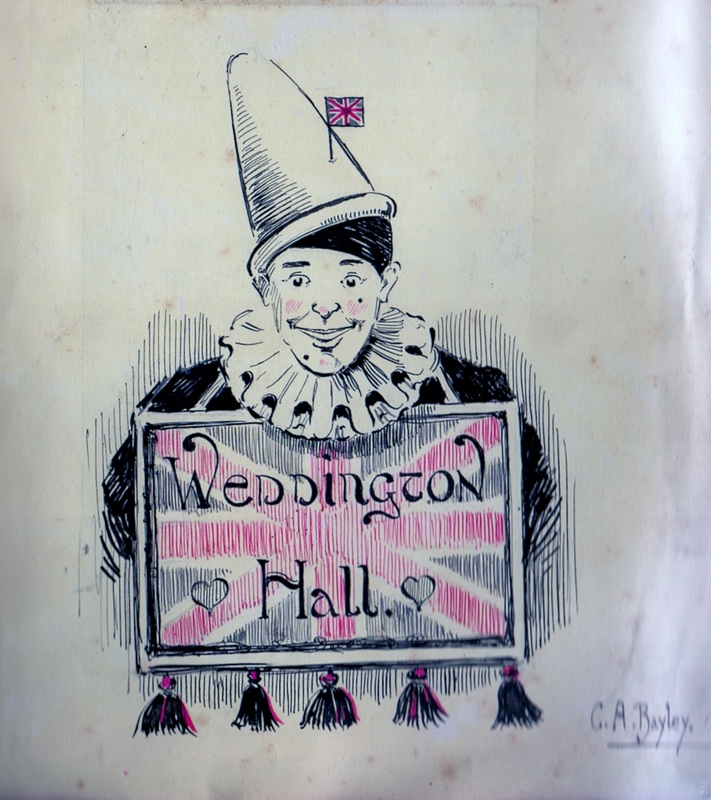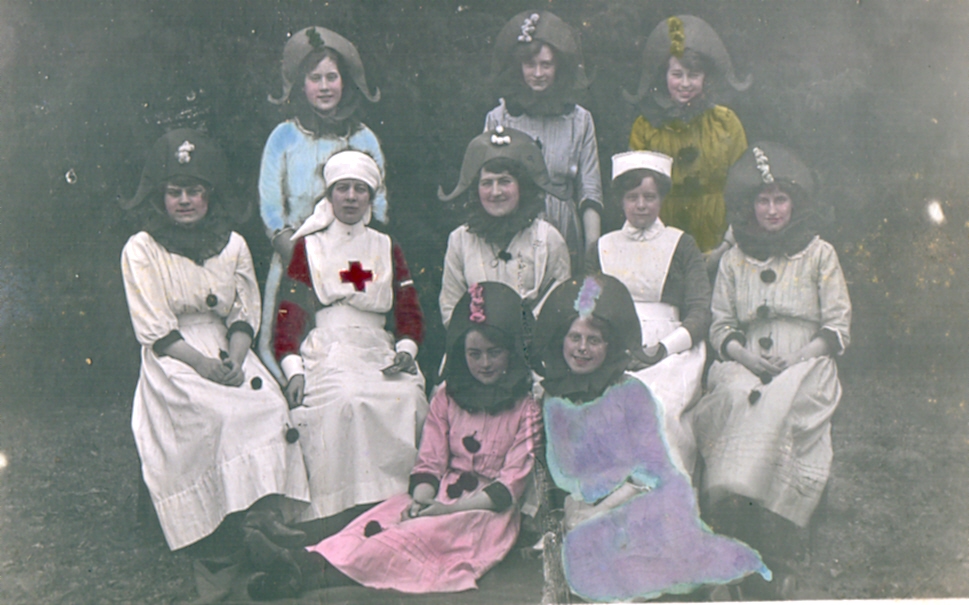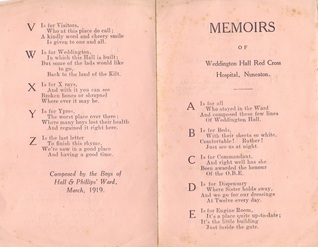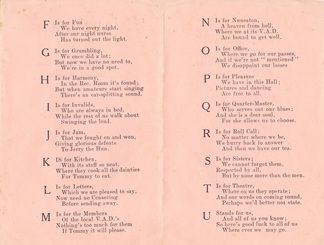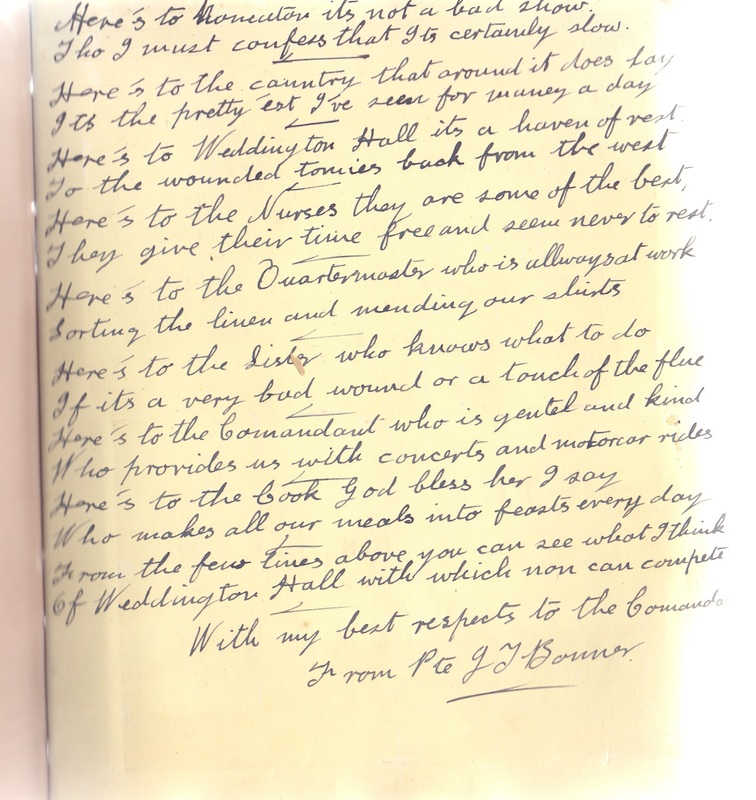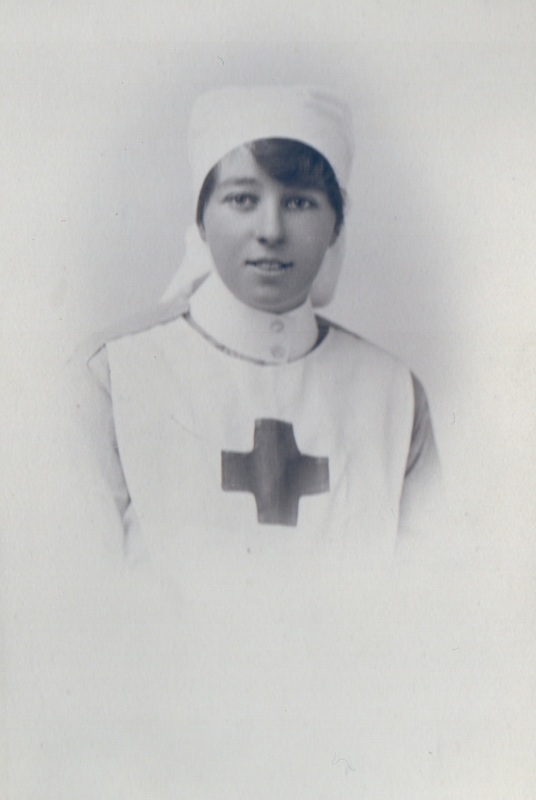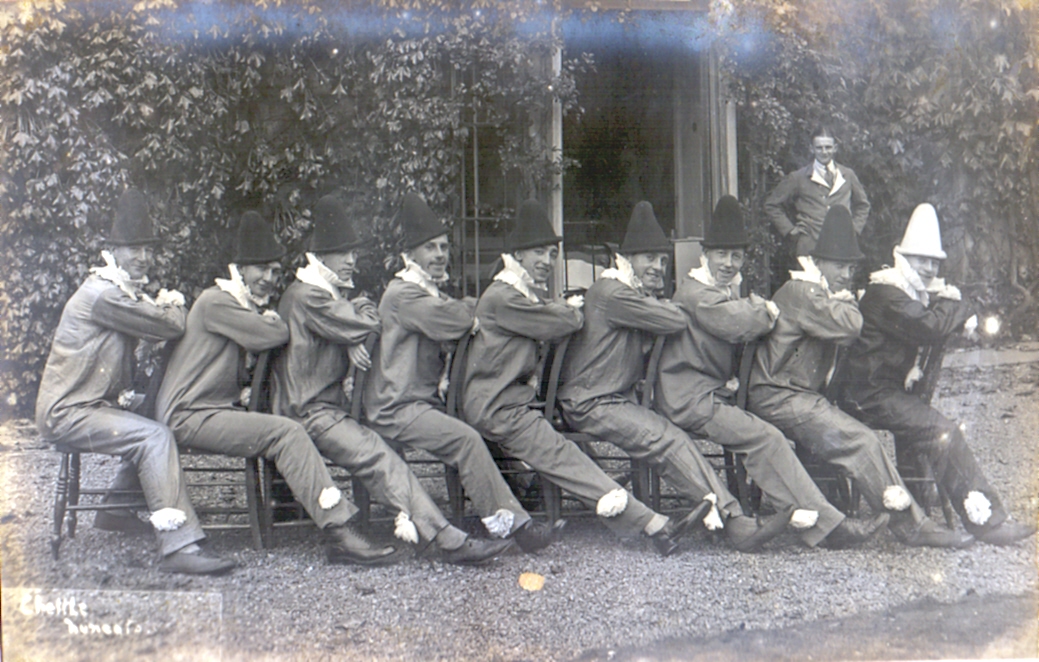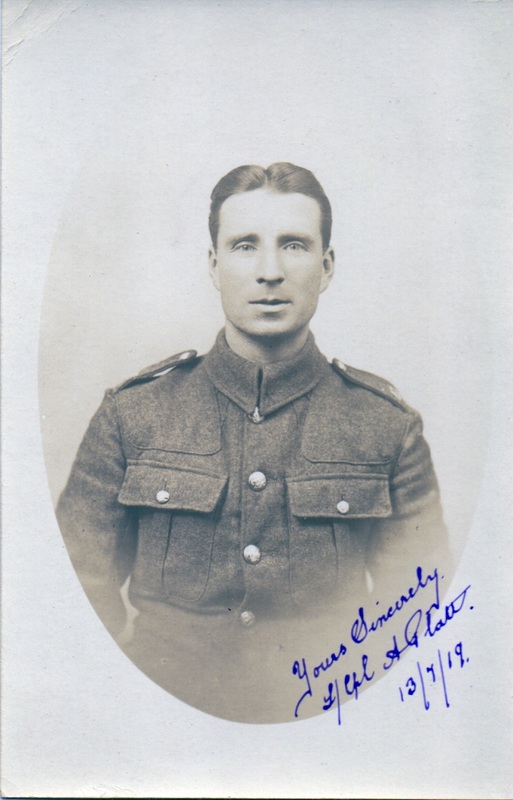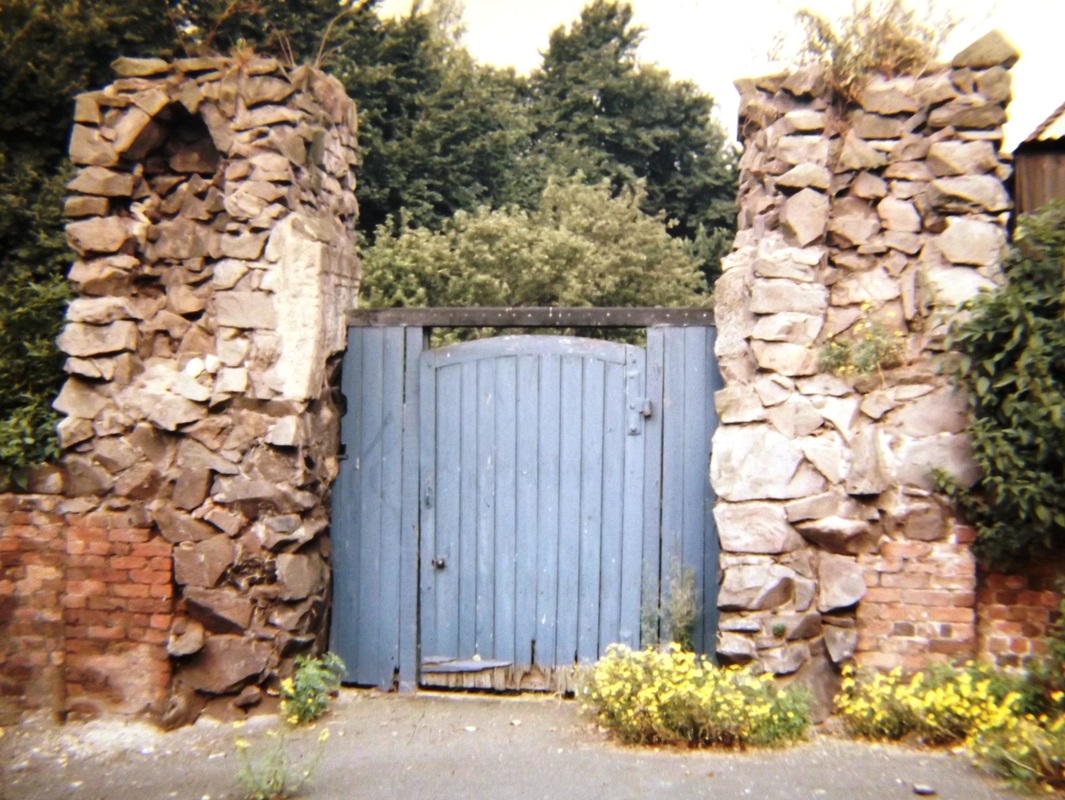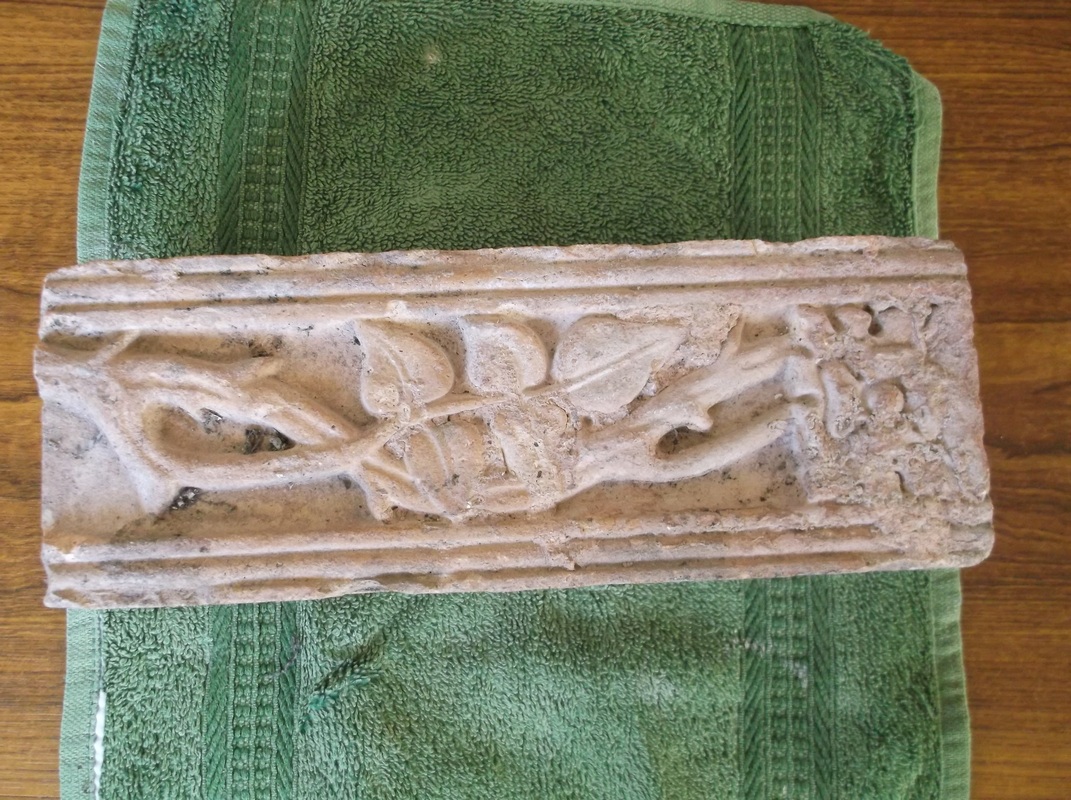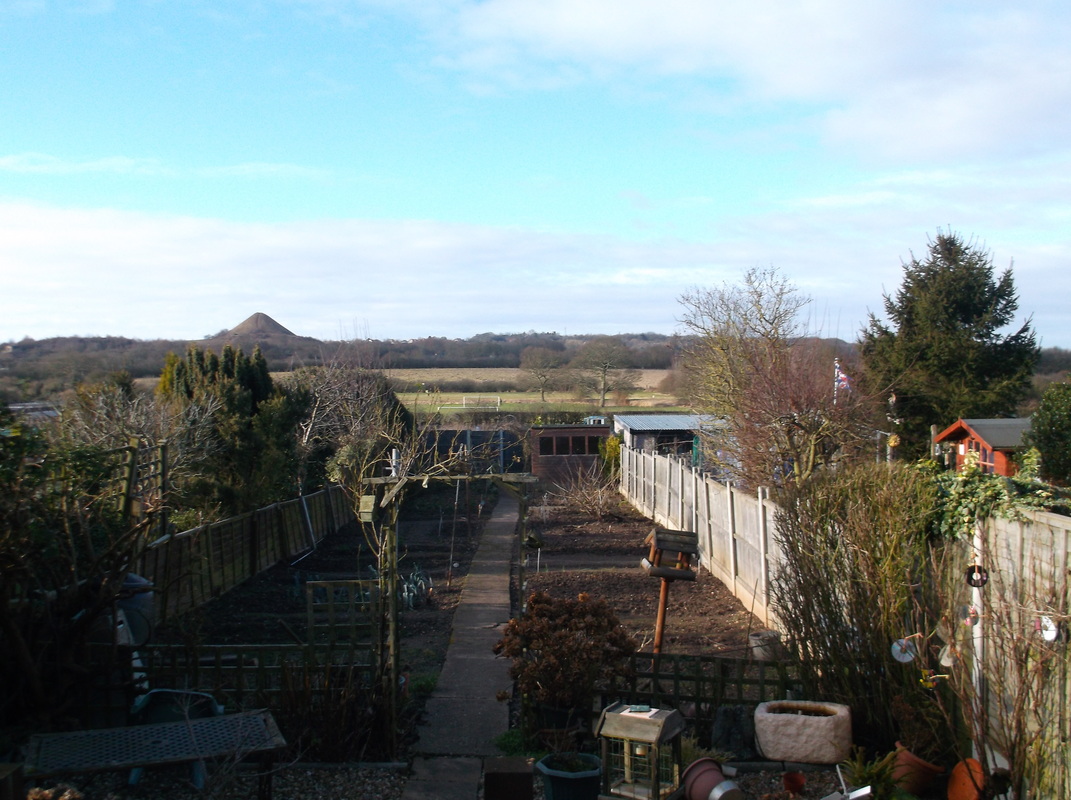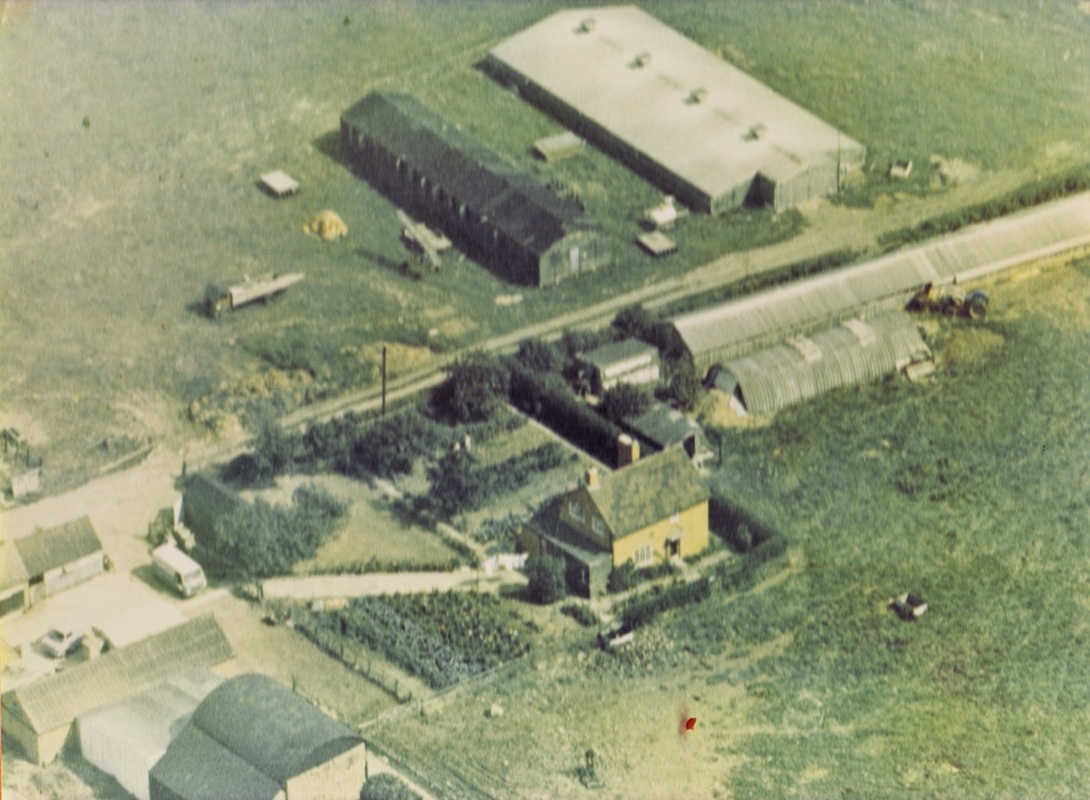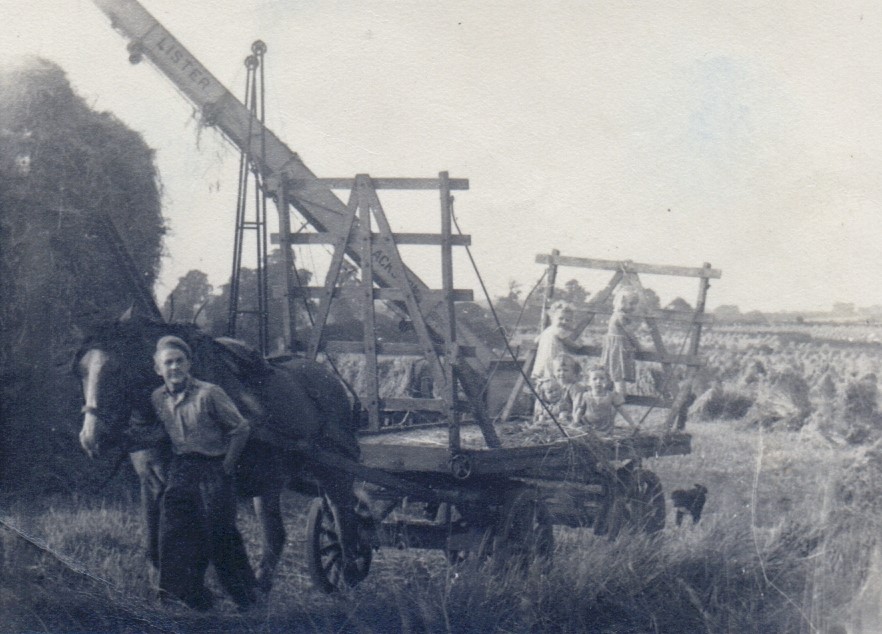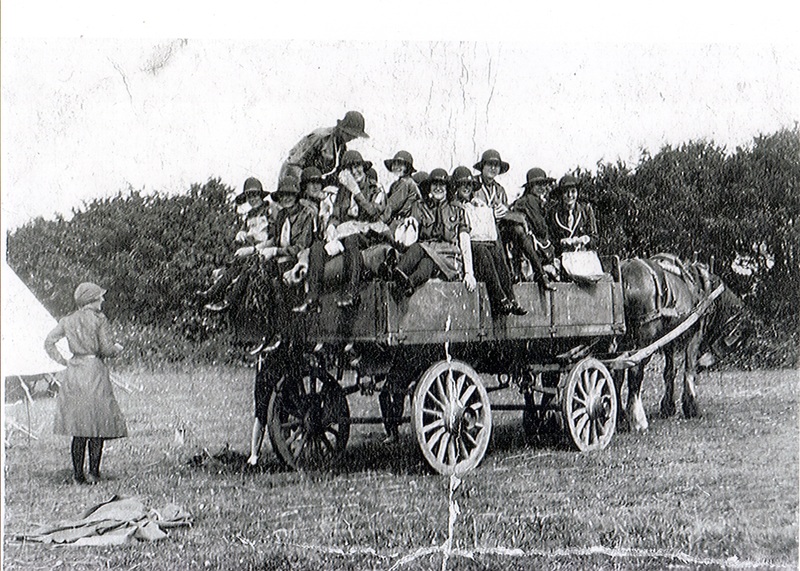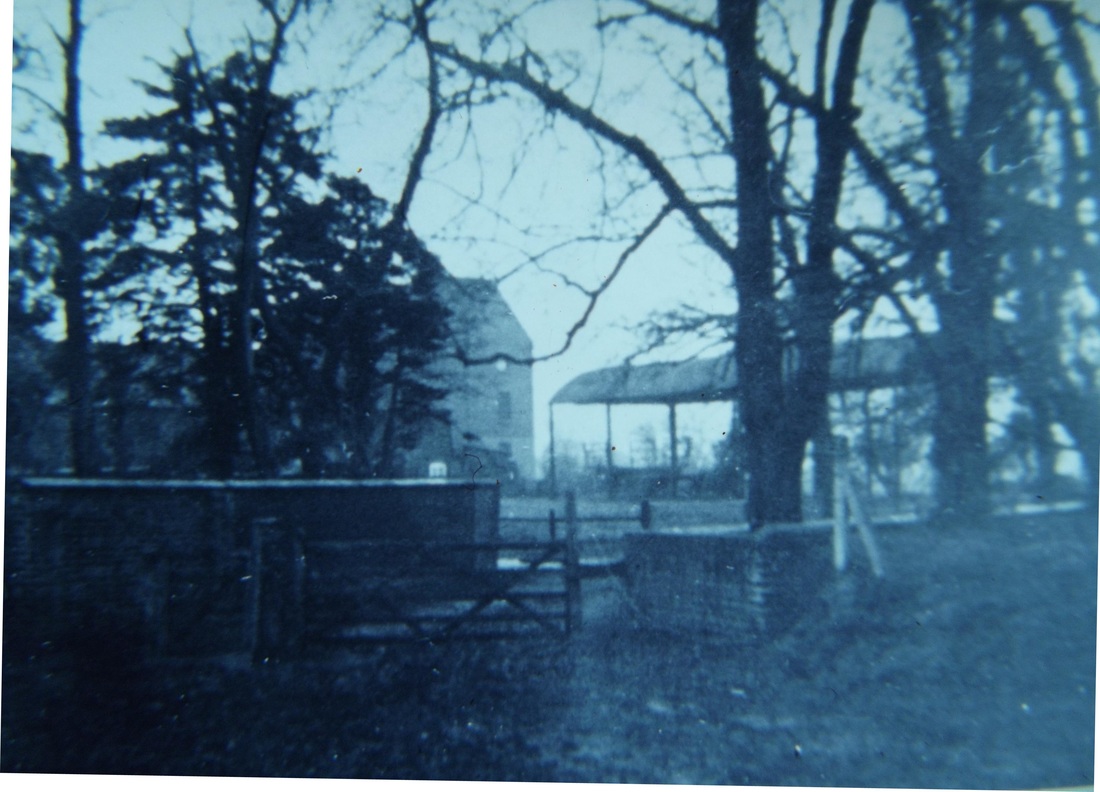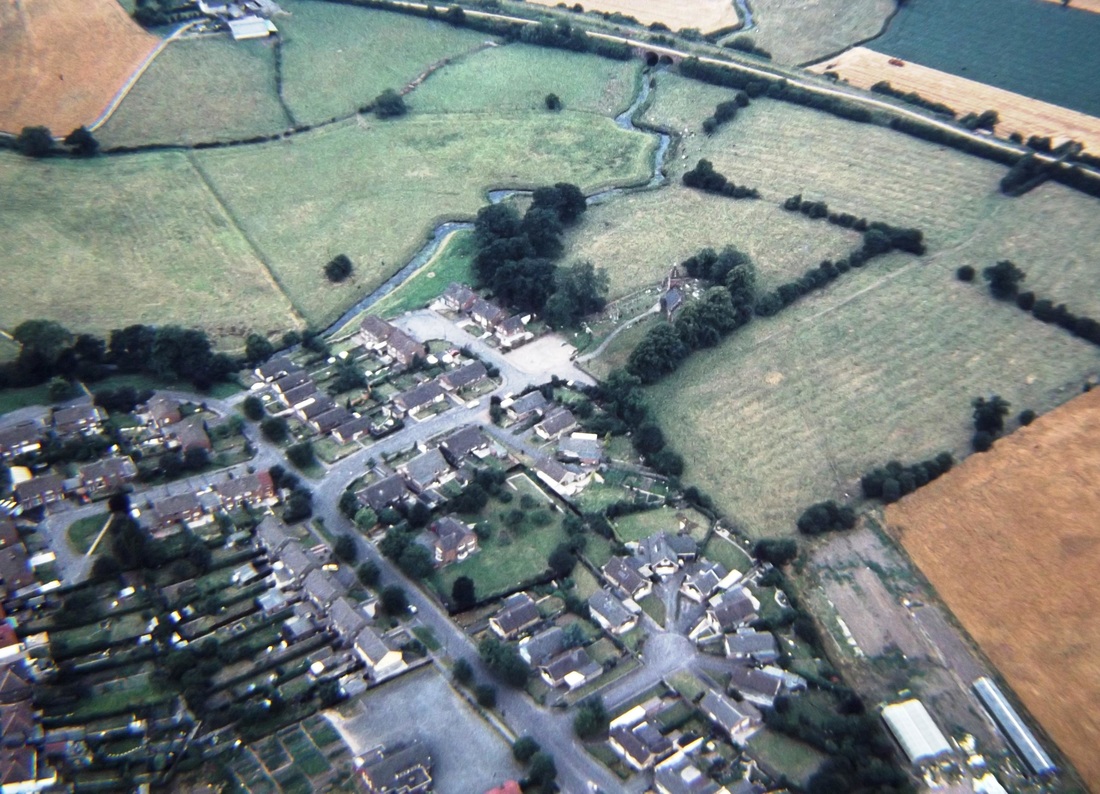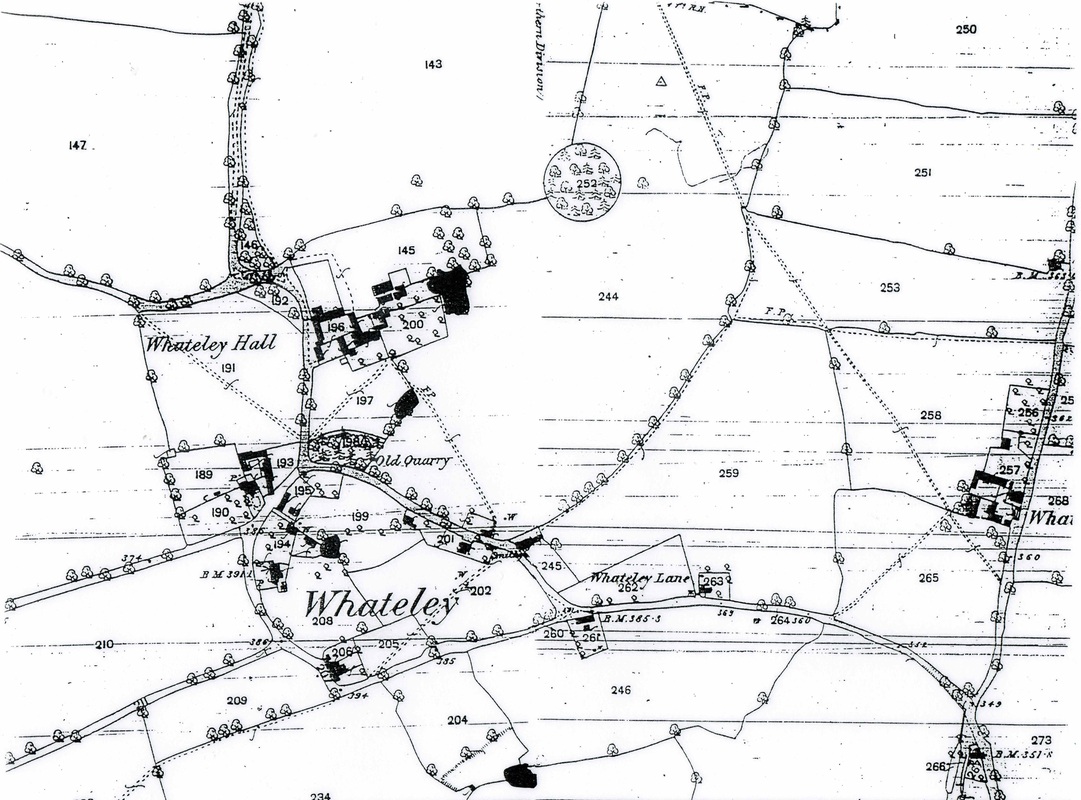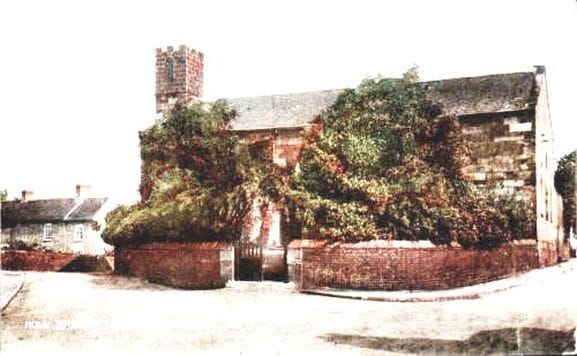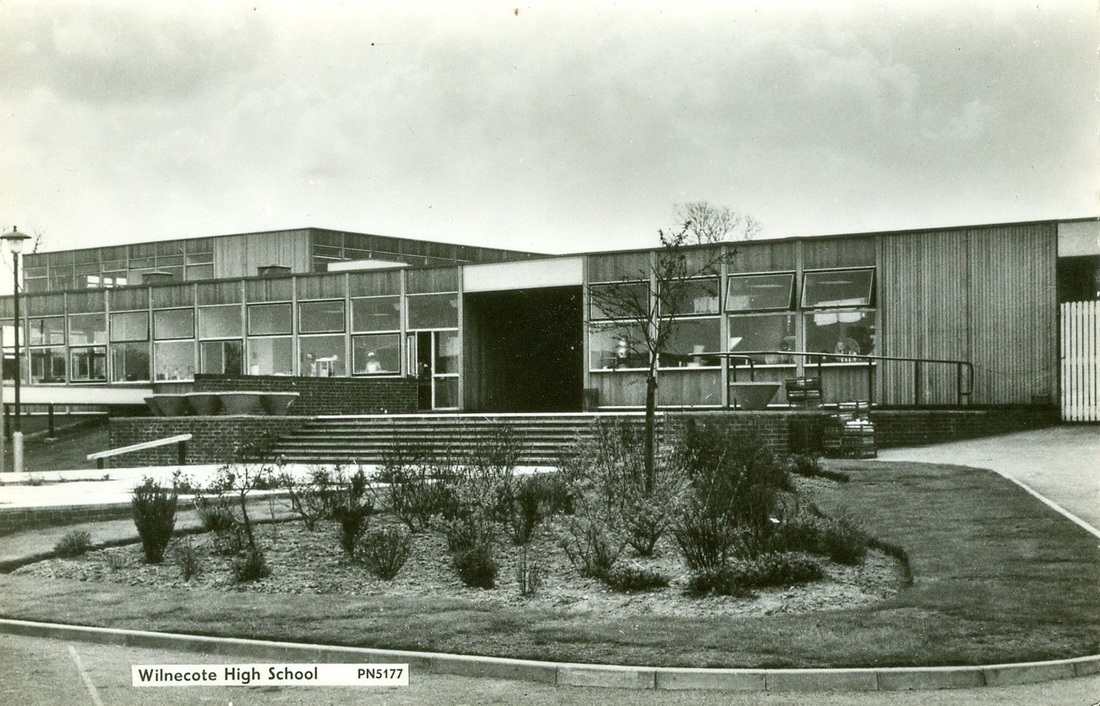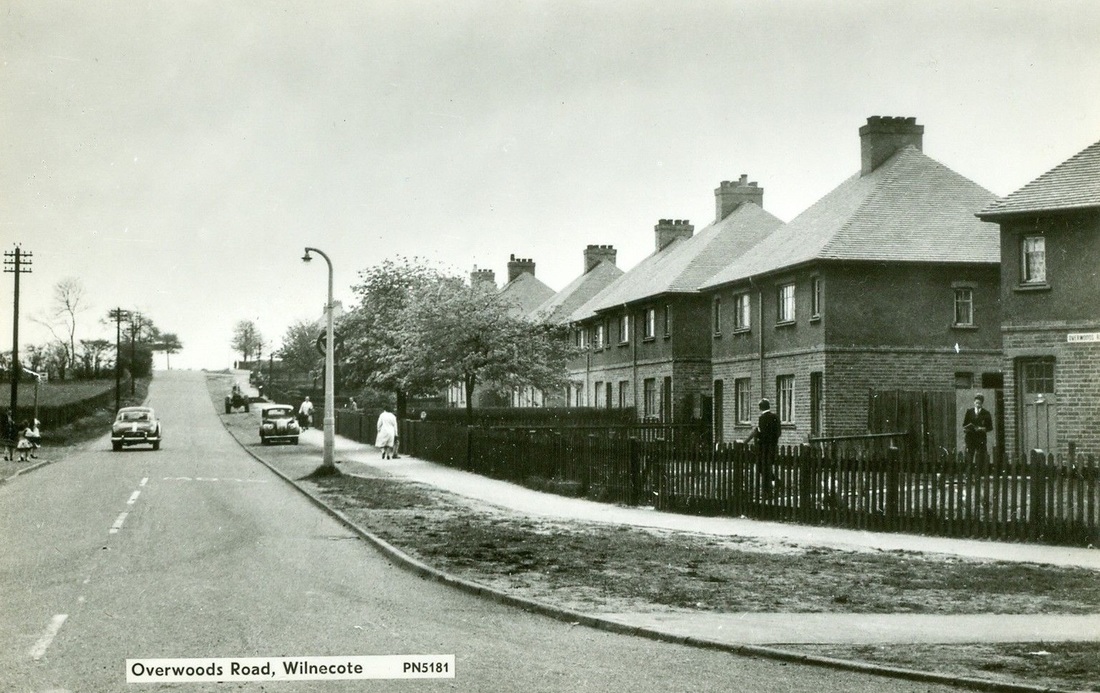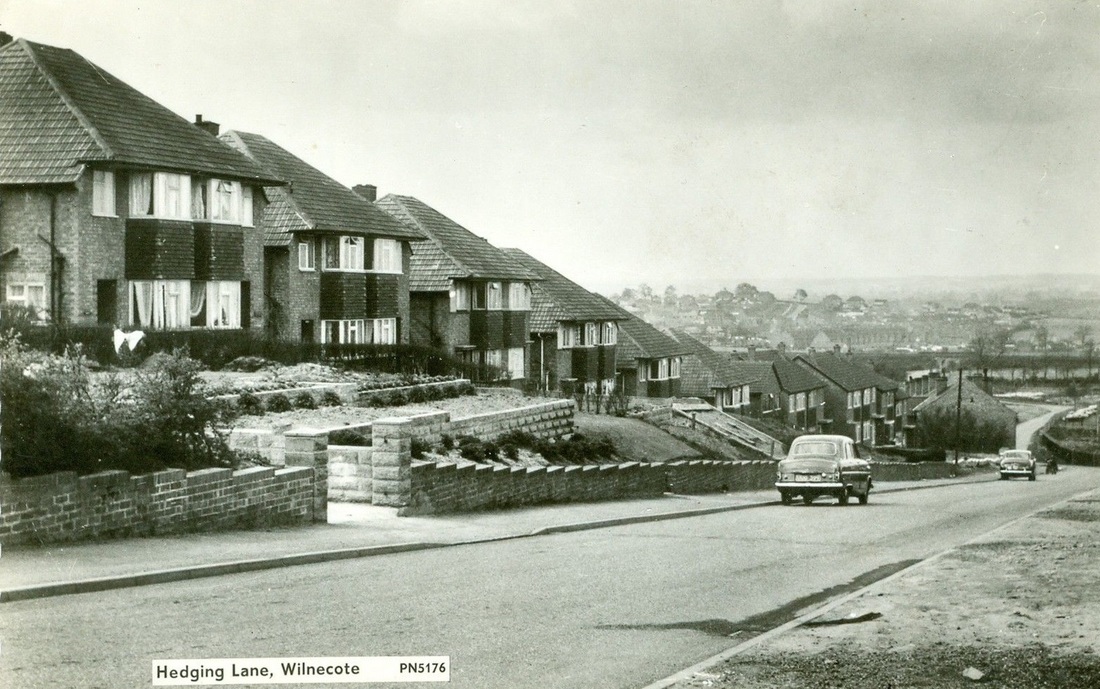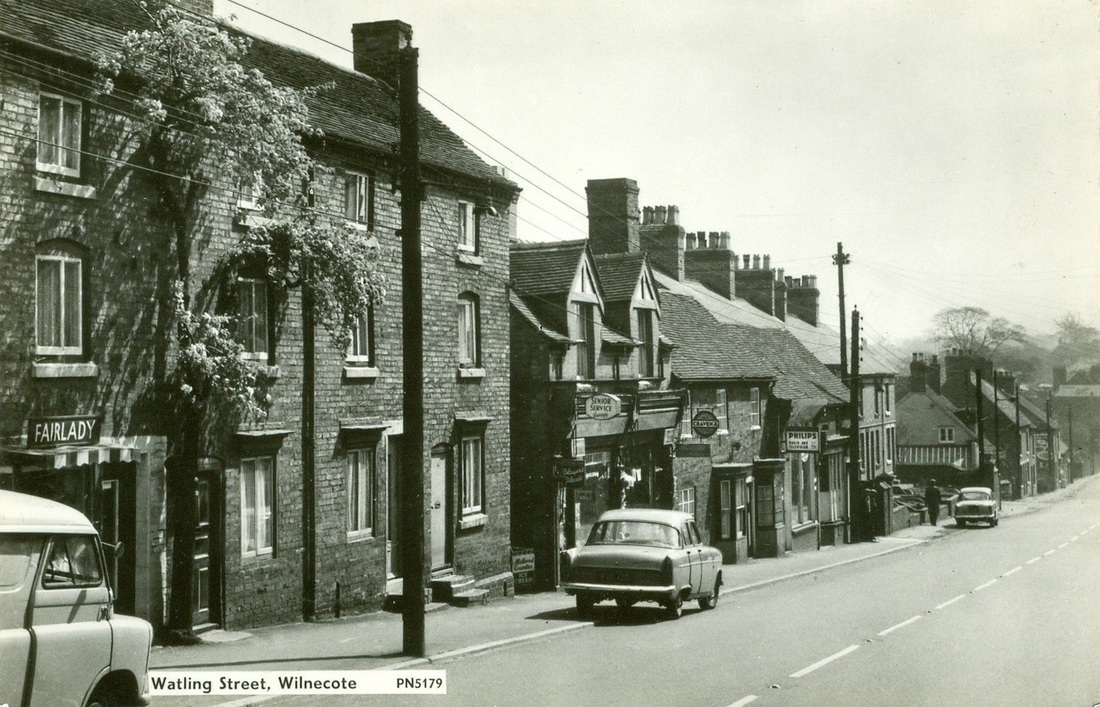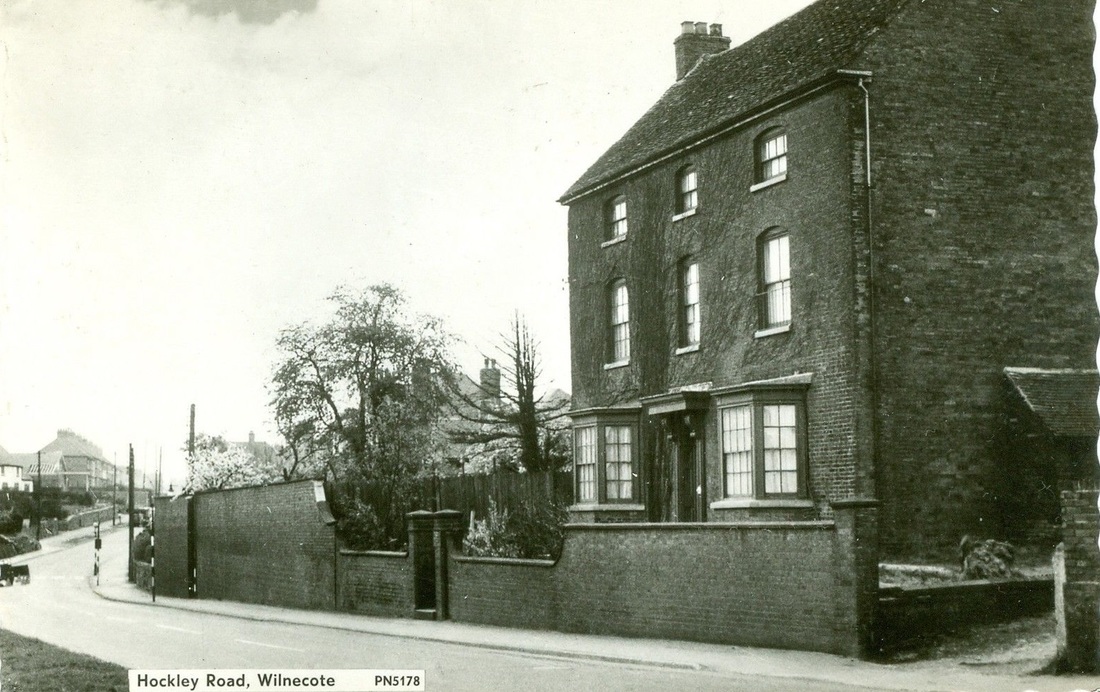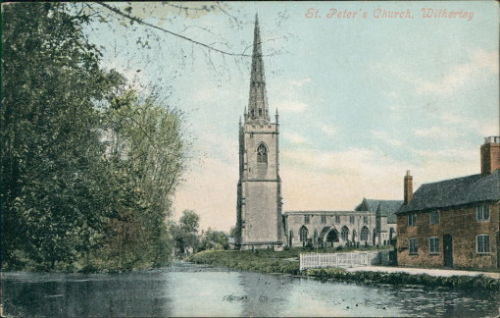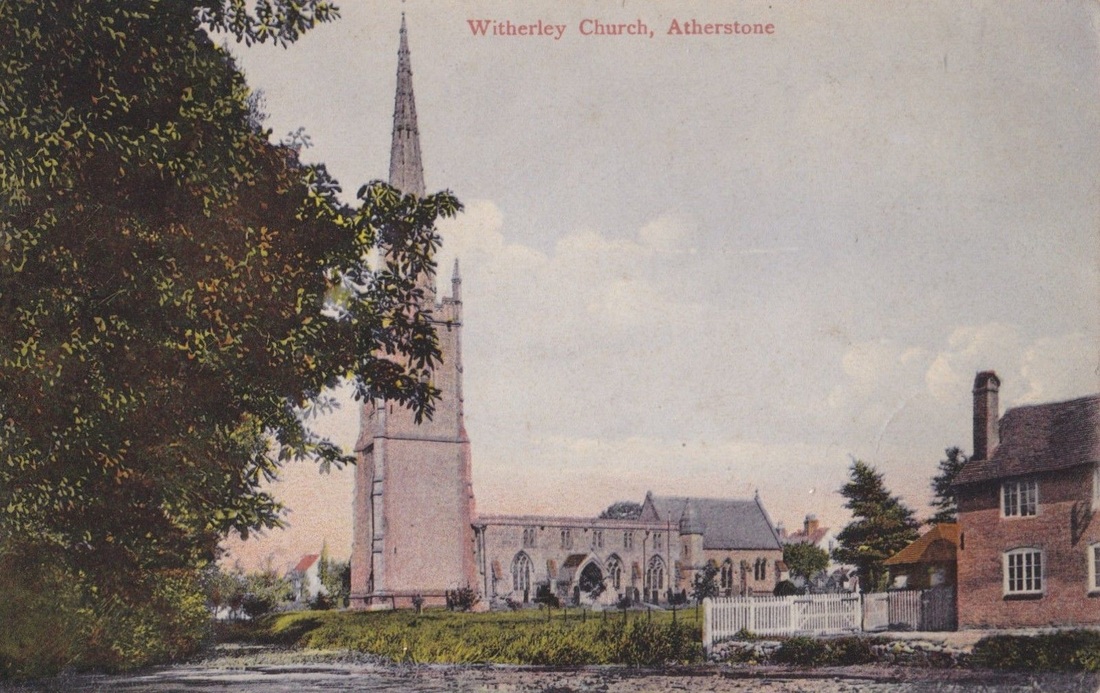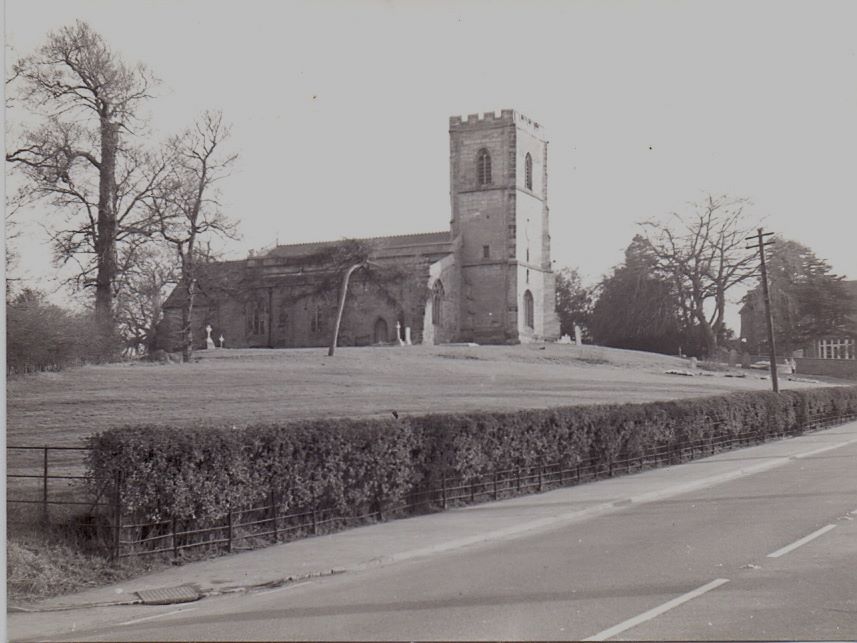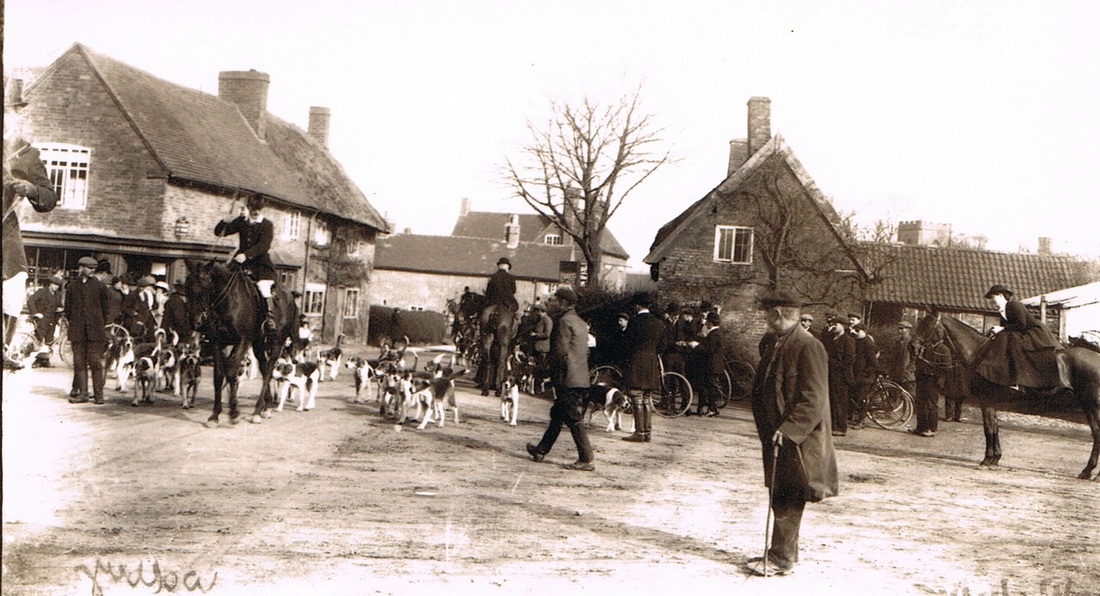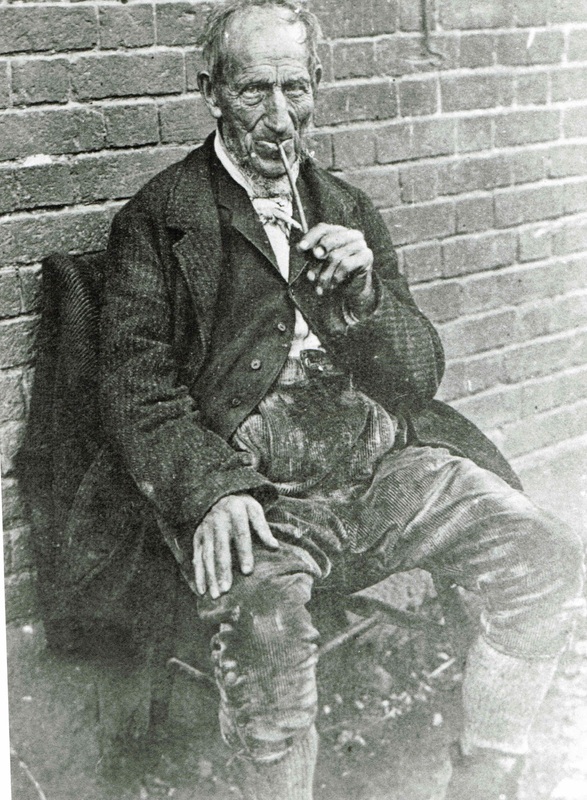Ansley
Ansley Hall
Arley
Astley
Your browser does not support viewing this document. Click here to download the document.
Attleborough (formerly a hamlet of Nuneaton)
A tour of the village:
The Green (formerly the Square and the Green)
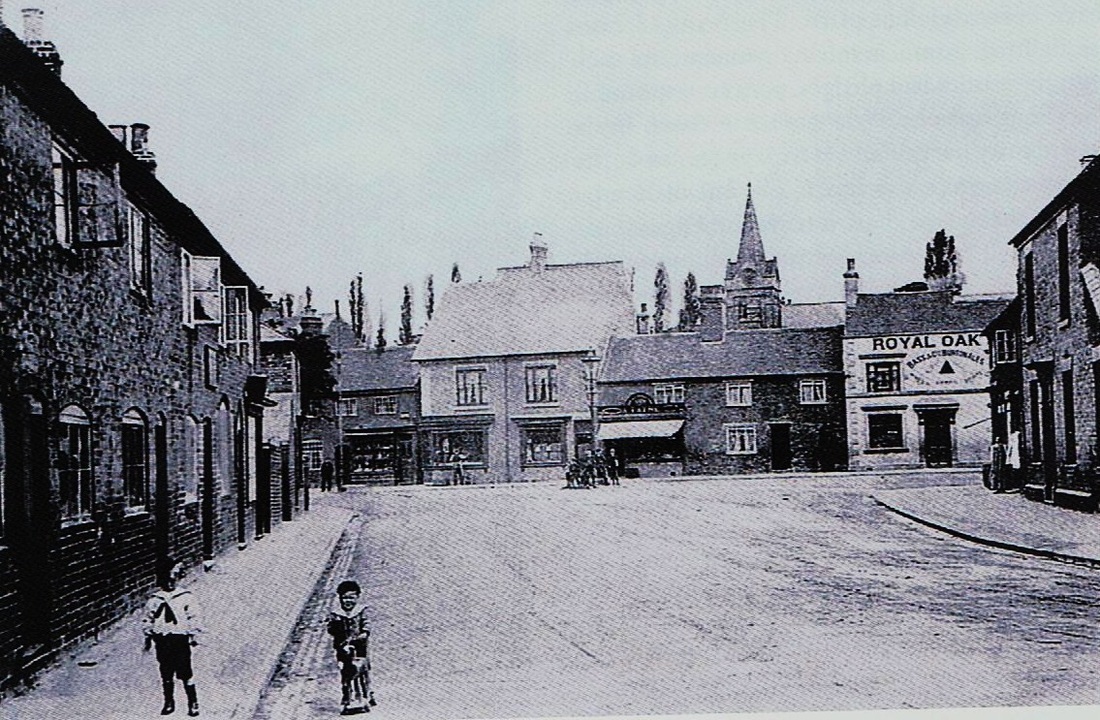
Attleborough Square in the early 1900's. The Fox Inn on the left (with wooden board attached to the front) and the Royal Oak which opened as a pub in 1830. The Fox was older and for many years was only a beer house not licensed to sell wines and spirits. The road off to the left was Bull Street leading towards the Bull Inn, Attleborough's principal hostelry which dates back to the 18th century. (Lee Family Collection)
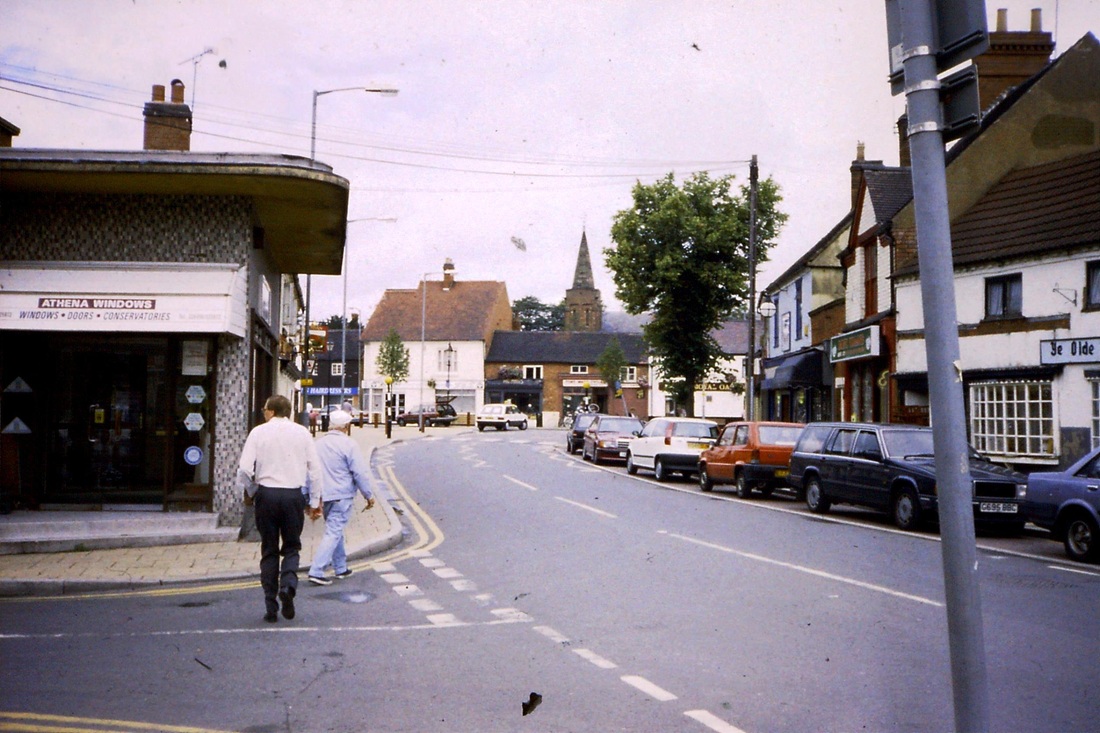
Attleborough Green in the 1990's. The fellow in the picture with the white cap and blue outfit is an old gruff sea captain - Peter Richardson - who inhabited the pubs hereabouts. He has sadly passed on but he was a real character not least for the fact he captained merchant ships, but lived in Attleborough as far as you could go in any direction from the sea in this country. Maybe after a life on the ocean he felt Attleborough was comforting so far away from the raging sea. When he died he was buried at sea. Off the Isle of Wight I am reliably informed (Peter Lee)
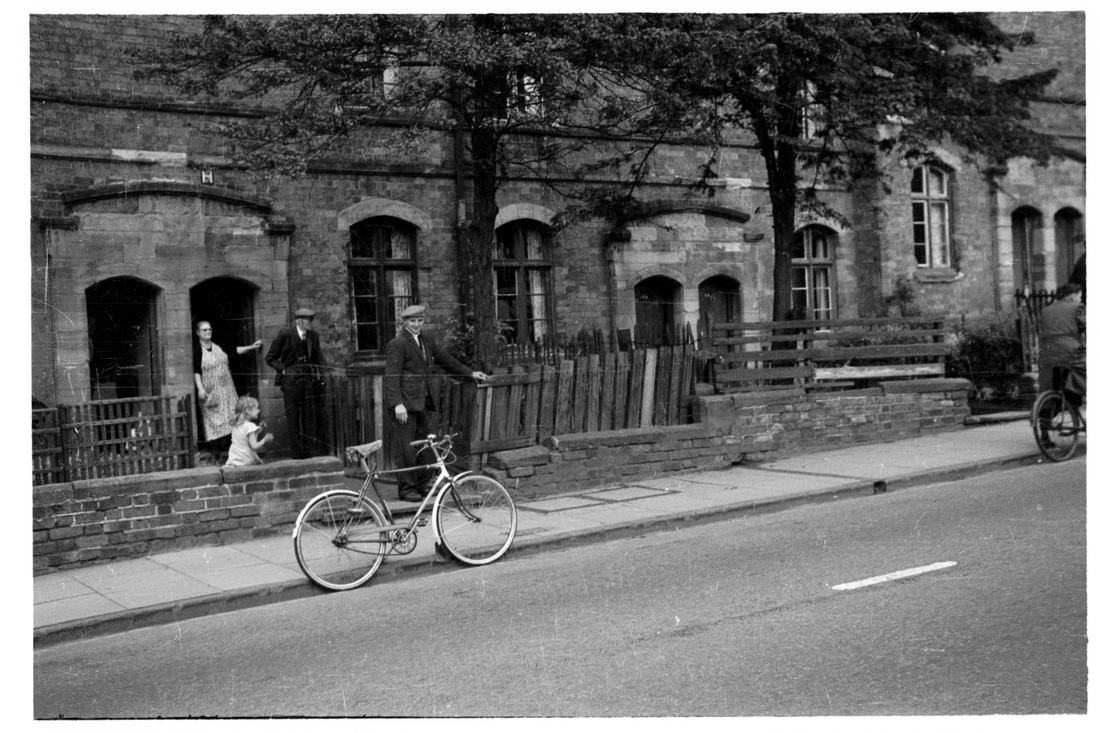
Residents of the Albion Buildings, Attleborough Road. in the parish of Attleborough. This block of tenements and top shops was built in the 1840's to house ribbon weavers who could hook their looms up to a rotating armature that threaded the whole of the top of the building and was powered by a steam engine. It was an early form of mechanisation designed to speed up the silk manufacturing process which was a staple trade in the Nuneaton, Attleborough and Chilvers Coton parishes at the time. But it was too late as the trade was in serious decline by then, and gradually the top floor was abandoned, although the premises did remain used for silk manufacturing until the end of the 19th century at least. The cottages were still used as such until the 1950's as seen here, with their dilapidated fences. Surprisingly for Nuneaton the buildings remain today although the high windowed top floor has been removed. In the 19th century the roadway in this section of the Attleborough Road was known as Albion Street. (E.J.Wiltshire courtesy Colin Yorke)
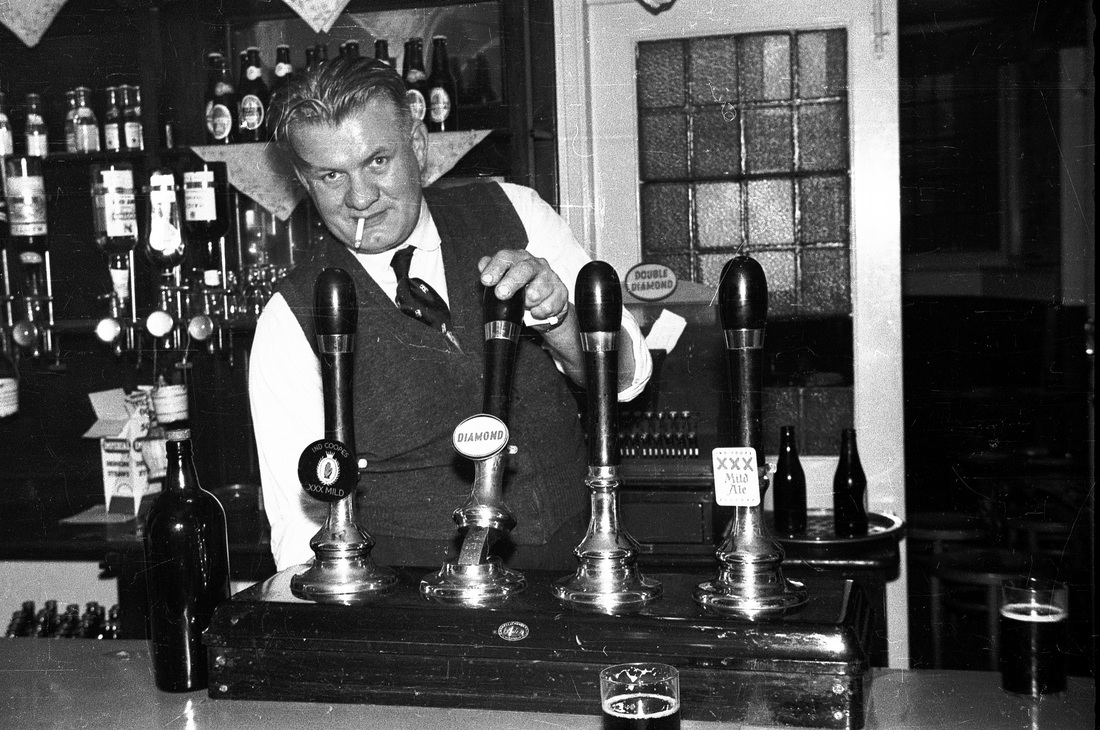
Wash Harris landlord at the New Inn or as later called "The Rugger Tavern" Wash was the popular landlord there for 27 years between 1952 and 1979. He had been a rugger player in his youth and the Rugger Tavern was the headquarters of Nuneaton Rugby Club. When "Wash" took over the old pub was very run down. (E.J.Wiltshire, courtesy Colin Yorke)
Attleborough Hall
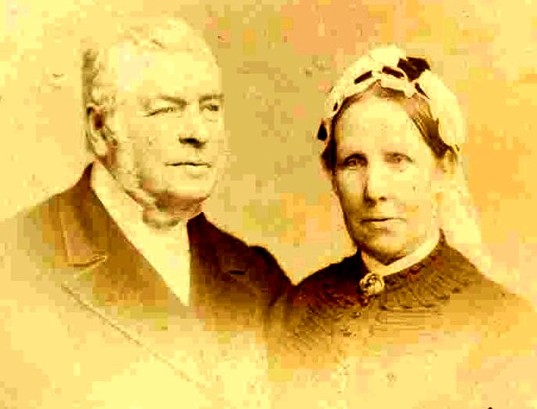
Thomas & Sarah Townsend of Attleborough Hall in 1885. Thomas's life history was a rags to riches story. He came from a humble Bedworth family. His father Samuel Townsend was born in 1786. Thomas was born in Bedworth in 1812, his father I think was a miner, and by hard work and industry Thomas started his own business in Coventry as a weaver. This prospered and he moved to Attleborough in the 1850's and bought Attleborough Hall taking over the Albion Builders then erecting a new mill in 1858. The factory we latterly knew as Listers. His wife Sarah Walker also came from humble beginnings in Bedworth. Daughter of Benjamin Walker baptised on 13th August 1815, one of six children. (Jan Brock)
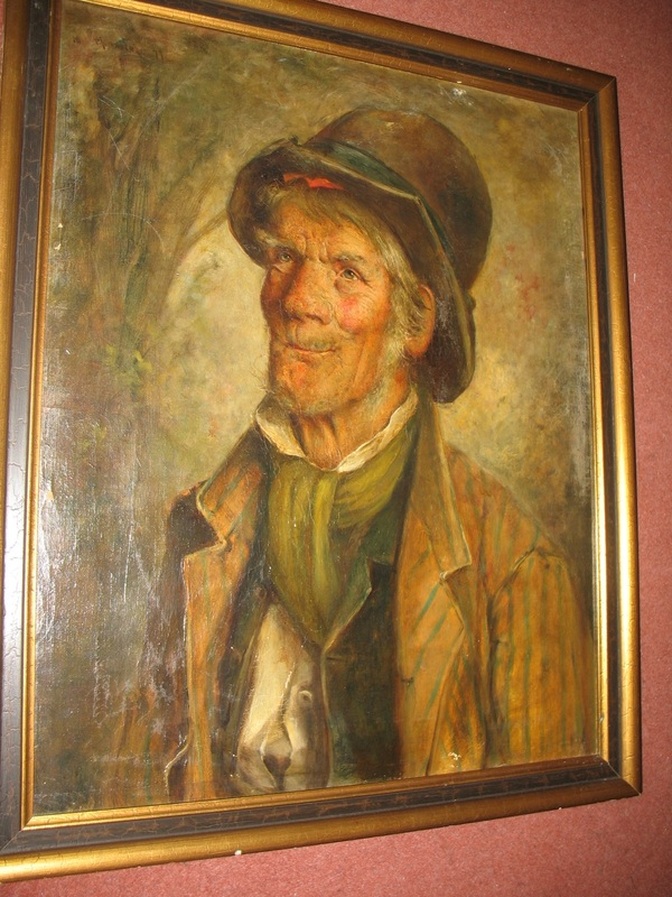
The painting of William Garratt (1857-1933) today hangs in a New Zealand house of a descendent of the Attleborough Hall Townsends. The red cloth peeping from below the rim of William's hat is the handkerchied in which he kept his "Snap". This painting appeared on the BBC TV Antique's Roadshow on 23rd November 2008 and was valued at £5000. (Jan Brock)
| How Old William's portrait got to New Zealand. | |
| File Size: | 147 kb |
| File Type: | |
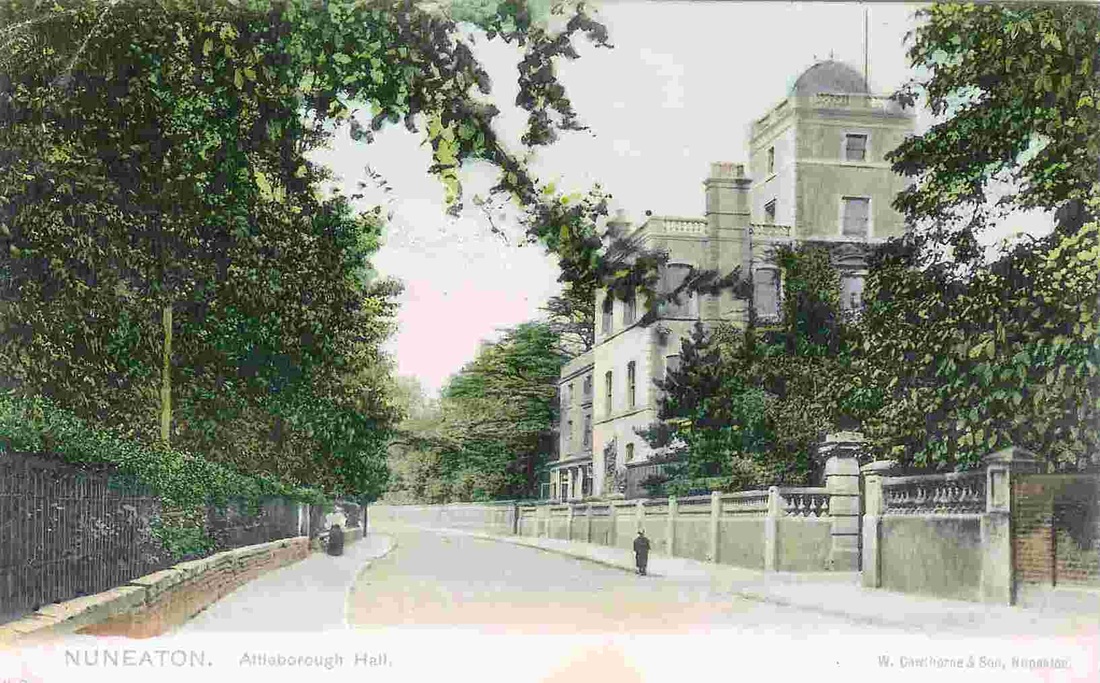
By the first years of the twentieth century the small country mansion of Attleborough Hall had been extended by the addition of an observatory which housed a telescope for one of the Fielding Johnson boys, and the three story block nearest the camera. The hall itself stands where Highfield Road cuts through and the site is obliterated although a section of the perimeter wall remains as well as the stone setts paving leading into the gateway on the right. (Alan Cook Collection)

A very familiar street view to our Attleborough ancestors was Attleborough Hall which unlike many local mansions was placed in very close proximity to the busy thoroughfare of Attleborough Road. The road in the distances leads to Nuneaton. The distinctive tall observatory can be seen in this view which was taken early last century. The Hall gates to the right (The granite sets leading into this gateway are still there today if you know where to look). The fine Monkey Puzzle tree beyond the hall itself. One gets the impression this might be an autumnal view as street sweepers are engaged (one either side of the road) shovelling leaves into piles. When the hall stood empty for some years prior to demolition locals passing it at night were frightened by the noises emanating from behind the high wall. One old timer told me there was at least one peacock in the grounds whose blood curdling screeches petrified pedestrians walking past there at the dead of night. As you can see there was only the occasional gas lamp to illuminate the footpath. (Horace Bull, courtesy of Ruby Atkins).
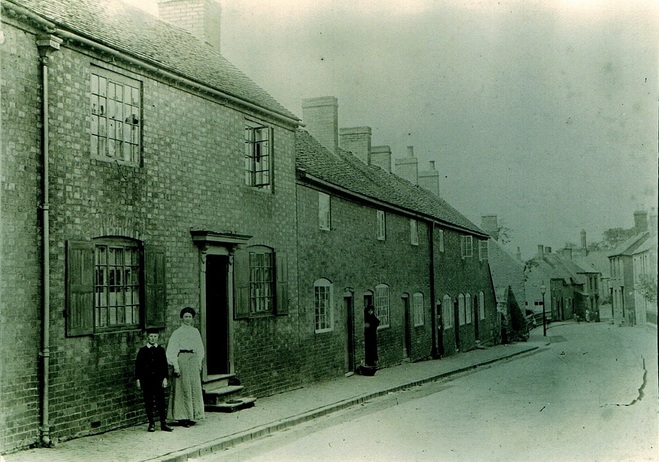
Hall End, Attleborough. c. 1910. The lady in view is standing outside her ancestral home - a house occupied by the Hackett family for 150 years. The Hacketts were wood turners and rake makers, a trade which they practised for all that time. In fact their house we see here was turned into a beer house called "The Woodman". The lady, Catherine Mary Ensor (1883-1973), is visiting her family from Massachussets where she then lived.
(Moreton J. Ensor)
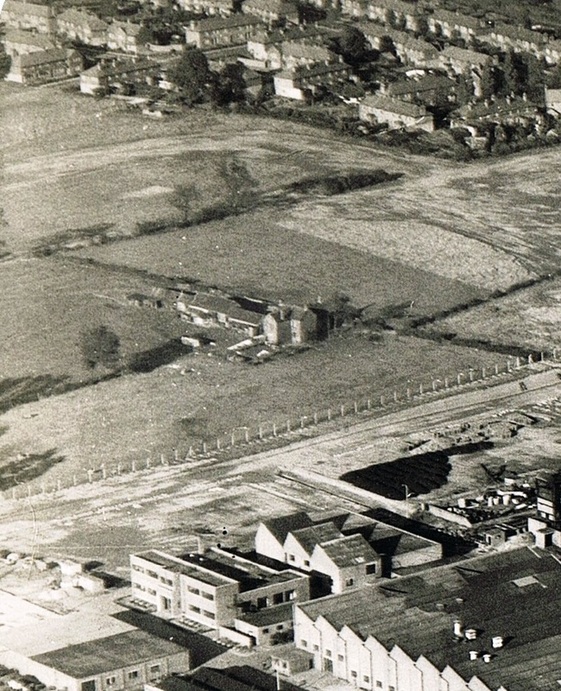
The Attleborough business of Sterling Metals Ltd was built on farmland which was part of Kem's farm seen here. Popularly known at "Teddy Kem's Heaven". Beyond the farm are the houses built in the 1920's known locally as the "Battlefields" with names from Sir Walter Scott's novels - Ivanhoe, Waverley etc. Teddy Kem was a real person - Edward Kem (1722-1800) believed to have been the inspiration for George Eliot's novel - "Silas Marner". Although I suspect George Eliot cleaned him up a bit to render him as Silas Marner. Teddy is celebrated locally in Attleborough today as a local roadway is called "Kem Street".
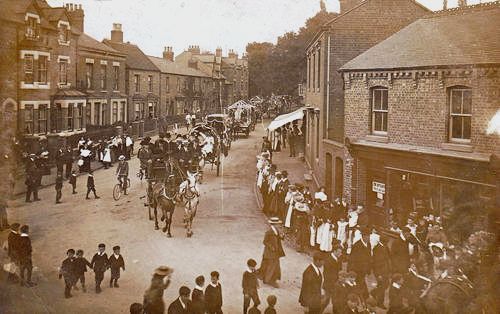
This procession in Church Street, Attleborough may have been part of the celebrations for Charter Day in Nuneaton. All the properties on the right have been demolished, those on the left partially intact today. The name Church Street was changed to Attleborough Road possibly in the 1930's when Highfield Road was built.
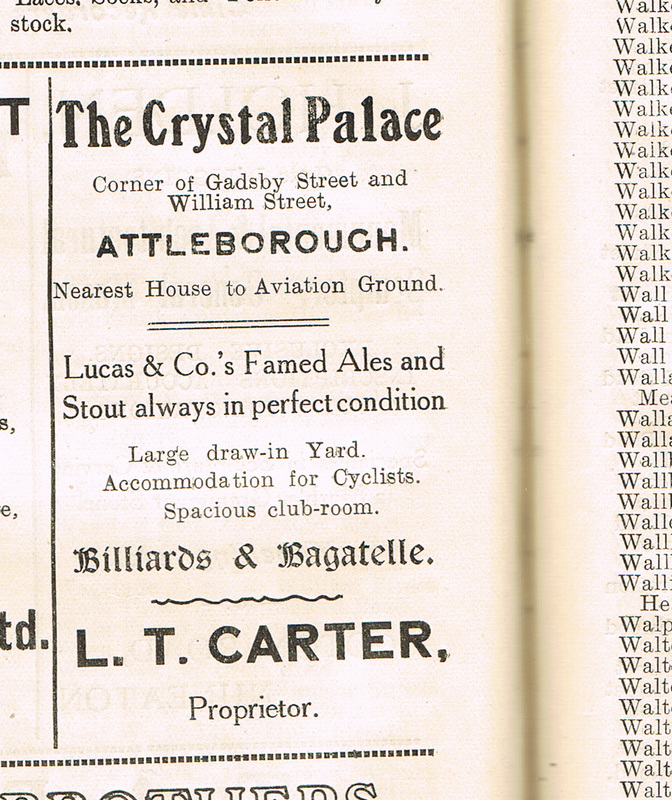
The Crystal Palace pub served as Attleborough Airfields refreshment rooms. Flyers between Manchester and London, having landed at Attleborough to re-fuel could call in for a couple of pints before resuming their journey!
Len Carter was one of the Carter brothers, builders of Attleborough, and was a plumber by trade. (Fred Phillips Collection)
Austrey
Bentley
Berkswell
Brinklow
Bulkington
Burton Hastings
Caldecote
Camp Hill, Nuneaton.
Chapel End
Chilvers Coton
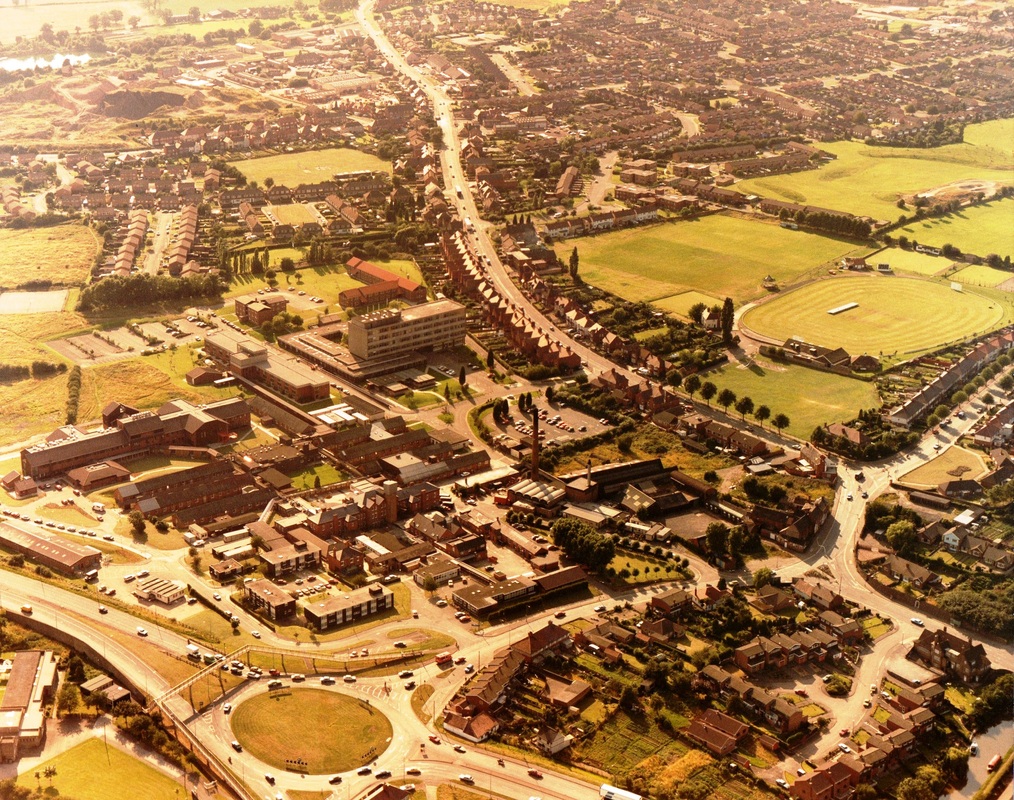
An aerial view of Chilvers Coton with Heath End Road dominating the picture in the centre. On the left is the George Eliot Hospital and the end of the Bedworth by pass and the Banana Bridge. Bull Ring to the right lower with the Nuneaton Foundry (now demolished and covered in flats) still there and not long before demolition. (courtesy John Walklate)
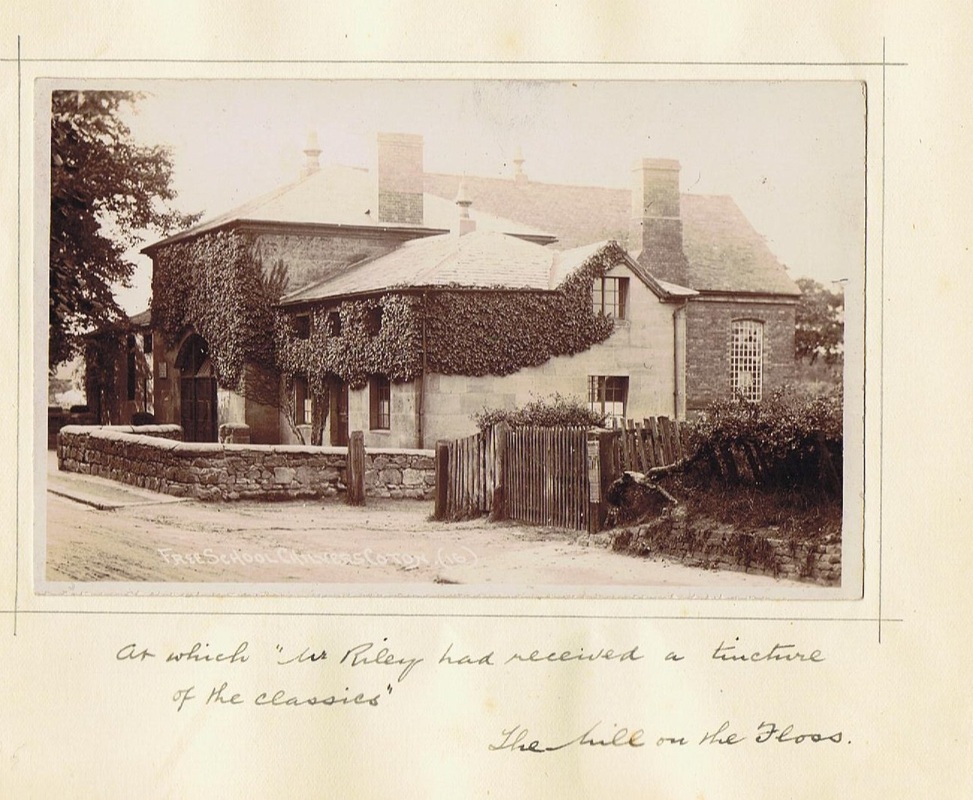
This is the old school at Chilvers Coton which is still there of course. The building today is testimony to the hard work of one lady - Beryl Kerby who saved it from demolition. There is no evidence that George Eliot had any close association with the building as she was educated at the local private schools and this school was for poor kids. But she would have passed it regularly and maybe went inside from time to time in her 22 years in the parish.
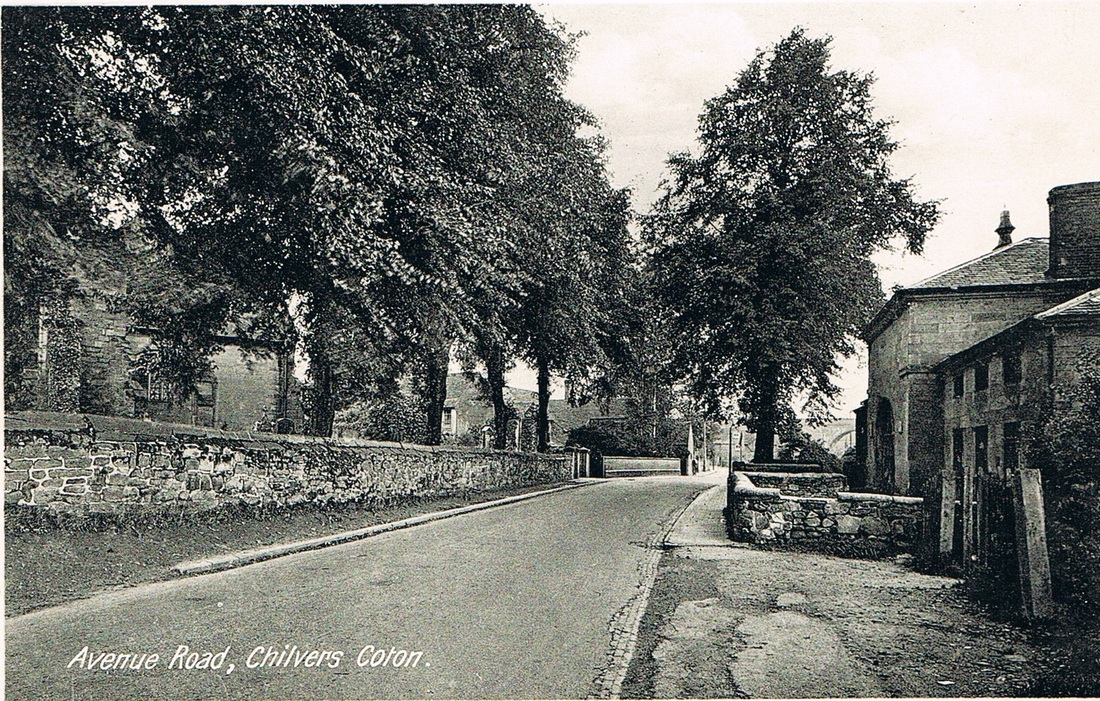
Avenue Road, Chilvers Coton, early 1900's. Looking towards Coton Arches. Old school on the right, church on the left. The name Avenue Road is a relatively recent re-naming because in the 19th century this part of Chilvers Coton was called, for obvious reasons - Church End, and was one of the four "ends" of Chilvers Coton. The scene has not changed a great deal other than the Attleborough stone wall in front of the school has been swept away and the road widened. It would be ill advised to take a similar view today with the heavy volume of traffic that comes down this road which has been converted into a through route around the town bringing traffic from the Motorway to the industrial estates at Attleborough.
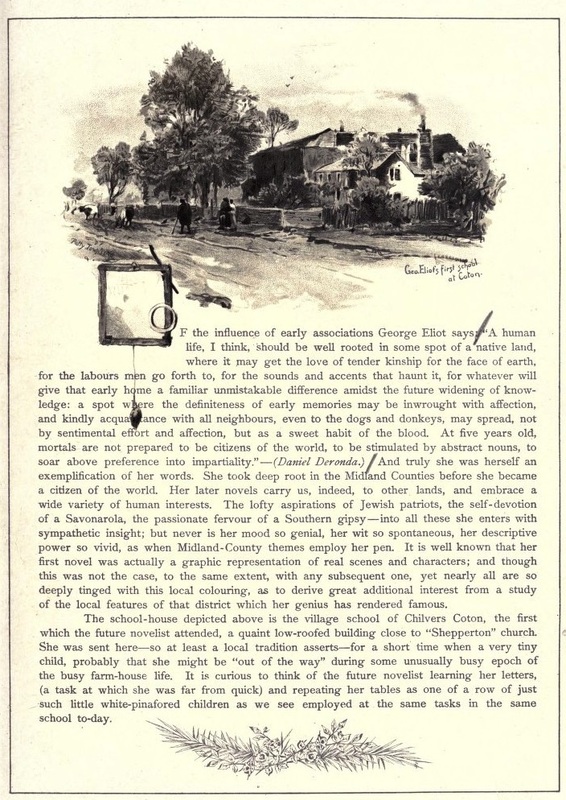
Patty Townsend the well known Attleborough artist illustrated a book on the theme of George Eliot Country in the 1890's and depicted the Old school at Chilvers Coton. Although it is known that George Eliot did not attend here and may have only known it in passing through the village of Chilvers Coton to attend school at Attleborough or to visit relatives who lived there. It is unlikely she had cause to enter the building.
Arbury Hall (seat of the Newdigate Family)
The Hamlet of Griff, in the parish of Chilvers Coton
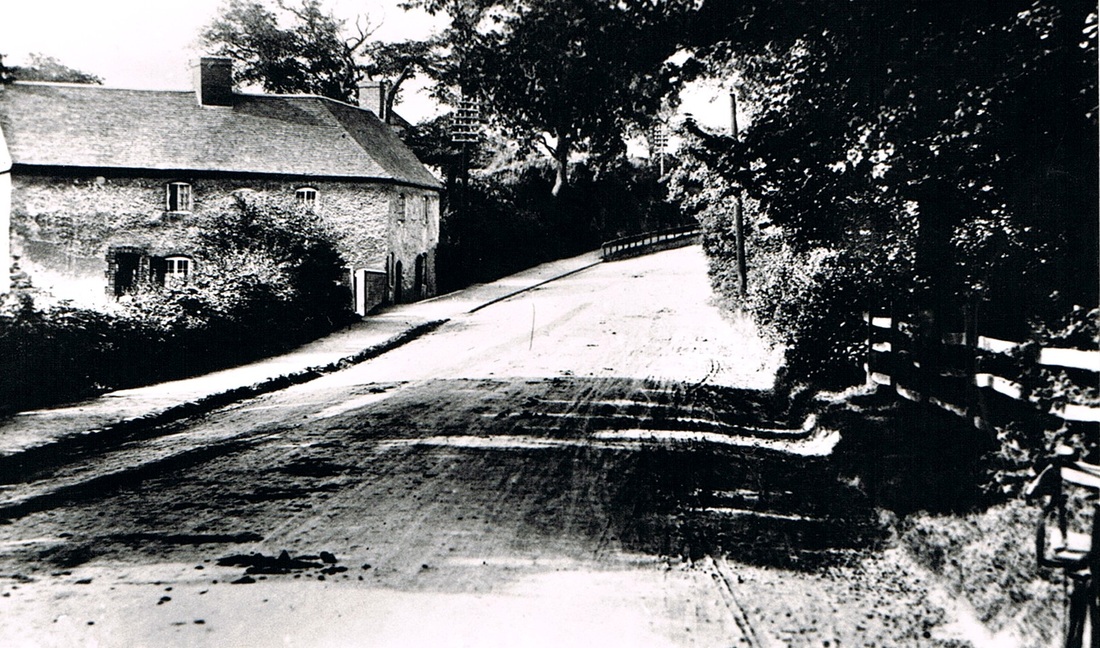
The old Inn in Griff Hollows. This old pub ceased to serve ale in the mid 19th century and seems to have been occupied solely as one or more dwellings thereafter. When it was a pub it had the name "The Bloody Hand" because the pub sign had a red hand on it the significance of which is open to research. The last family to live there did so between 1930 and 1964. The tenants were Fred Hunt and a Mr. Coleman, both employees of the quarry company. Within living memory the old pub sign board showing the Bloody Hand was still at the pub in the rear underground cellar. Many thanks to Mr. Hunt whose family once lived there for 34 years and has contacted me to update the picture. (Fred Phillips Collection)
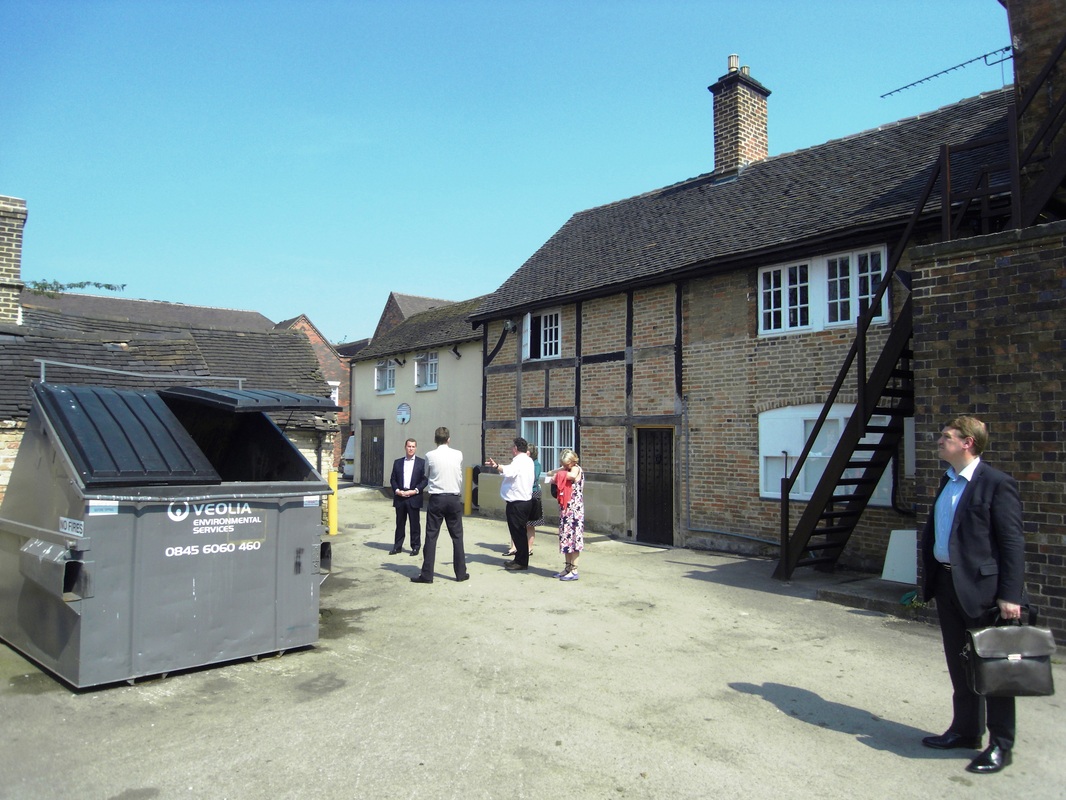
Members of the Nuneaton Civic Society, the George Eliot Fellowship and Whitbread plc. inspect derelict out buildings which are under threat due to their dilapidated condition which are associated with George Eliot who lived at Griff House. As a result of this specific meeting Whitbread plc kindly agreed to assist with the entire reconstruction of the derelict outbuildings and the George Eliot Fellowship and the Nuneaton Civic Society intend to turn the buildings into a George Eliot Study and Visitor Centre. A great example of collaboration which was spurred by pressure brought to bear by people who wanted to see this small part of George Eliot Country saved for posterity. The derelict buildings are on the left and the timber framed building on the right is the beautifully restored original Griff House farm house. (Peter Lee)
Beautiful Industrial Griff with remains of the coalfield evident in the fields.
Chilvers Coton - continued
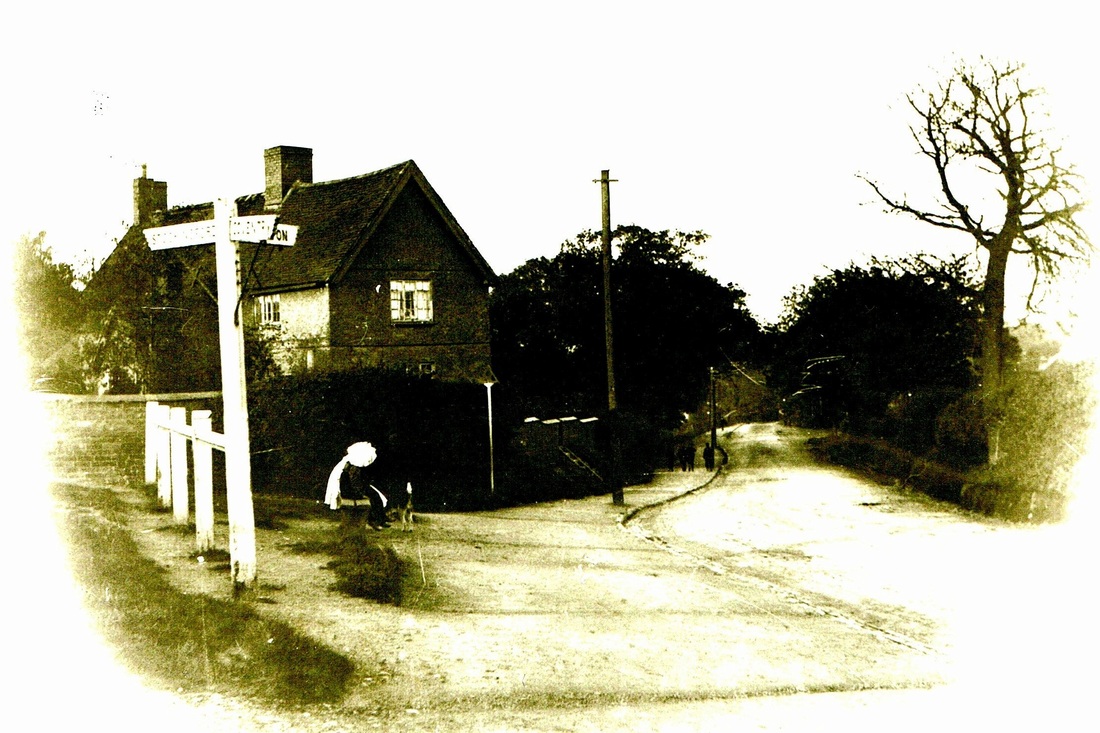
Virgins End, Chilvers Coton. Today this is the junction between Coventry Road and College Street. it was known as Virgin's End (one of the four "ends" in Chilvers Coton because at one time legend has it that there was a shrine to the Virgin Mary for the small group of Catholics worshipping in the village). Nearby in cottage behind the finger post was the "Virgin's Inn"
Coton Hall, (better known as Caldwell Hall) seat of the Harpur Family.
Bermuda Village
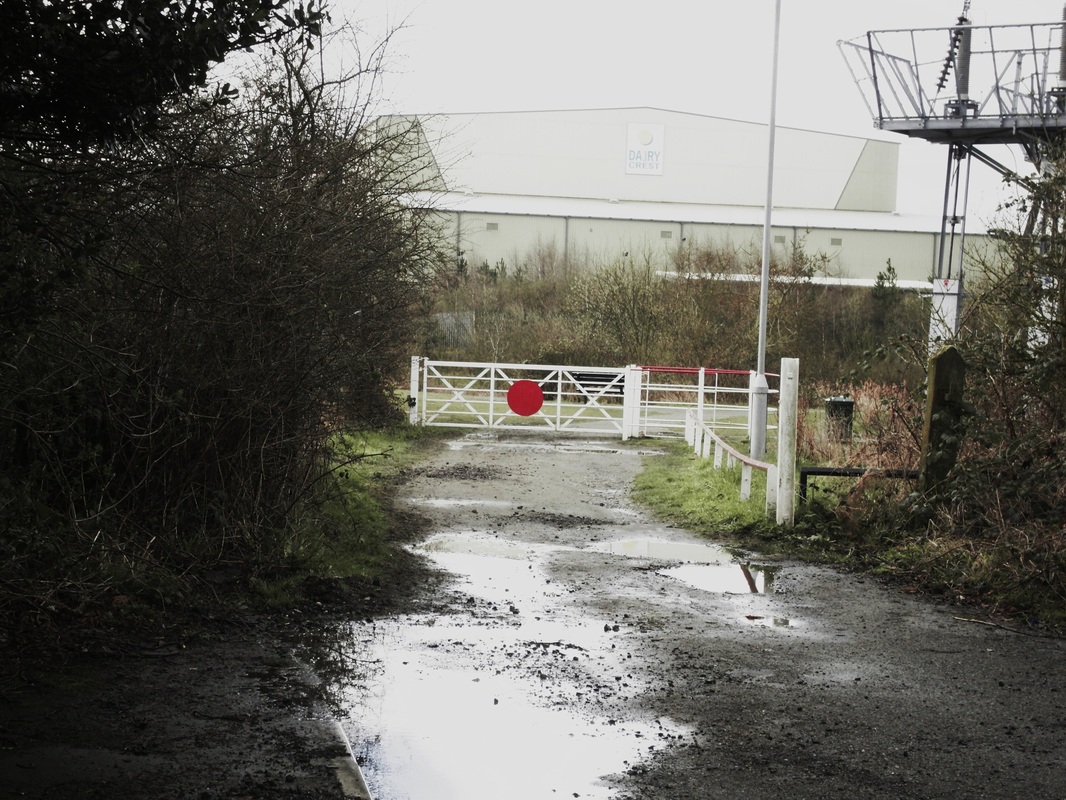
Bermuda Village, The "new" level crossing gates mark the site of the original level crossing which took the Griff branch from Griff Junction to the coalpits locally, Stanley Brothers 1-5 brickyards and Haunchwood Nrs. 2 & 3 yards. At this point the branch was operated by the main line rail company (the LNWR, later BR) whereas the local colliery company had running powers over the Griff branch to move between collieries. The railway company had a company house for the benefit of the branch foreman who had entire control from the level crossing up the branch. There was a small signal cabin at this point that interlocked with the Griff Junction box on the Coventry line and main line freight trains were despatched from here to the main line after being made up in the extensive sidings at Griff. Beyond the level crossing we see here the road went on to the Griff canal arm, and these were served by sidings to discharge coal into the barges. Beyond that a narrow lane went through to Griff hamlet. Now the way is blocked by a large industrial temperature controlled shed for Dairy Crest warehousing cheese. (Peter Lee)
Chilvers Coton Parish Church (Shepperton church in the novellas of George Eliot)
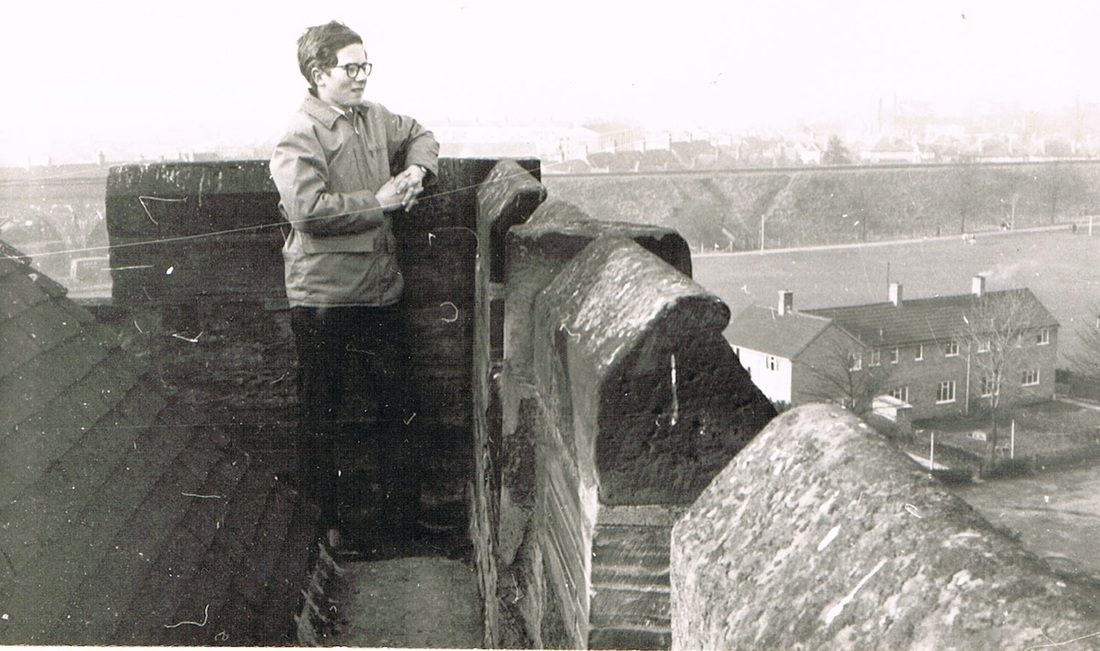
A view from the top of Chilvers Coton church tower in the 1960's. The view will not have changed much today. The council houses to the right are still there. The open space of the Pingle Fields is still there but today you might see the fence surrounding the running track from this viewpoint. The Nuneaton-Coventry railway line cuts across the picture and on the extreme left you can see Coton Arches. Beyond the railway embankment the streets of Chilvers Coton stretch away. (Geoff Edmands)

One of the old bells at Chilvers Coton church which was cast in the year 1616 (The same year William Shakespeare died). This was melted down and re-cast at the Loughborough bell foundry in 1909. For many years one of the peel of bells at Chilvers Coton church was cracked which led to them being called "Coton's discordant bells" but in the 1900's a money raising scheme was entered into by the bell ringers to replace the bells with a brand new set. Some of the metal left over from the re-casting was made into hand bells which were given to the bell ringers. Whilst the wooden frame taken down was re-fashioned into a number of wooden objects the most notable being a beautiful heavy table. Smaller pieces went into the handles for the hand bells, and other wooden objects. Nothing was wasted. (Thomas Courtenay Neath)
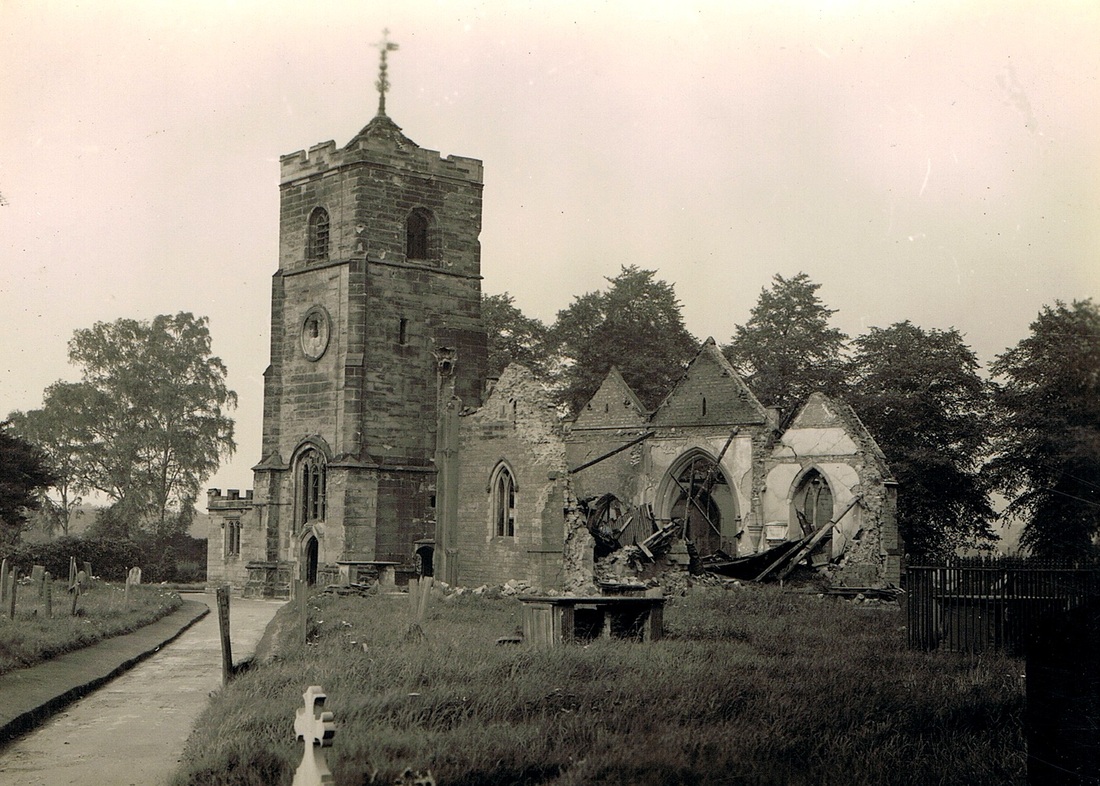
For a time Coton church looked like this. It was bombed in May 1941. The damage was caused by incendiary bombs that rained down on to its roof. The Luftwaffe were intent on bombing the railway lines in the area and the first wave of bombers dropped incendiaries to light the target. Unfortunately these incendiaries fell on to the roof of the church and despite fizzing away for some time they took hold and set the roof on fire and it fell in with the results you can see here. This scene was after the churchyard was tidied up because the debris outside the church has been cleared and in 1947 the church was entirely rebuilt. Unfortunately they did not rebuild it in the old style as it did not meet modern building regulations. A party of German PoW's at arbury camp assisted with the work which was an act of reconciliation. The Germans were, in the best English tradition, paid the same as the British workmen and had the same working conditions. (Geoff Edmands collection)
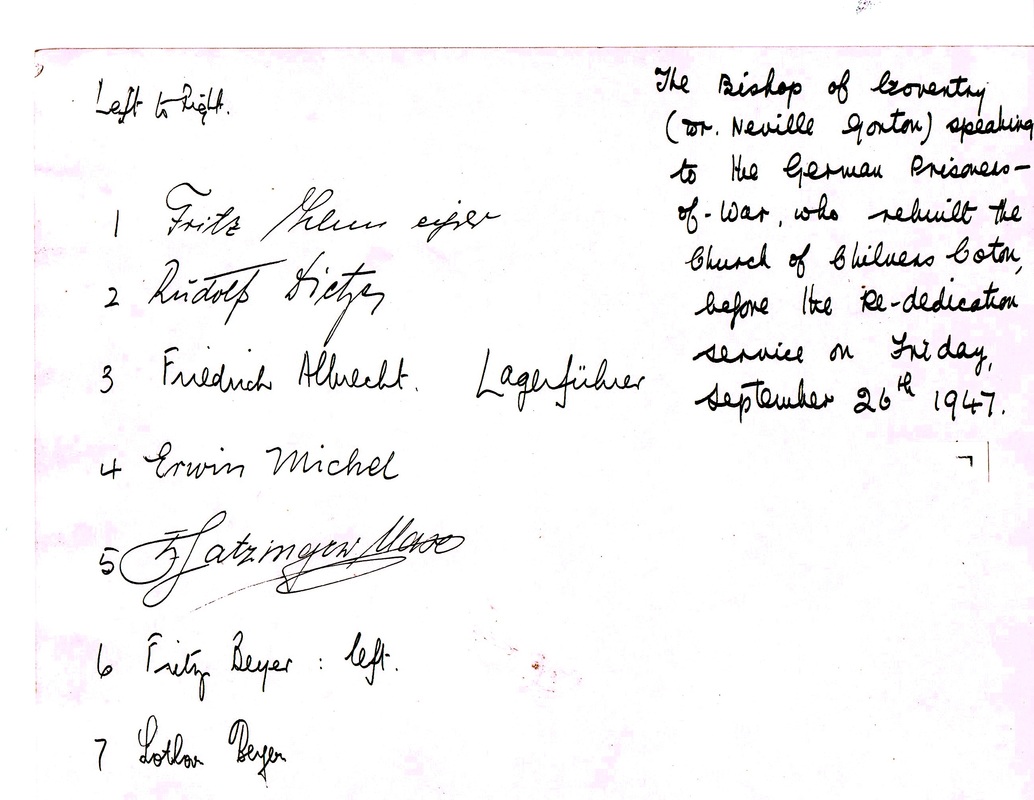
The signatures on the rear of the photo above of the German Prisoners of War who rebuilt Chilvers Coton church after the war. After the end of the war it was impossible to return these prisoners to Germany until arrangements could be made for the vast number of displaced people in that country to be repatriated. Sending ex-German soldiers home would add to the turmoil so it took a couple of years for all the necessary arrangements to be made for these PoW's return to their homes back to their families. (that is, of course, if they still had families). In the meantime they were accommodated on the Arbury estate and these PoW's were tradesmen who were able to bring their great skills to bear in the construction of the church.
They are:
Fritz Thlur, Rudolf Dichter, Friederich Albrecht, Erwin Michel, Max Hatzinger, Fritz Beyer and Lother Beyer.
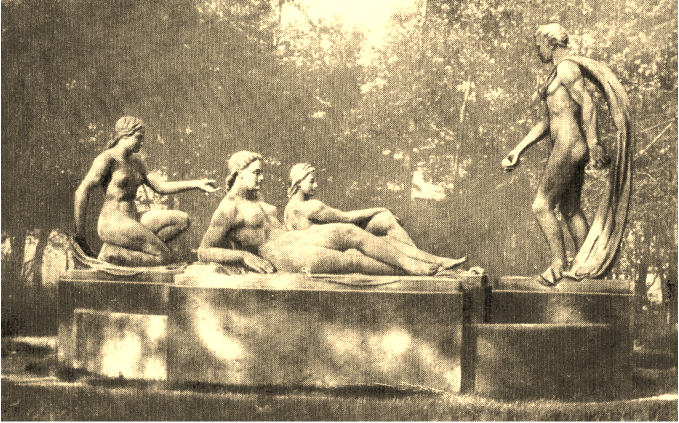
Another work by the German PoW, Karl Weber of Munich, was this statue "The Three Graces" which remained in Arbury Park after Karl Weber was repatriated to Germany. Its whereabouts today is unknown but one story is that a lorry collected it and took it to Coventry. If anyone knows its whereabouts, or its fate, I would be pleased to know.

The old Boot Inn at Chilvers Coton by the canal bridge at the Bull Ring before demolition in 1939. There was a row of stone cottages on the left. Note the very narrow bridge over the Coventry Canal. The diamond shaped cast iron sign gave restrictions on axle loads for steam road engines traversing the bridge.
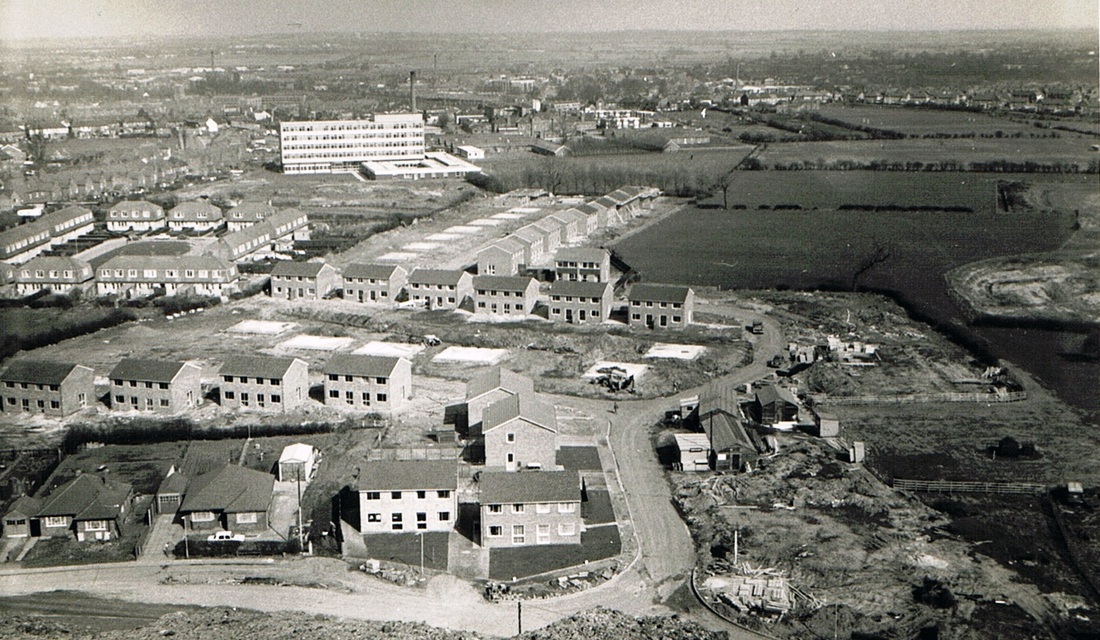
Heath End Road is on the extreme left and the multi story block is George Eliot Hospital (now the maternity block). New houses are going up on the old Paradise Colliery site which was once roughly in the centre of this picture. Somewhere under this estate there are coal shafts, but quite where is anyone's guess (Geoff Edmands).
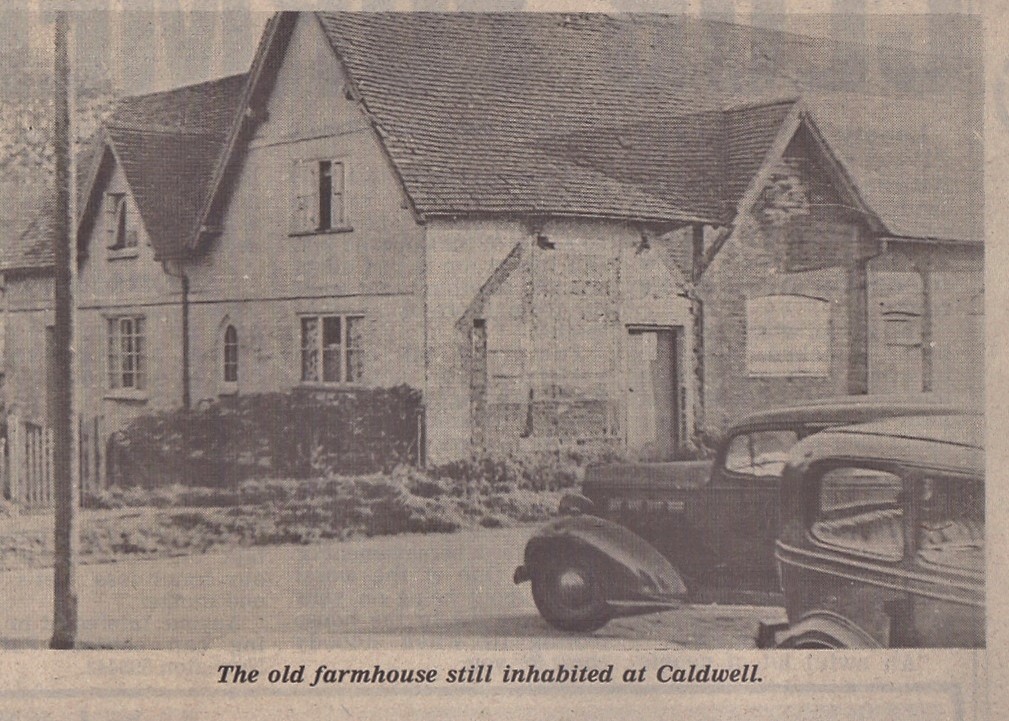
Caldwell Hall Farm just prior to demolition in 1949. The farm stood in what is now Franklin Road on the Caldwell estate. The farm was occupied for many years by the Buckler family who were butchers in Abbey Street. The last resident was Tony Morris who worked for Nuneaton council. The old Packard Straight Eight belonged to David Boffin, and was ultimately used in stock car racing after its glory days were over. (Noel Gordon-Dunbar)
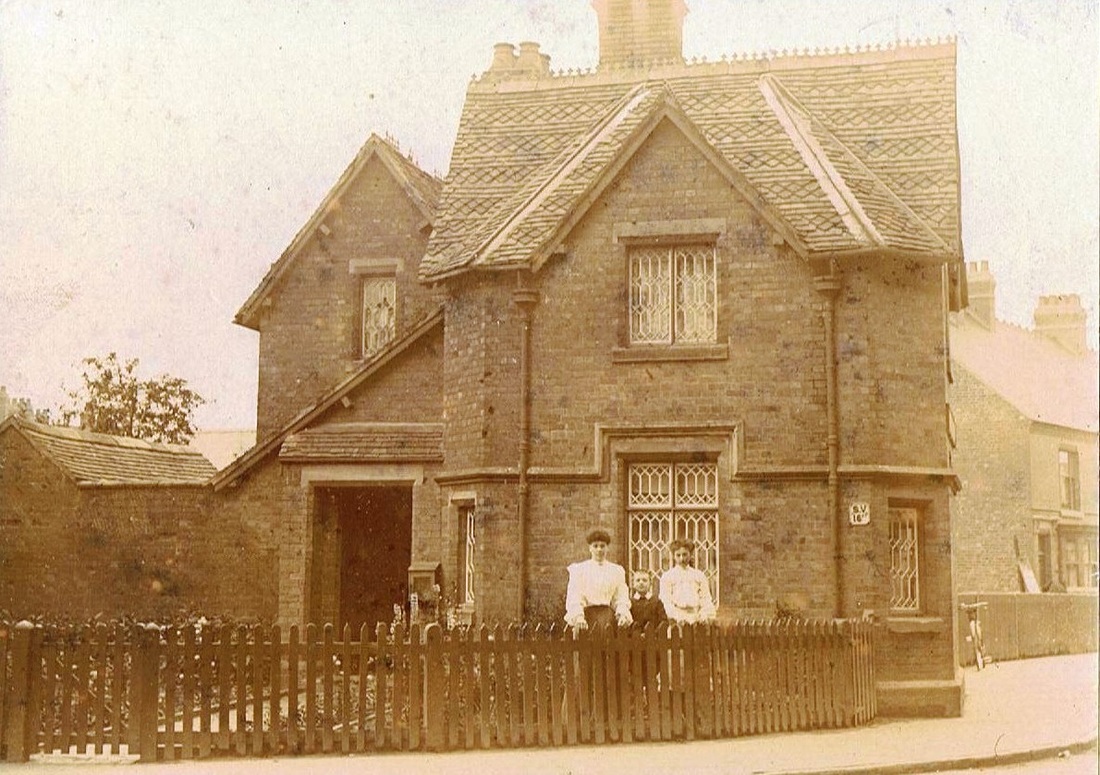
The old turnpike house which stood by Coton Arches. The former Hinckley-Coventry turnpike road which ran from Hinckley through Nuneaton and had a gate here underneath Coton Arches extending to Bishop's Gate Toll House, Coventry. It was de-turnpike in 1878, and this house which projected into Coton Road lasted until 1914. Traffic was increasing in 1914 and it blocked the road so had to be demolished. (Dennis Labrum Collection)
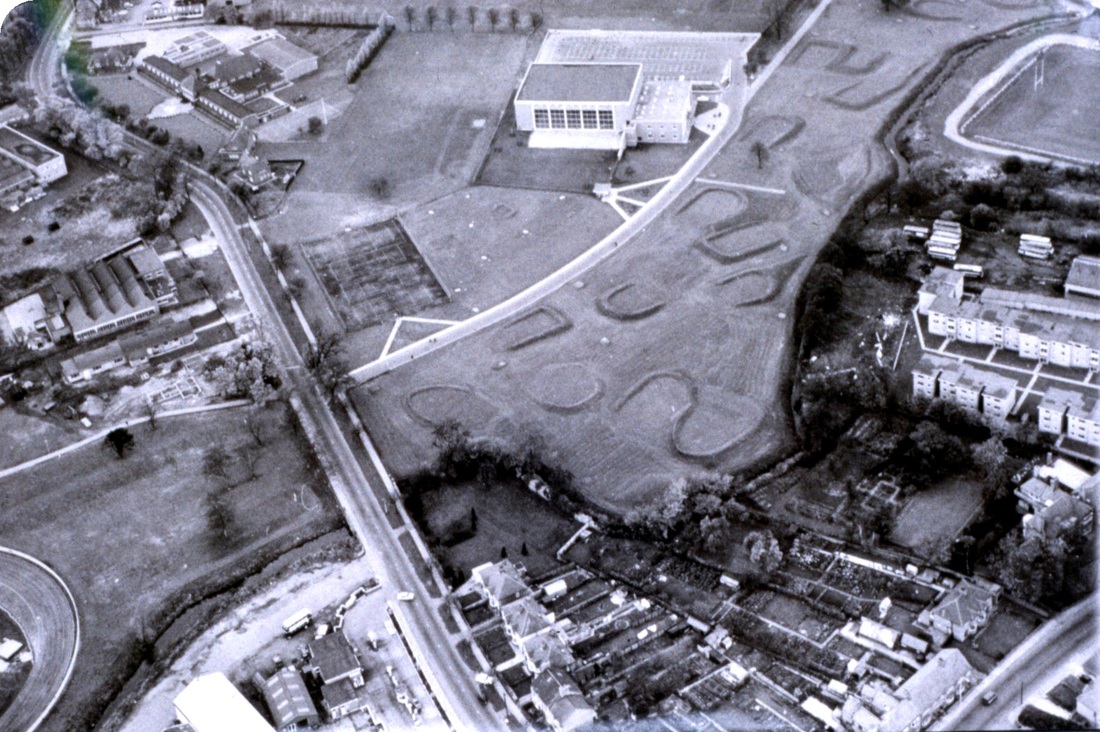
An aerial view of the Pingle fields c. 1965 with the old swimming baths then new in 1965. The golf course and on the left tennis courts and Avenue Road. On the right can be seen the Wem Brook which marks the boundary between Chilvers Coton parish and Attleborough. You can also see part of the Harry Cleaver Rugby Pitch as well as buses at the back of Monty Moreton's bus garage in Attleborough Road. (Reg. Bull)
Coleshill
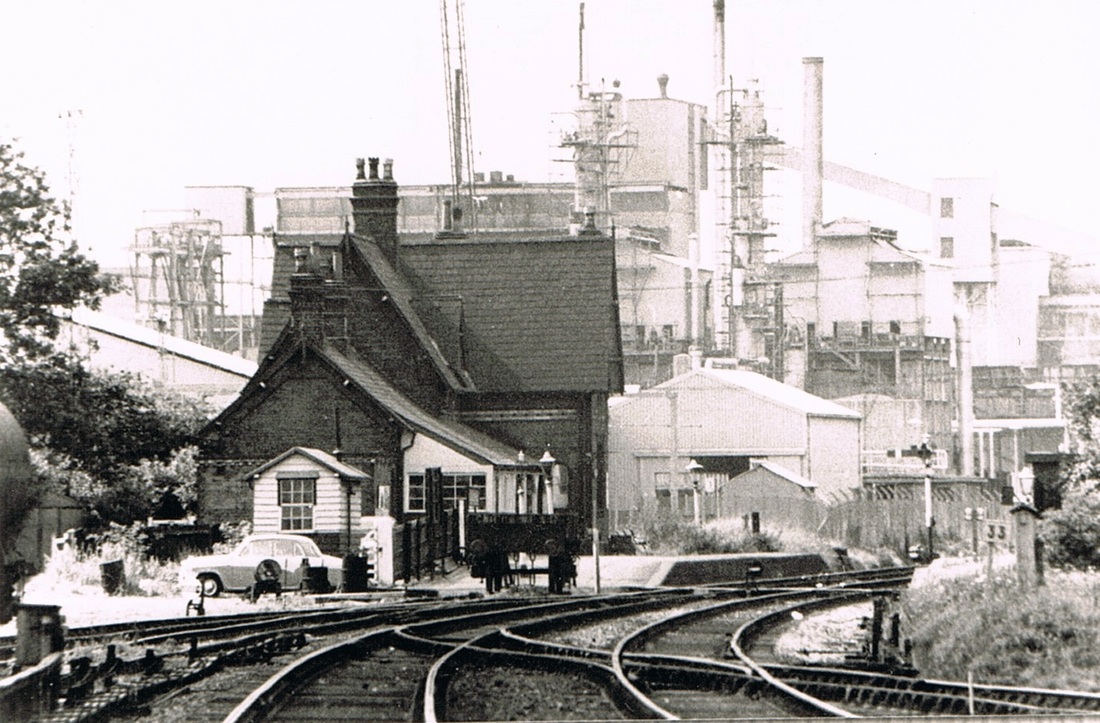
Coleshill Station (Formerly Forge Mills) with the LURGI gas plant in the background. The station we see here including the vast gas plant has all been swept away but this view is great. The old station set against the background of the ultra modern plant. The two tracks heading in the direction of Birmingham remain but everything else has gone.
(Roger Carpenter Collection)
Corley
Exhall
Fenny Drayton
Fillongley
Galley Common
Grendon
Hampton in Arden
Hartshill
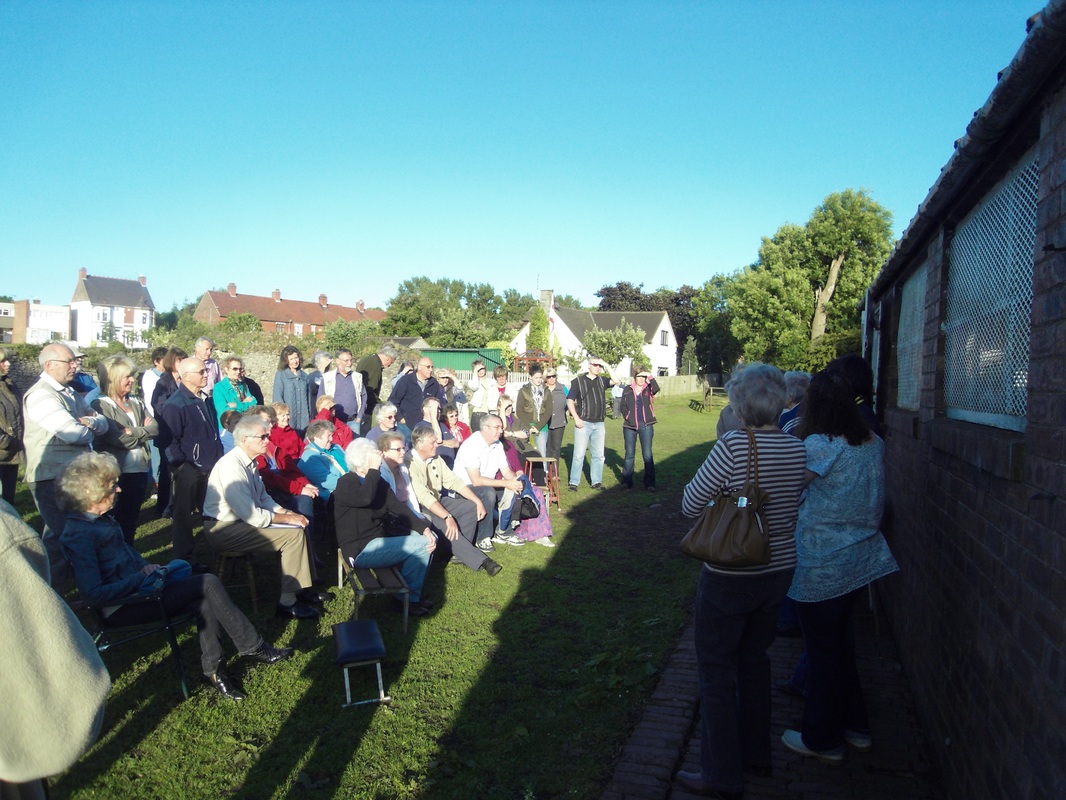
65 visitors on a visit organised by the Nuneaton Local History Group to Hartshill Castle are being briefed on its history by the owner - Jean Lapworth. The NLHG have organised three visits so far to this intriguing ancient monument as guests of Jean who is pleased to be involved with the Nuneaton Local History Group and encourage their studies. (Peter Lee).
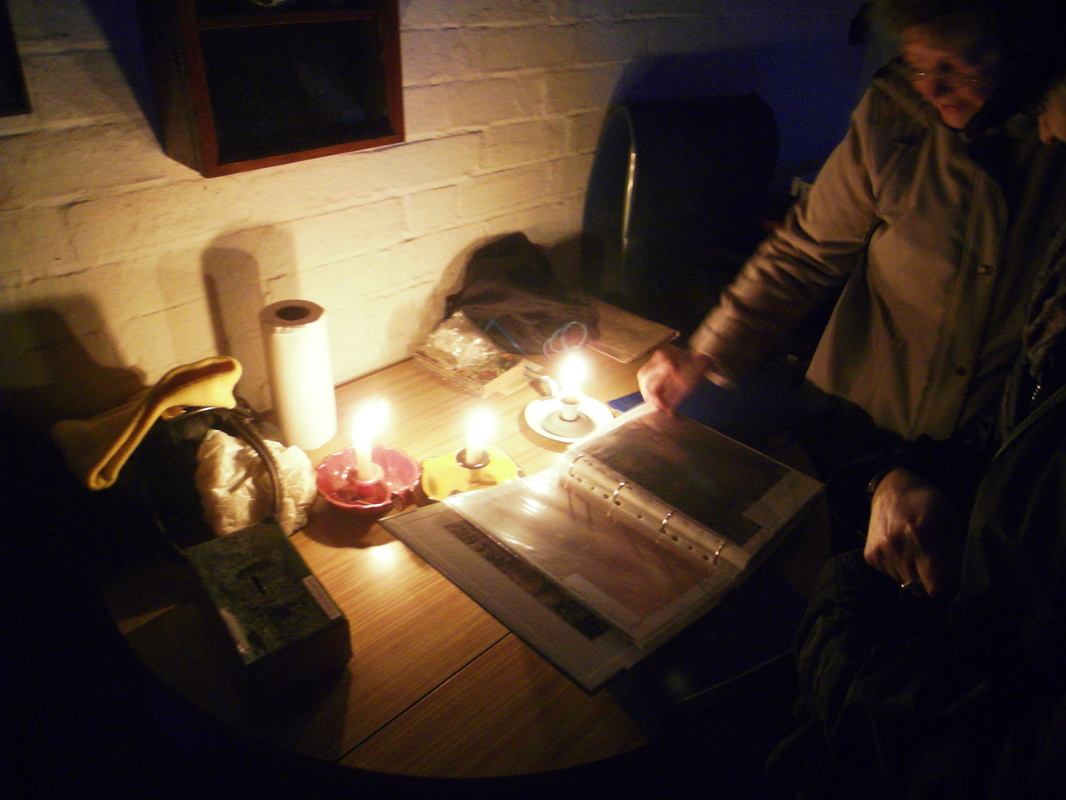
Nuneaton Local History Group participants in the 2013 visit to Hartshill Castle go through Jean Lapworth's archives in the castle's stable block which is the only standing structure within the curtilage of the walls. There is no electricity so Jean, the owner, uses candles to light the room. Very atmospheric in the fading light. (Peter Lee)
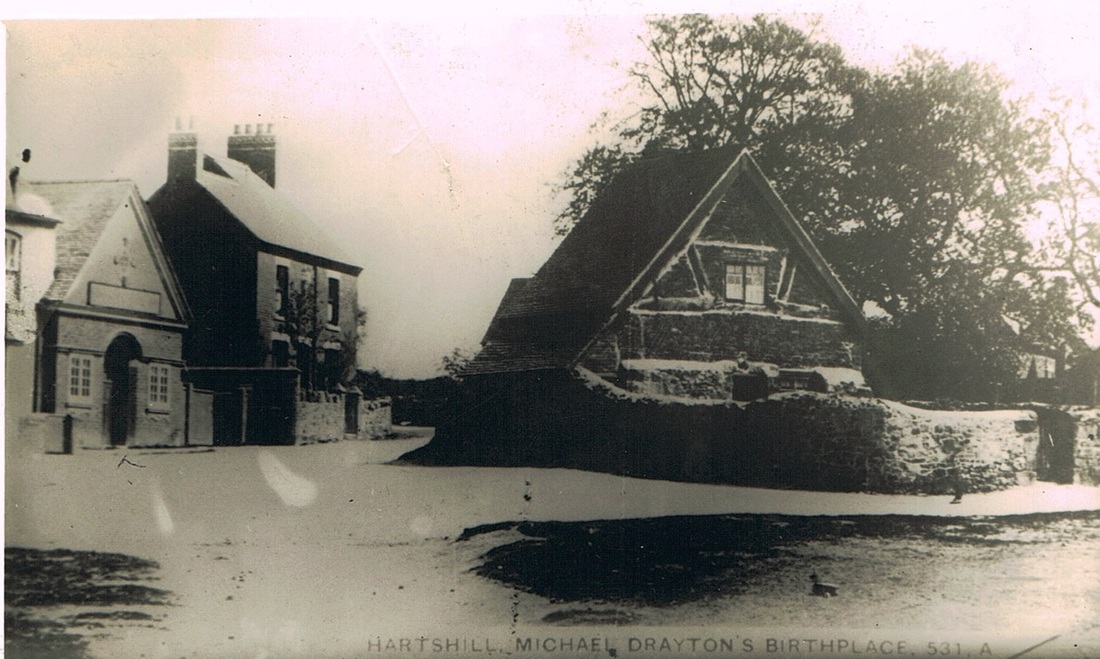
Hartshill Green with the old cottage reputed to be the birthplace of the eminent Elizabethan poet - Michael Drayton. A contemporary of William Shakespeare and who moved in the same circles in the London artistic scene of the late 16th and early 17th century but there is no hard evidence that Michael Drayton was a friend of Shakespeare although it is likely they knew each other as the London literary world was very close knit back then. The old cottage with its historic connections was demolished in the 1950's and replaced by a bus stop.
Hawkesbury
Higham on the Hill
Keresley
Kingsbury
Lea Marston
Lindley
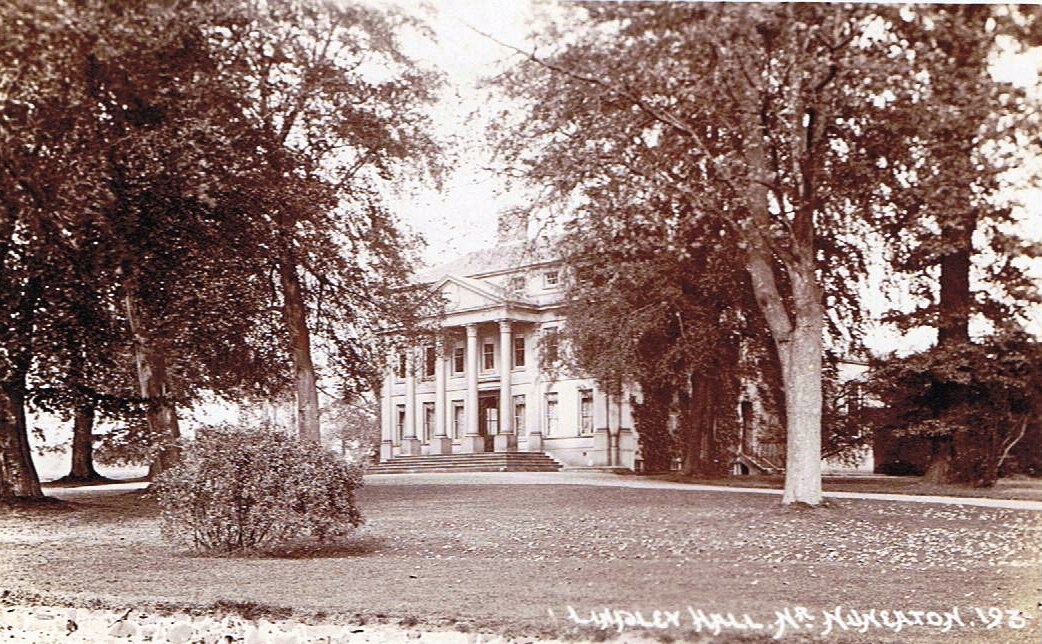
The fine Palladian mansion which was Lindley Hall stood in 1802 acres in beautiful grounds just off the Watling Street road down a long drive. The mansion we see here was Georgian and had been built on the site of a much earlier house which predated the 16th century. The earliest house was built for the Herdwick family, who then sold it to the Burton family, it passed to the Bracebridge's who rebuilt the Hall into the form we see here, who sold it to the Heming family. The estate was placed for sale by Lieutenant commander Reginald Francis Eyre R.N. in 1920. The house did not reach its reserve and five years later was demolished.
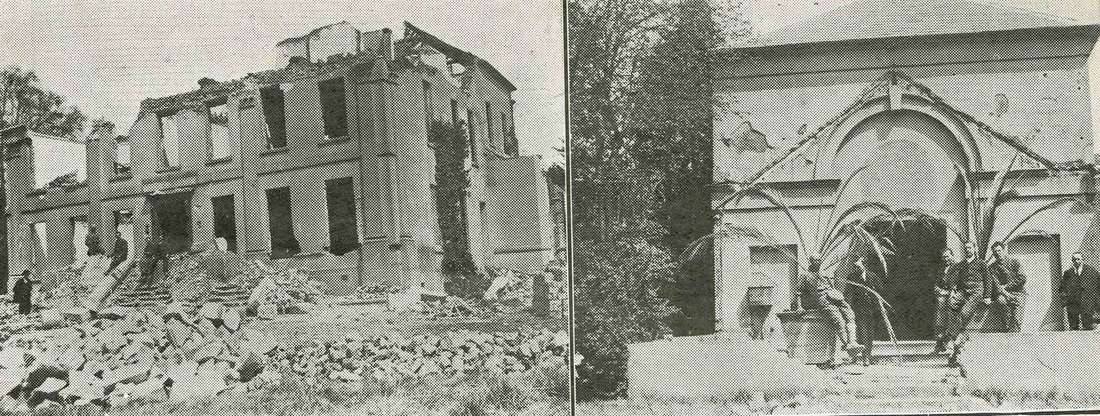
Lindley Hall was demolished in 1925 as can be seen in this view. It did not reach its reserve when put on the market in 1920 and failed to find a buyer. In later years a new house was erected on the derelict footprint of the hall. The photo on the right is of the Roman Catholic chapel which was also demolished at the same time.
(Warwickshire County Graphic)
Mancetter
Marston Green
Maxstoke
Merevale
Meriden
Middleton
Middleton Hall and Park
Monks Kirby
Nether Whitacre
Newton Regis
Over Whitacre
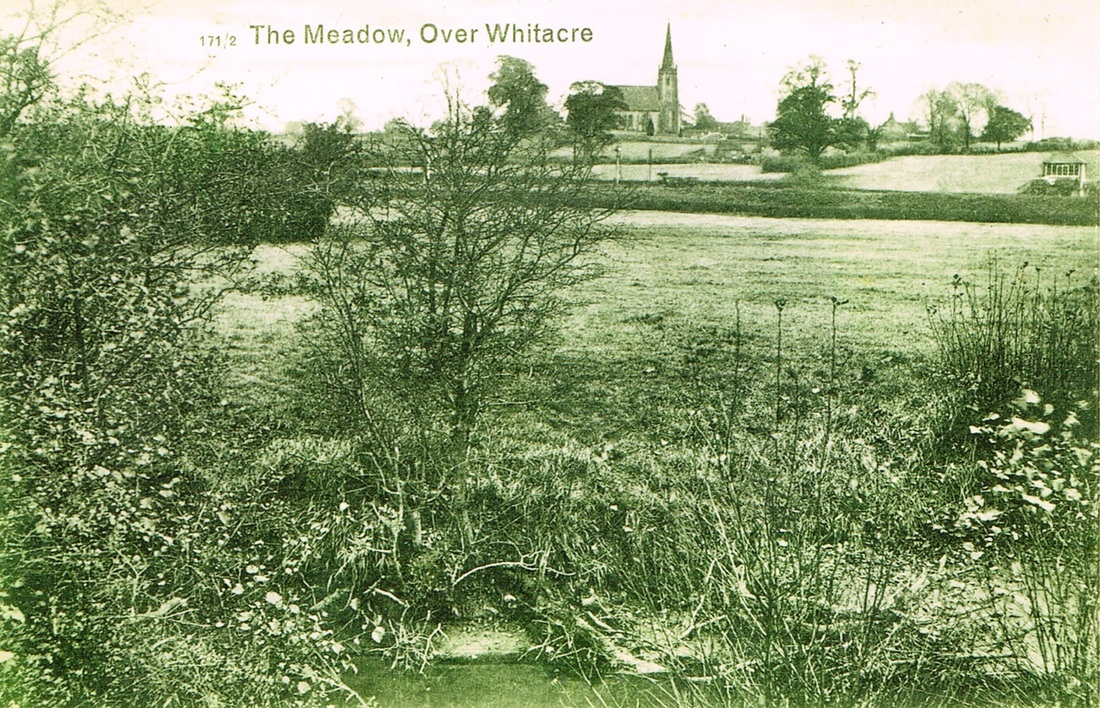
A delightfully rural scene at Over Whitacre across the meadow. The view is intersected left to right by the Nuneaton - Whitacre Junction railway line, and on the right a signal box which I suspect is associated with Shustoke station just off the picture. (The Wright Family Rural North Warwickshire Collection).
Packington
Polesworth
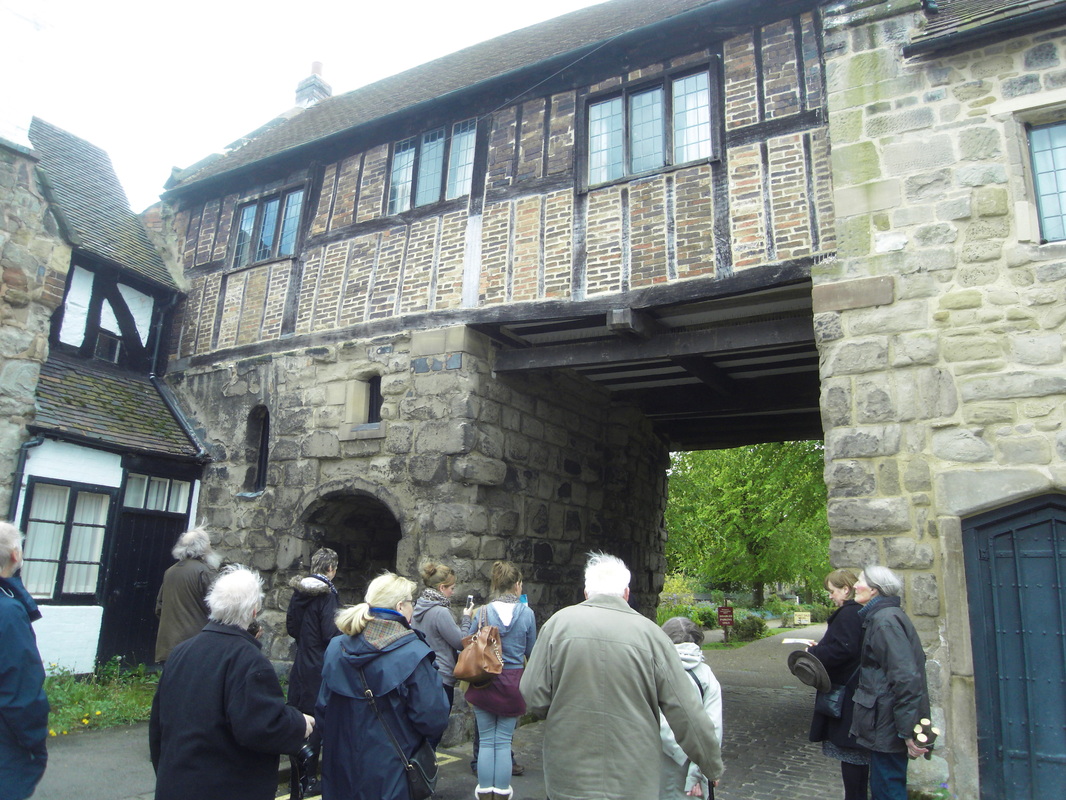
Polesworth and Polesworth Abbey were visited by the Warwickshire Local History Society including members of the local community on Saturday May 10th 2014. This is a record of their visit and the great welcome provided by Father Phillip. It was a memorable occasion. Here we are at the Polesworth gatehouse. A medieval structure with hidden rooms and a spooky atmosphere (Peter Lee)
Seckington
Shustoke
Stockingford, A hamlet of Nuneaton
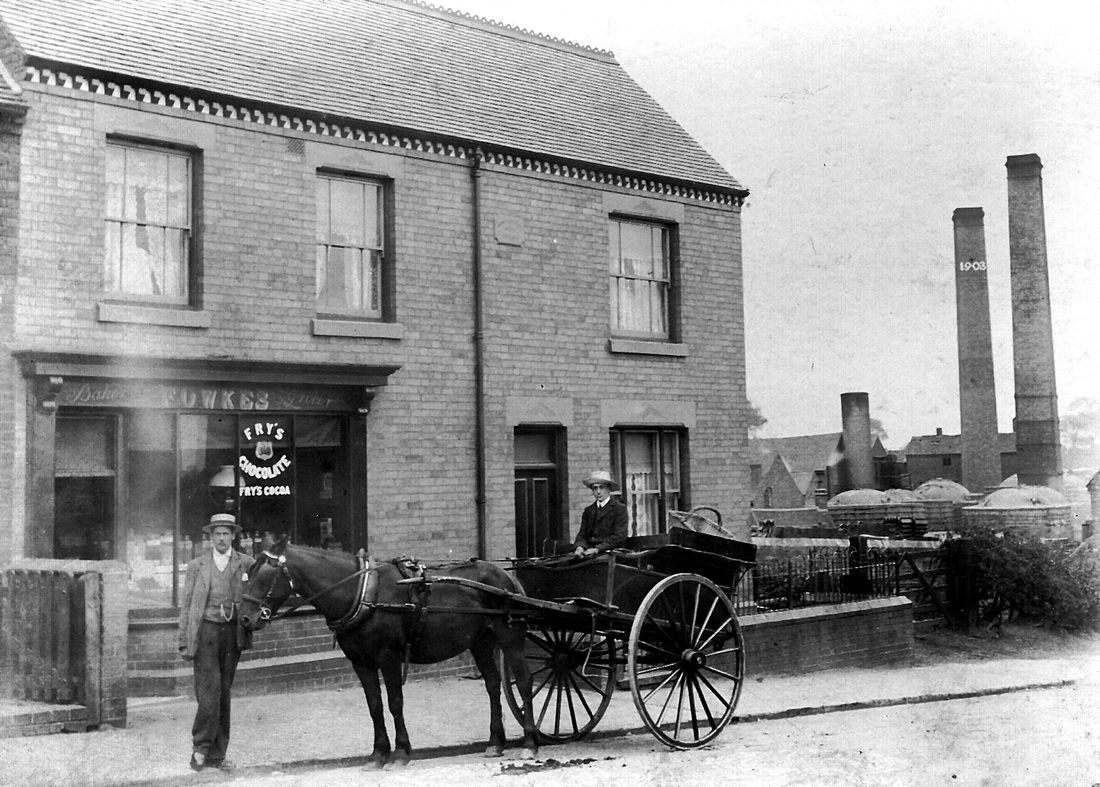
Fowkes family bakers - 253 Croft Road, Stockingford after 1903 with James George Fowkes in the cart. (1879-?) James was the son of James Fowkes (1842-1898) who was a banksman at Griff Colliery who was killed when a water barrel in a double deck cage fell on him whilst he was unloading the cage. Despite this the Fowkes family prospered, almost certainly Stanley Brothers brickyard contributed greatly to the firm's business success. (Clive Fowkes)
Warton
Weddington
| weddington_walk.pdf | |
| File Size: | 2203 kb |
| File Type: | |
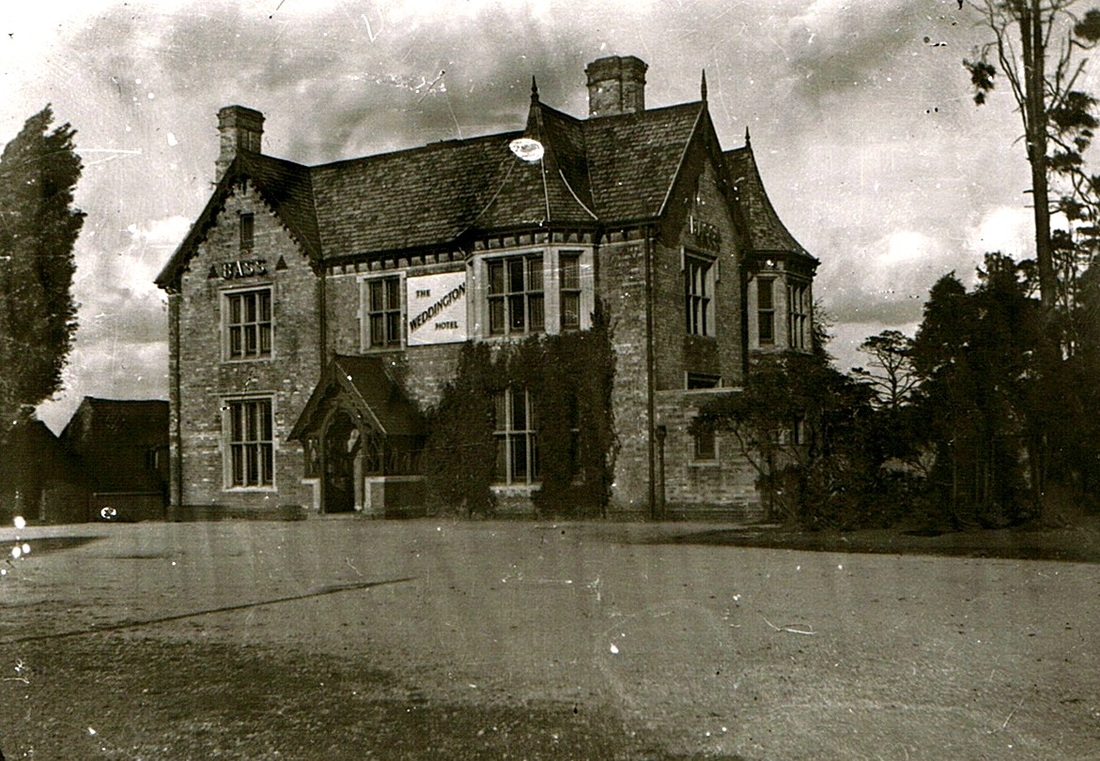
The Grove at Weddington was once part of the Weddington Hall estate and in 1934 it became the Weddington Hotel - in fact a pub when its licence was transferred from the Pheasant public house in Abbey Street which was closed that year. Later on it was renamed the Fox & Crane, but it is now being turned into apartments by a property developer.
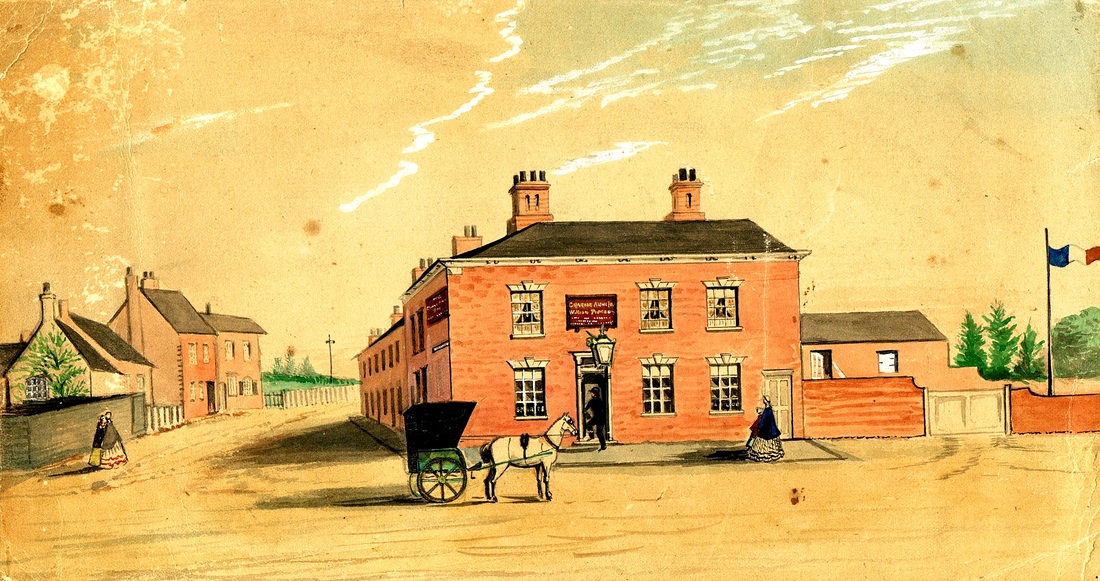
An old water colour painting of the Graziers Inn, with the original road to Weddington and ultimately Derby. (it was called Derby Lane in the late 19th century.) This road was by passed and the section we see here is now called Weddington Terrace, as you can see the terrace of houses beyond the pub to which the road derives its name from. The painting is undated but must be after 1847 as you can just see above the roadway to the right of the terrace of houses, a rotating banner signal on the former Trent Valley Railway (now the West Coast Main line). The buildings on the left, a short row of cottages may have housed a beer house called - "The Gardeners Arms" because this area of Nuneaton which stretched from the Weddington Terrace across to Higham Lane allowed the people of Nuneaton to graze their animals and sow crops (hence Graziers and Gardeners Arms). The left hand side row of cottages was demolished in the 1870's when the Nuneaton station was extended eastwards to accomodate new platforms and a marshalling yard expansion. I have no idea what the significance of the French flag was?

